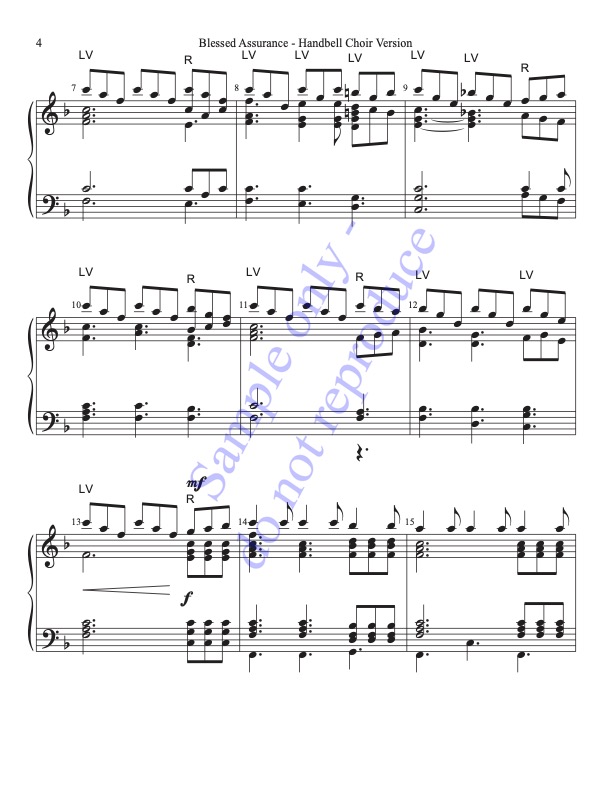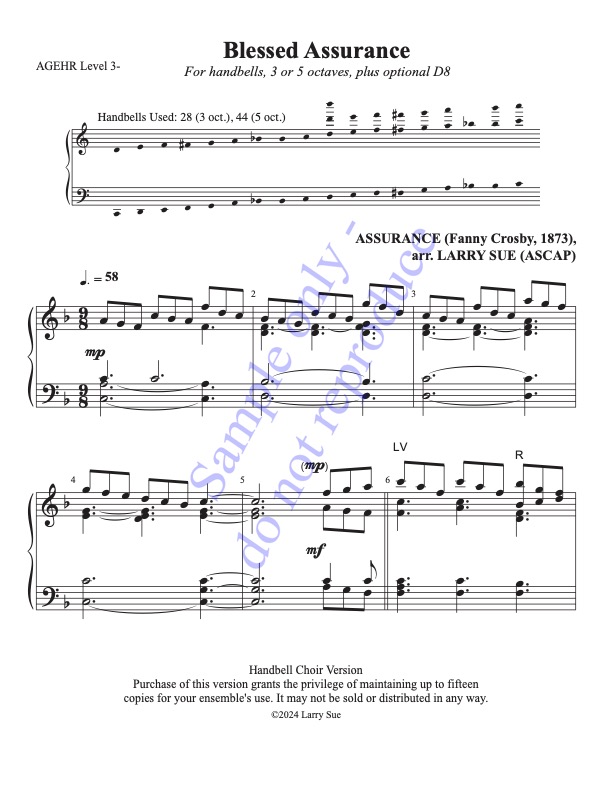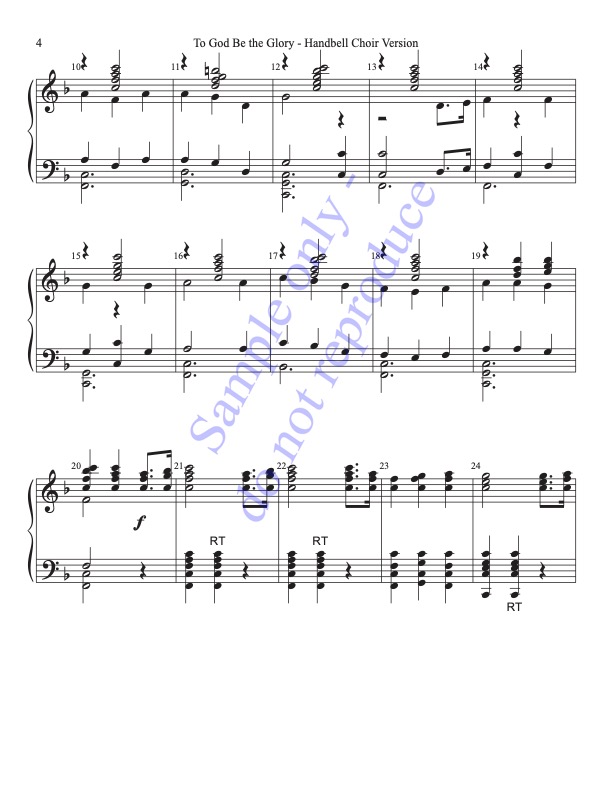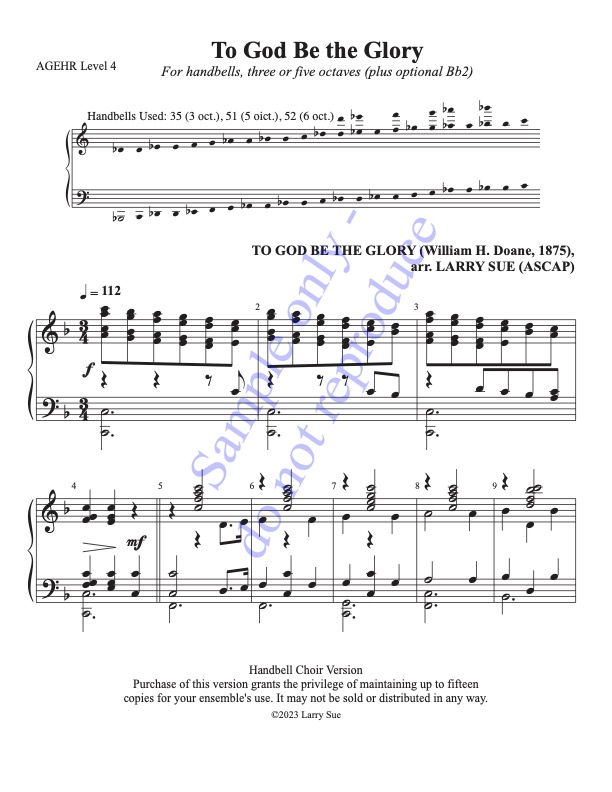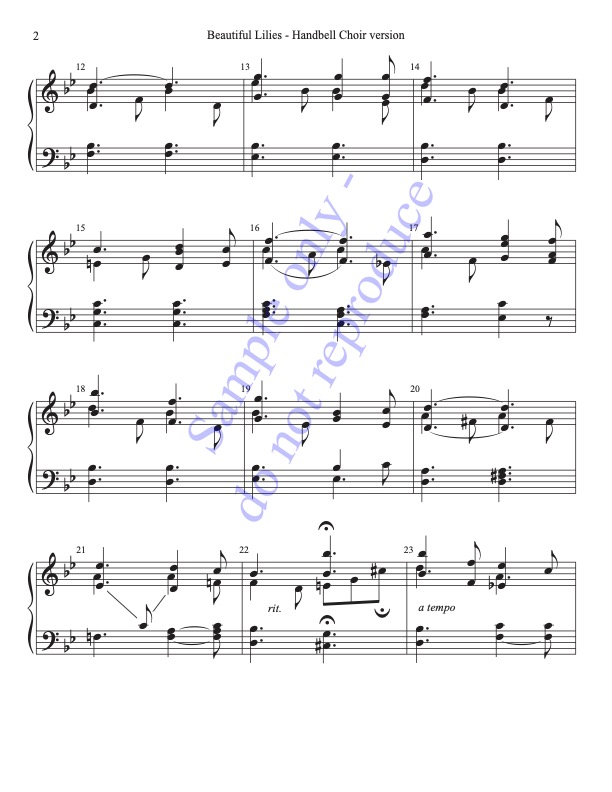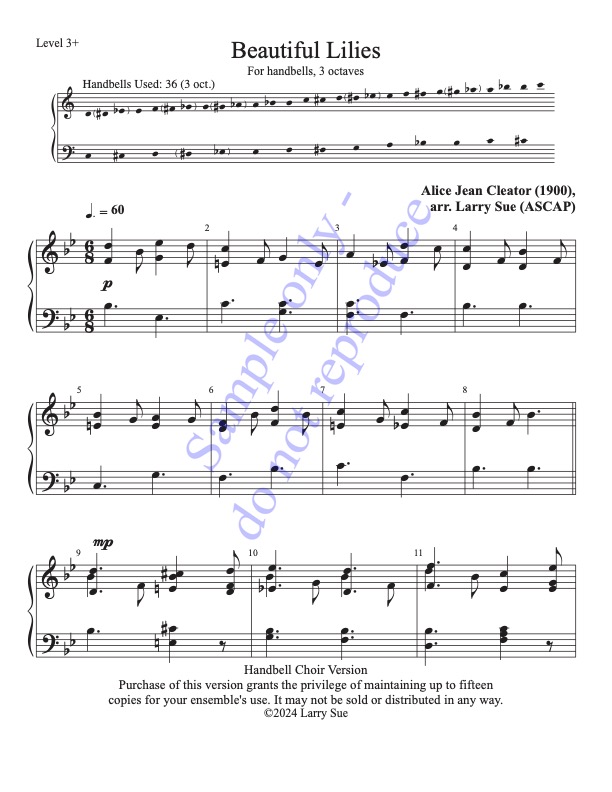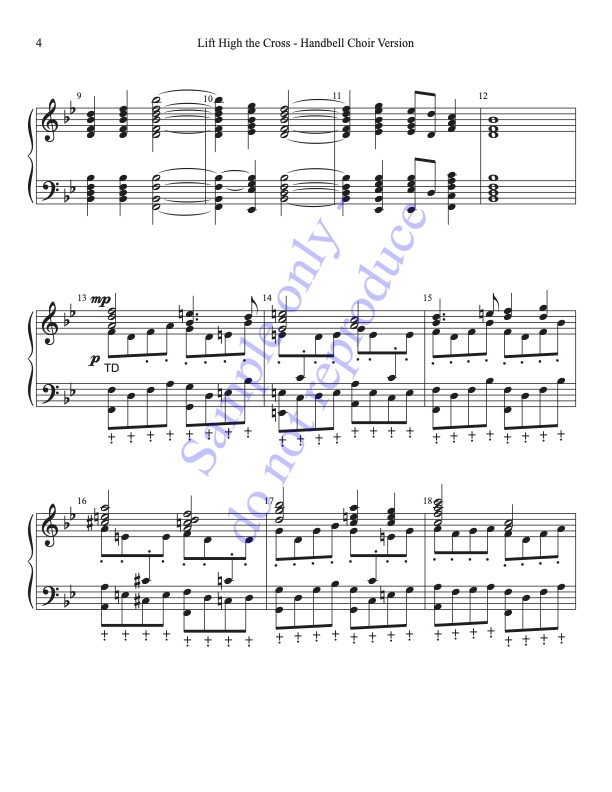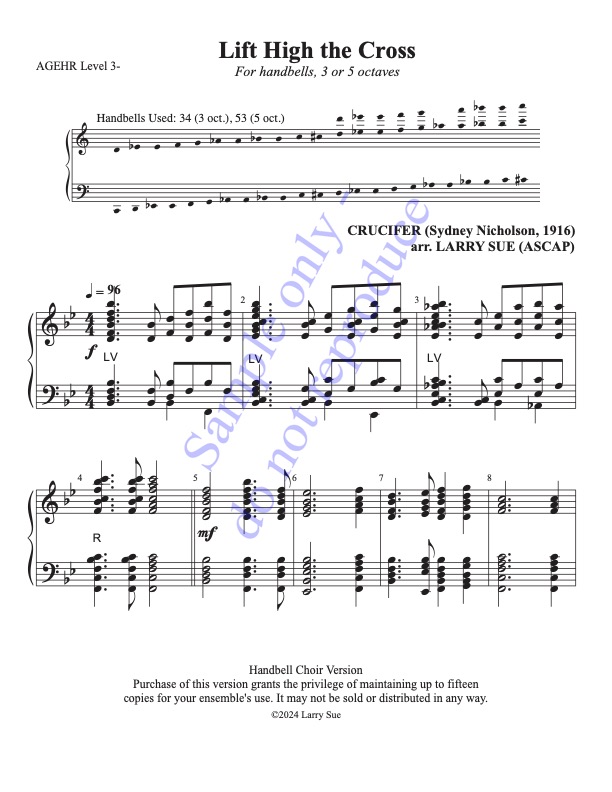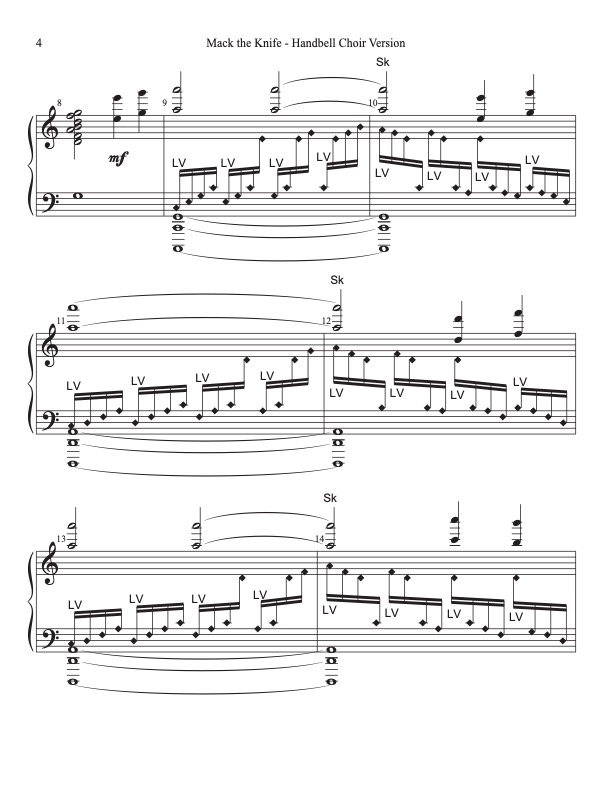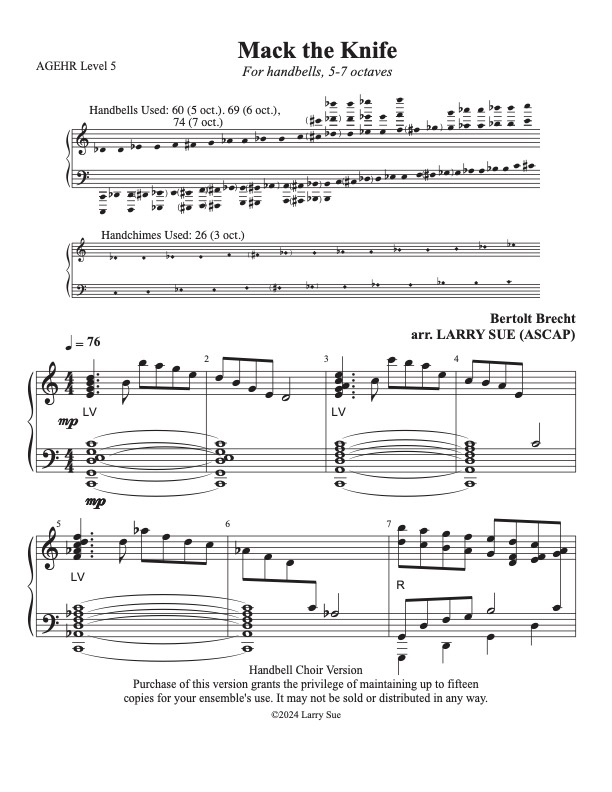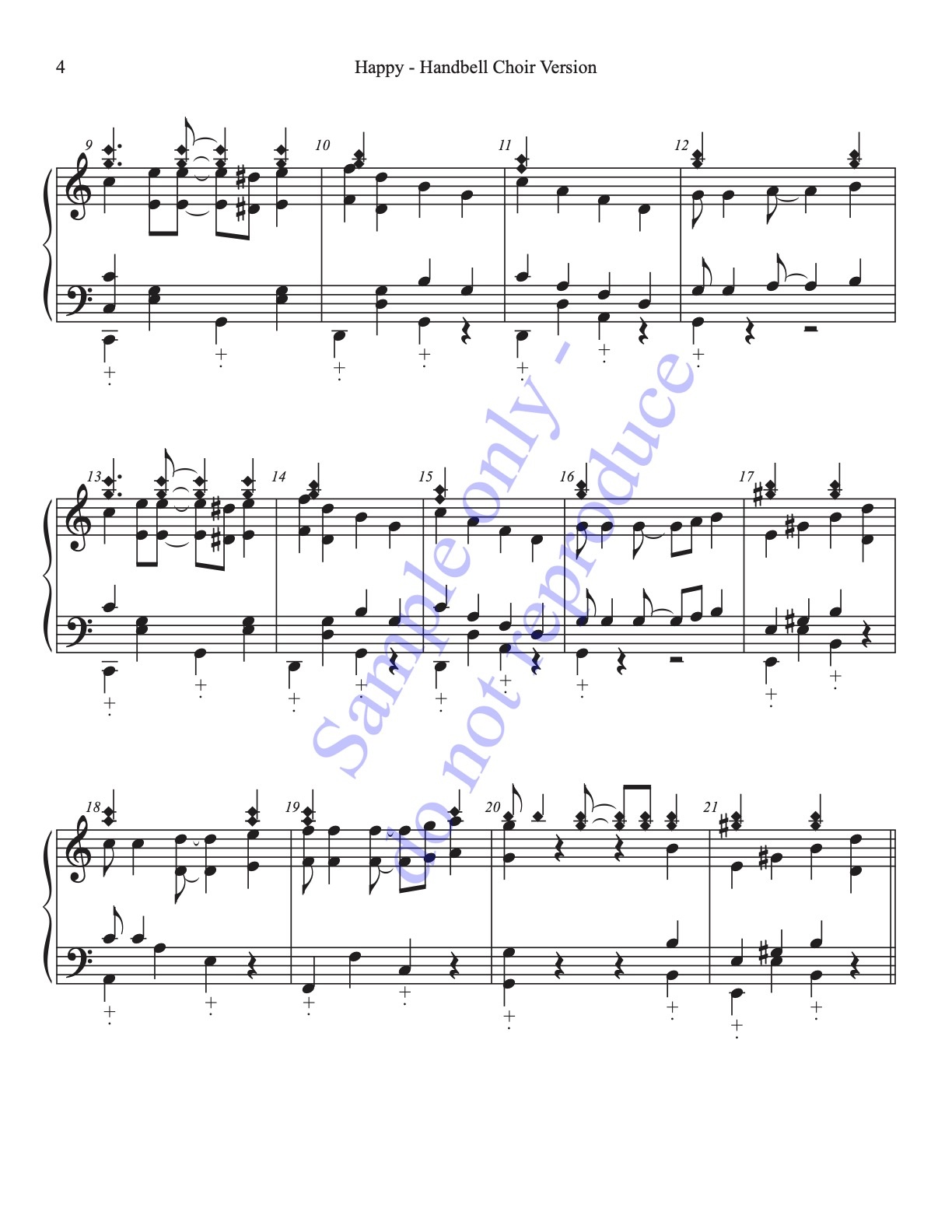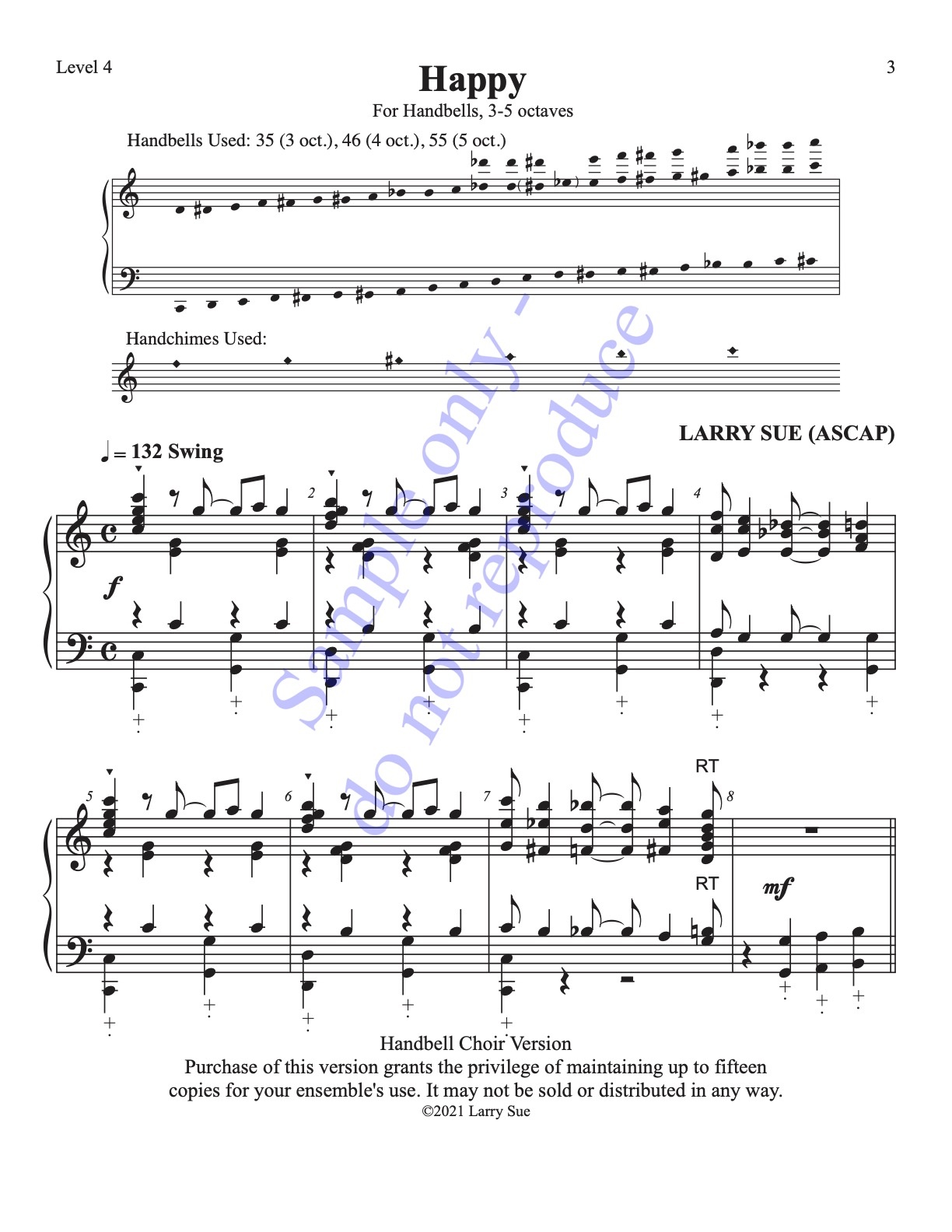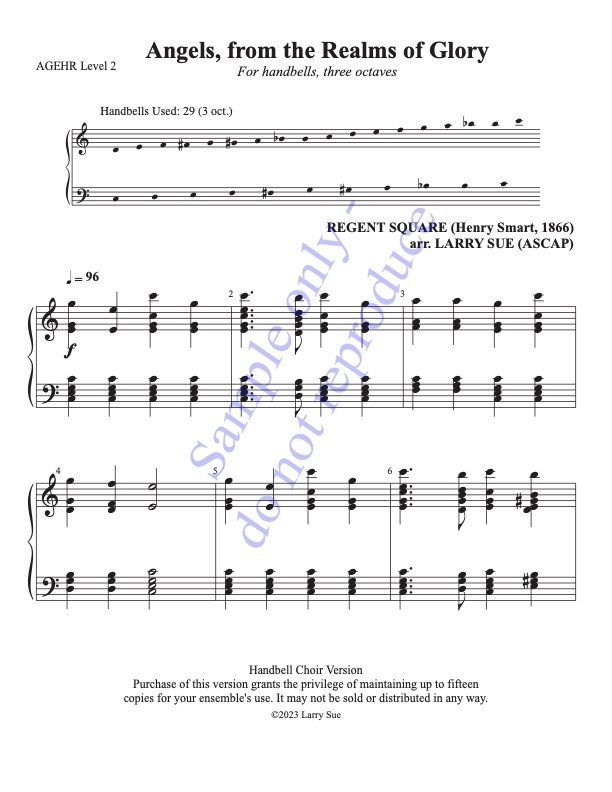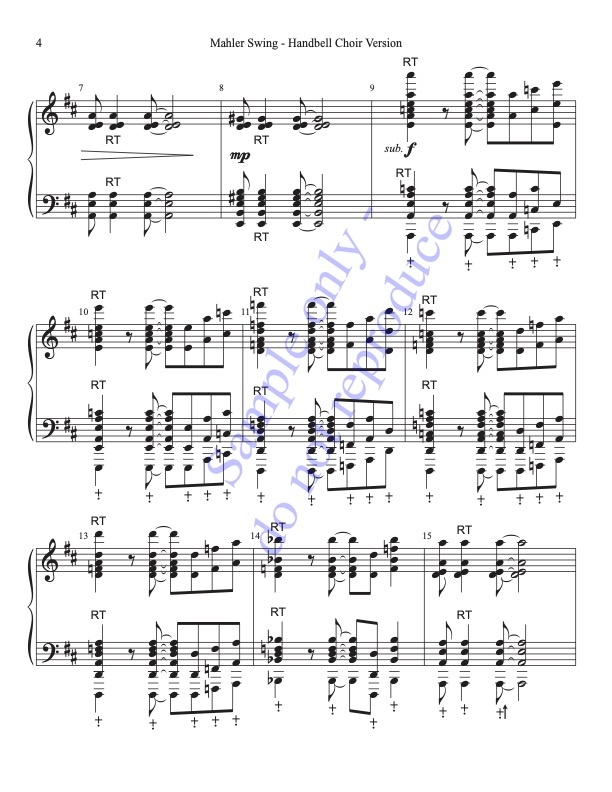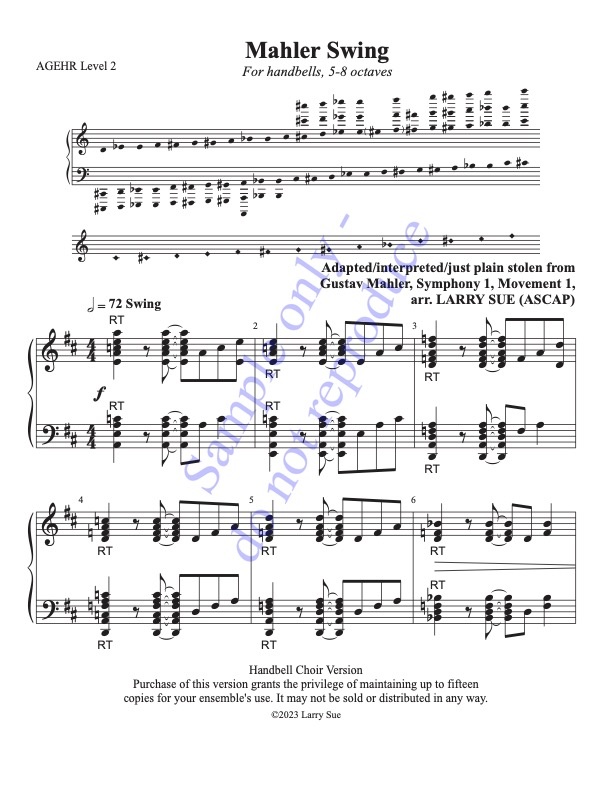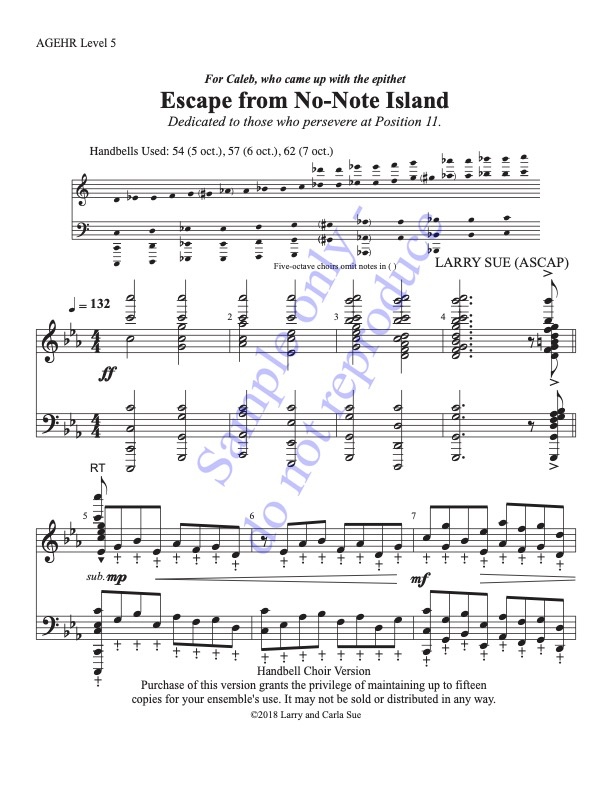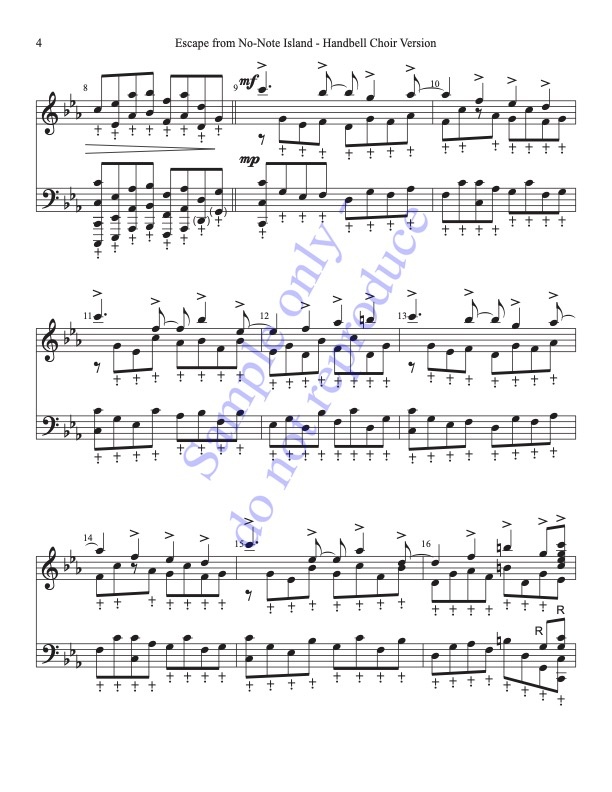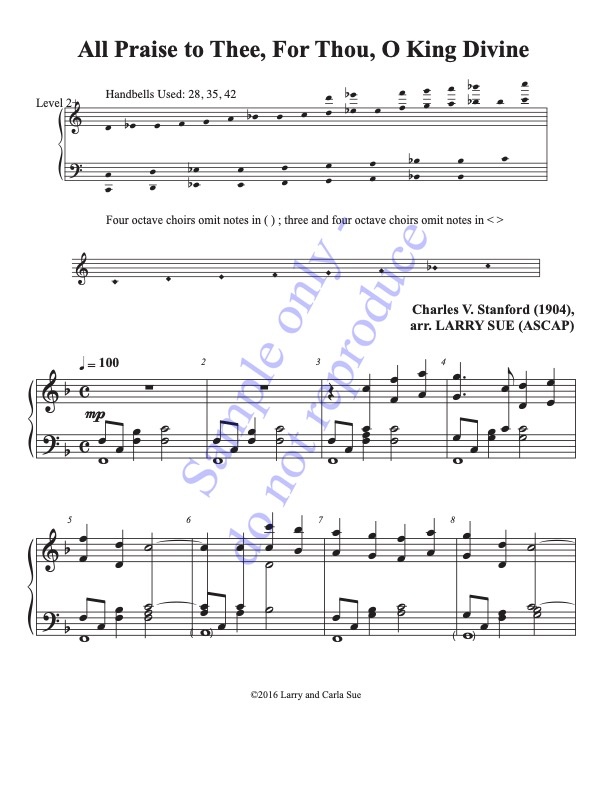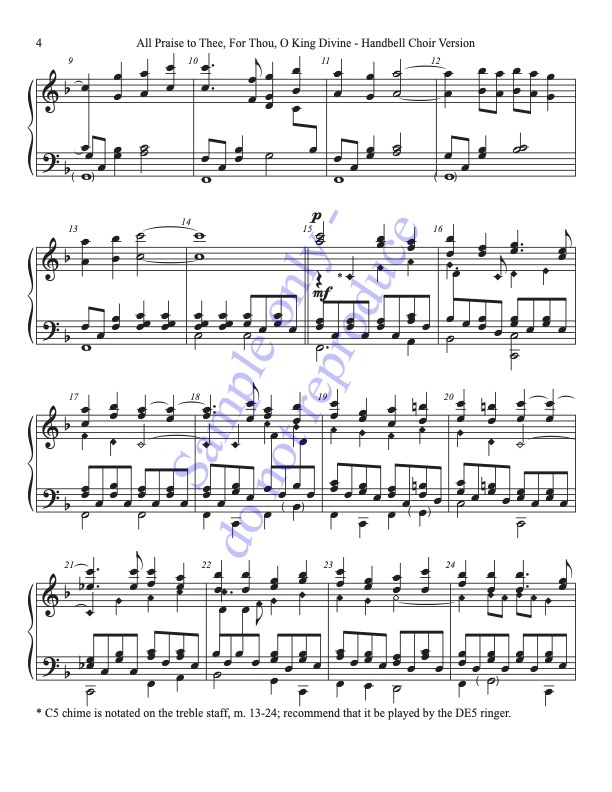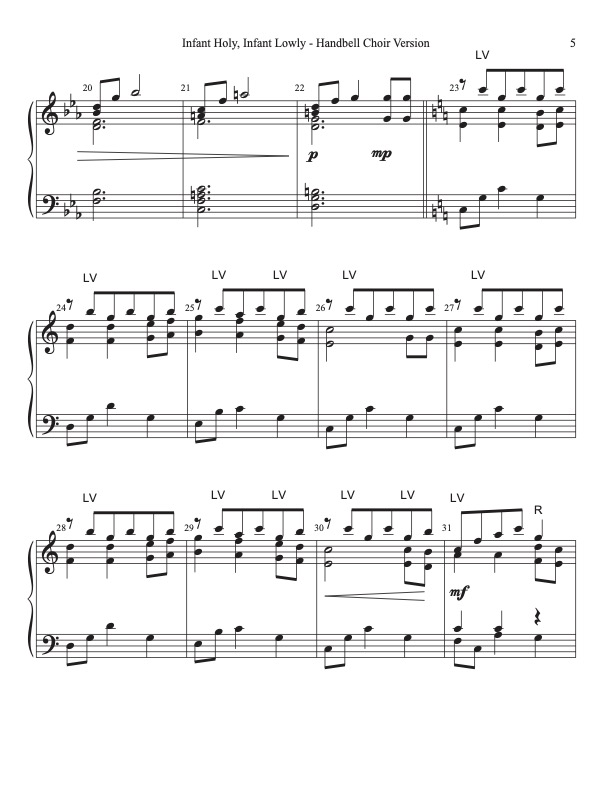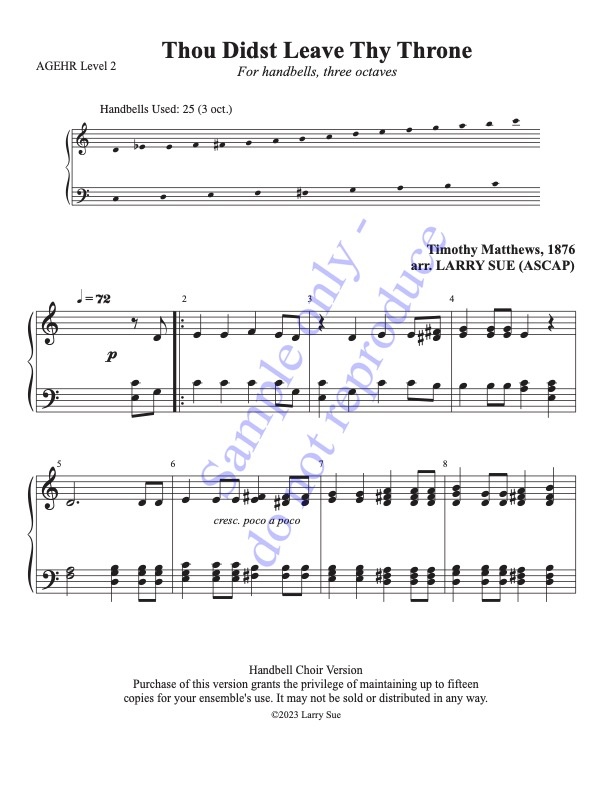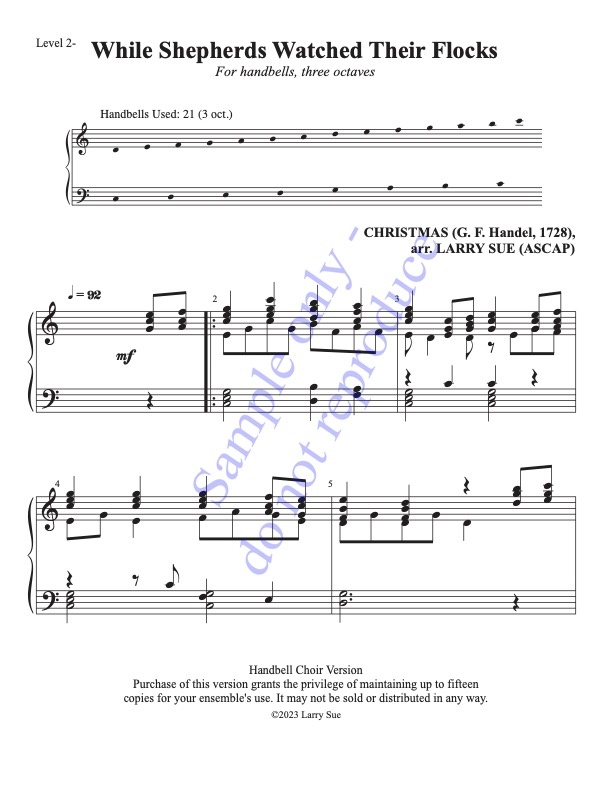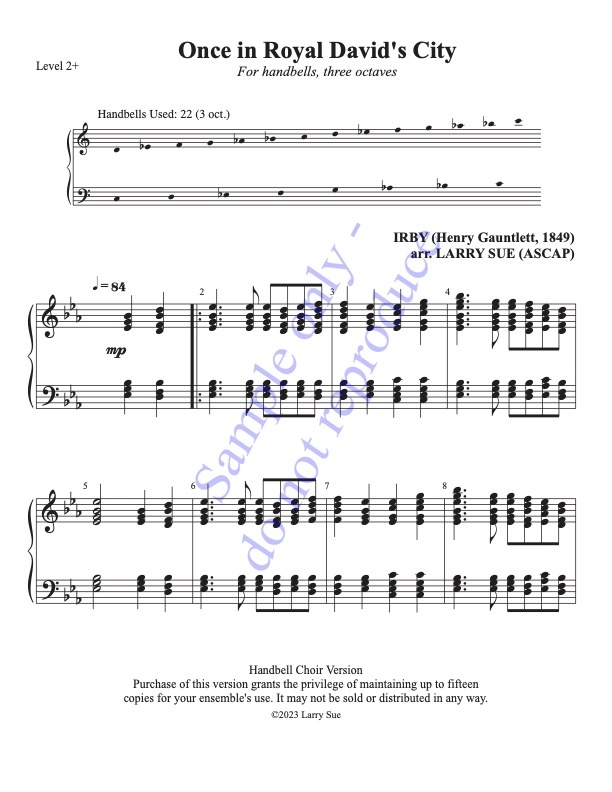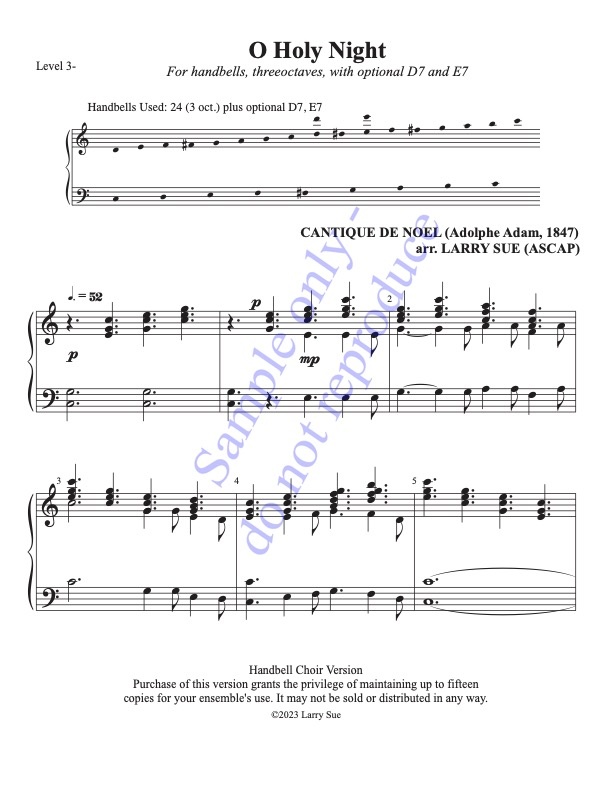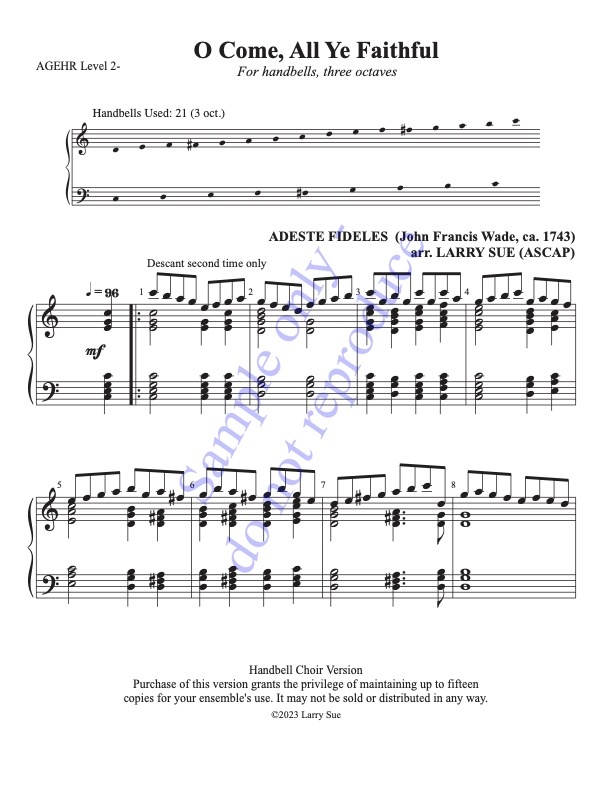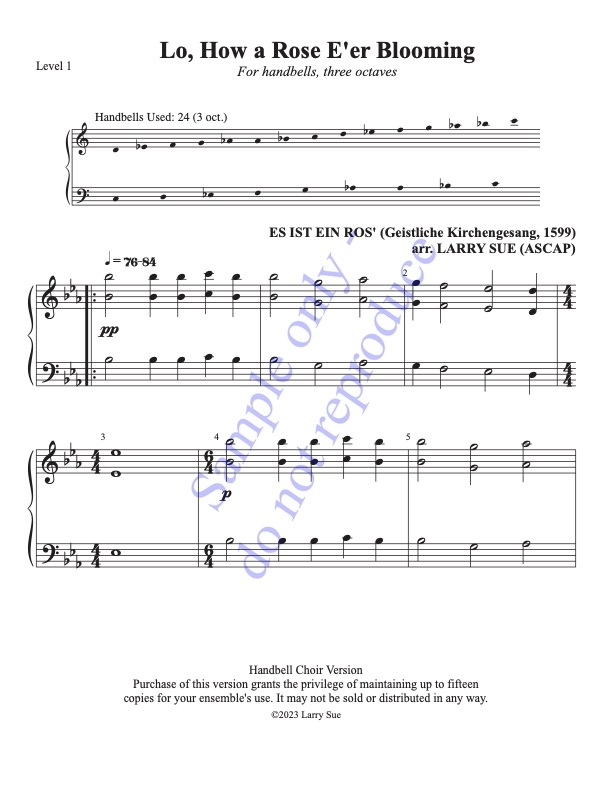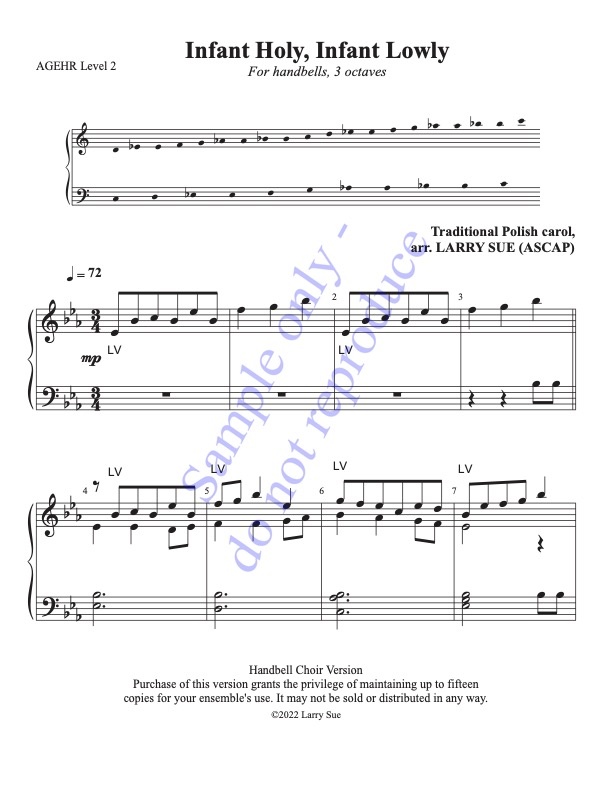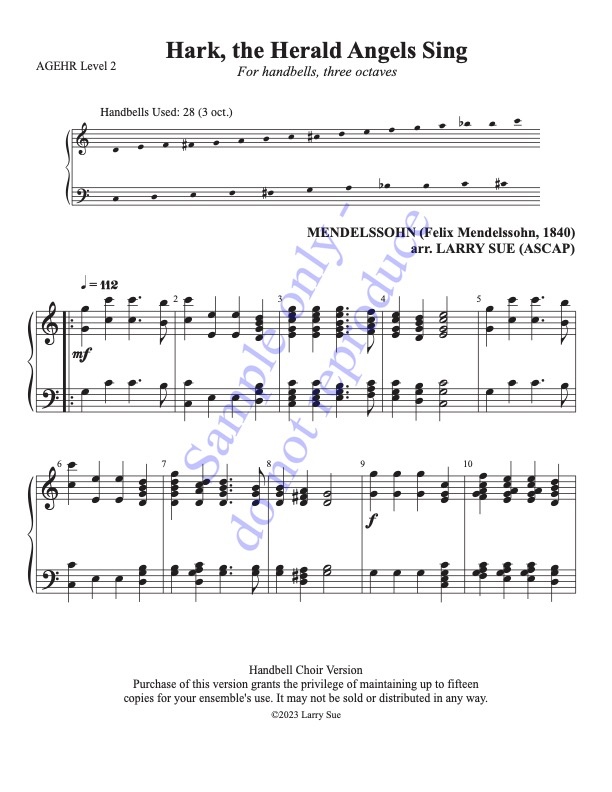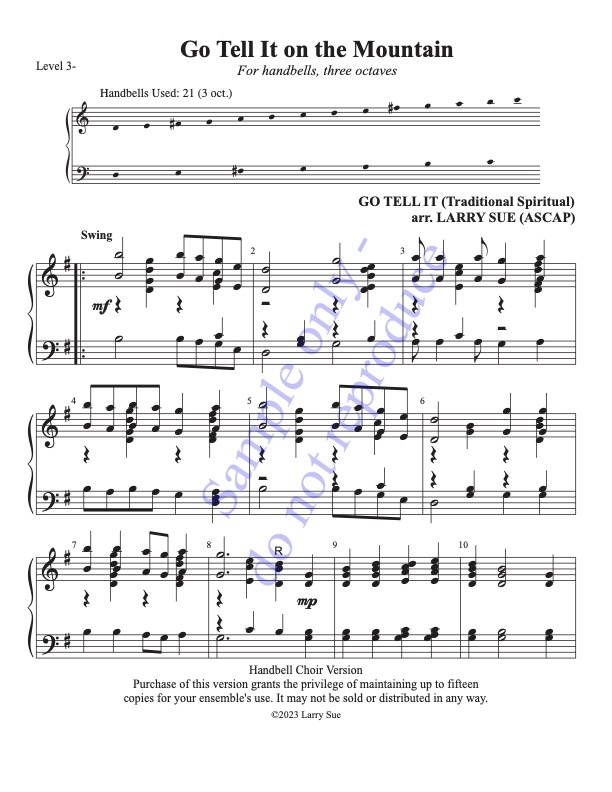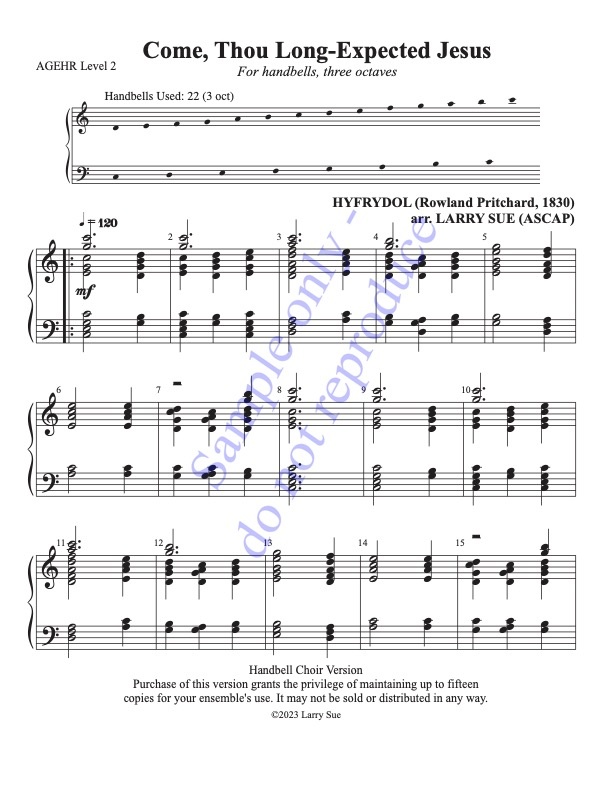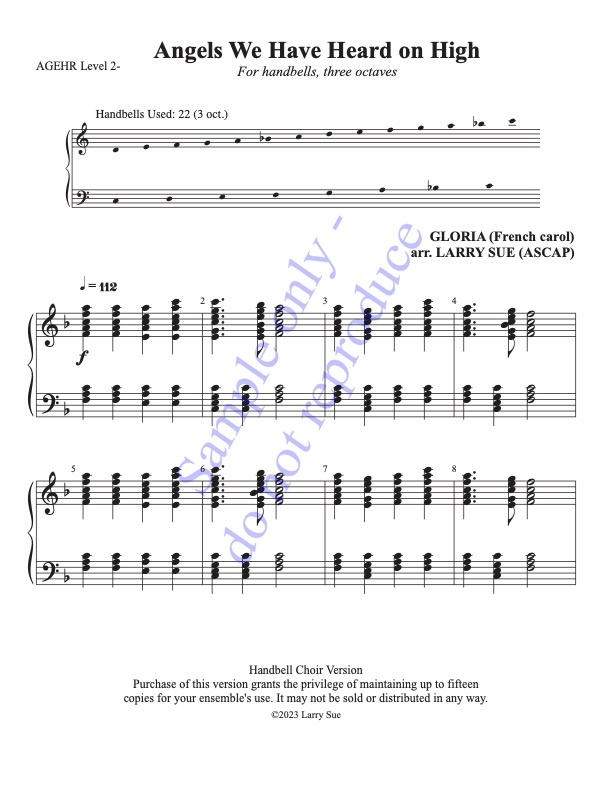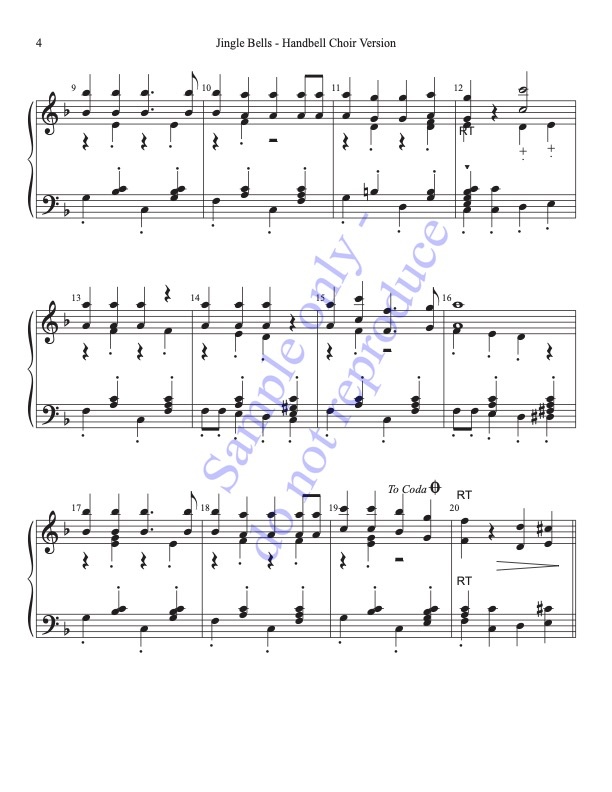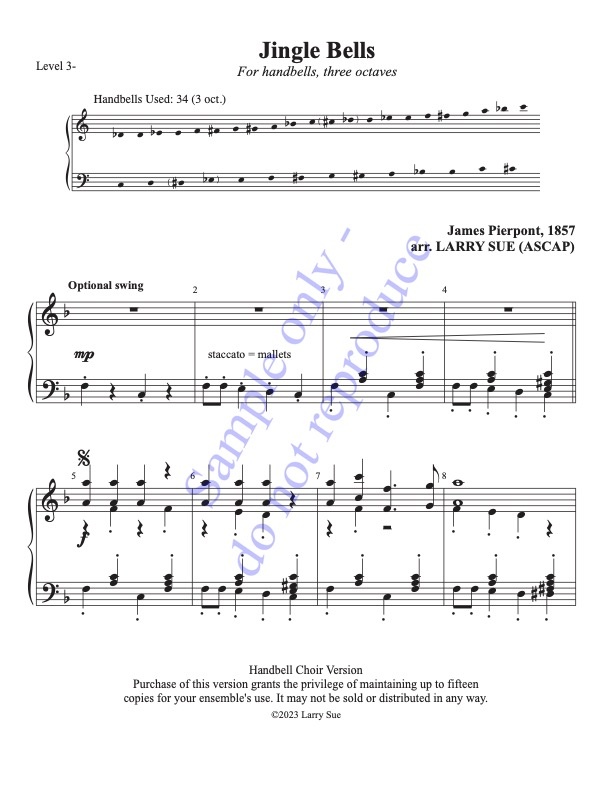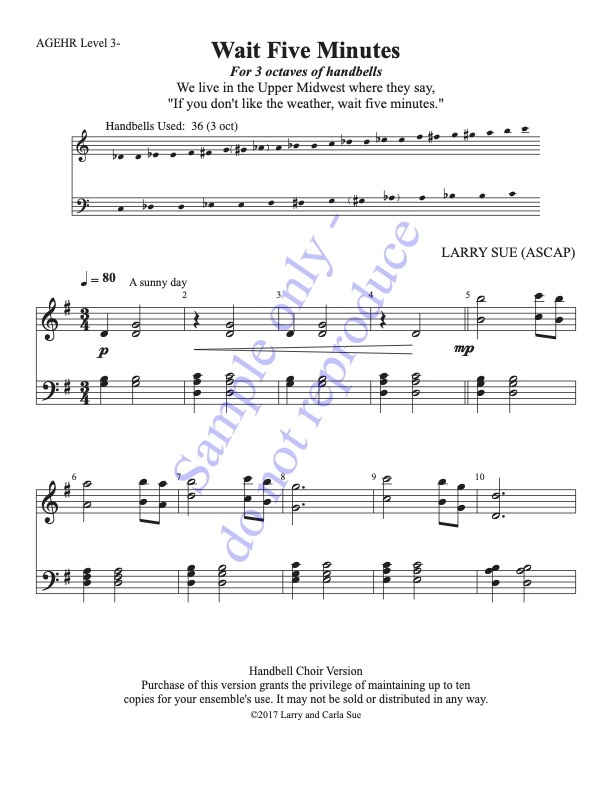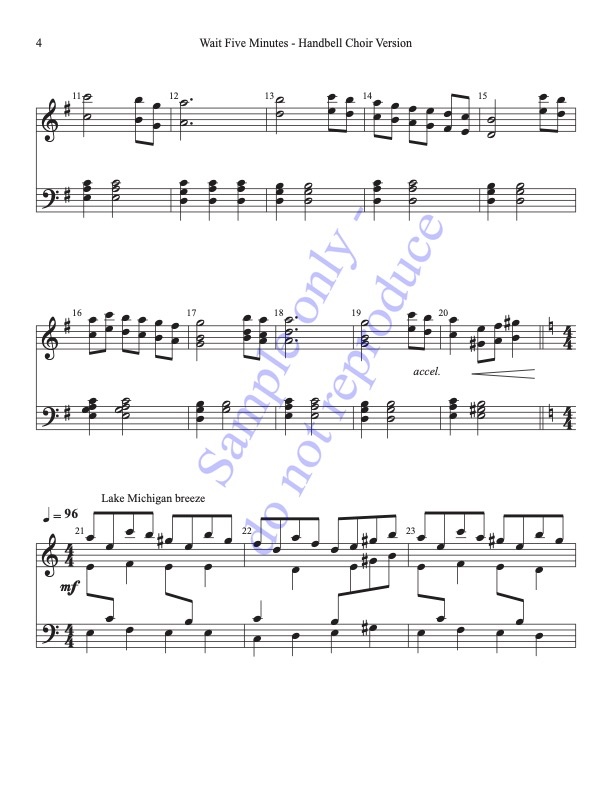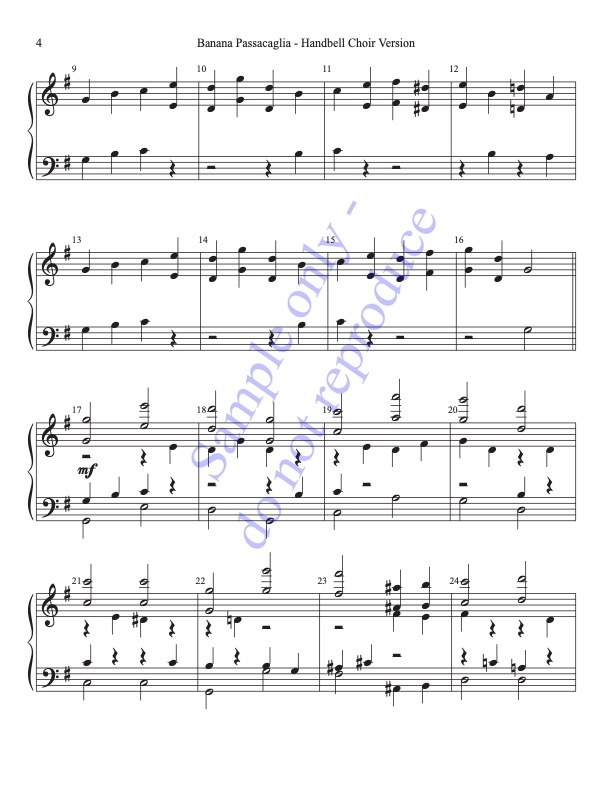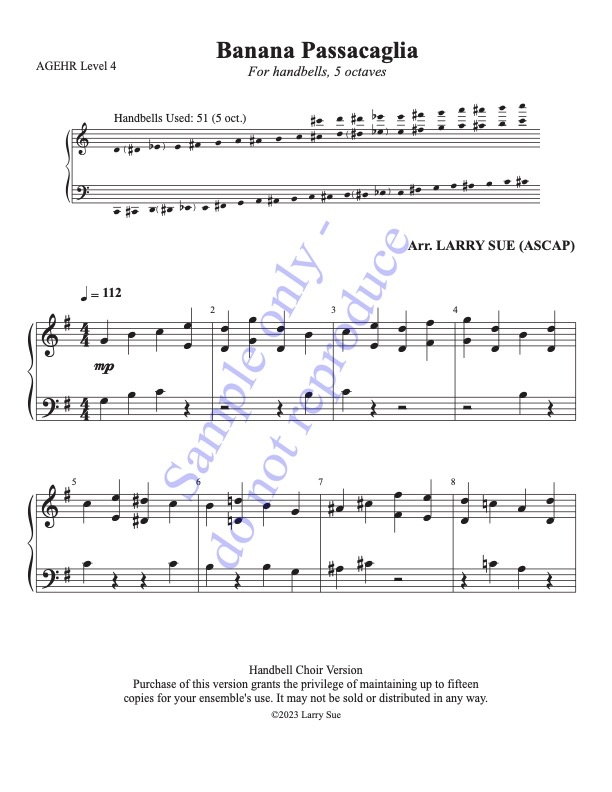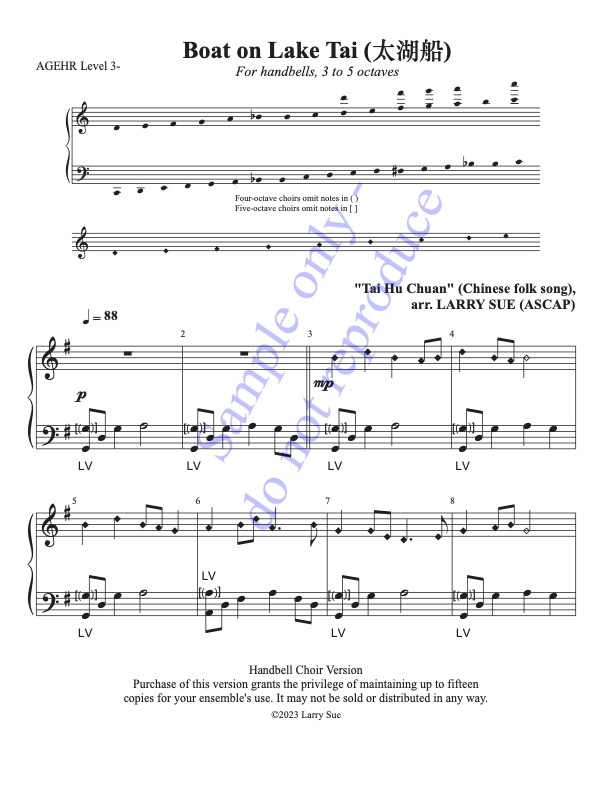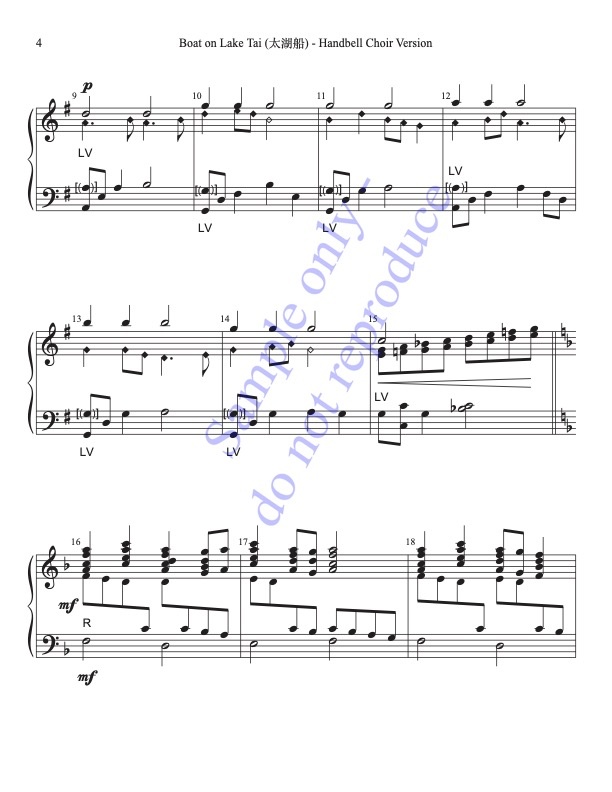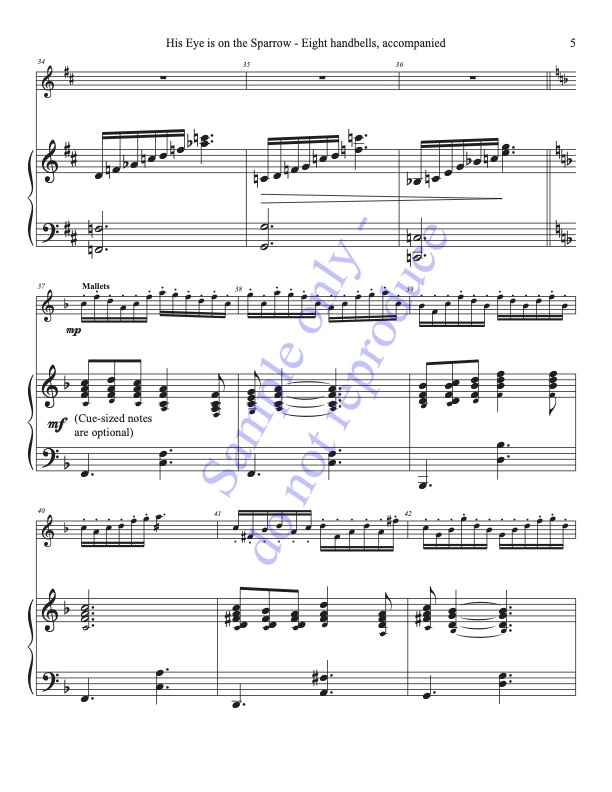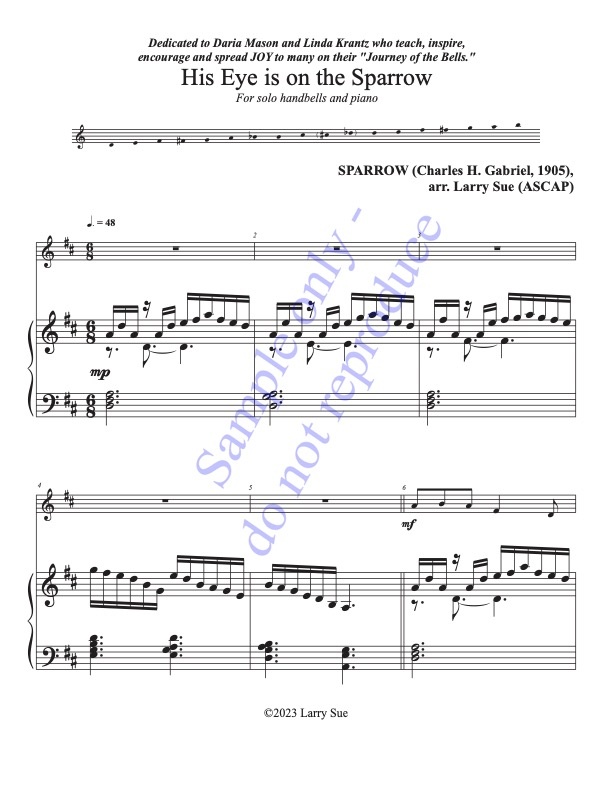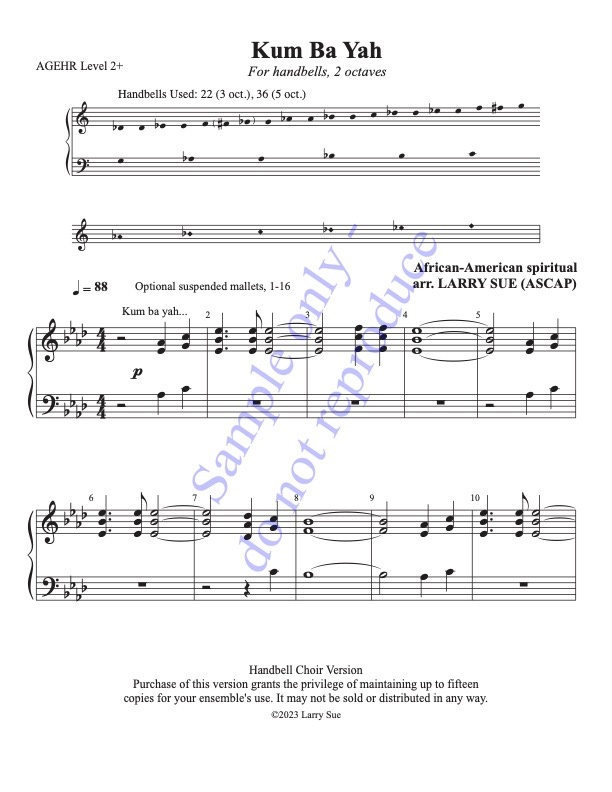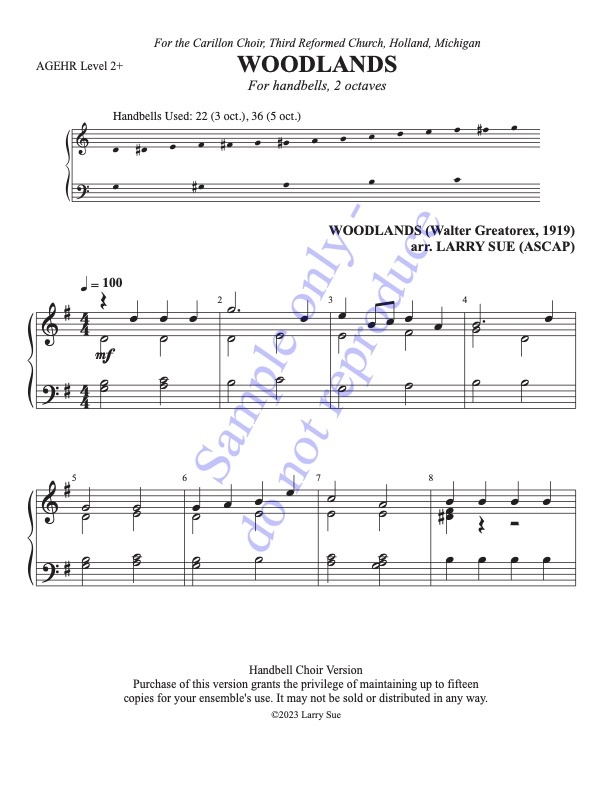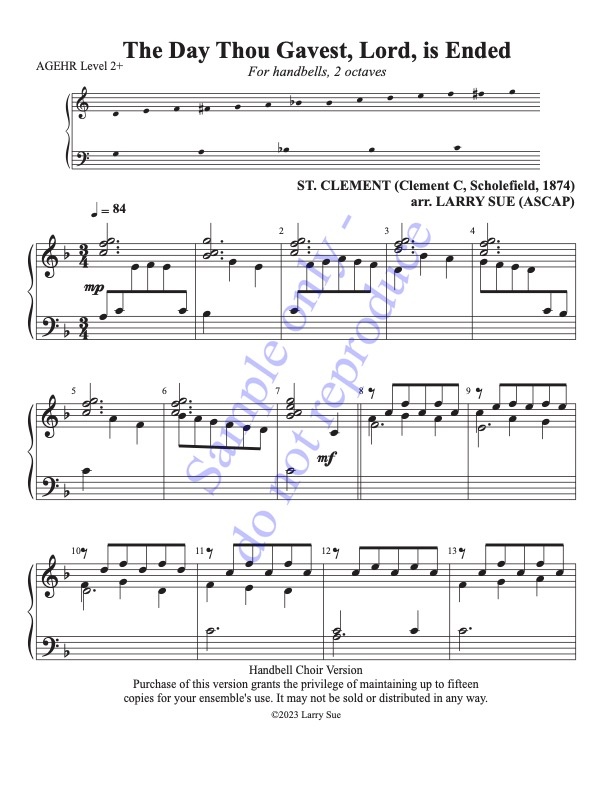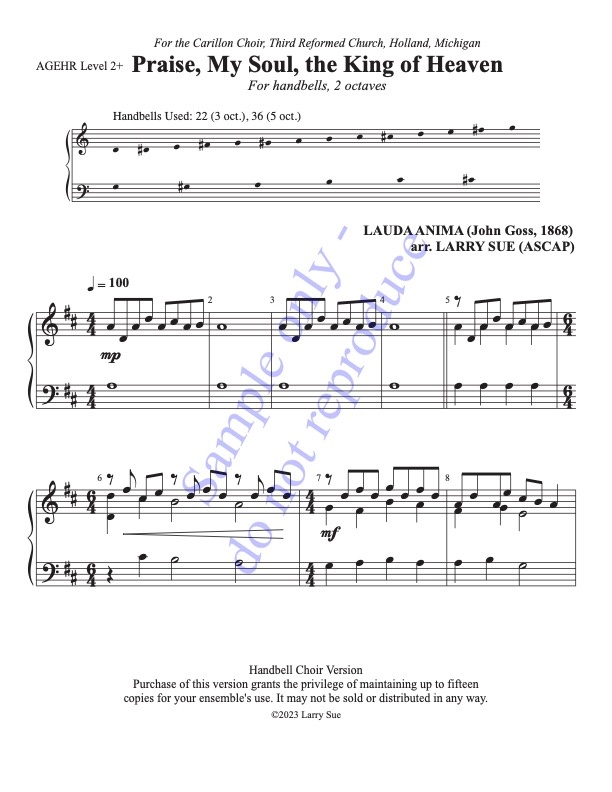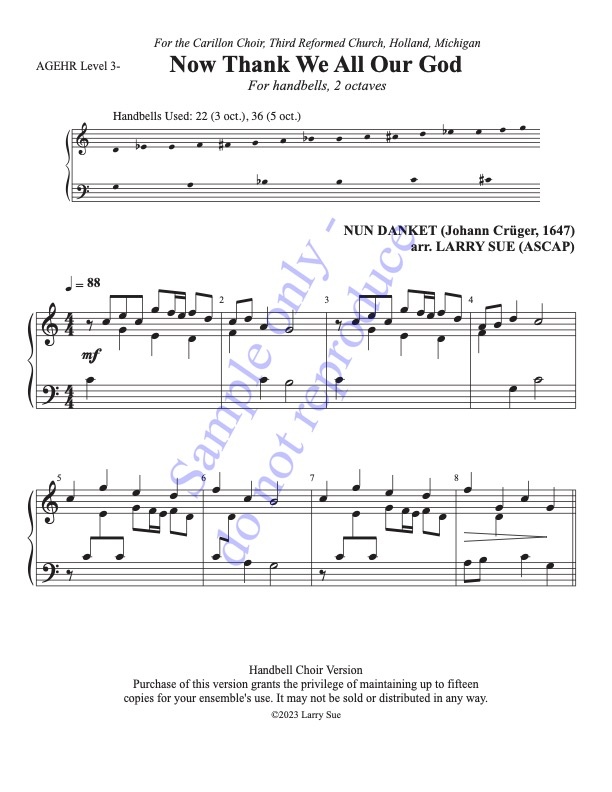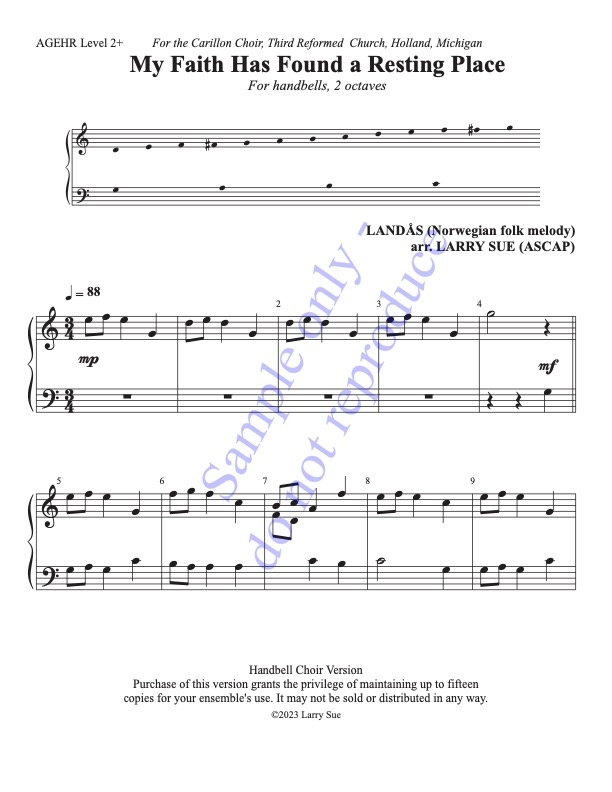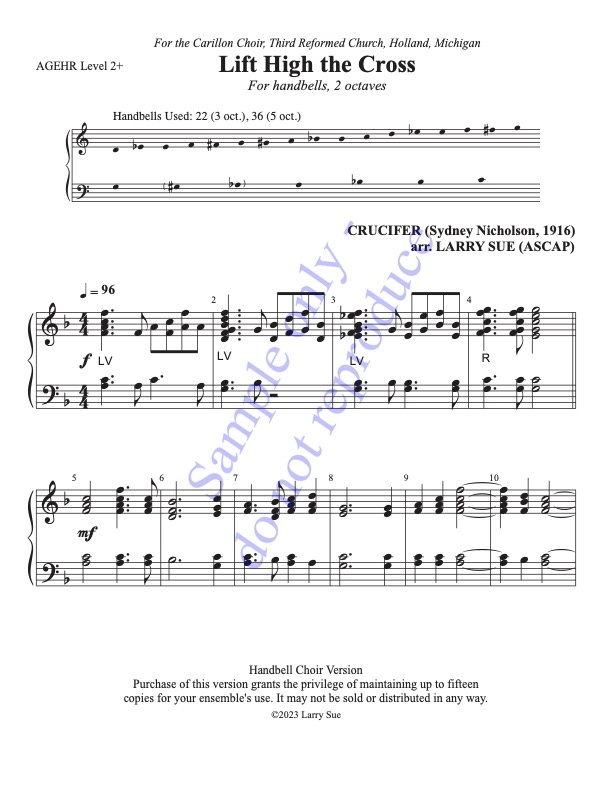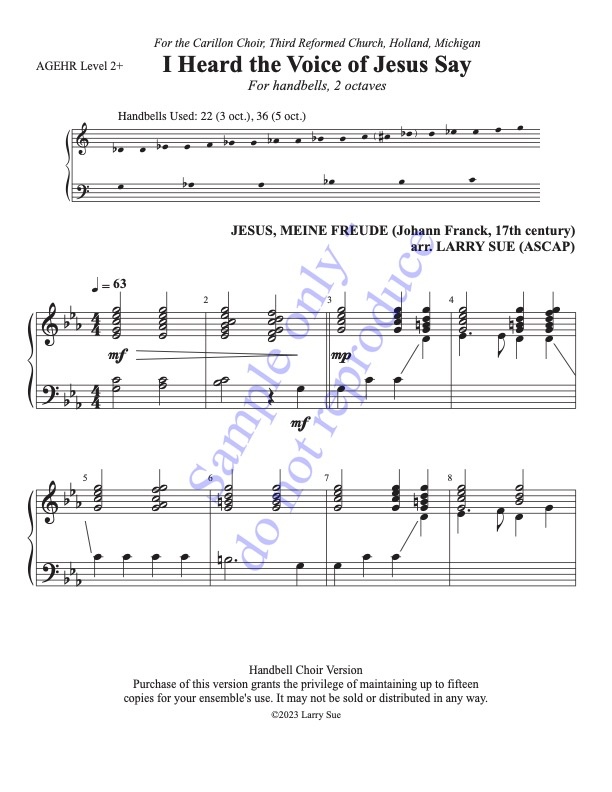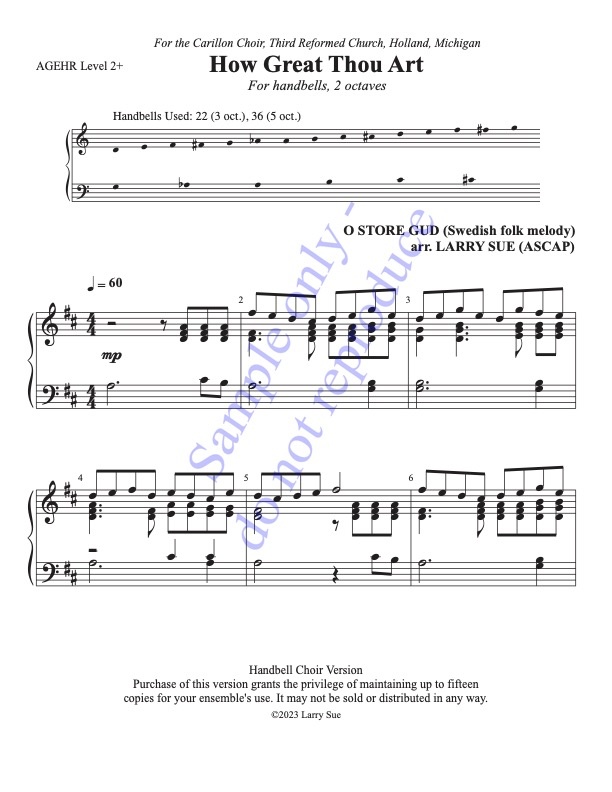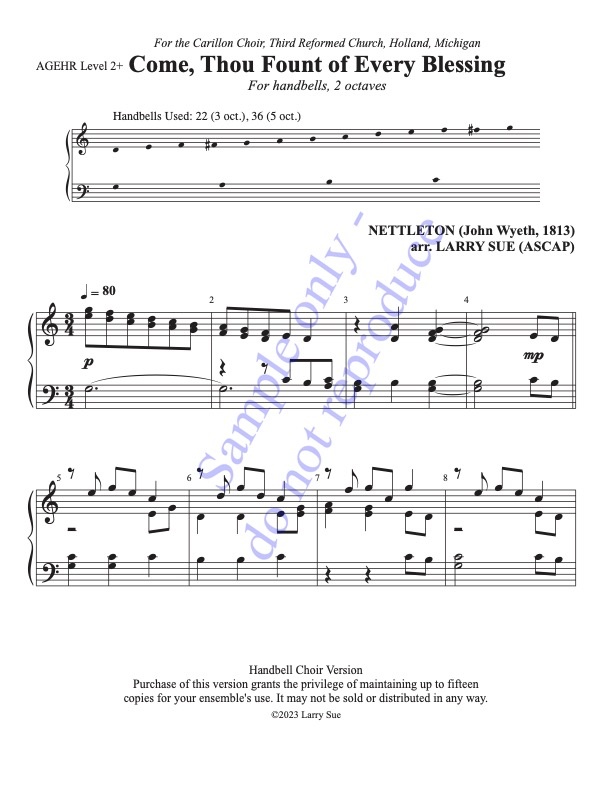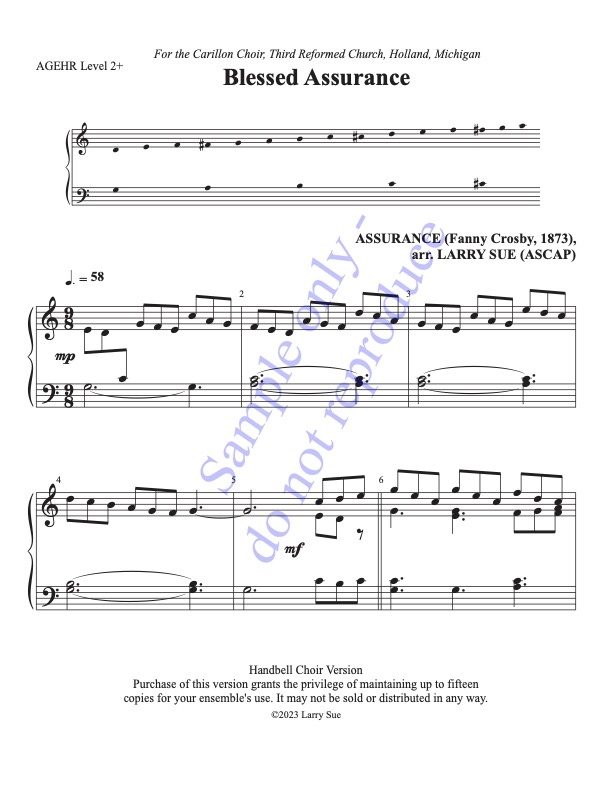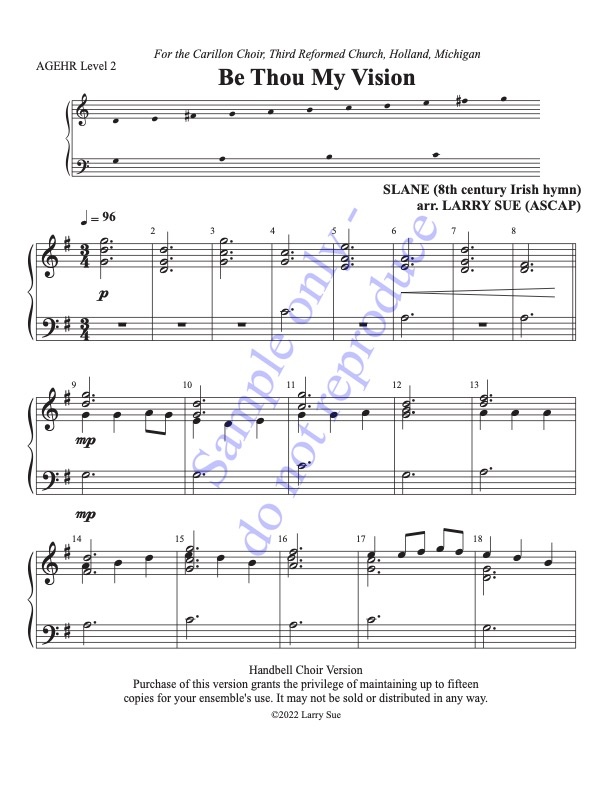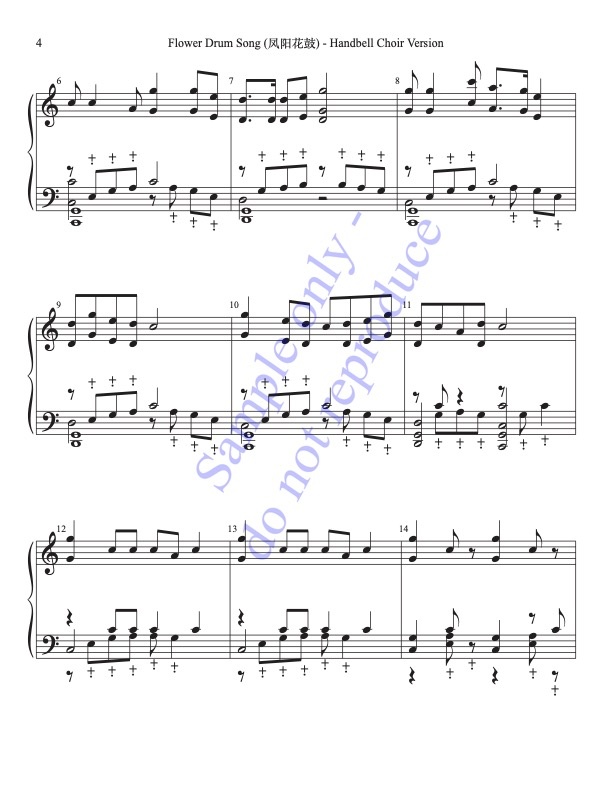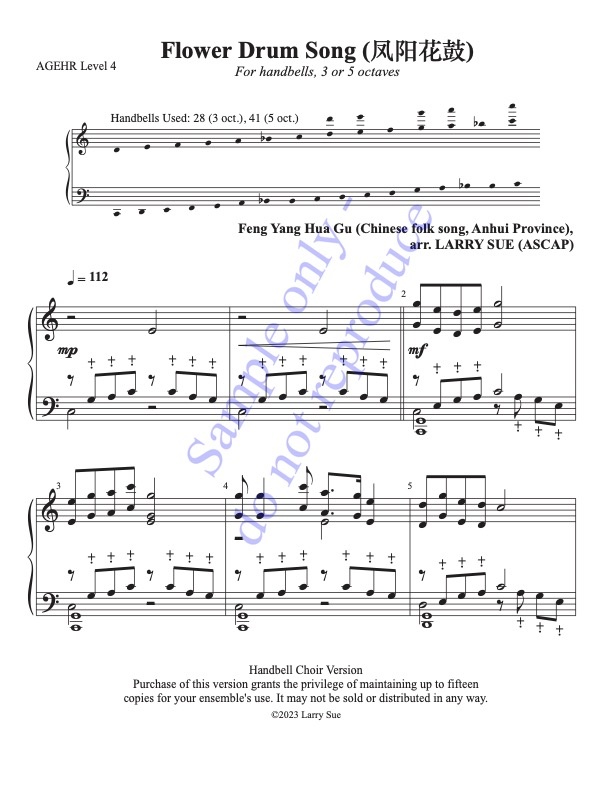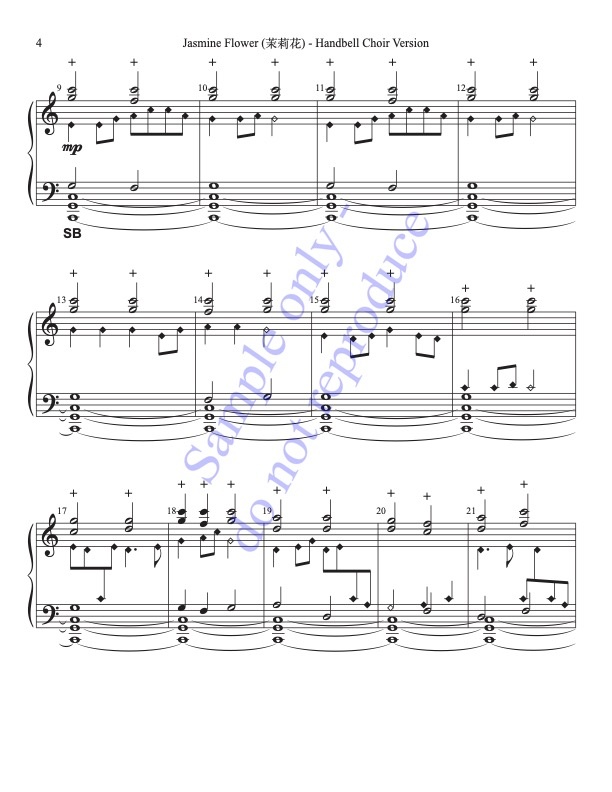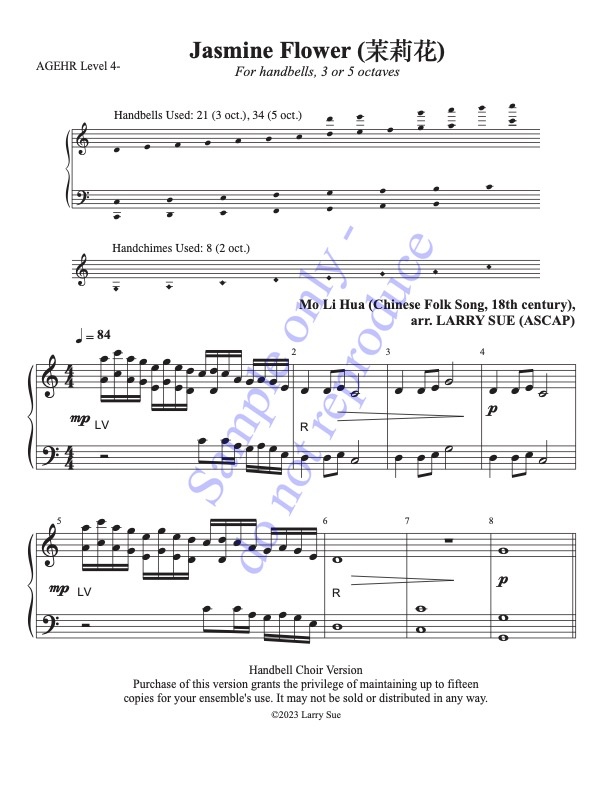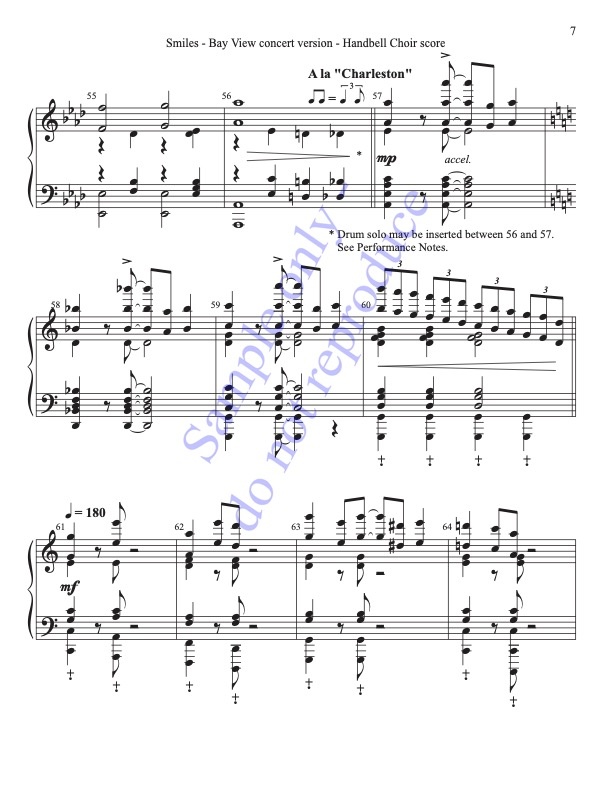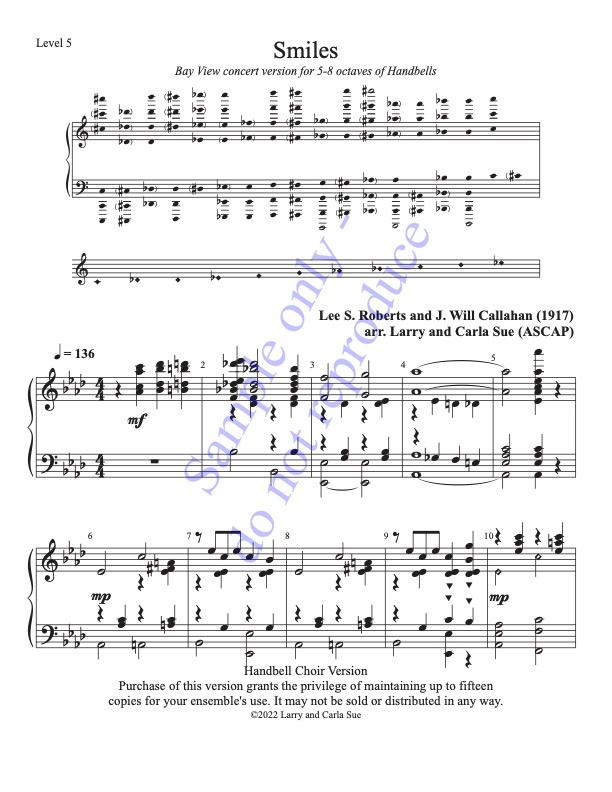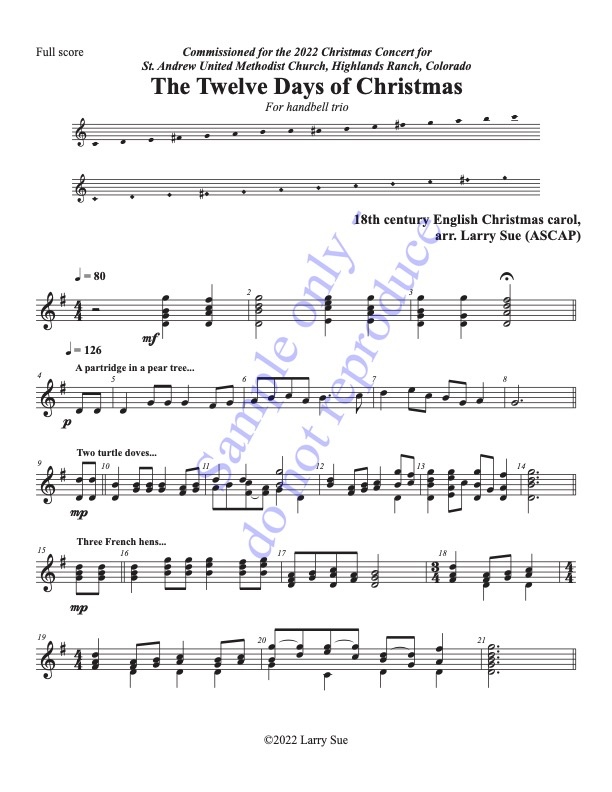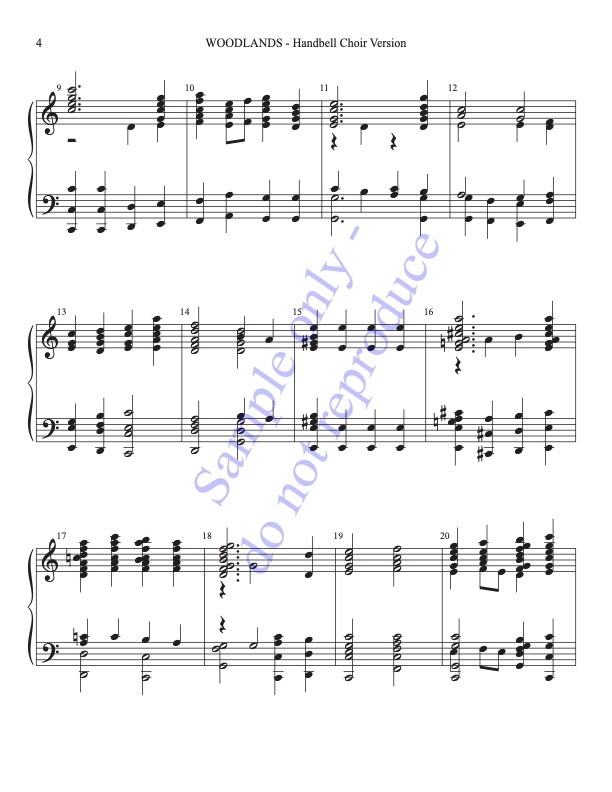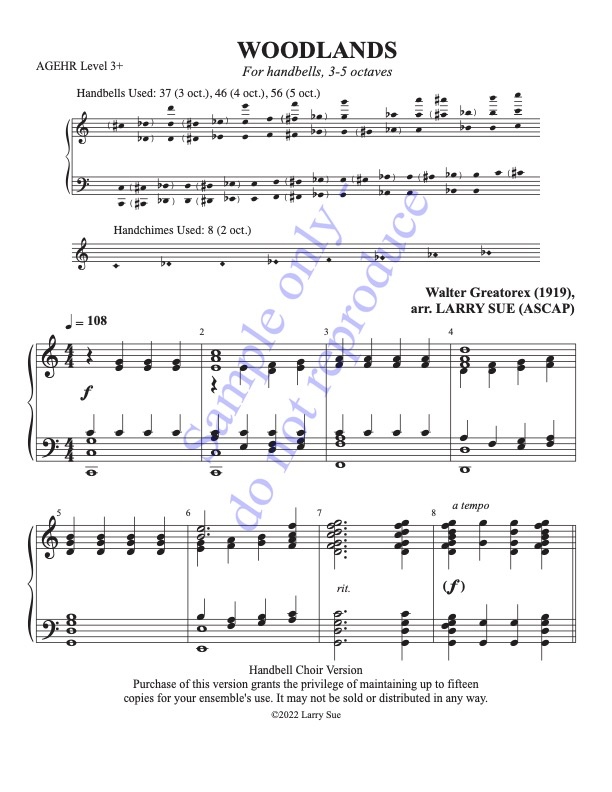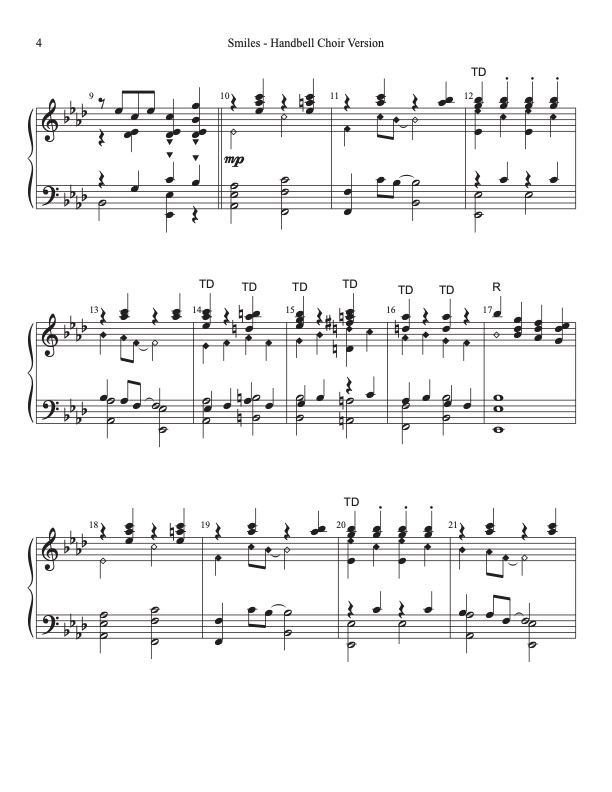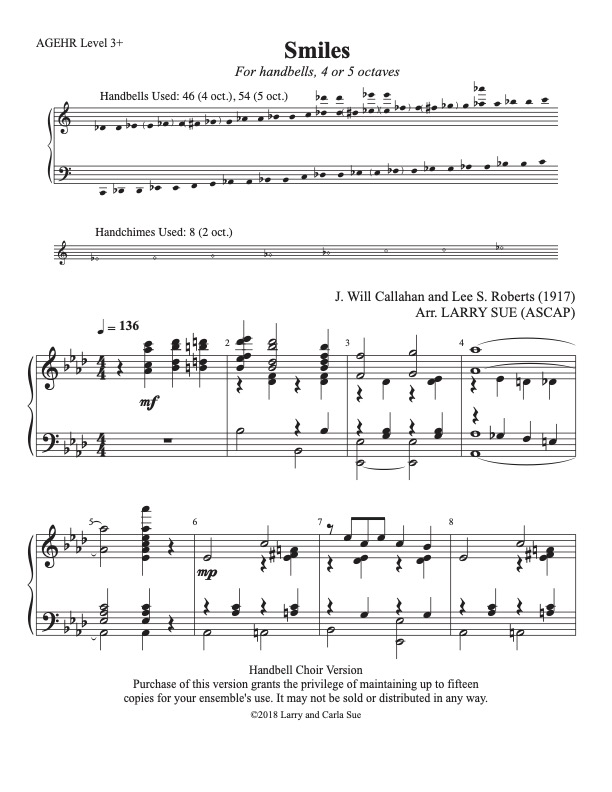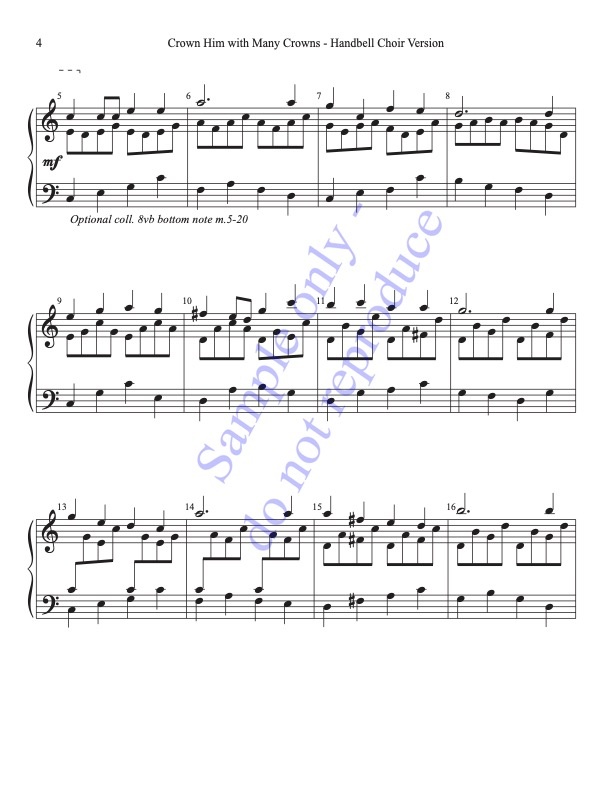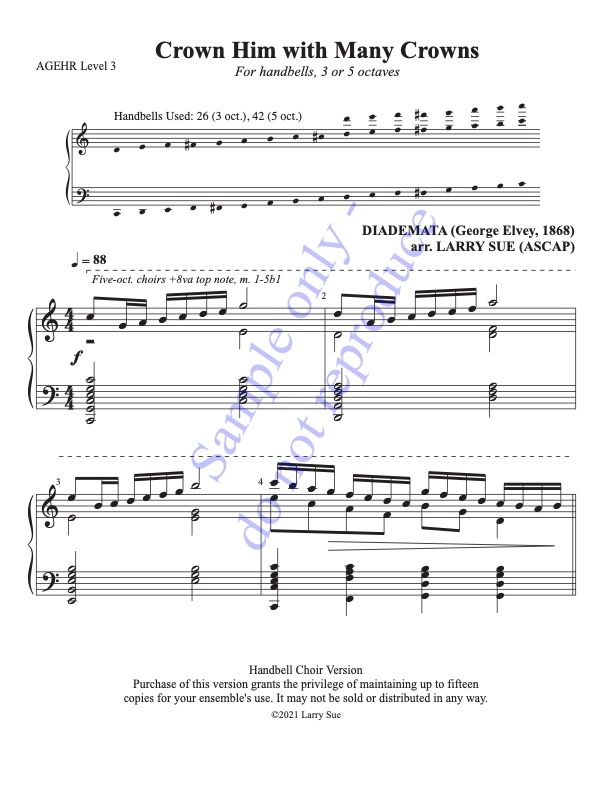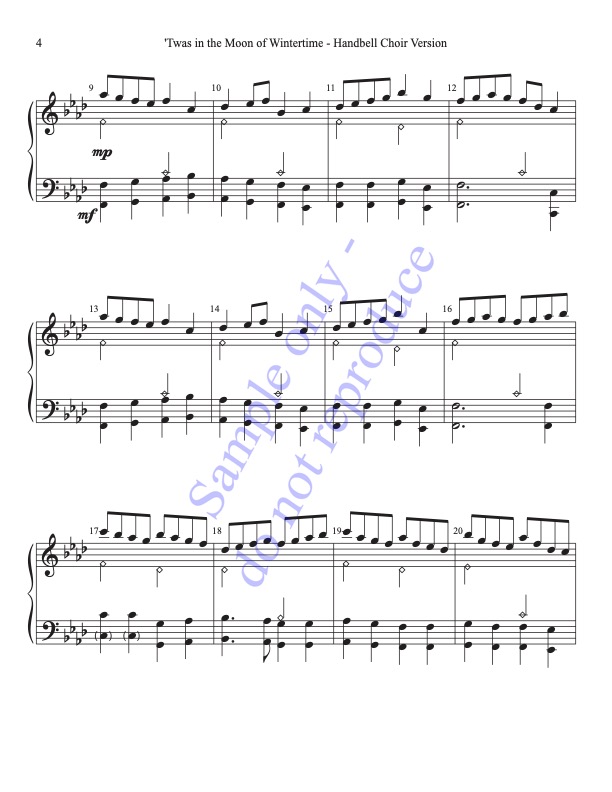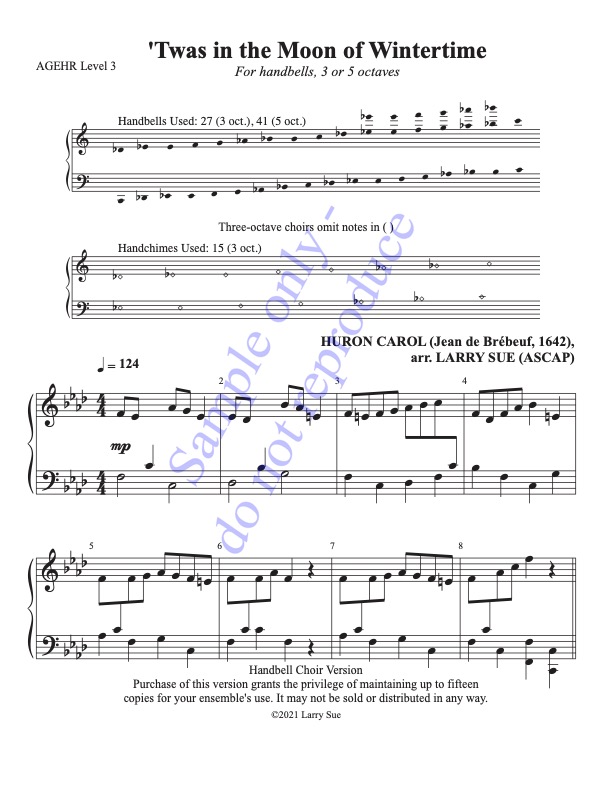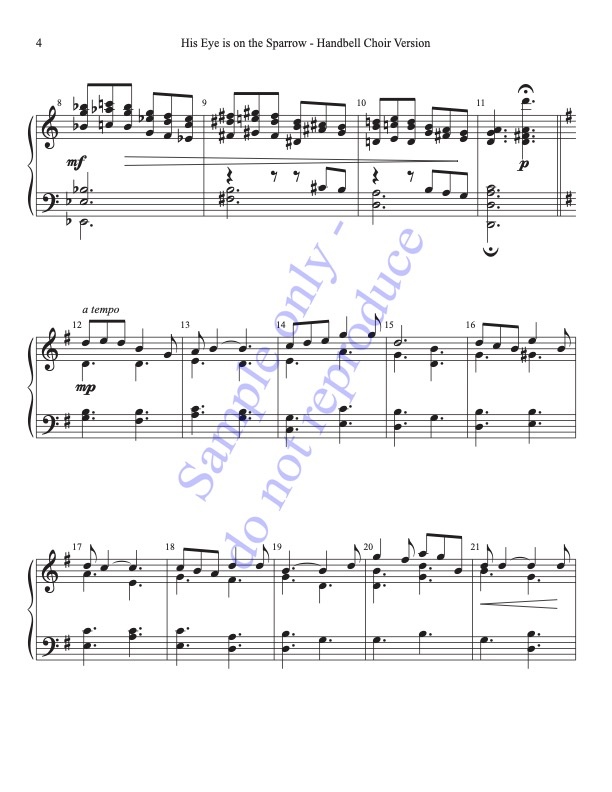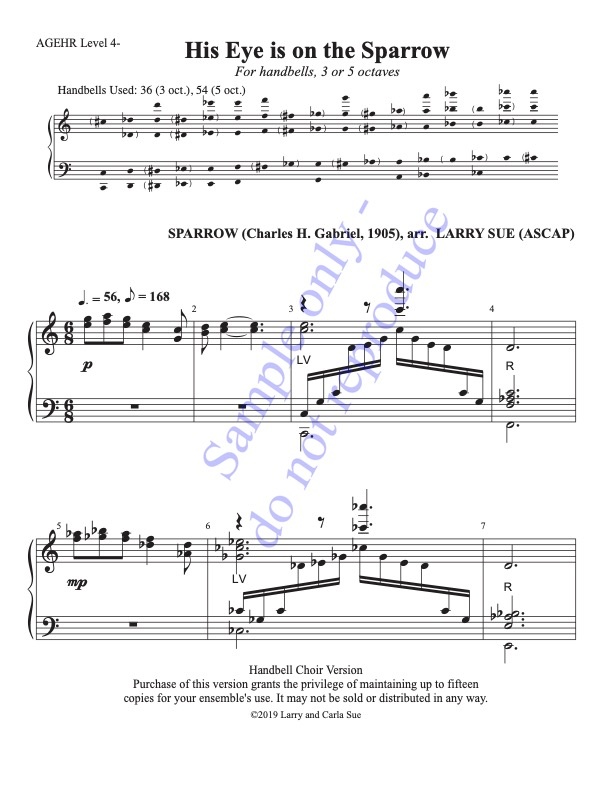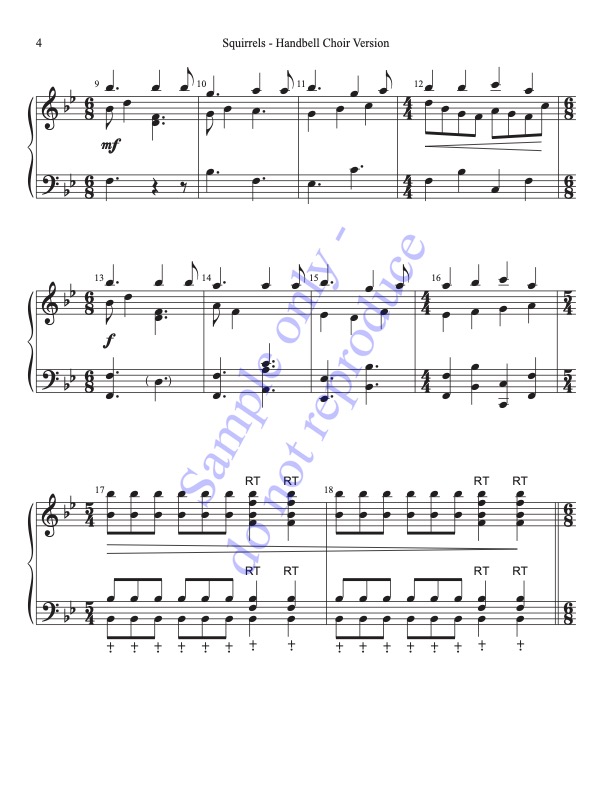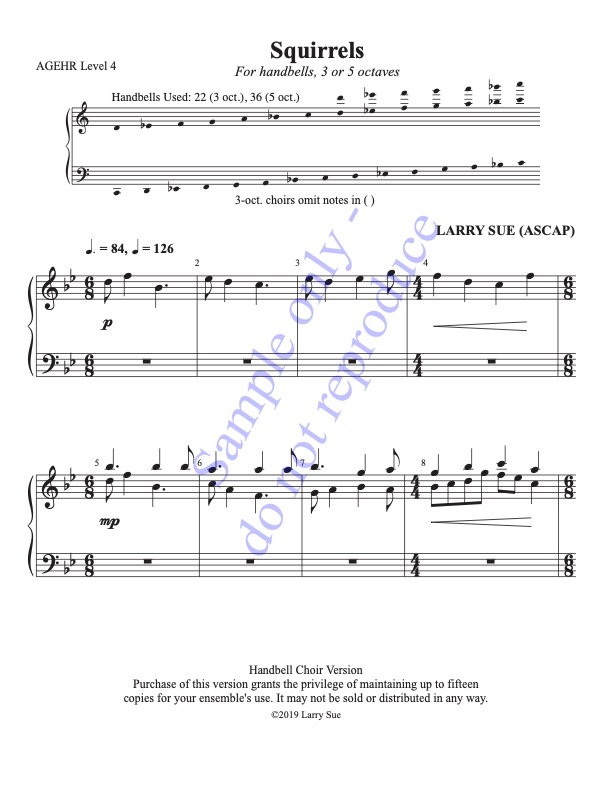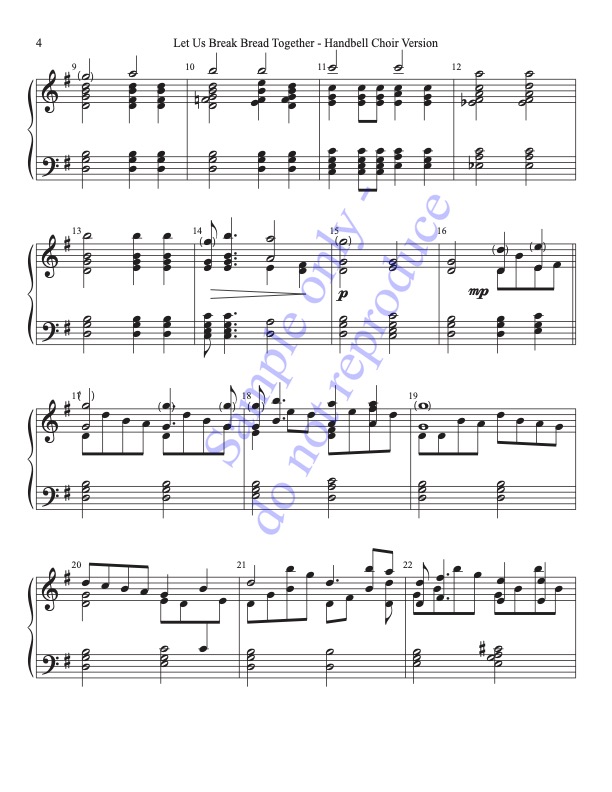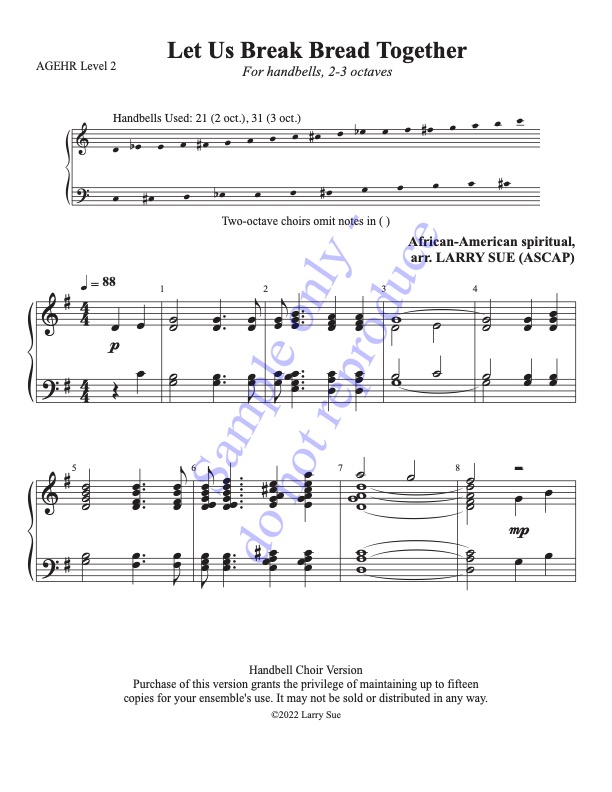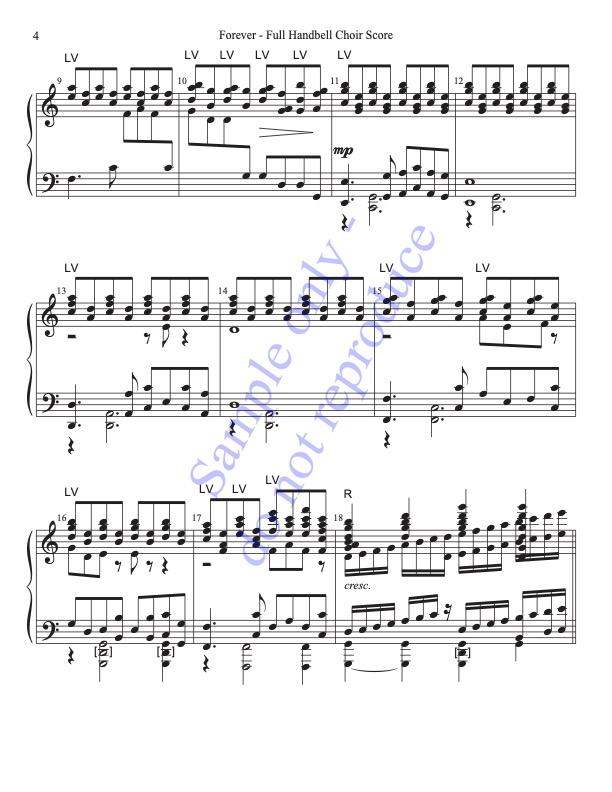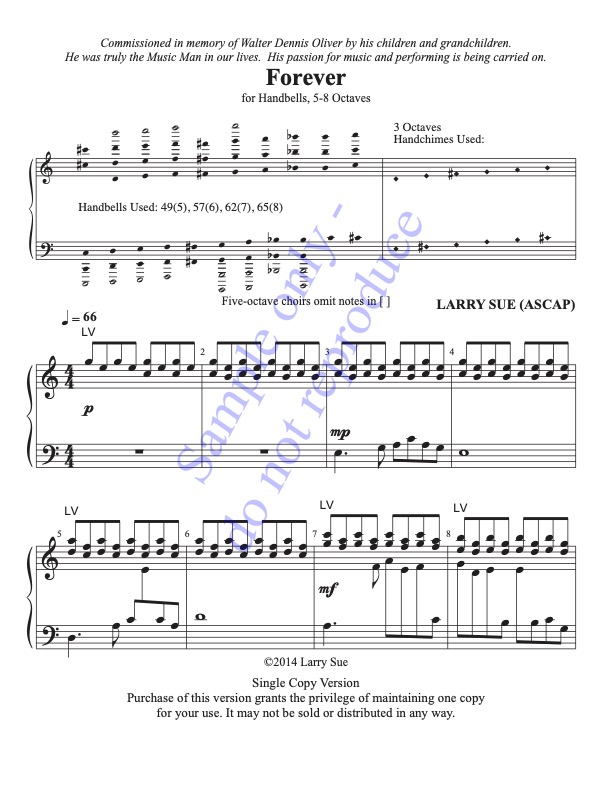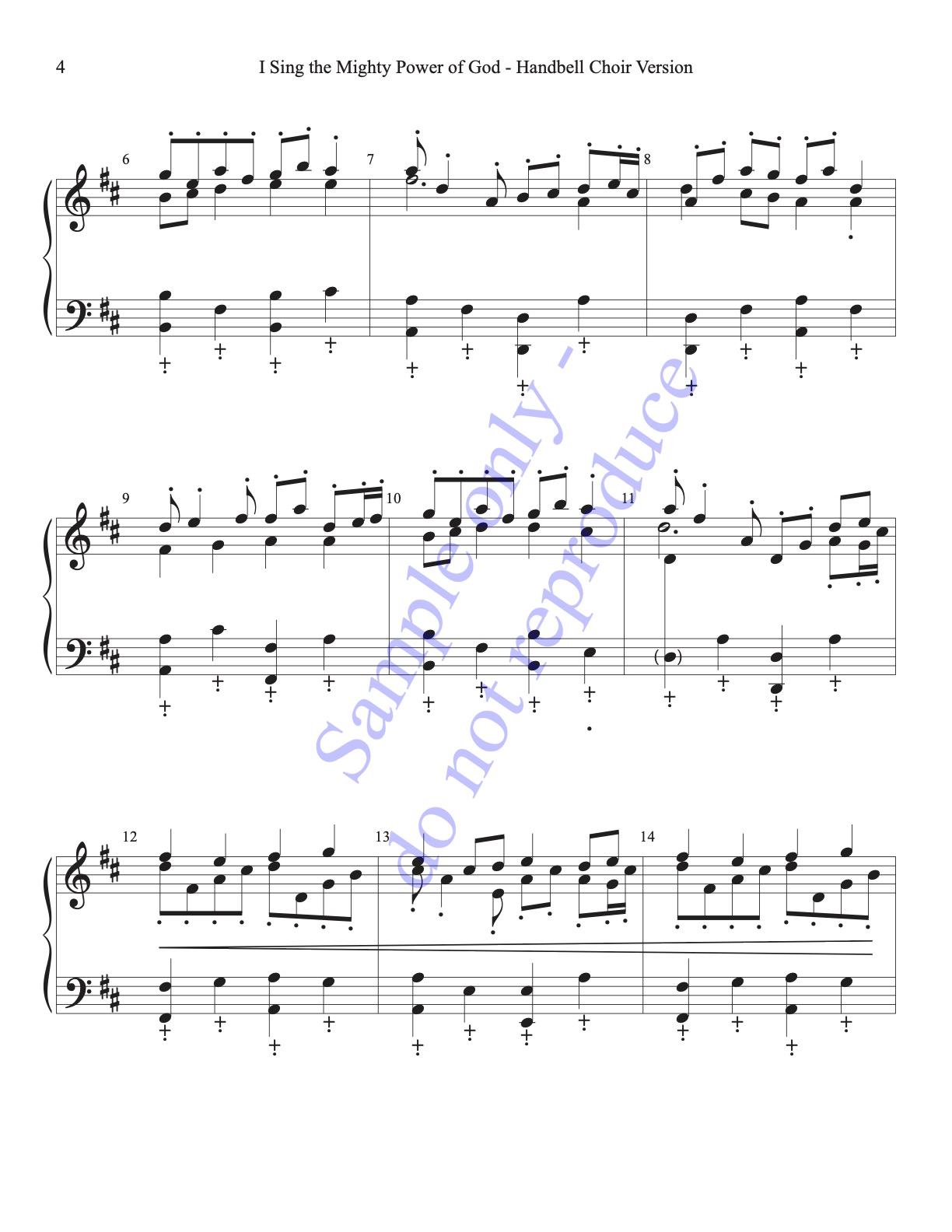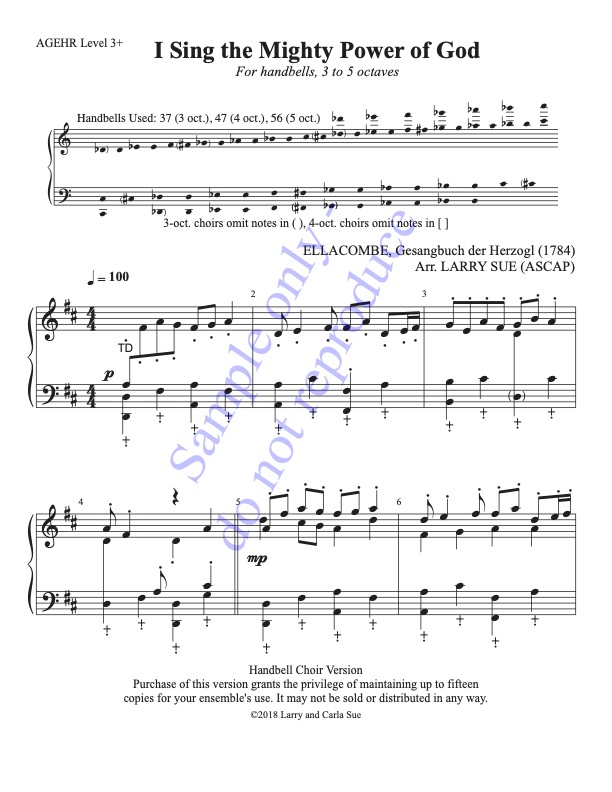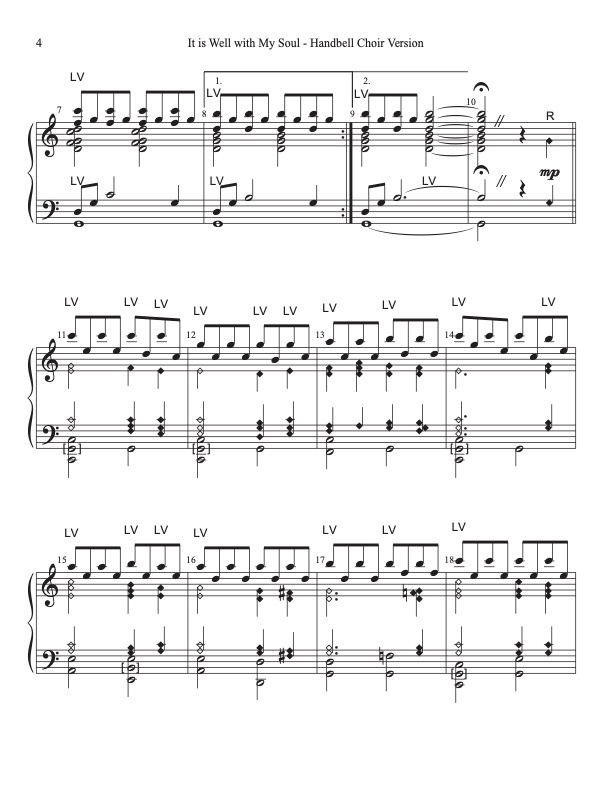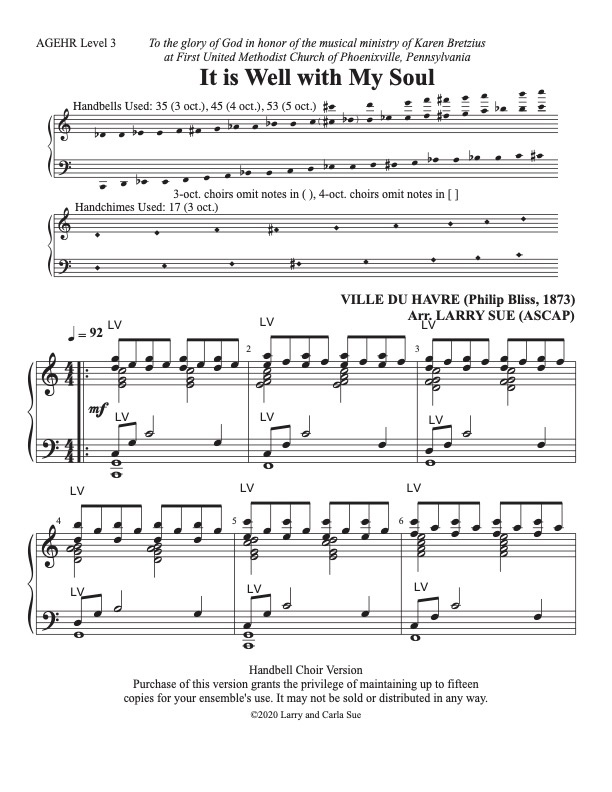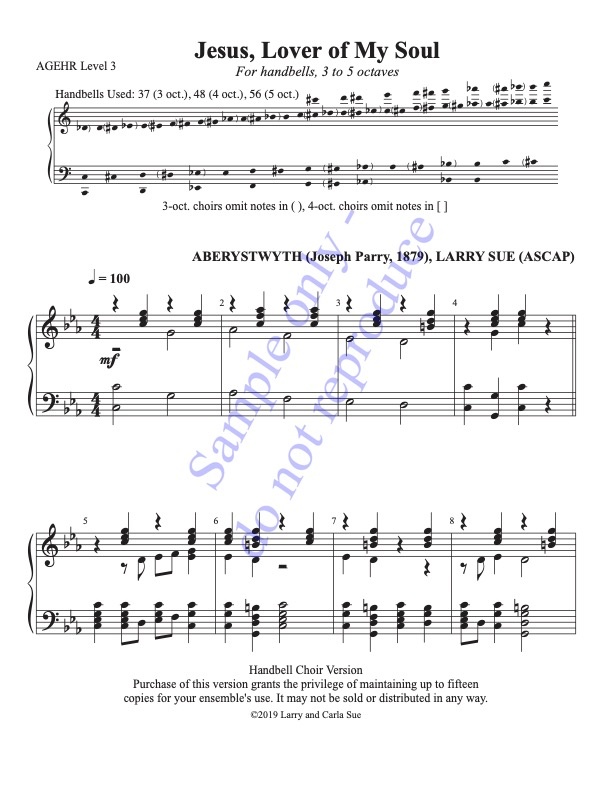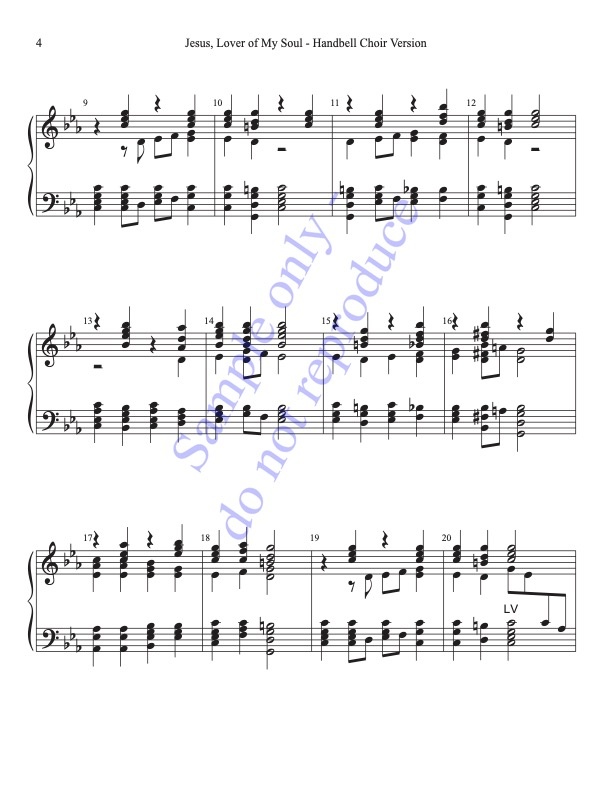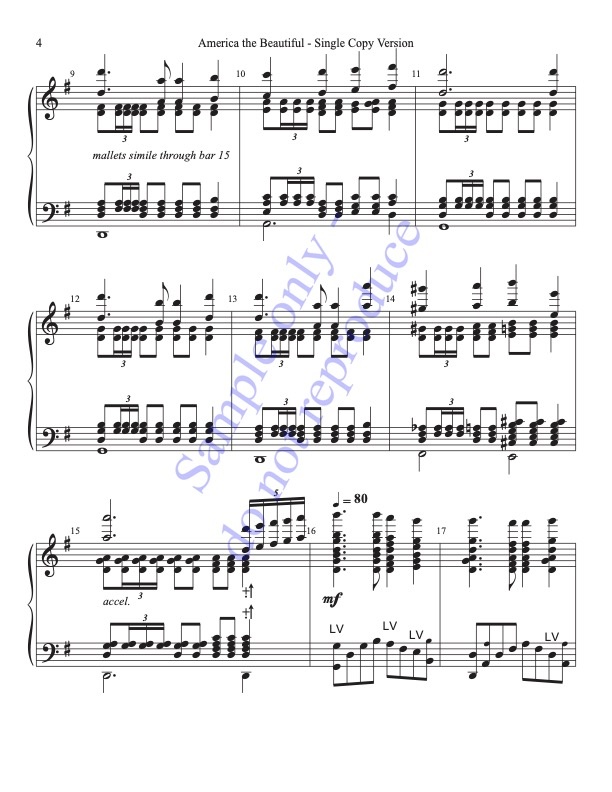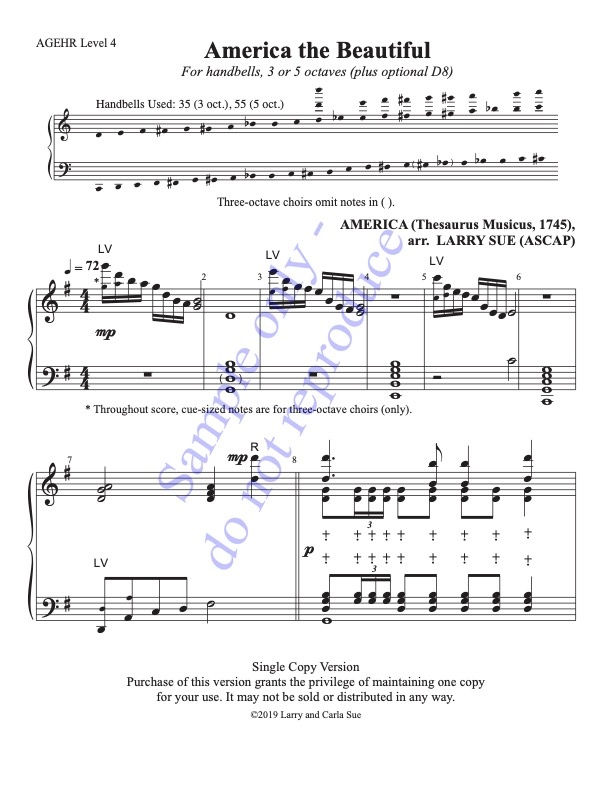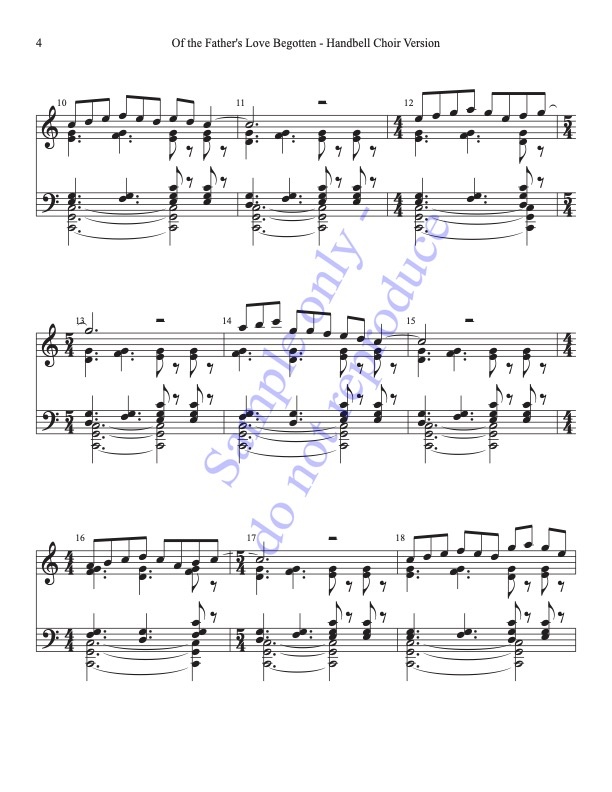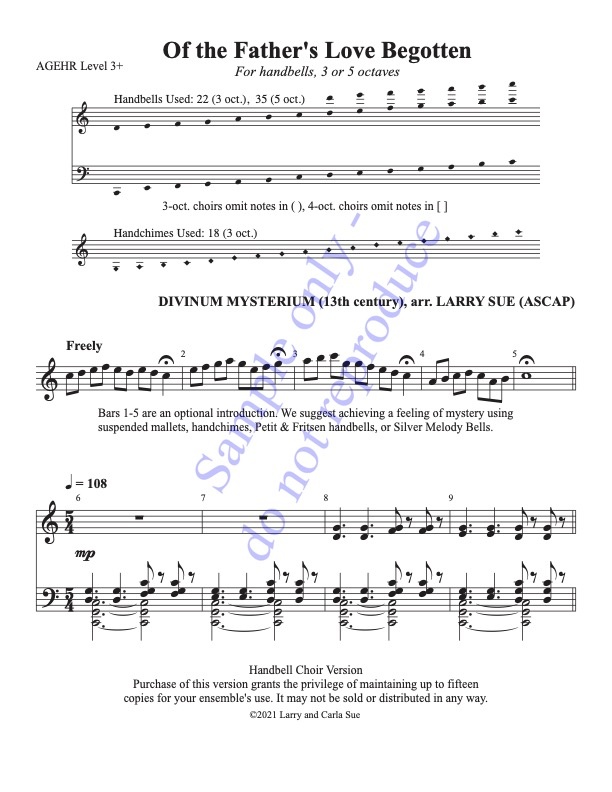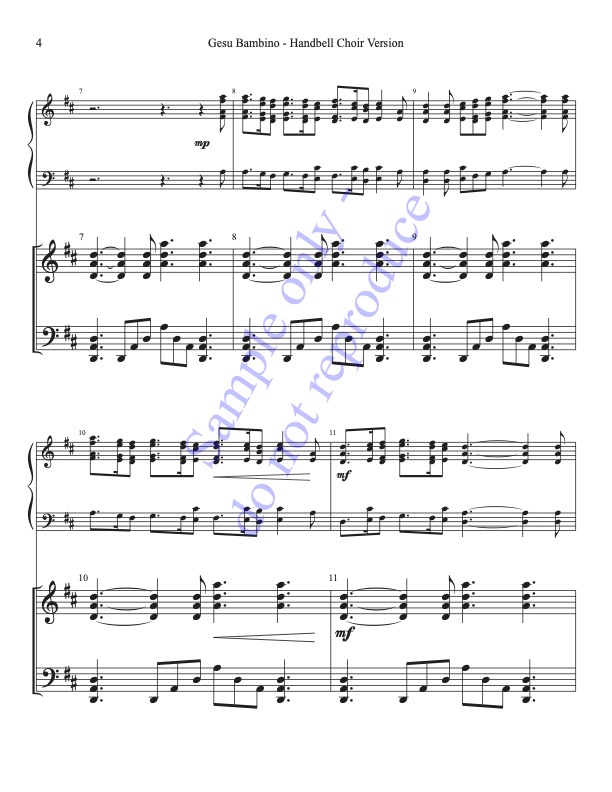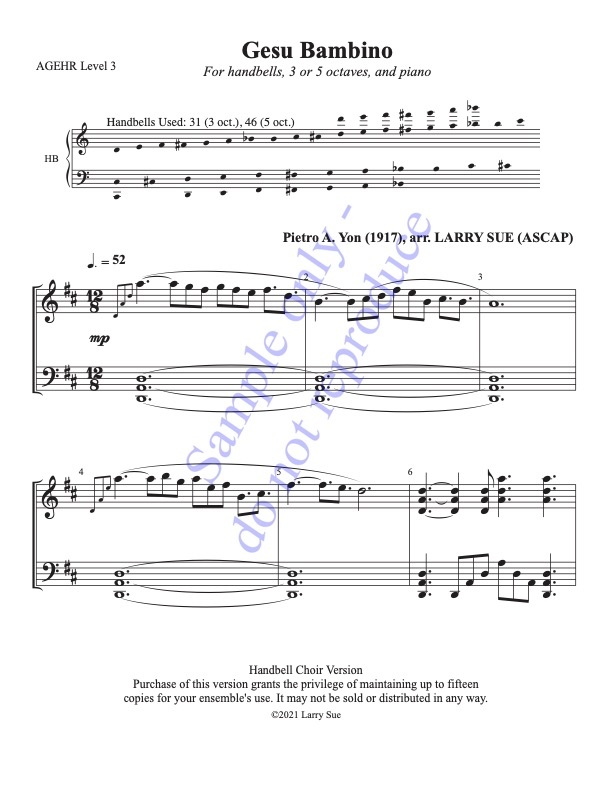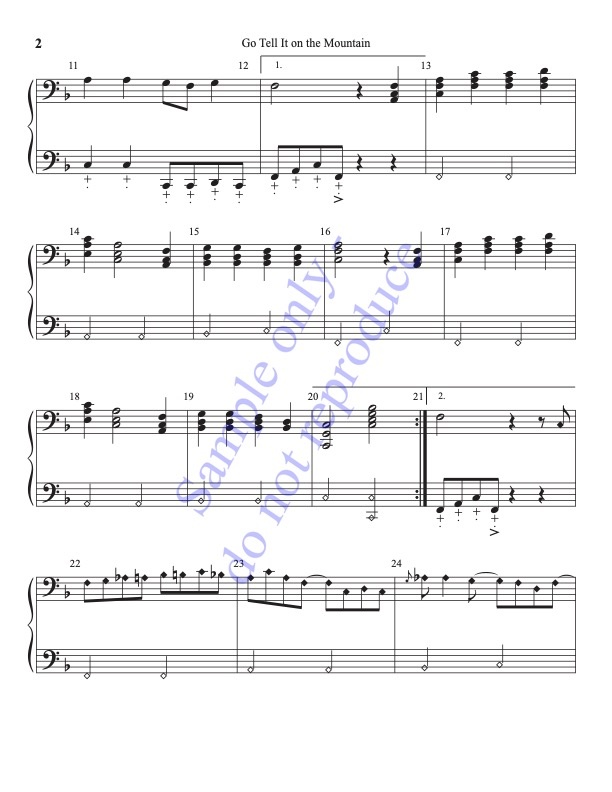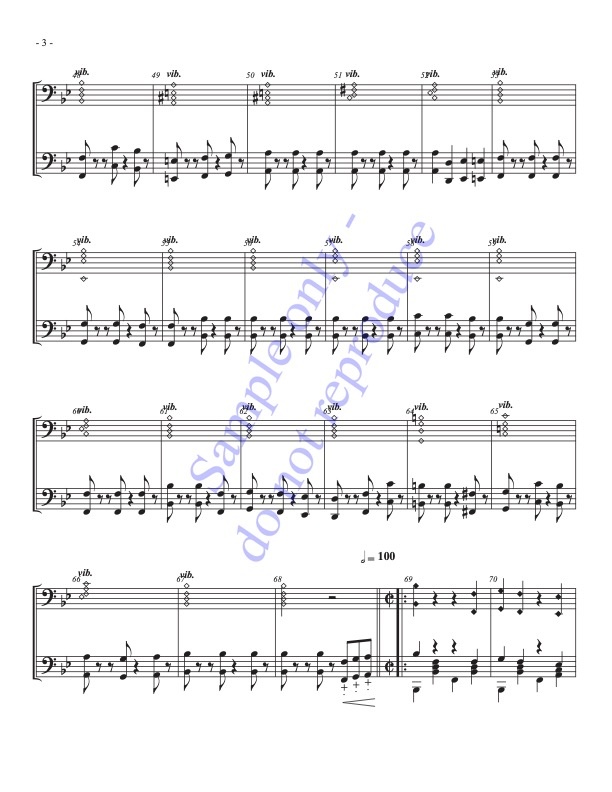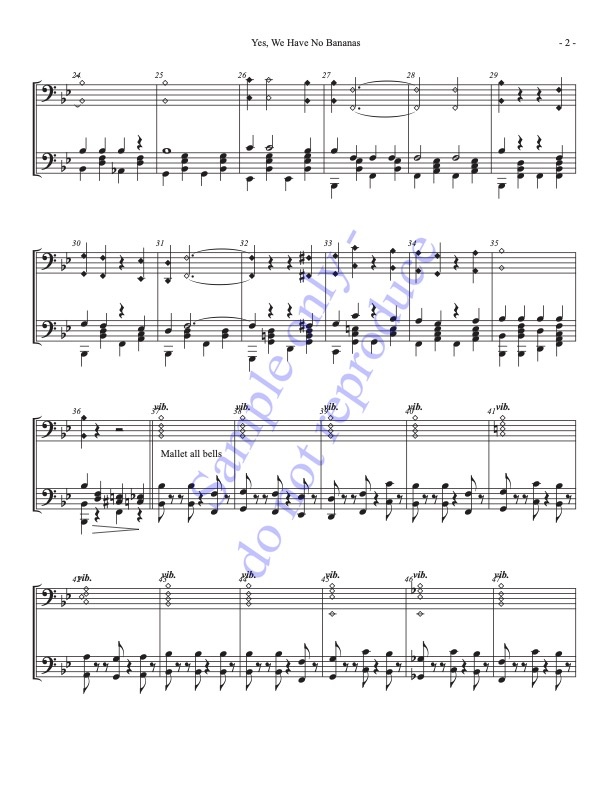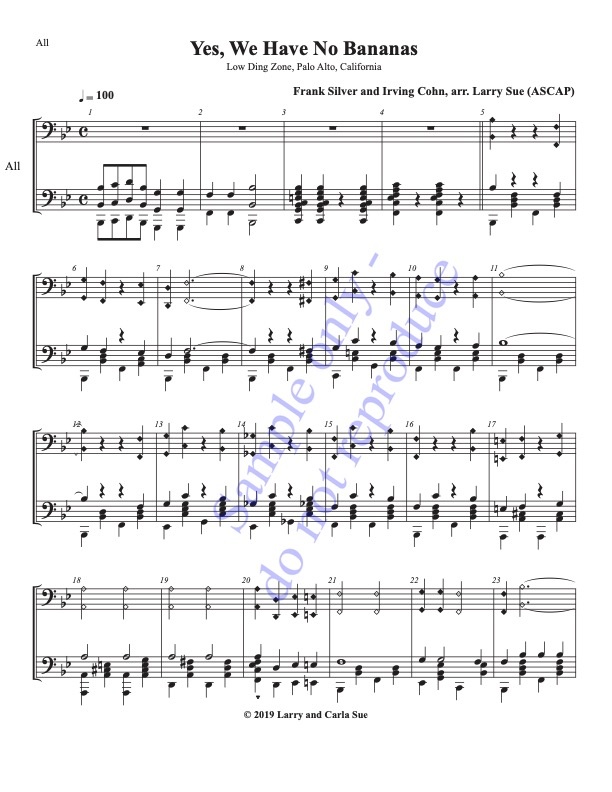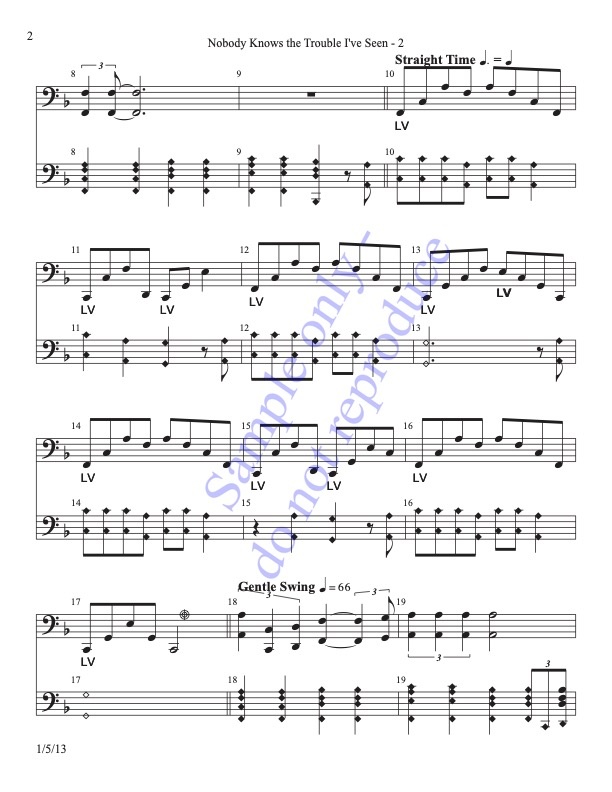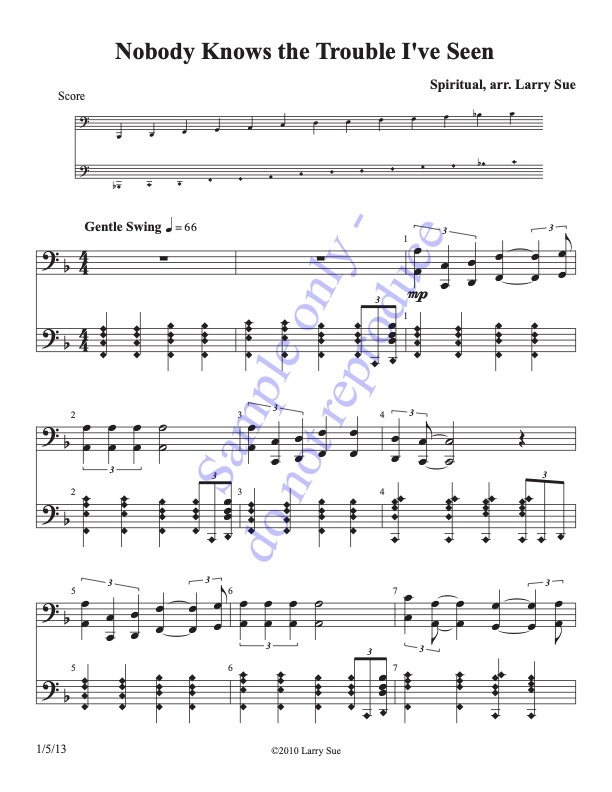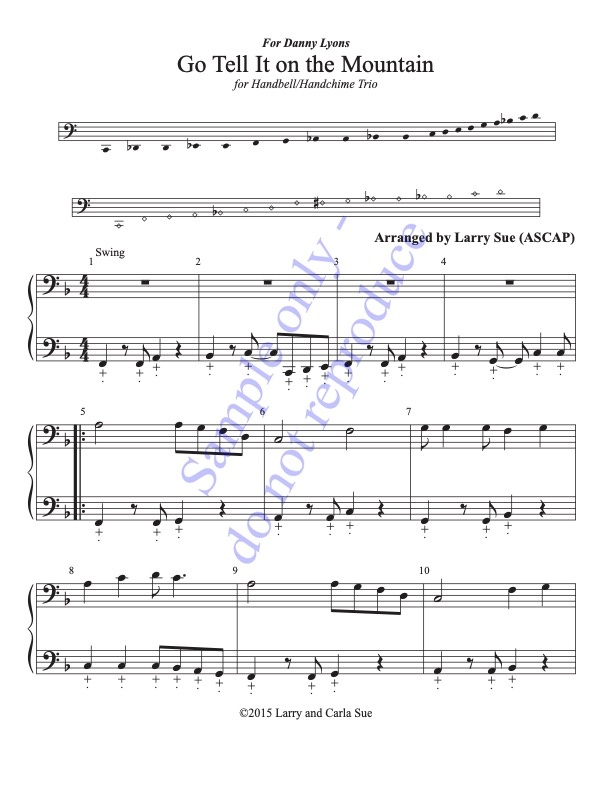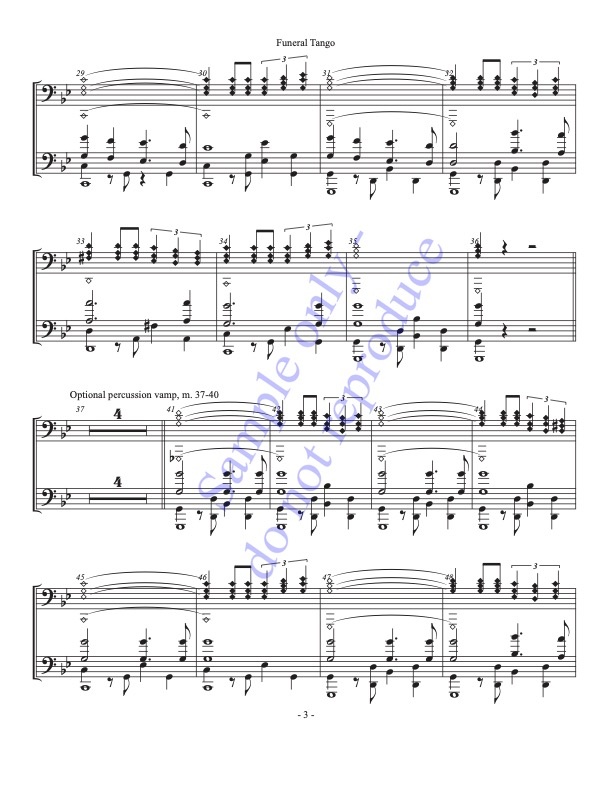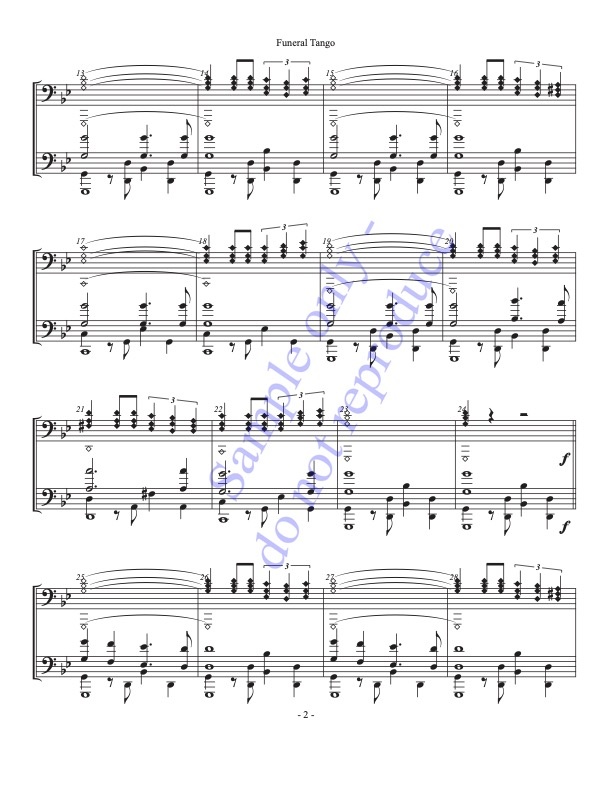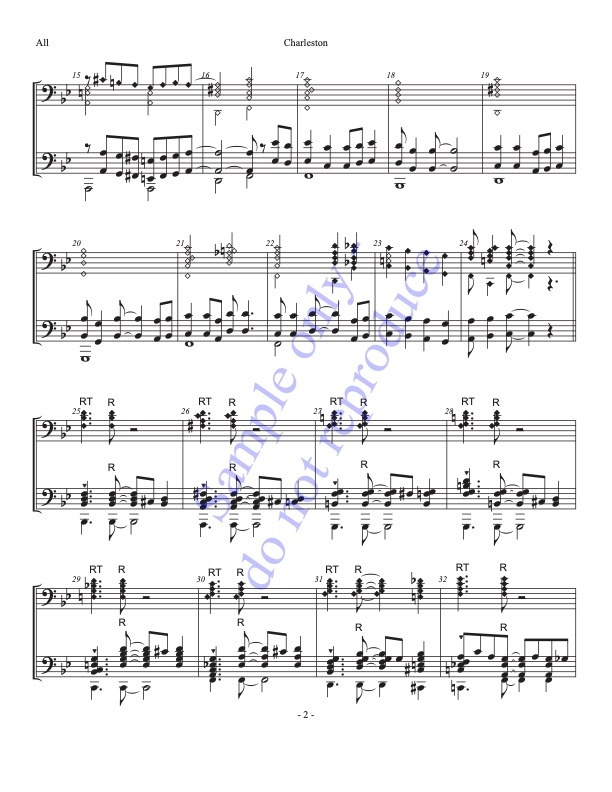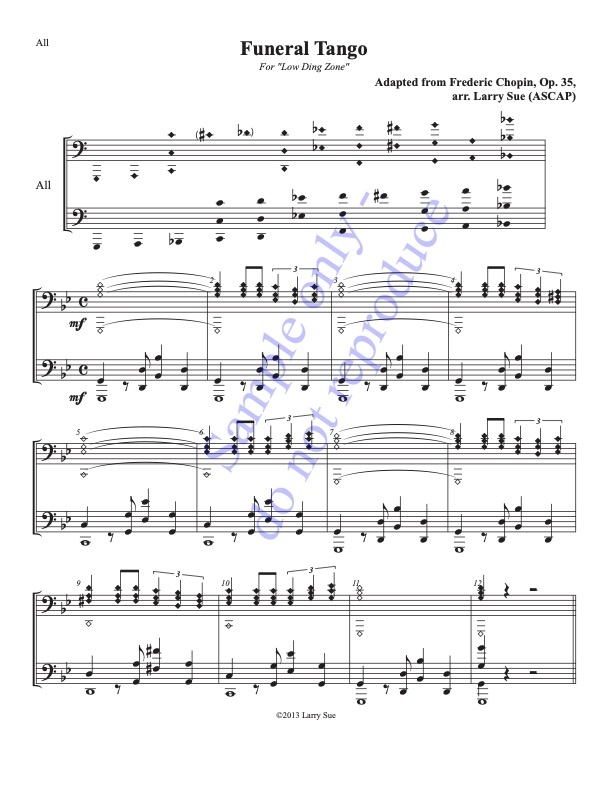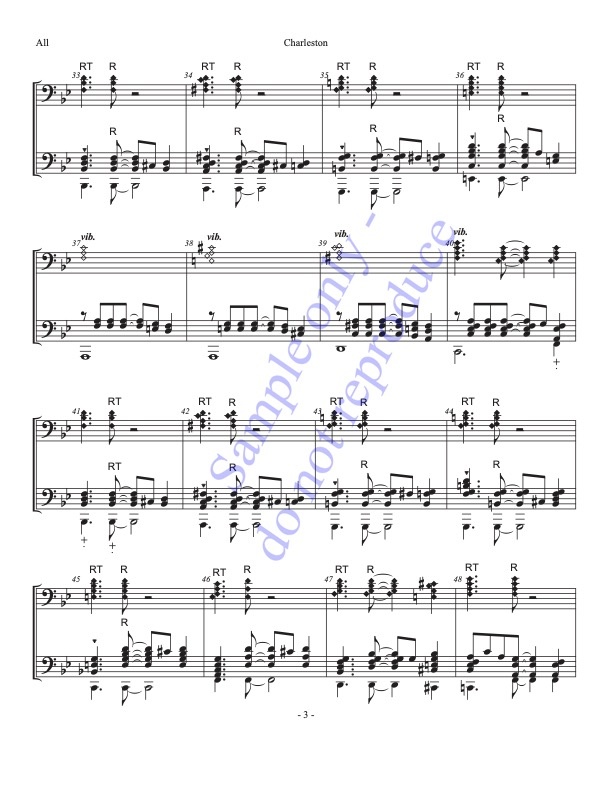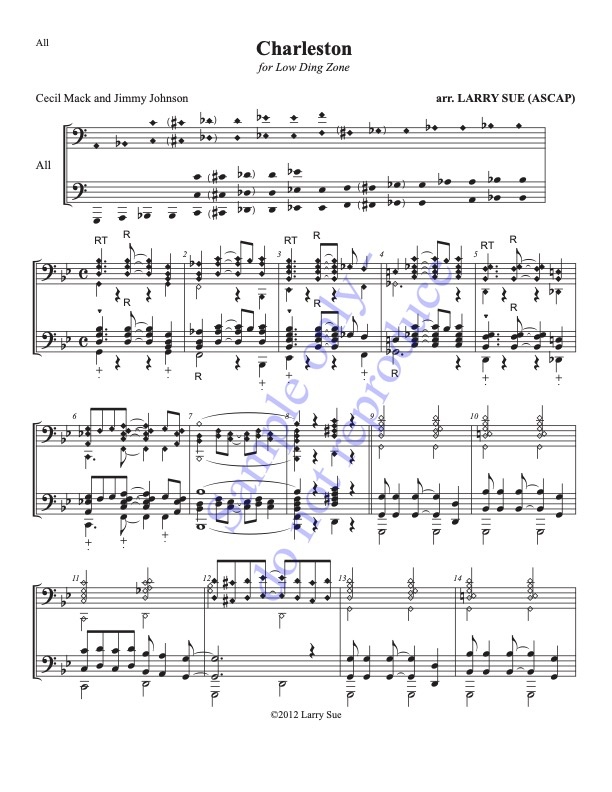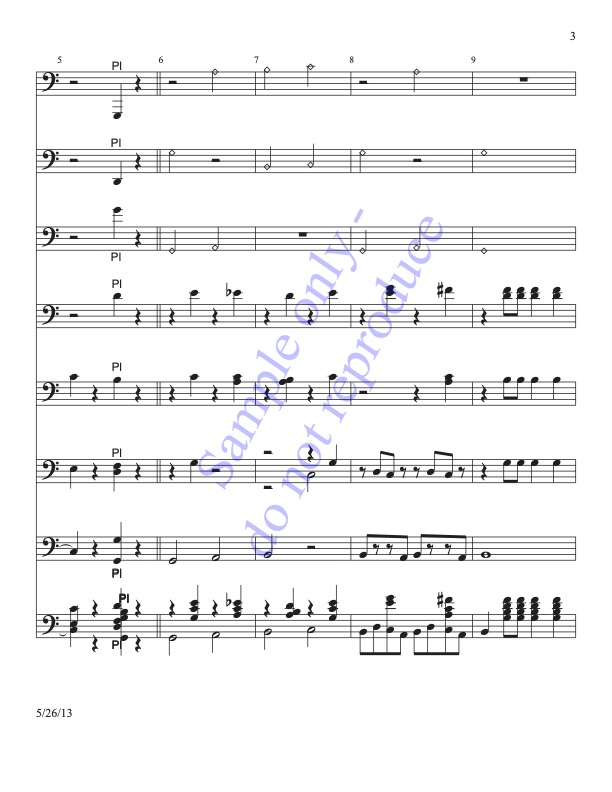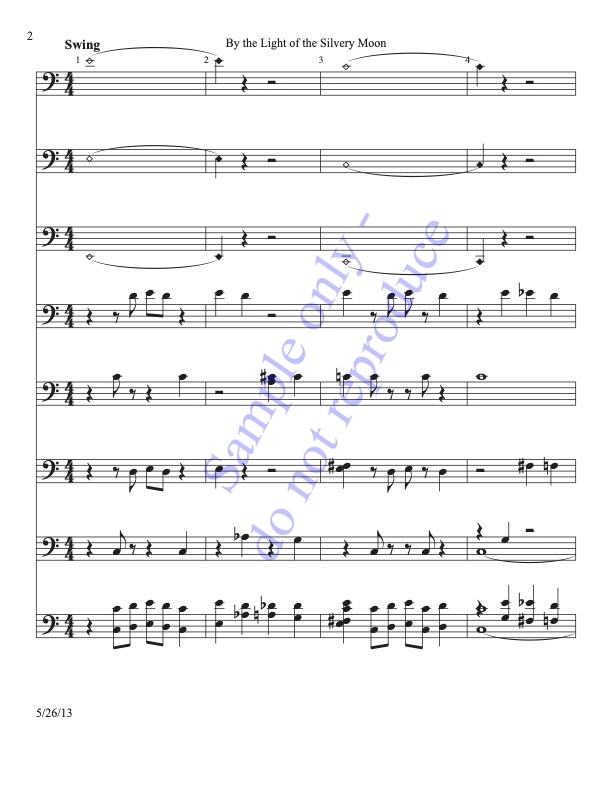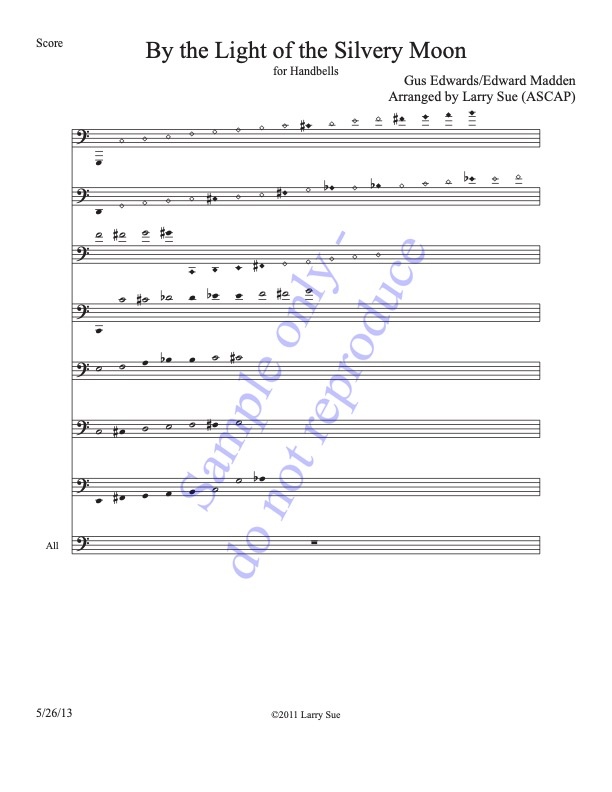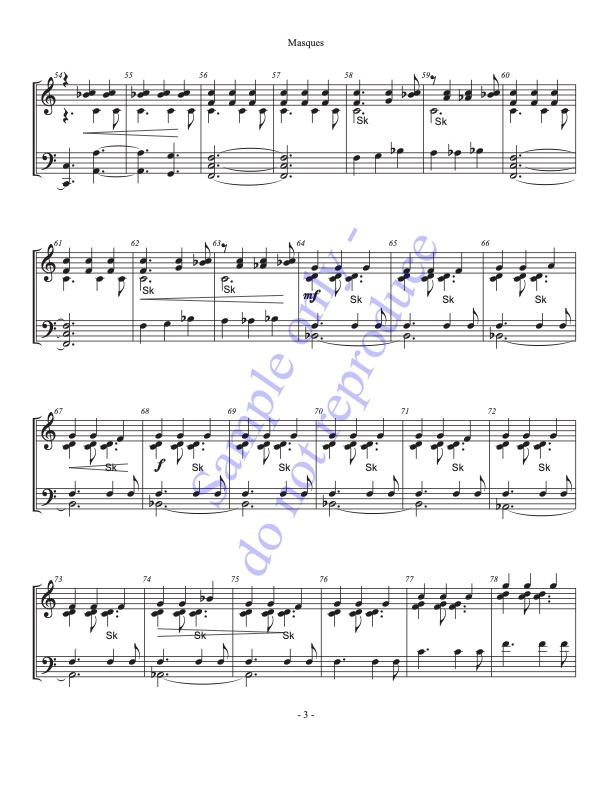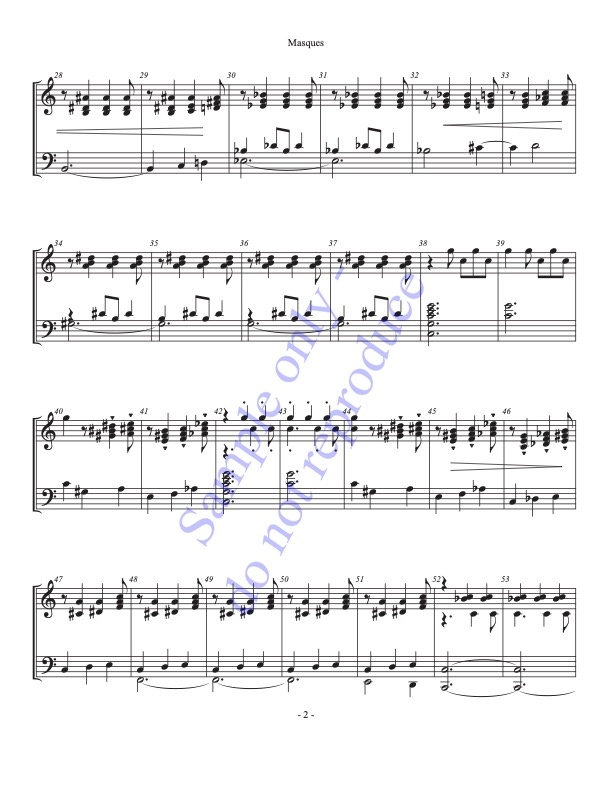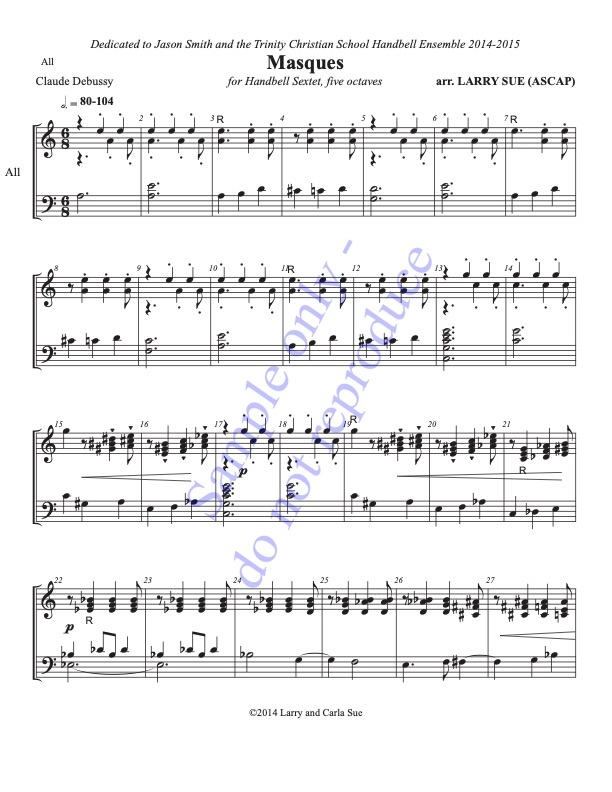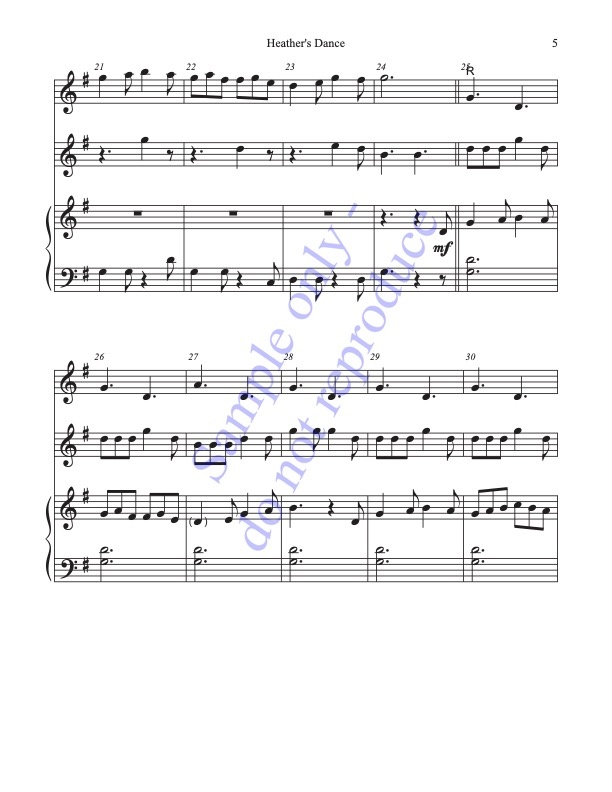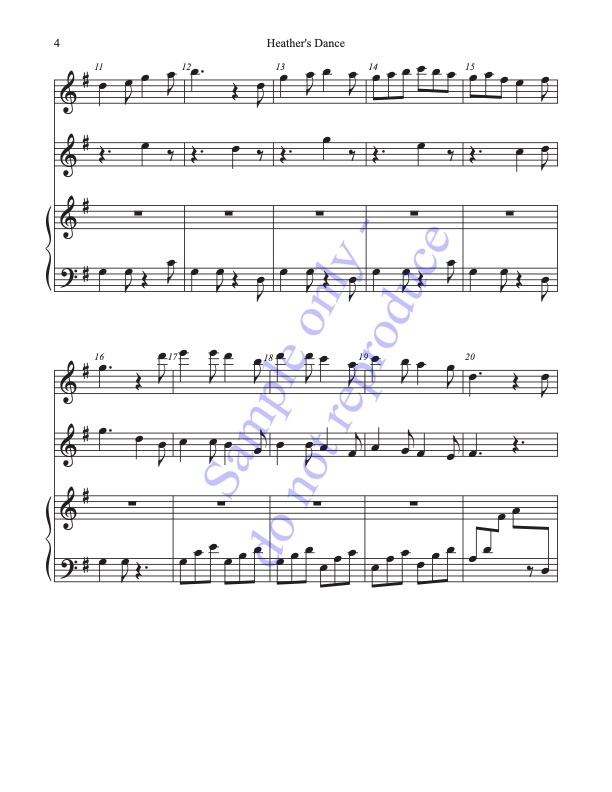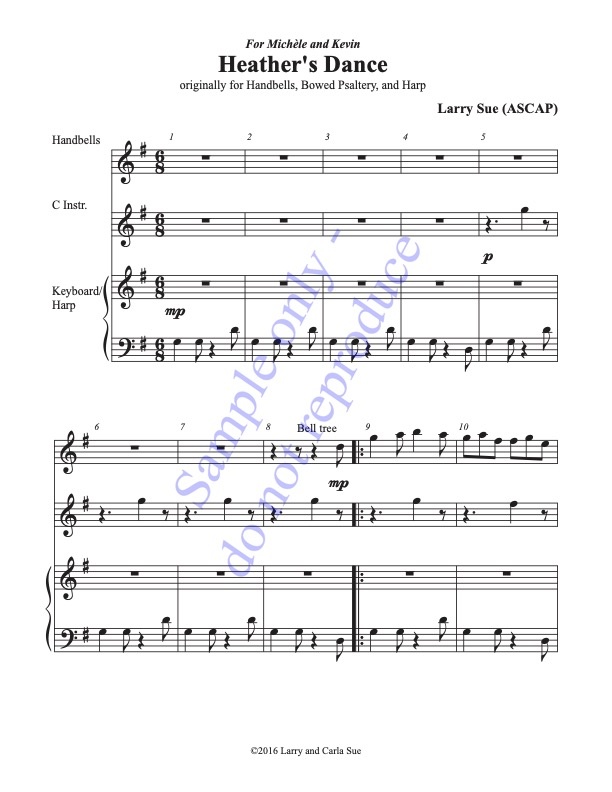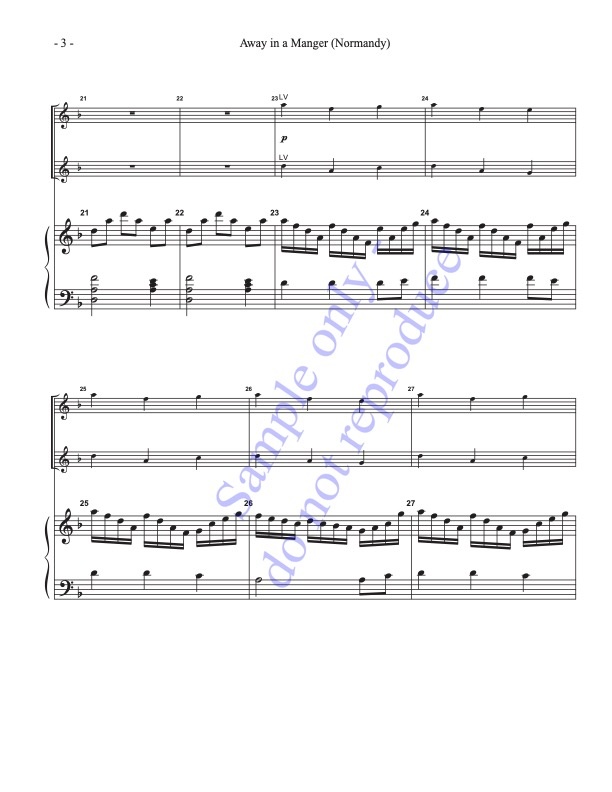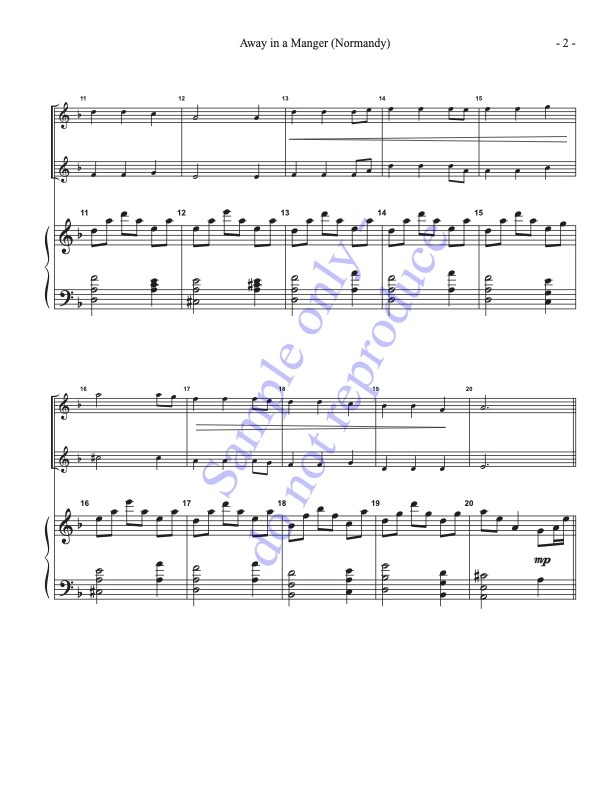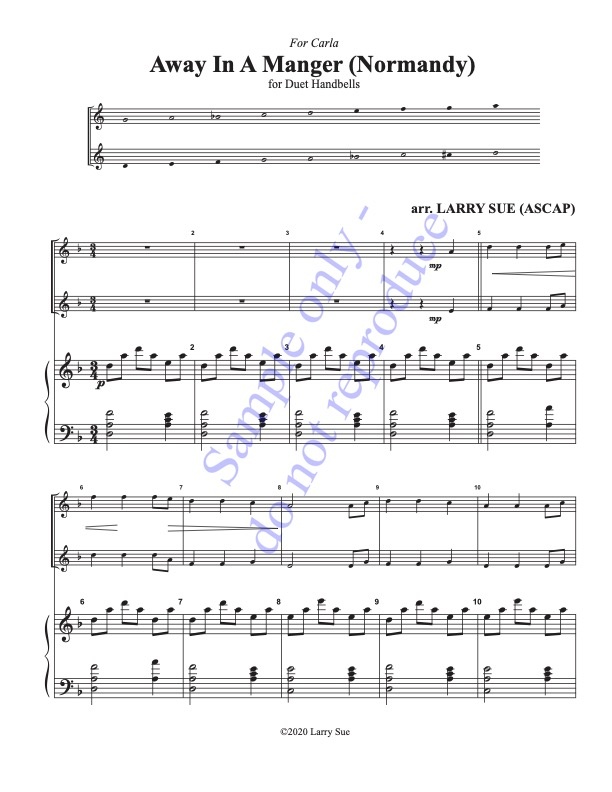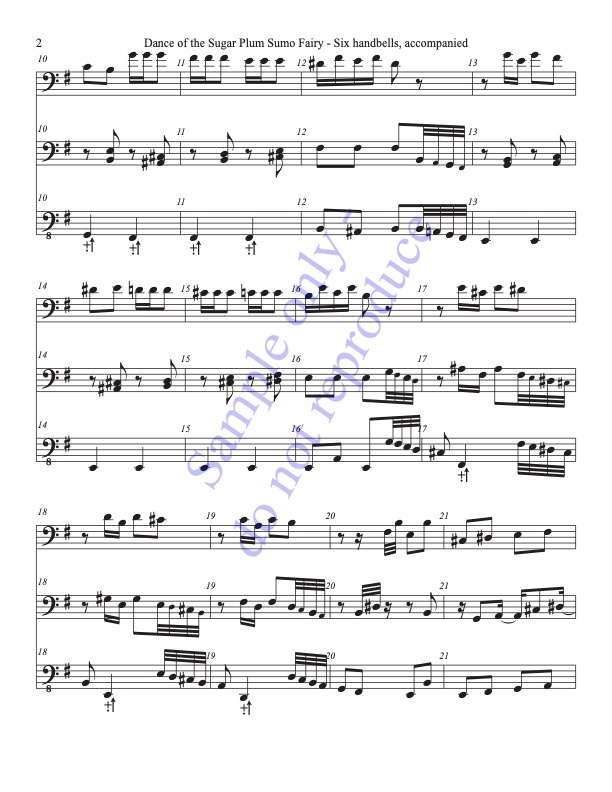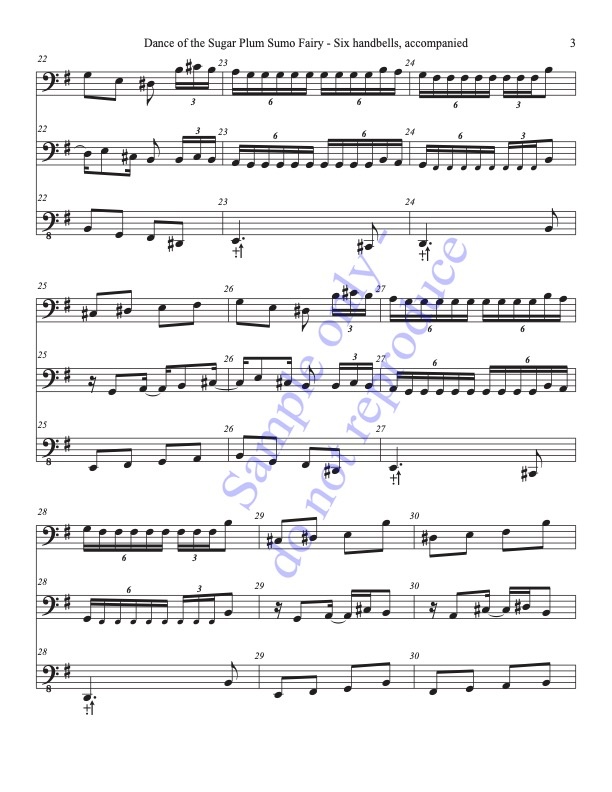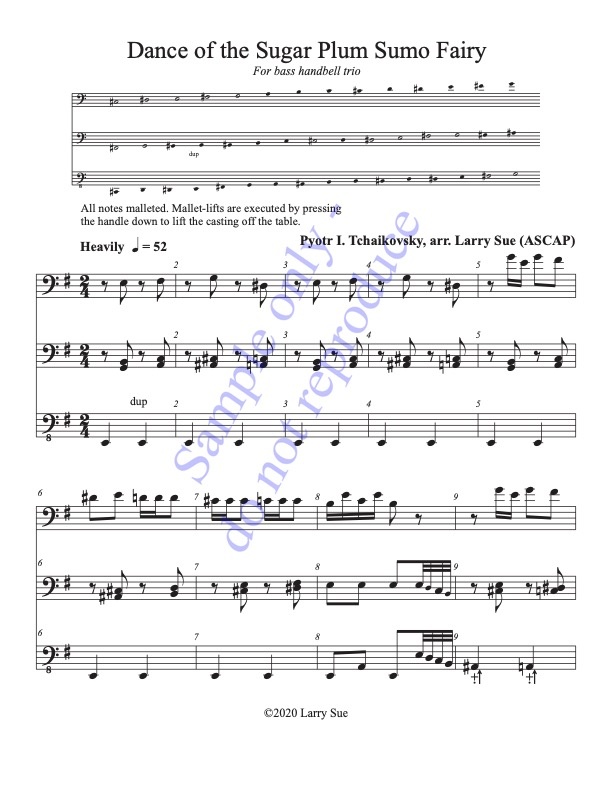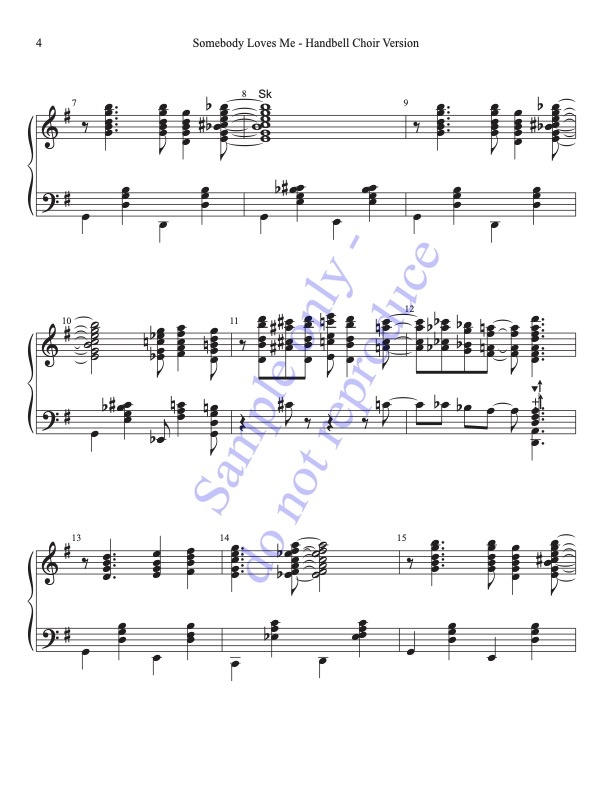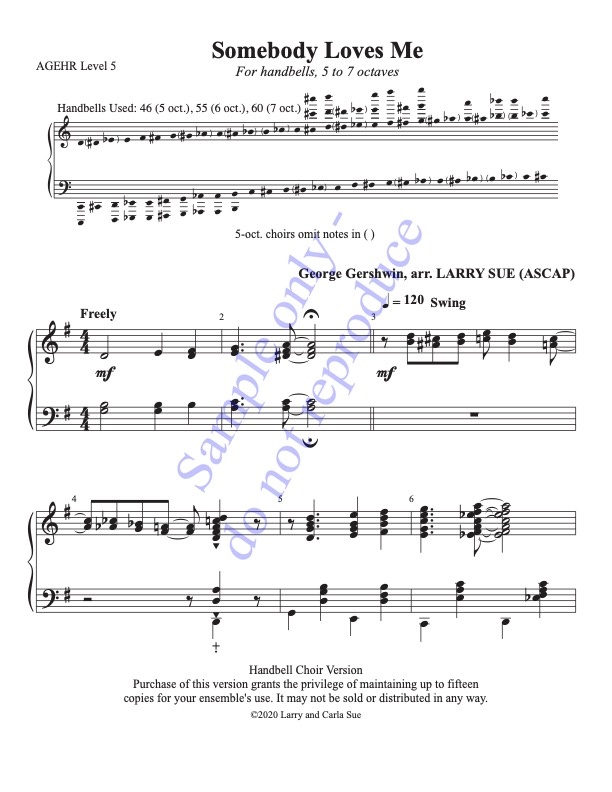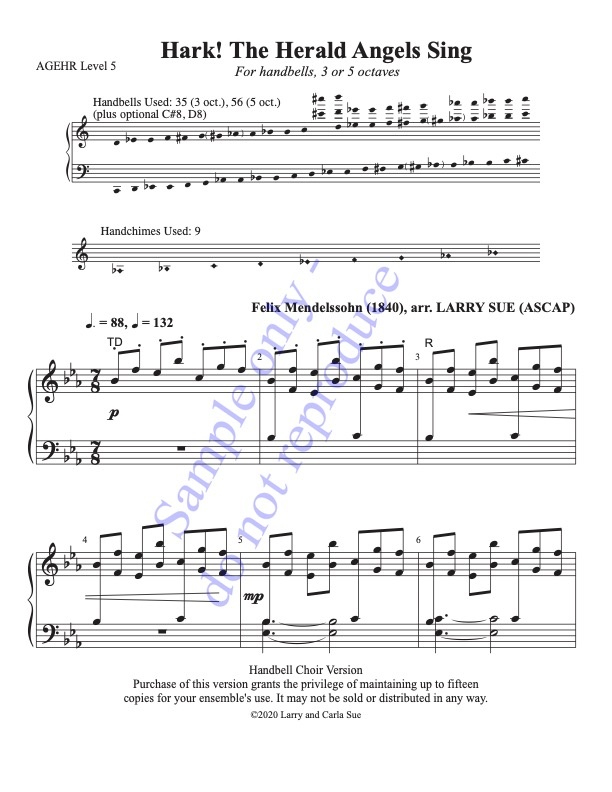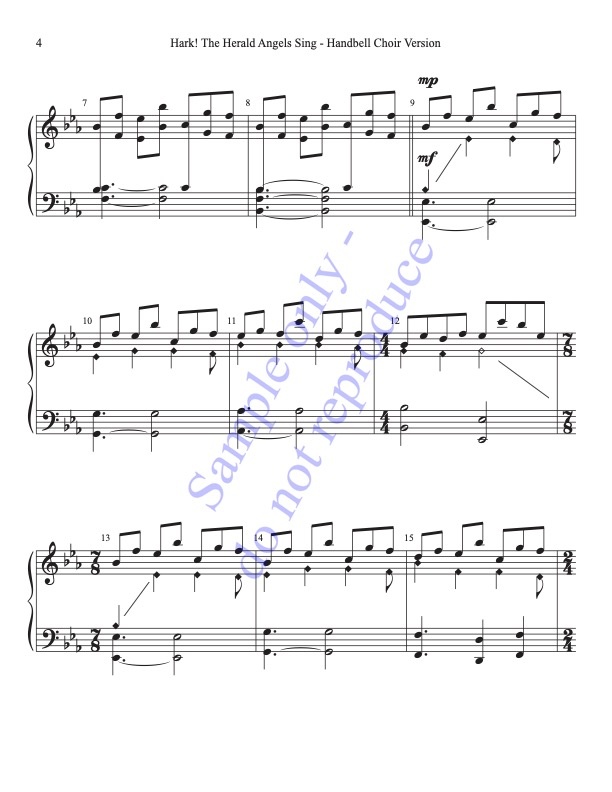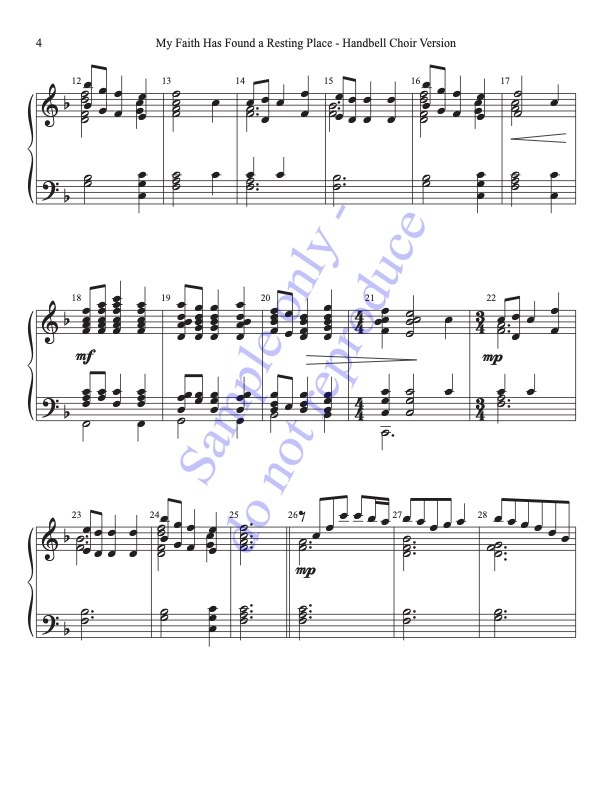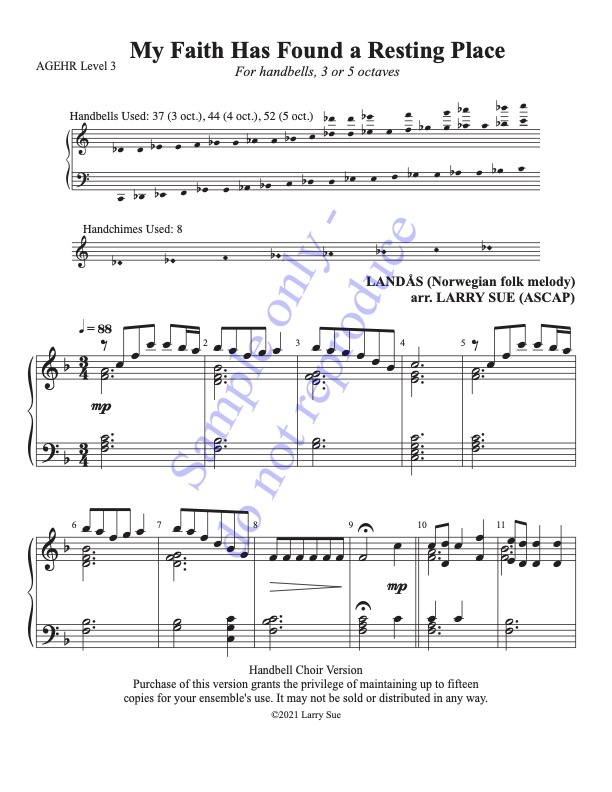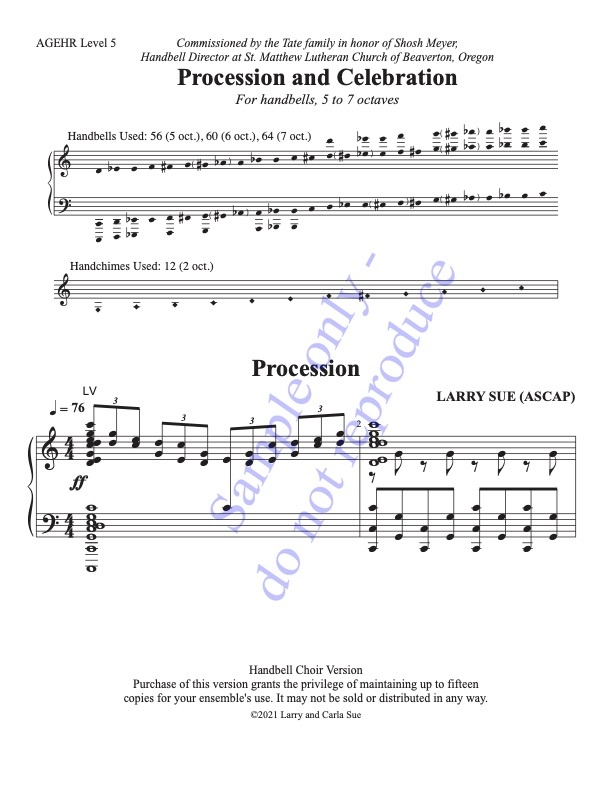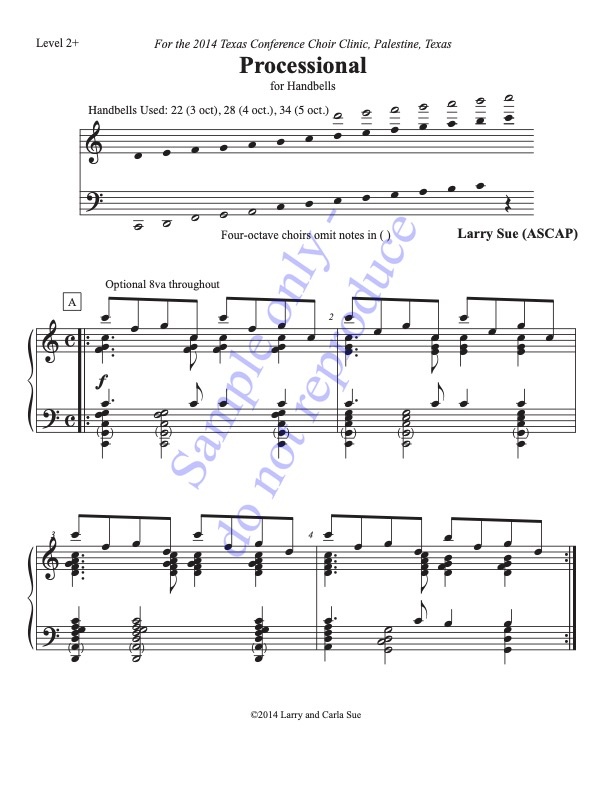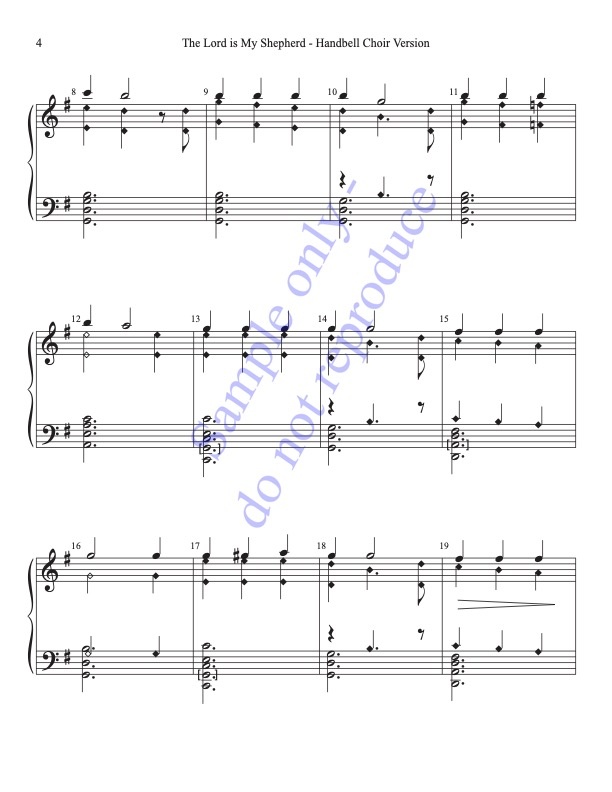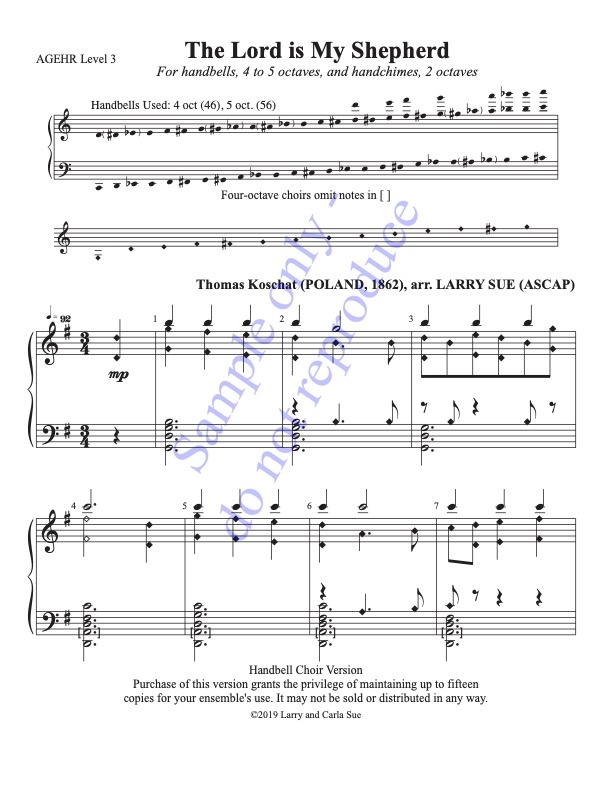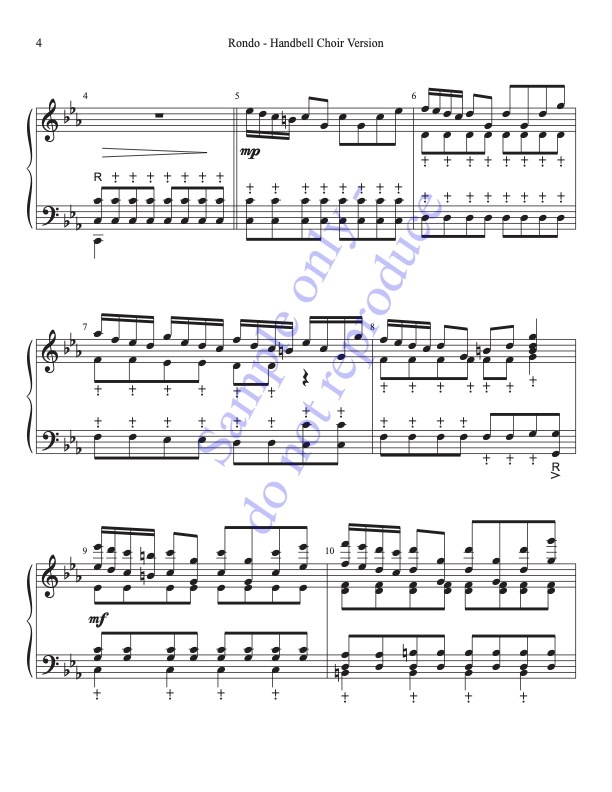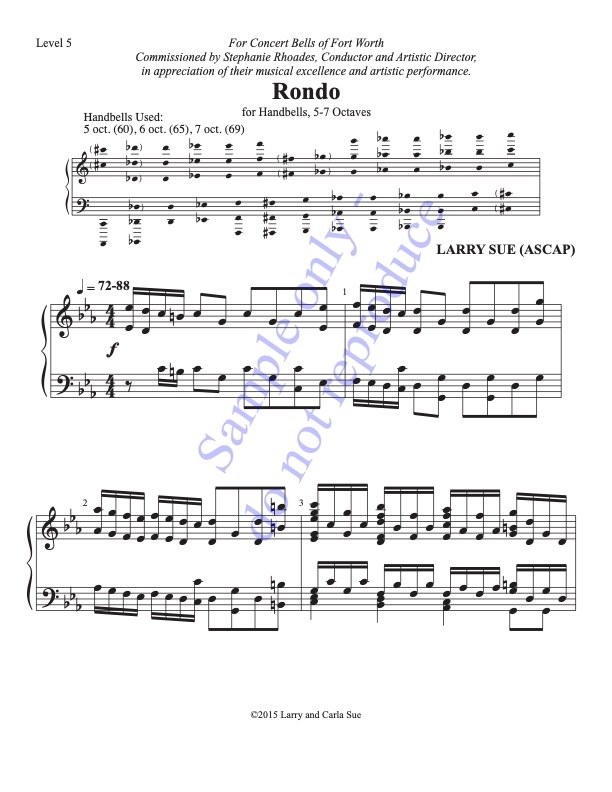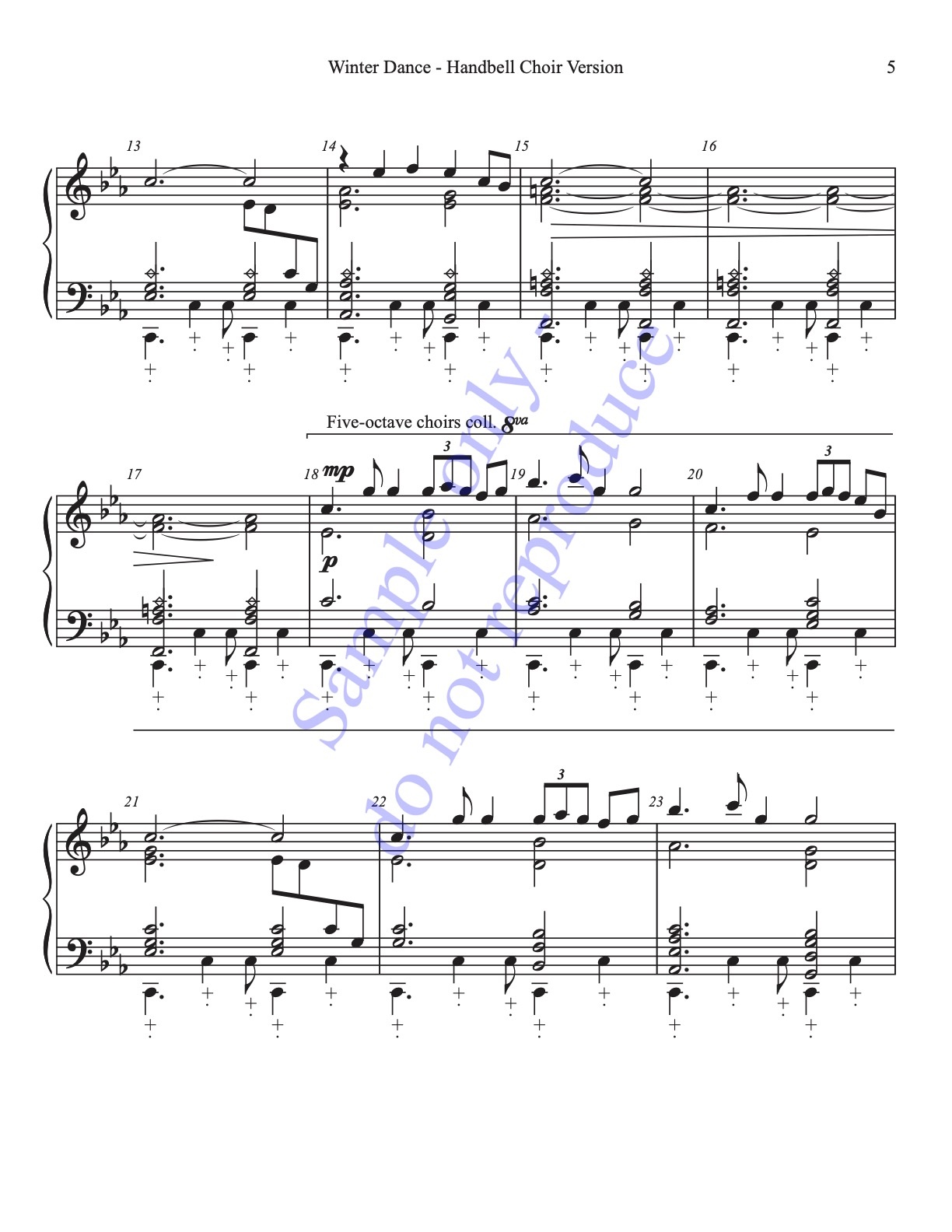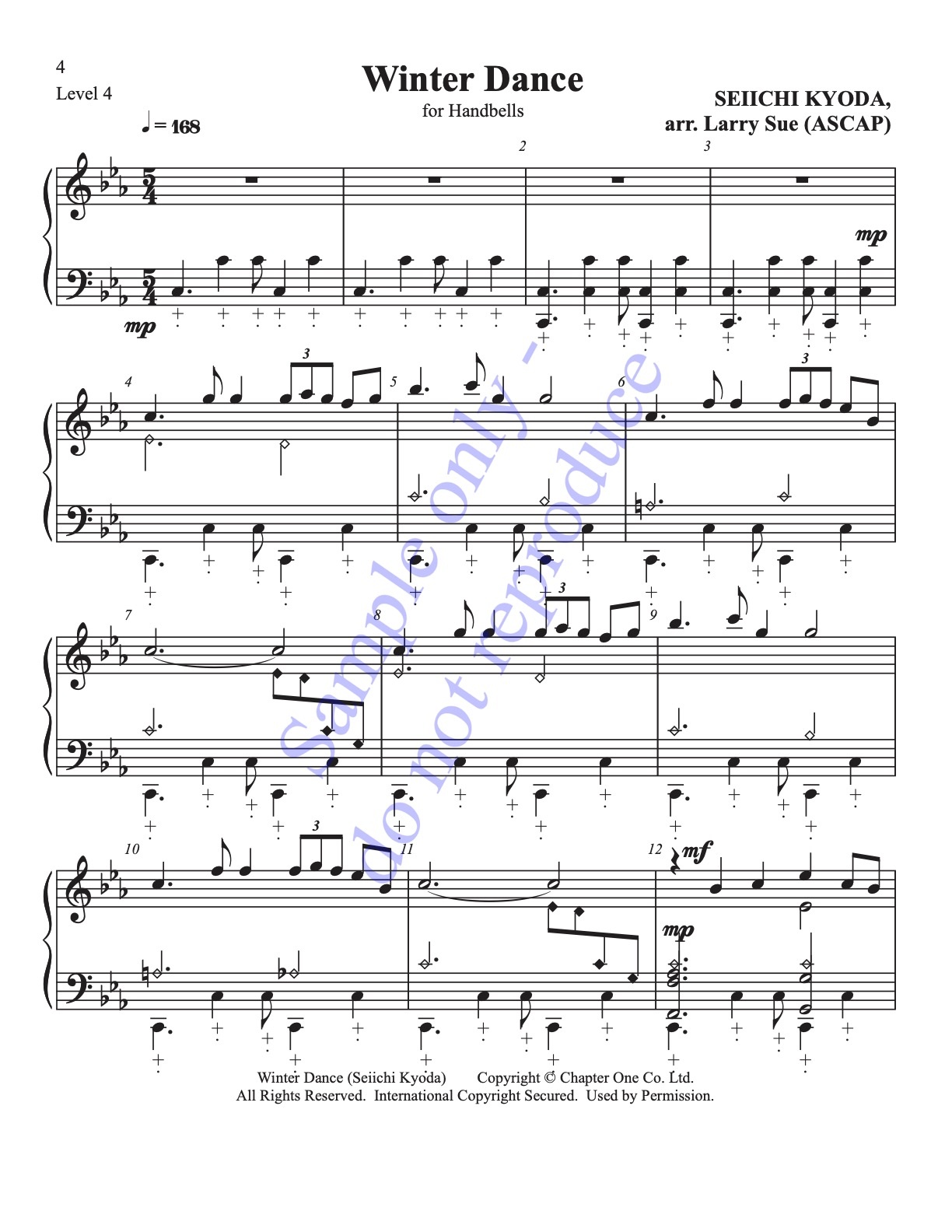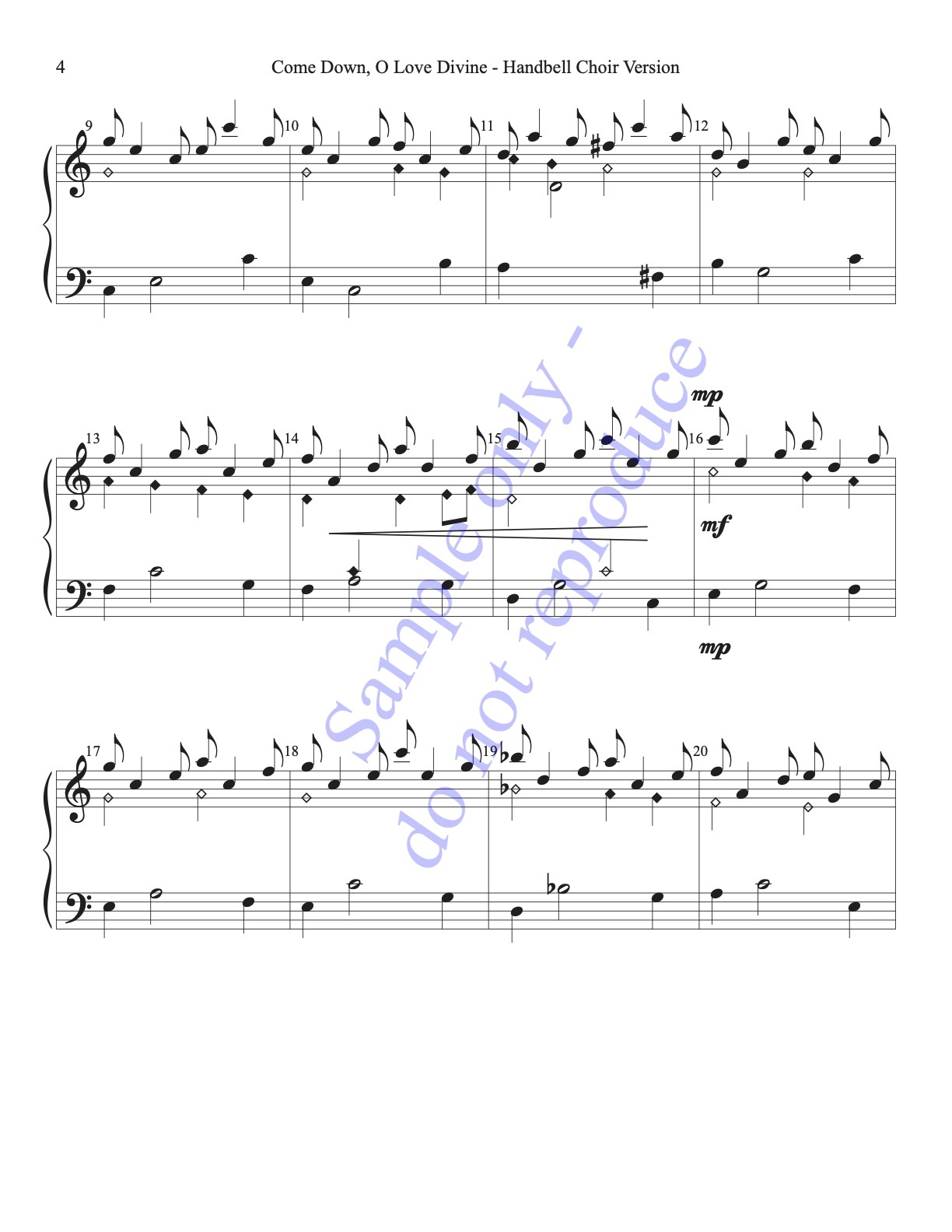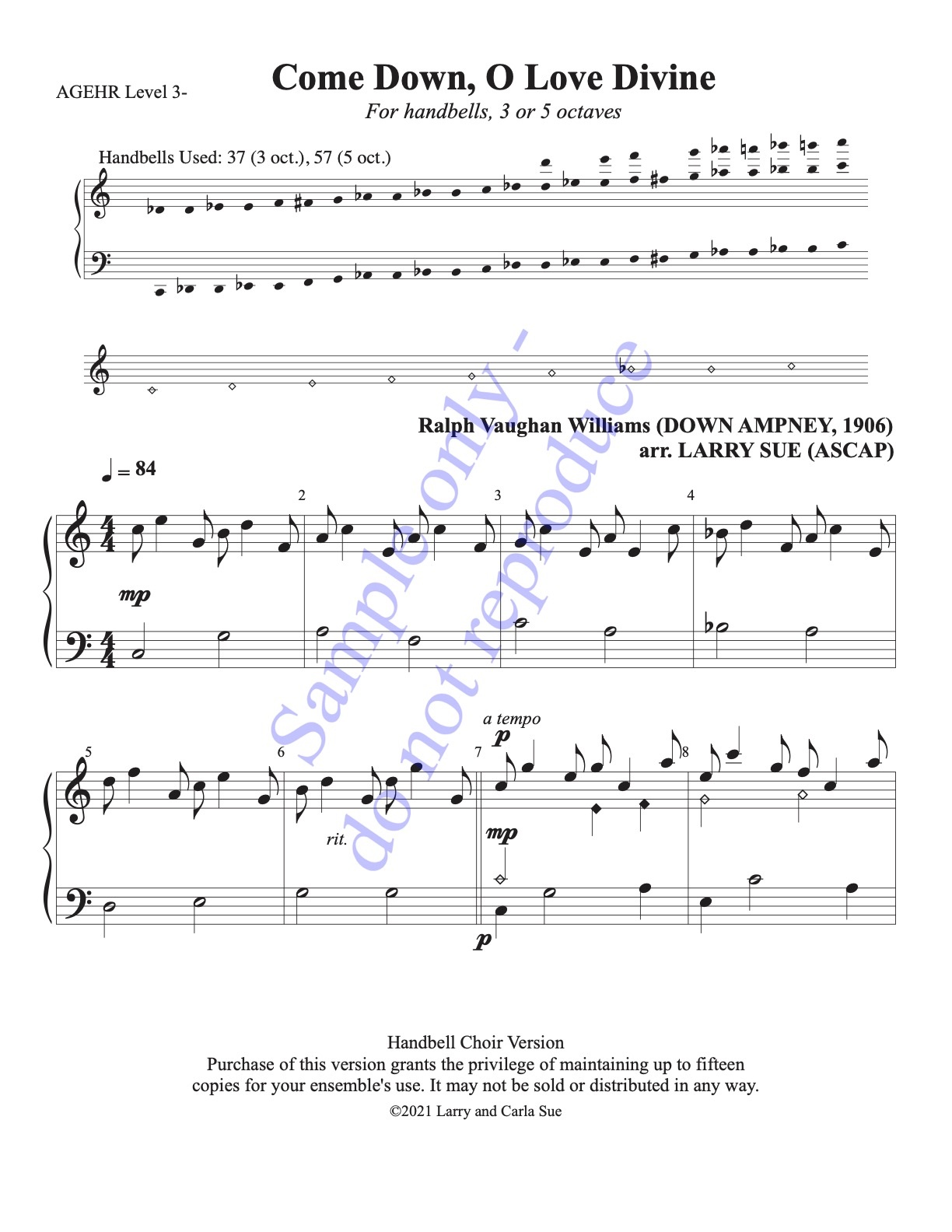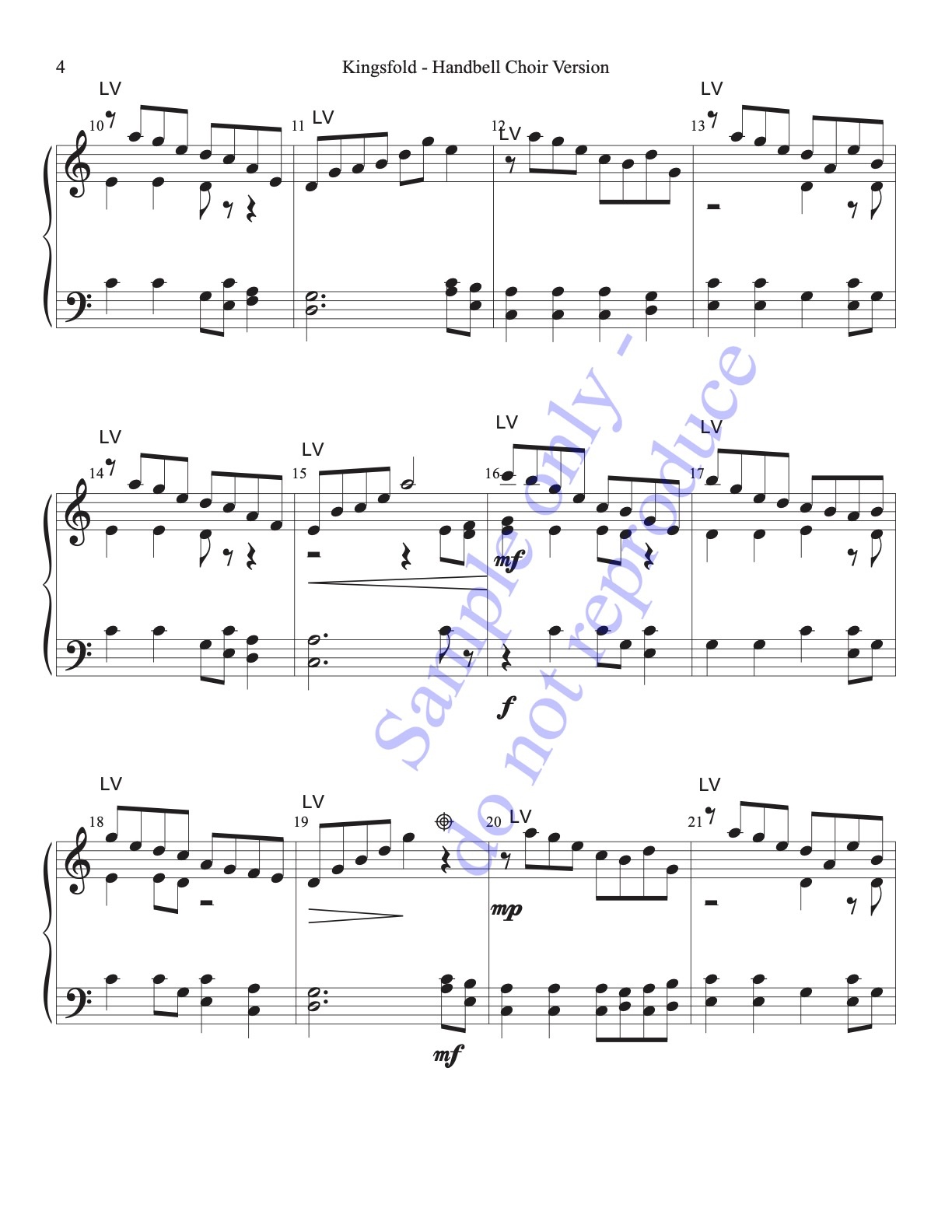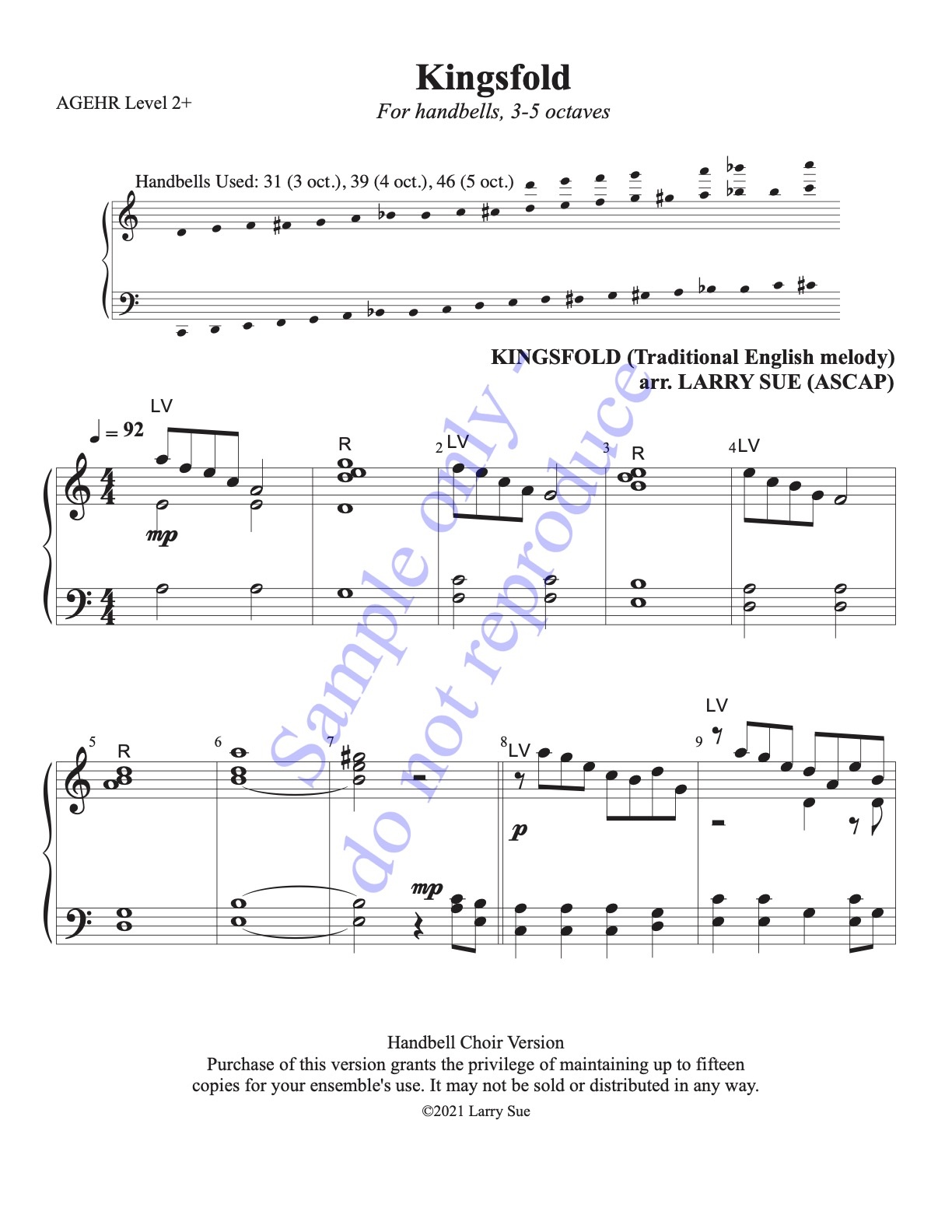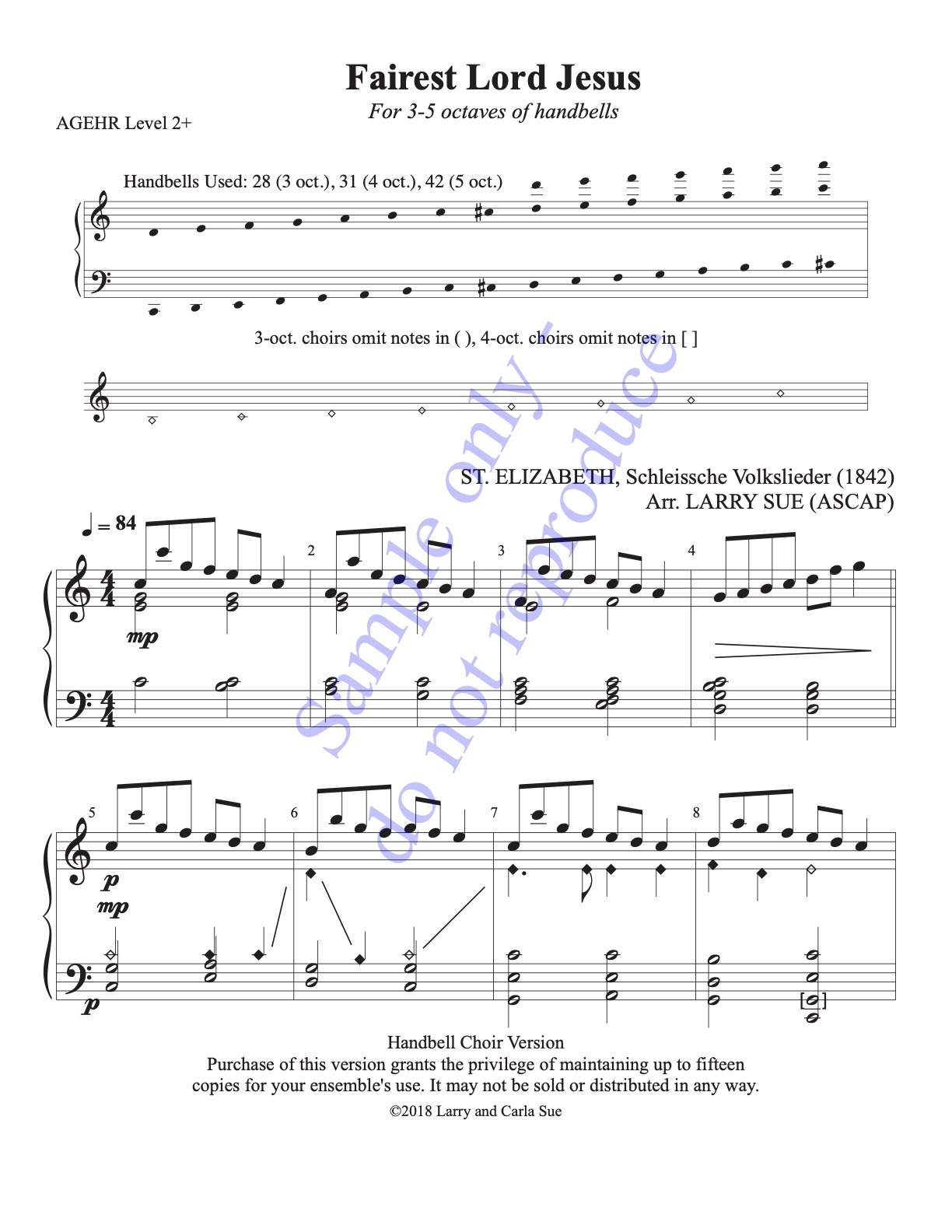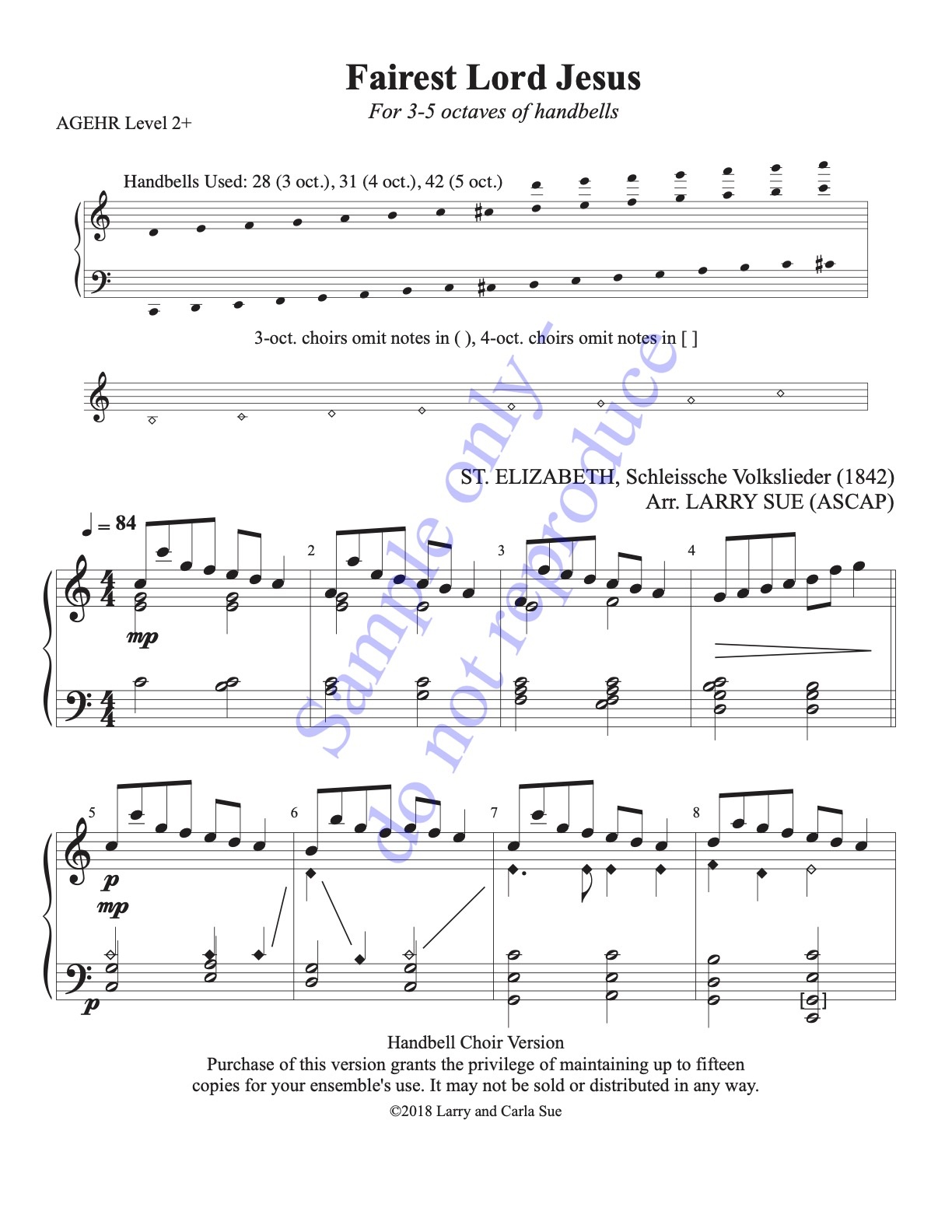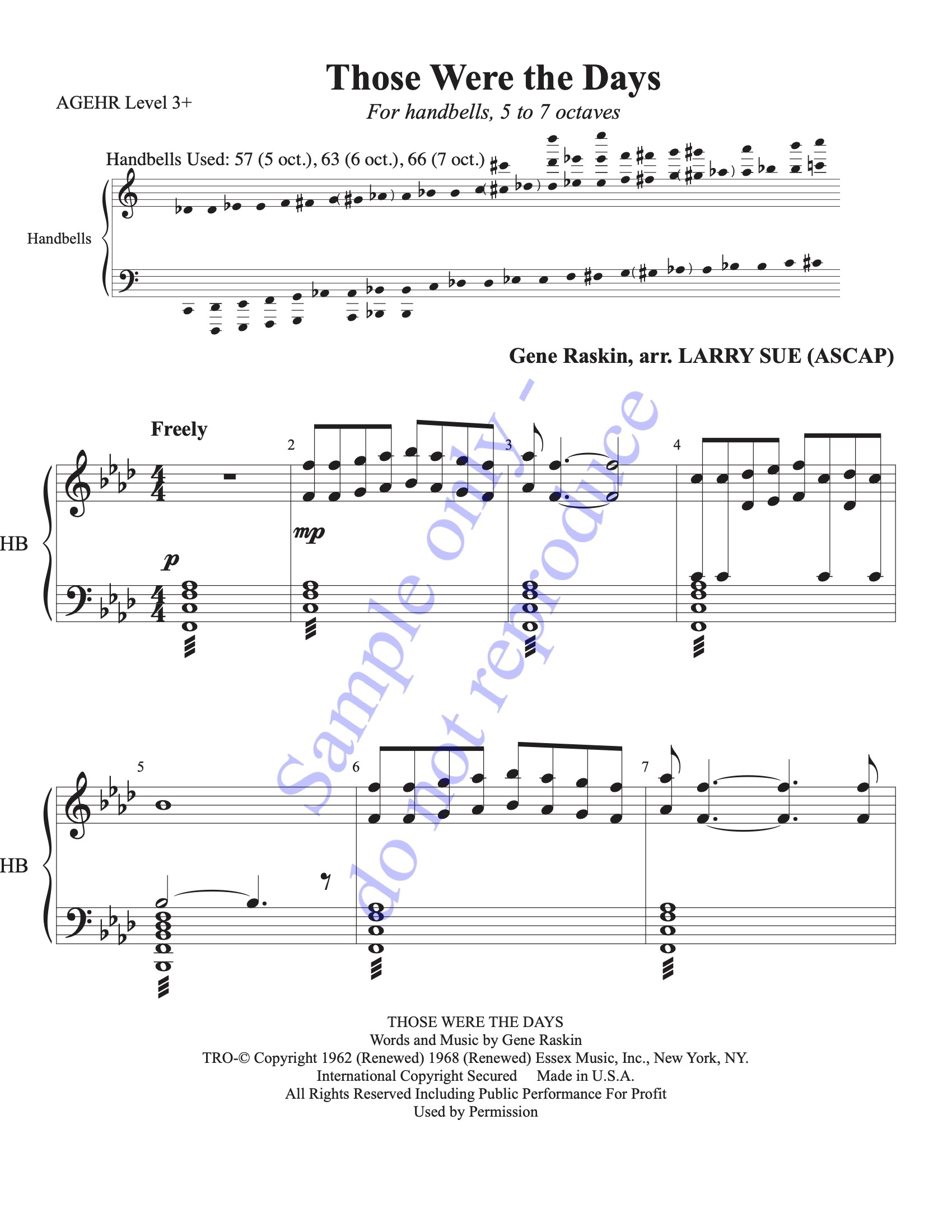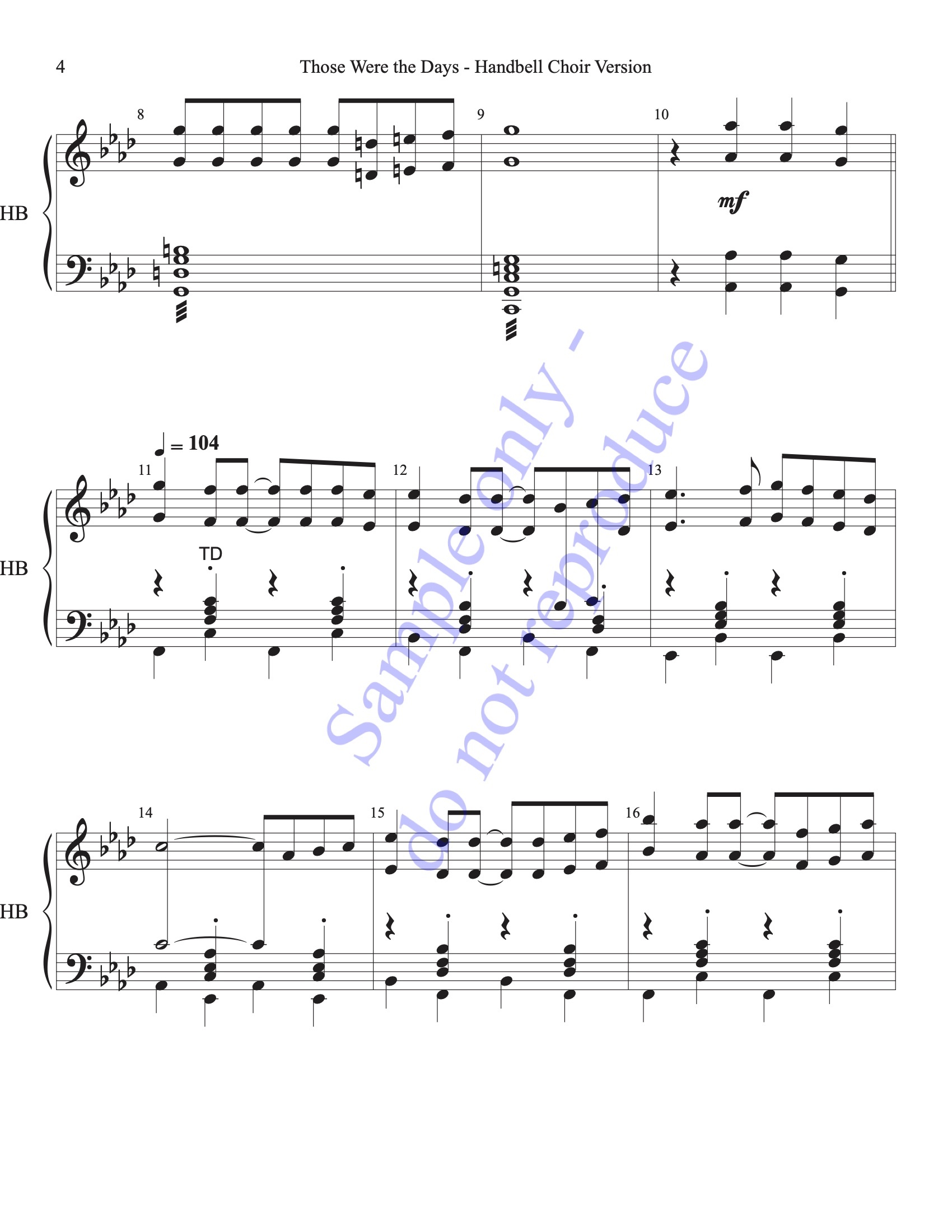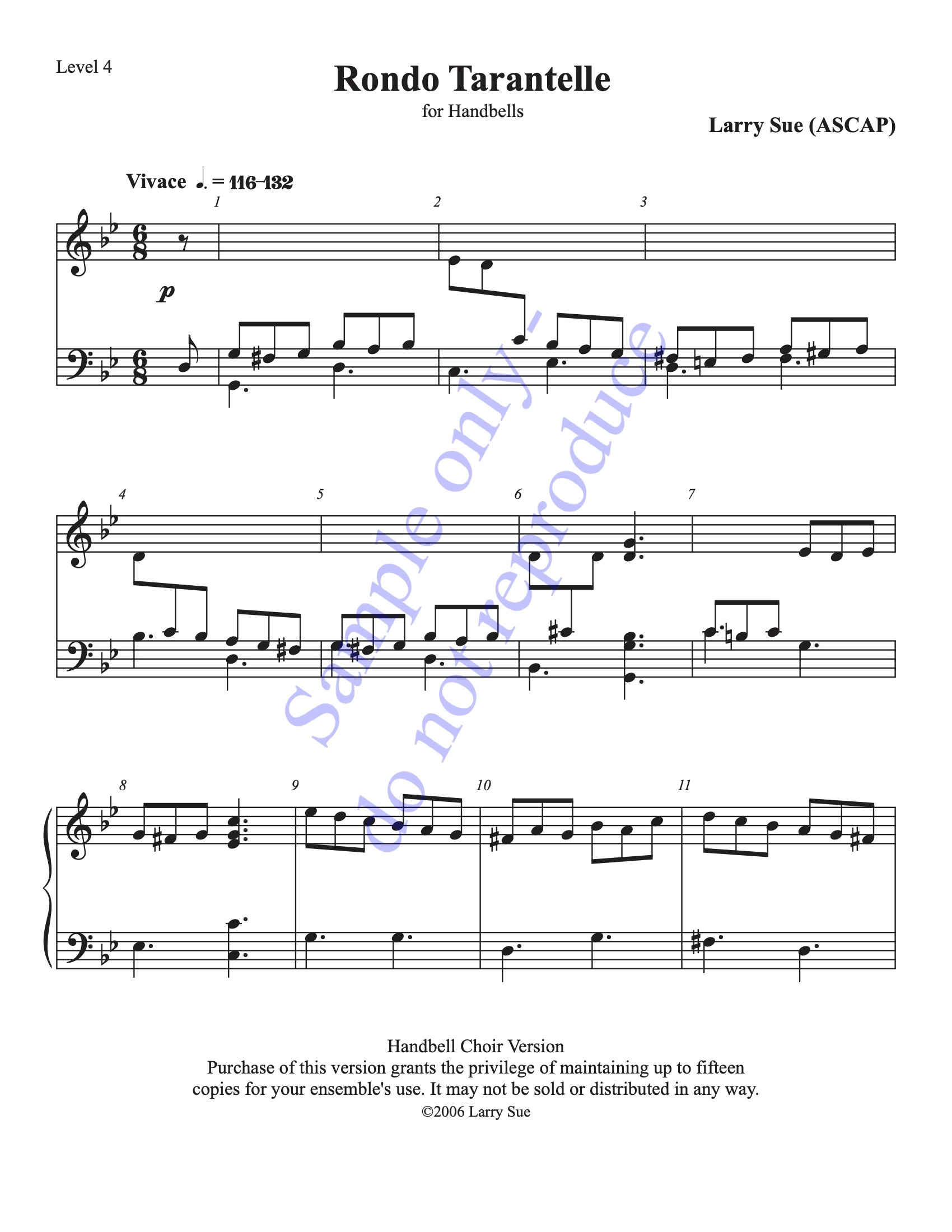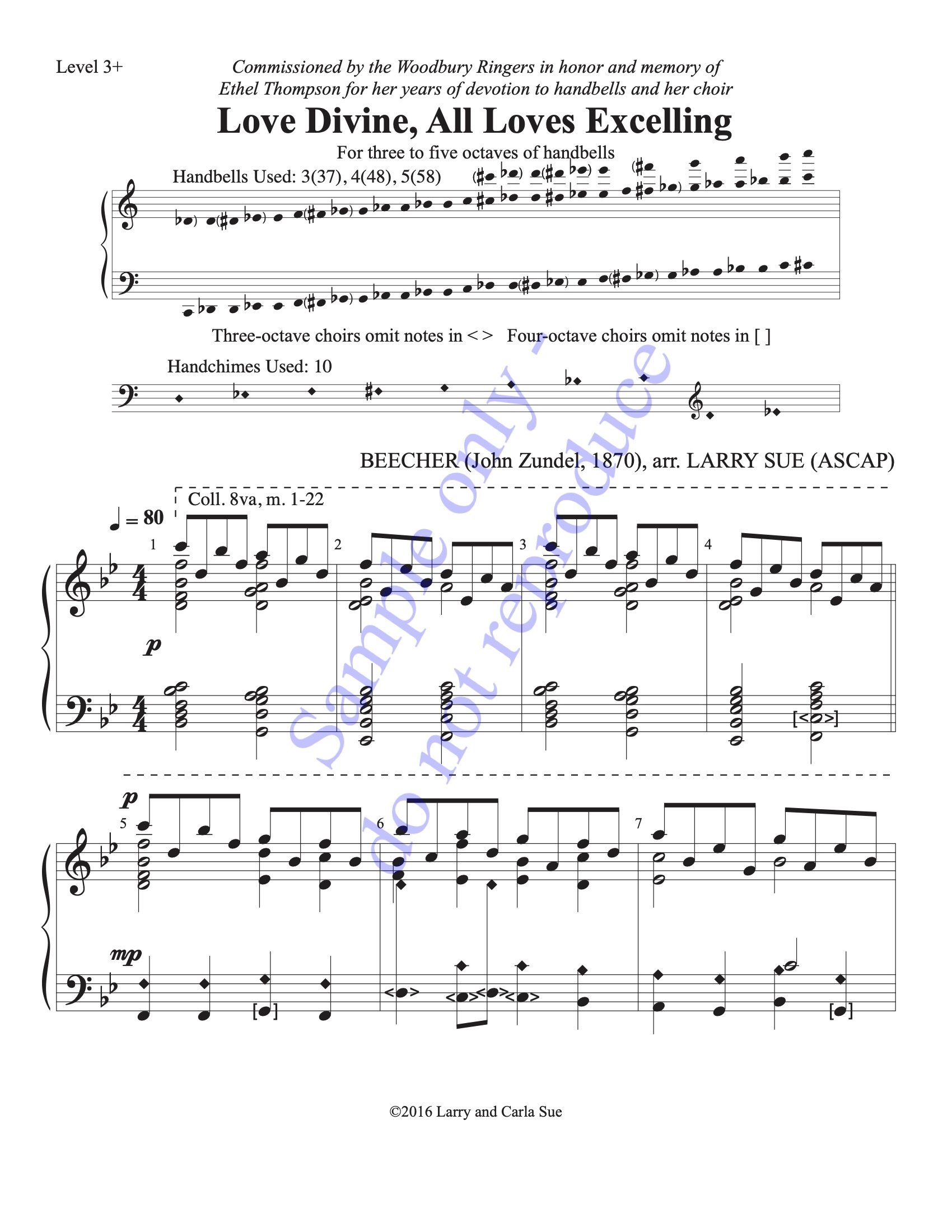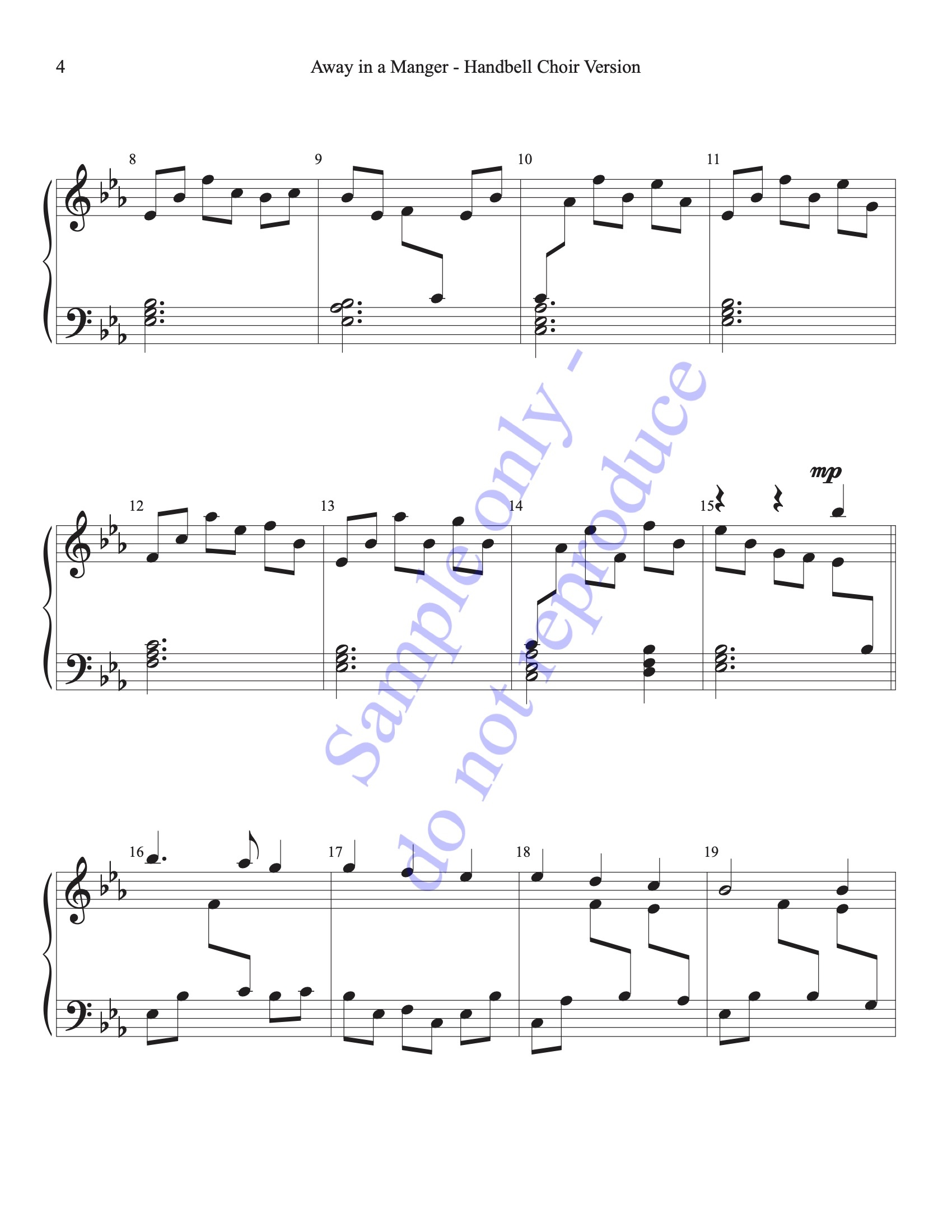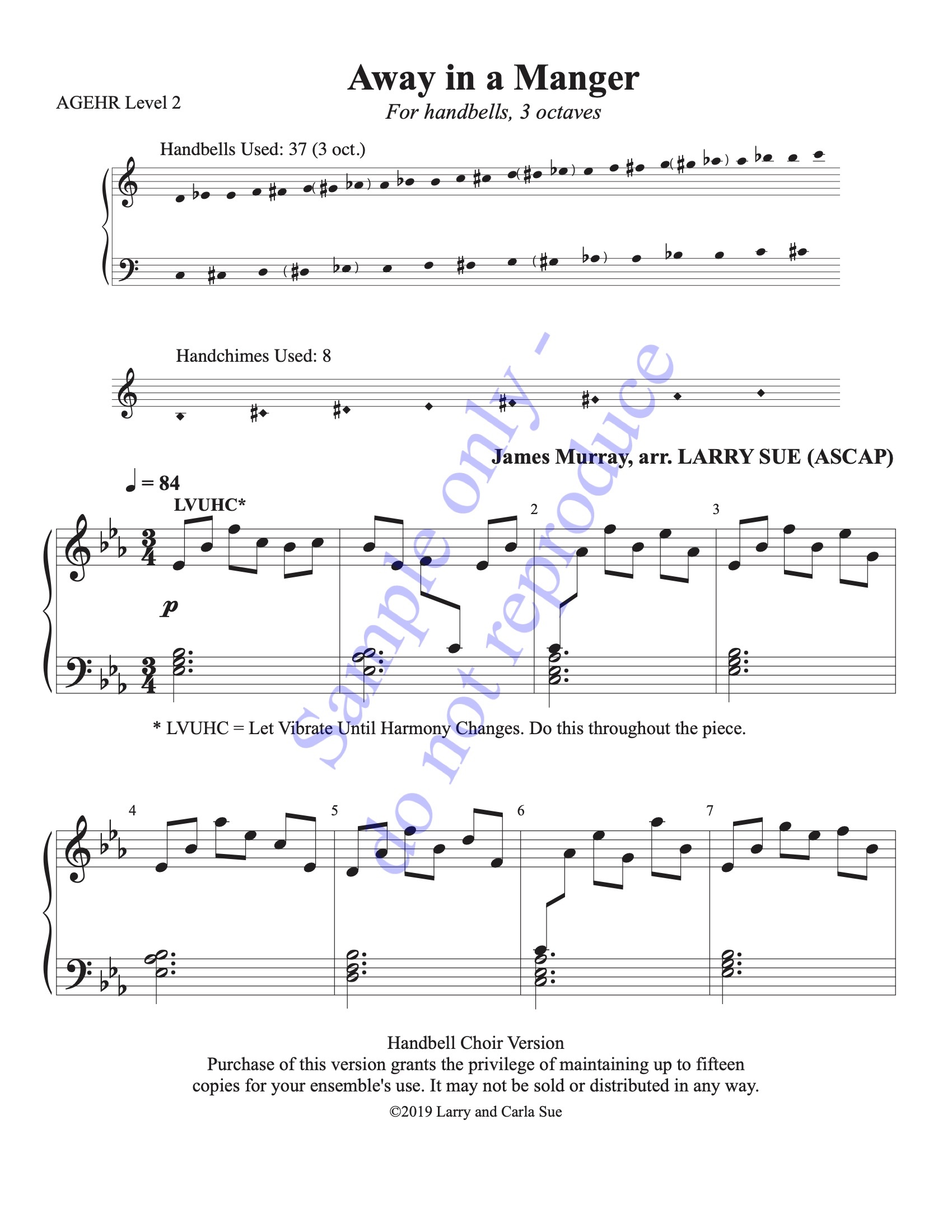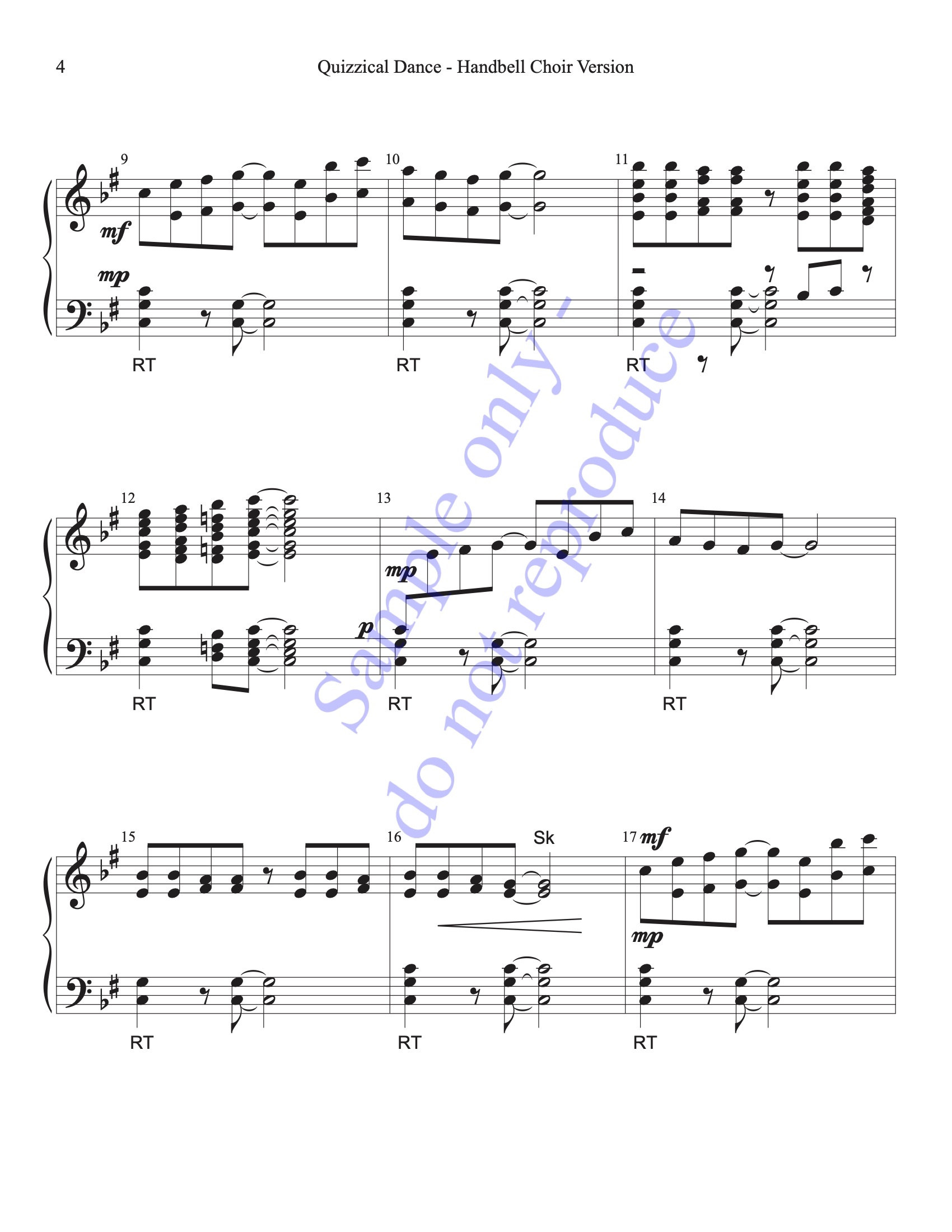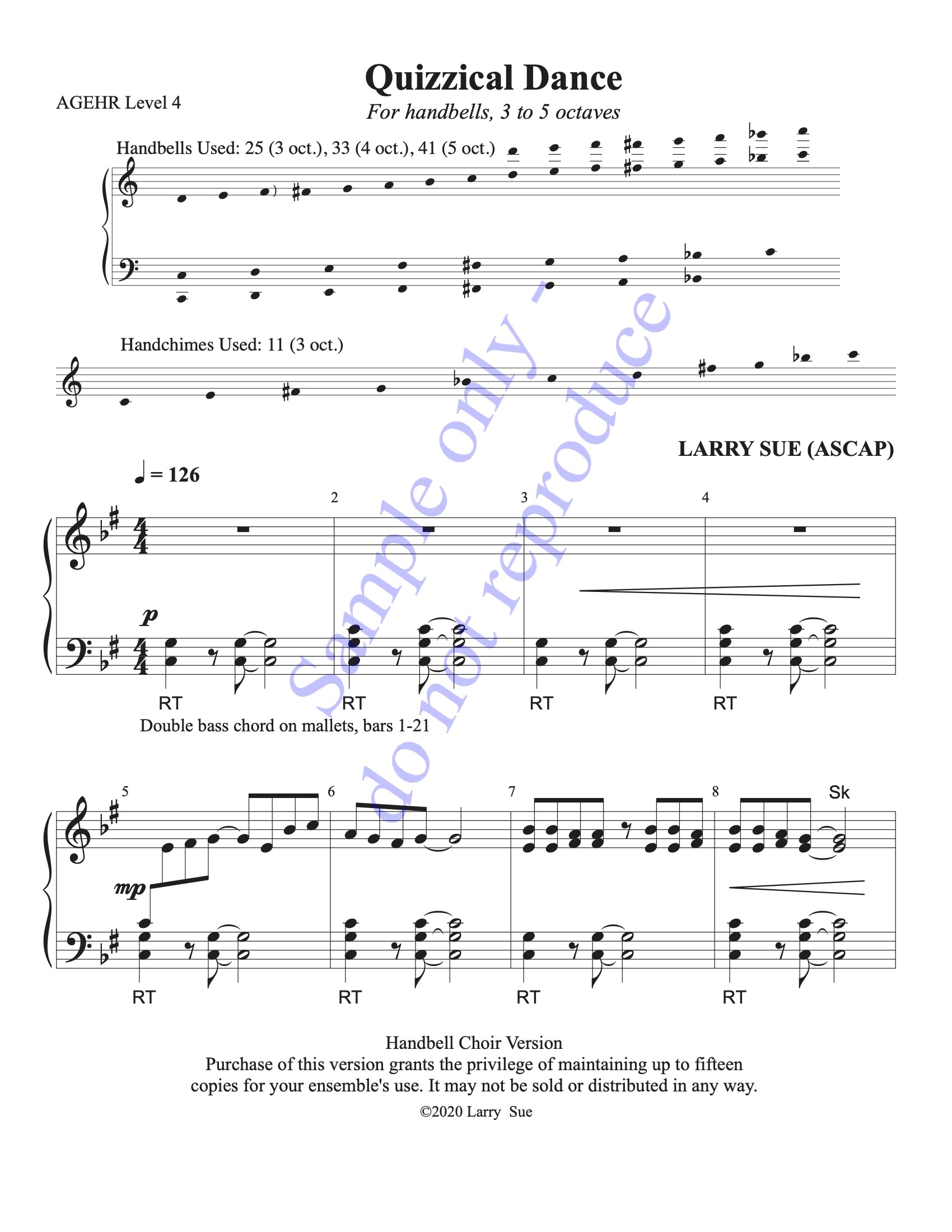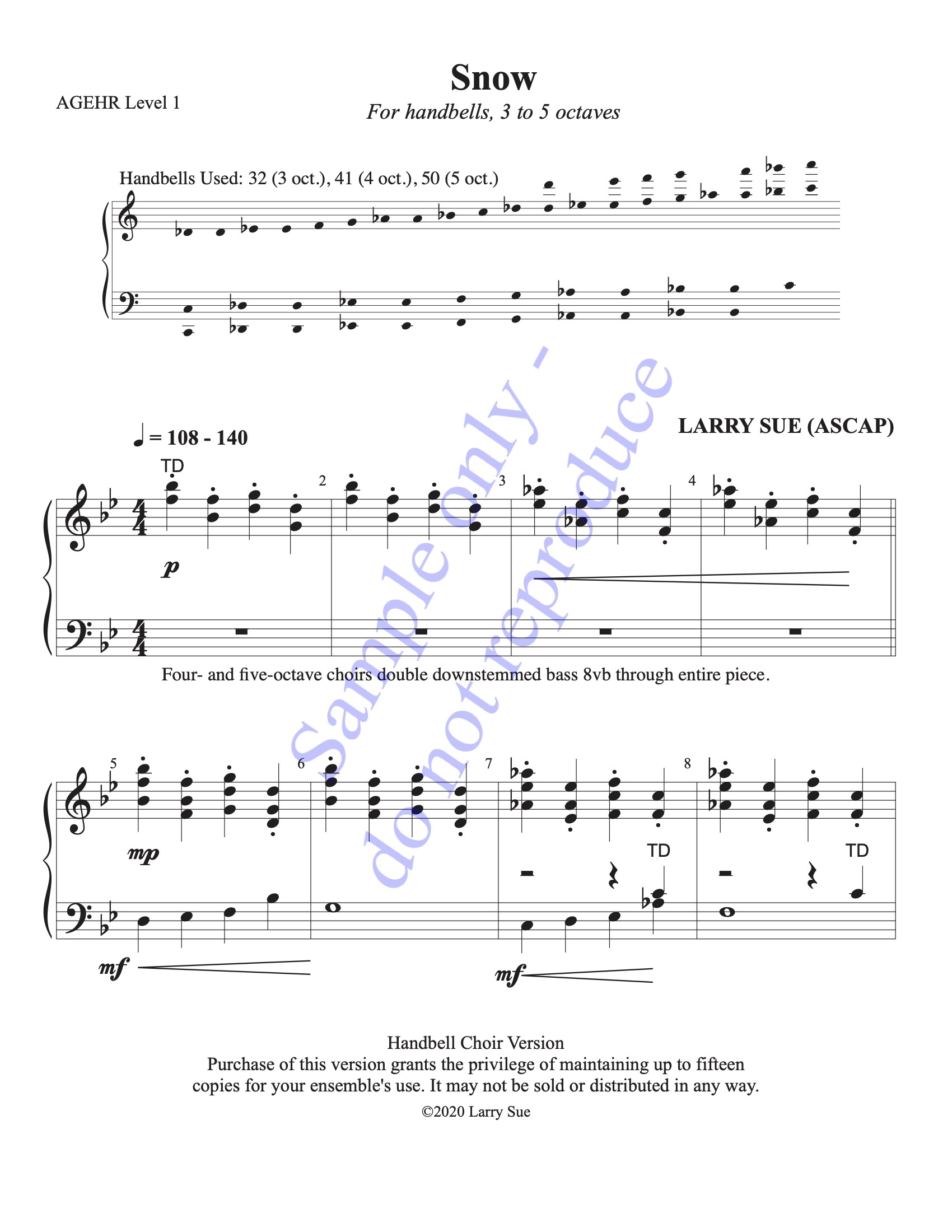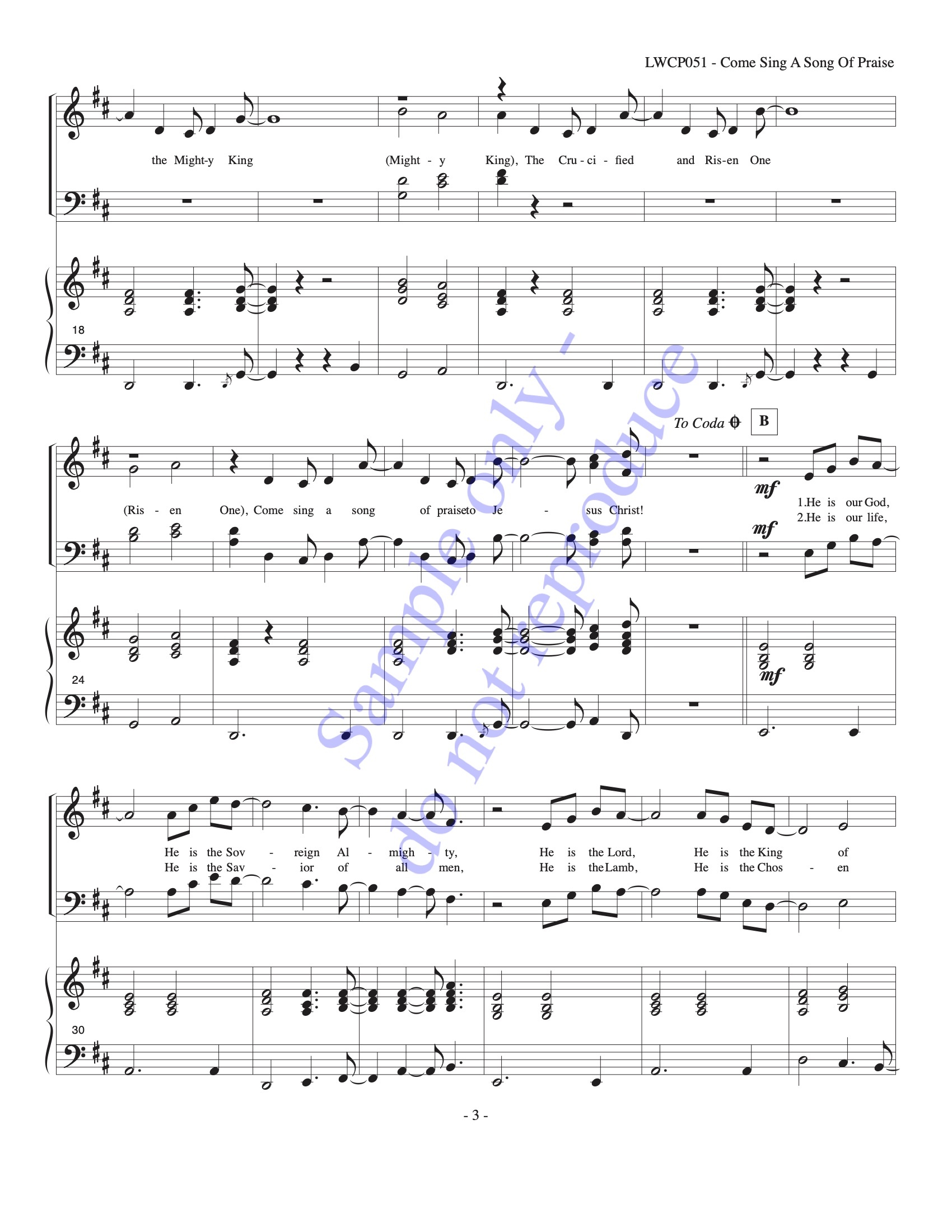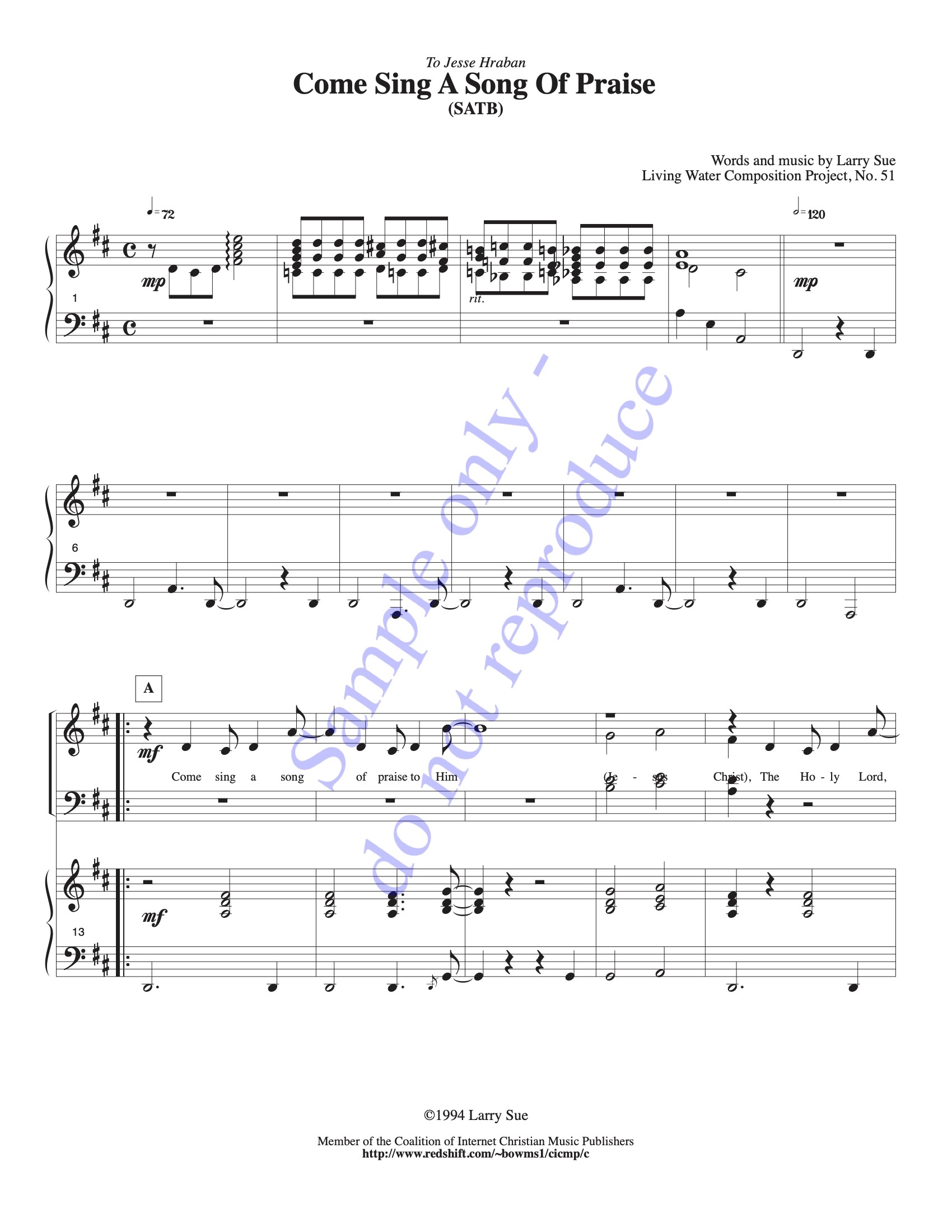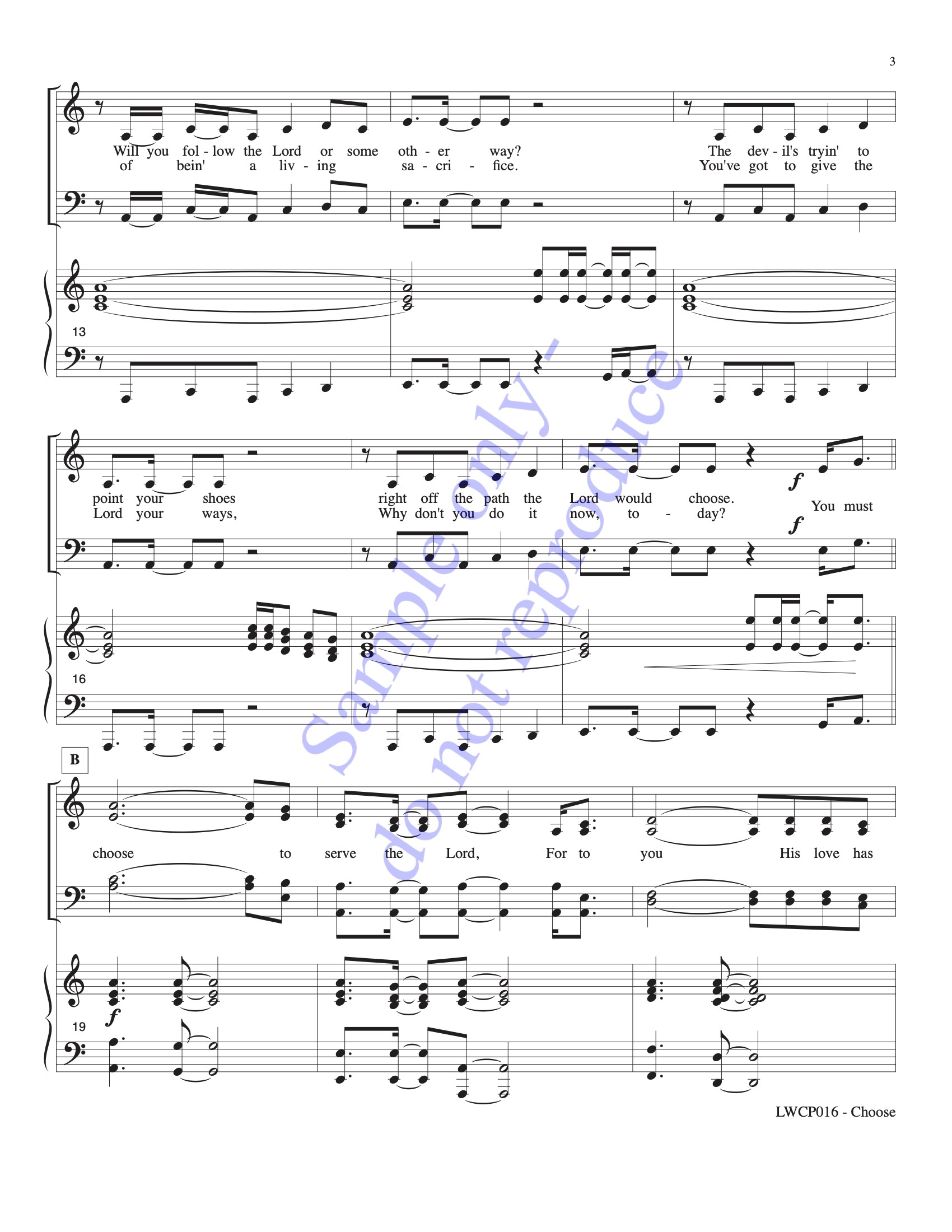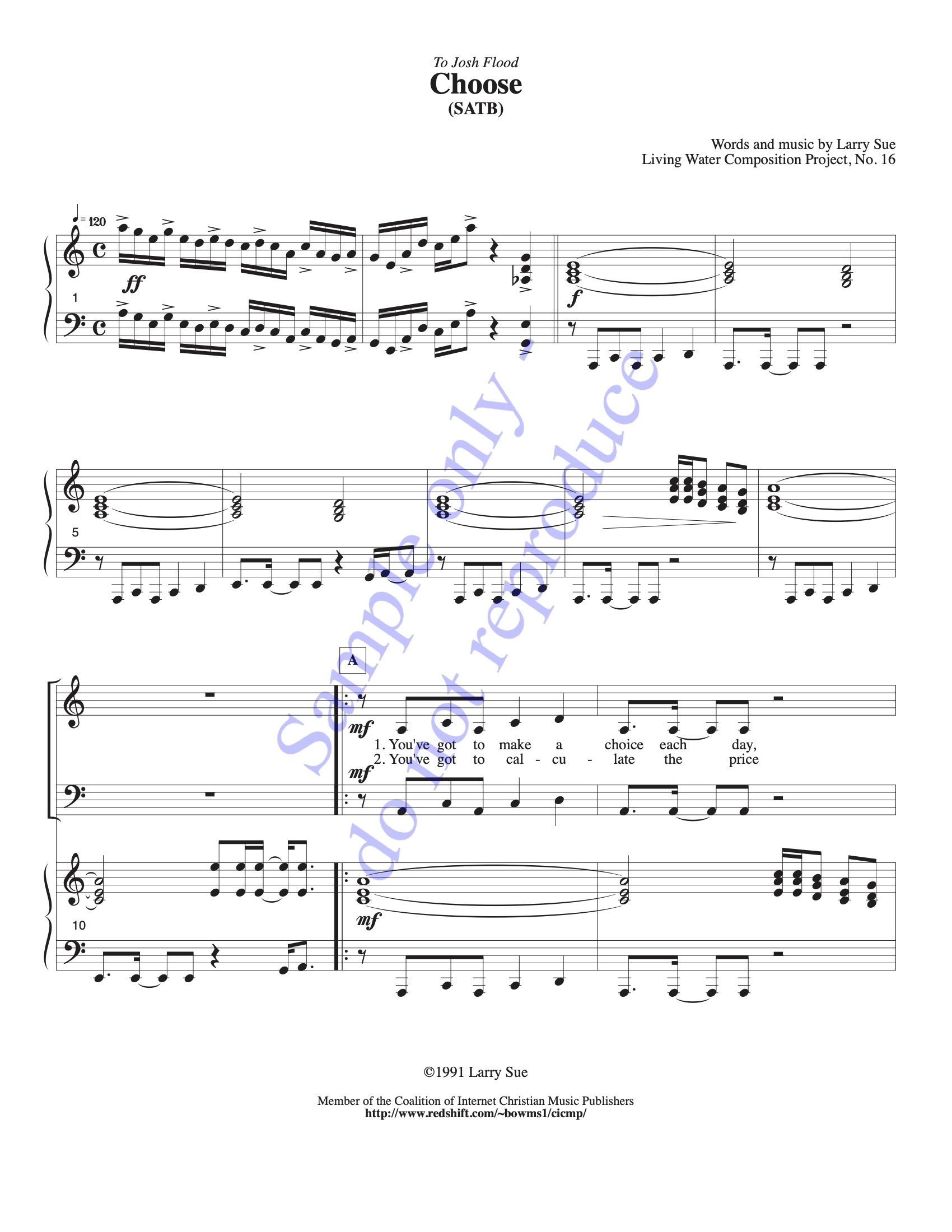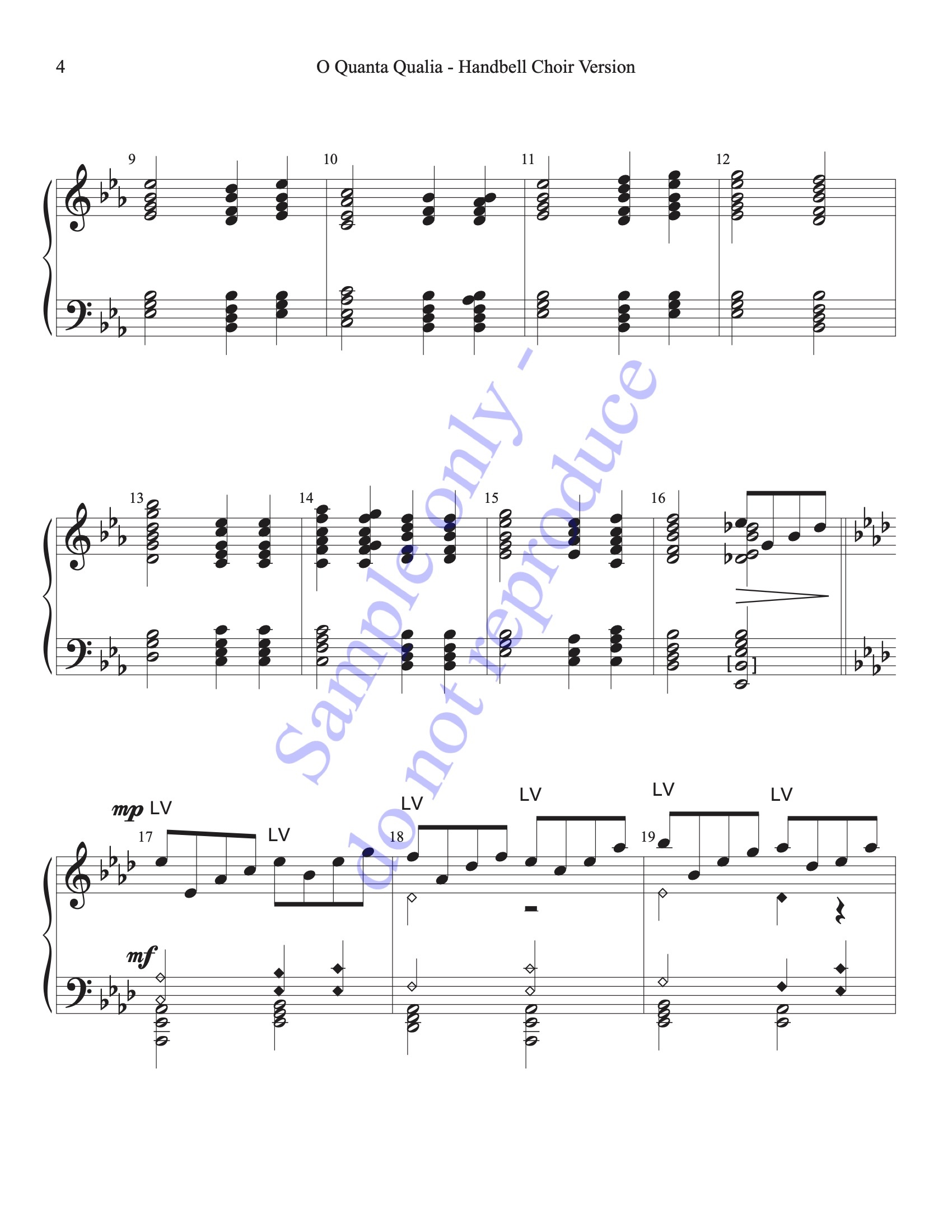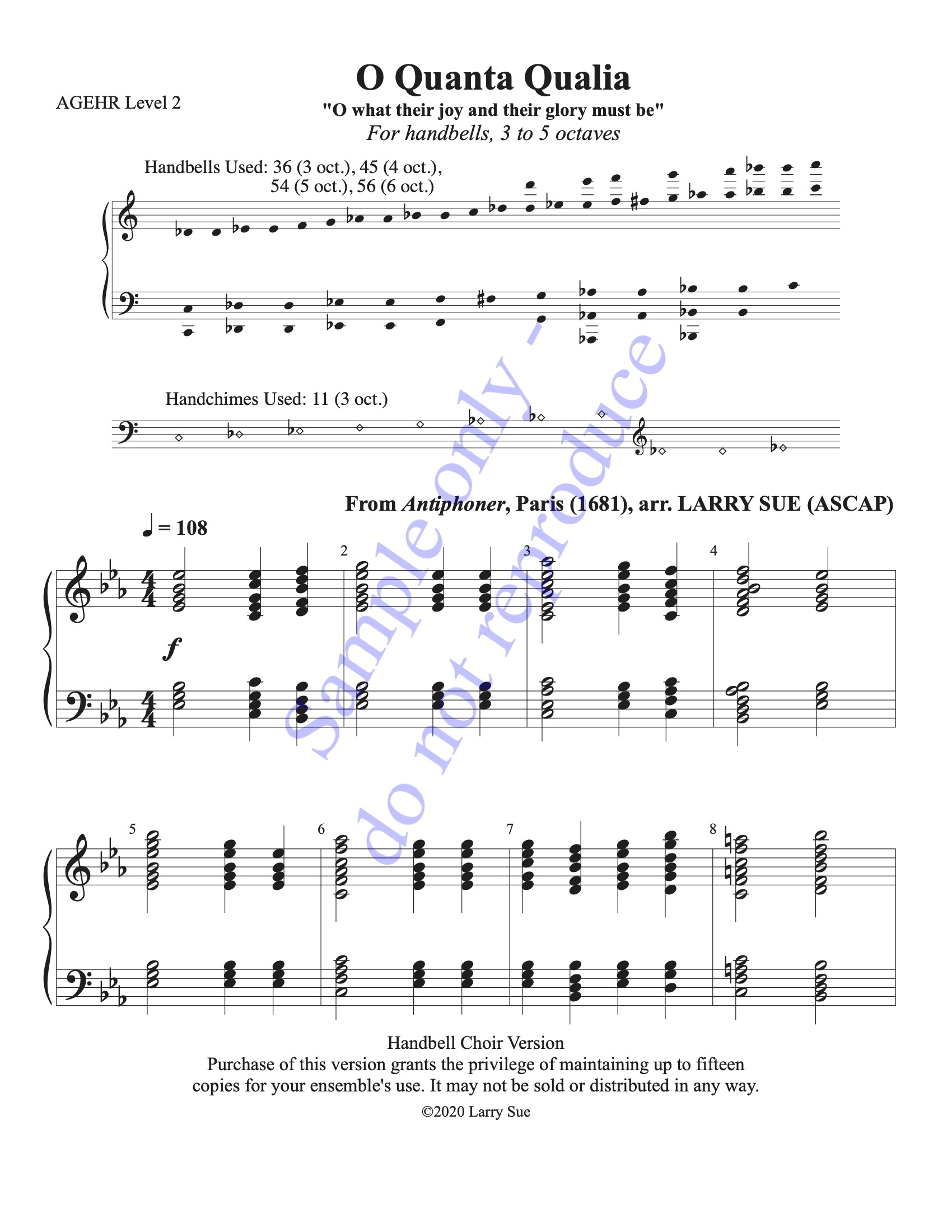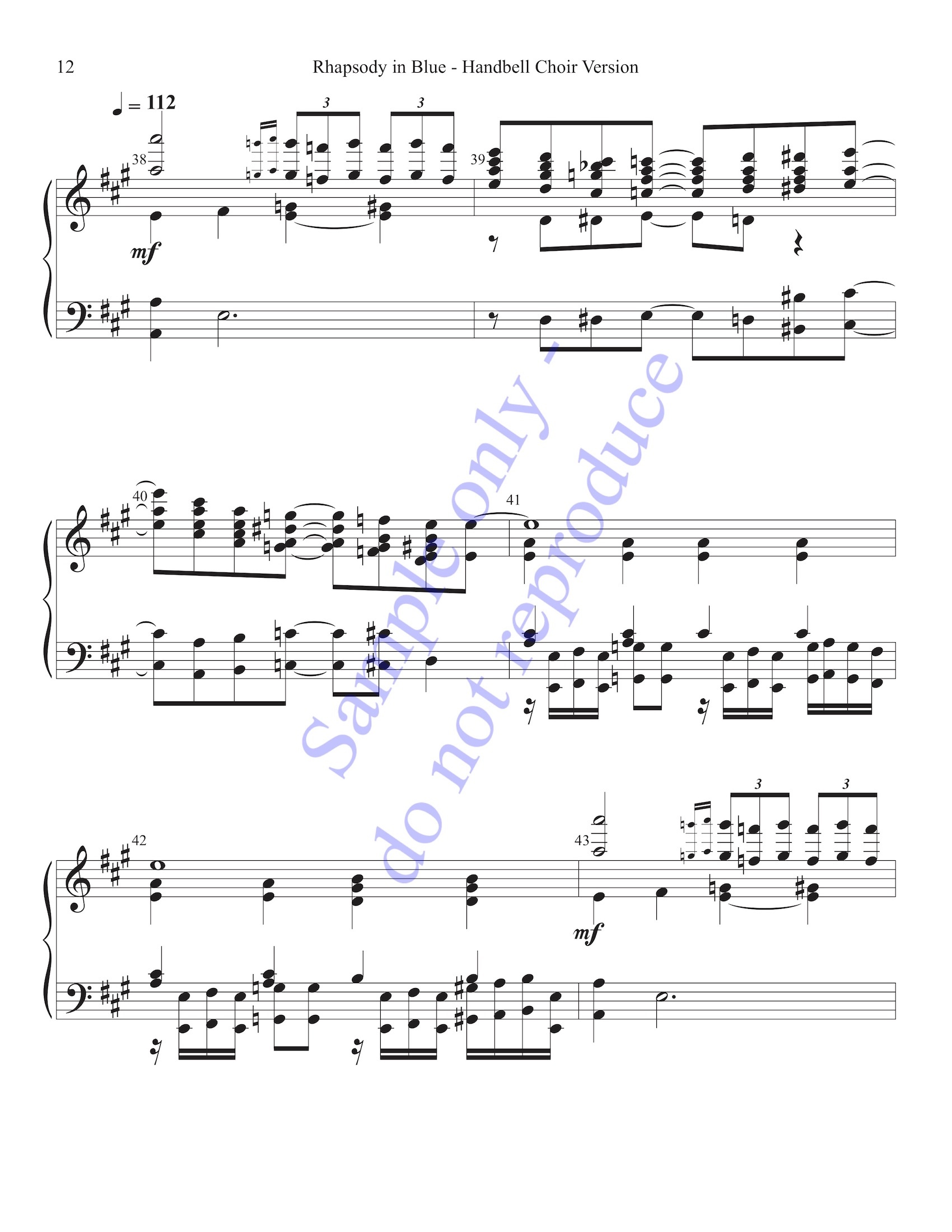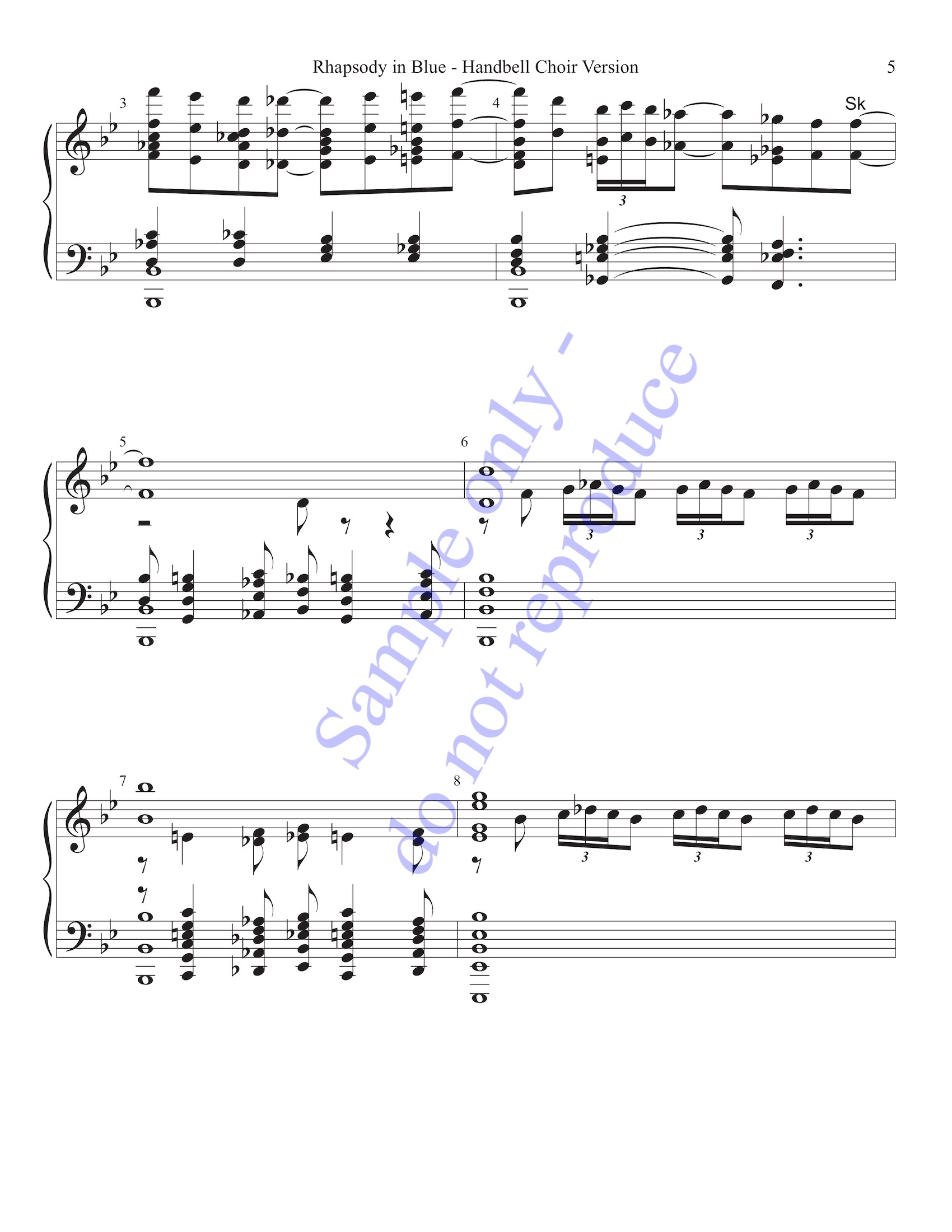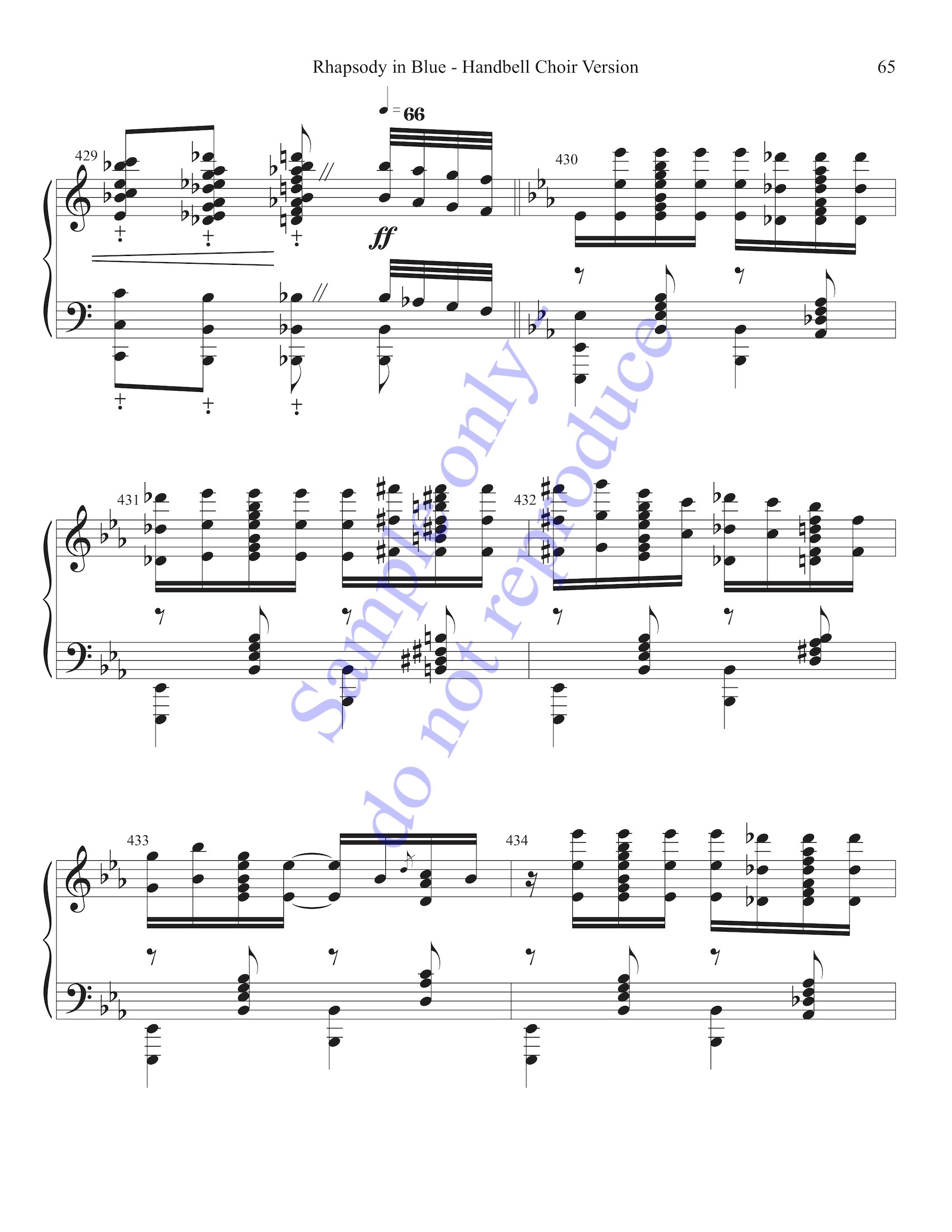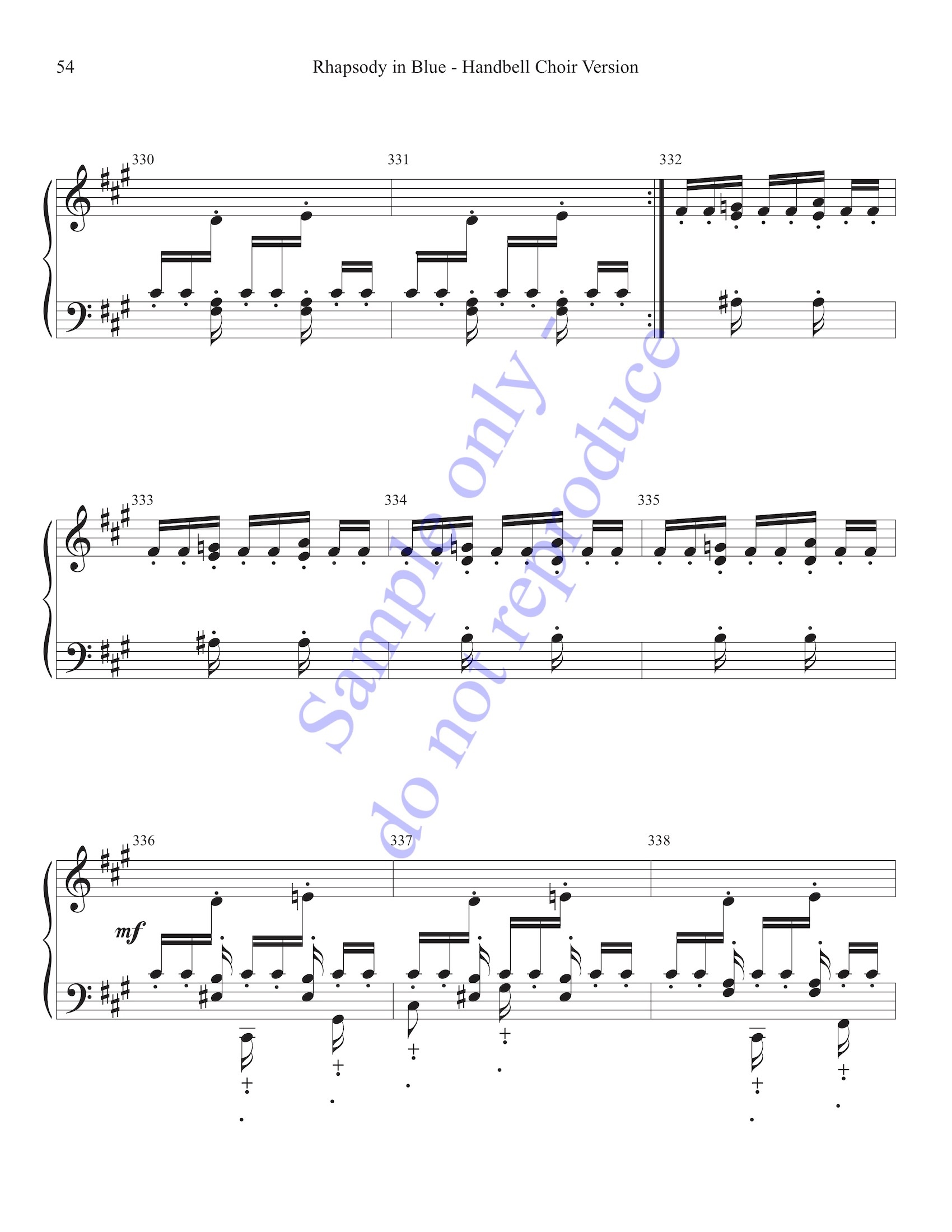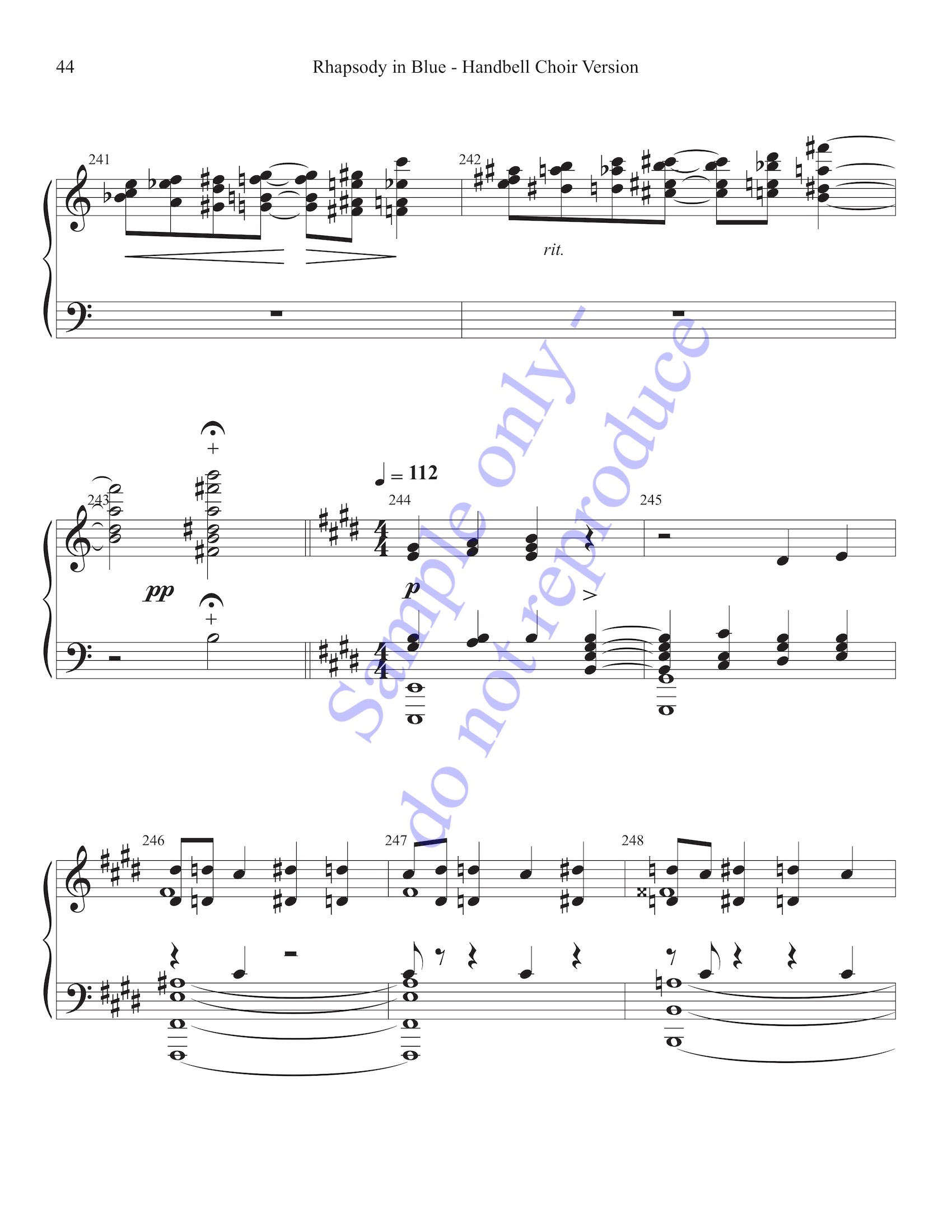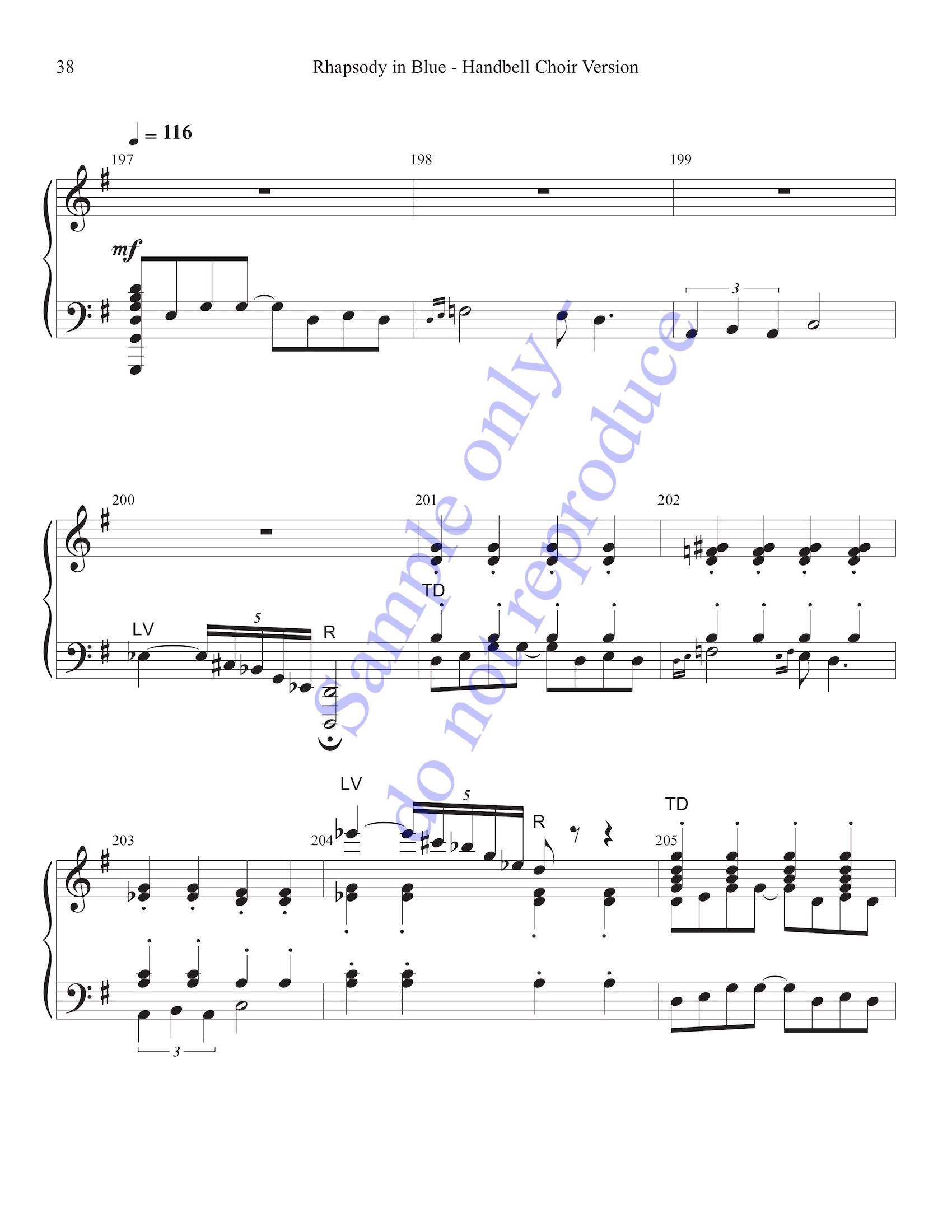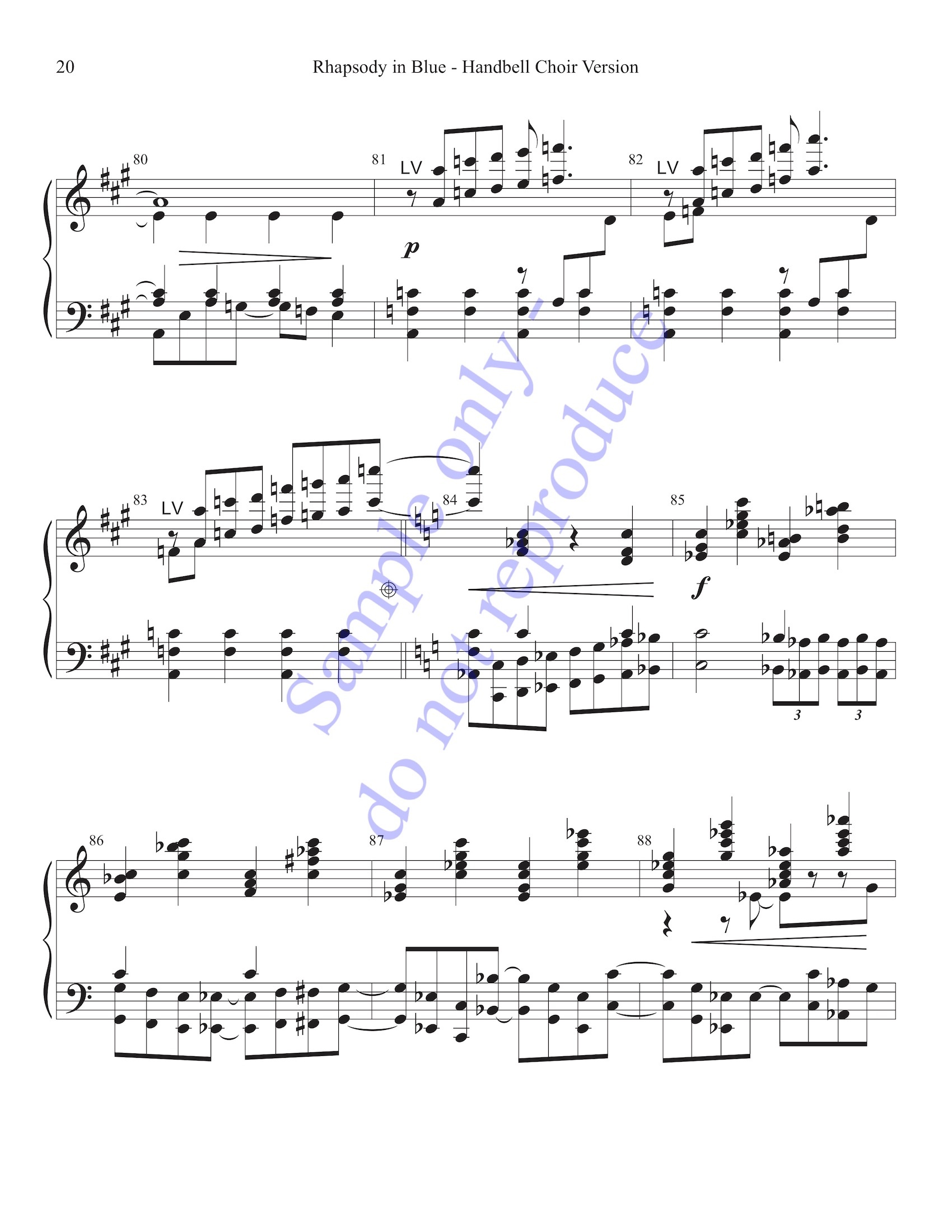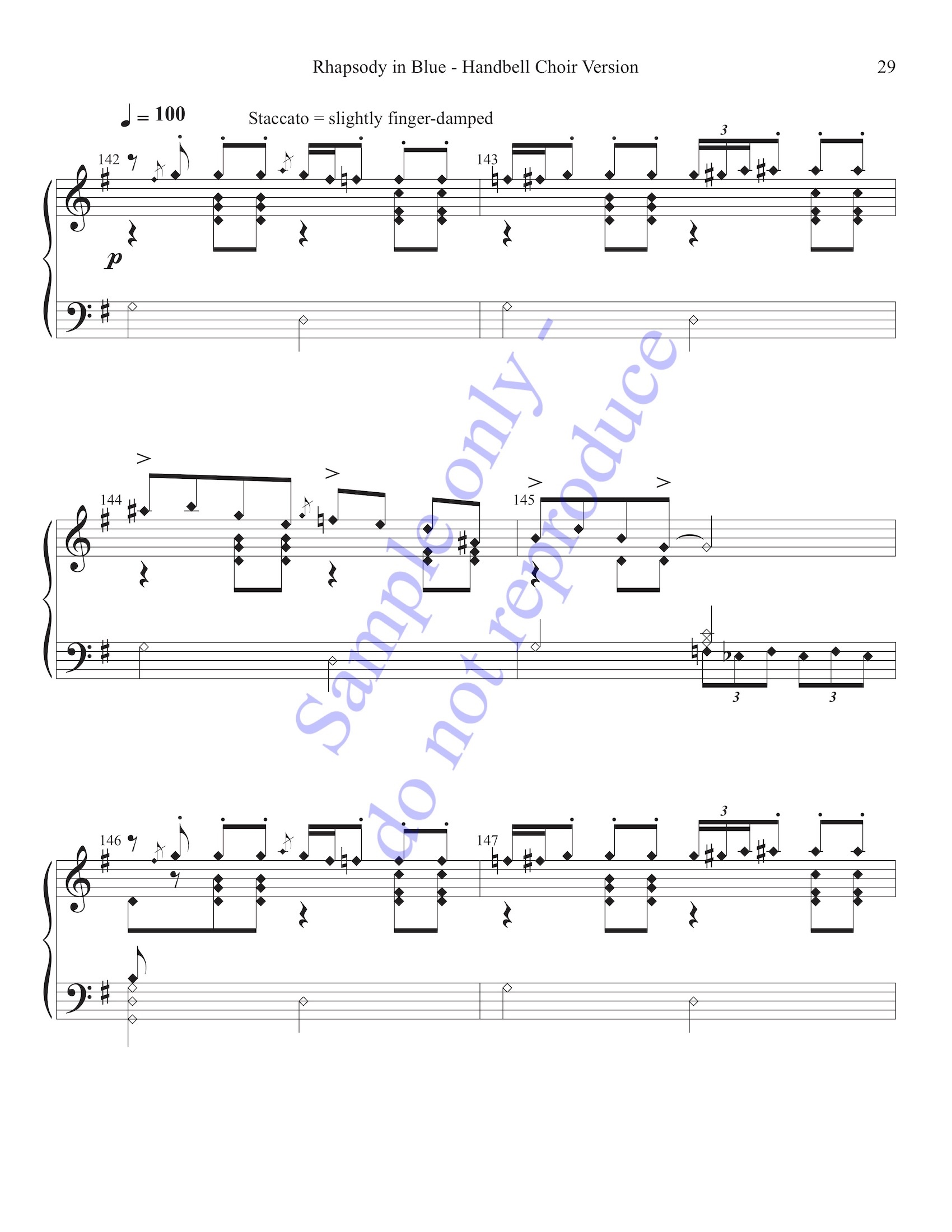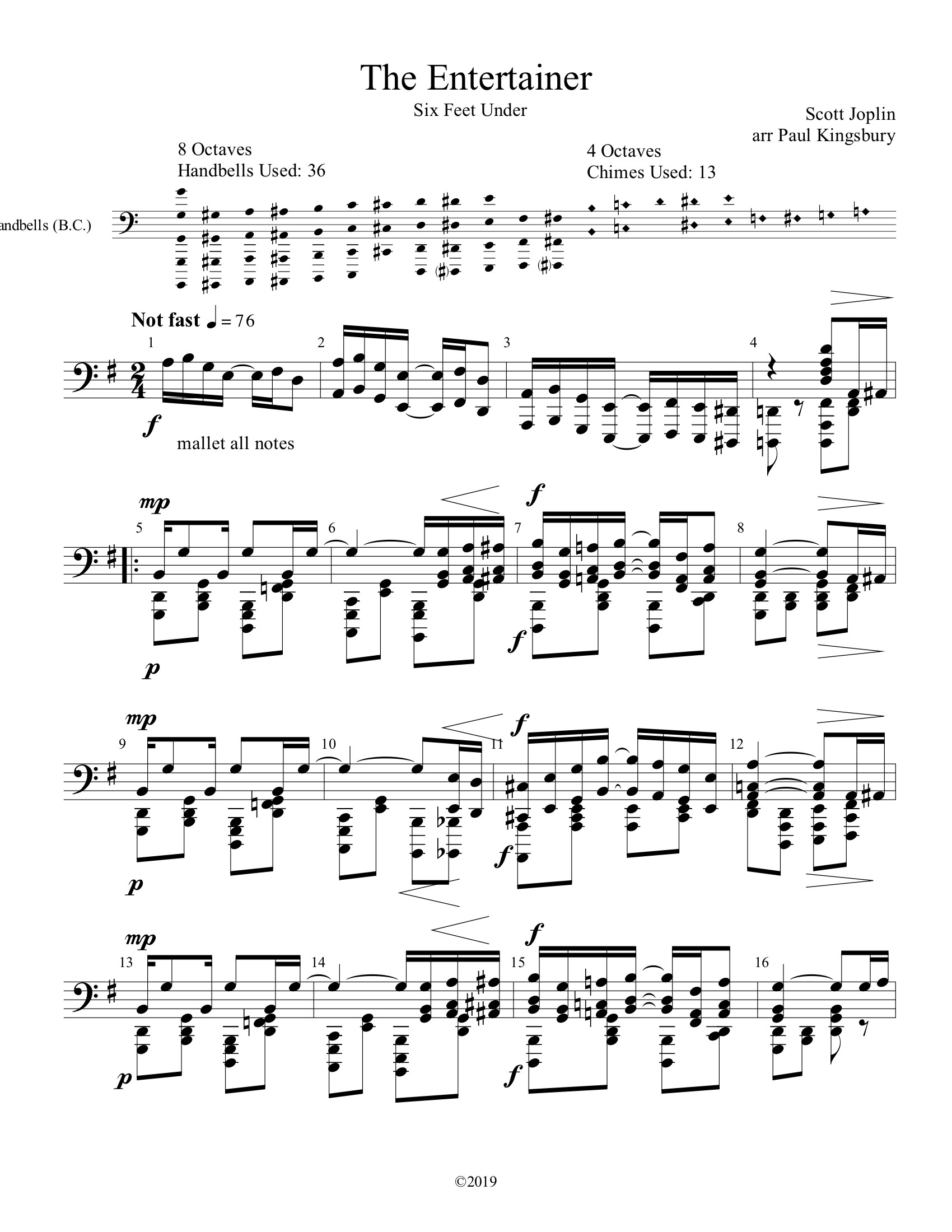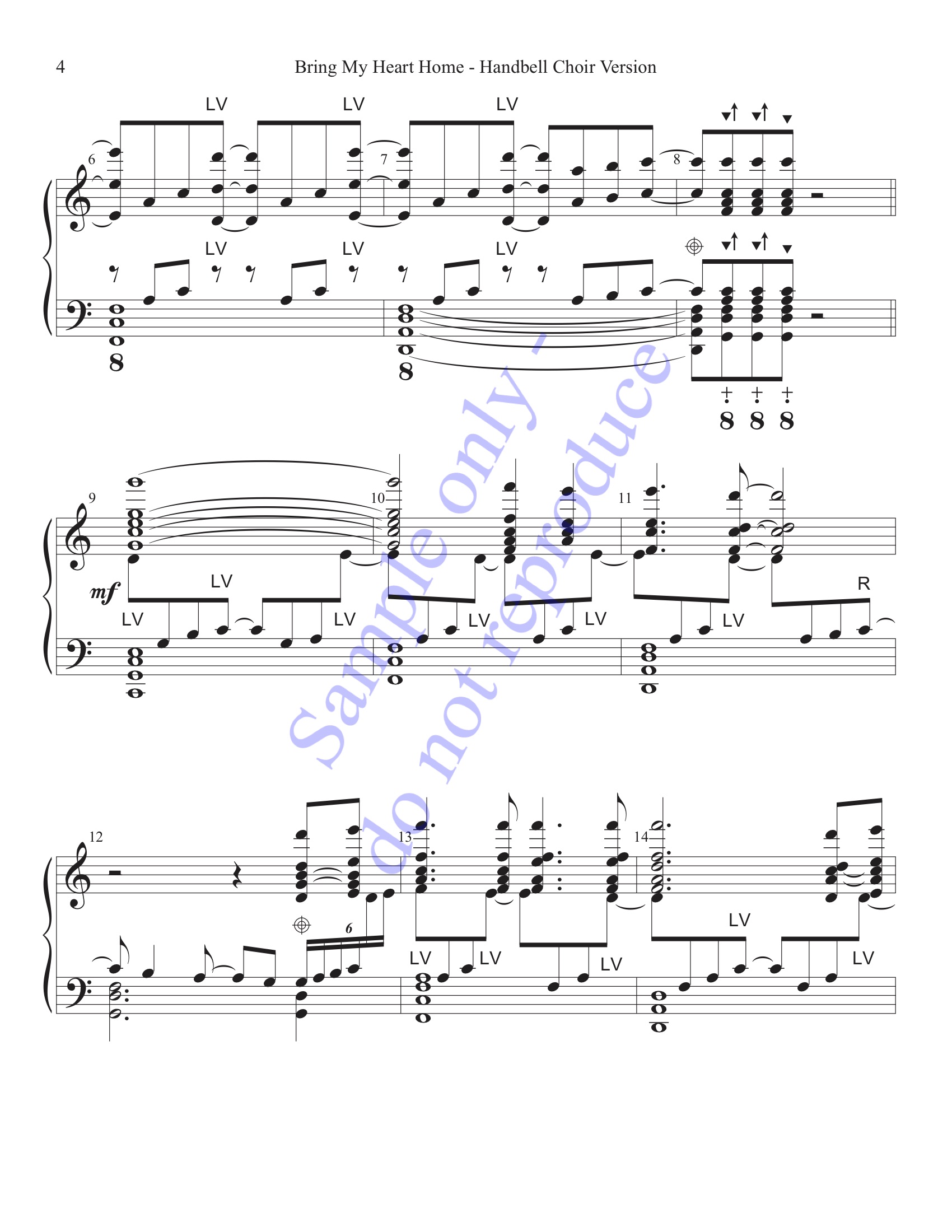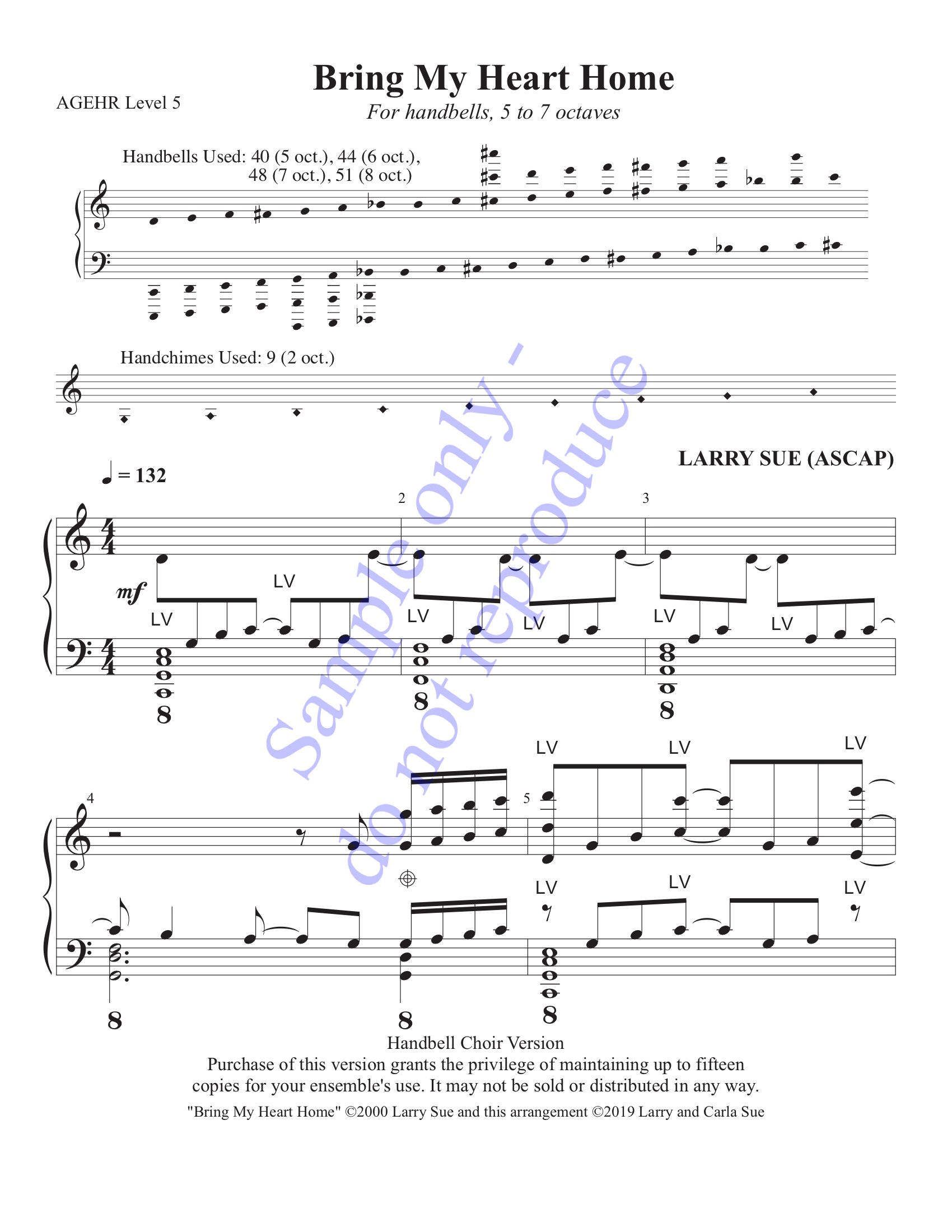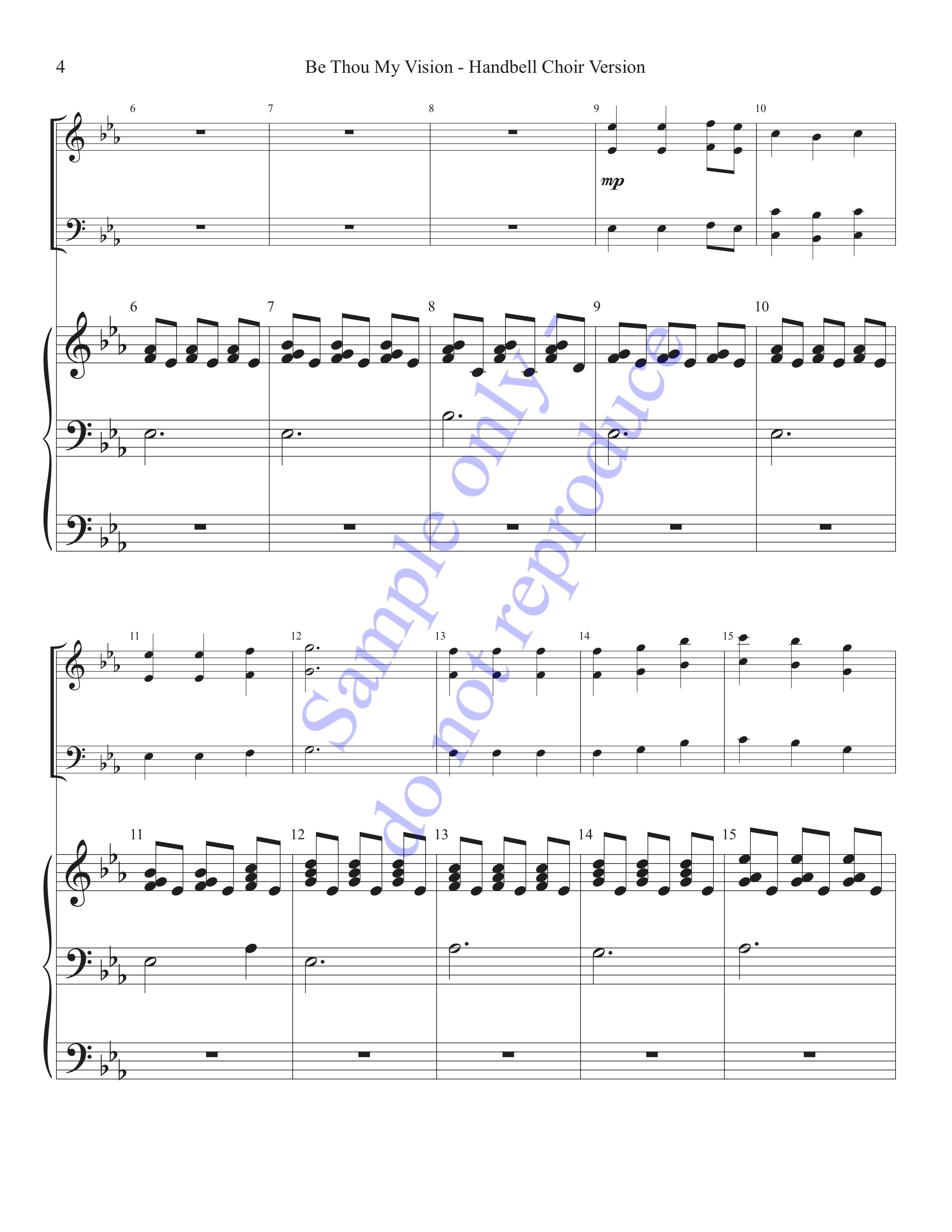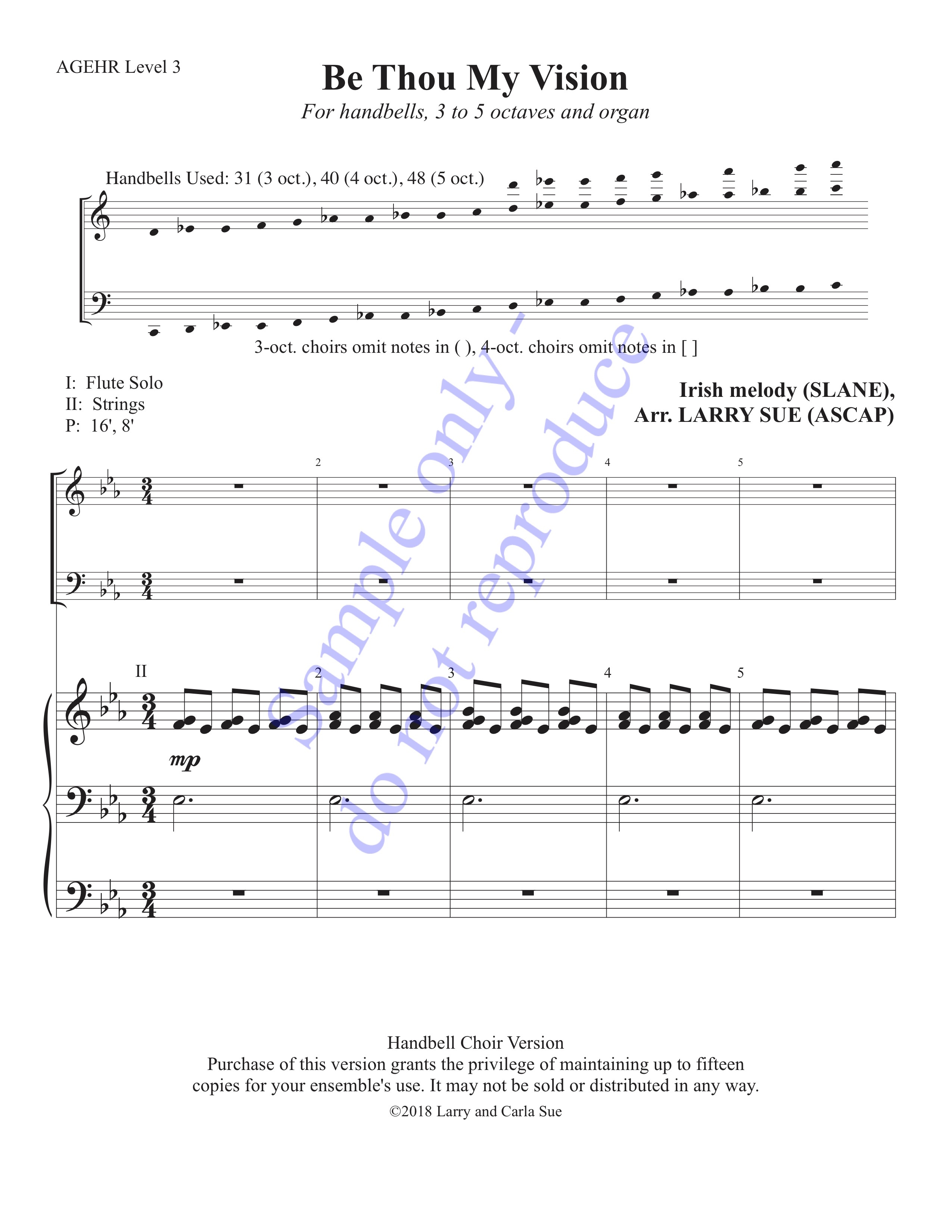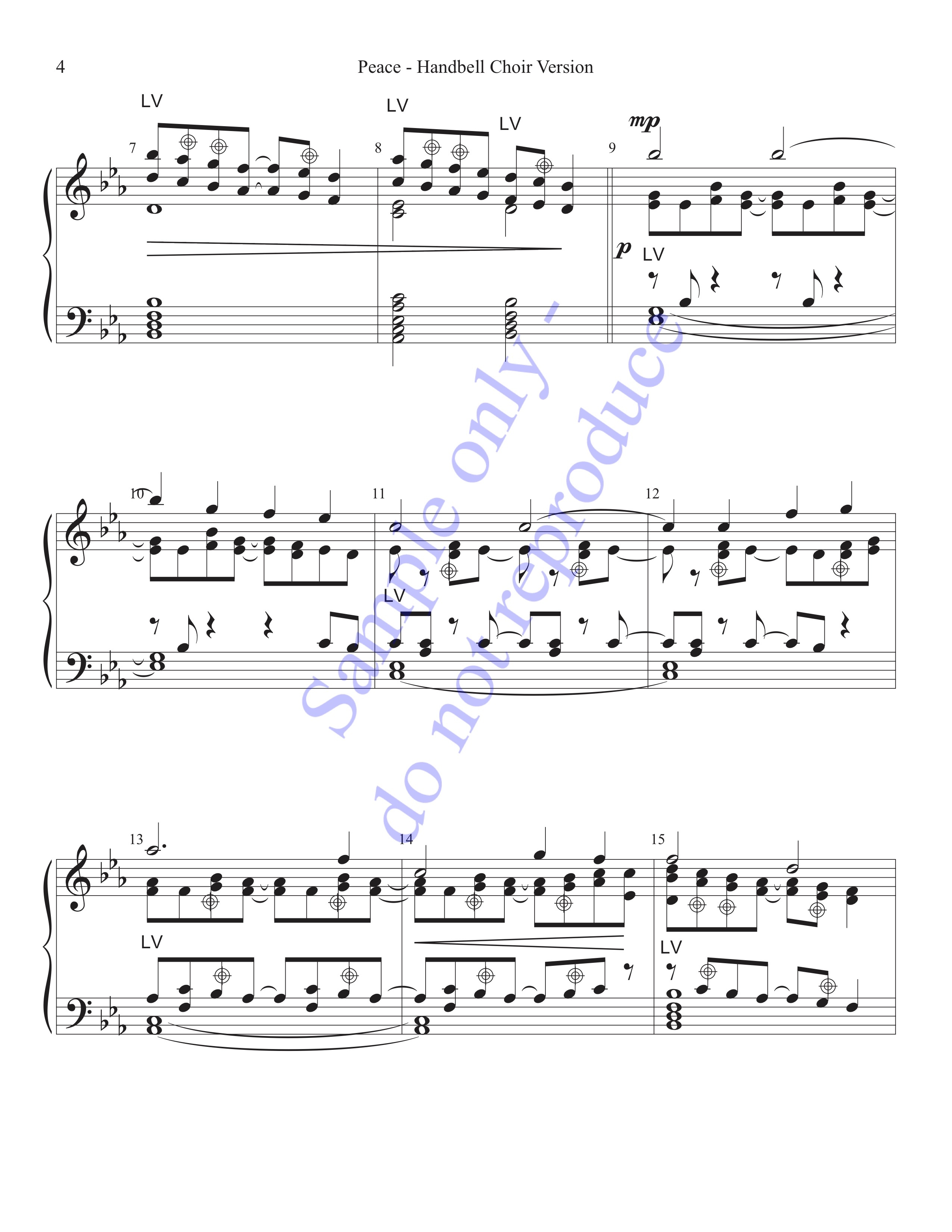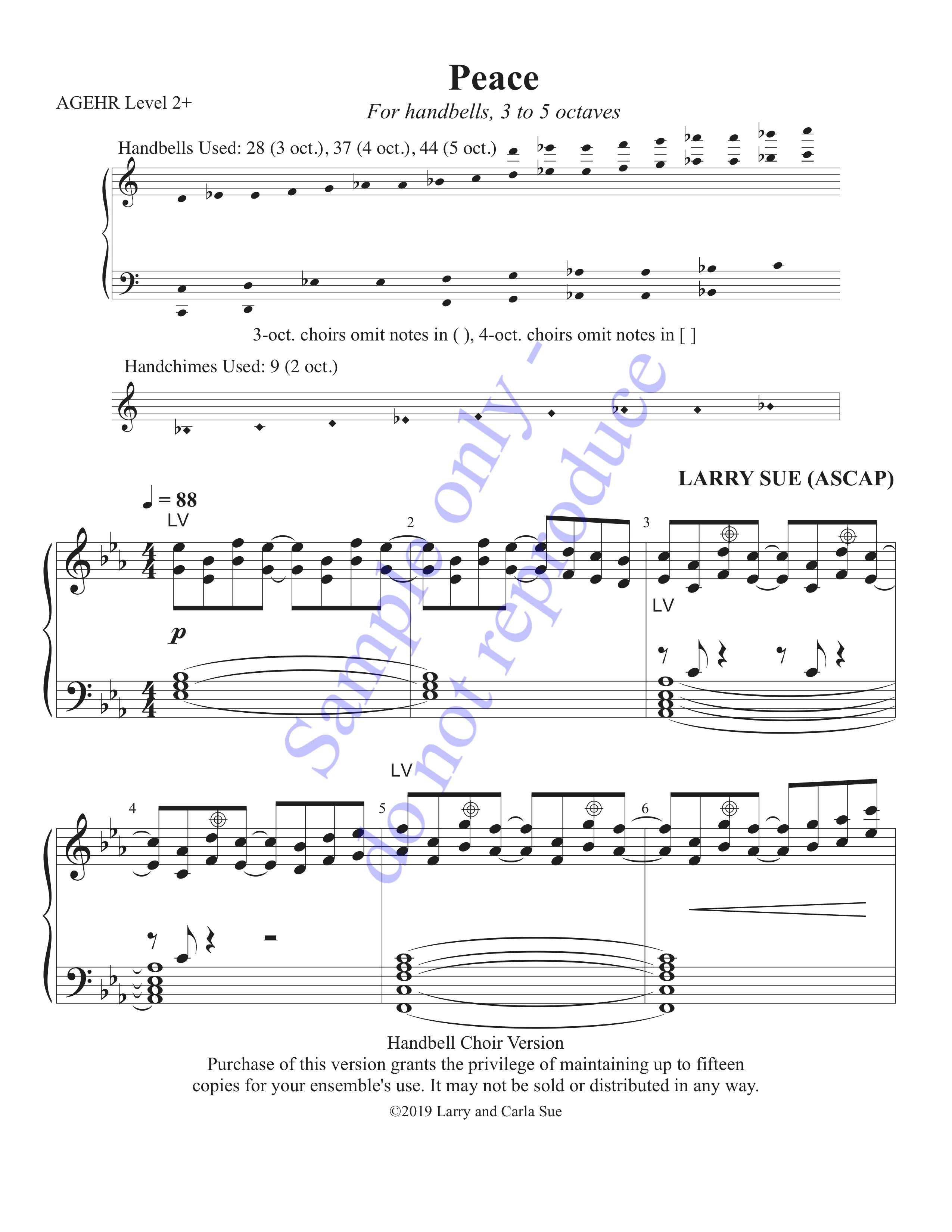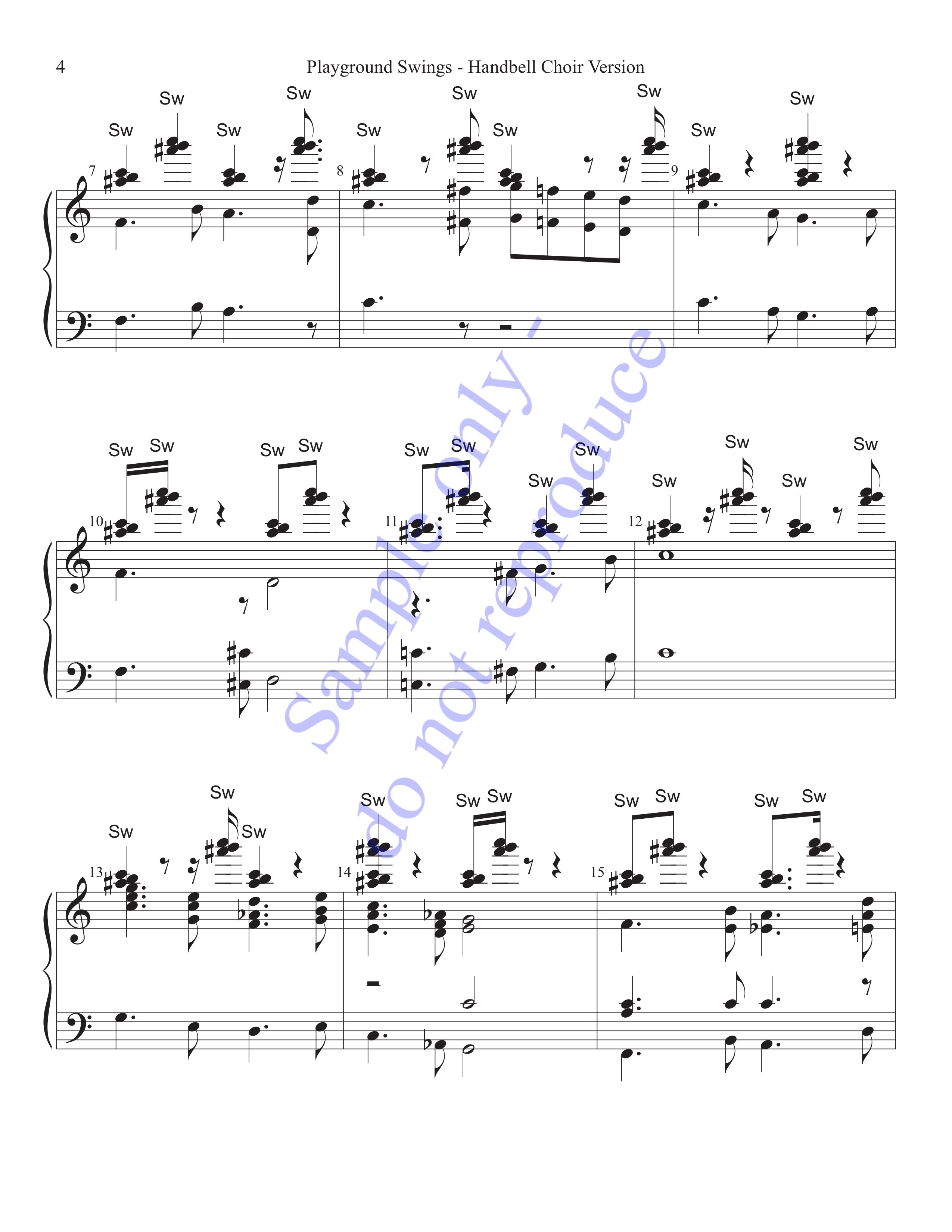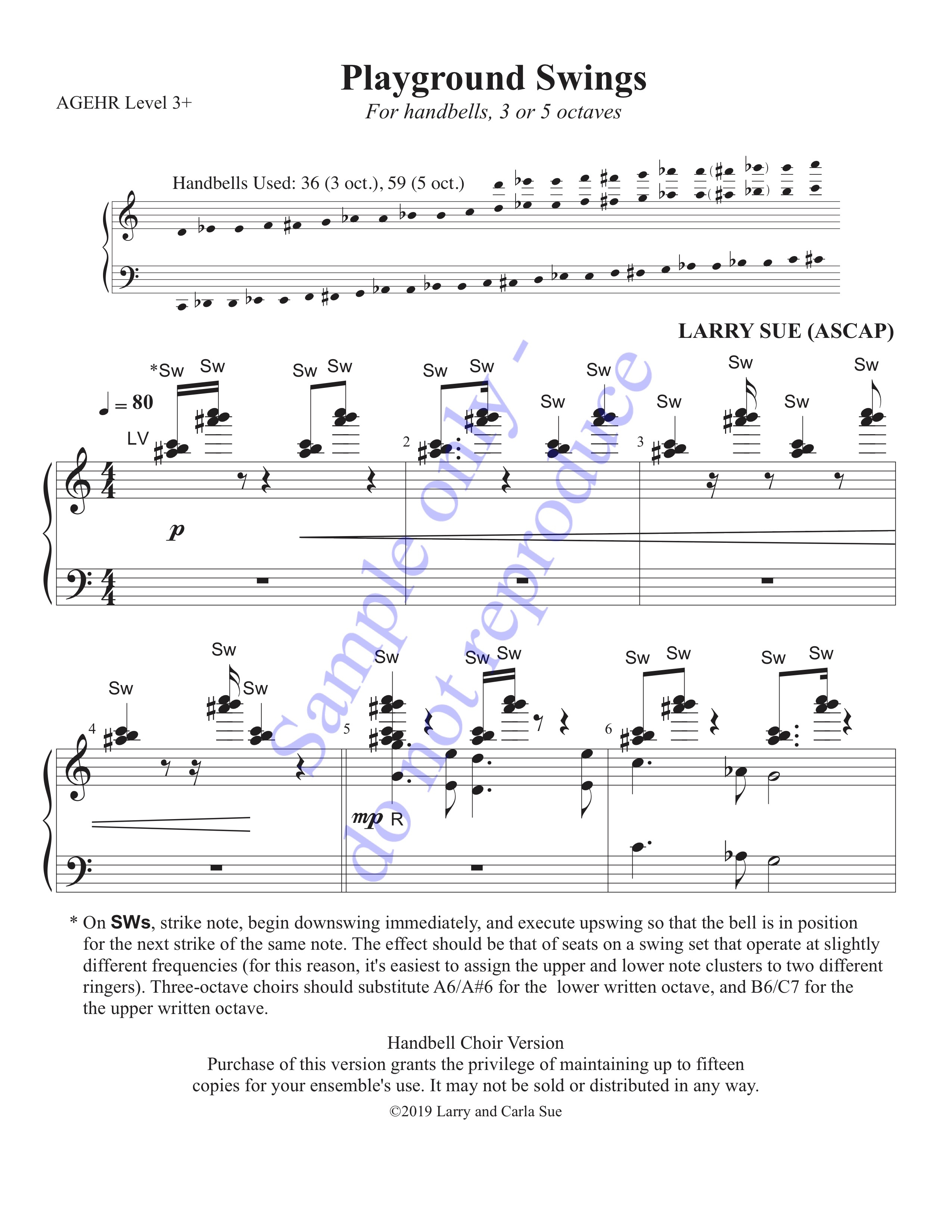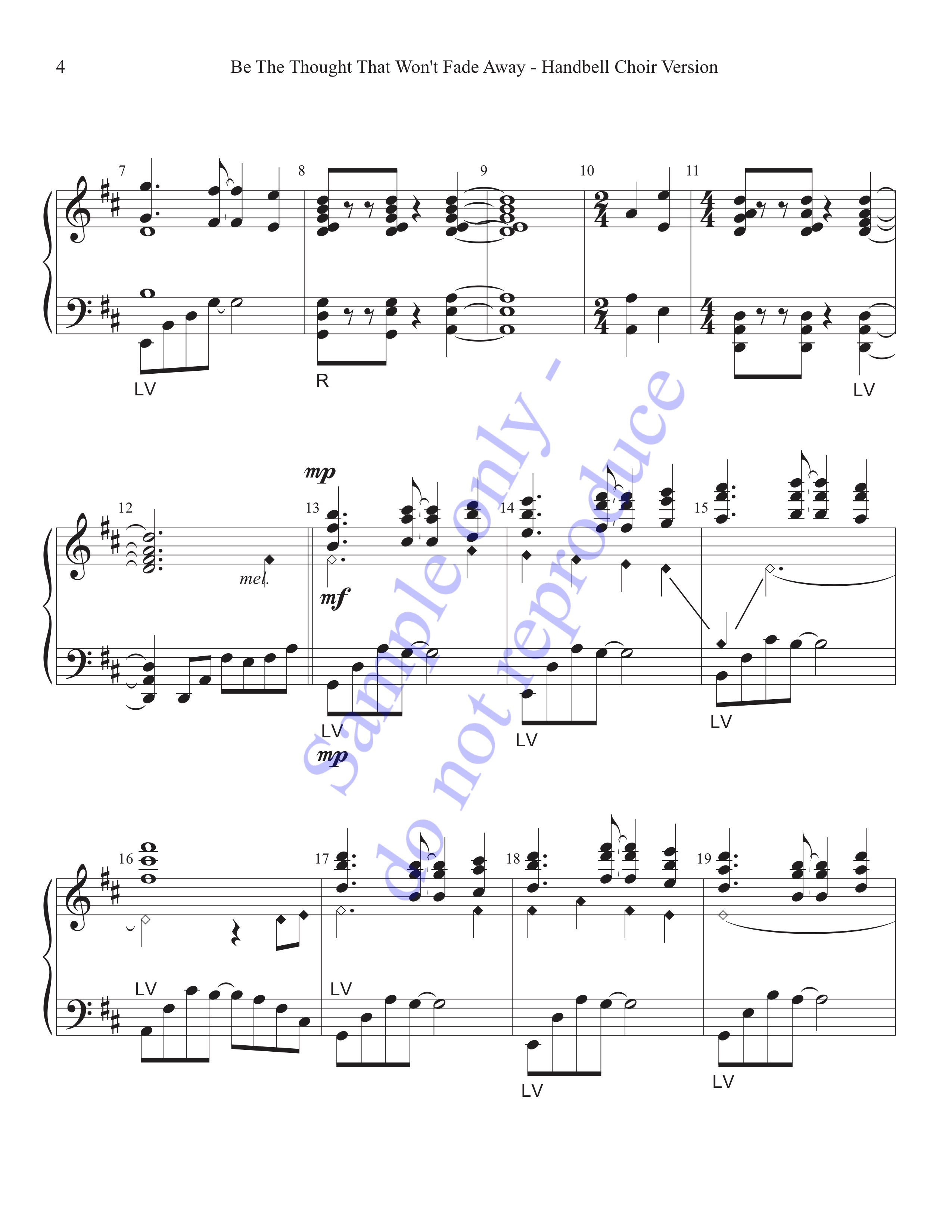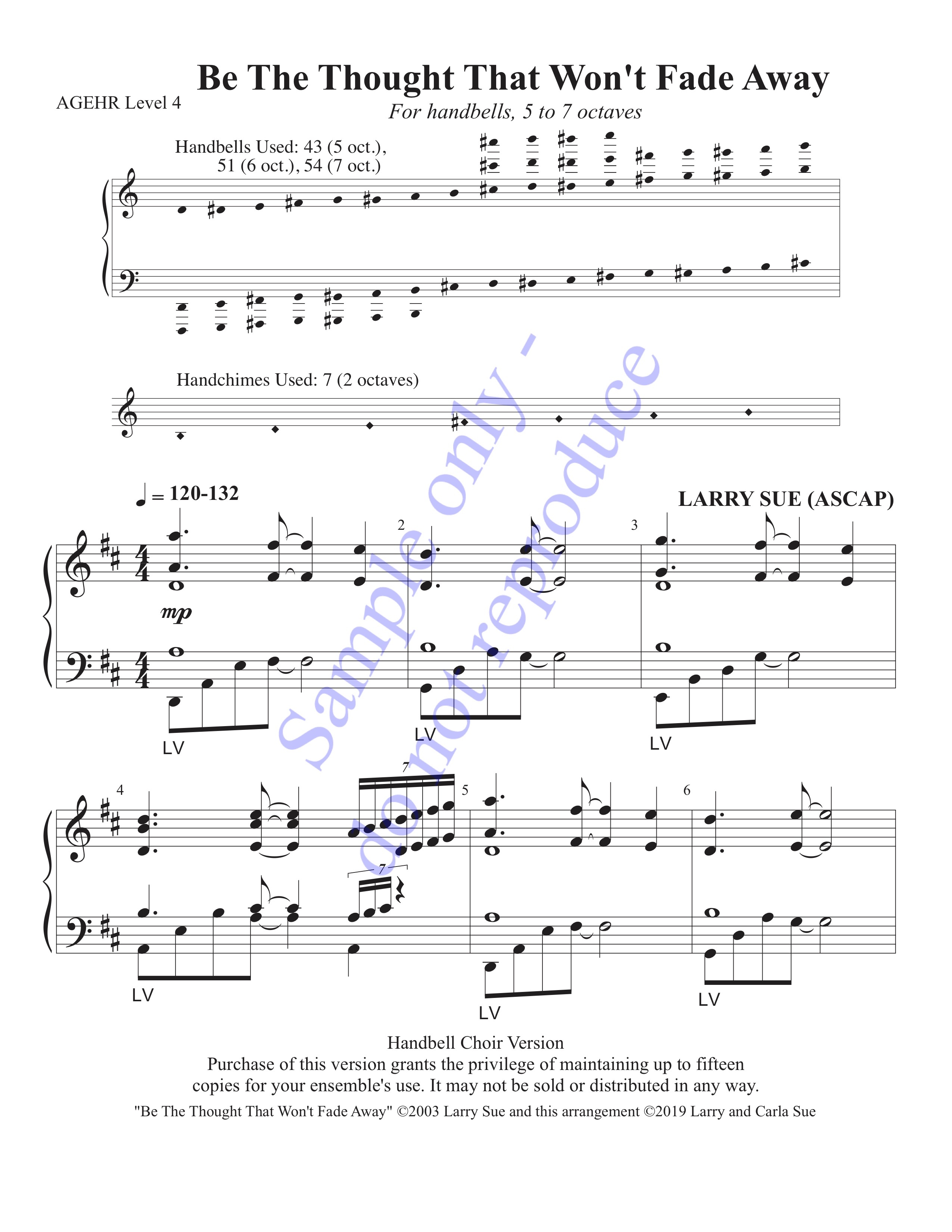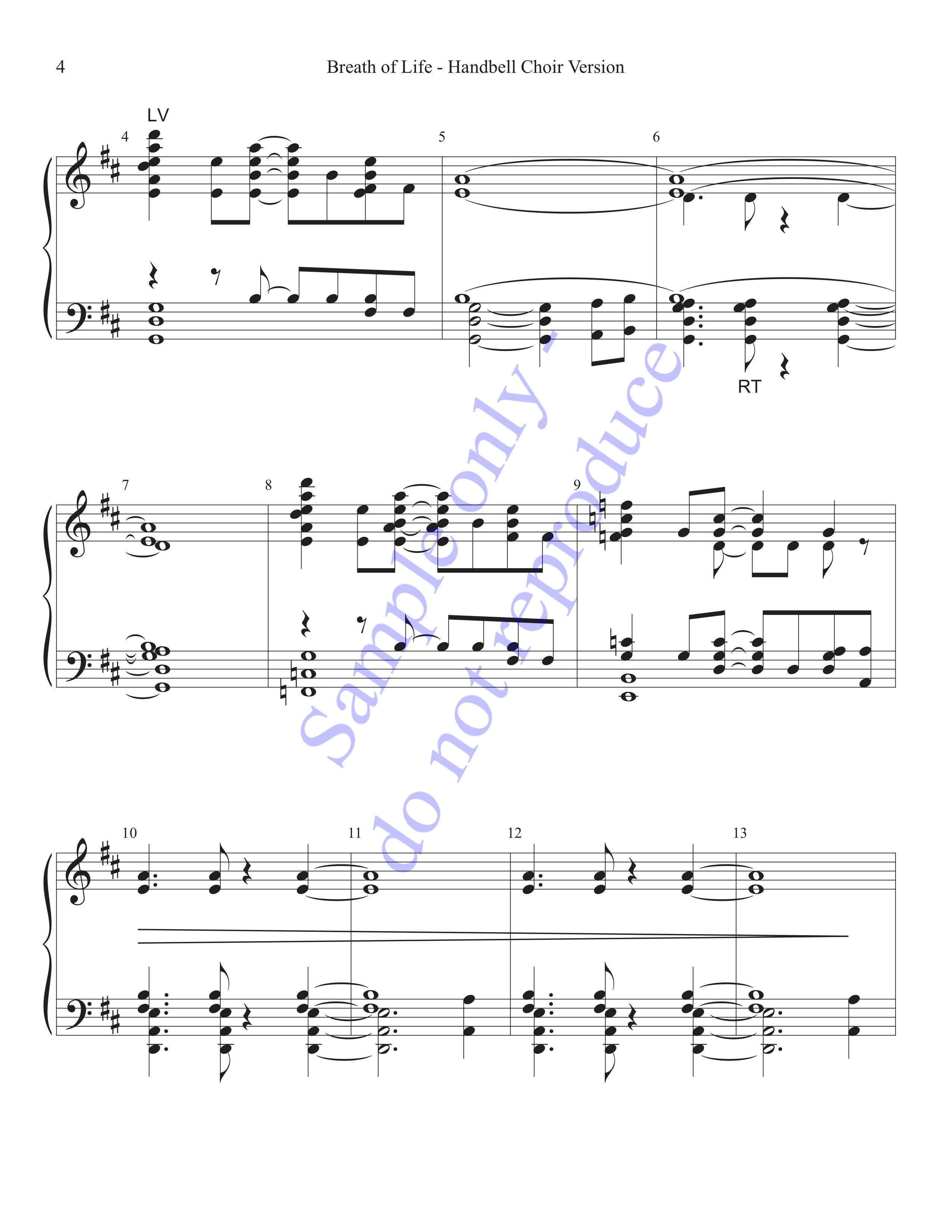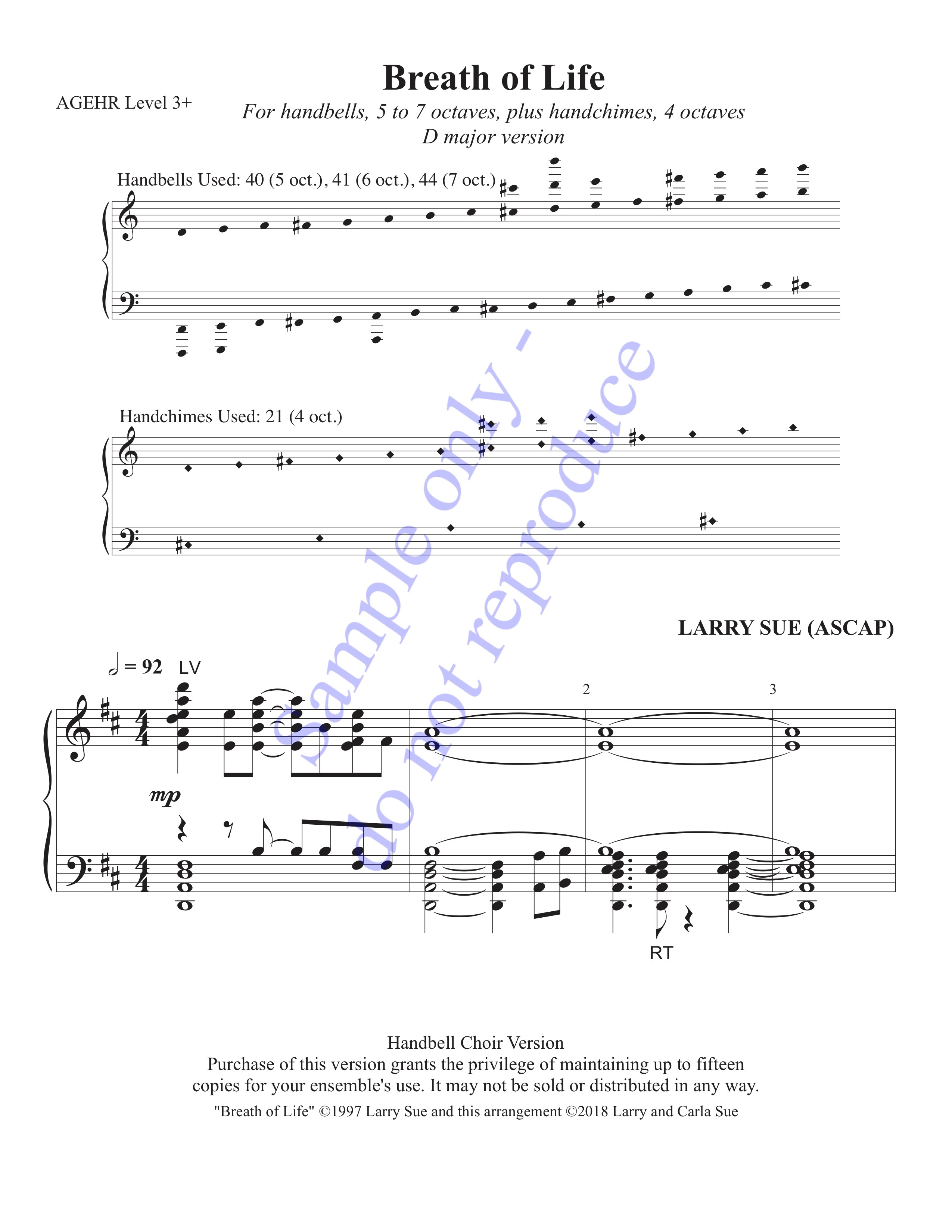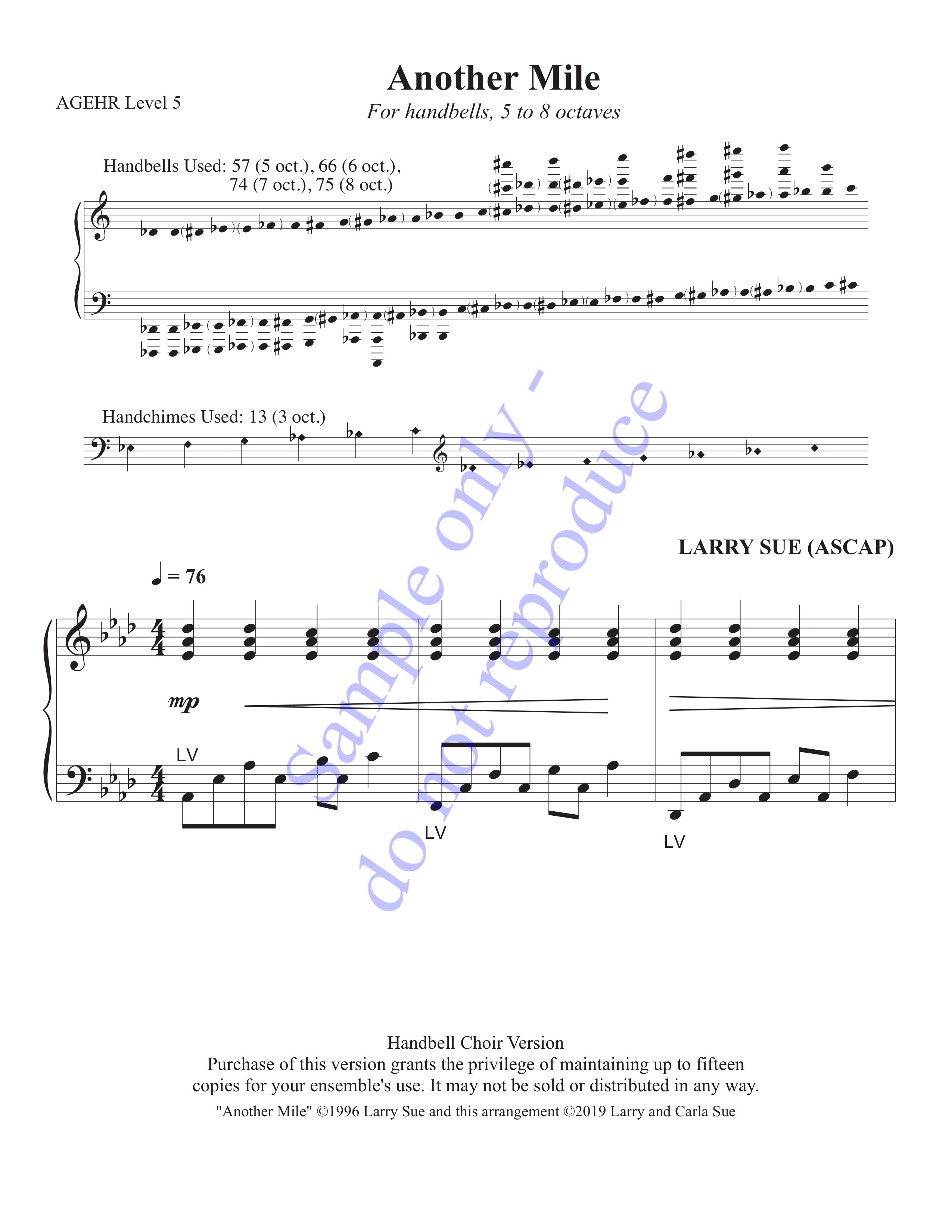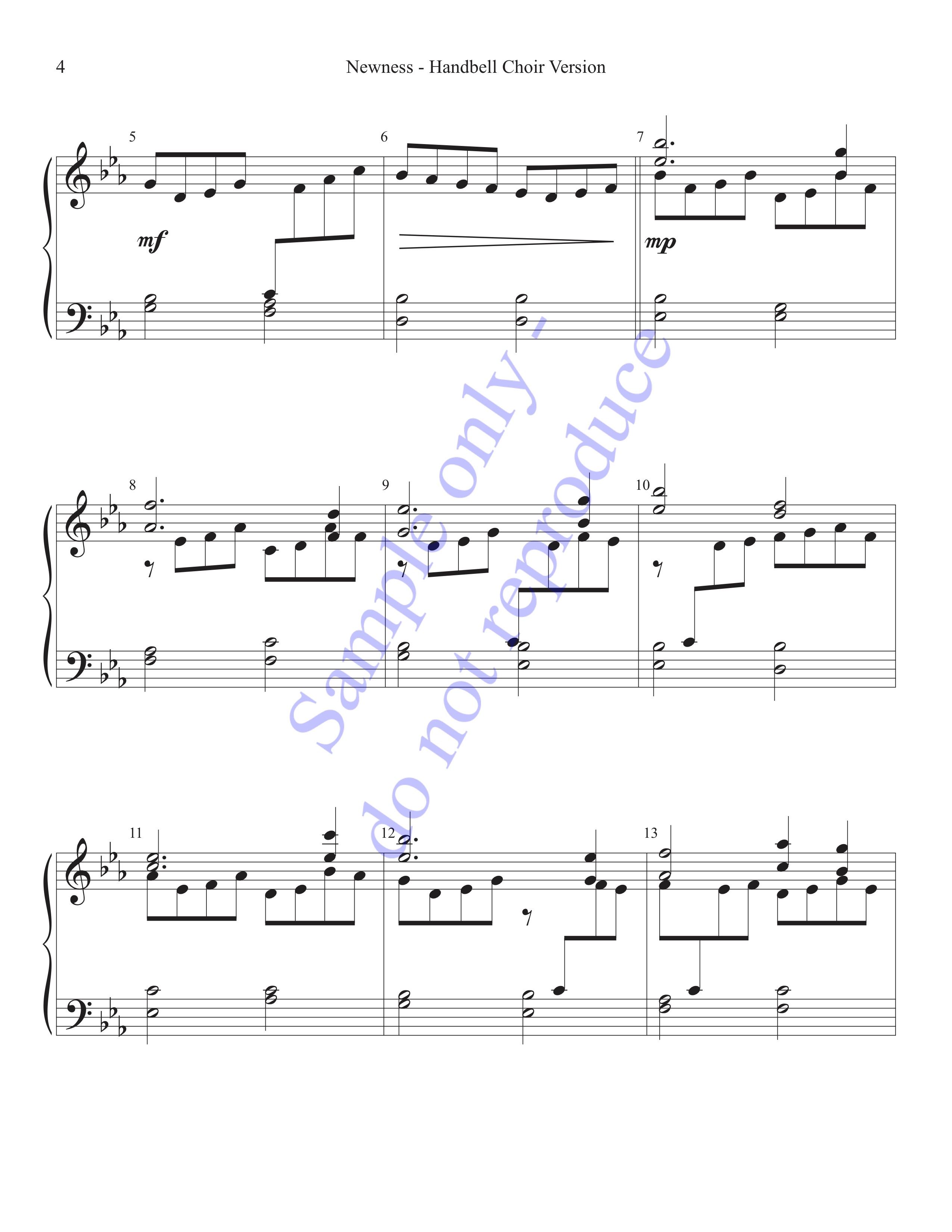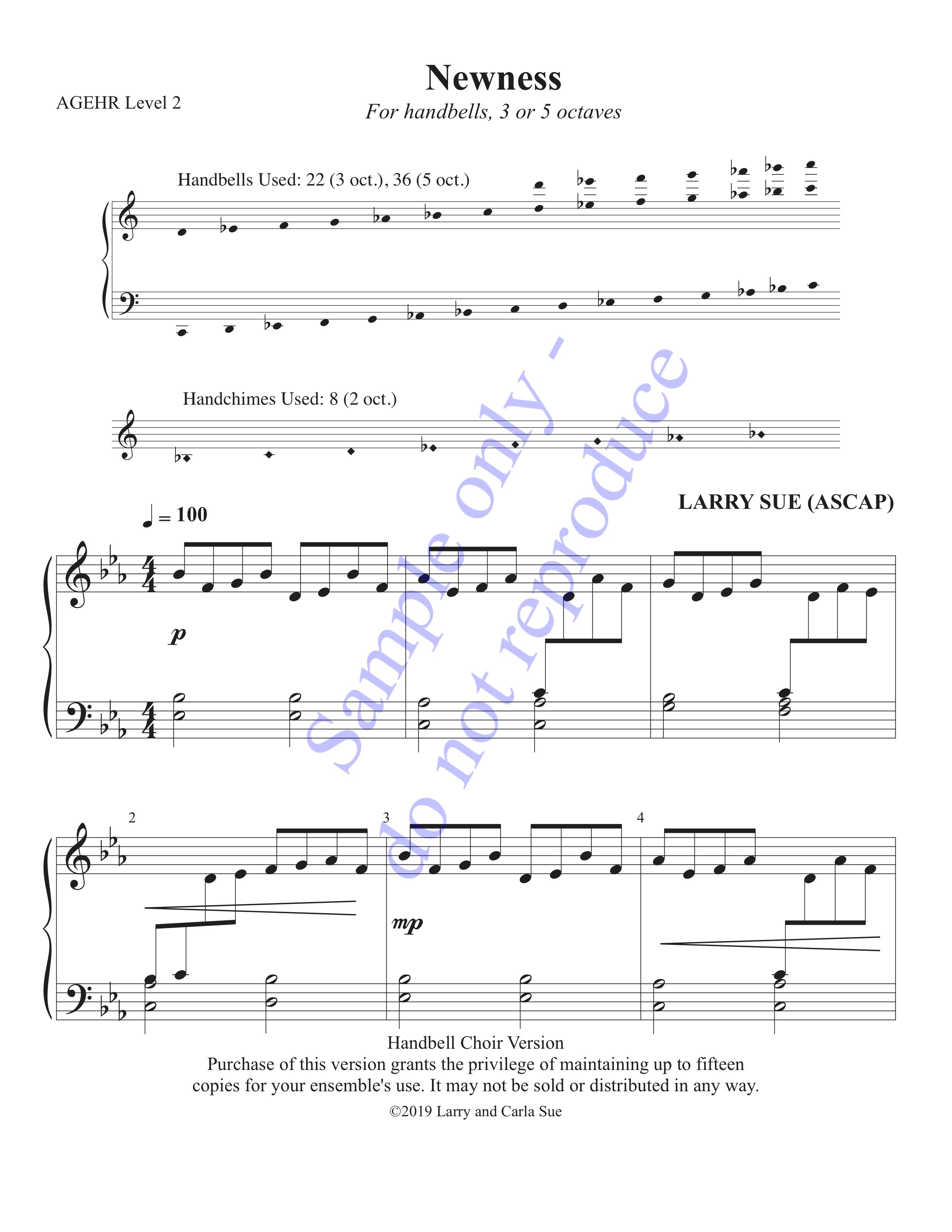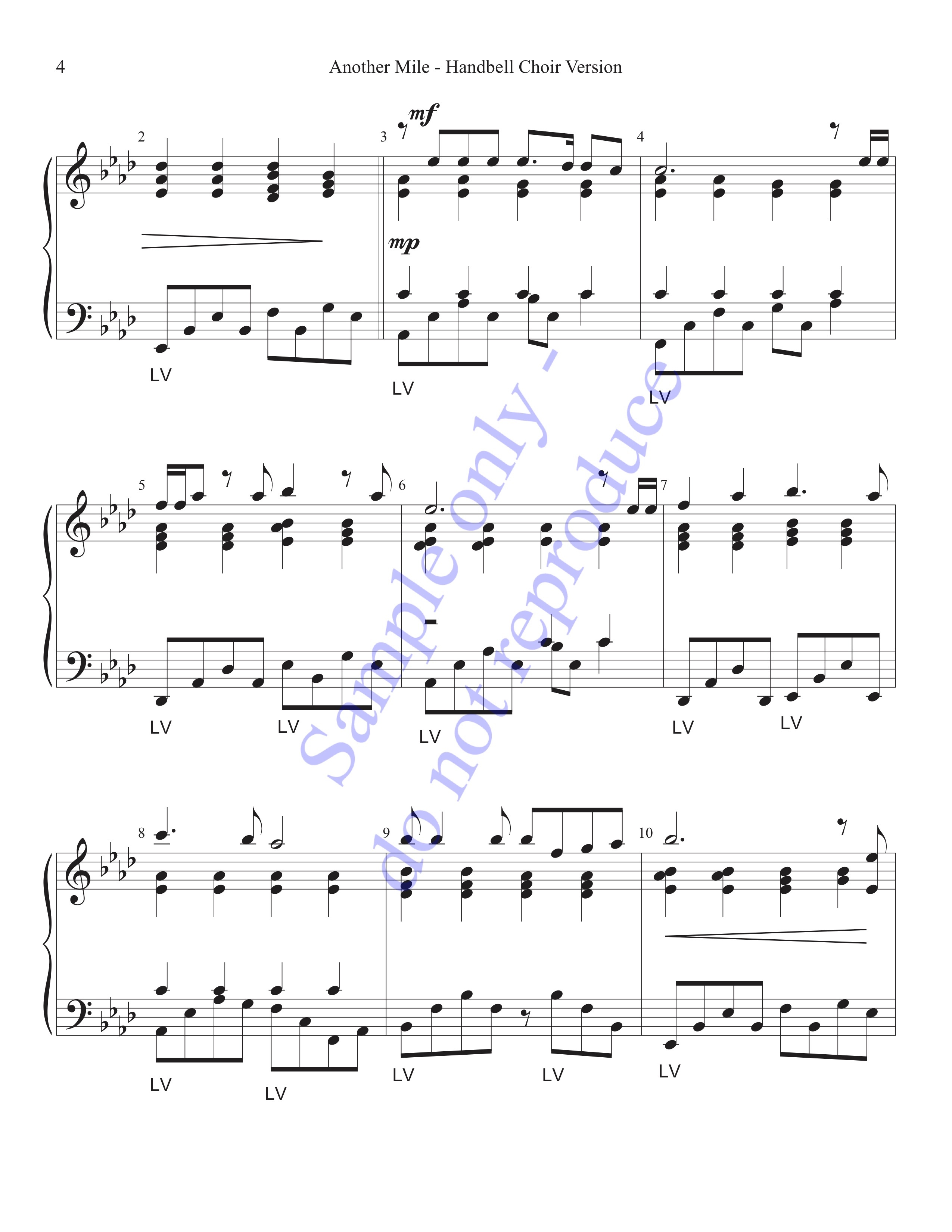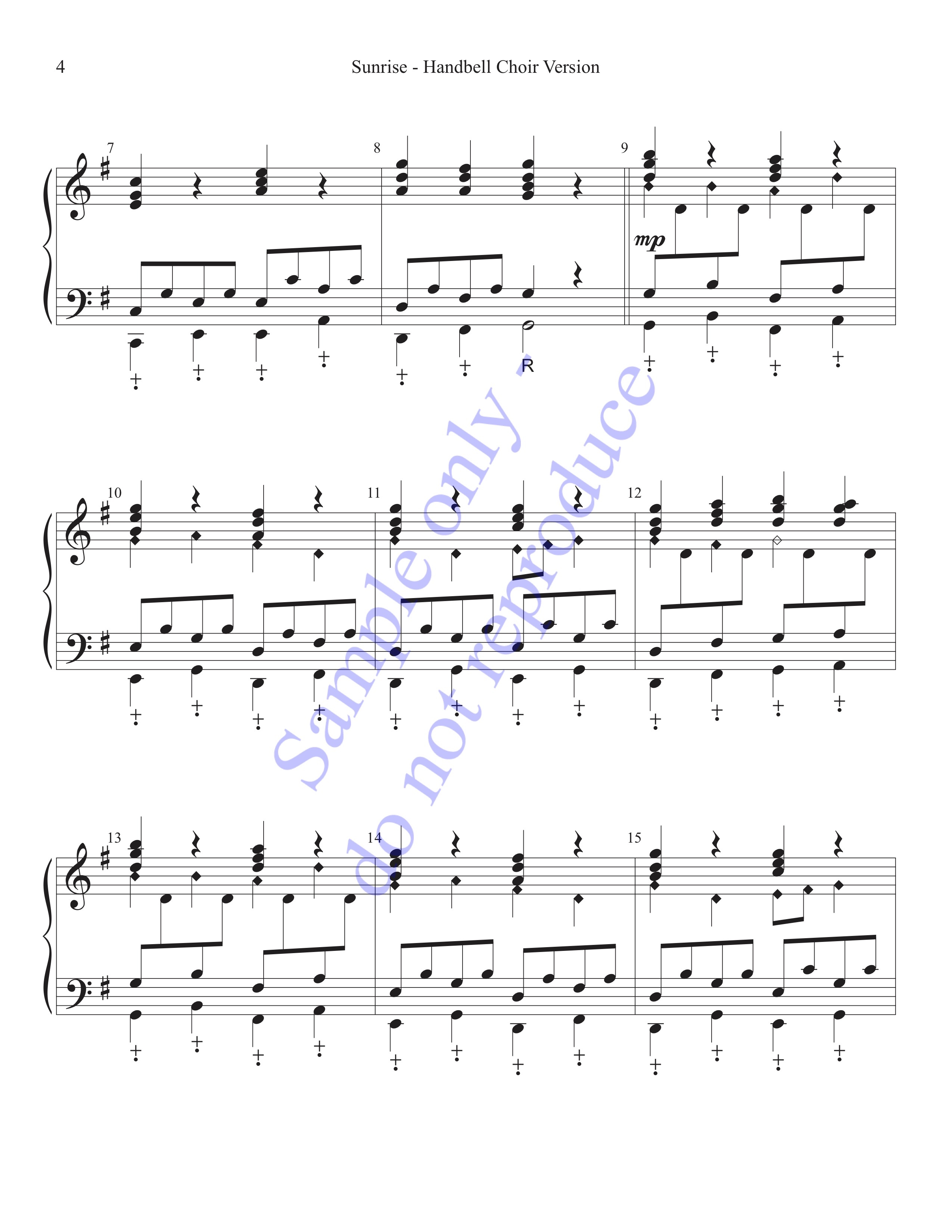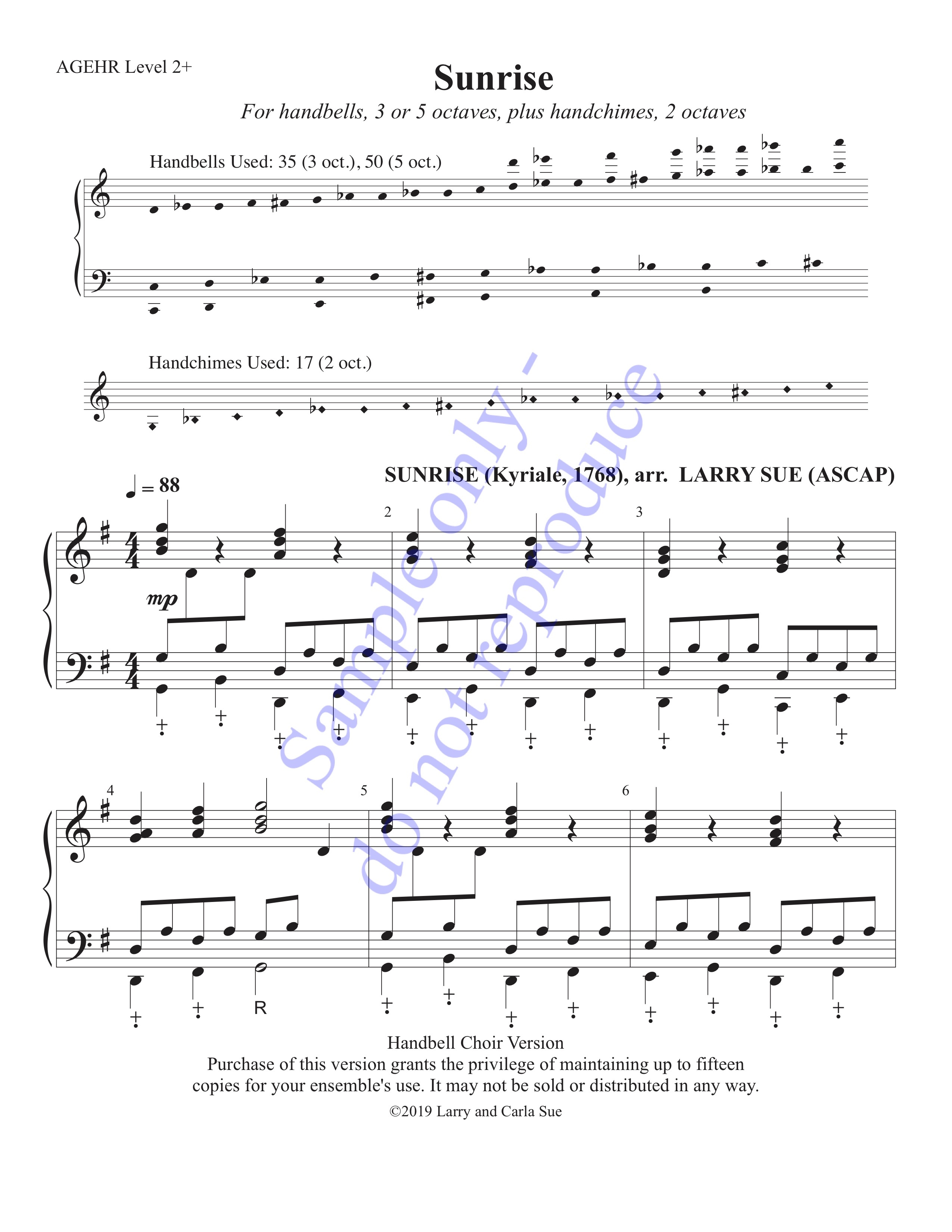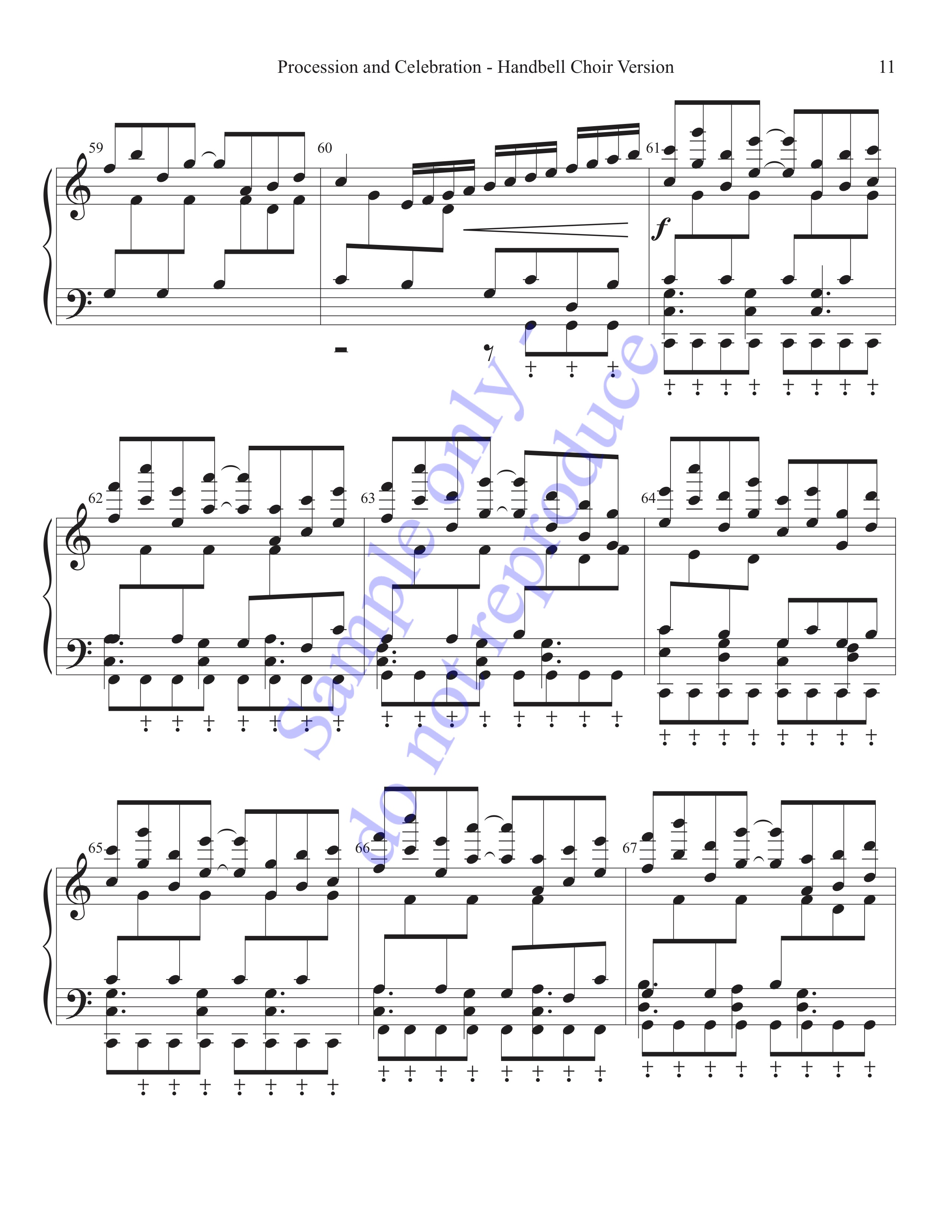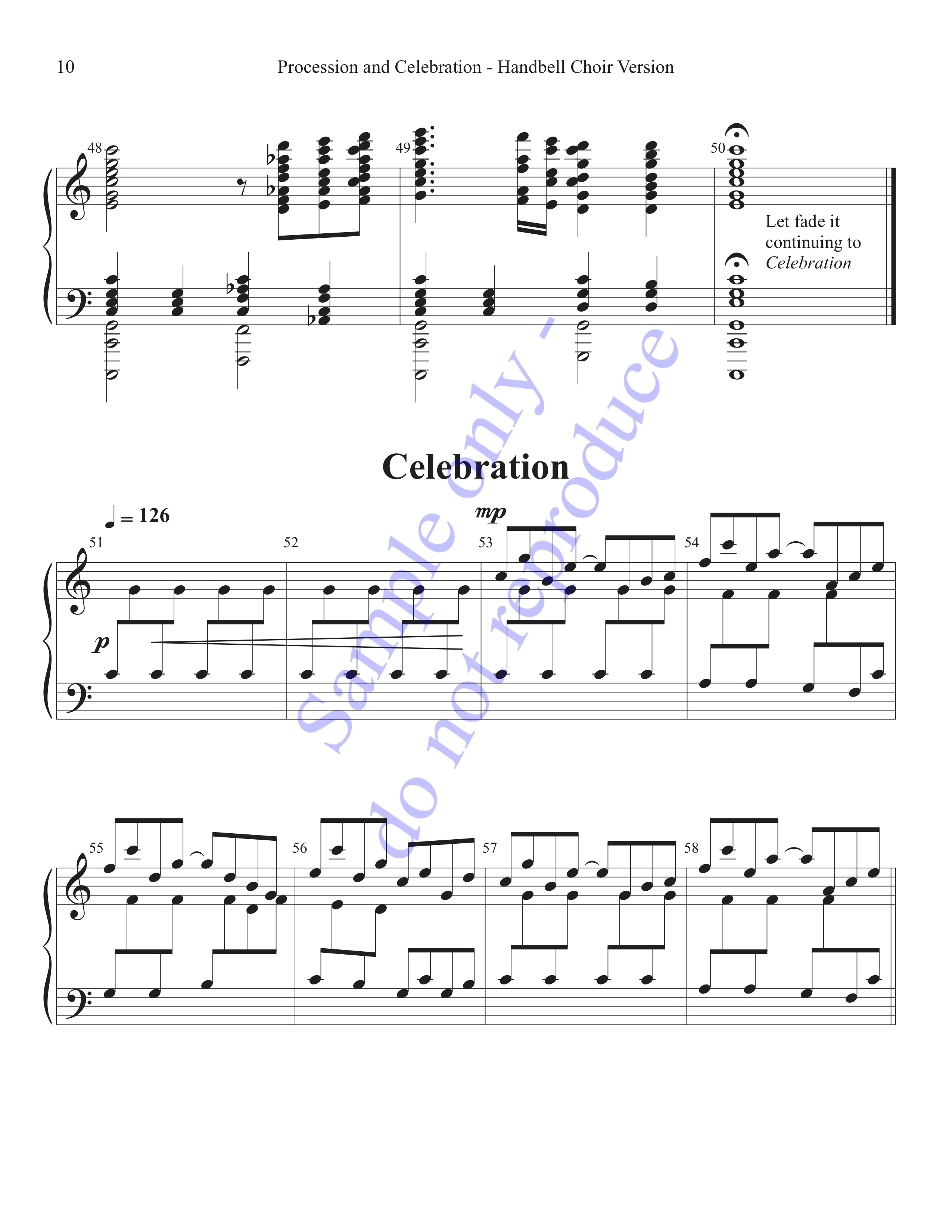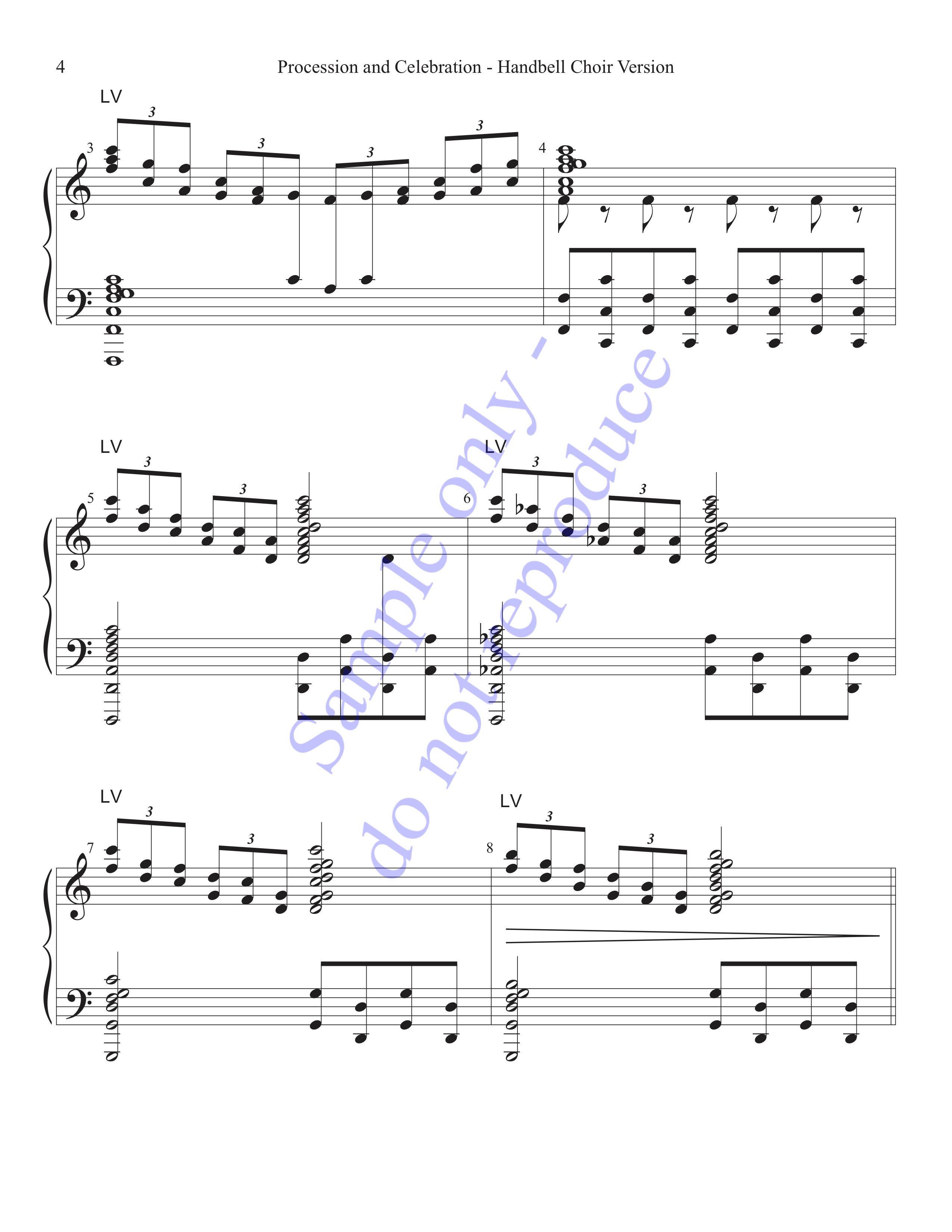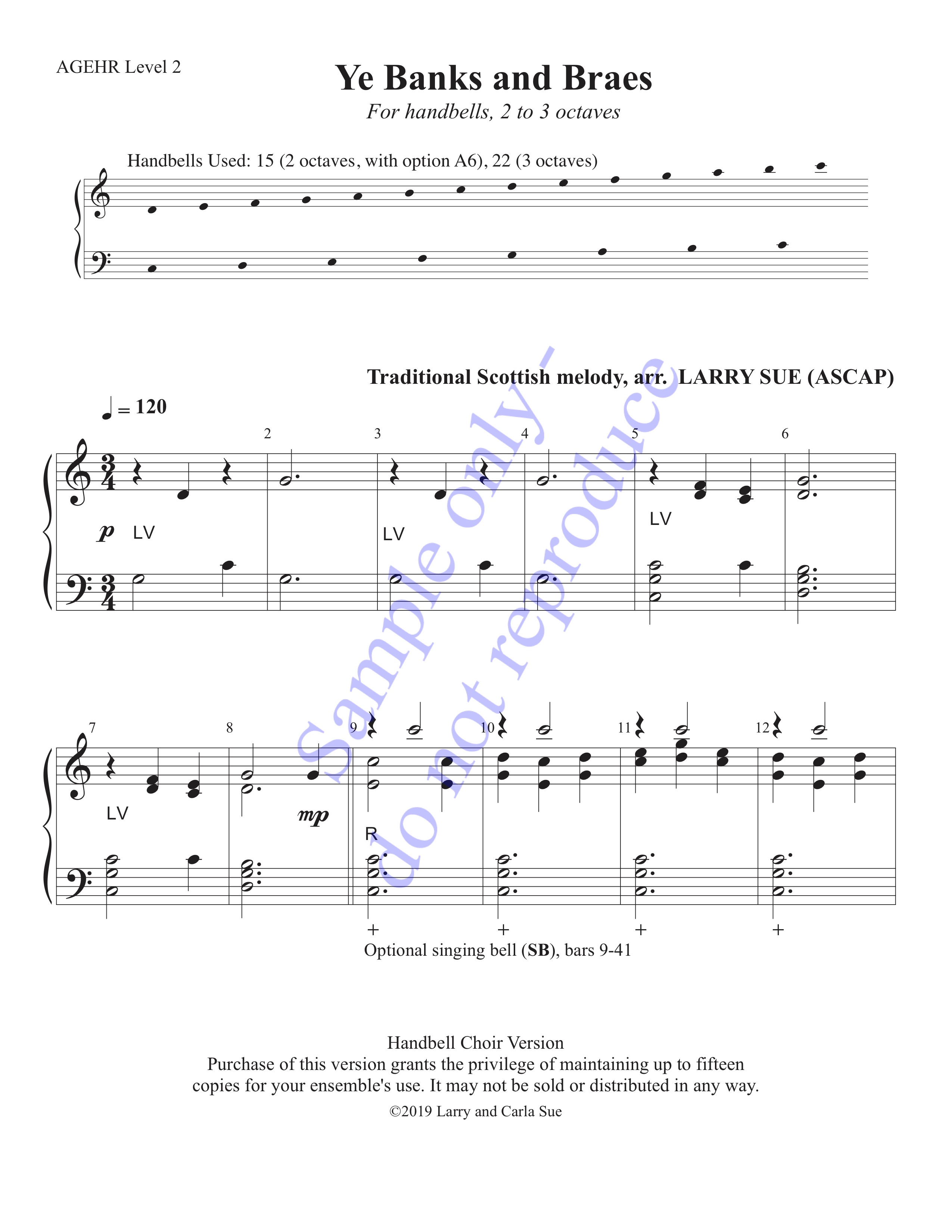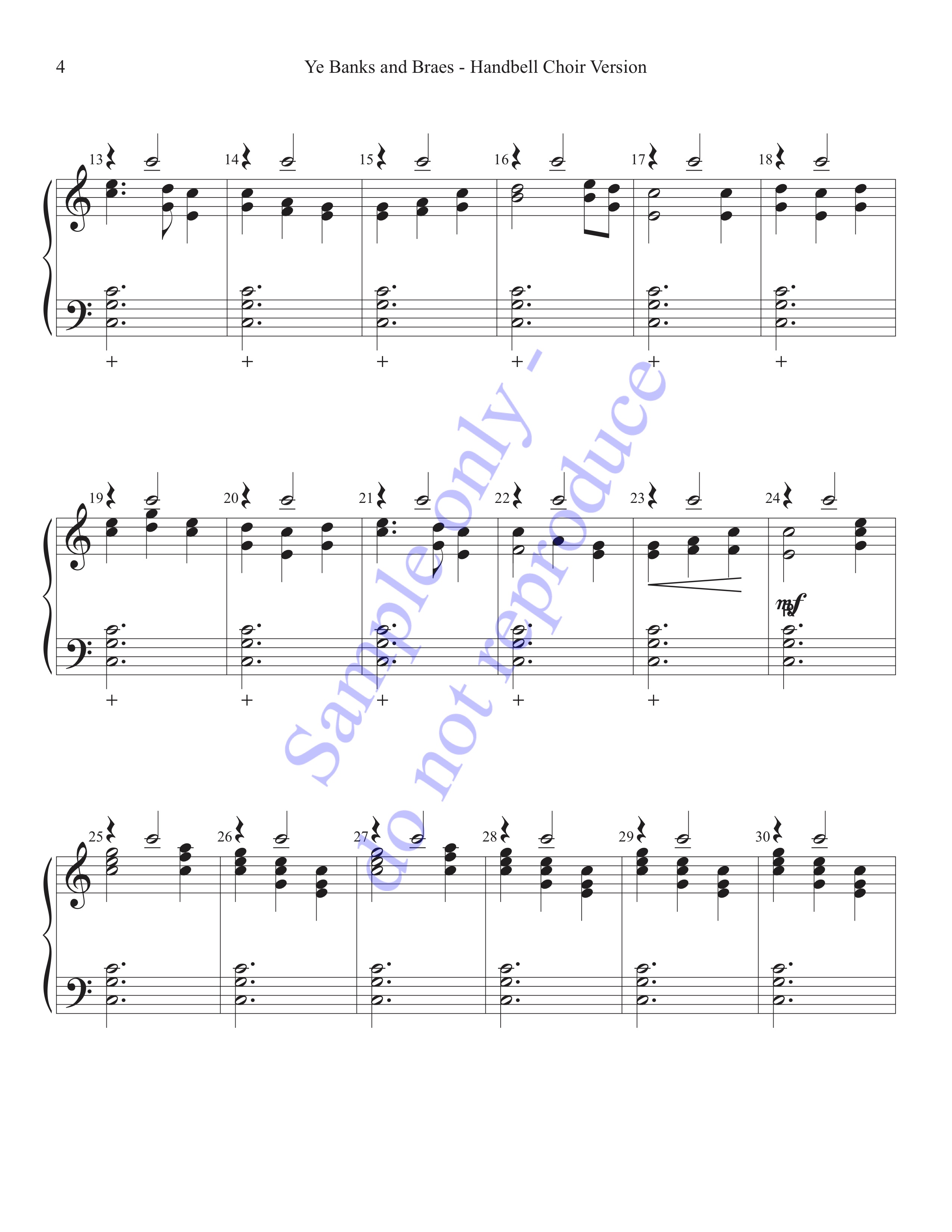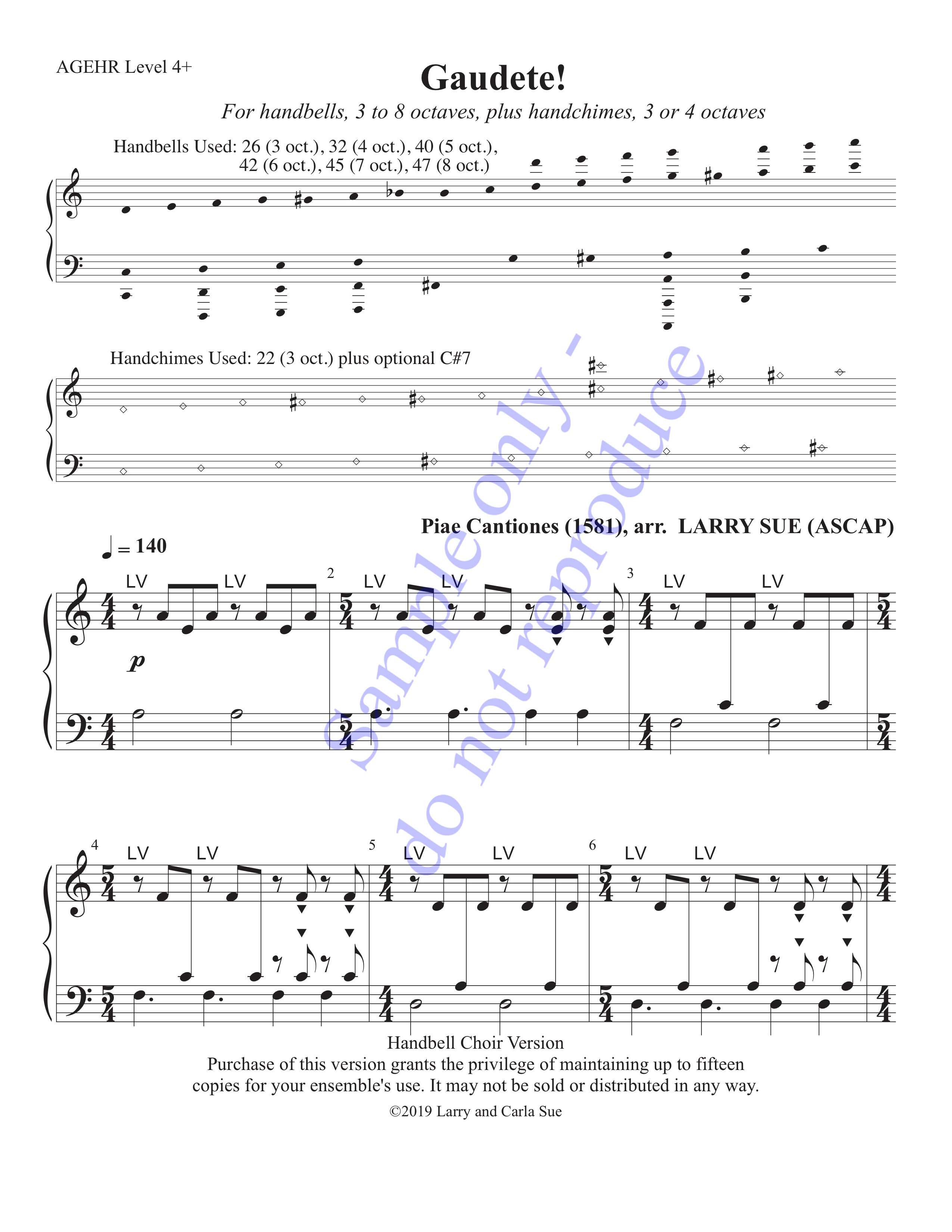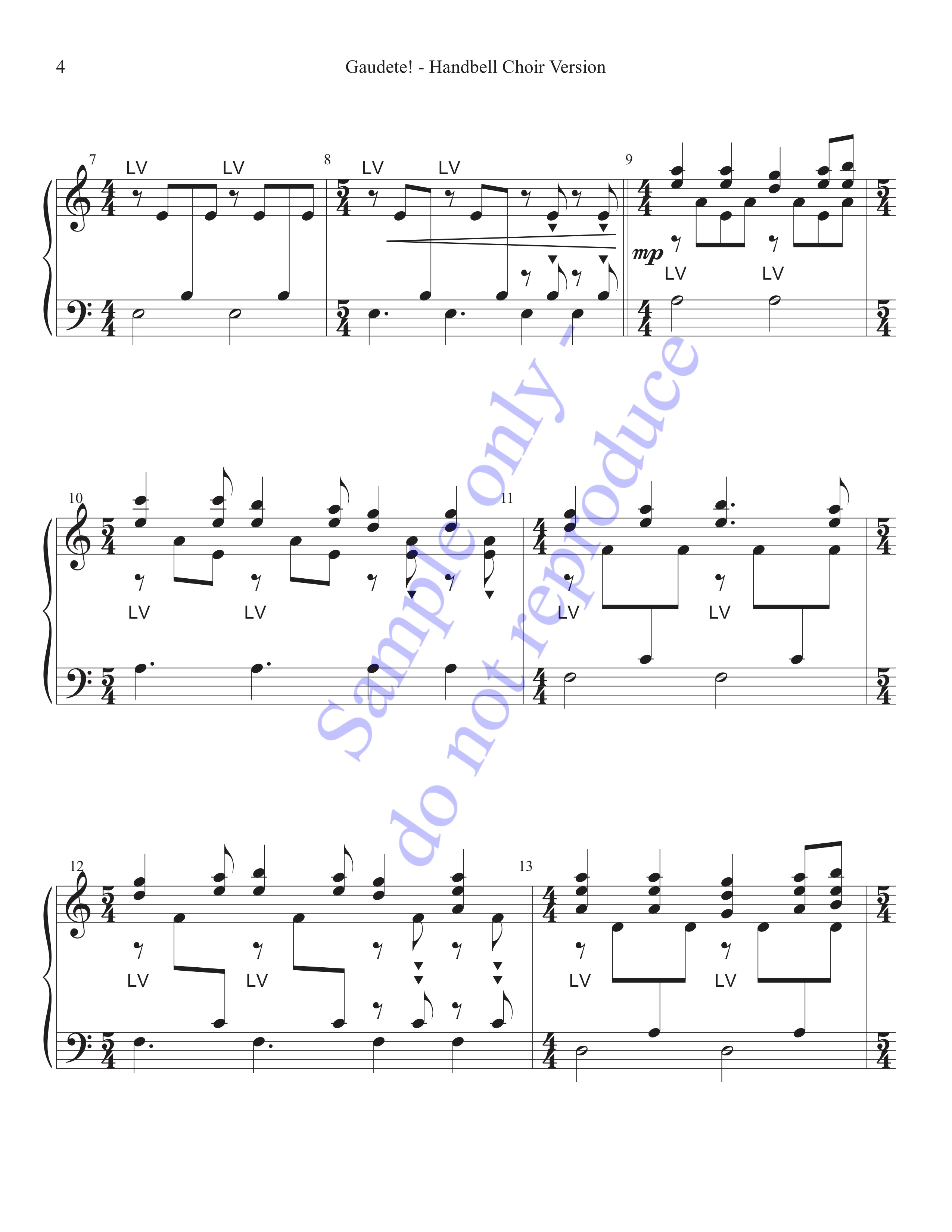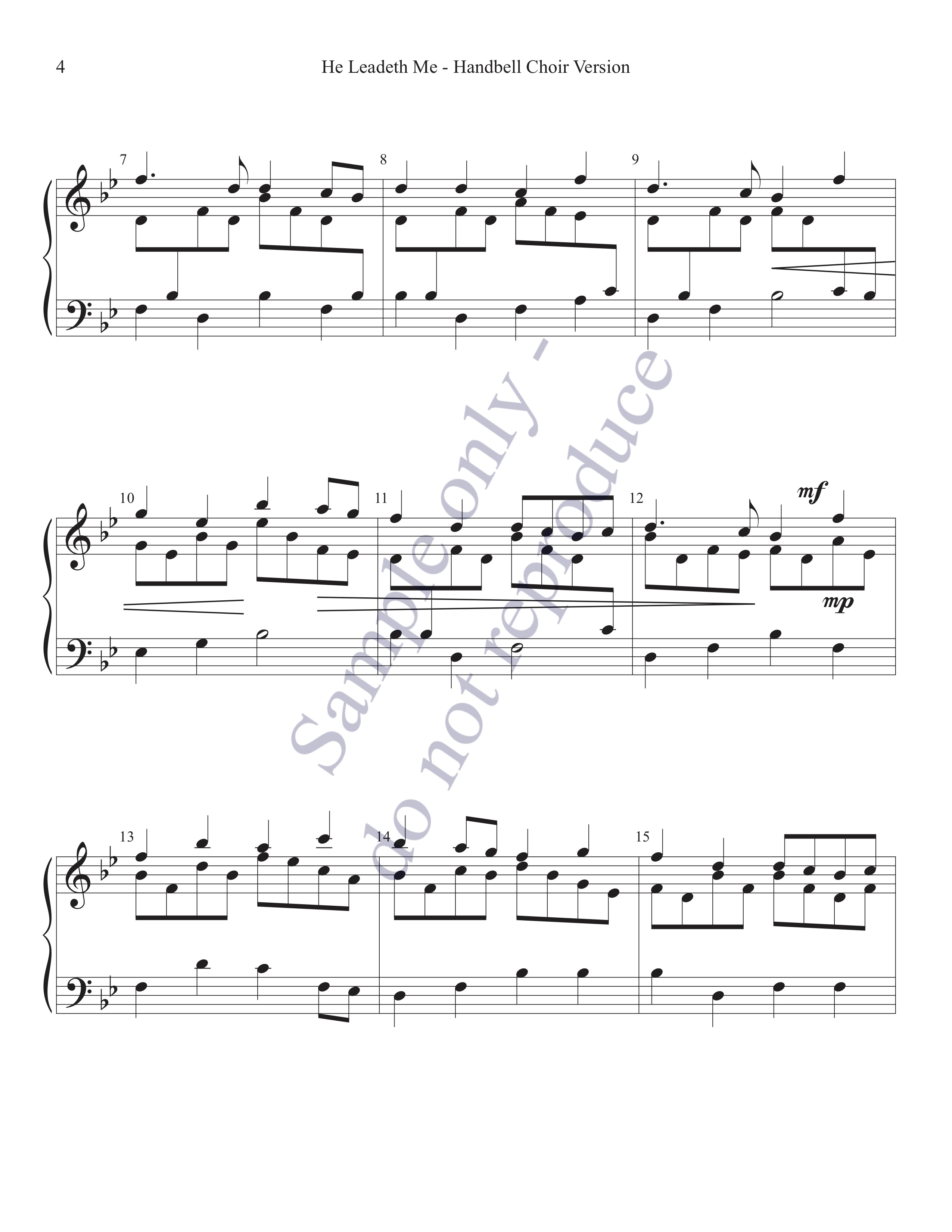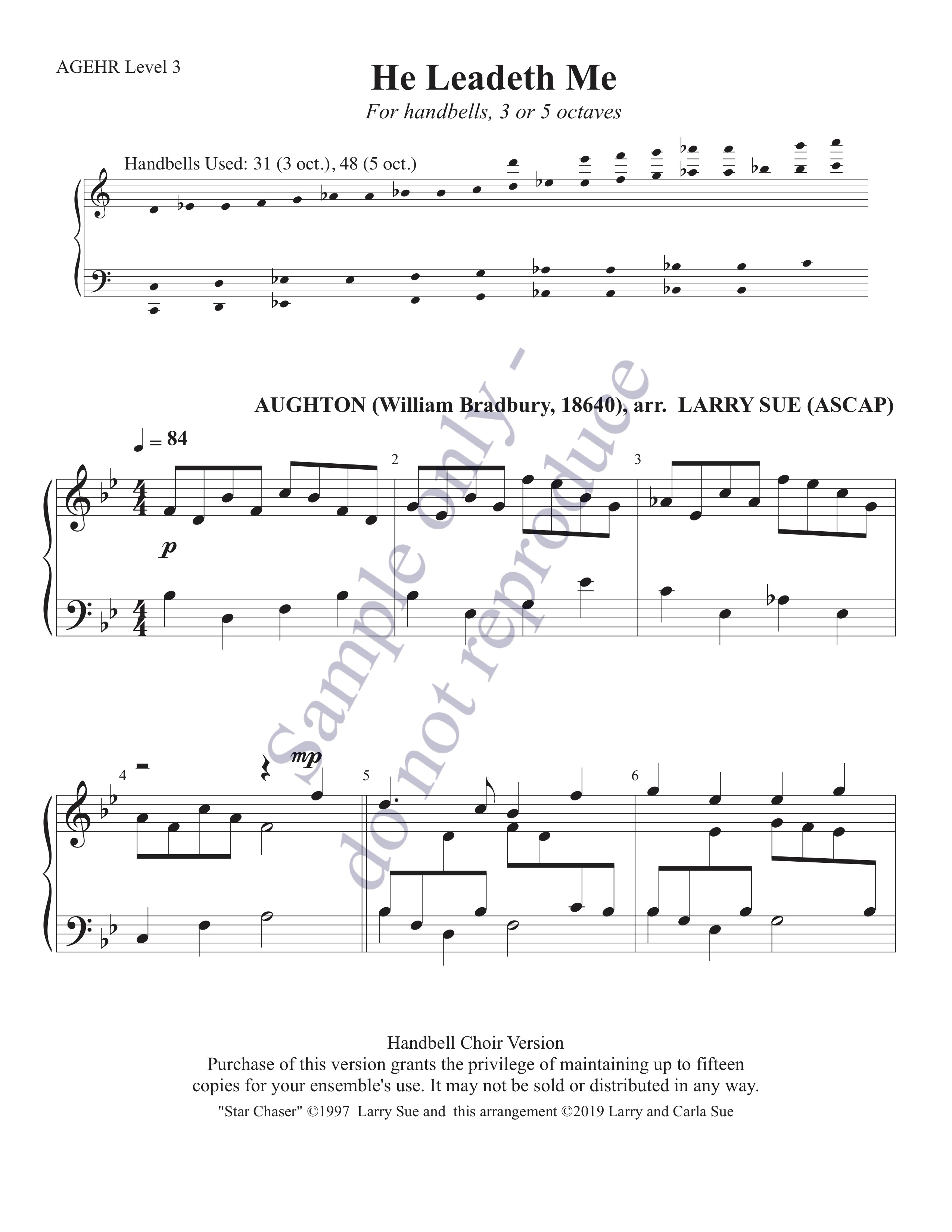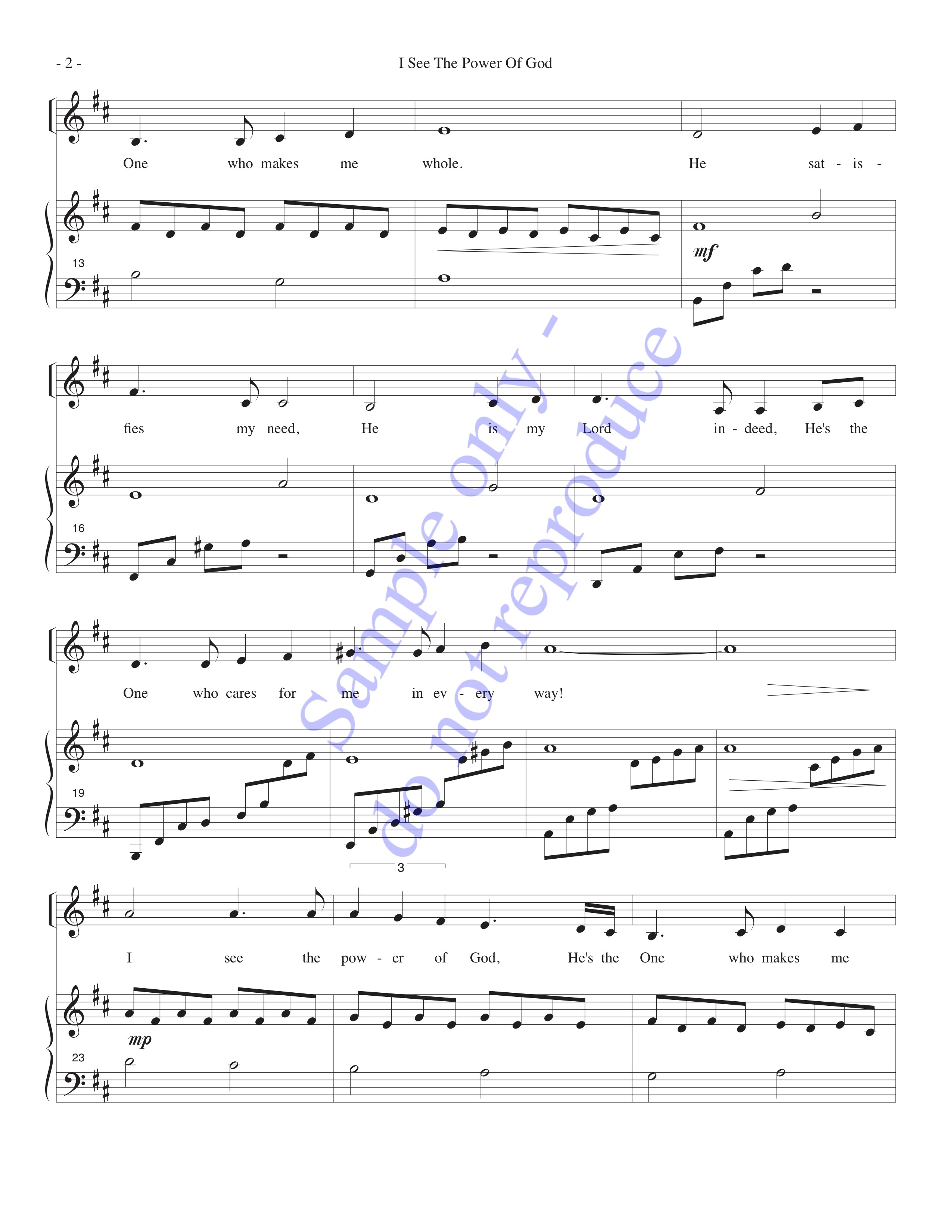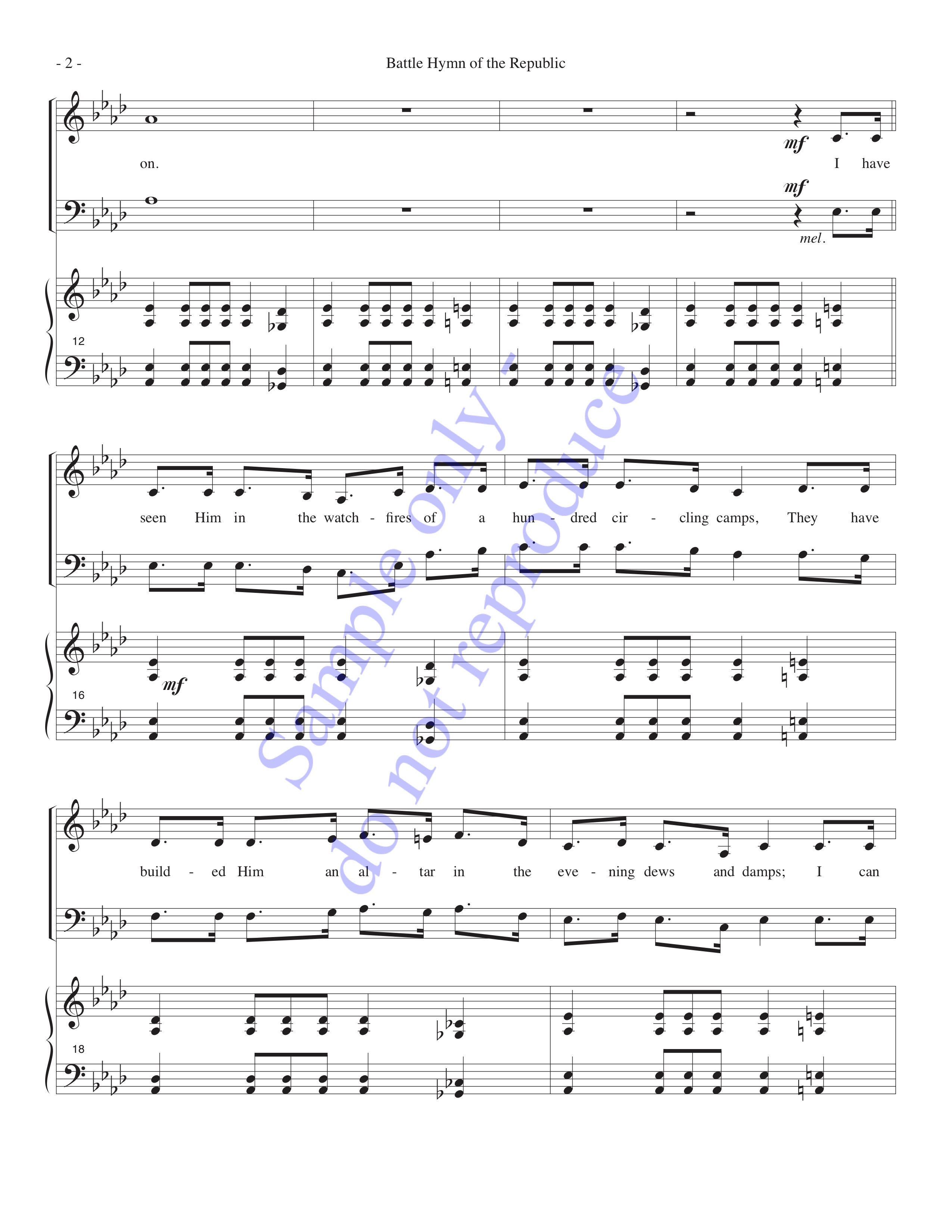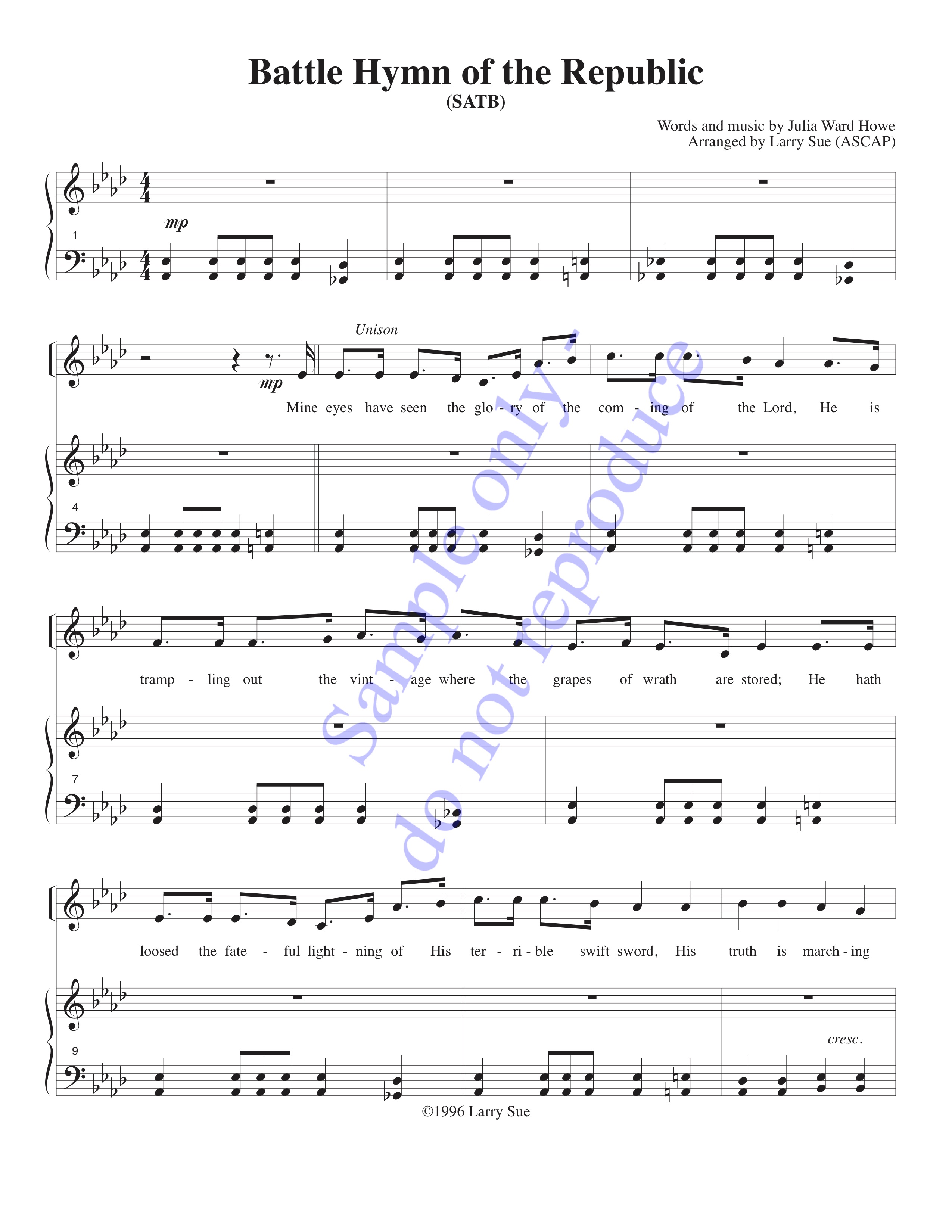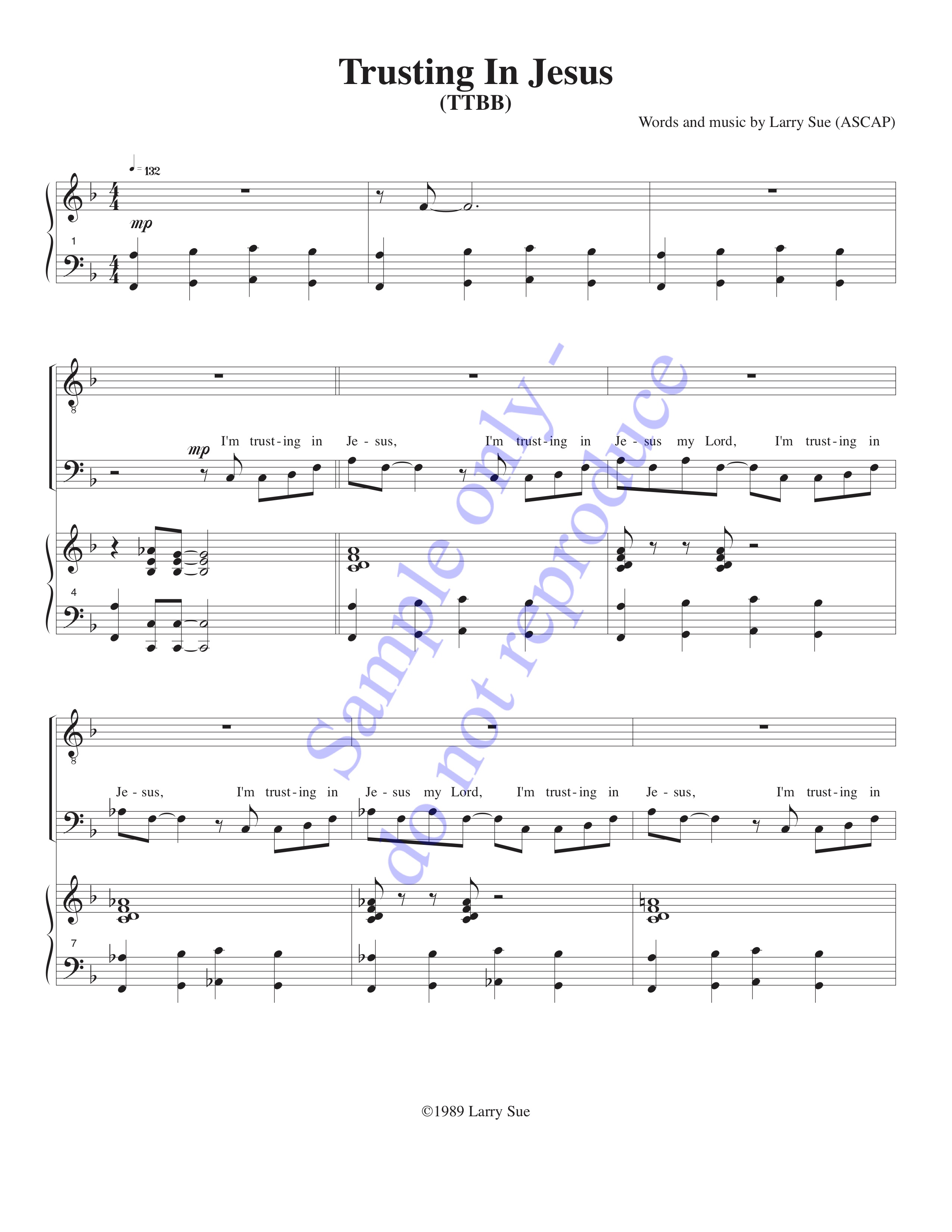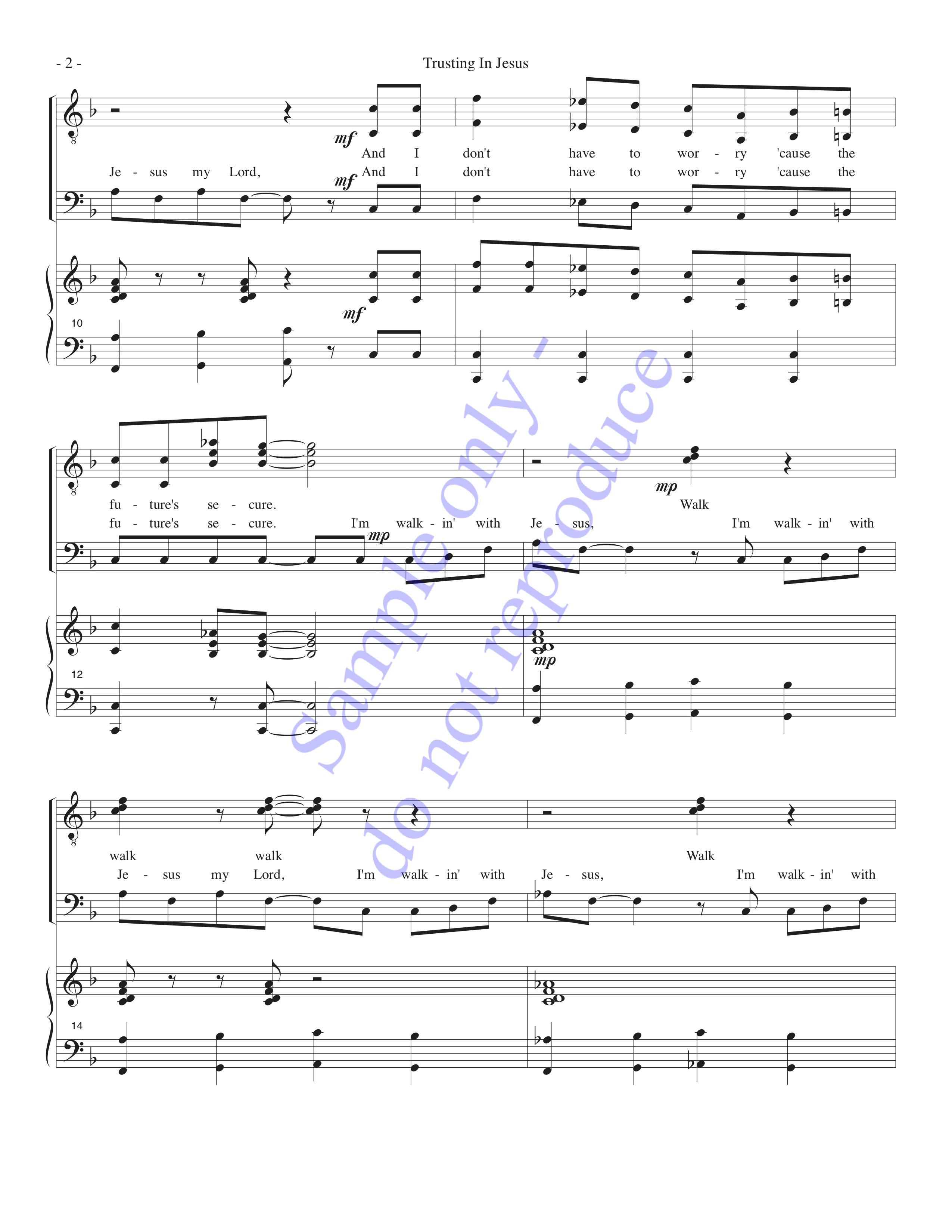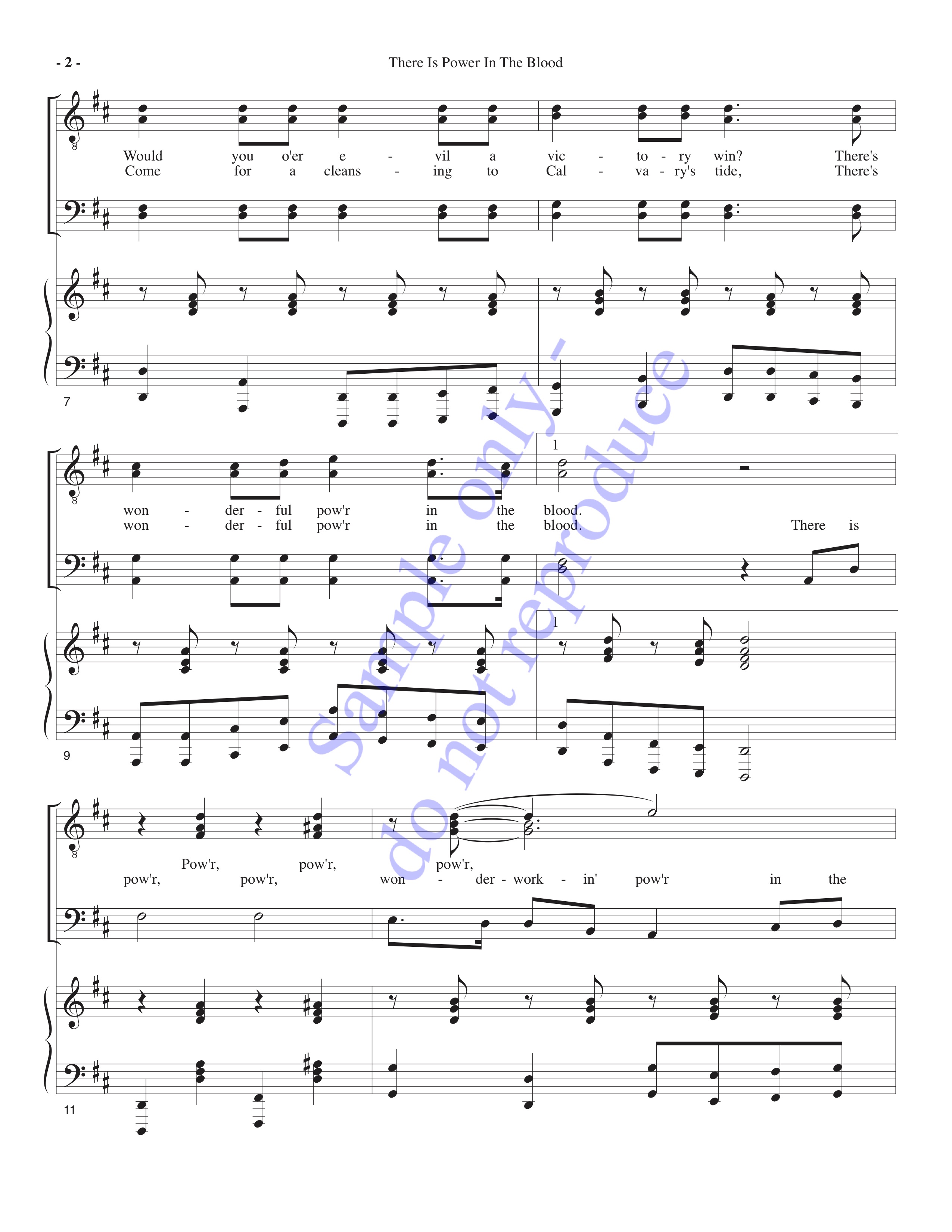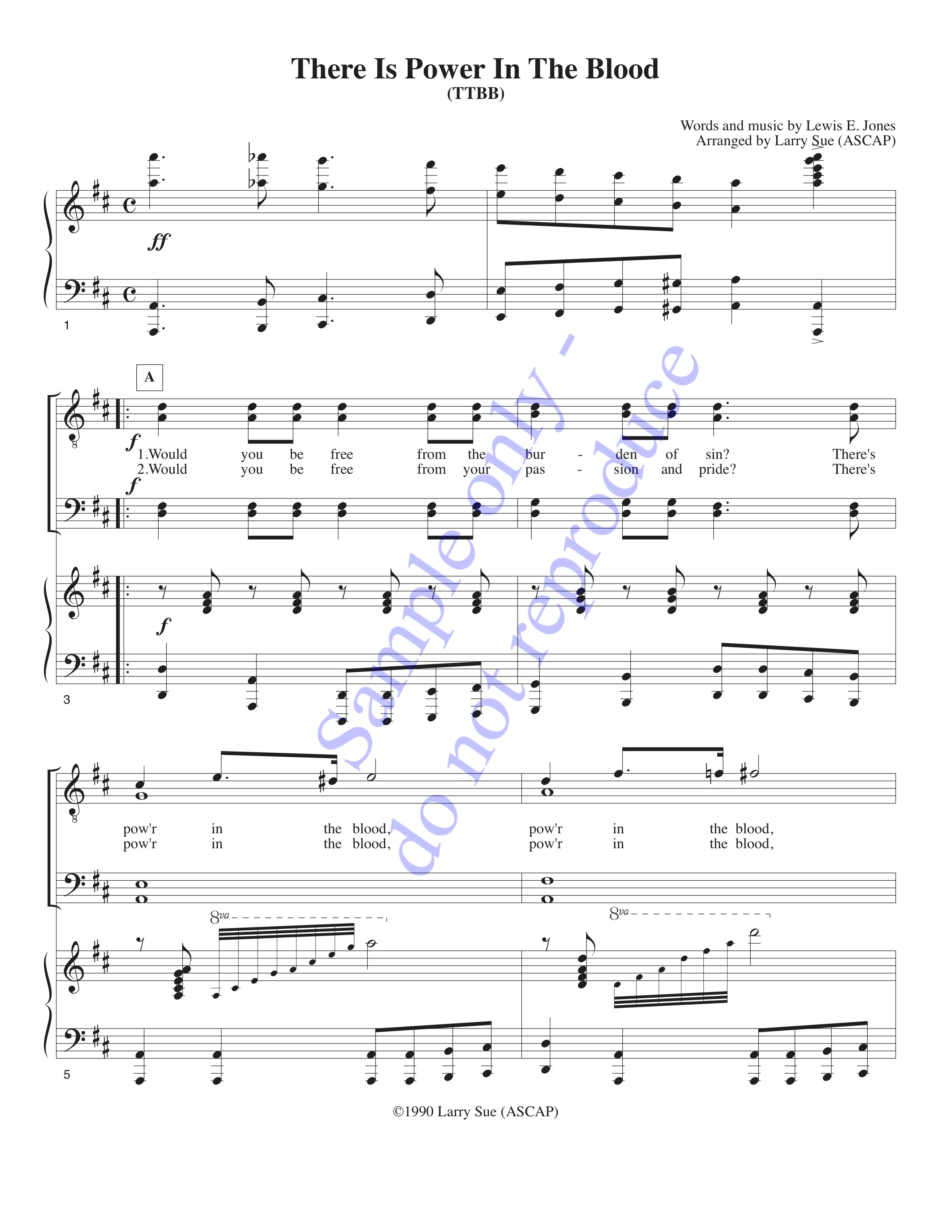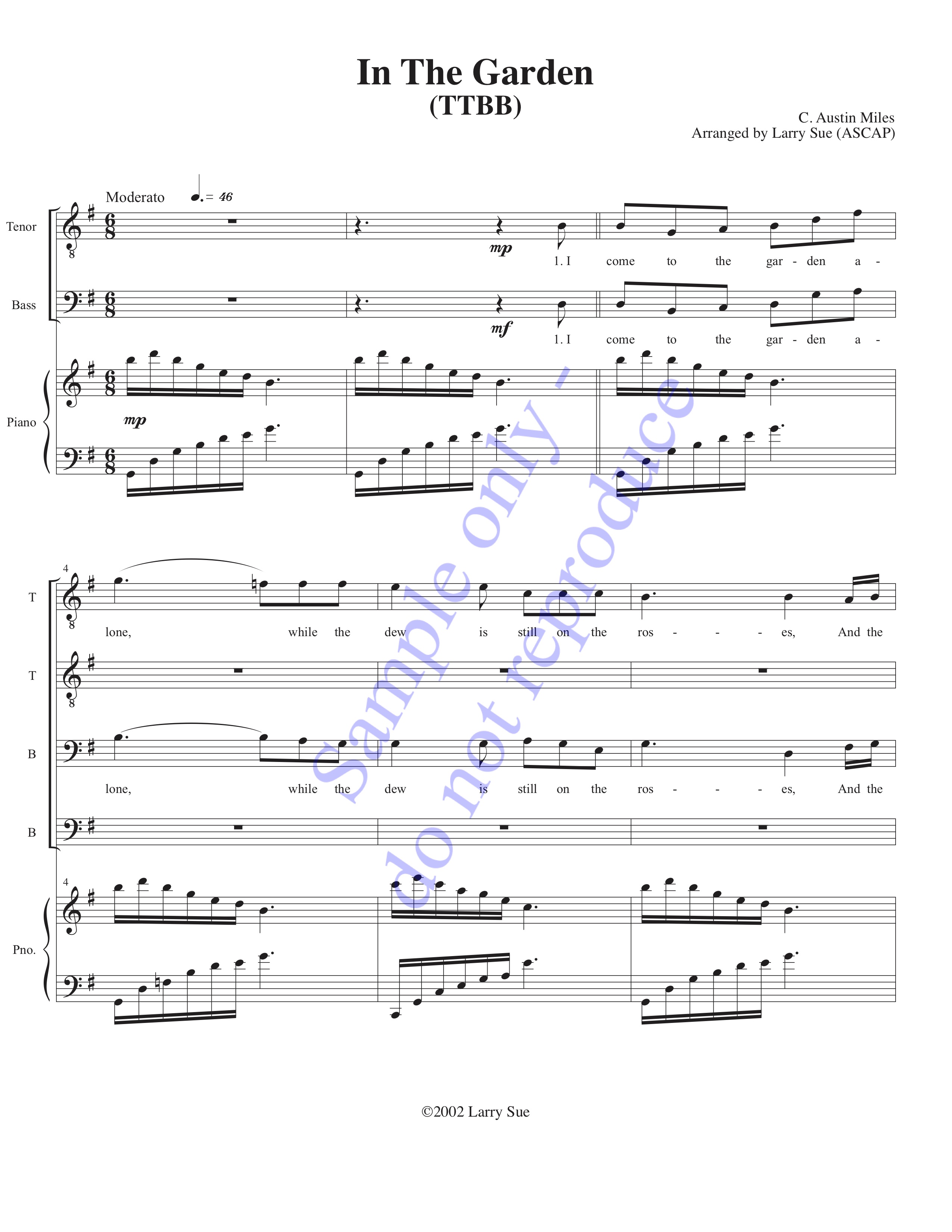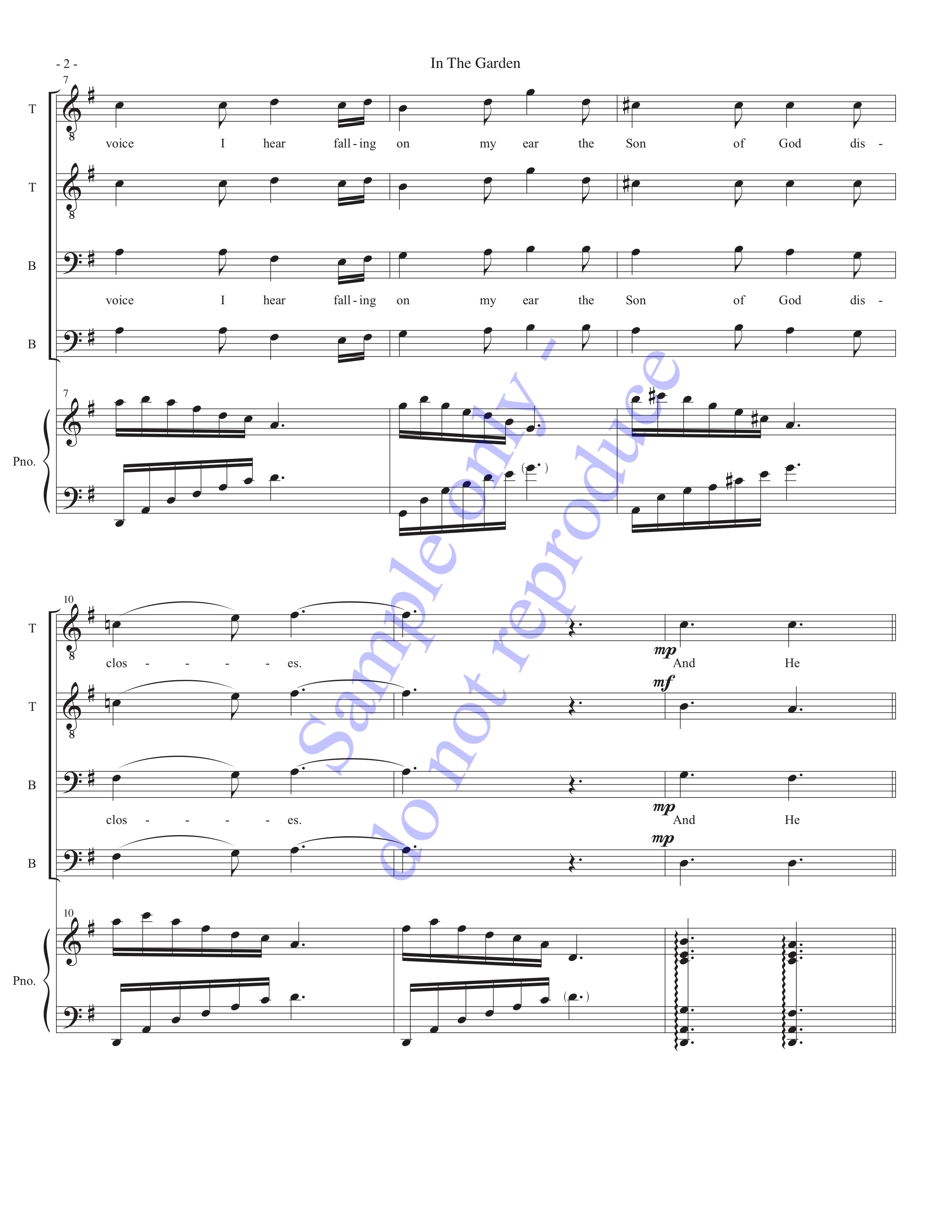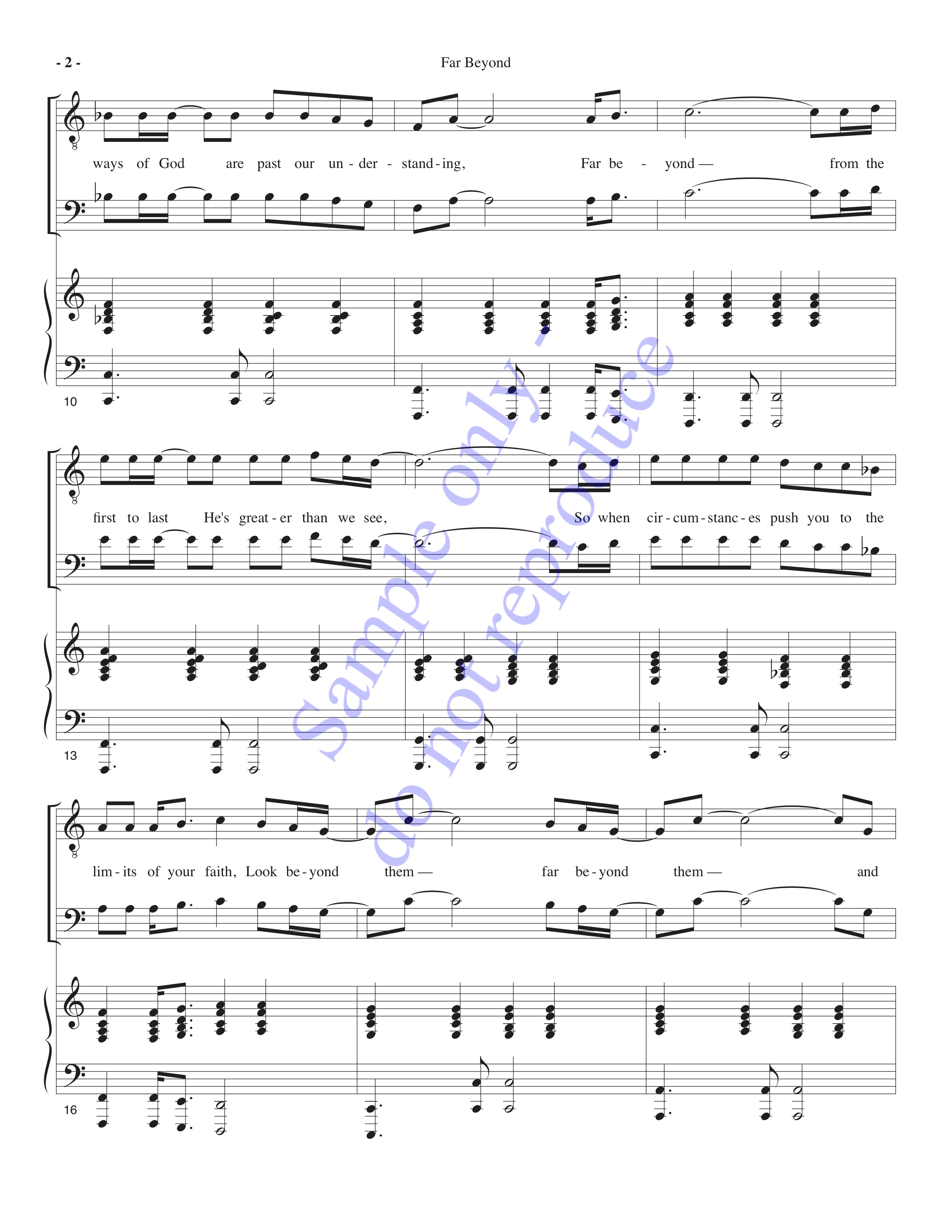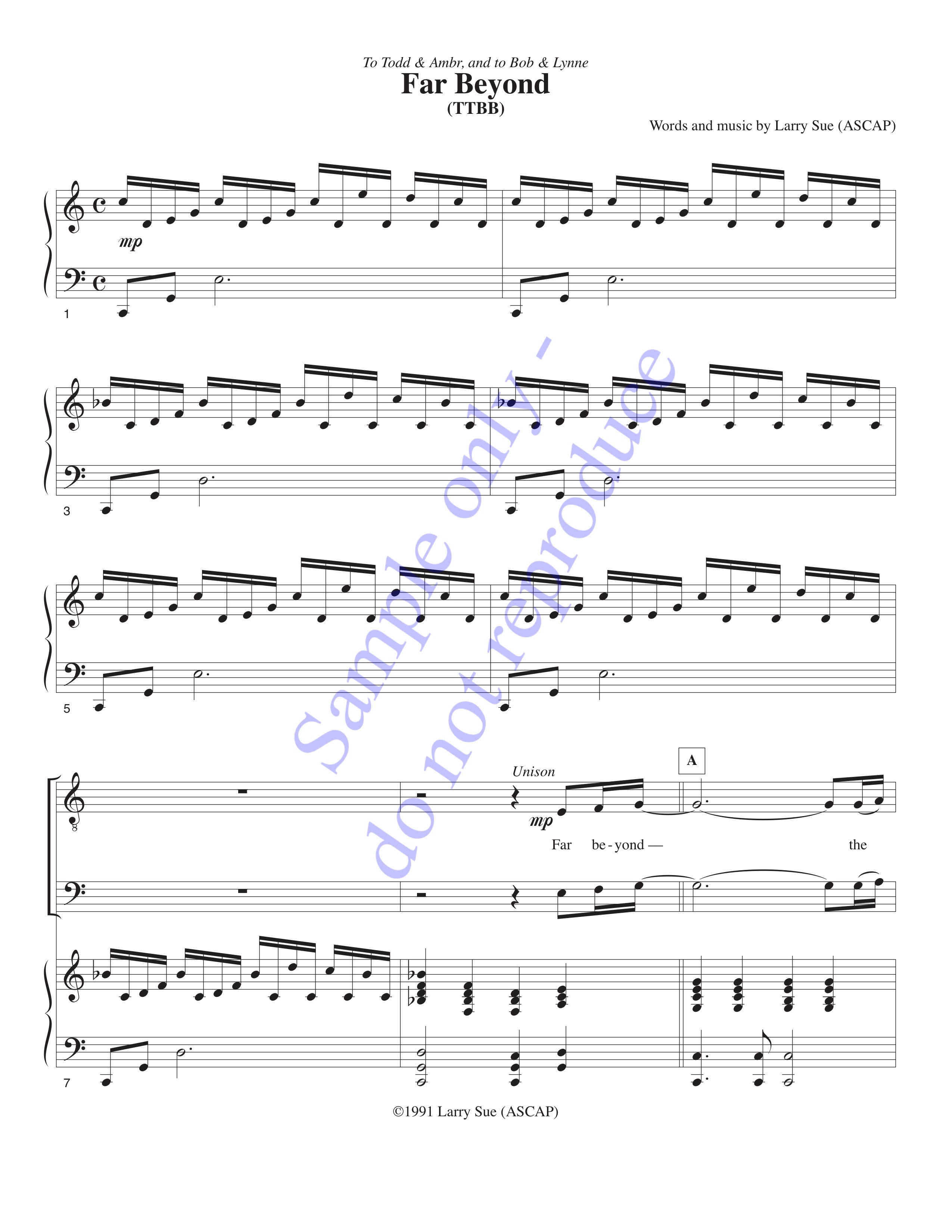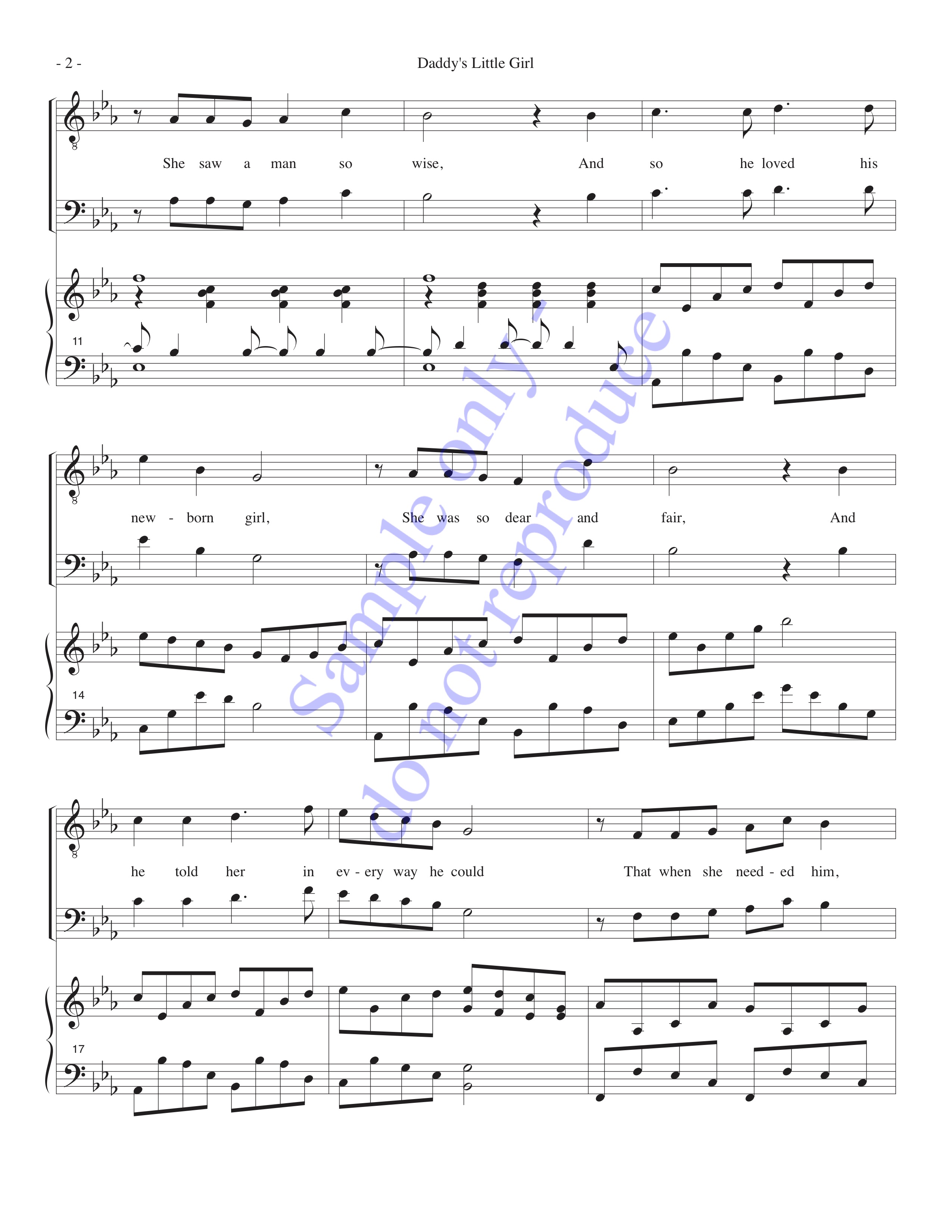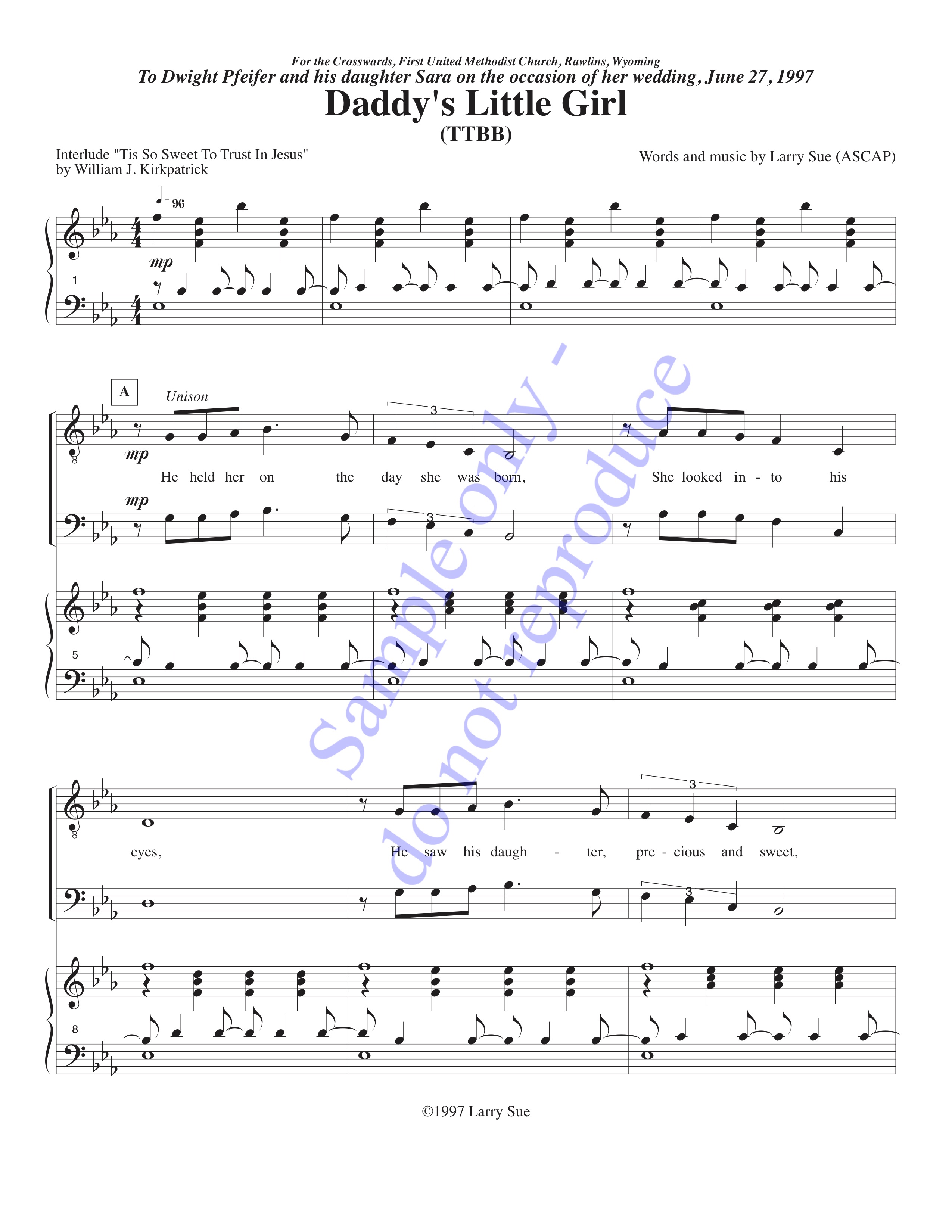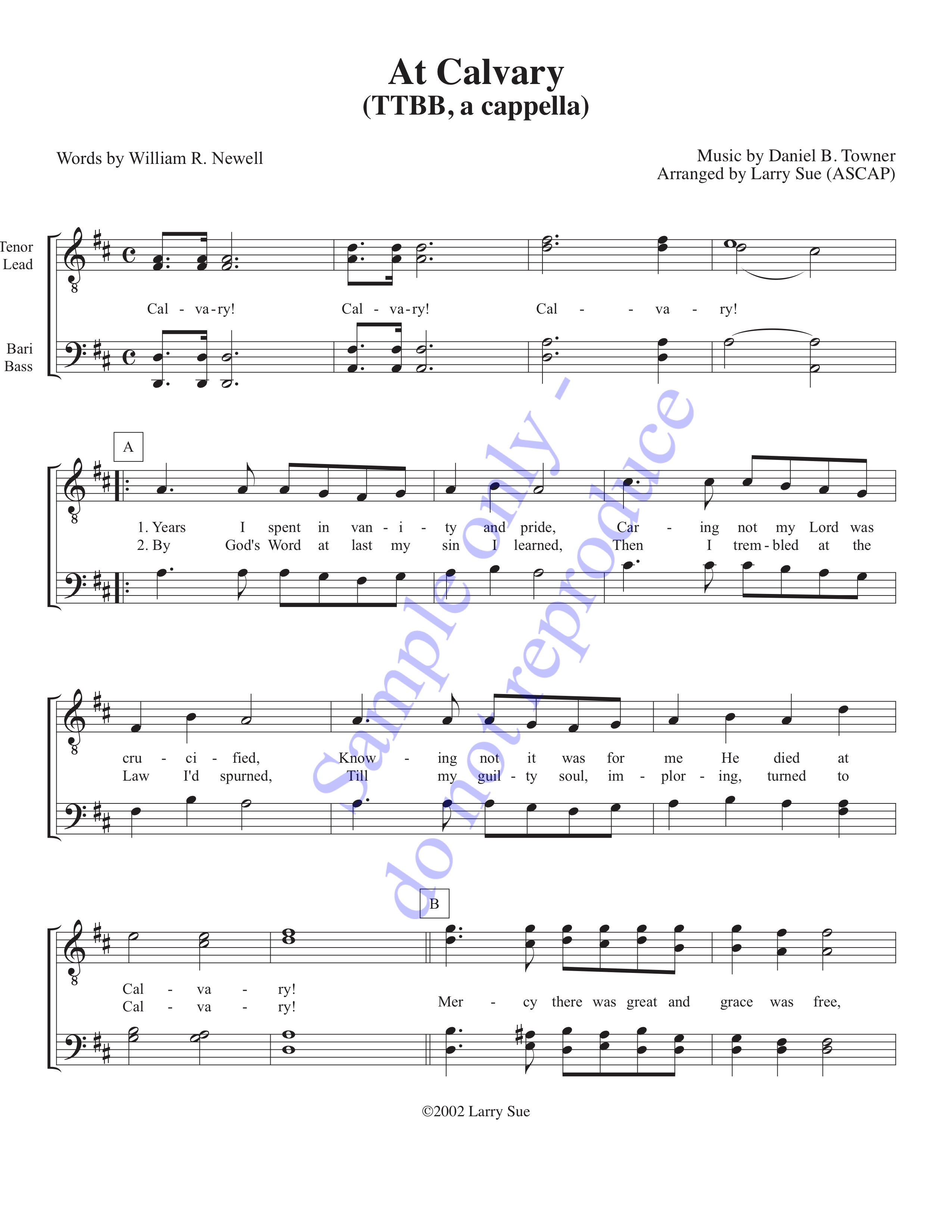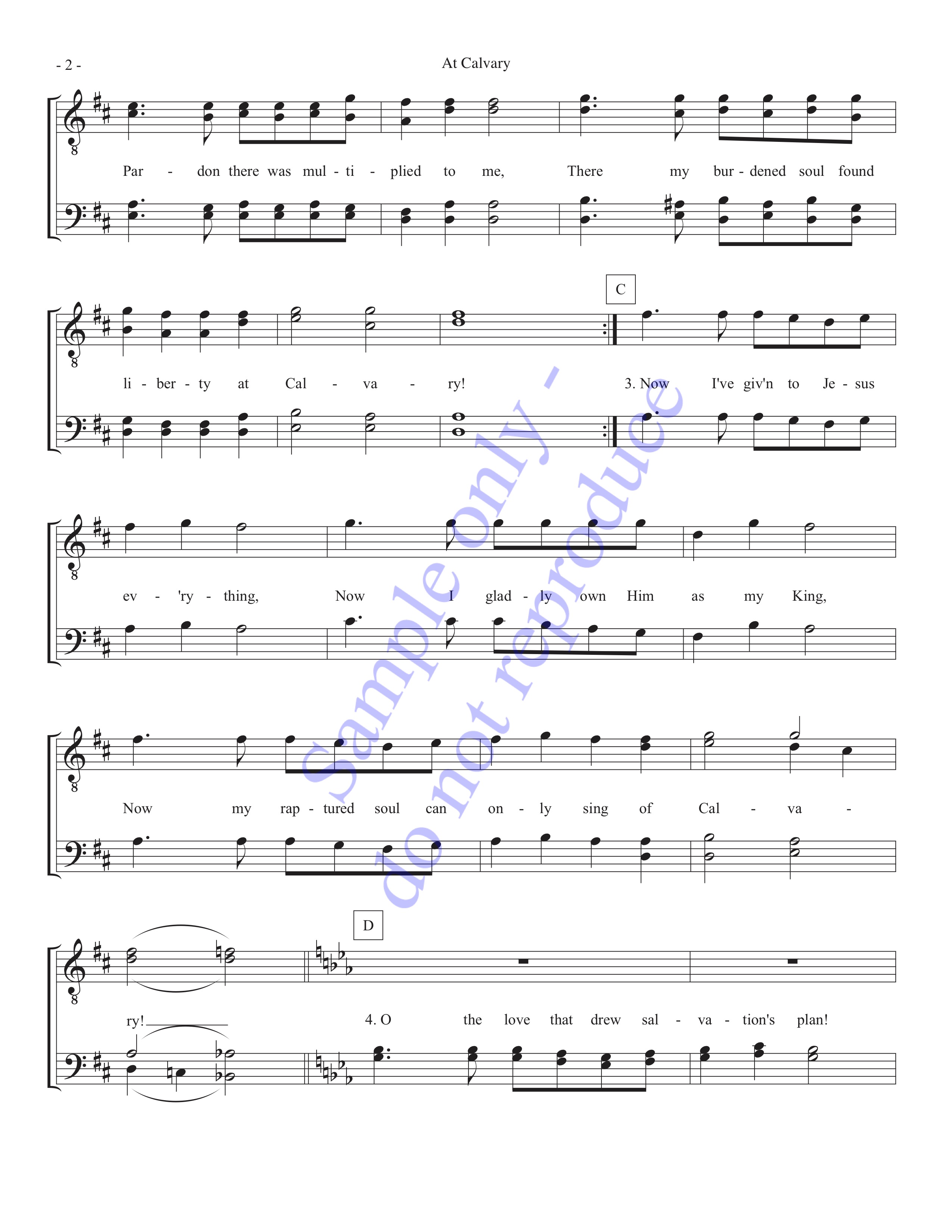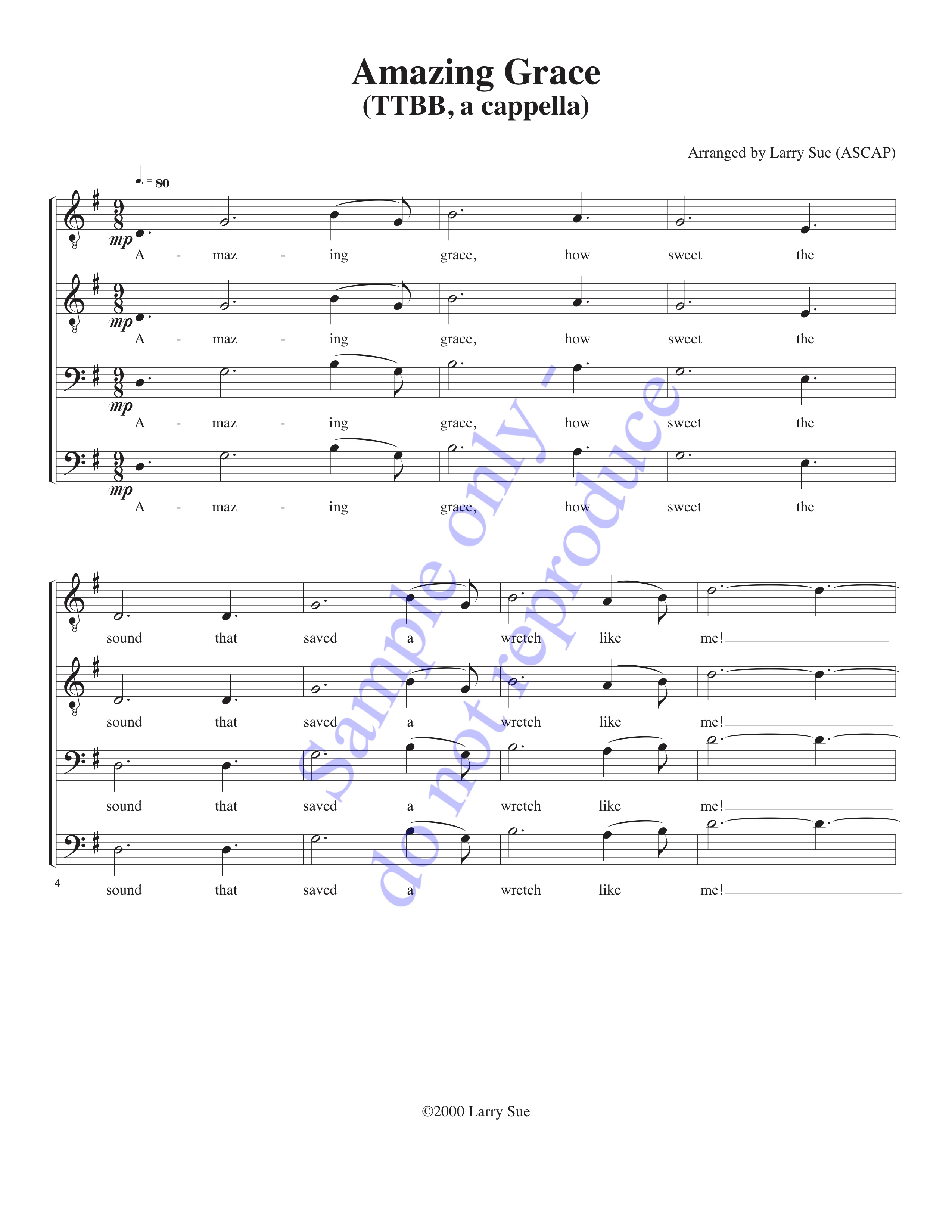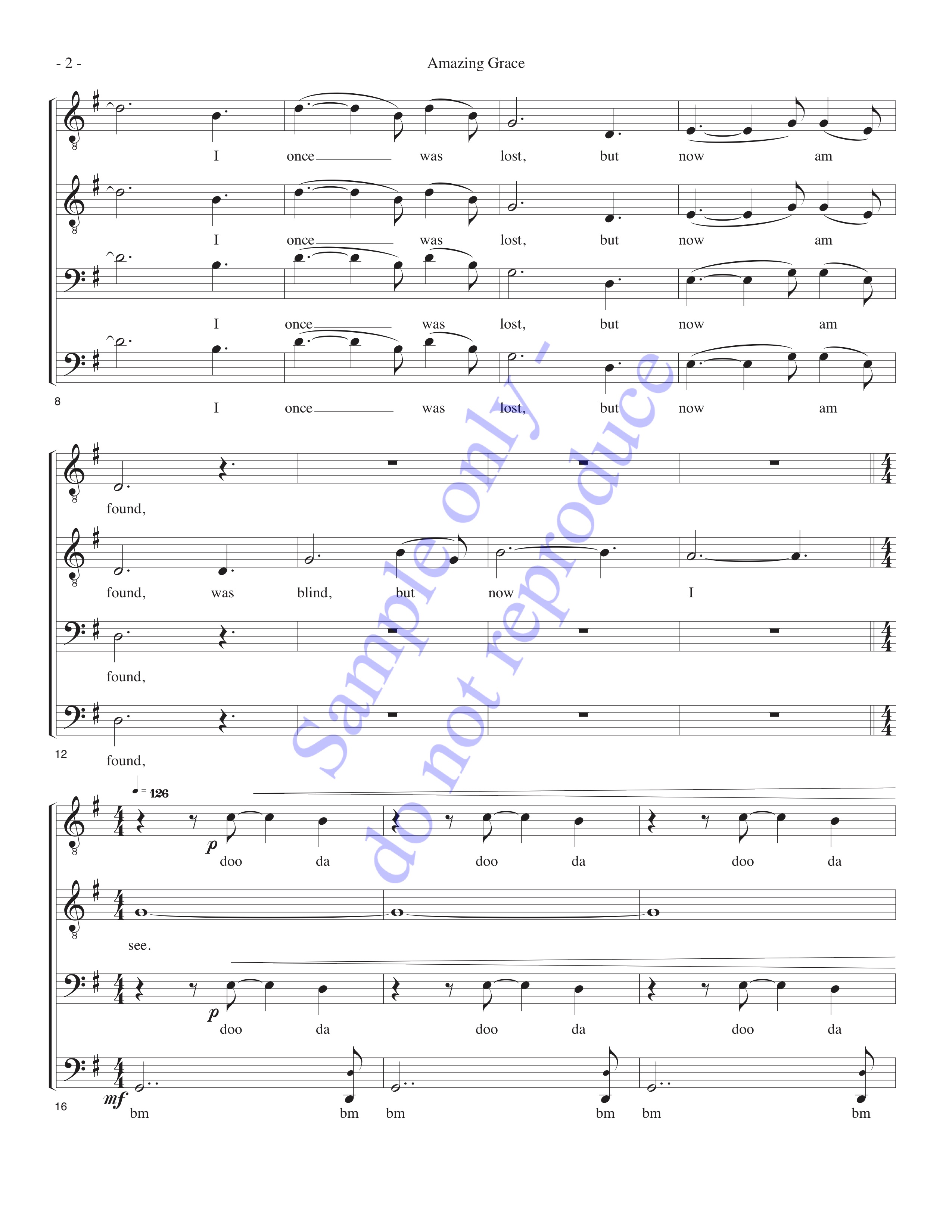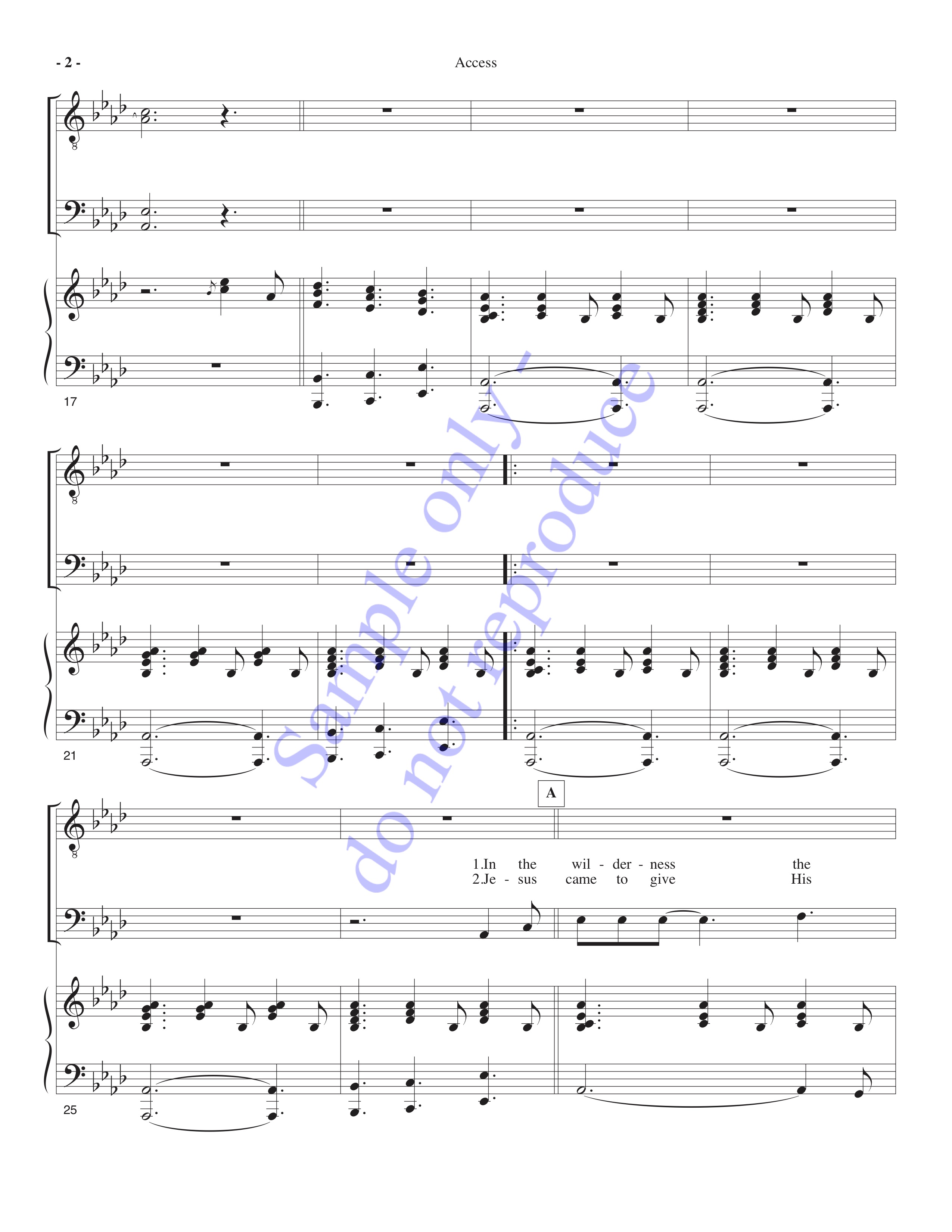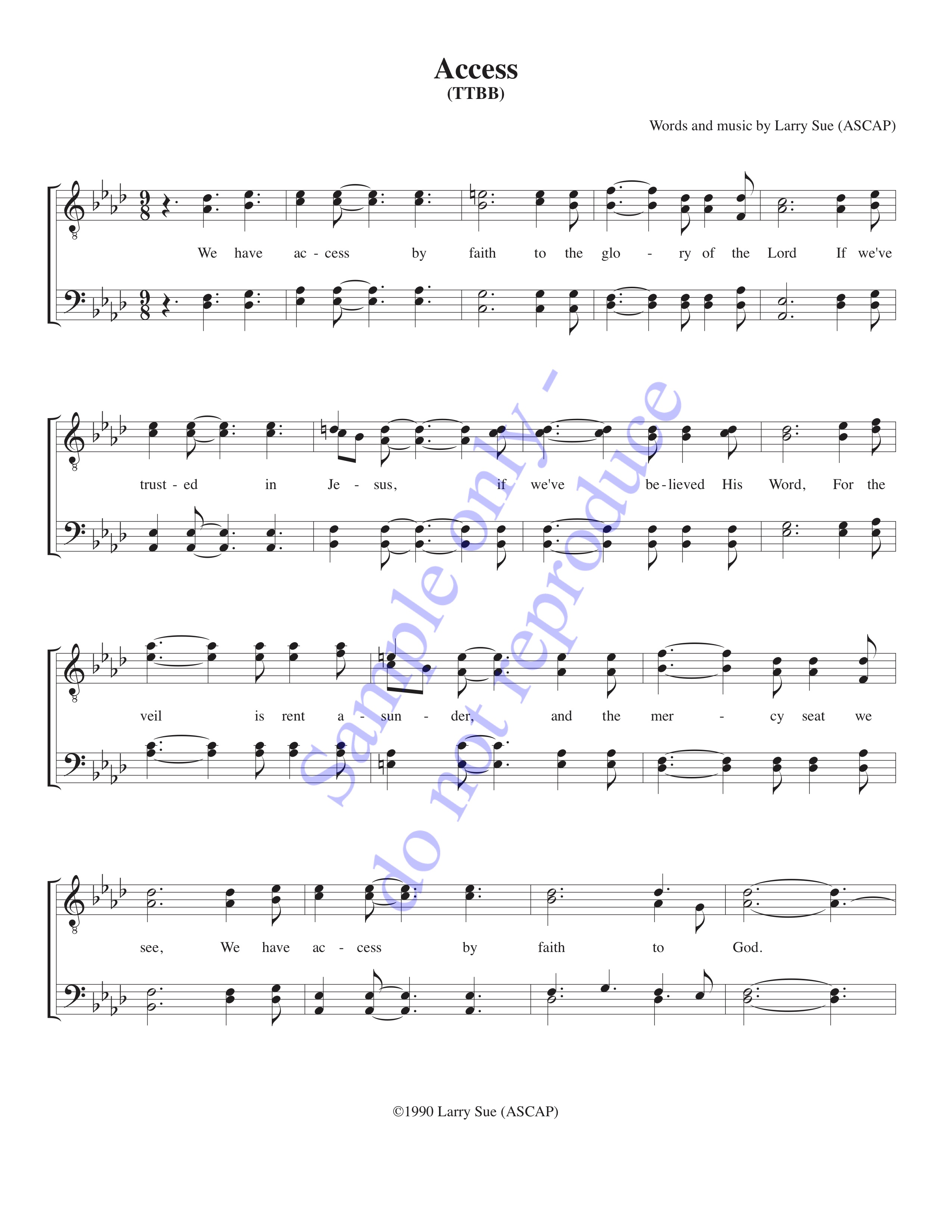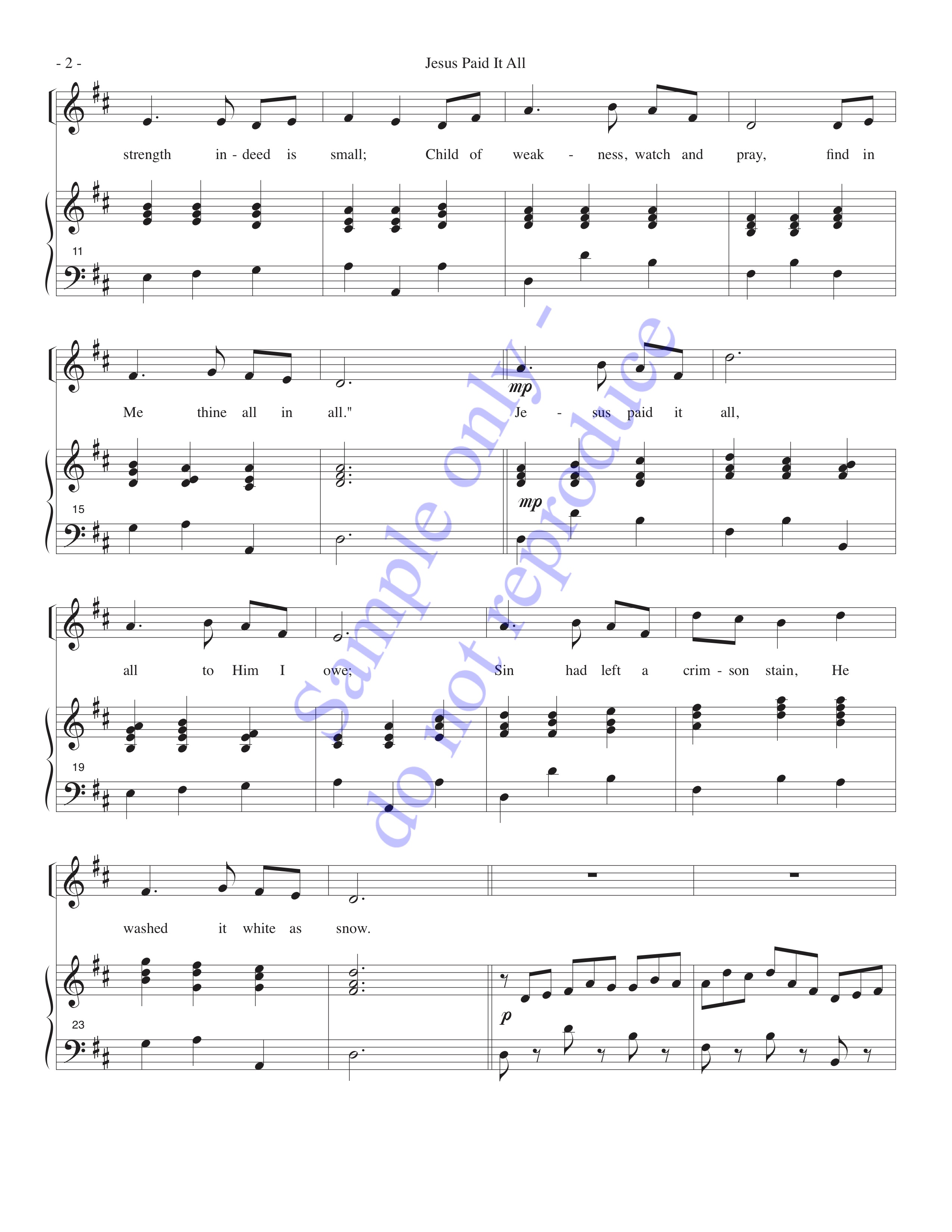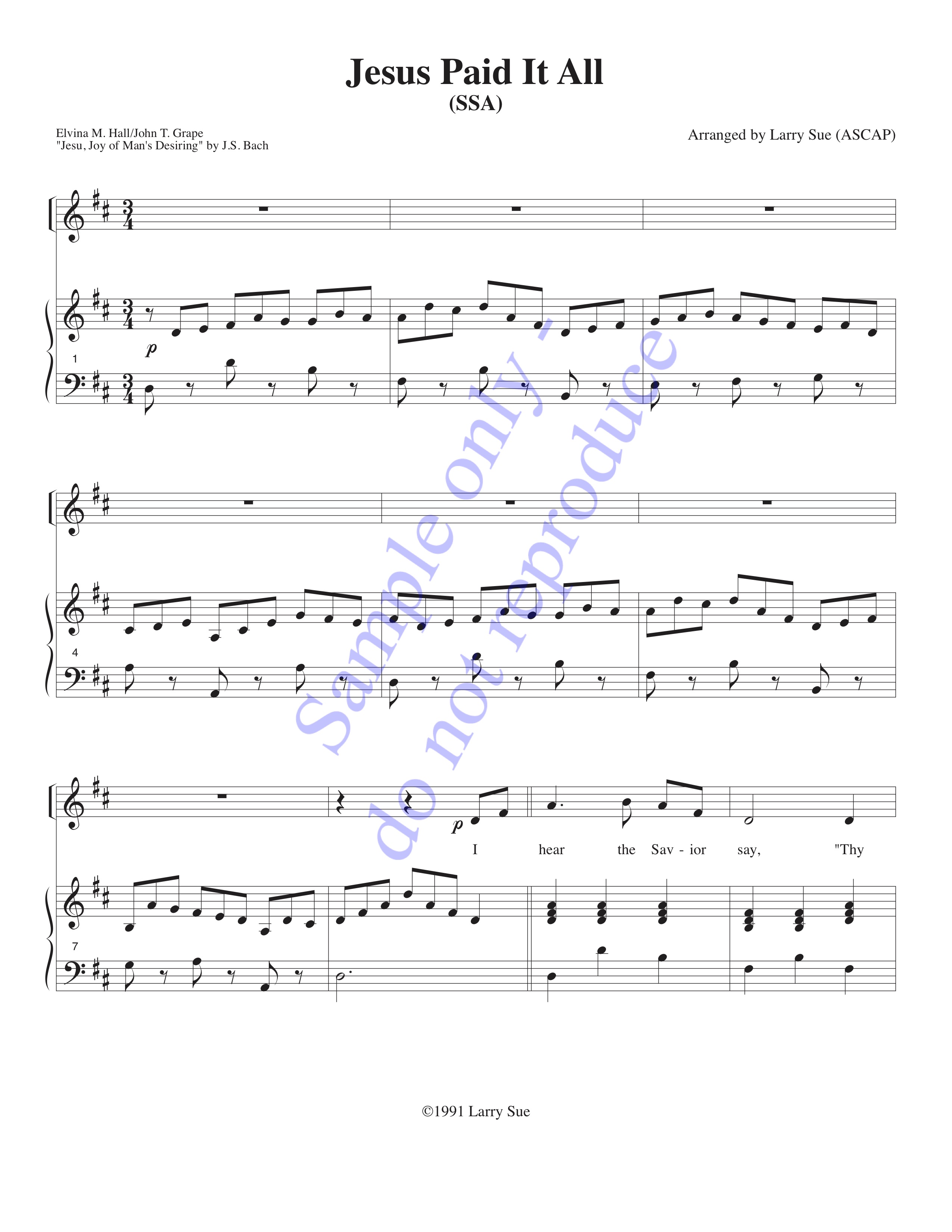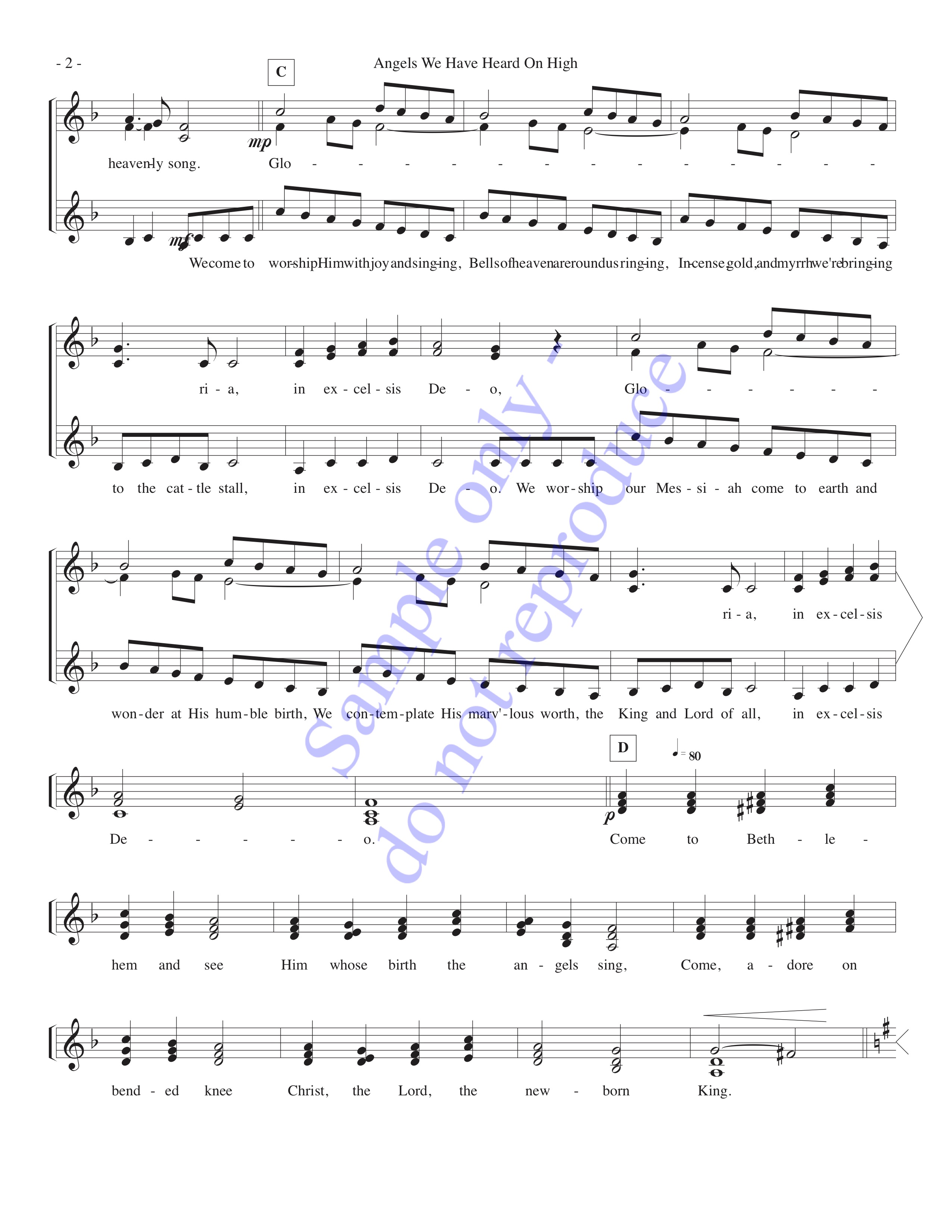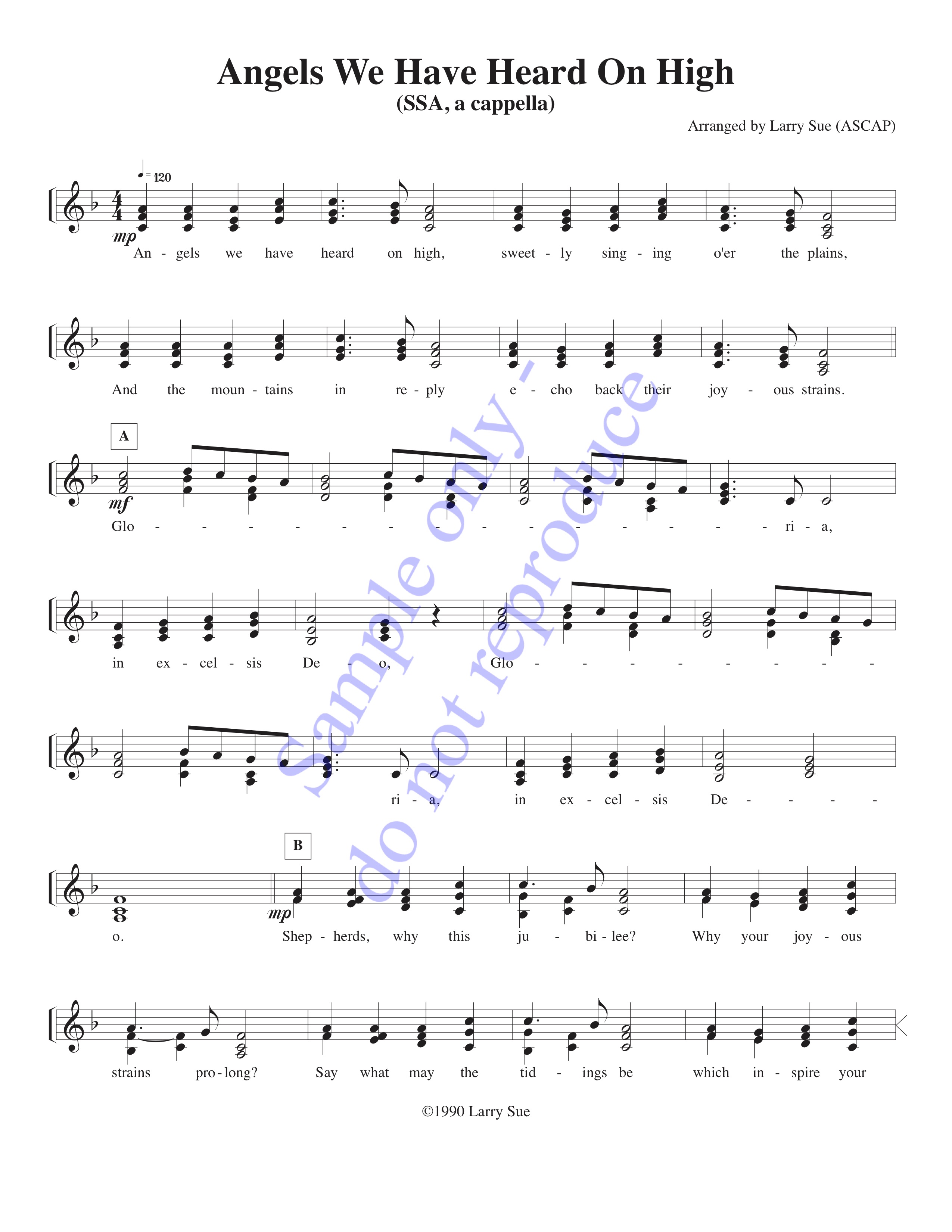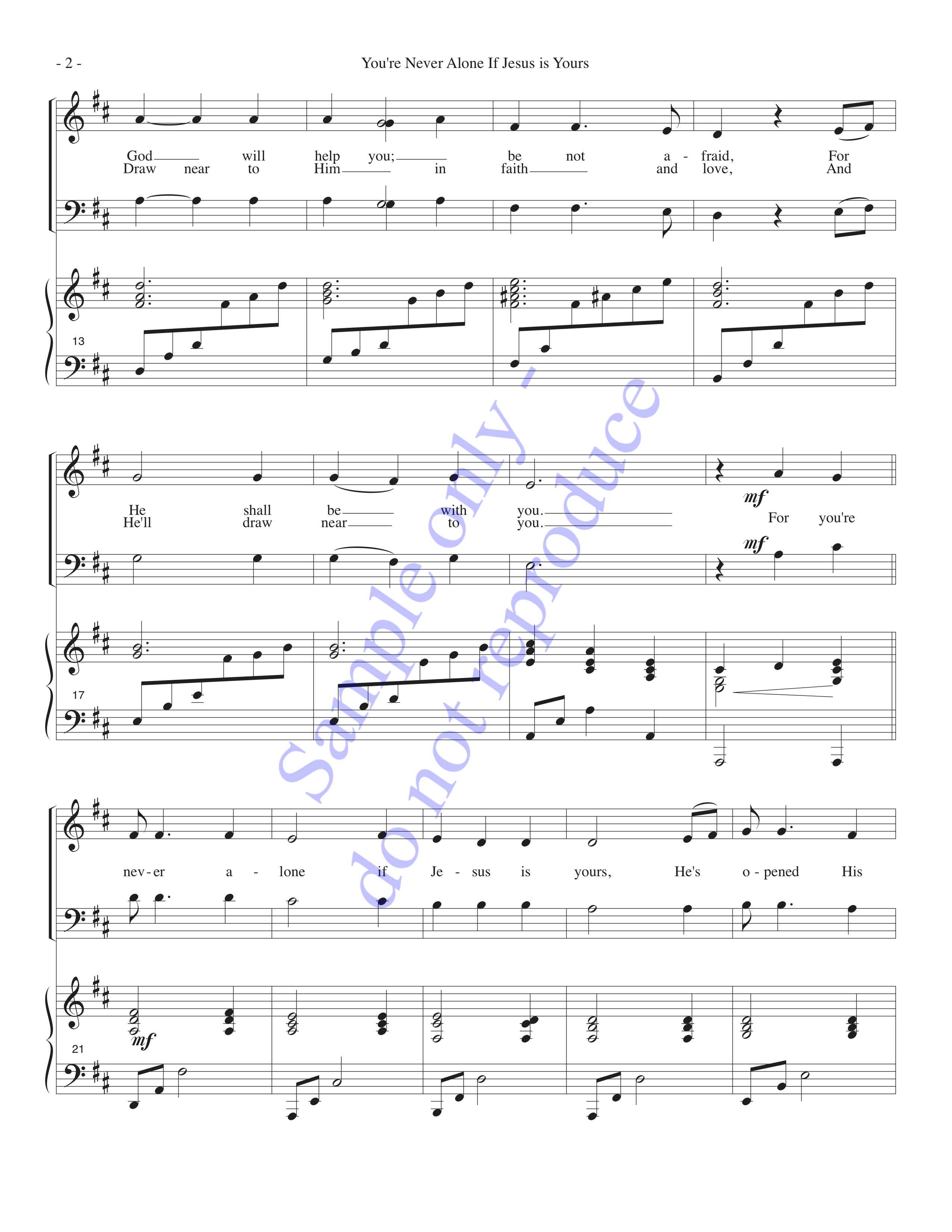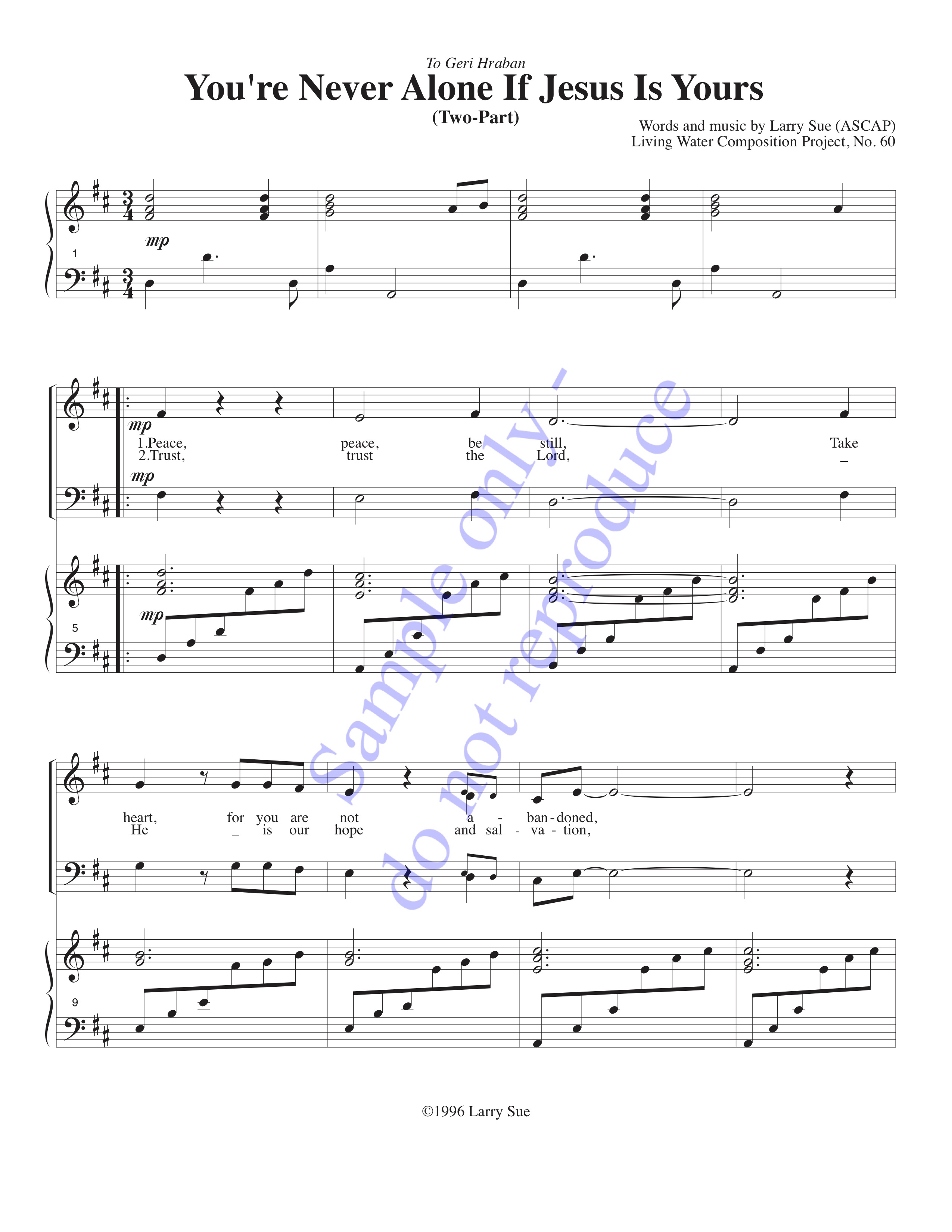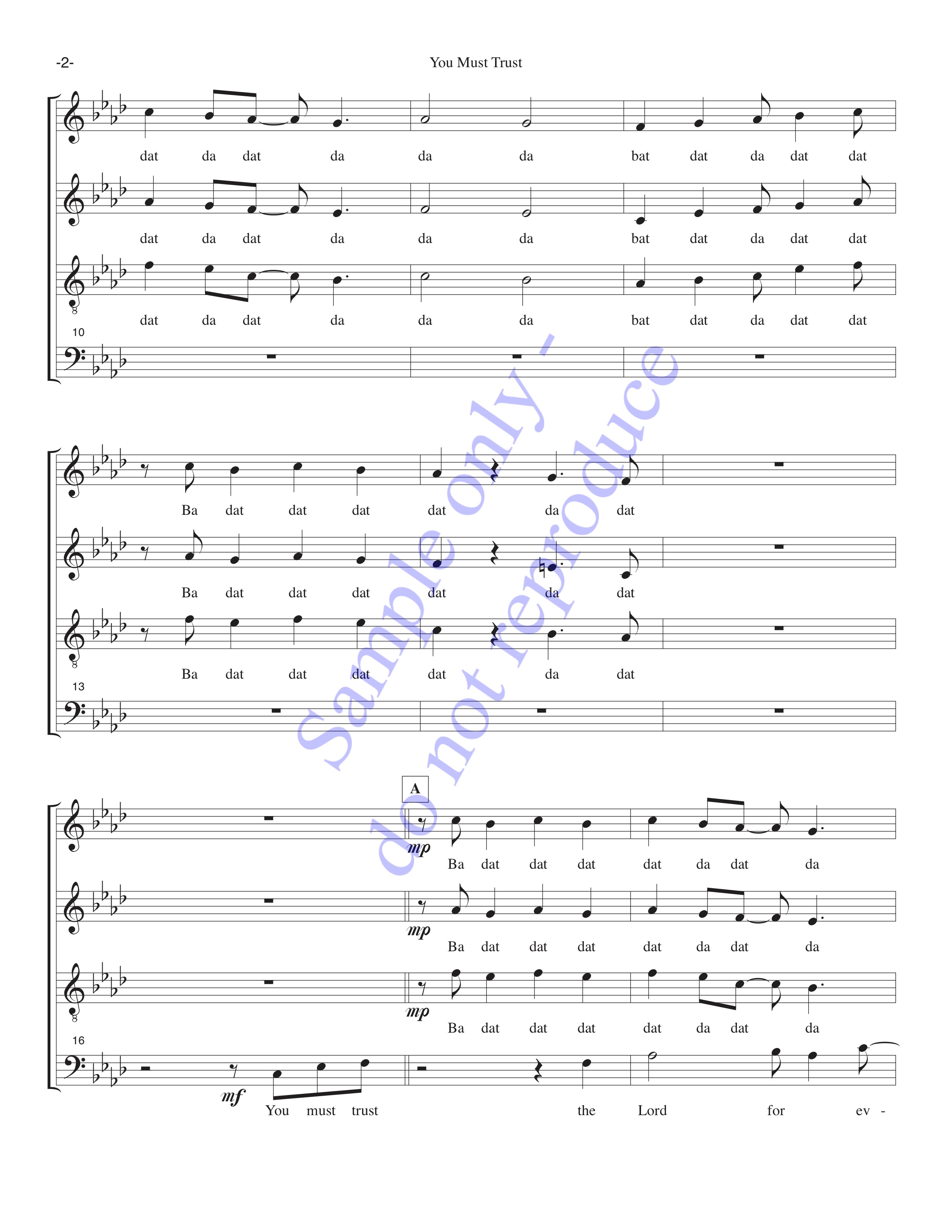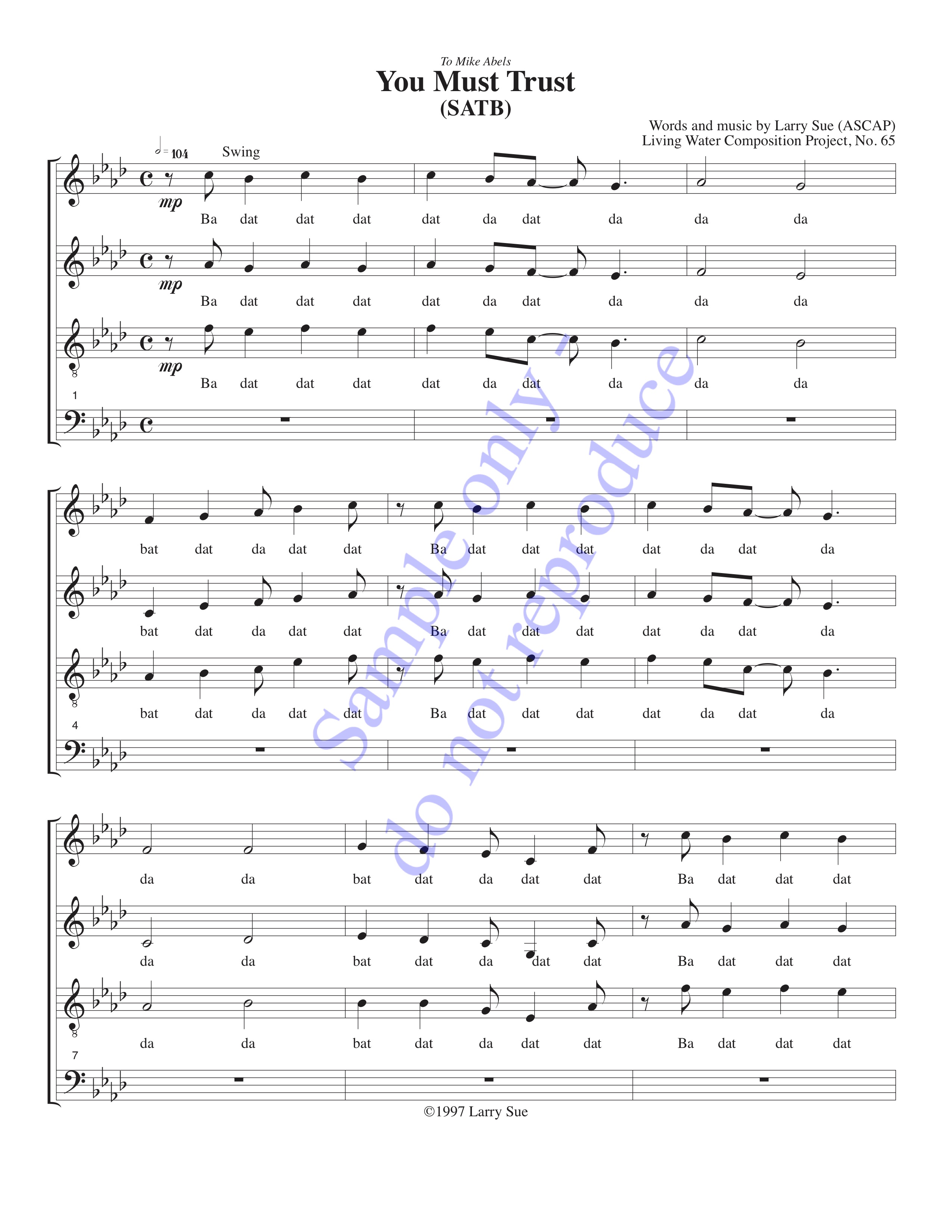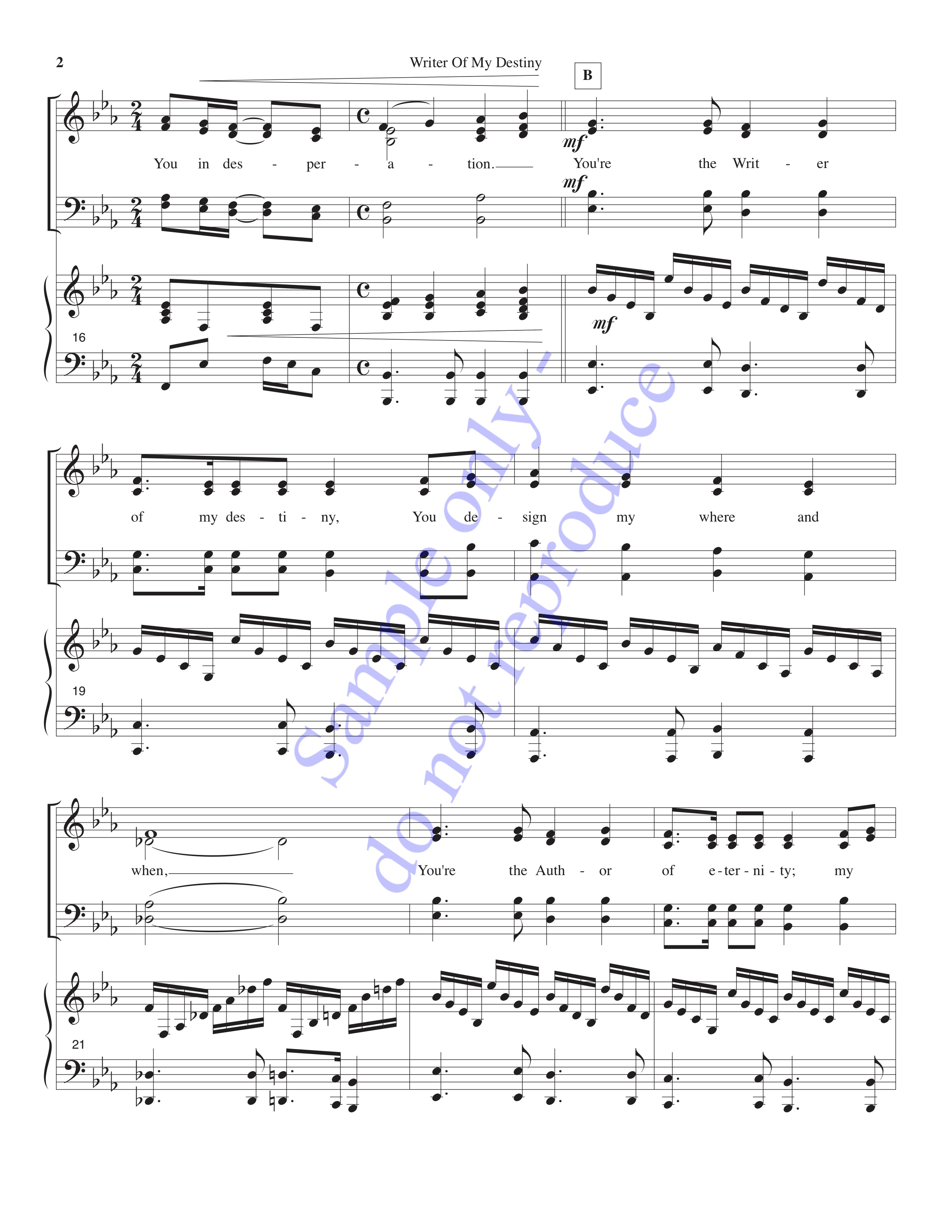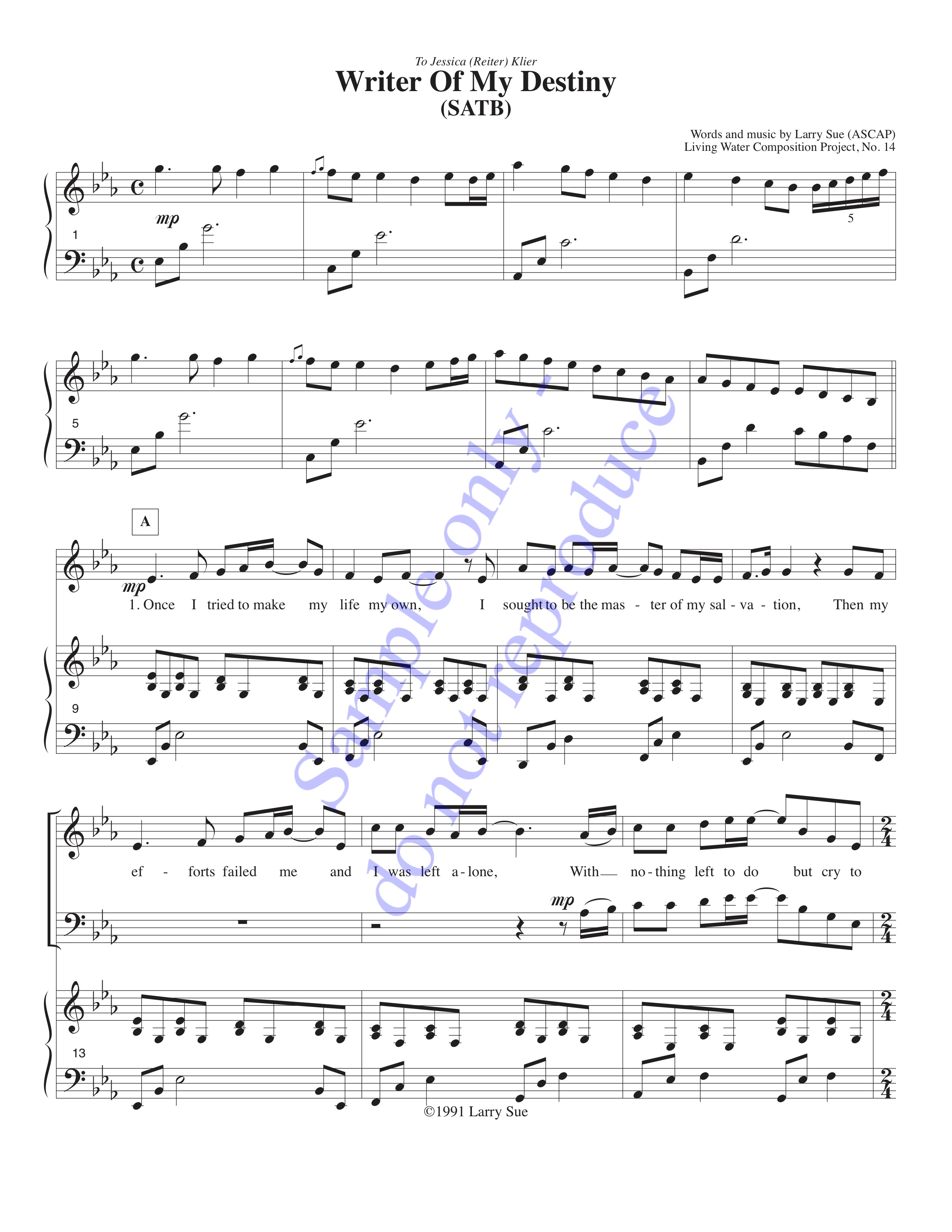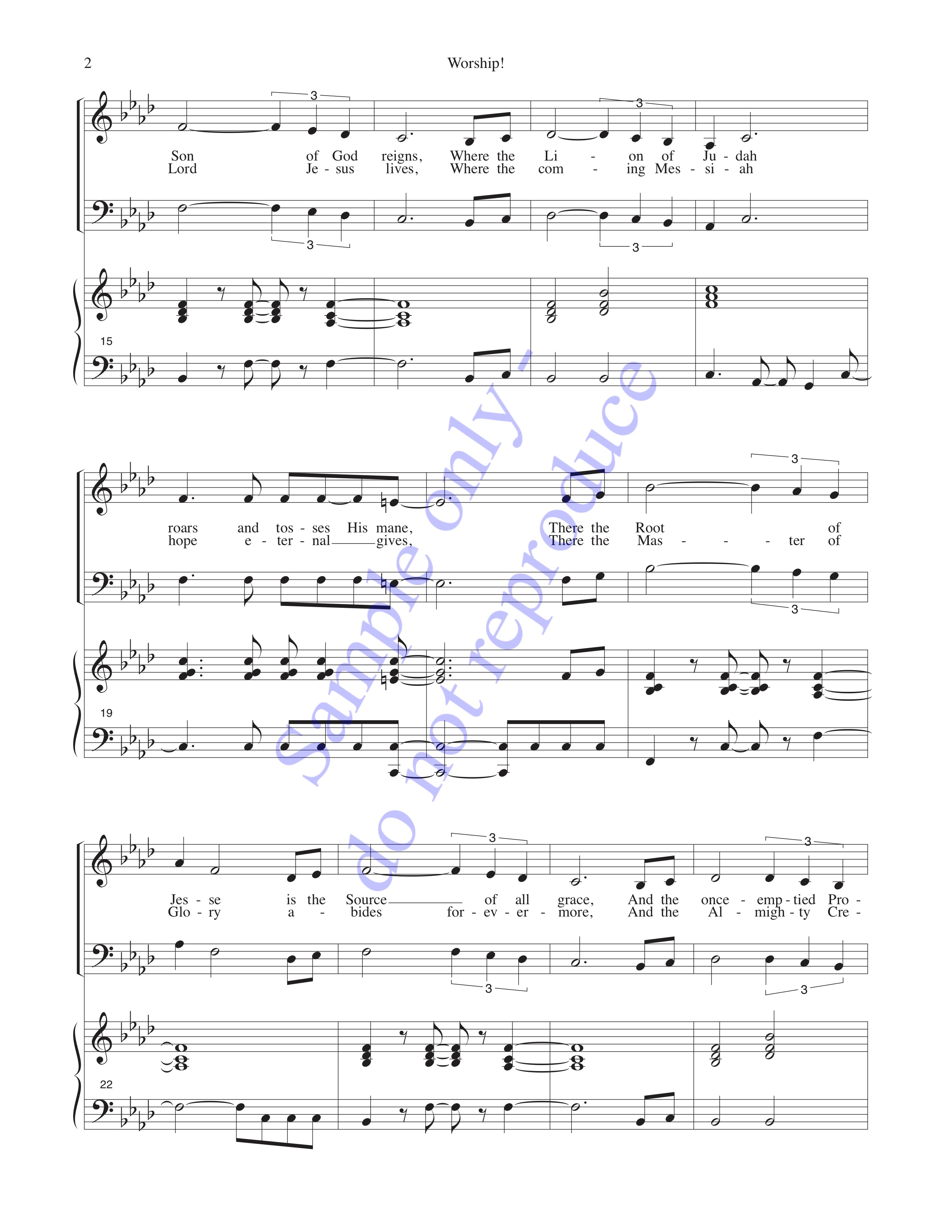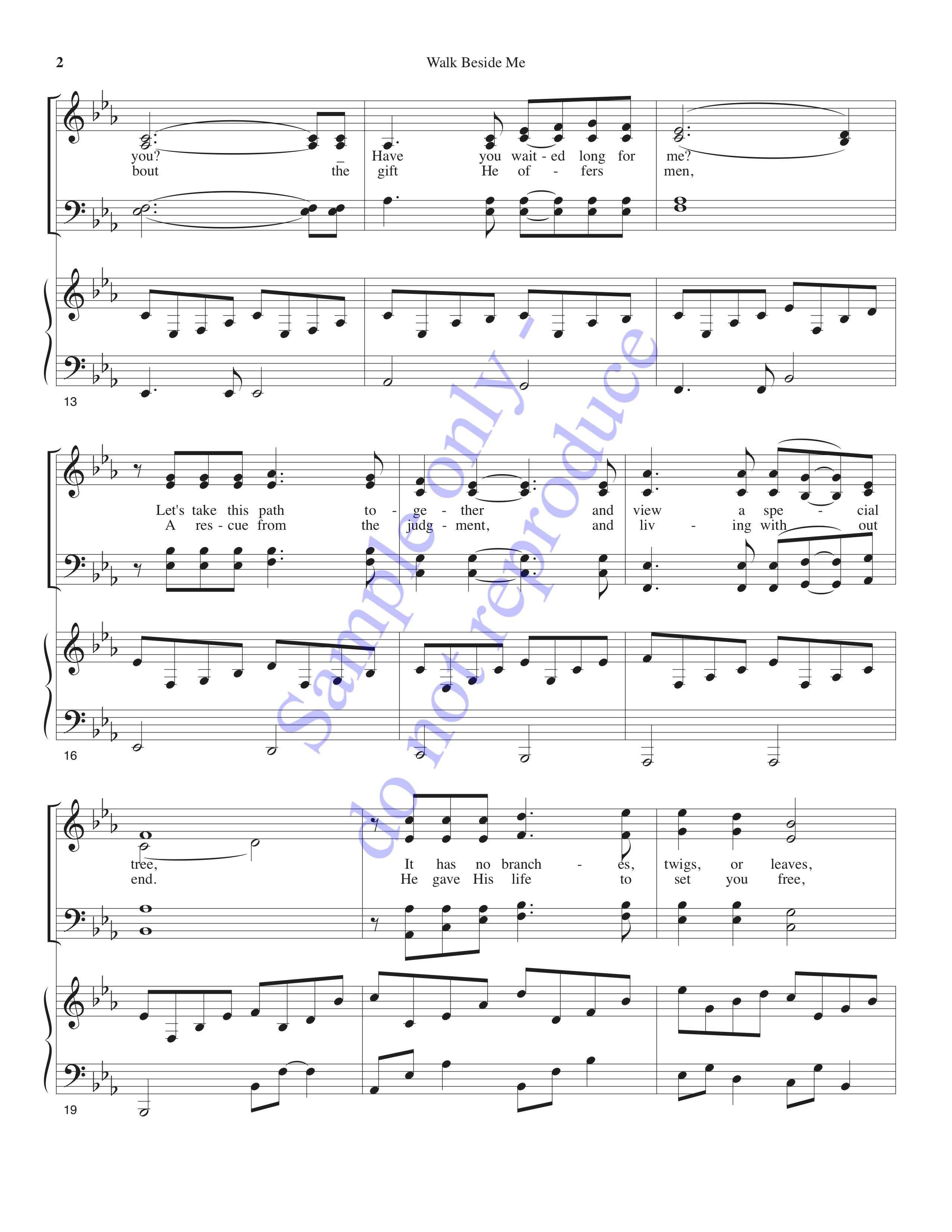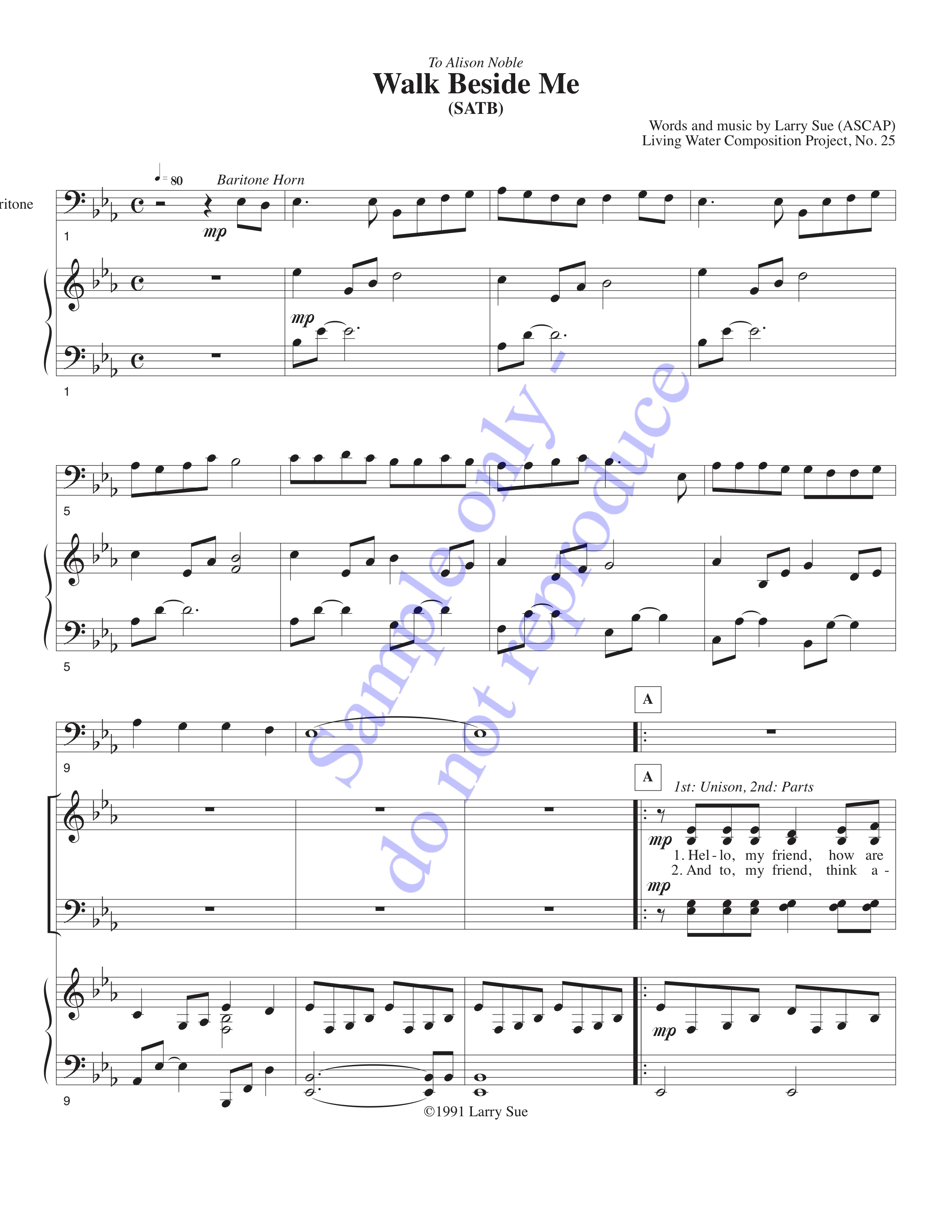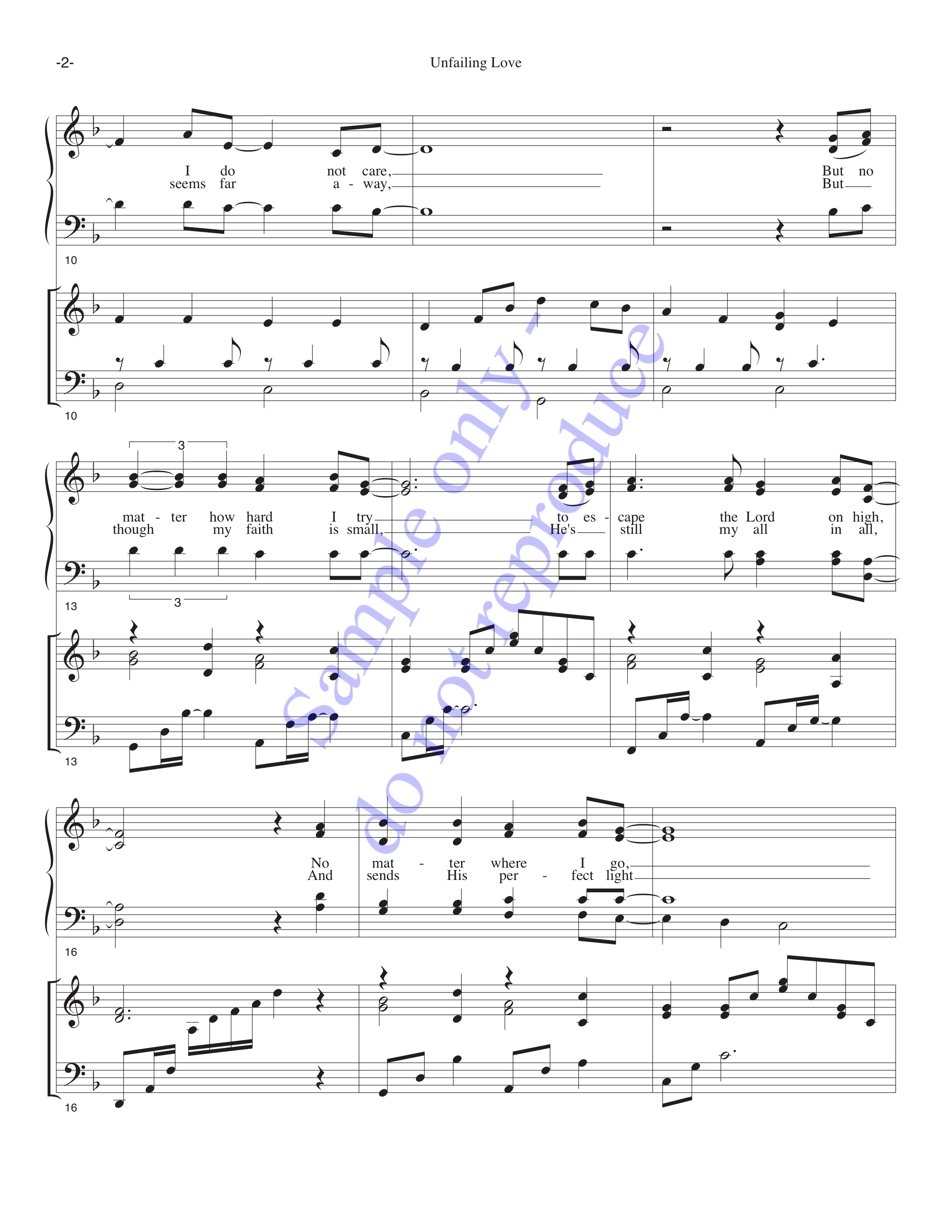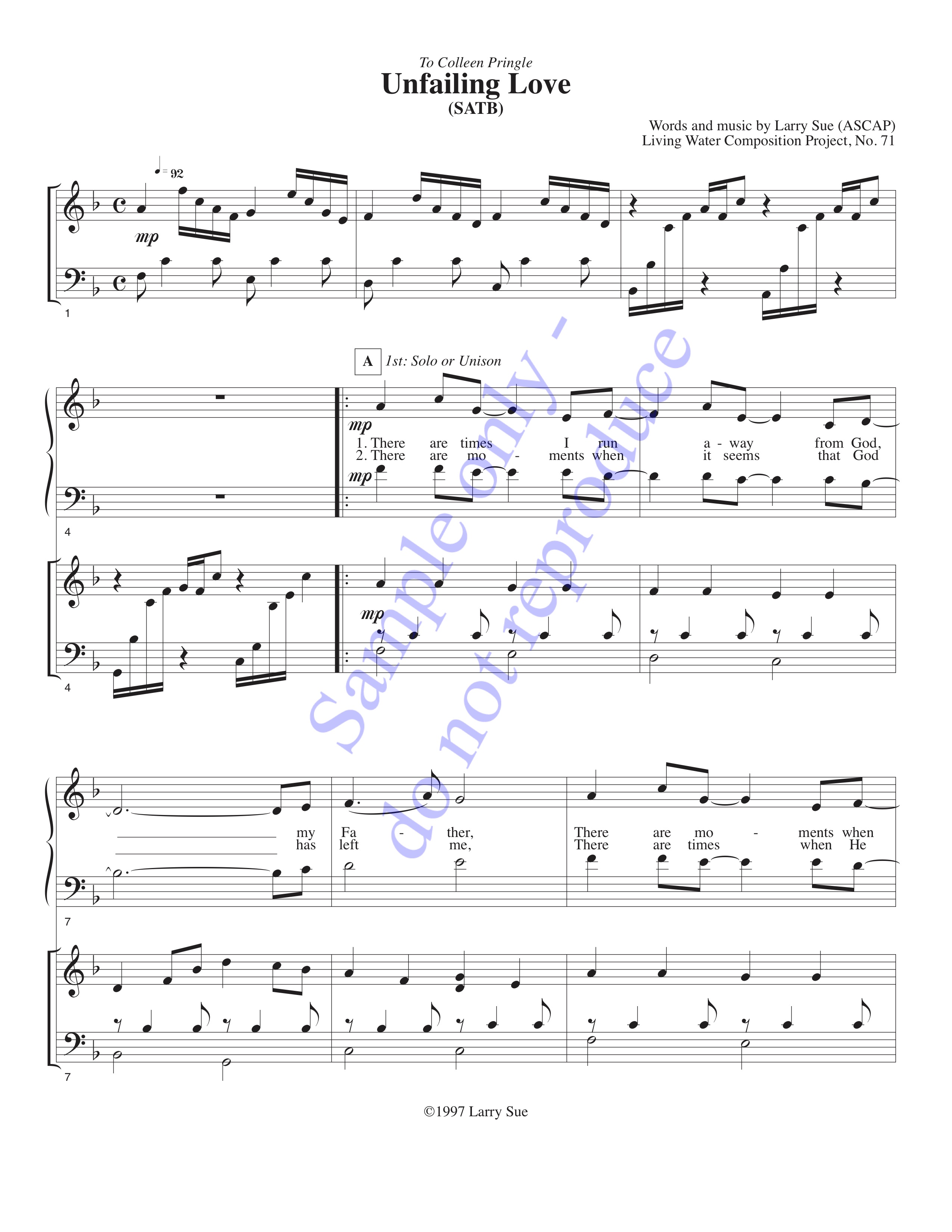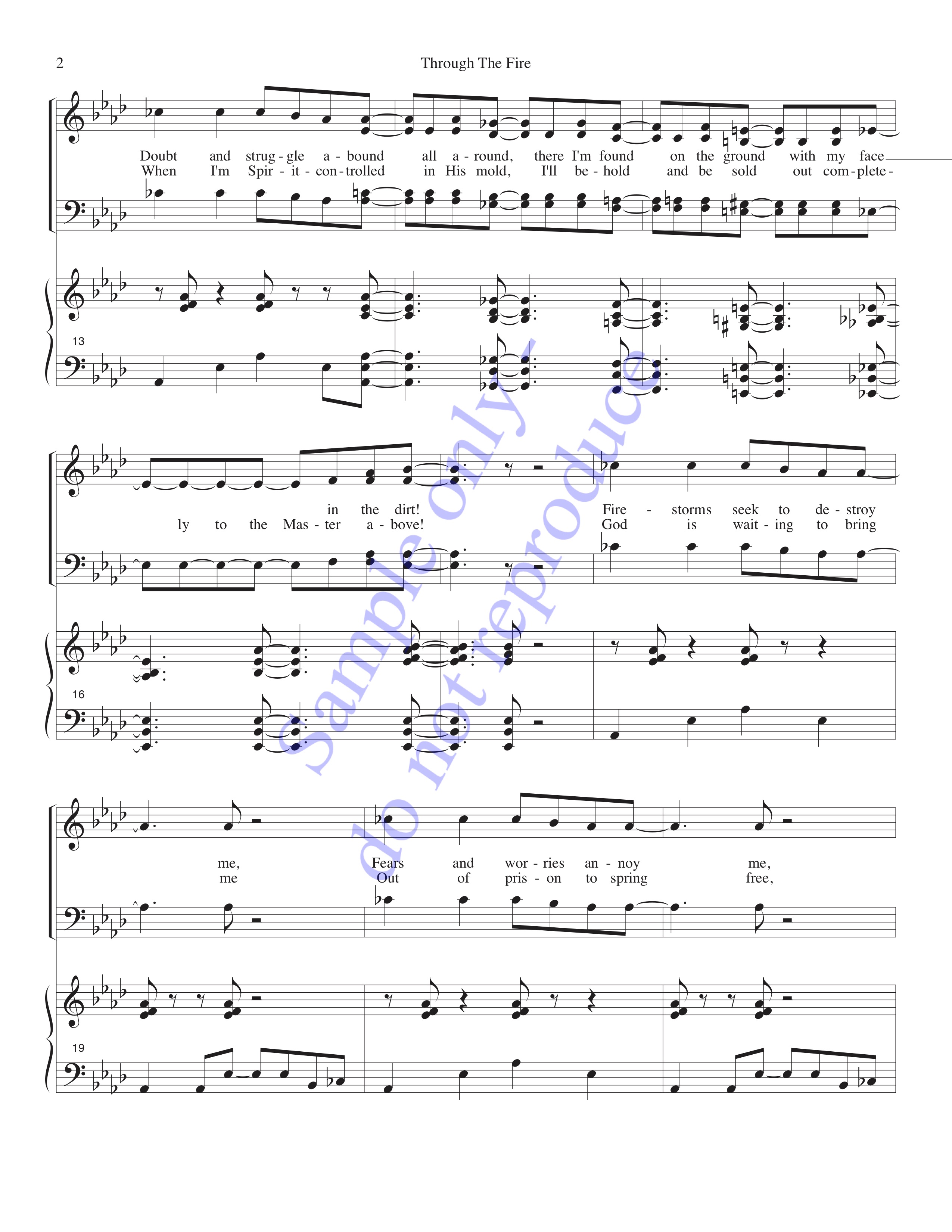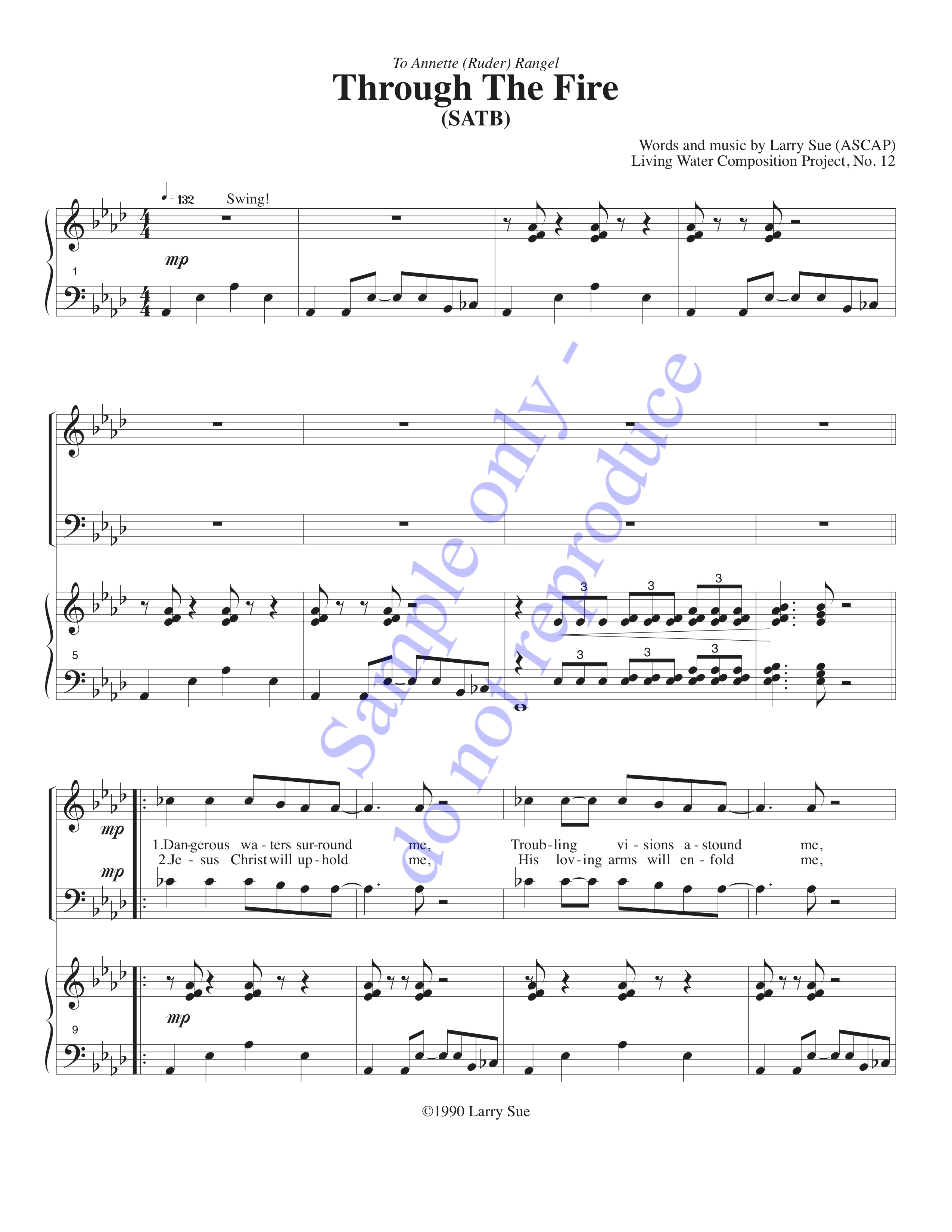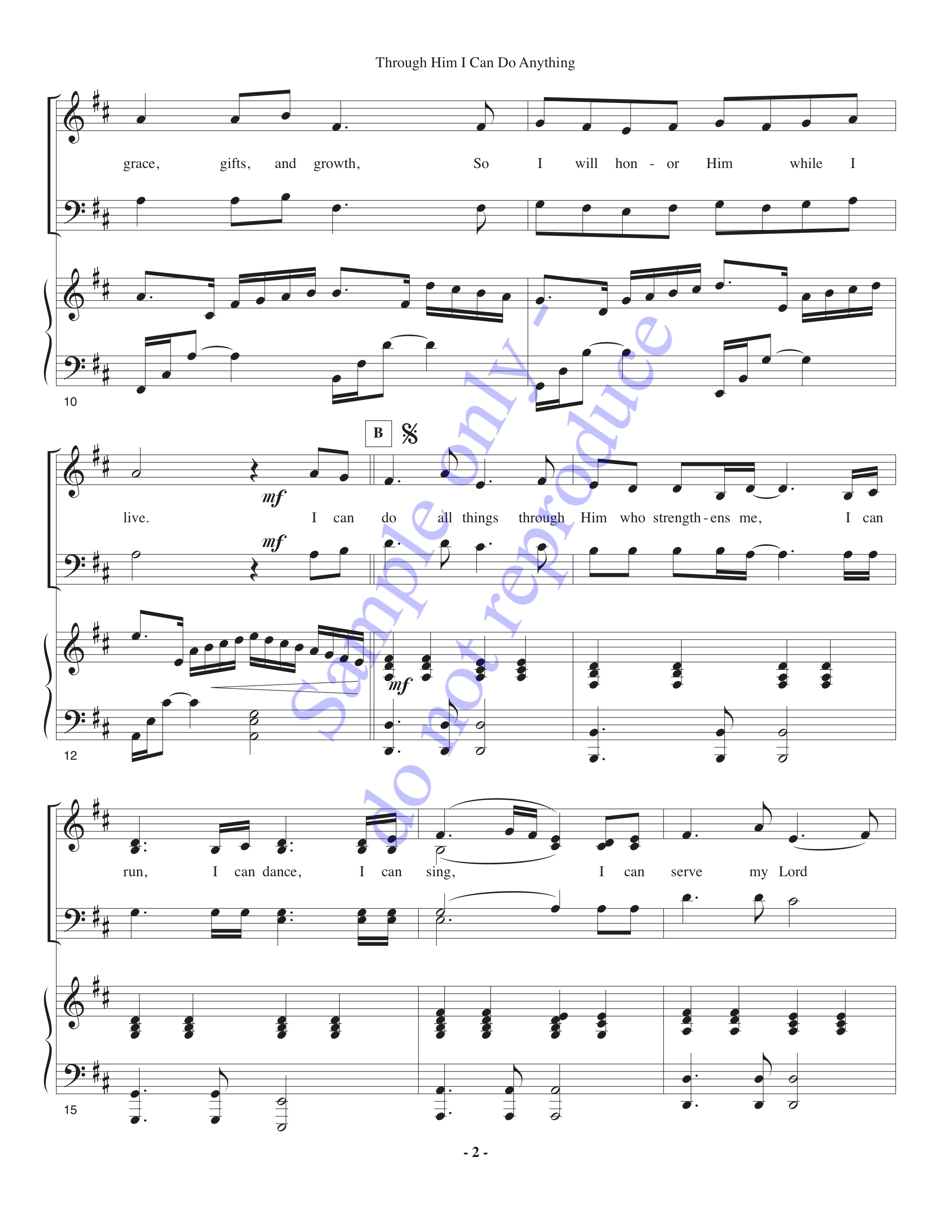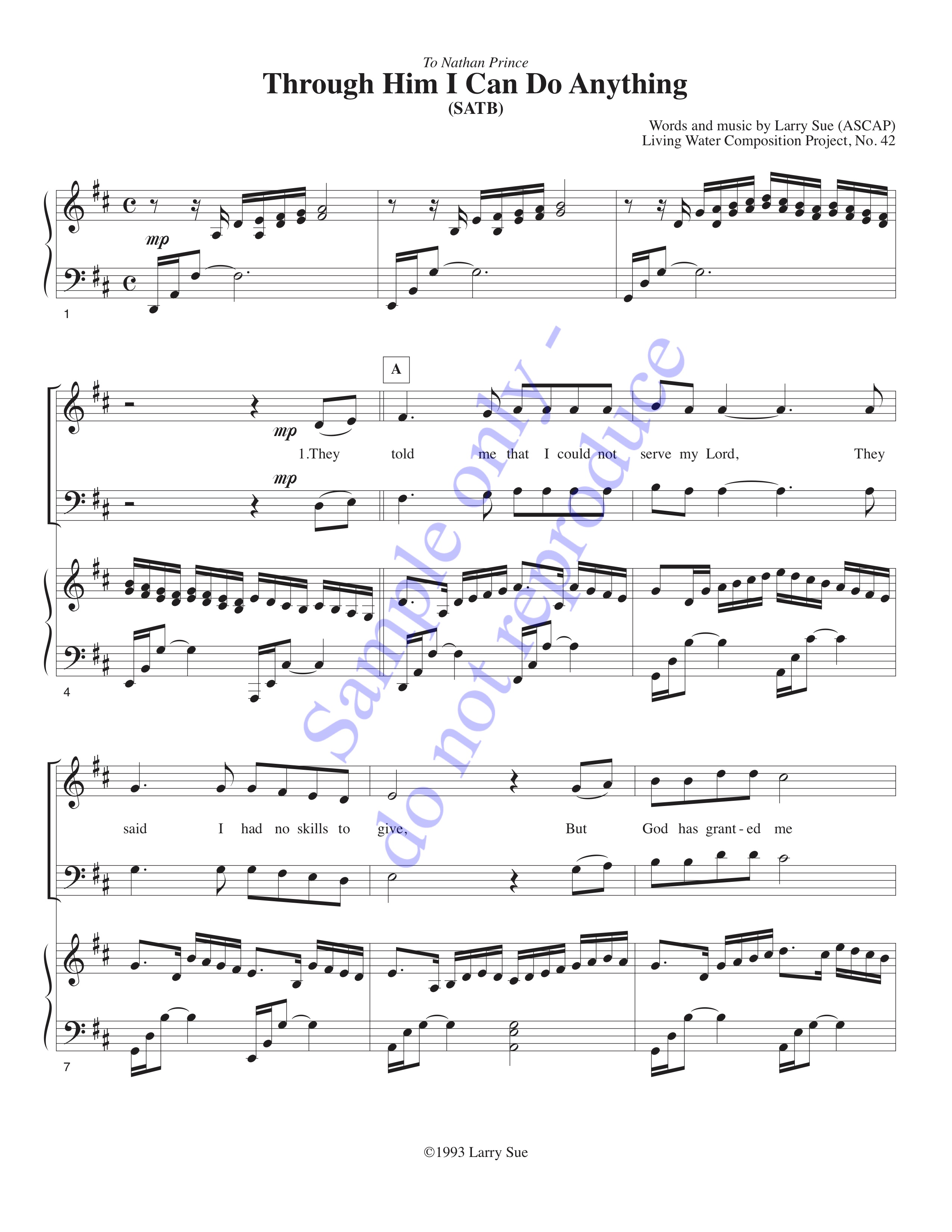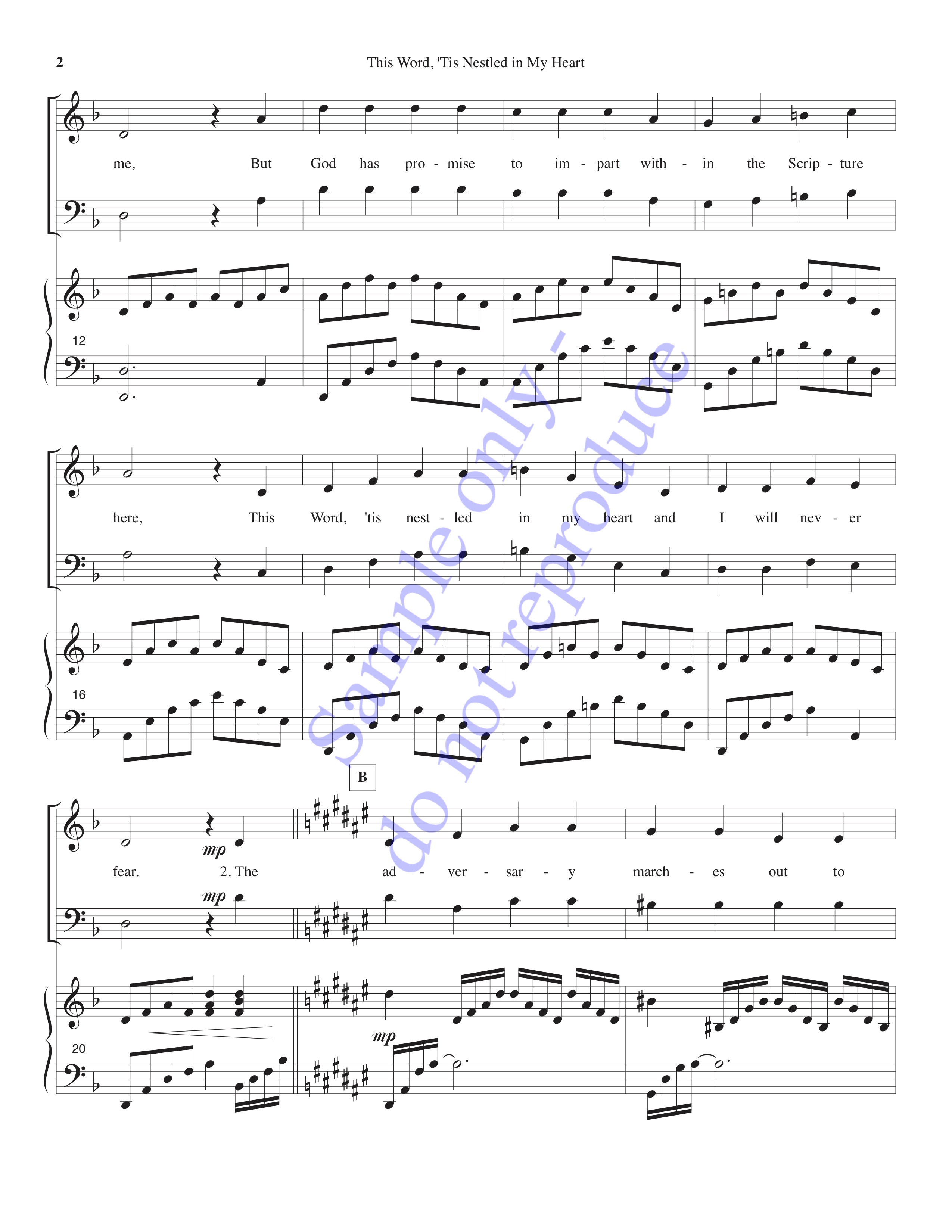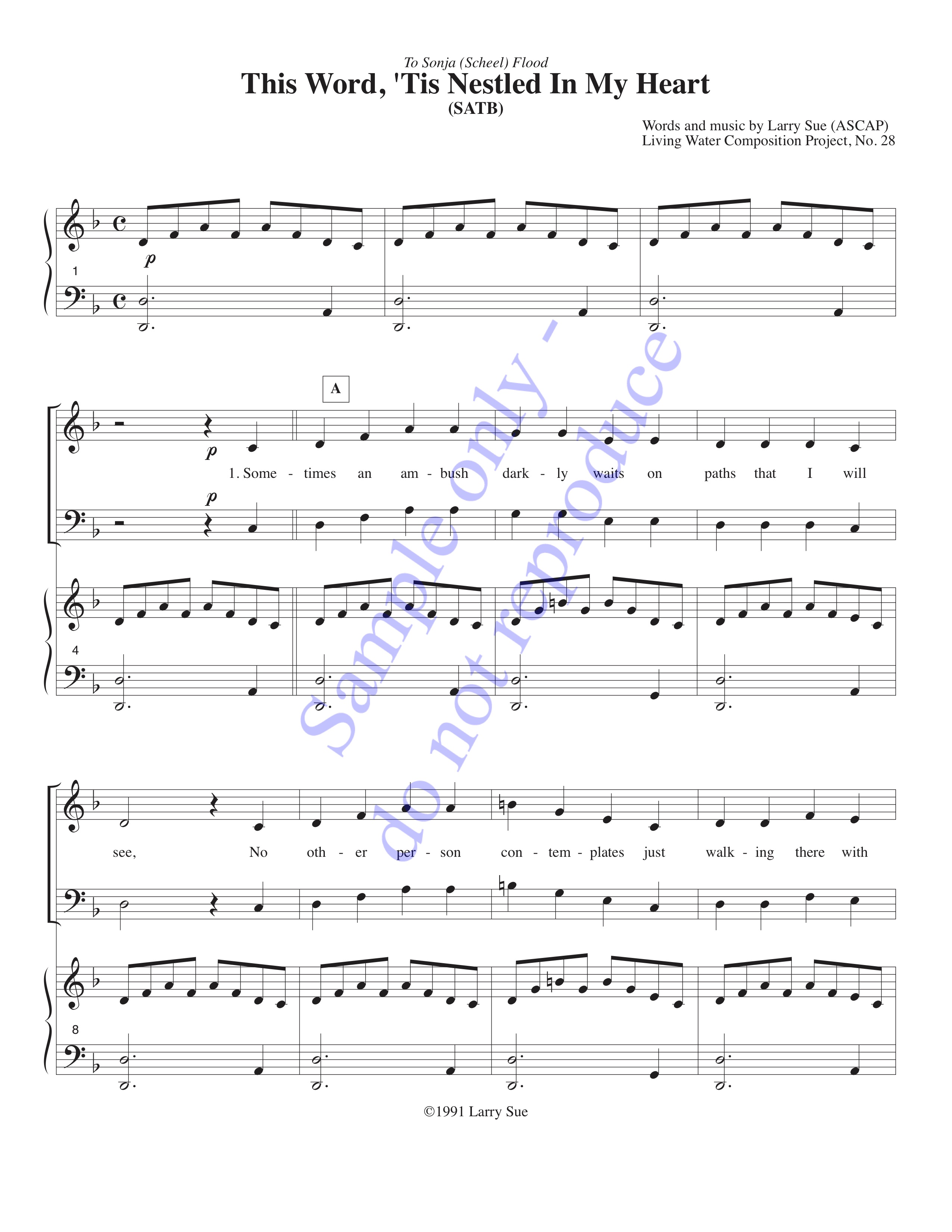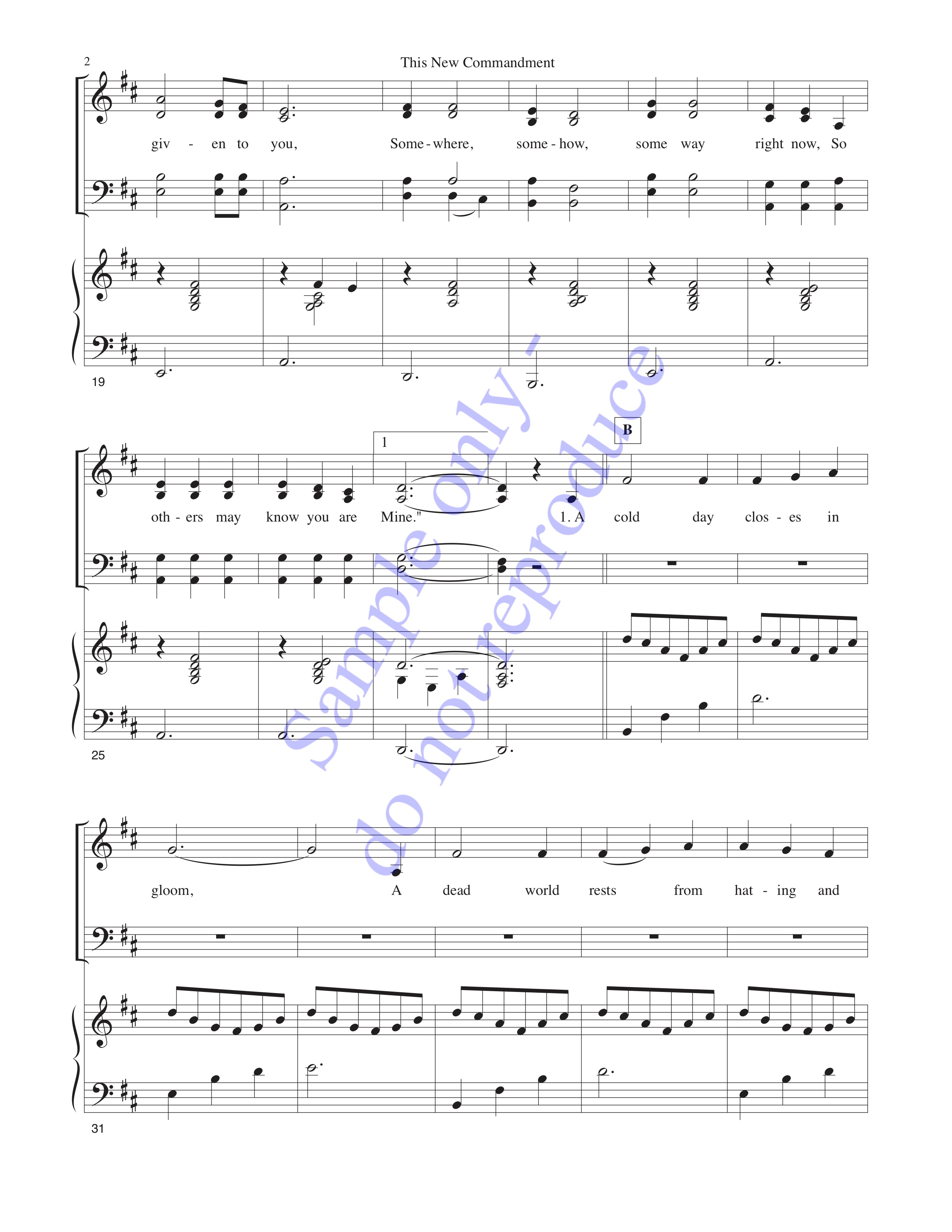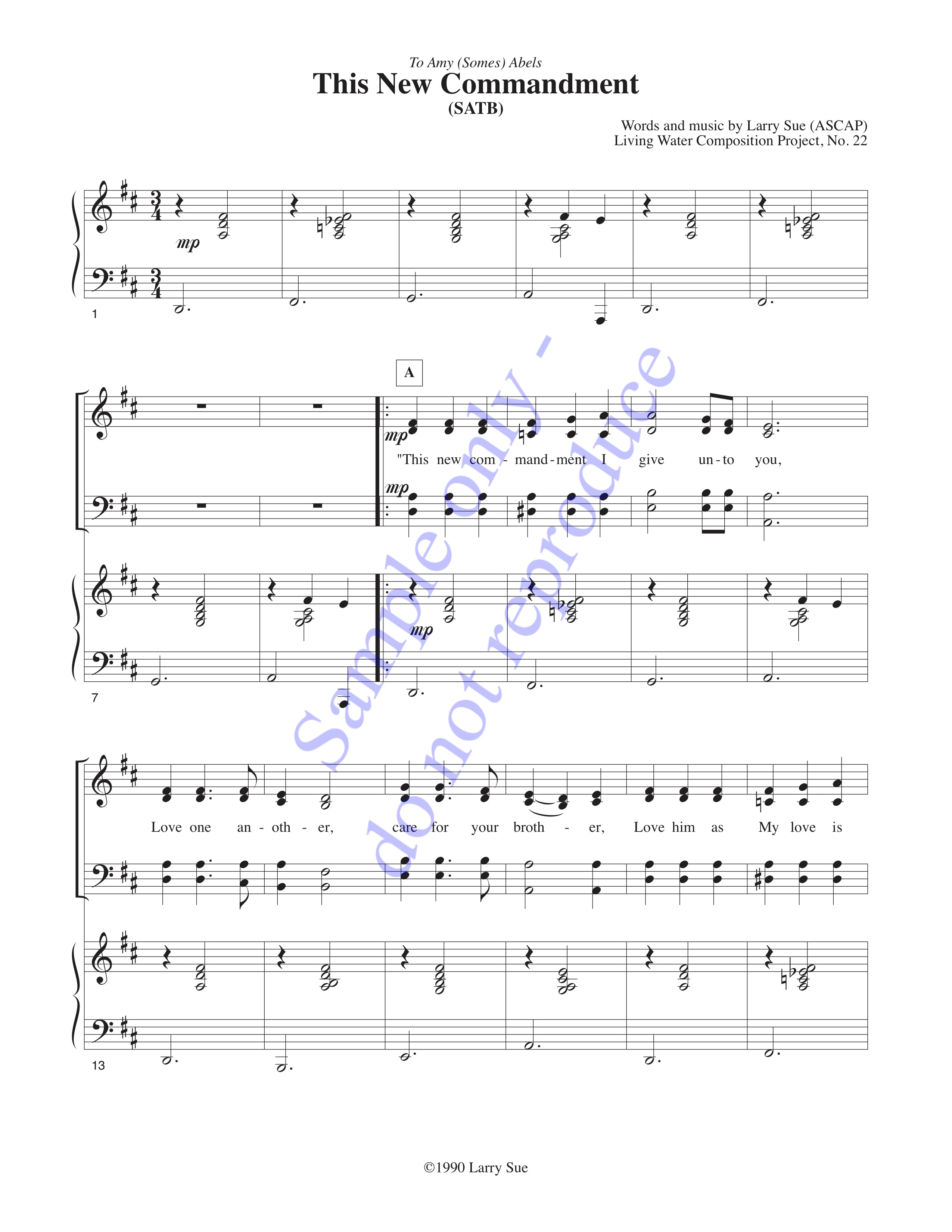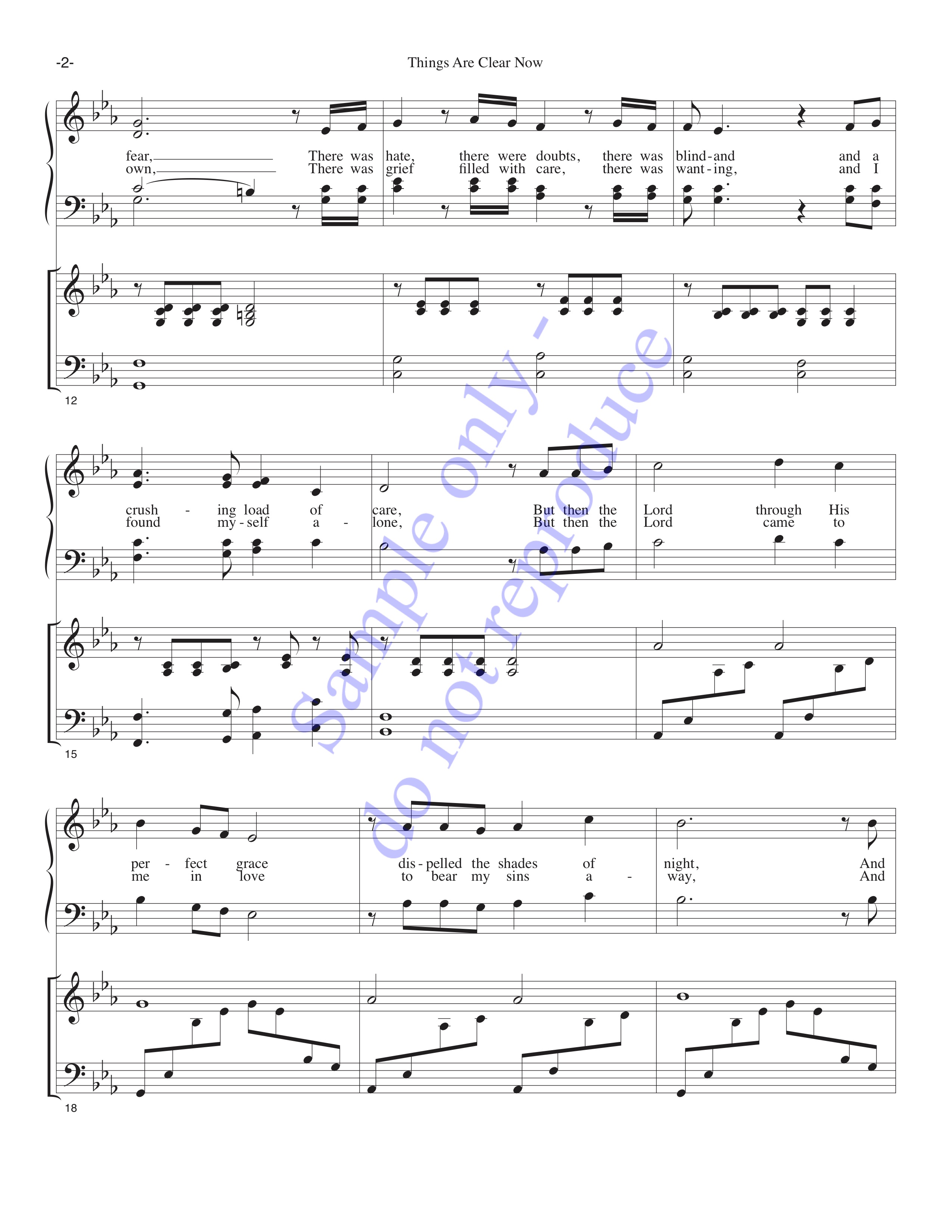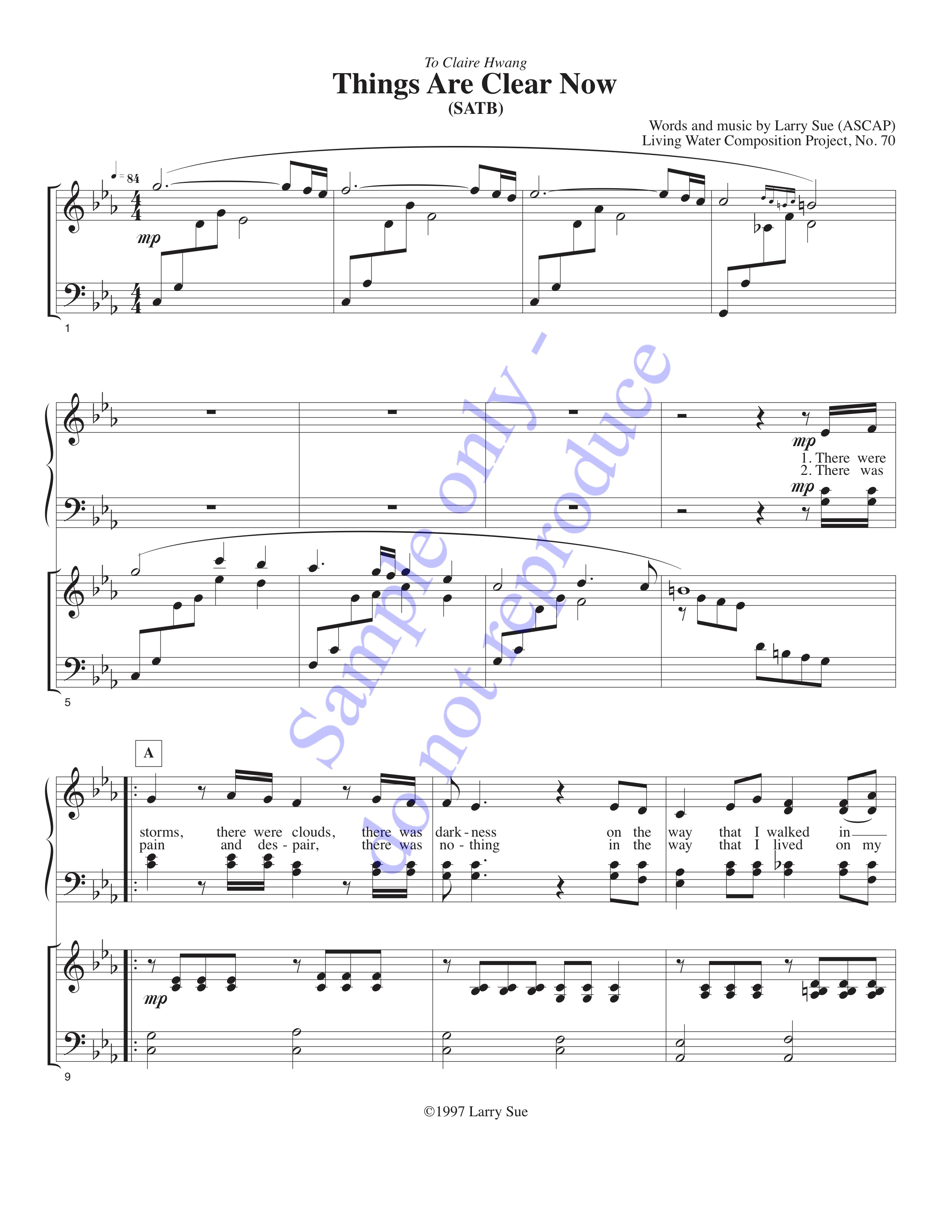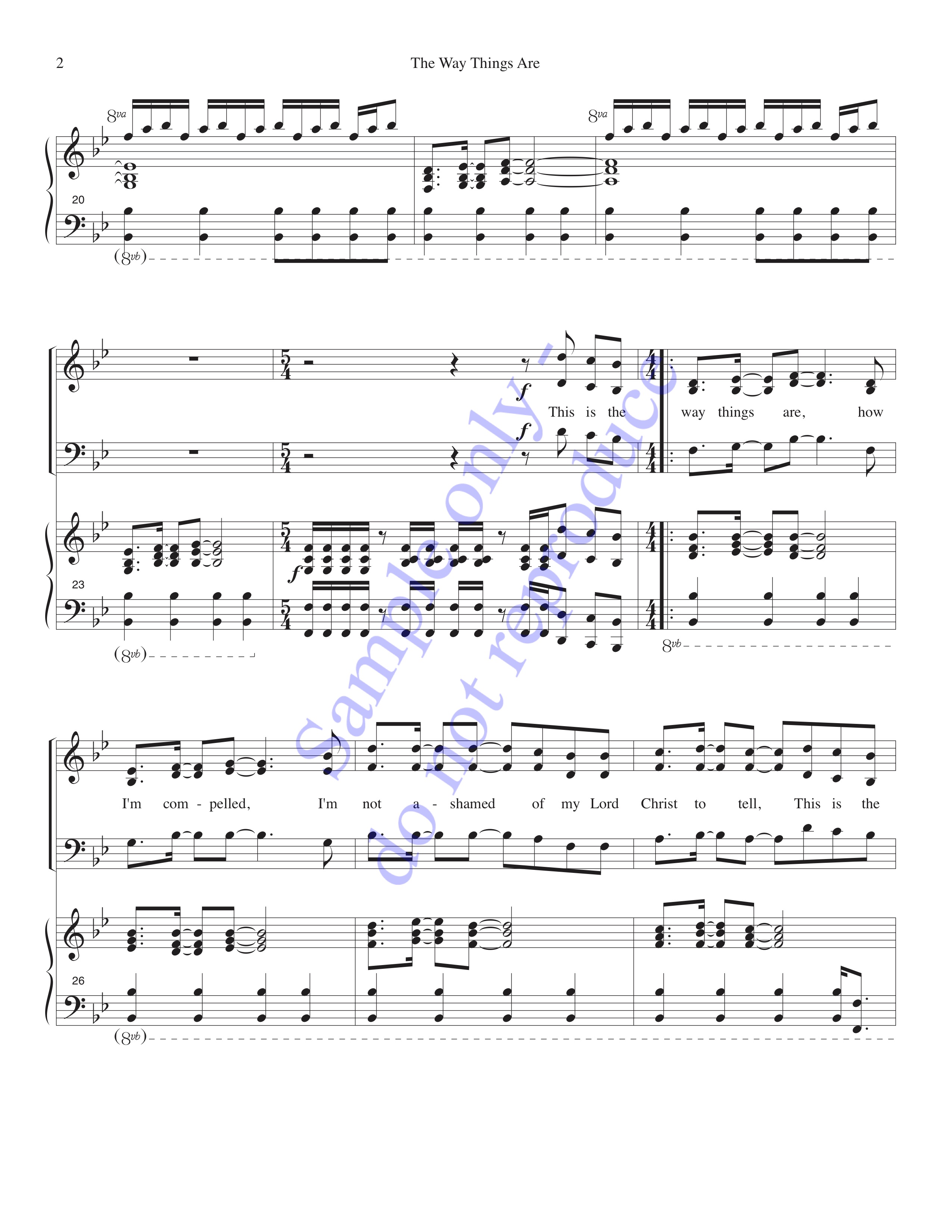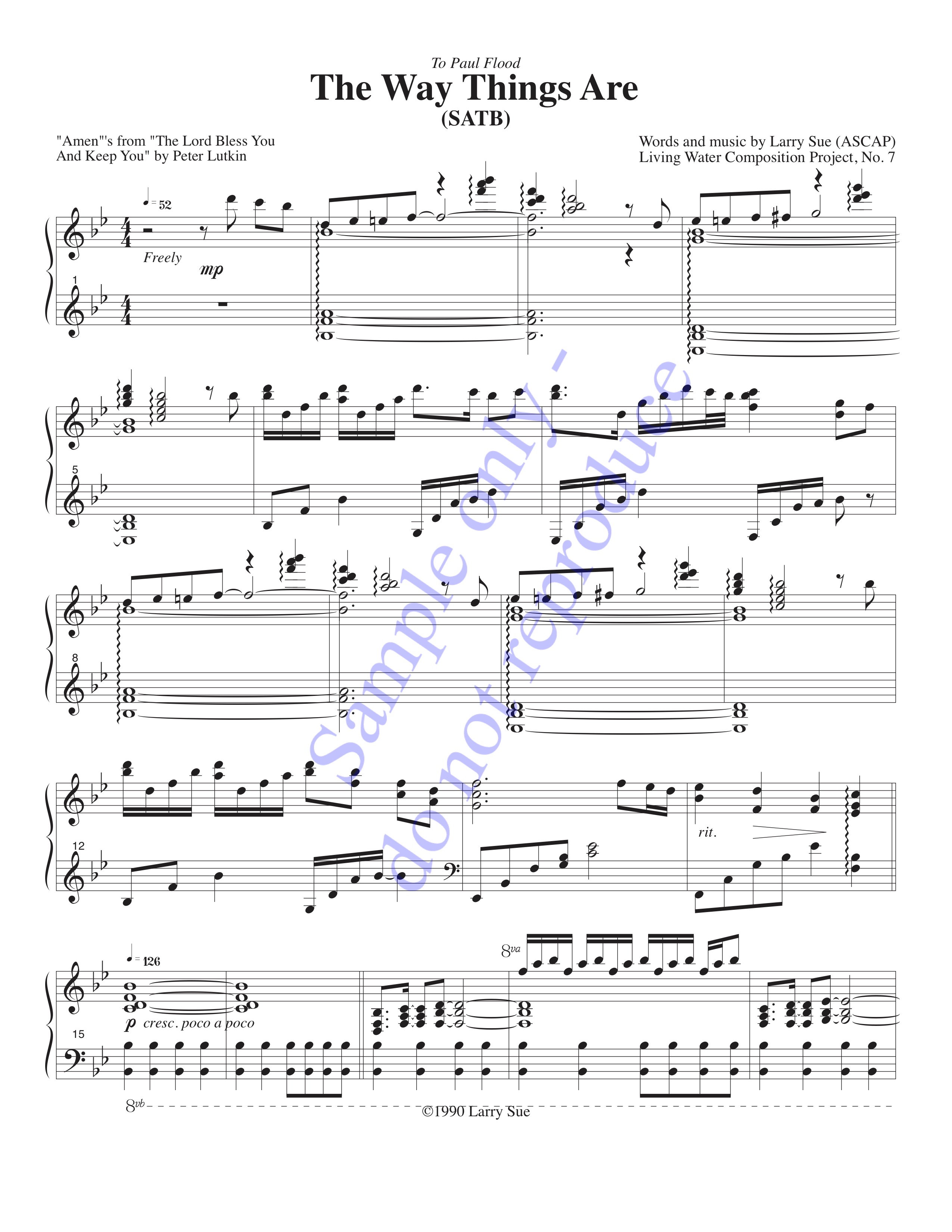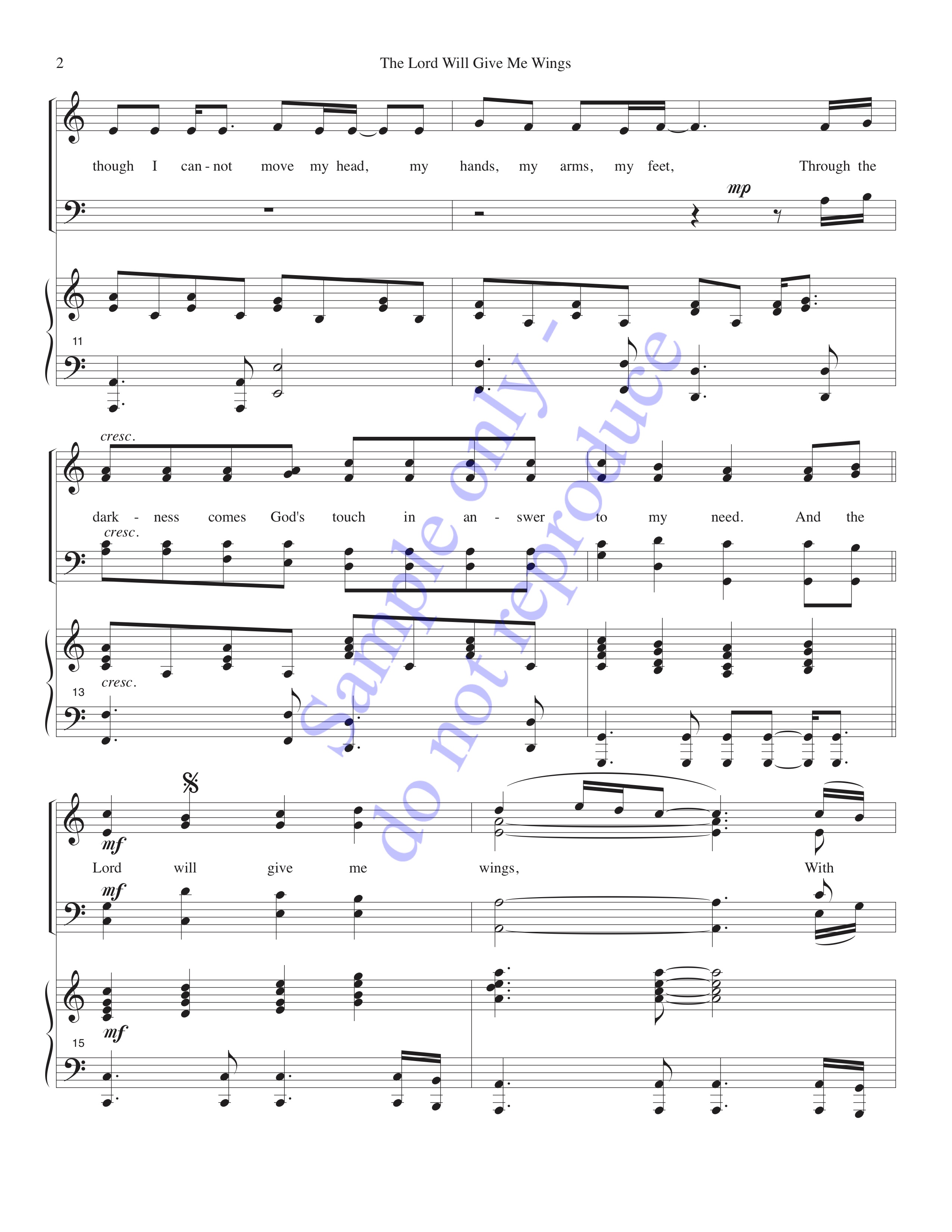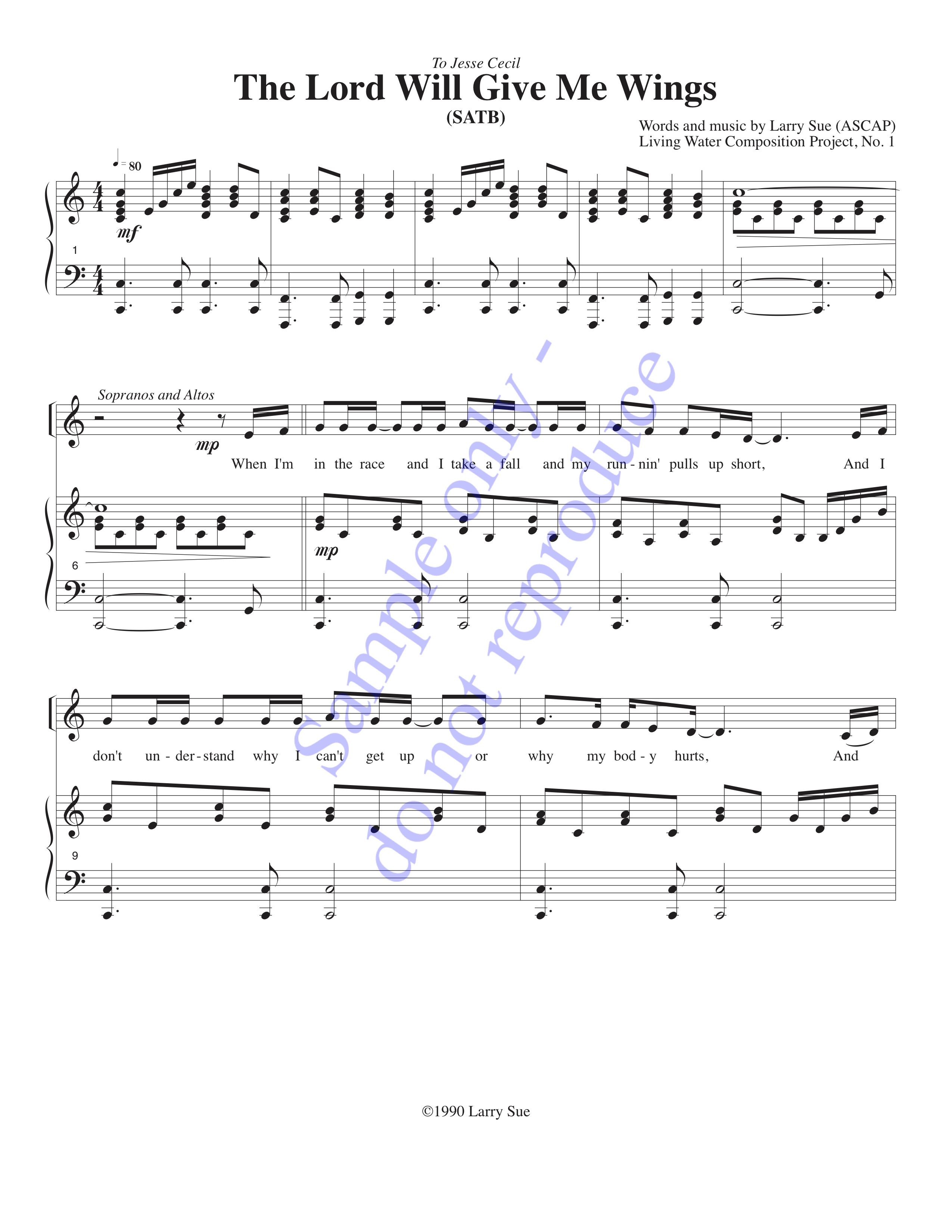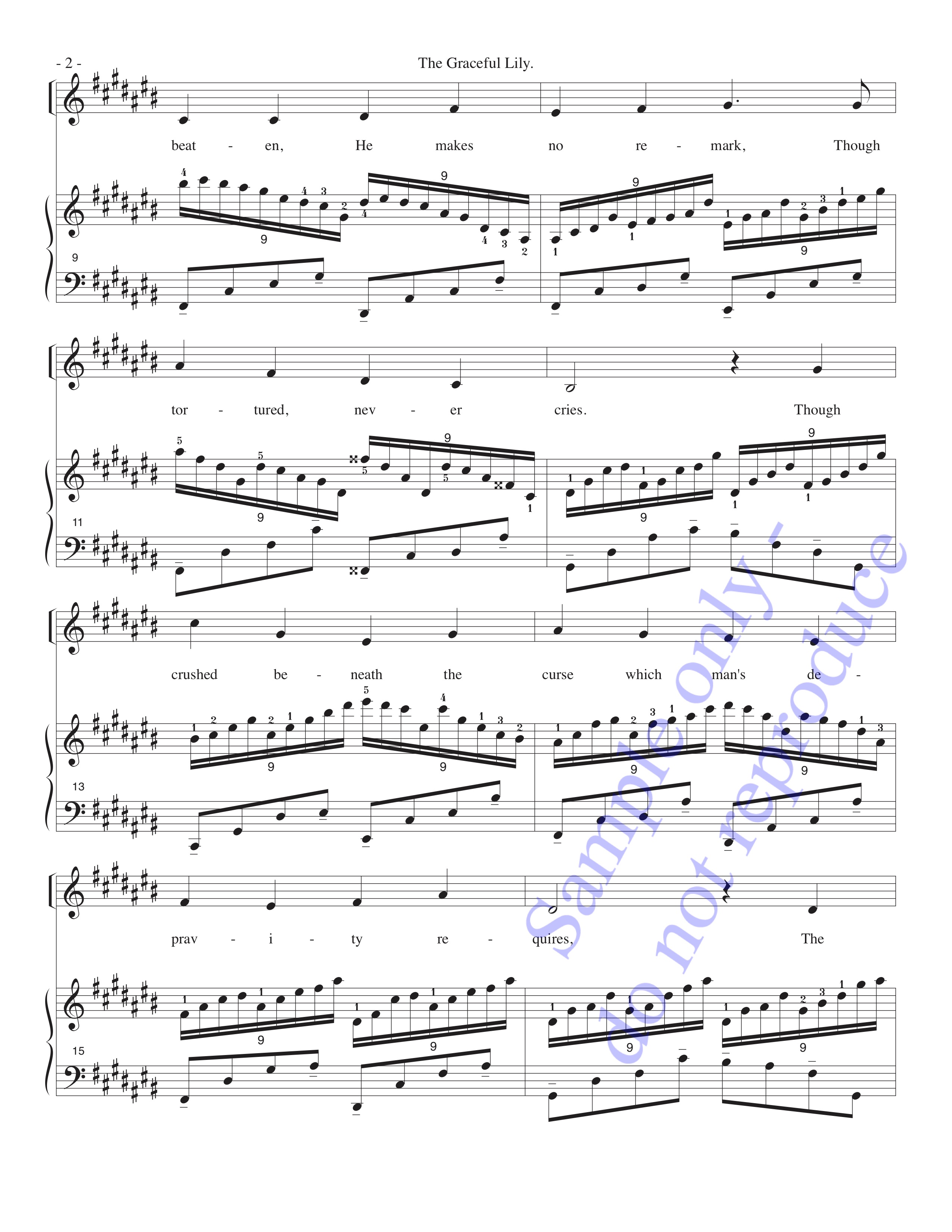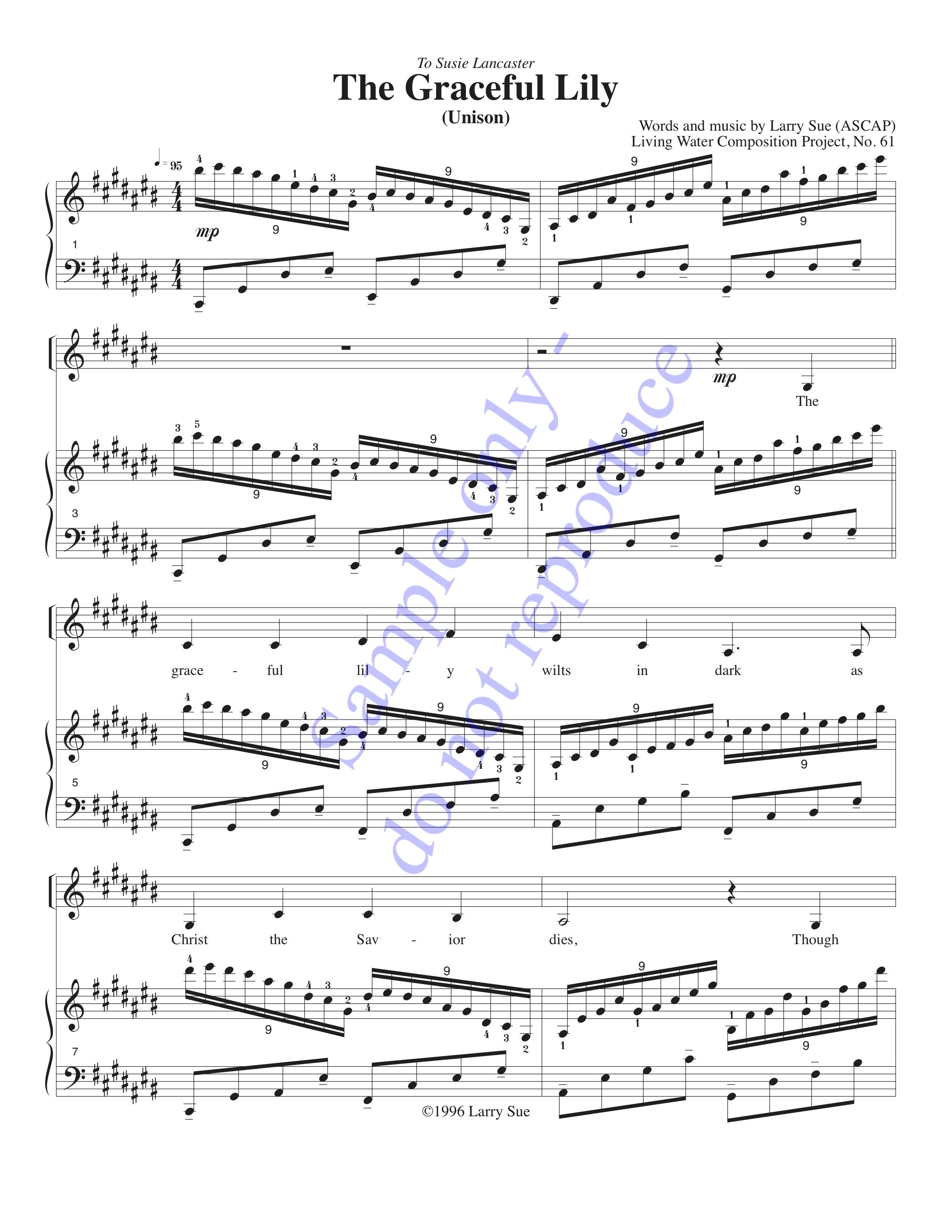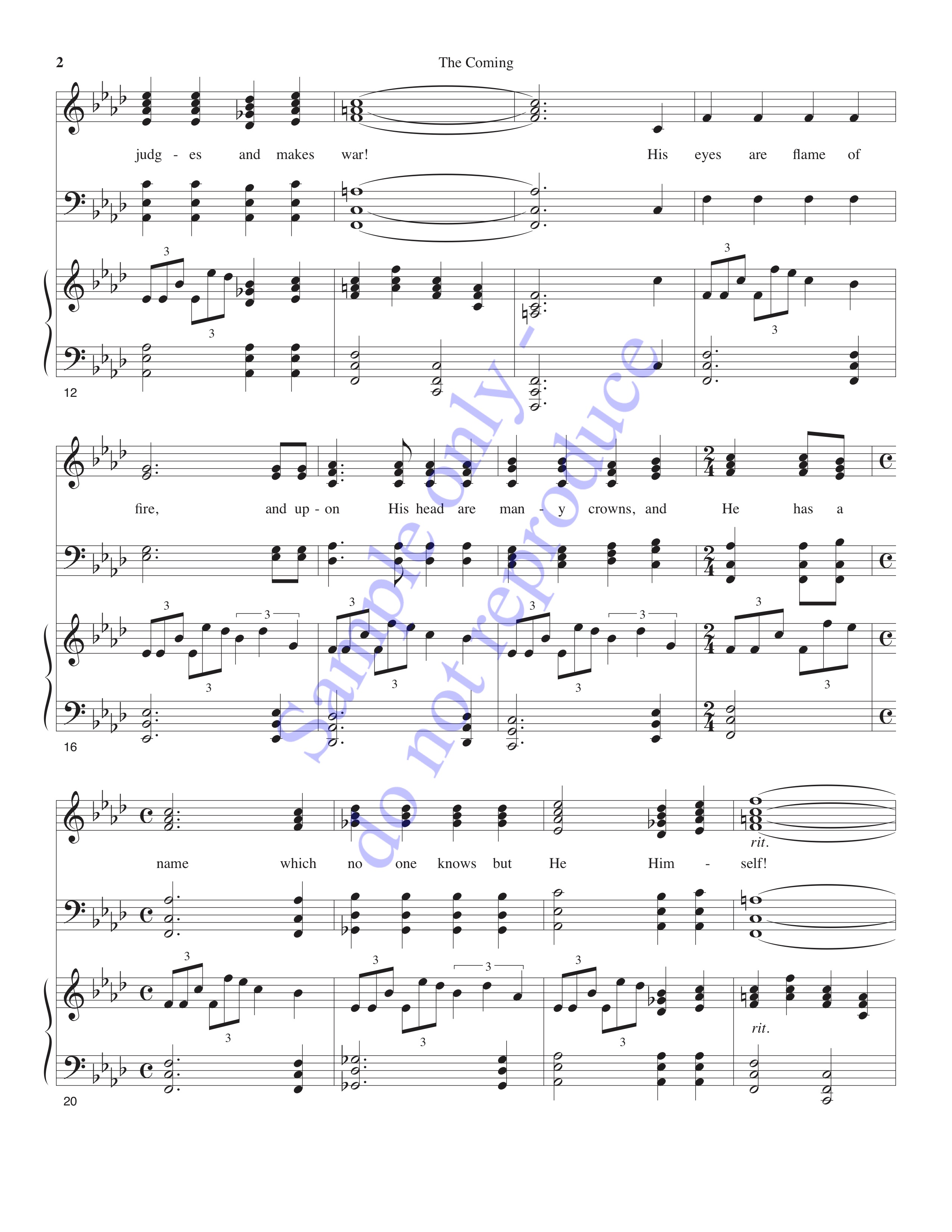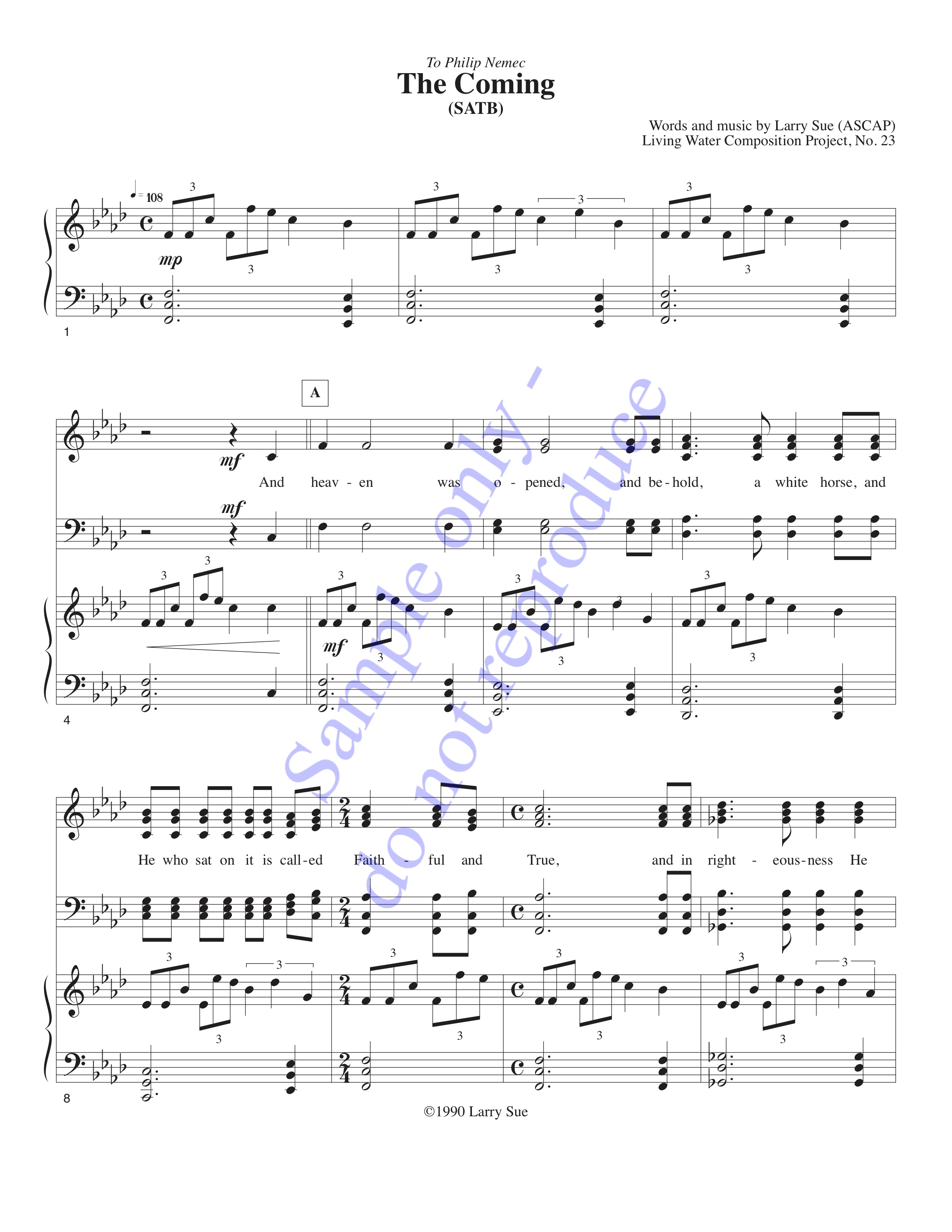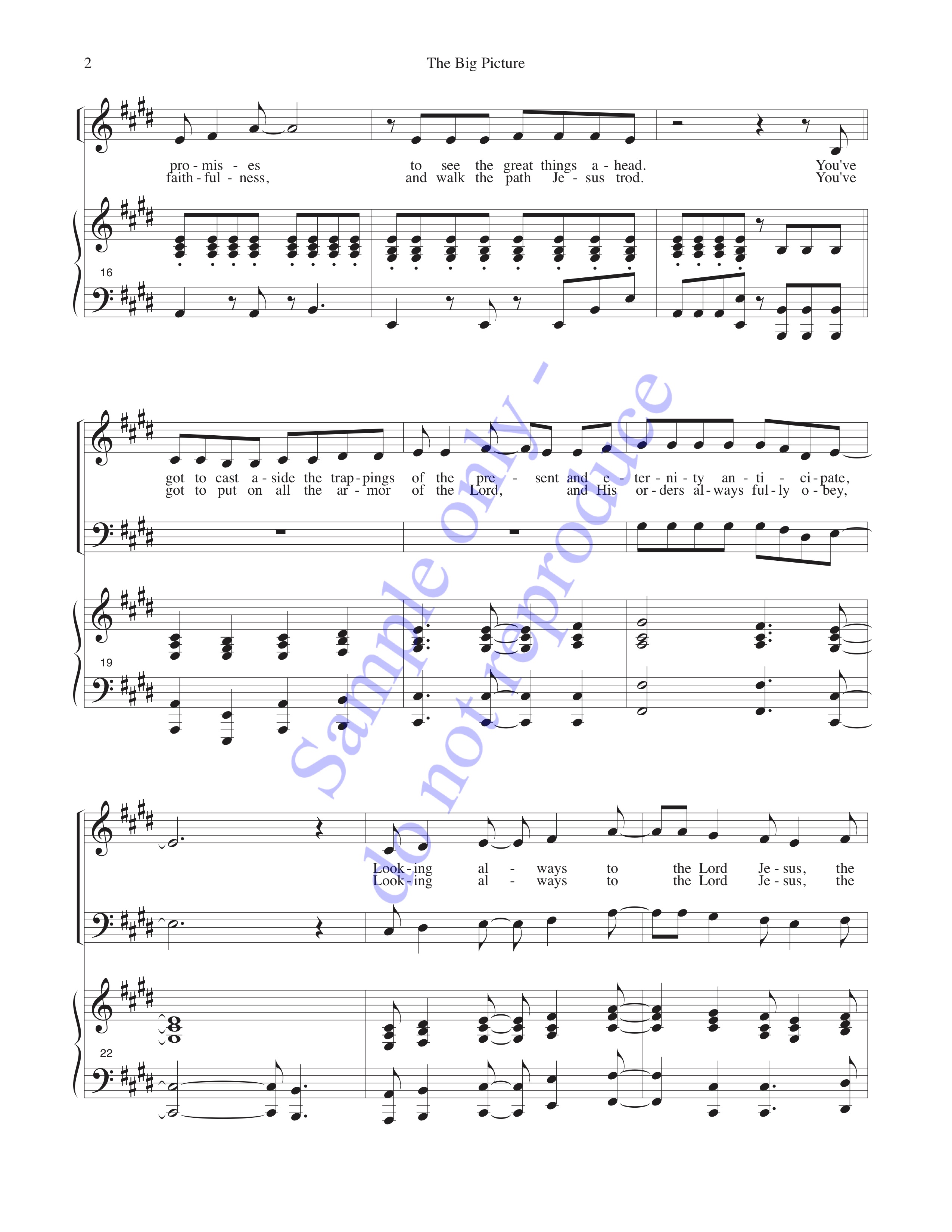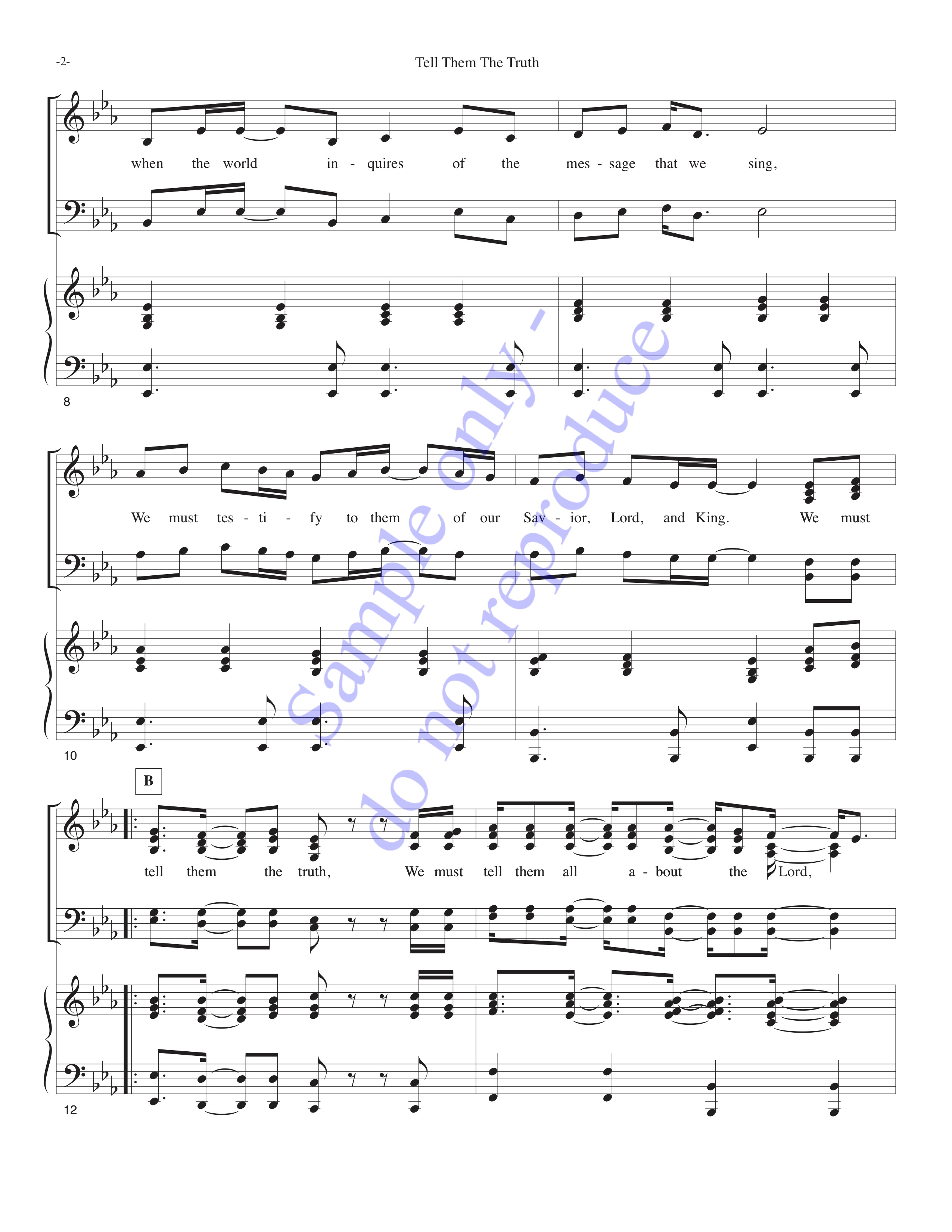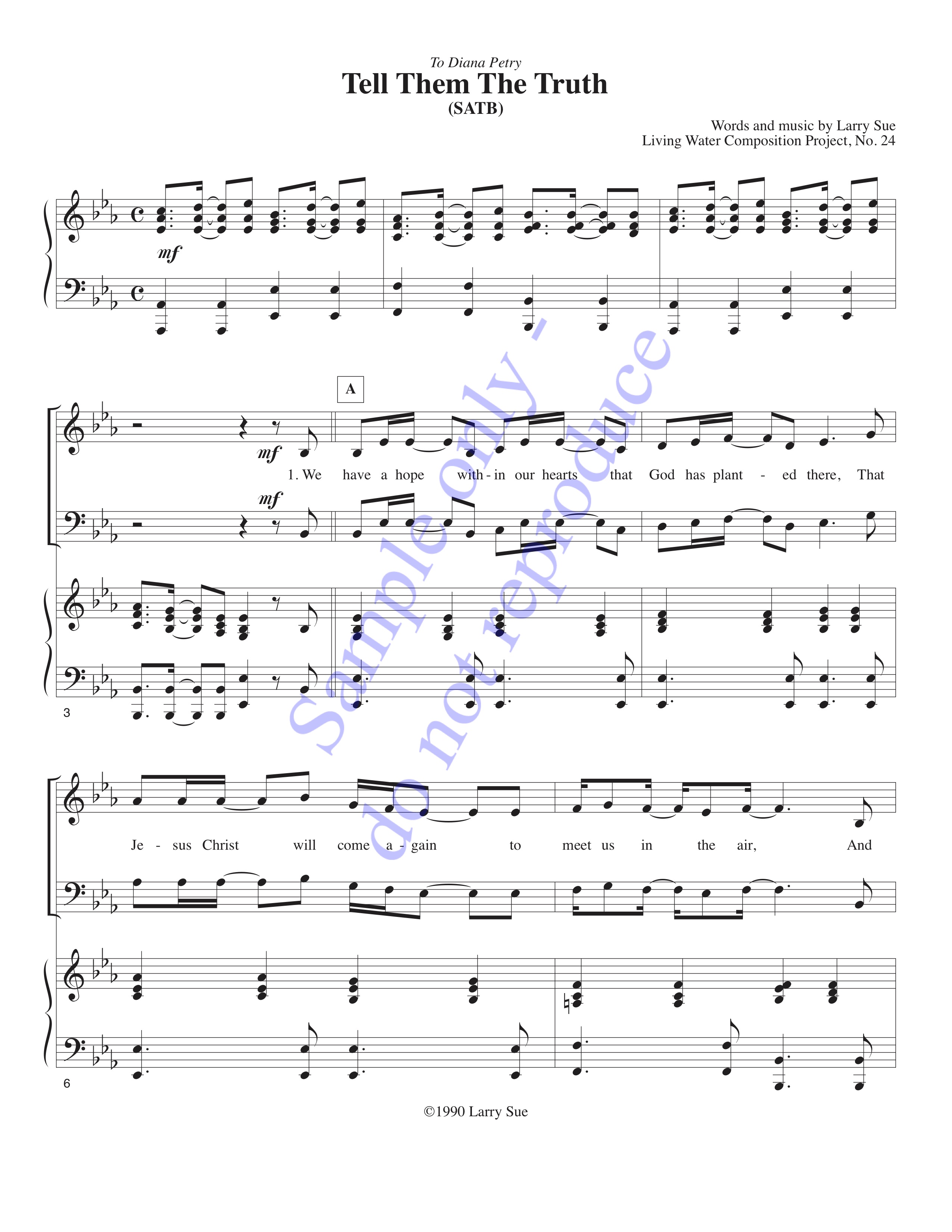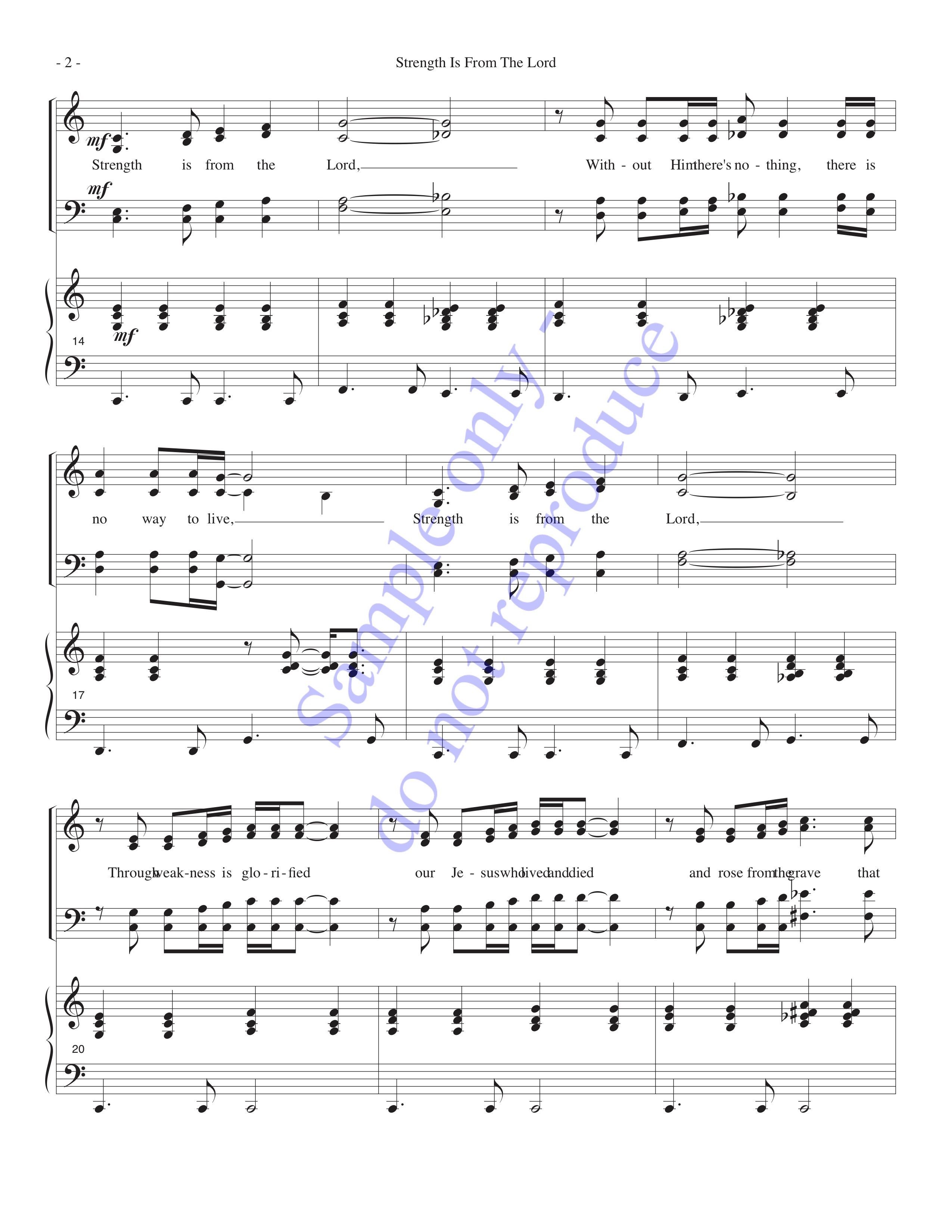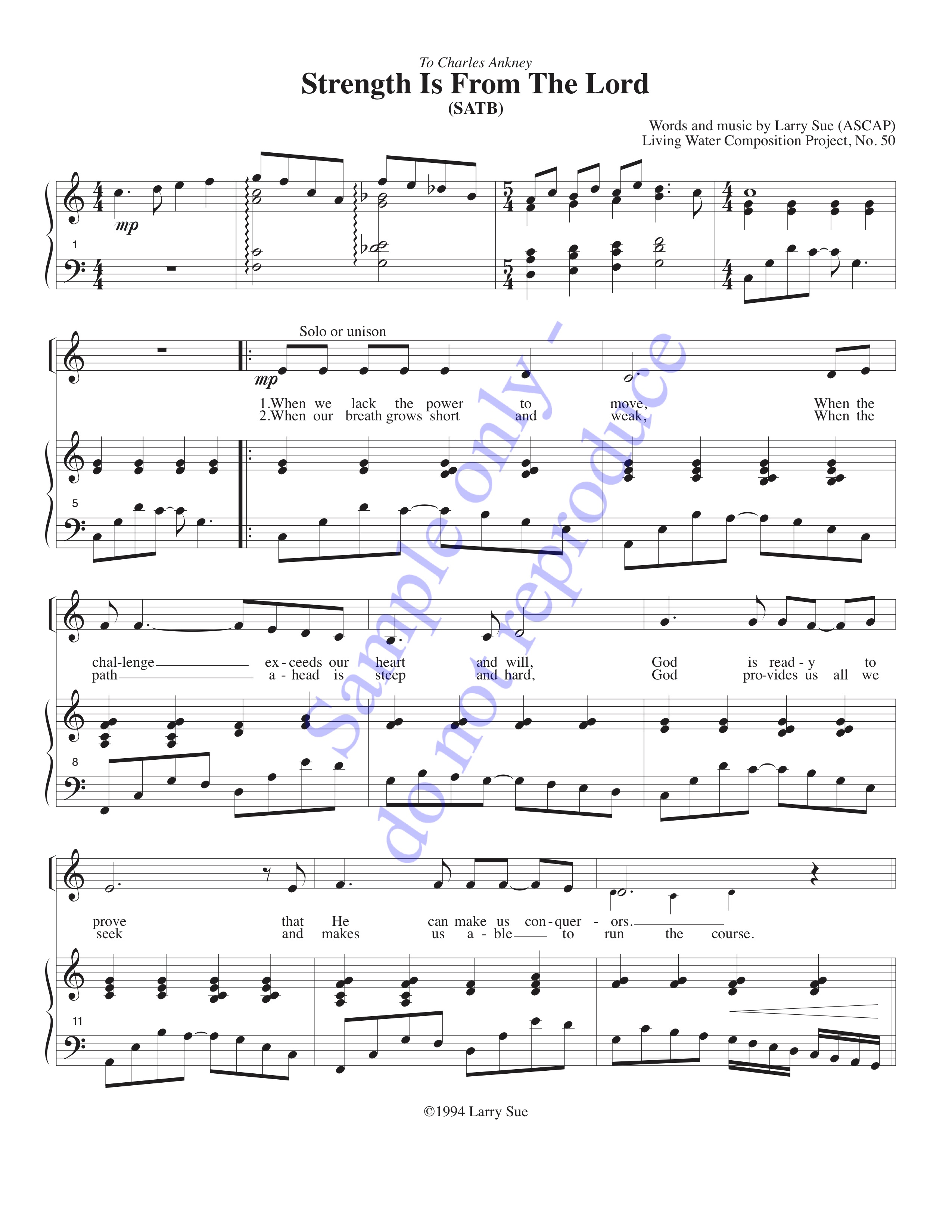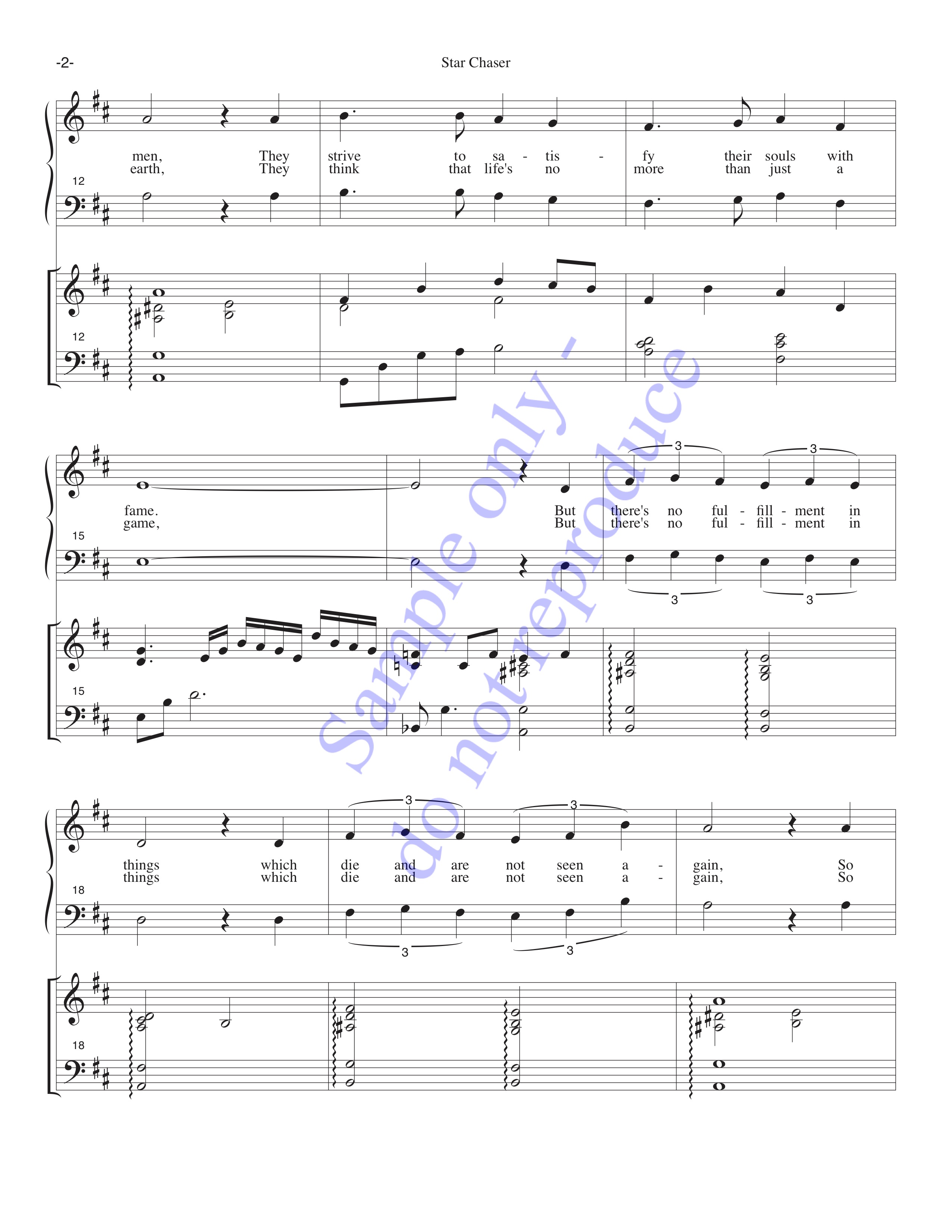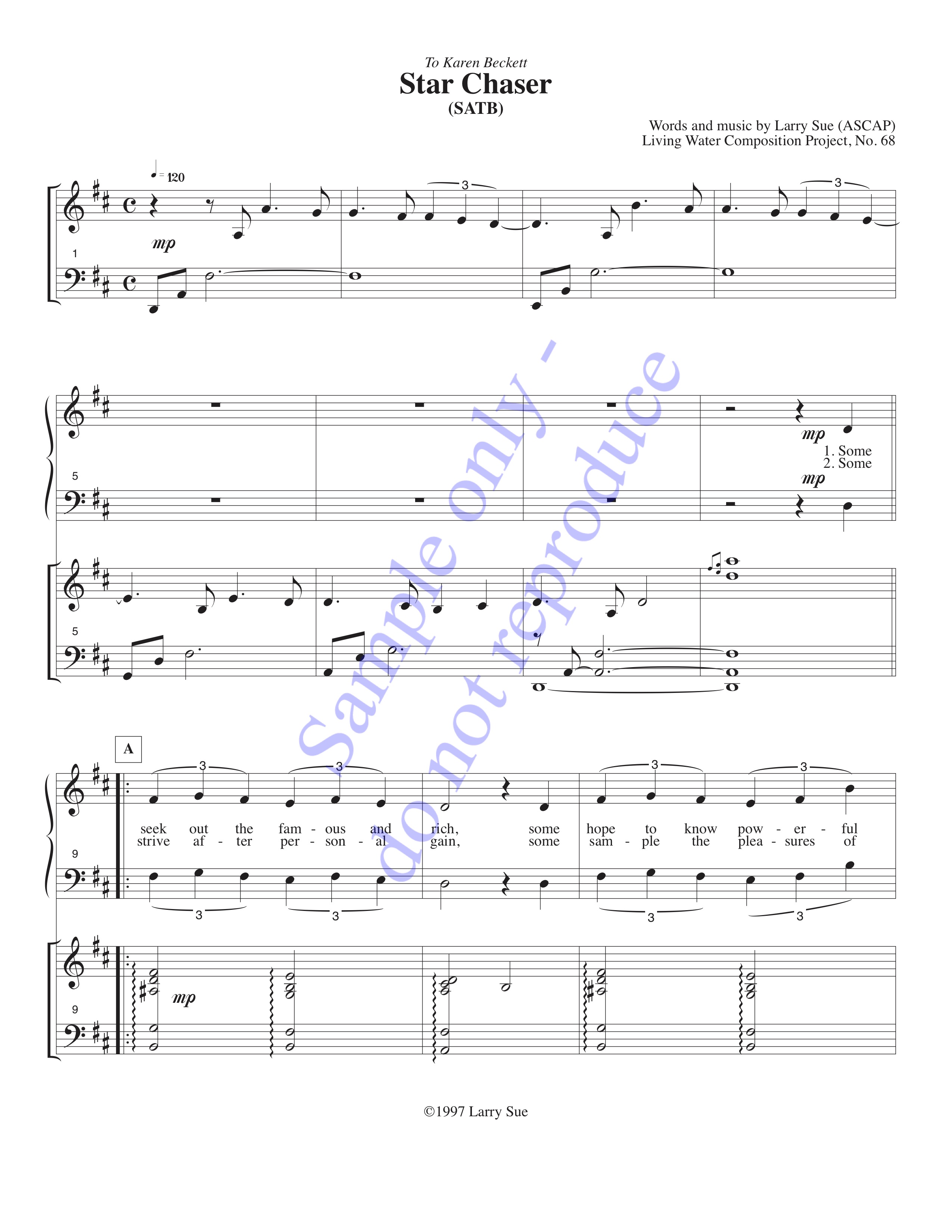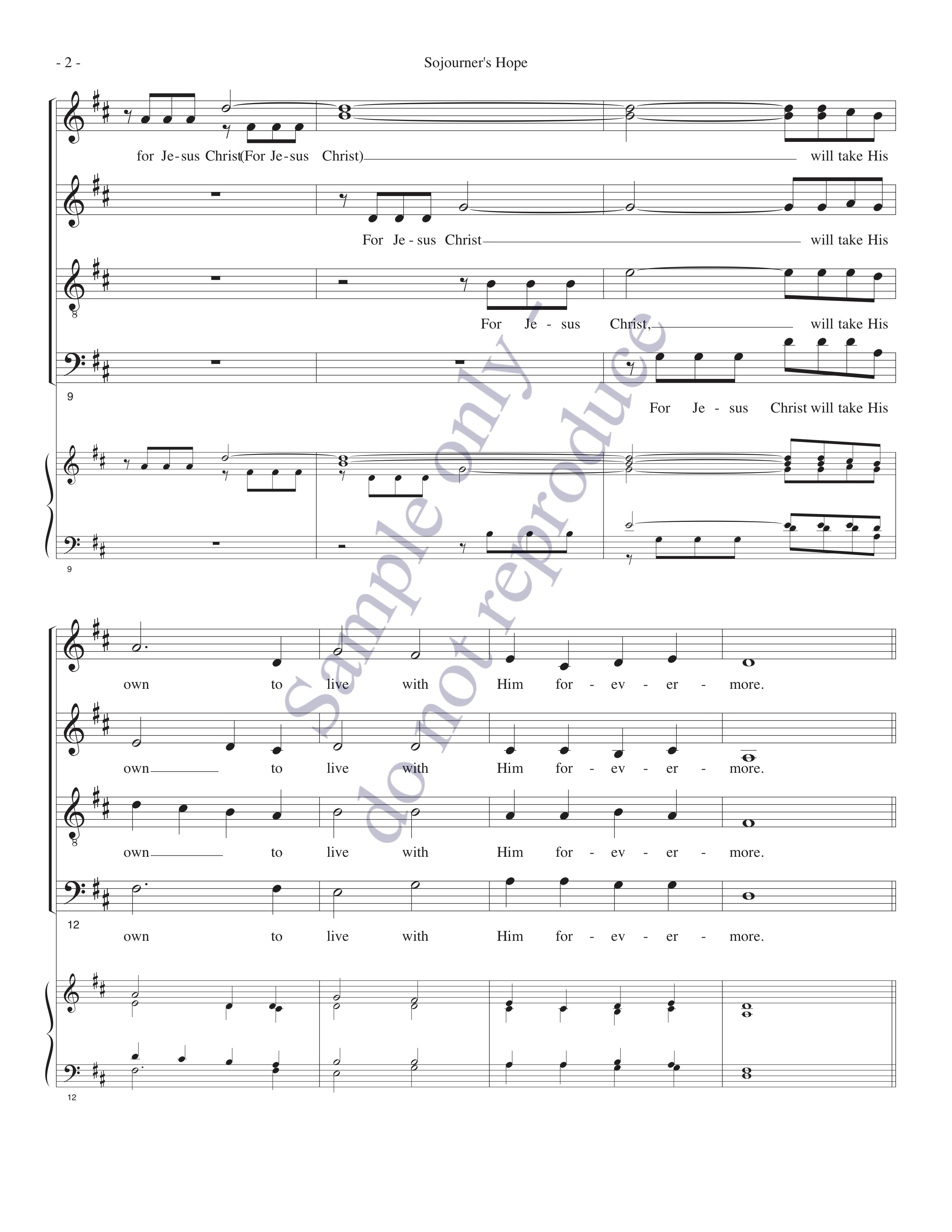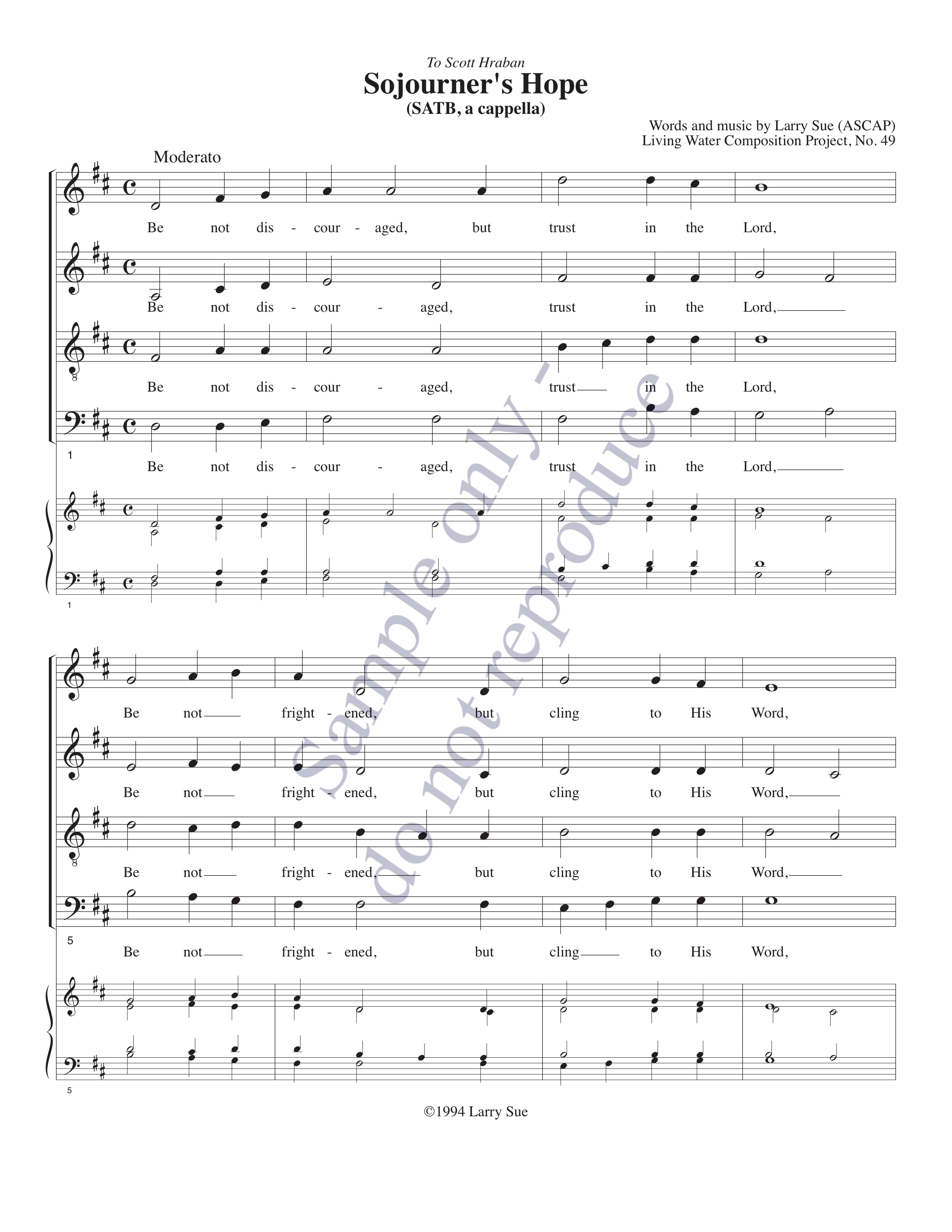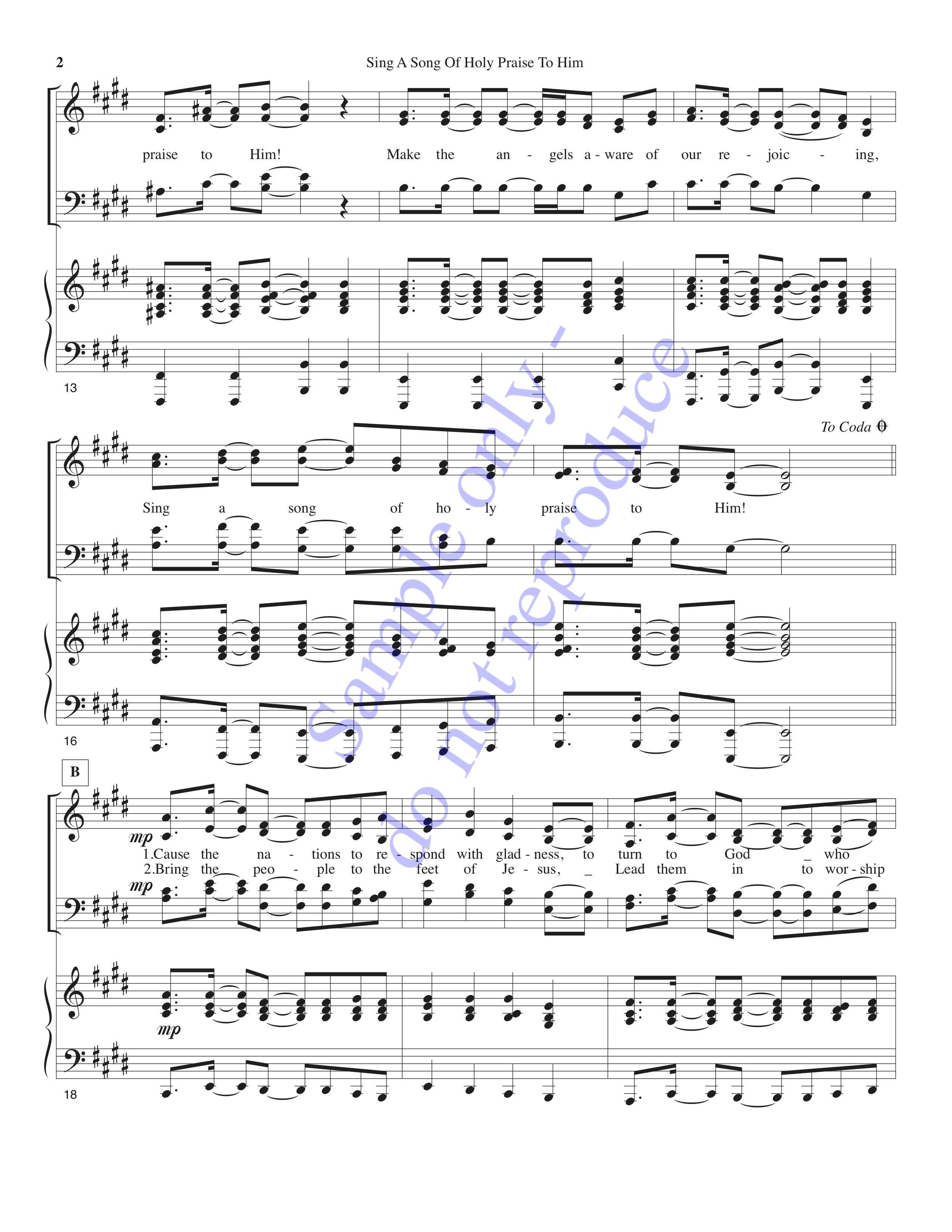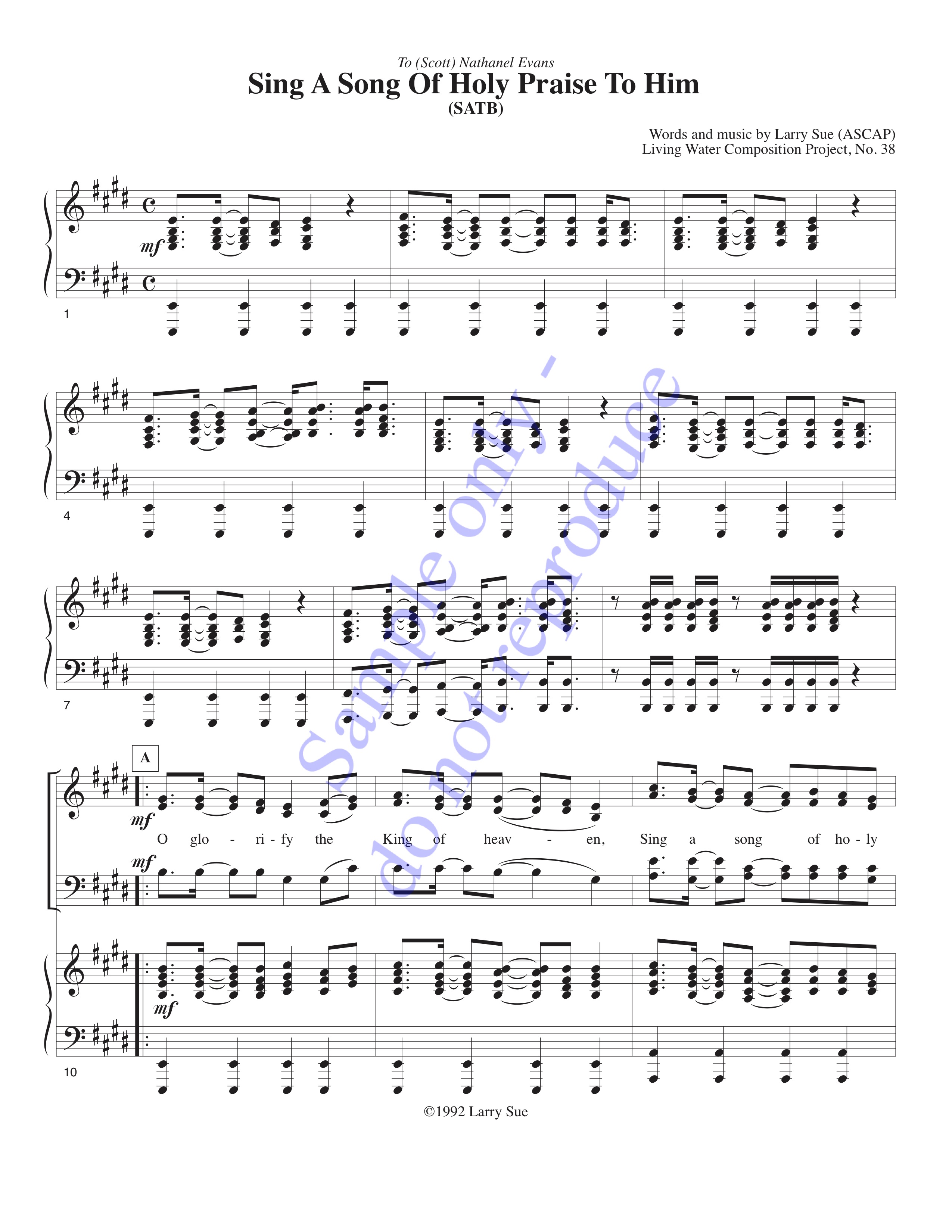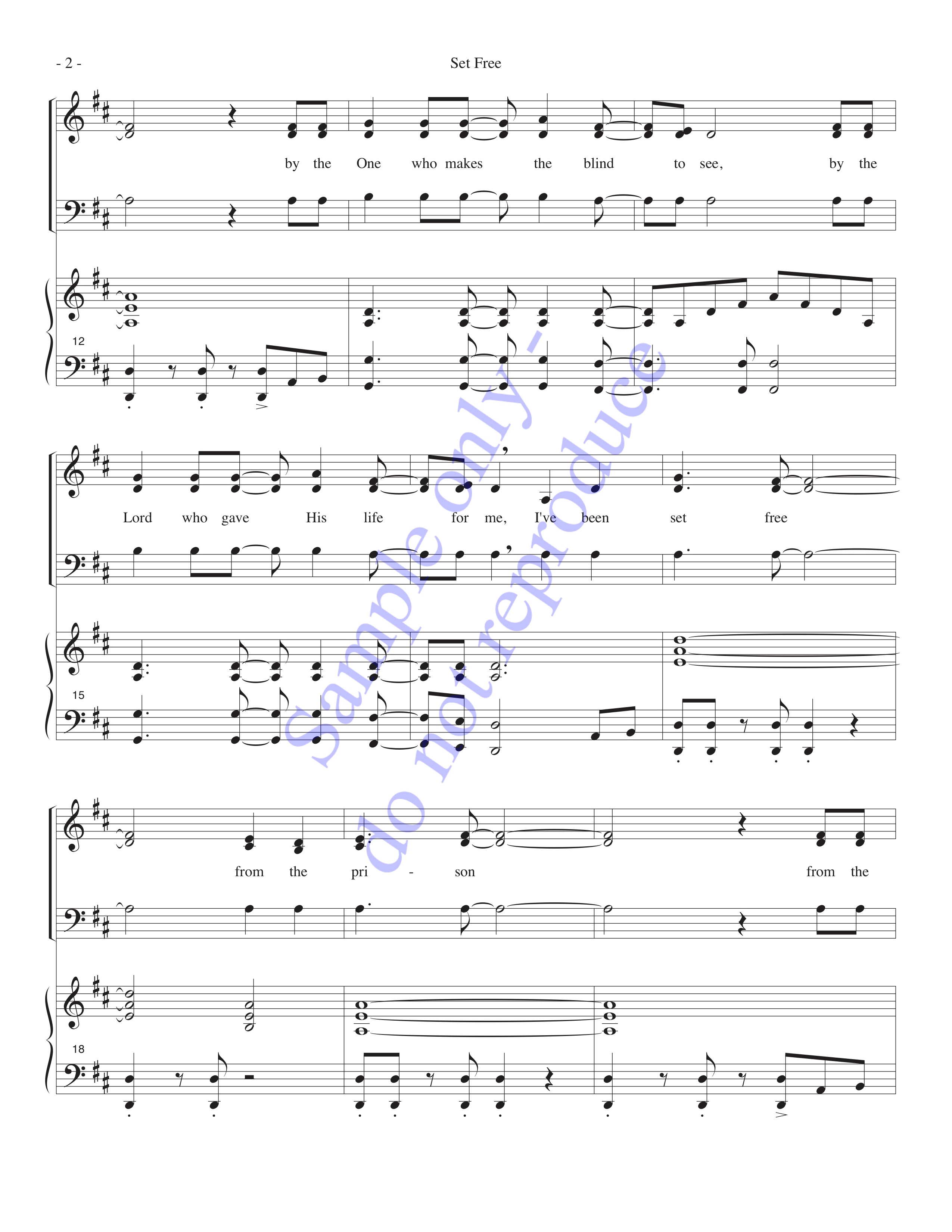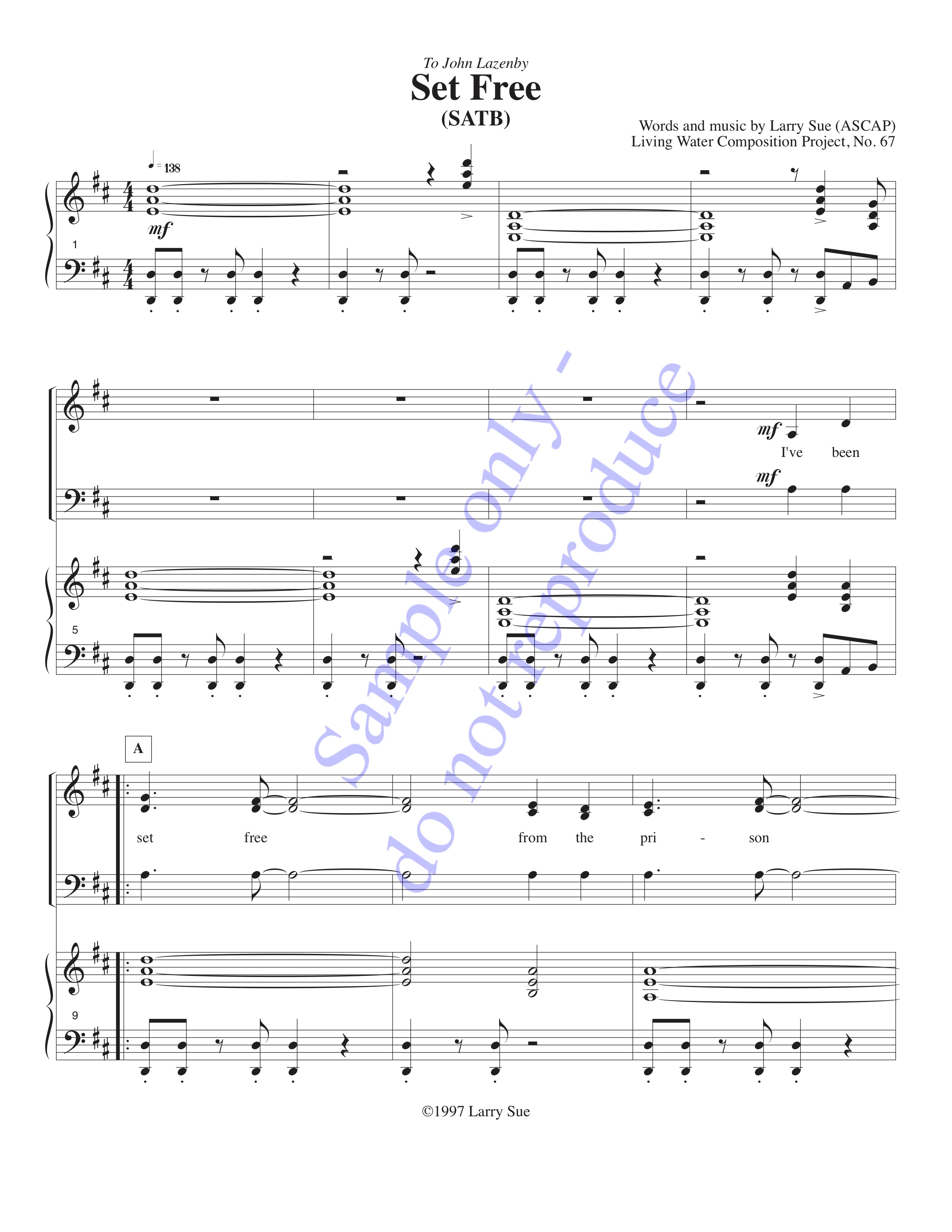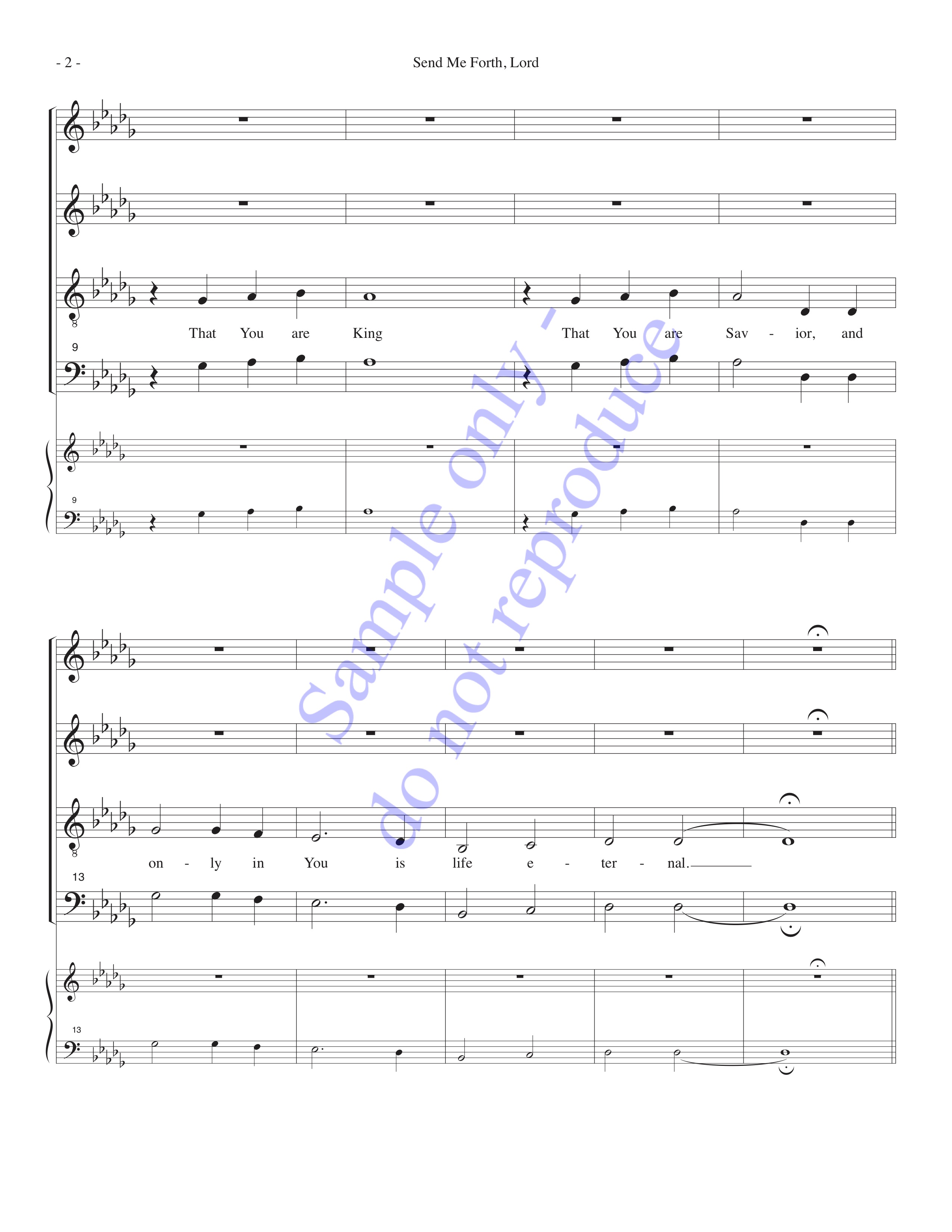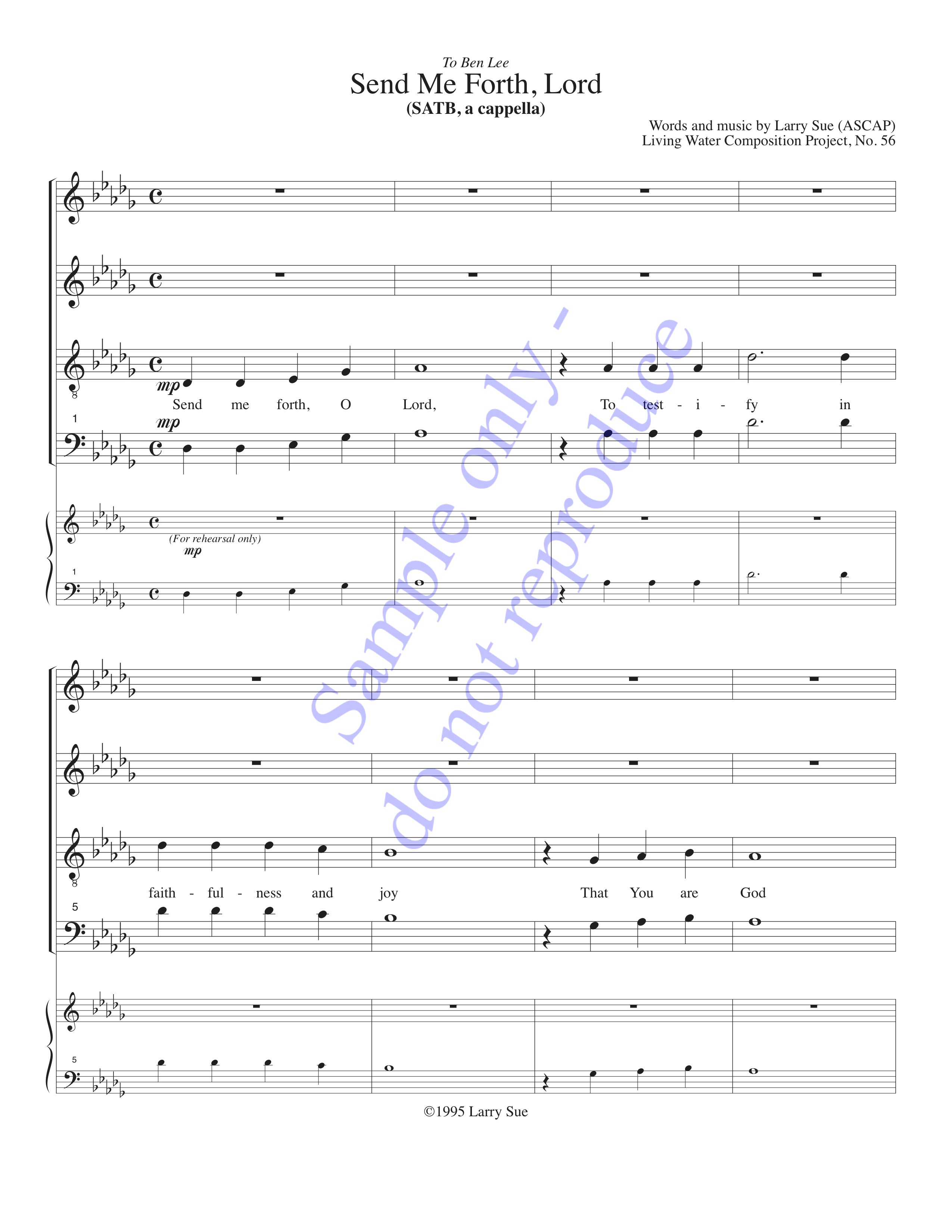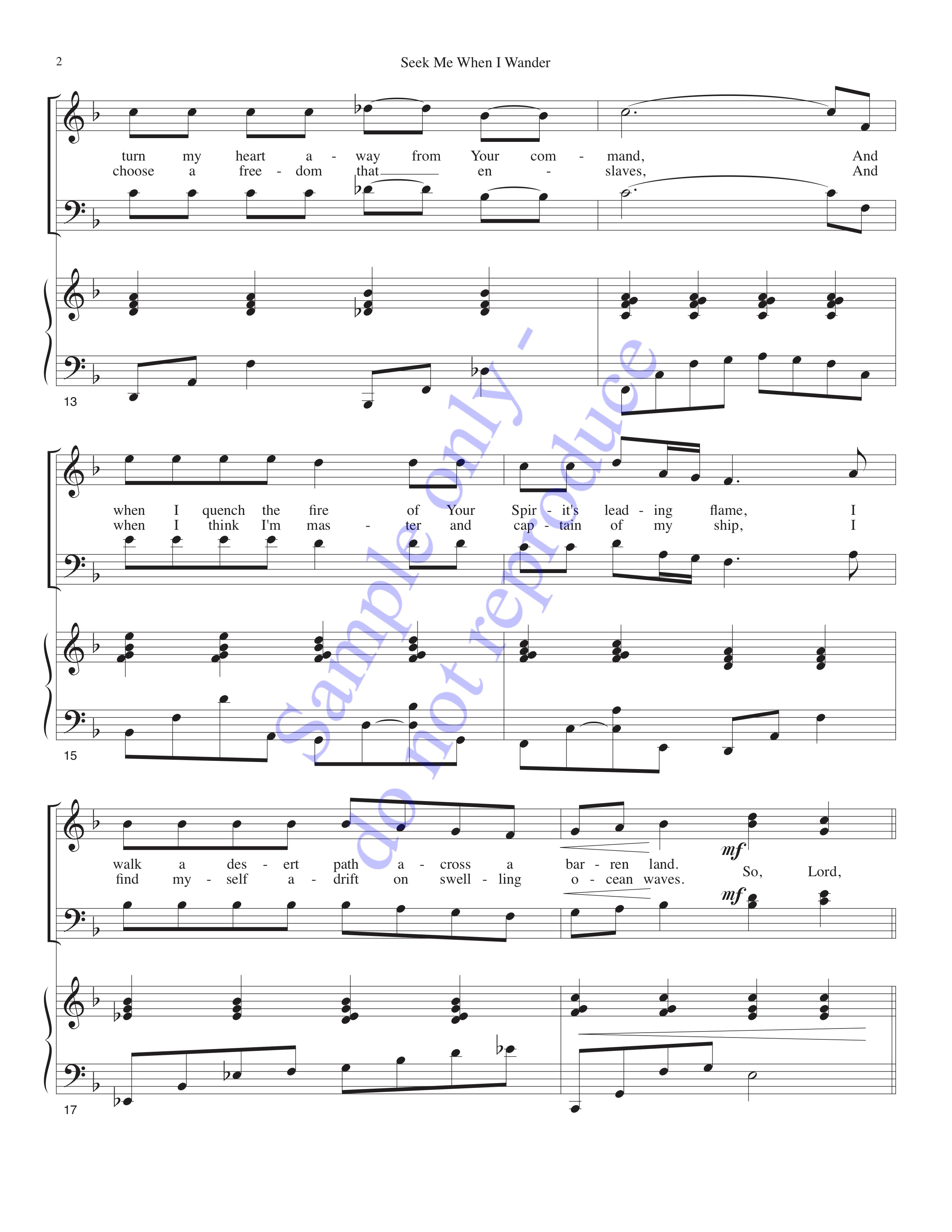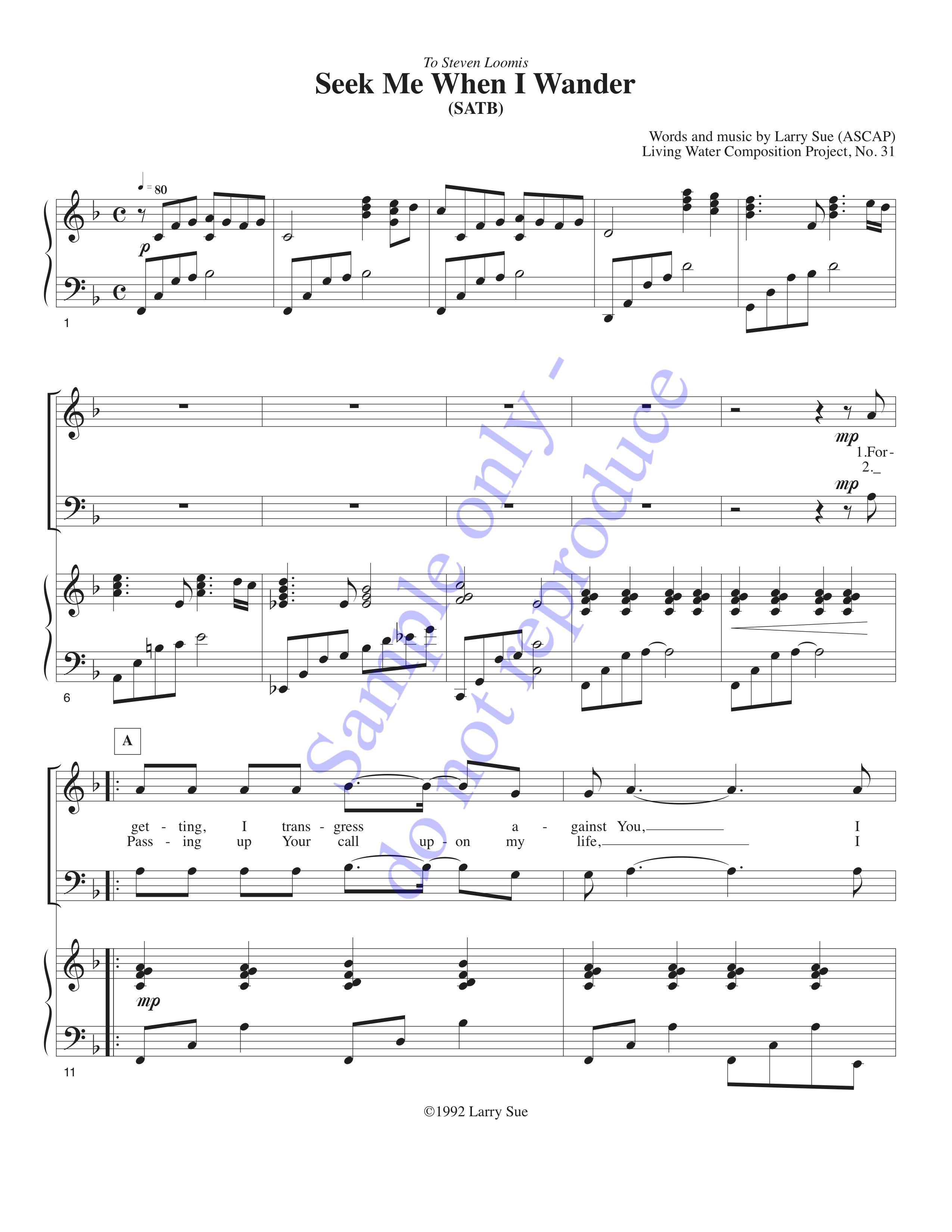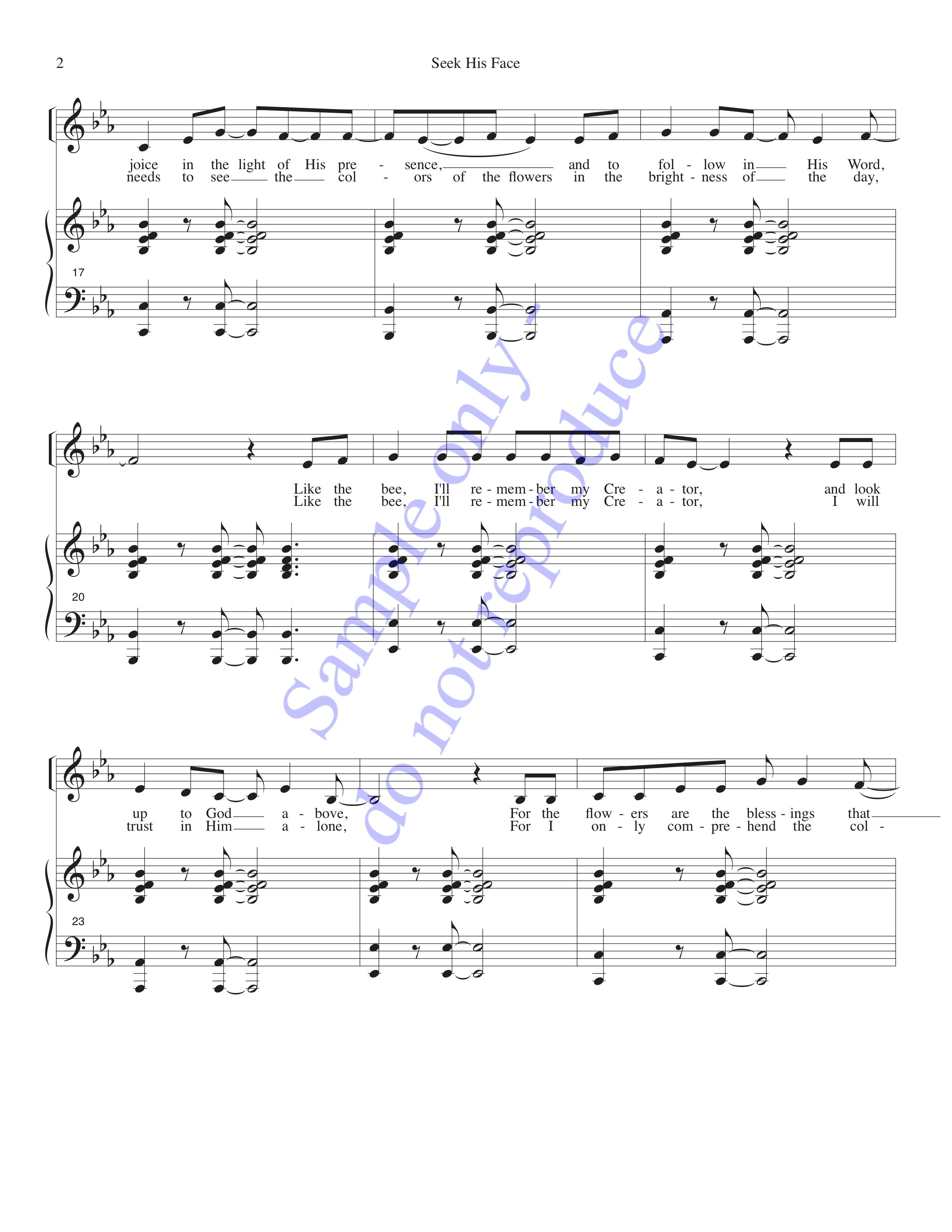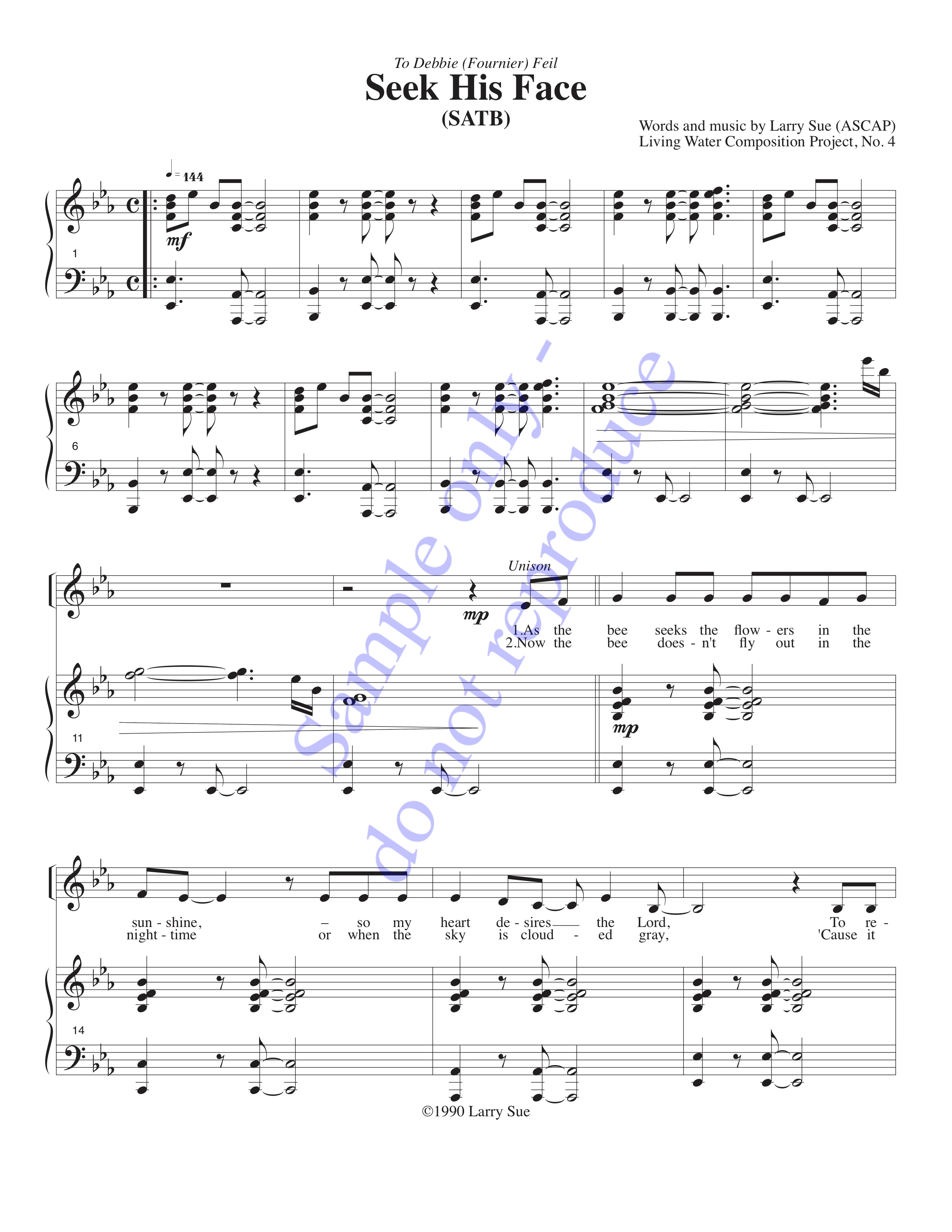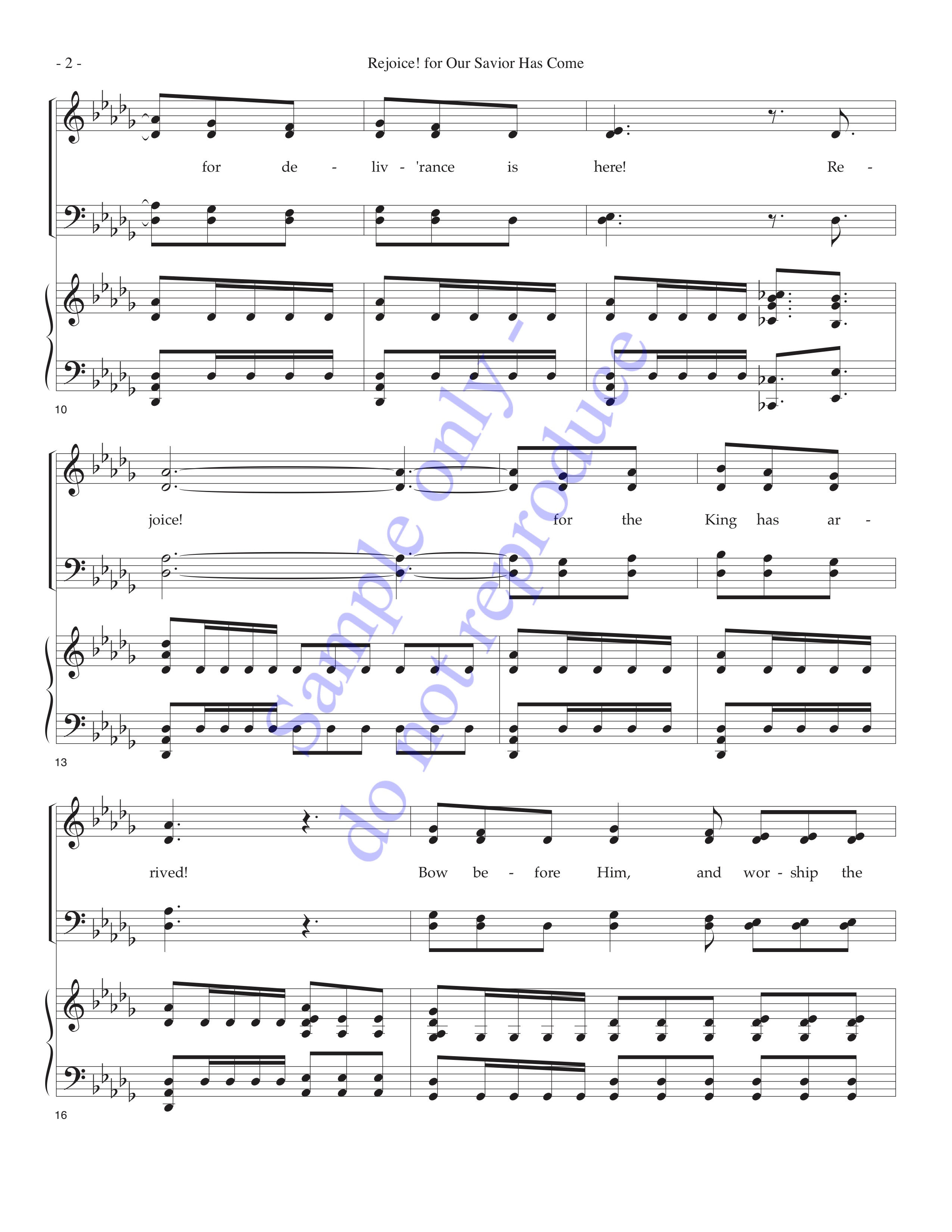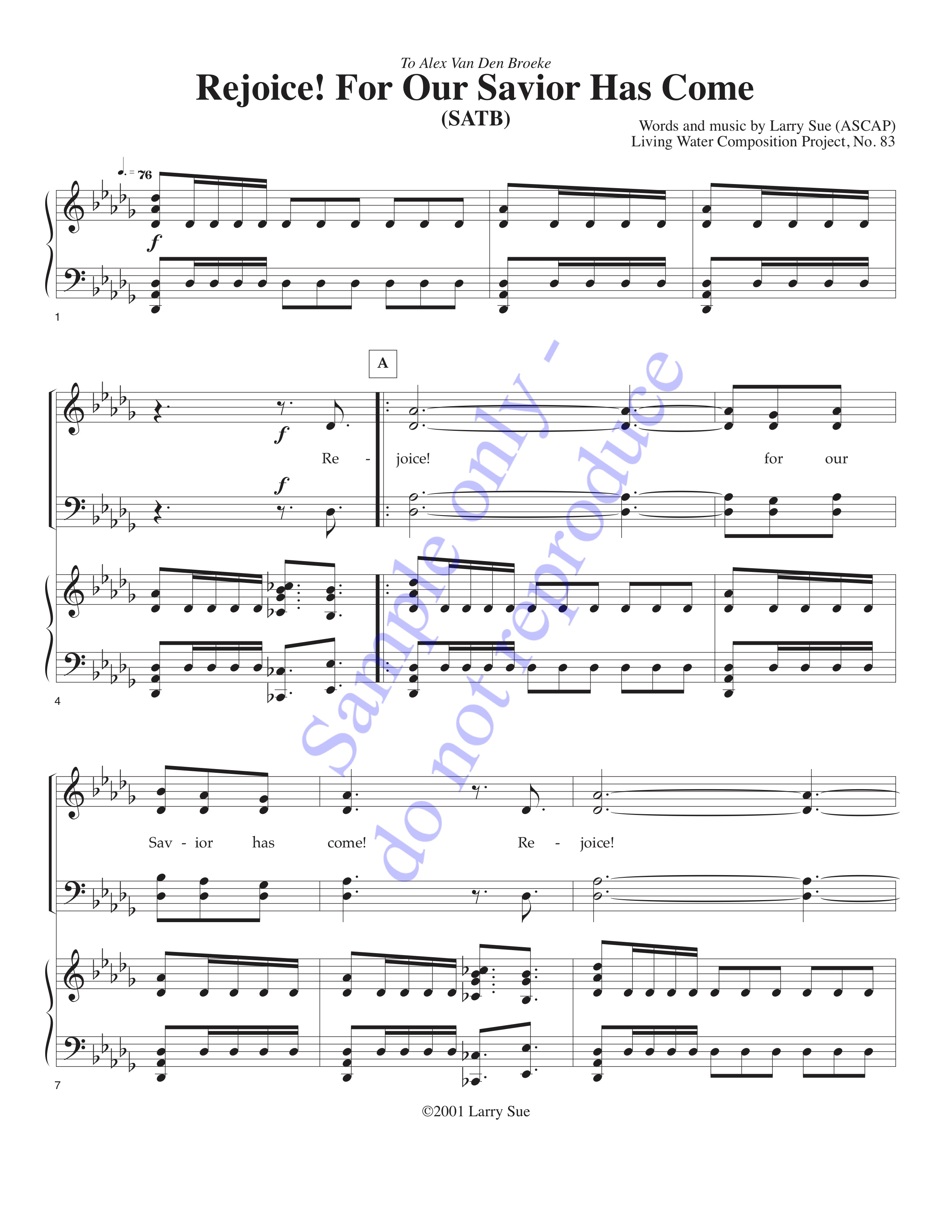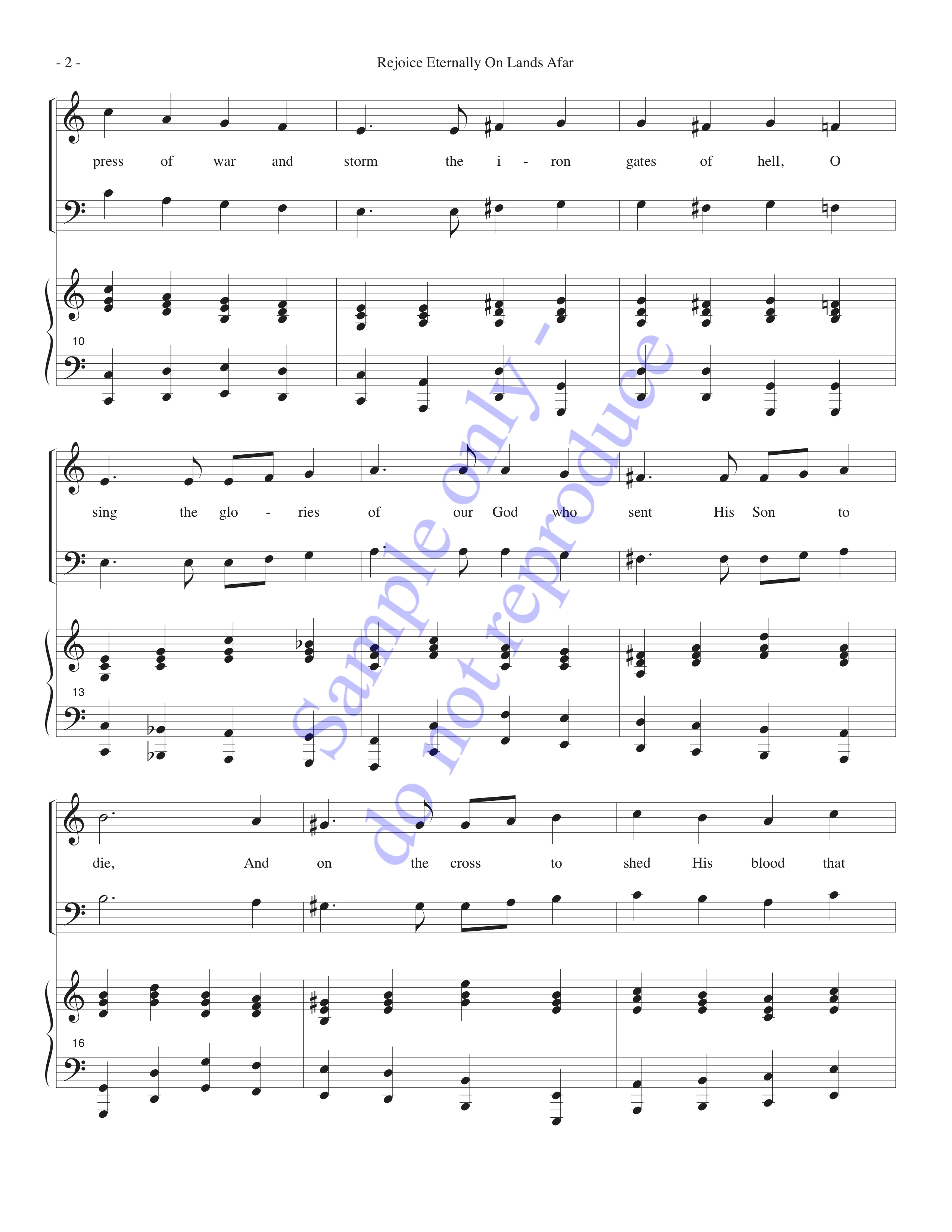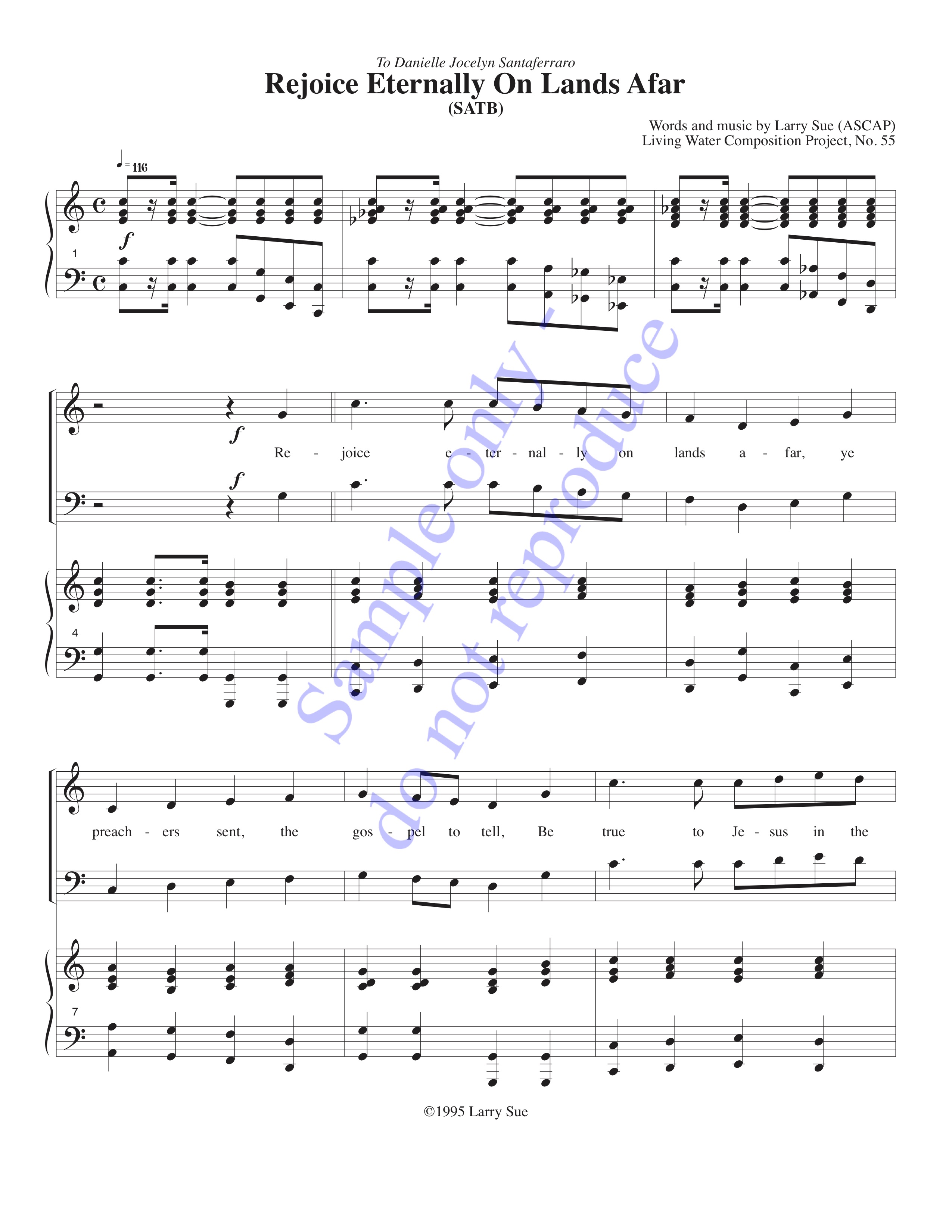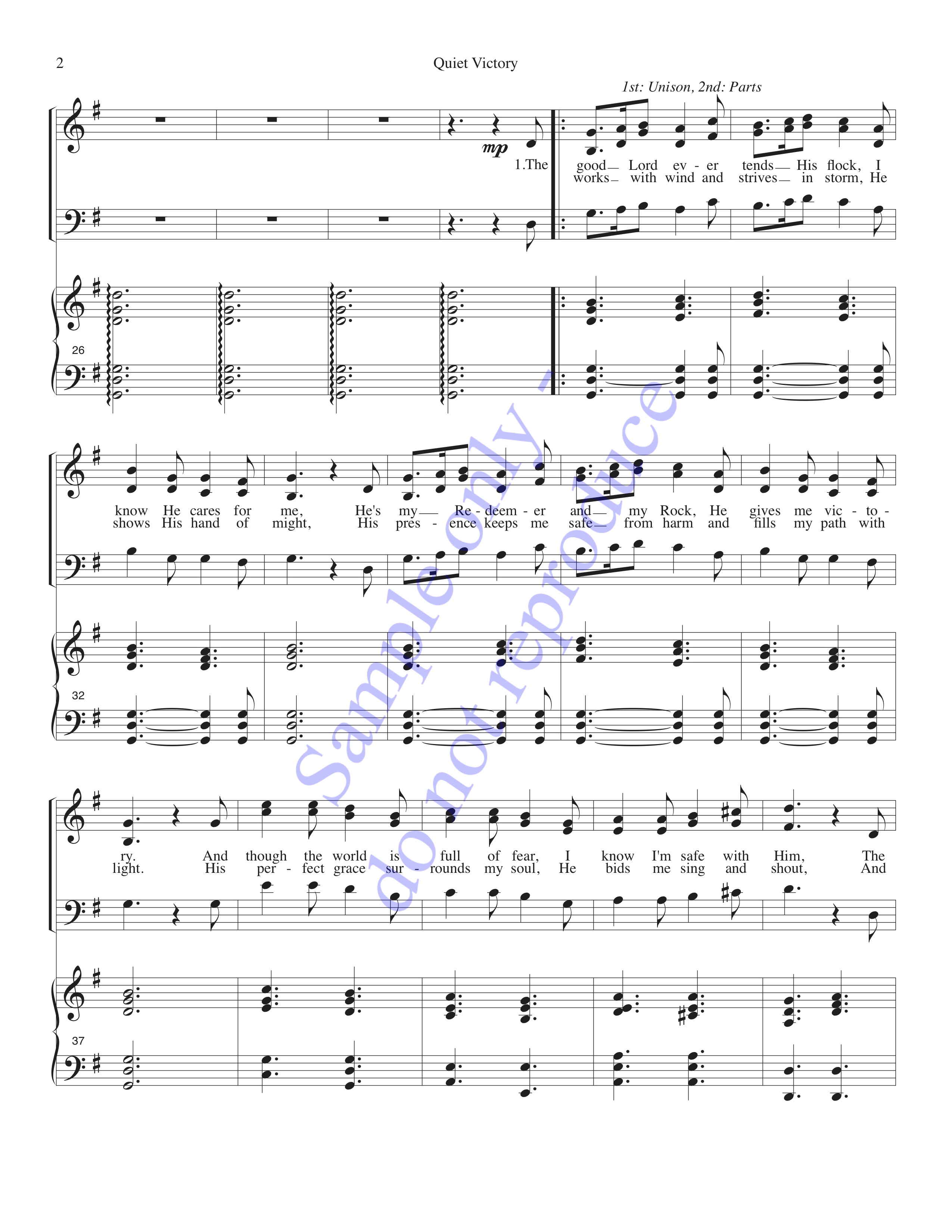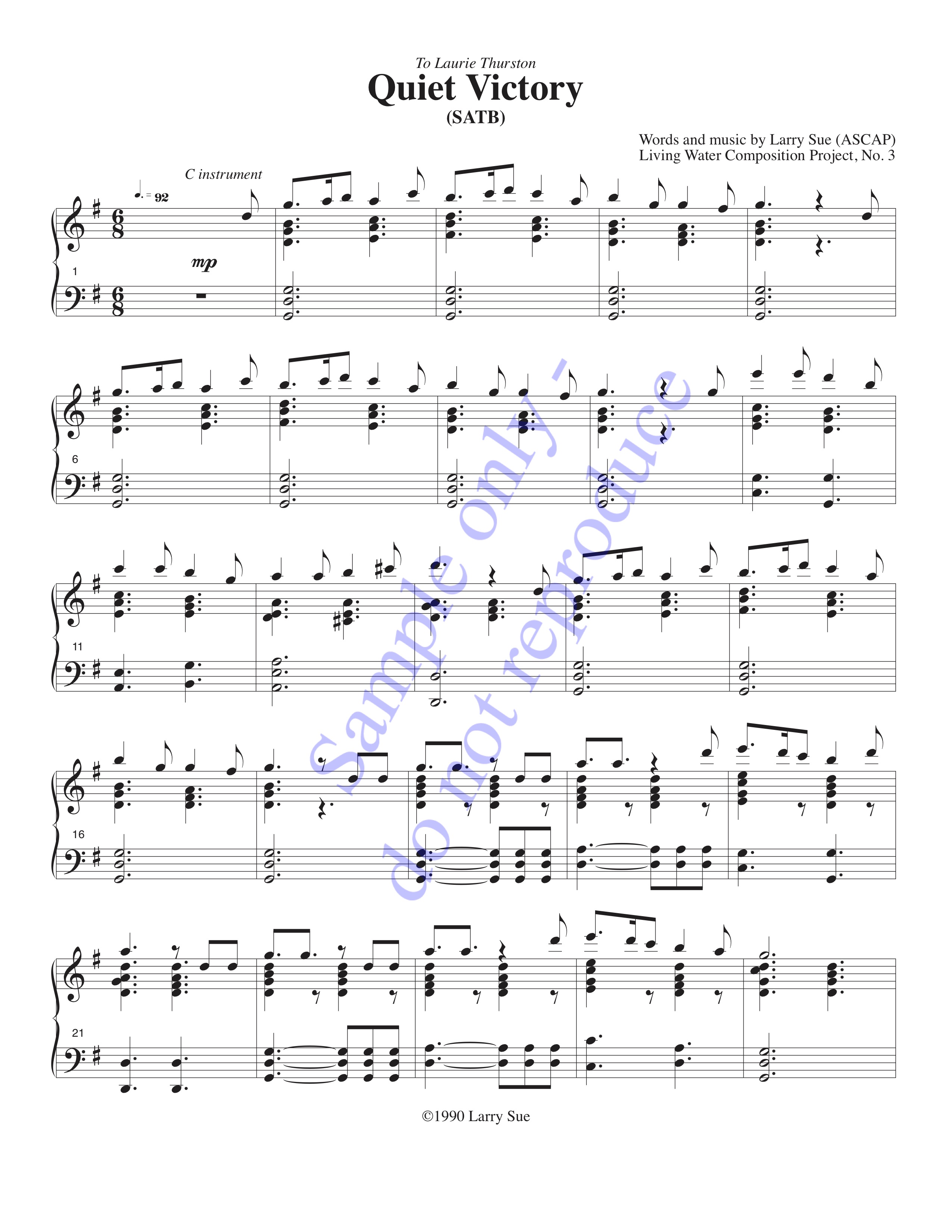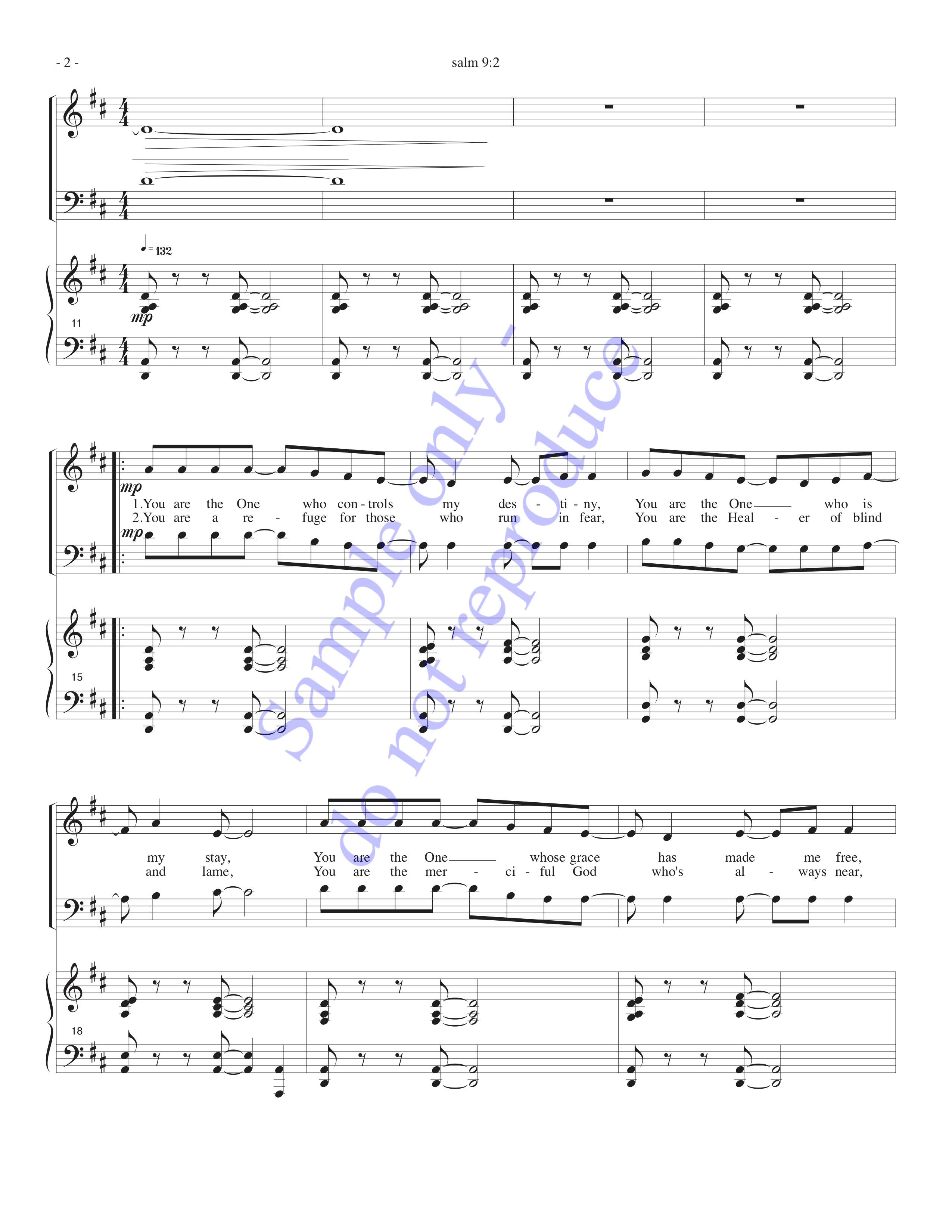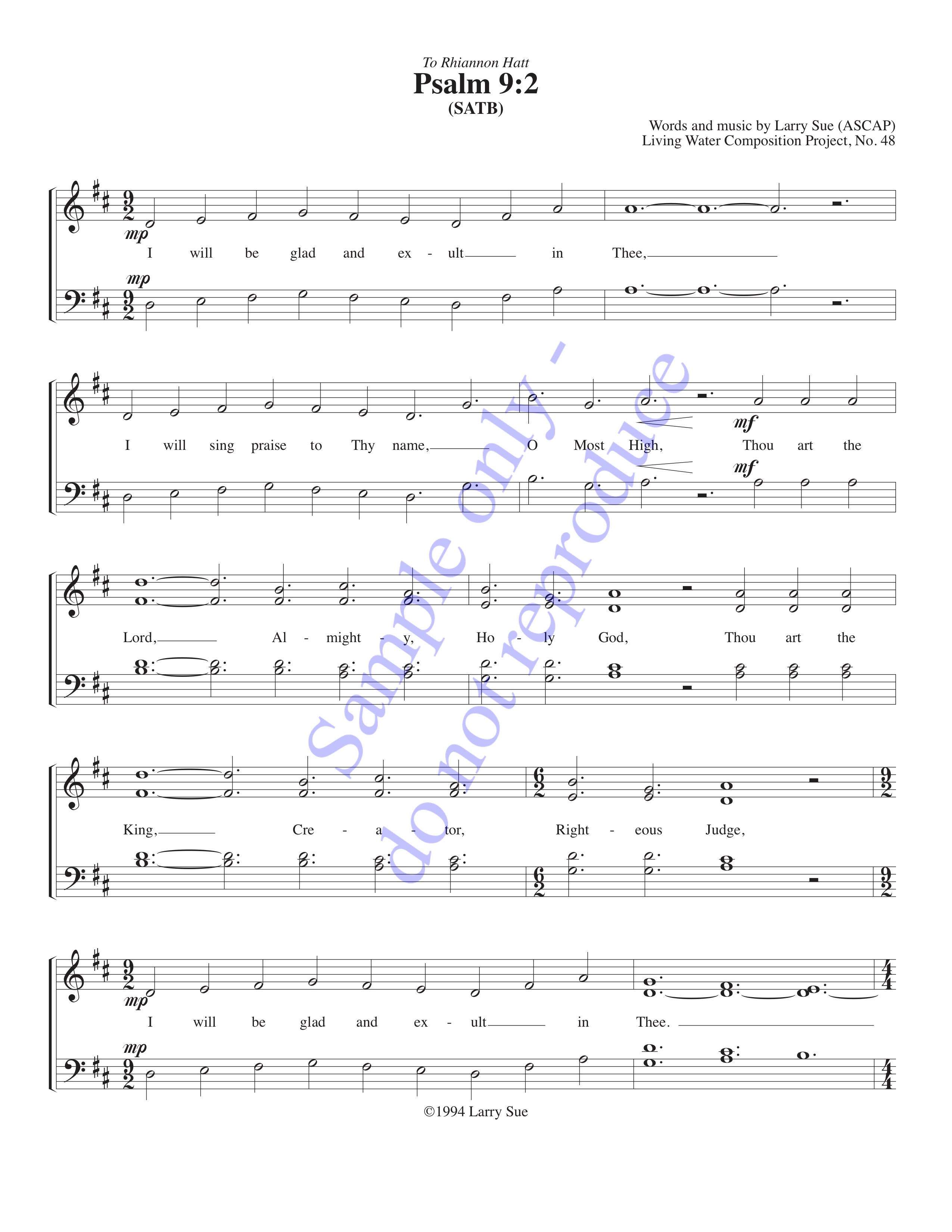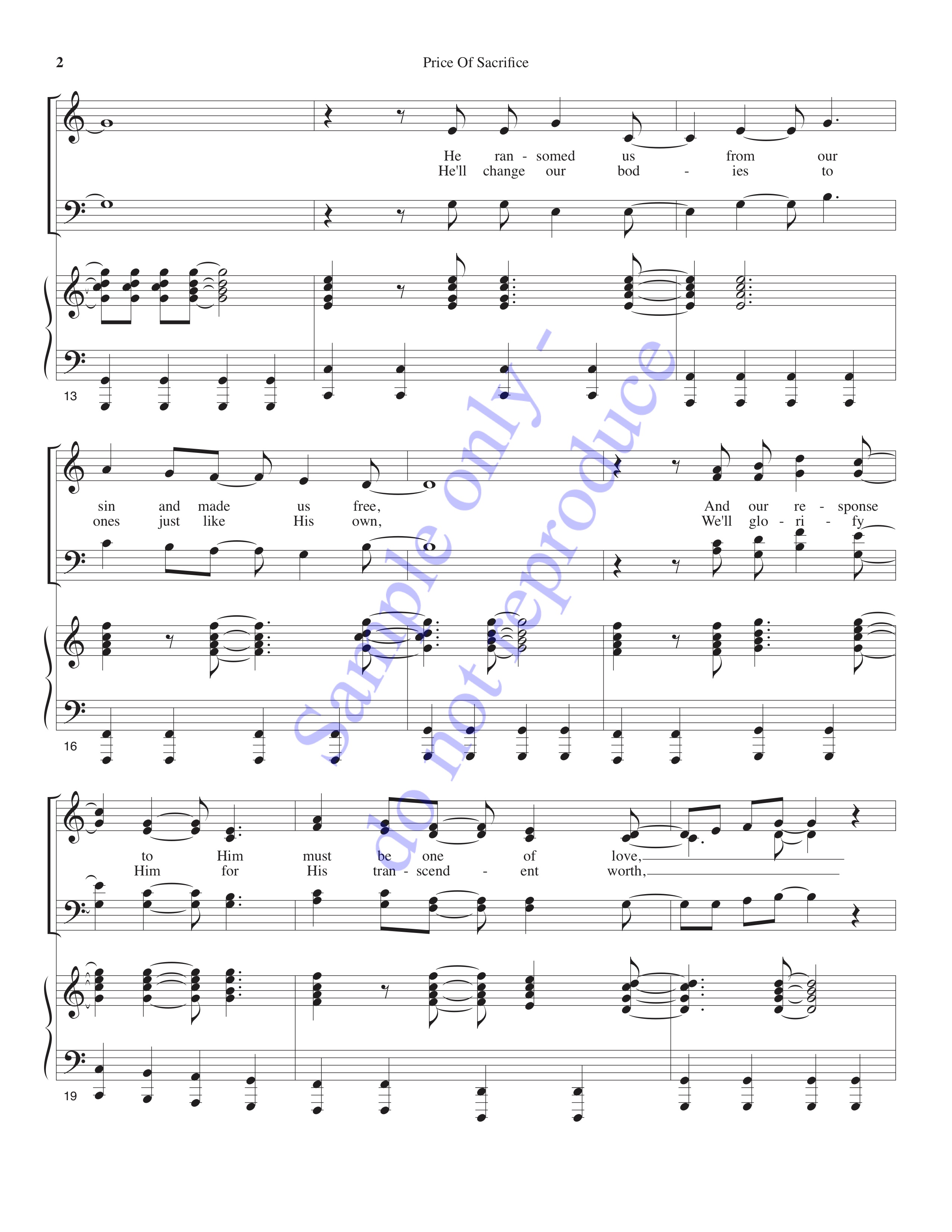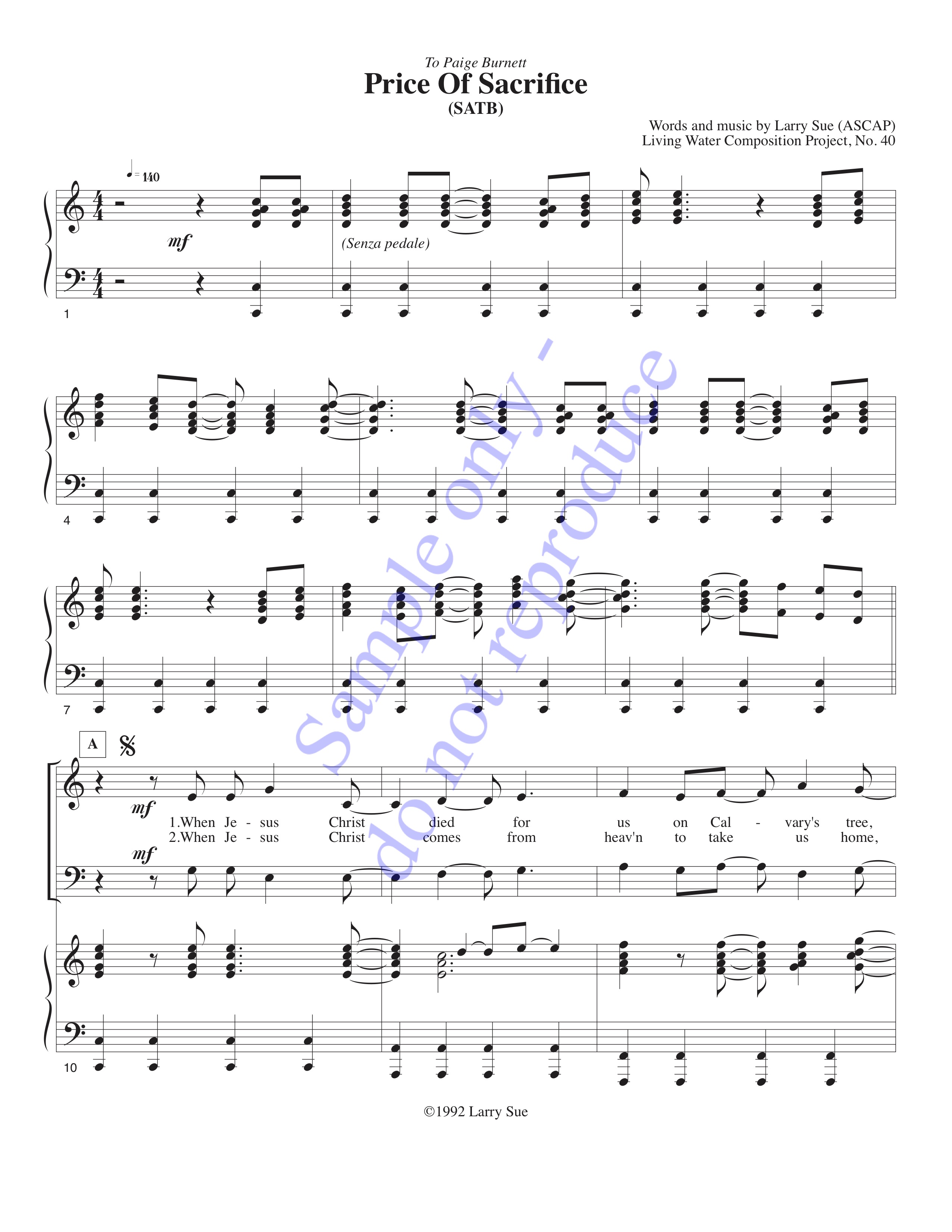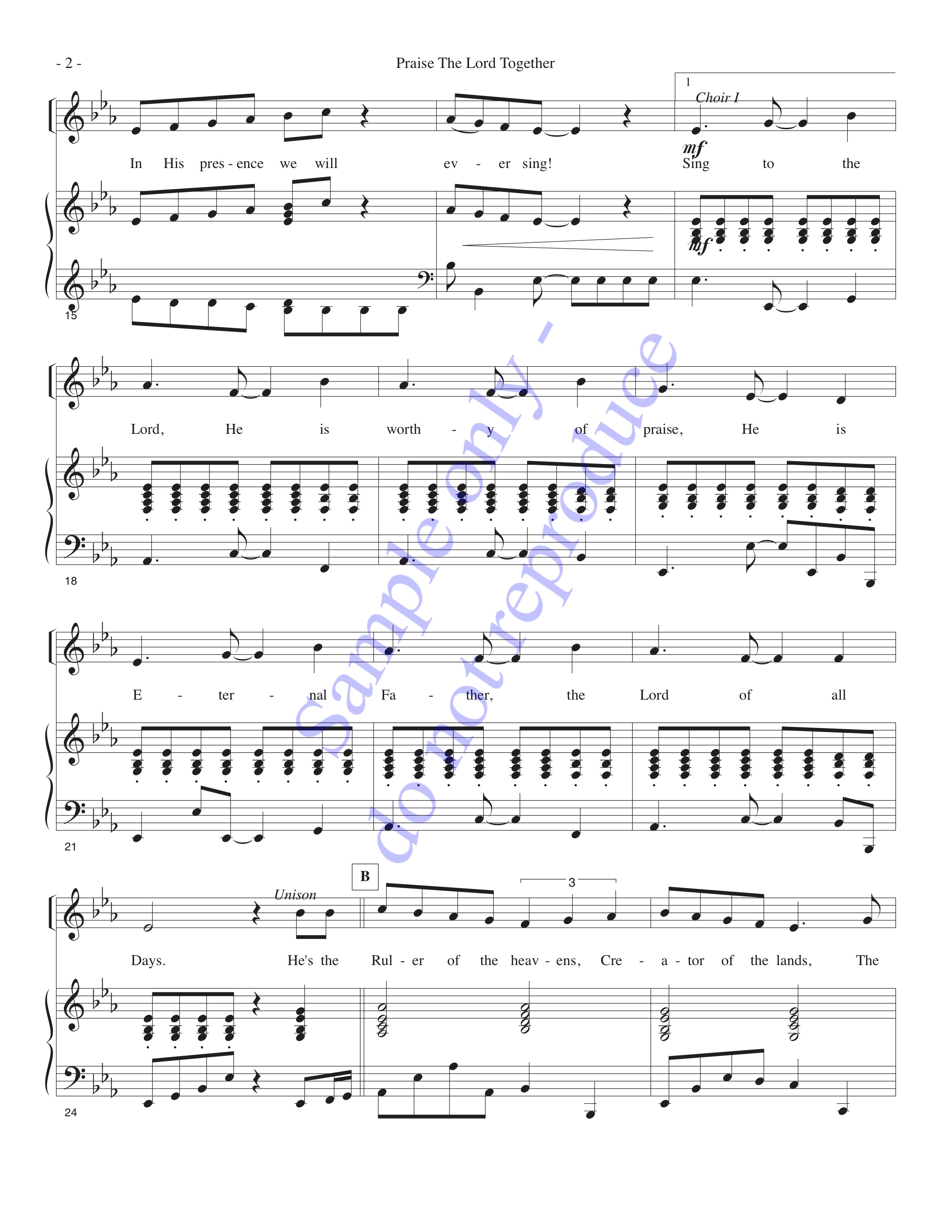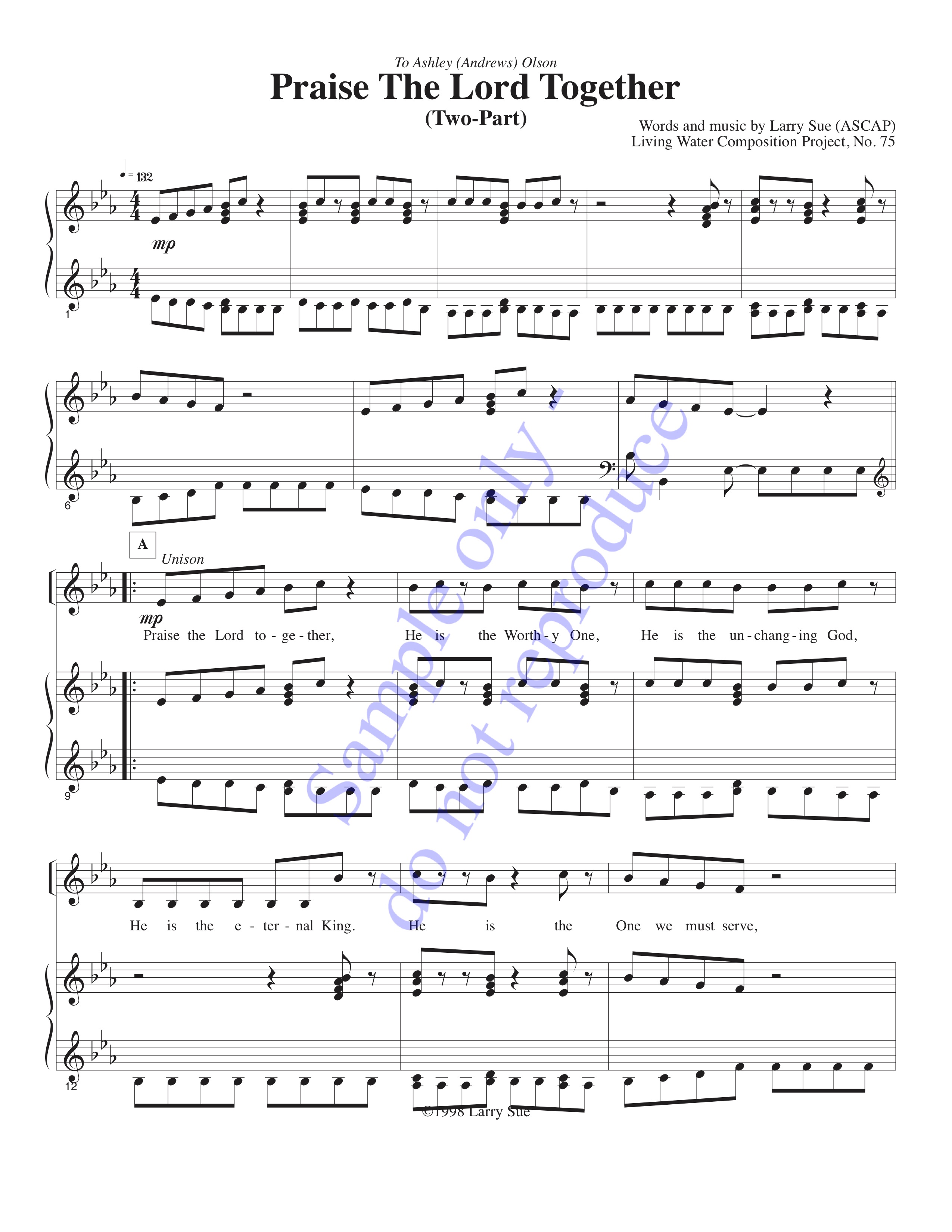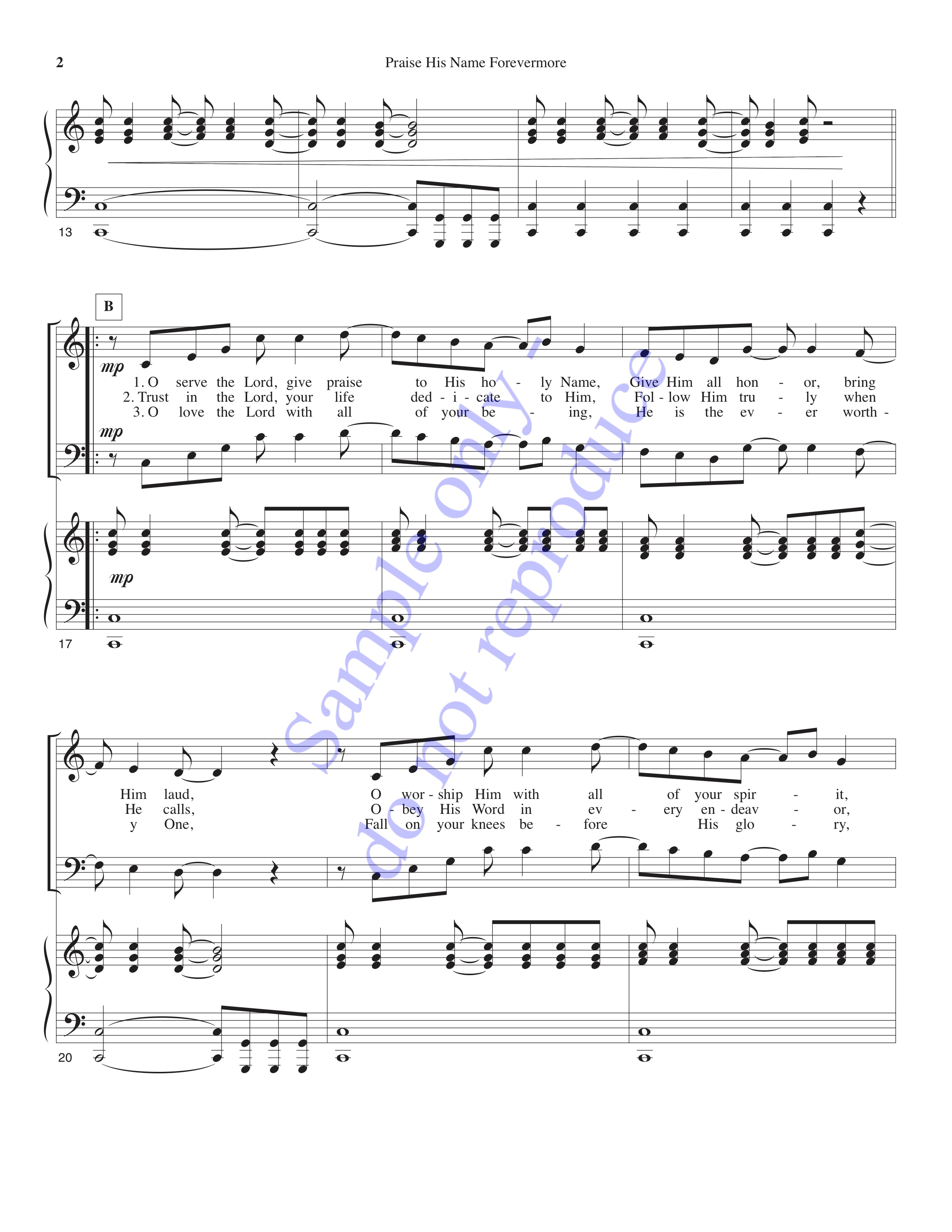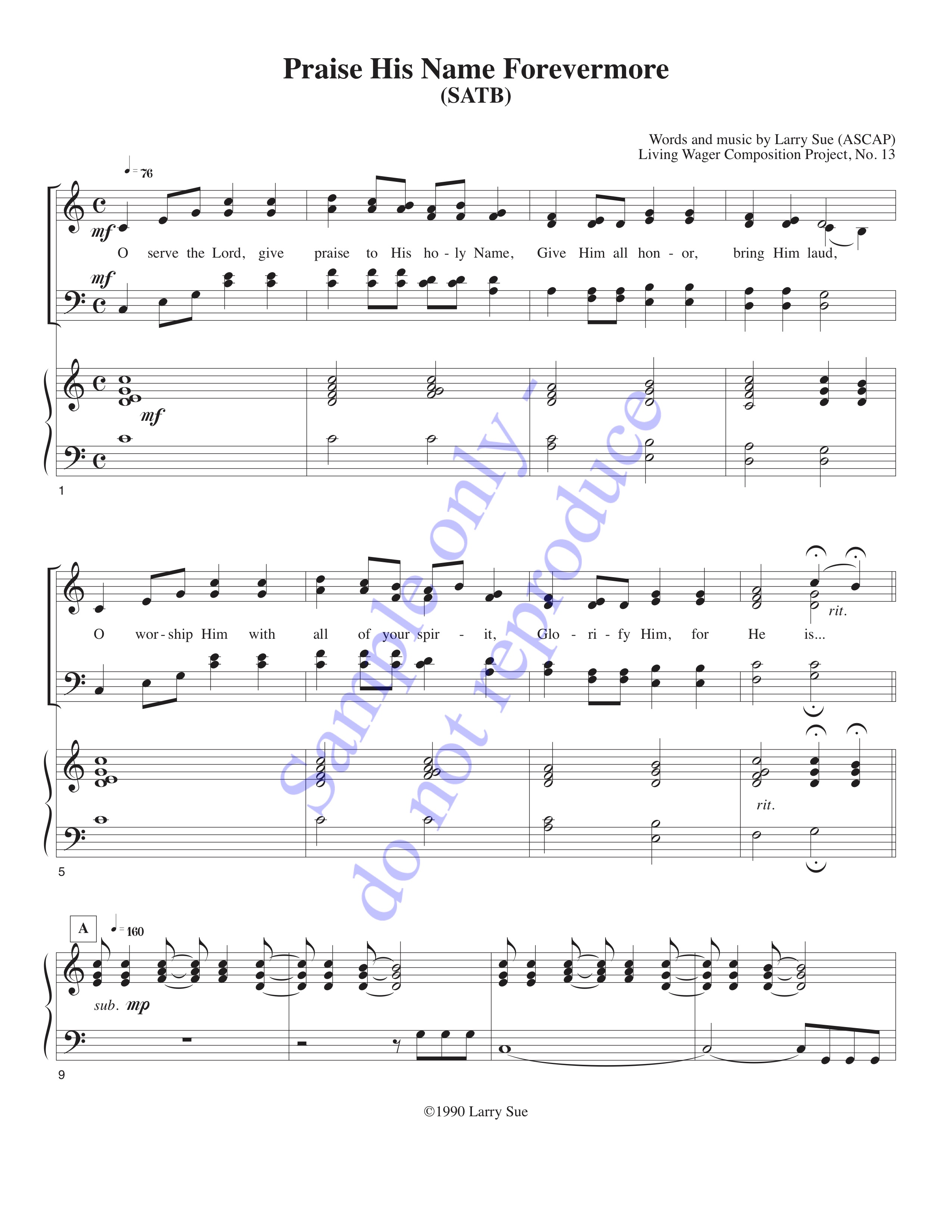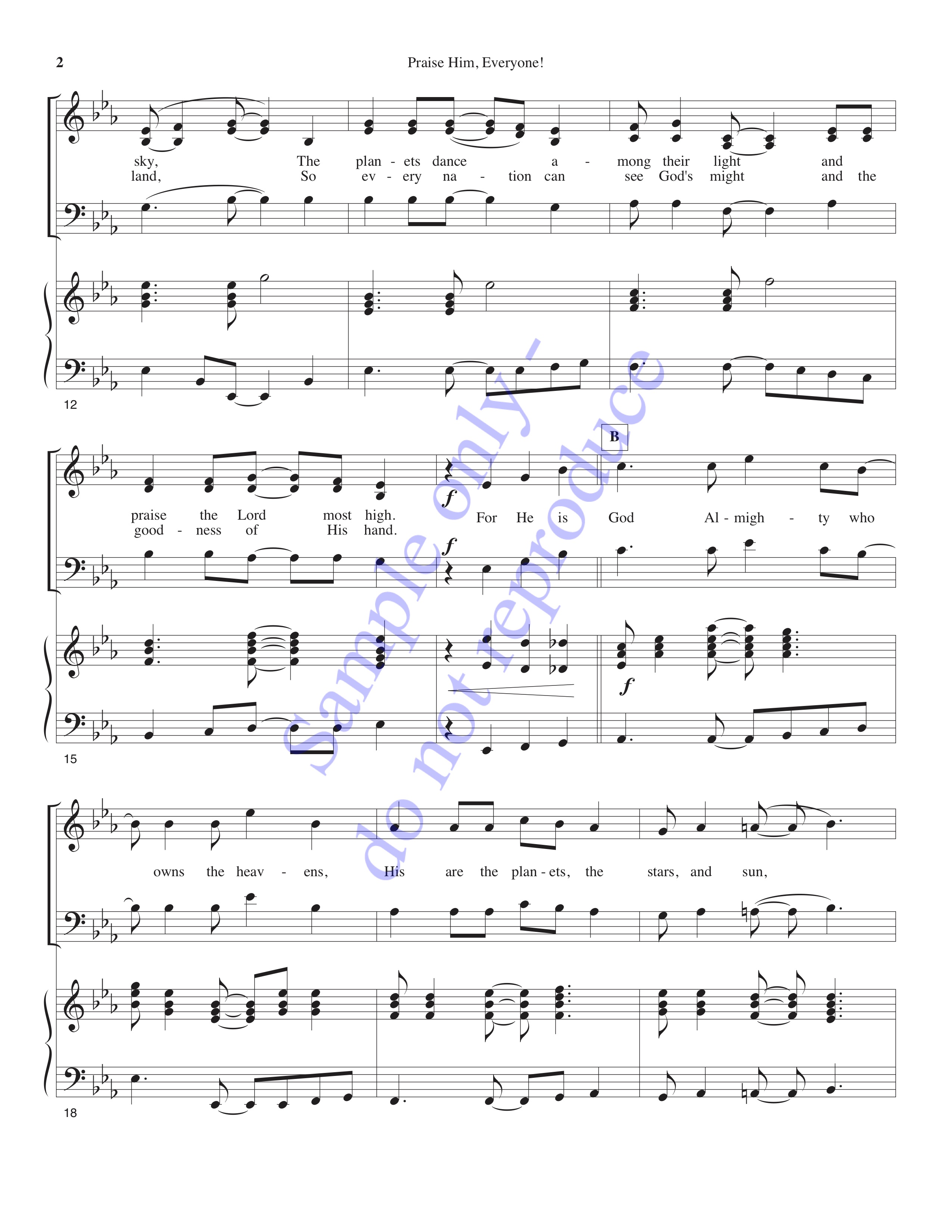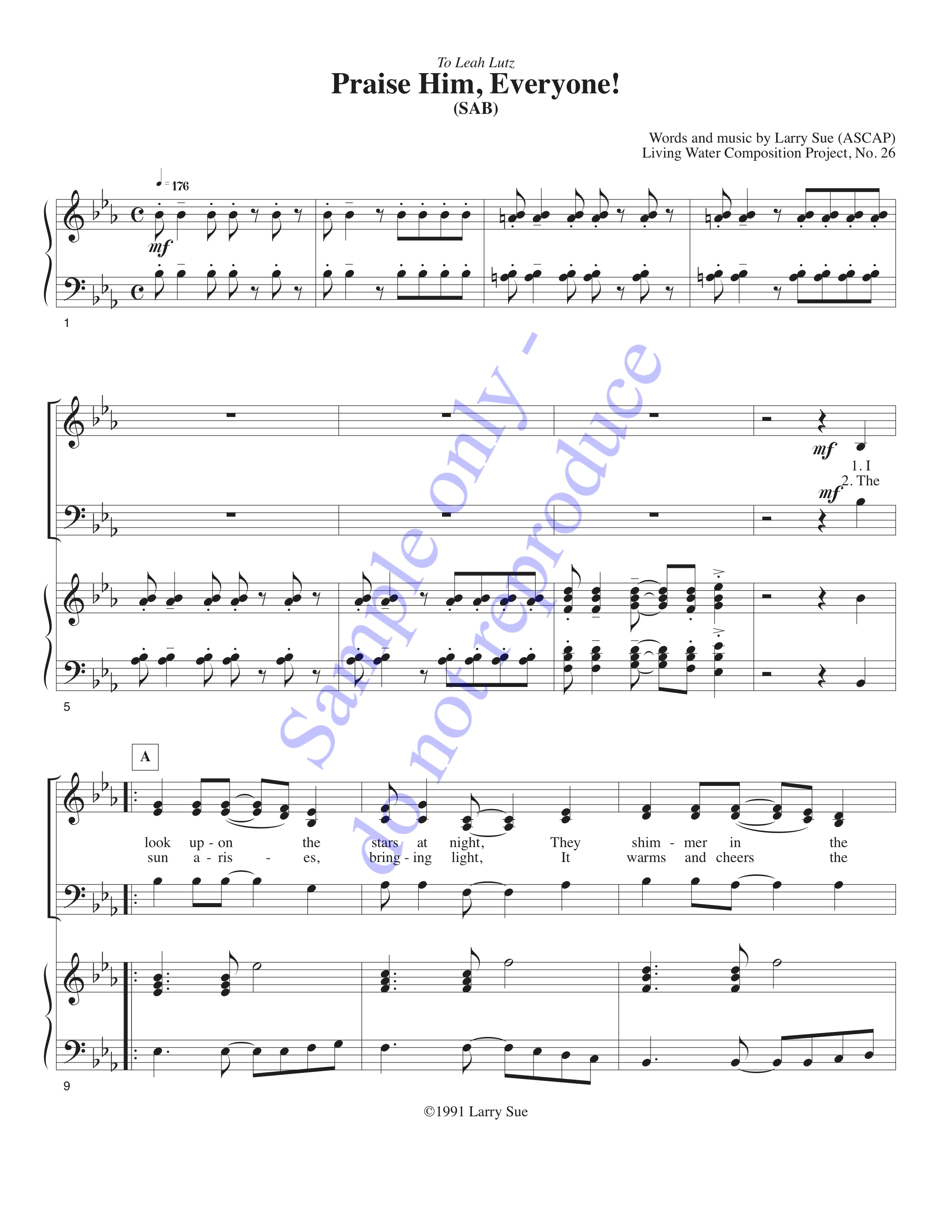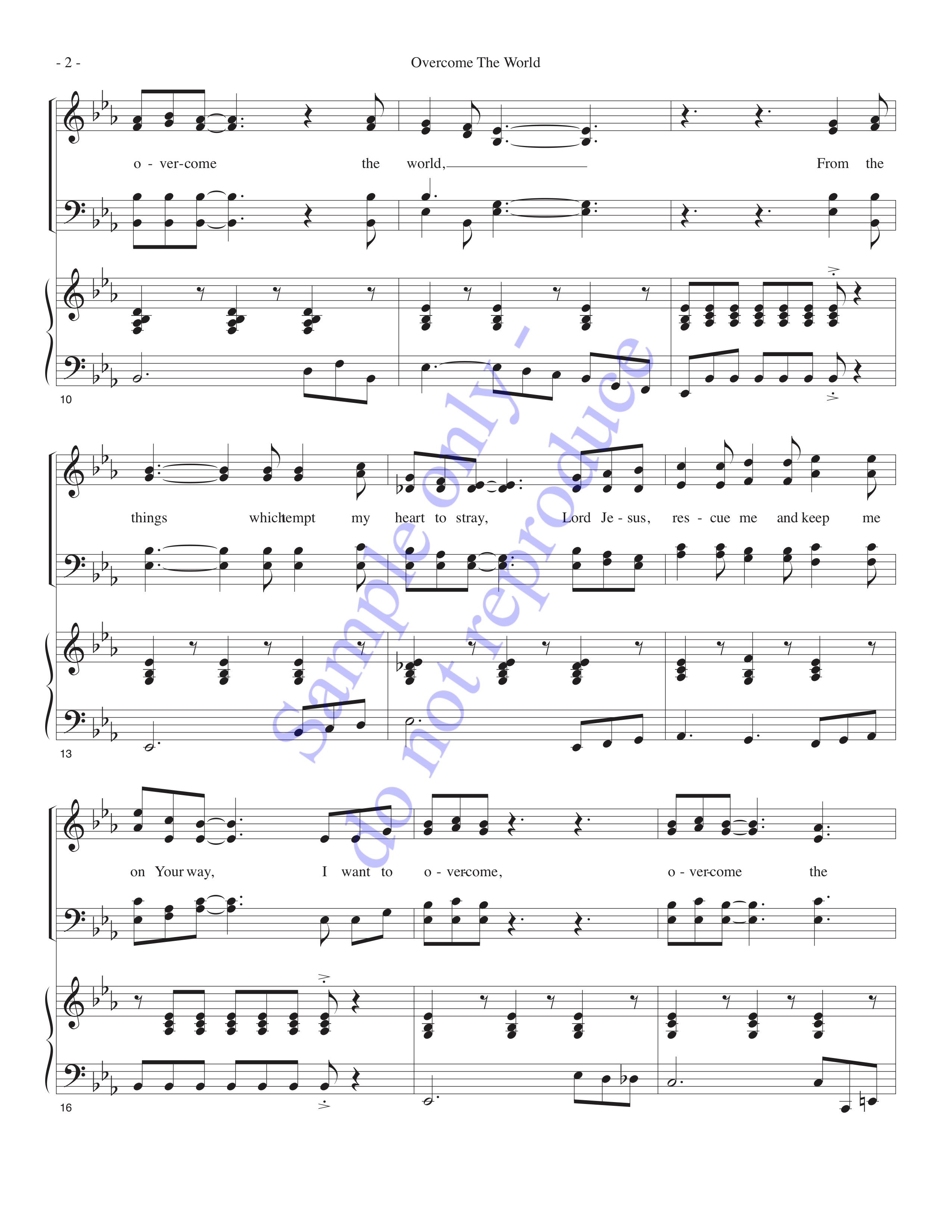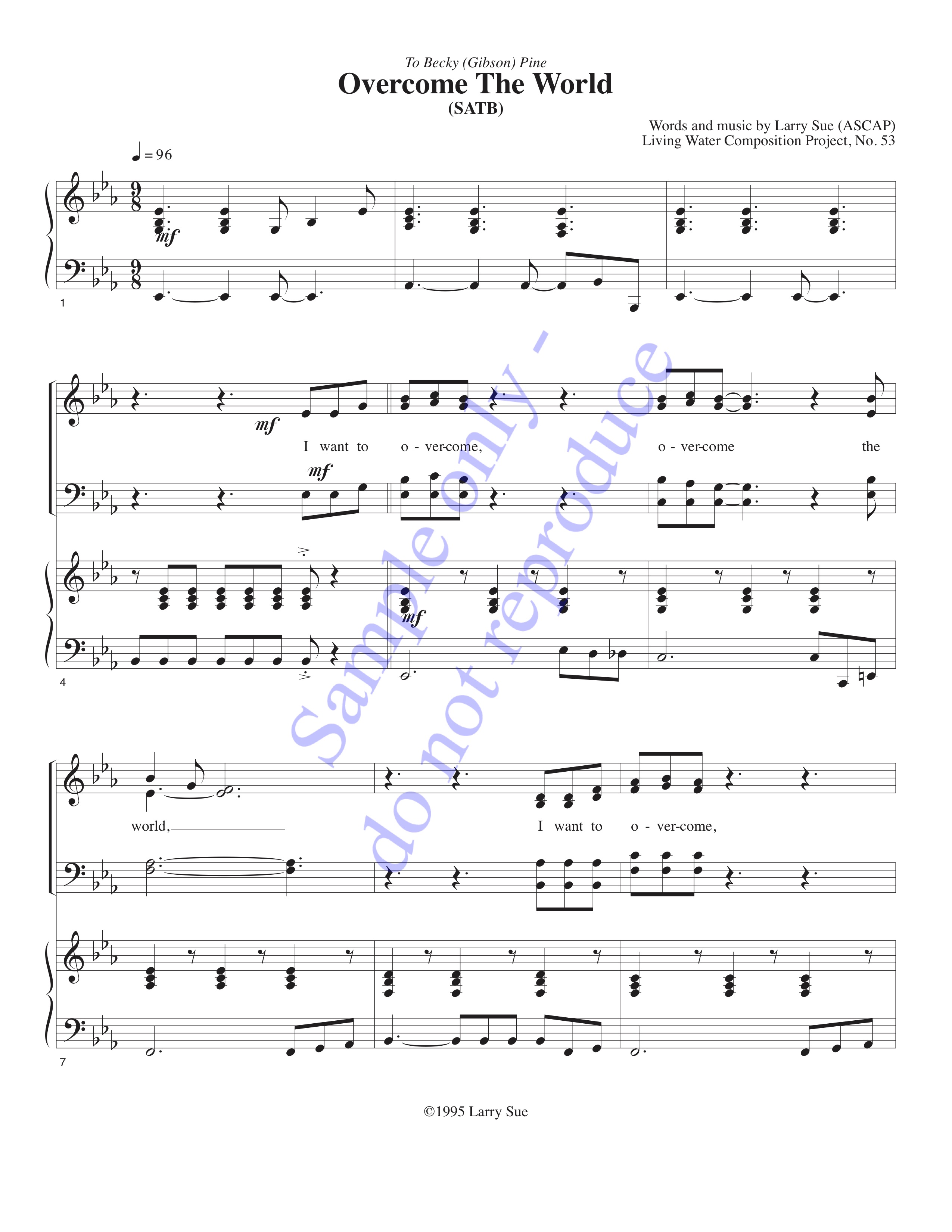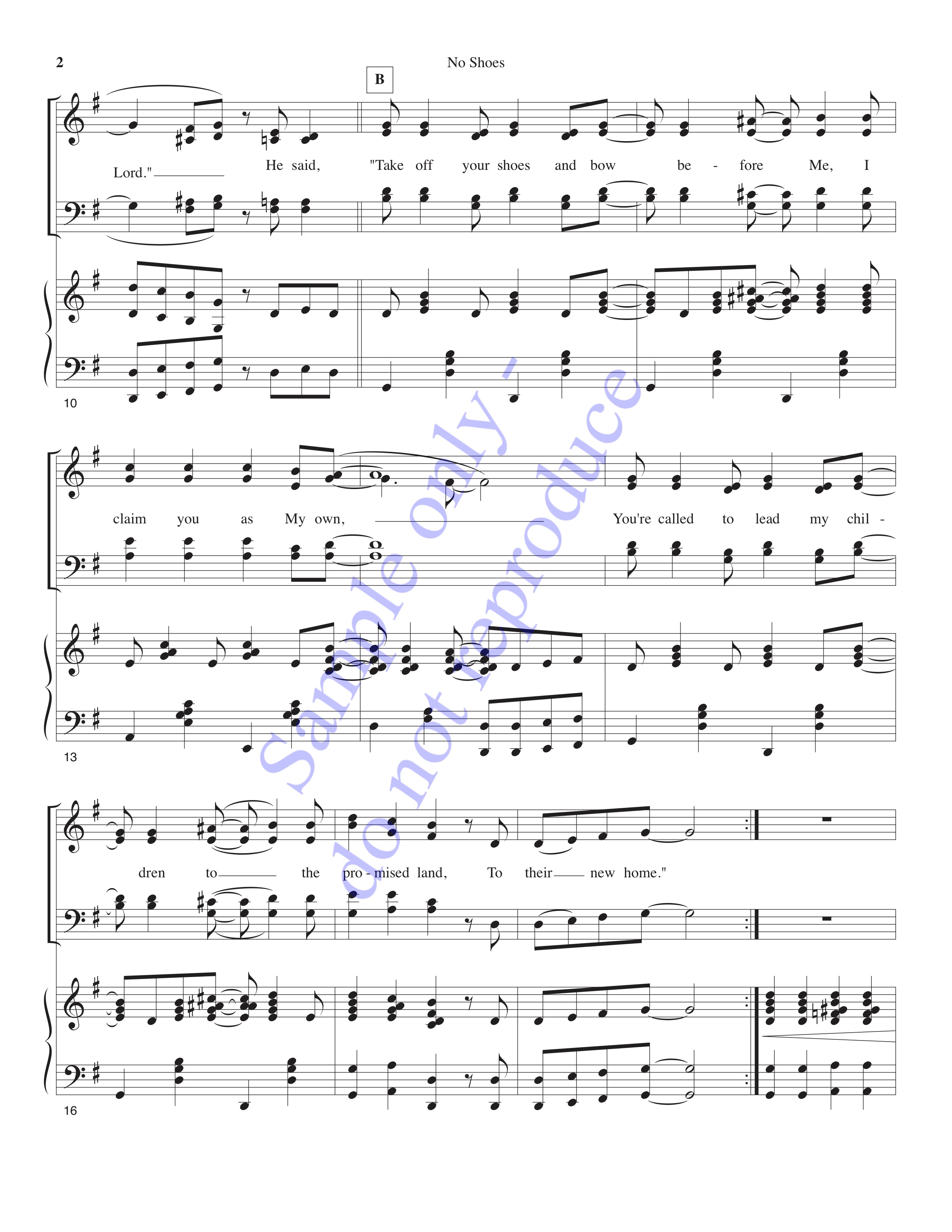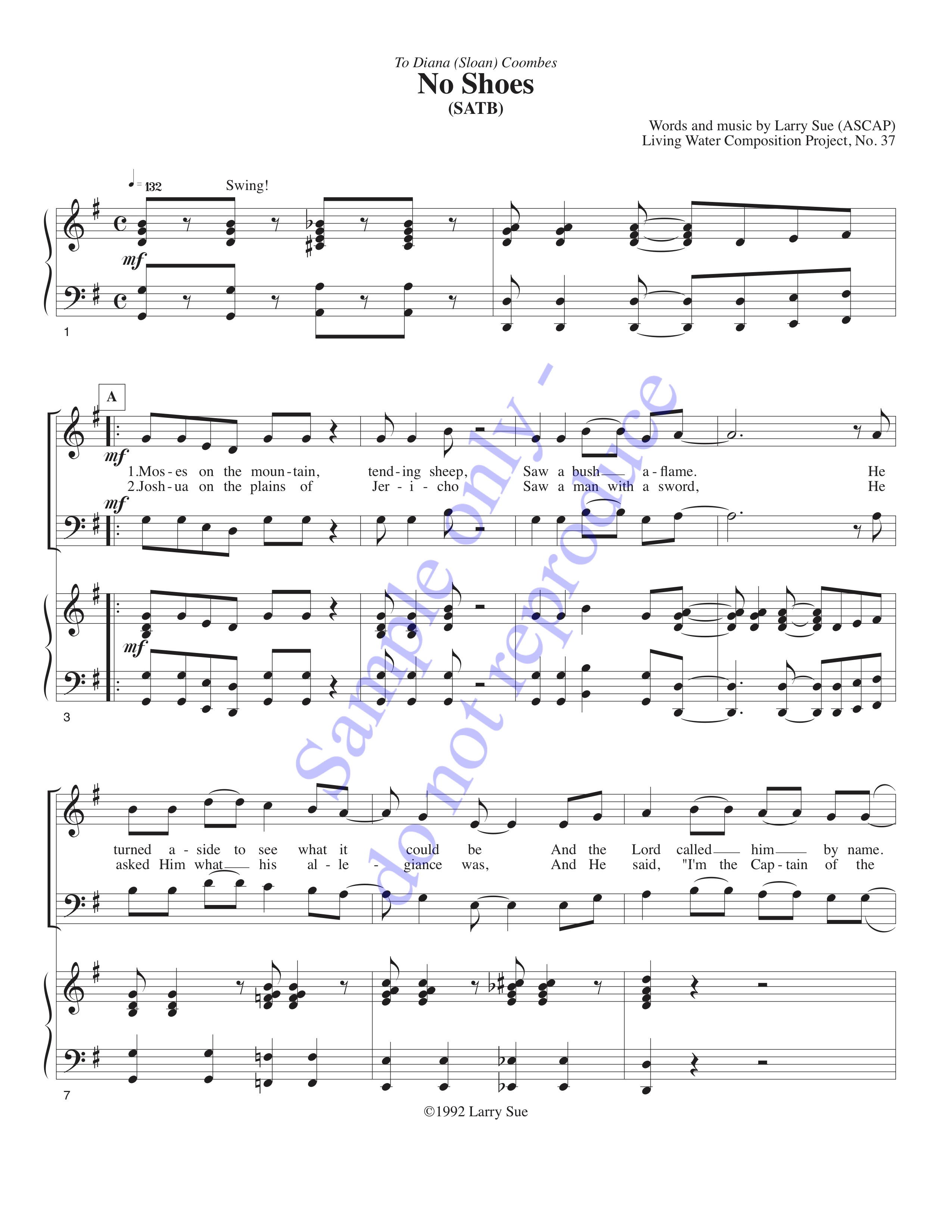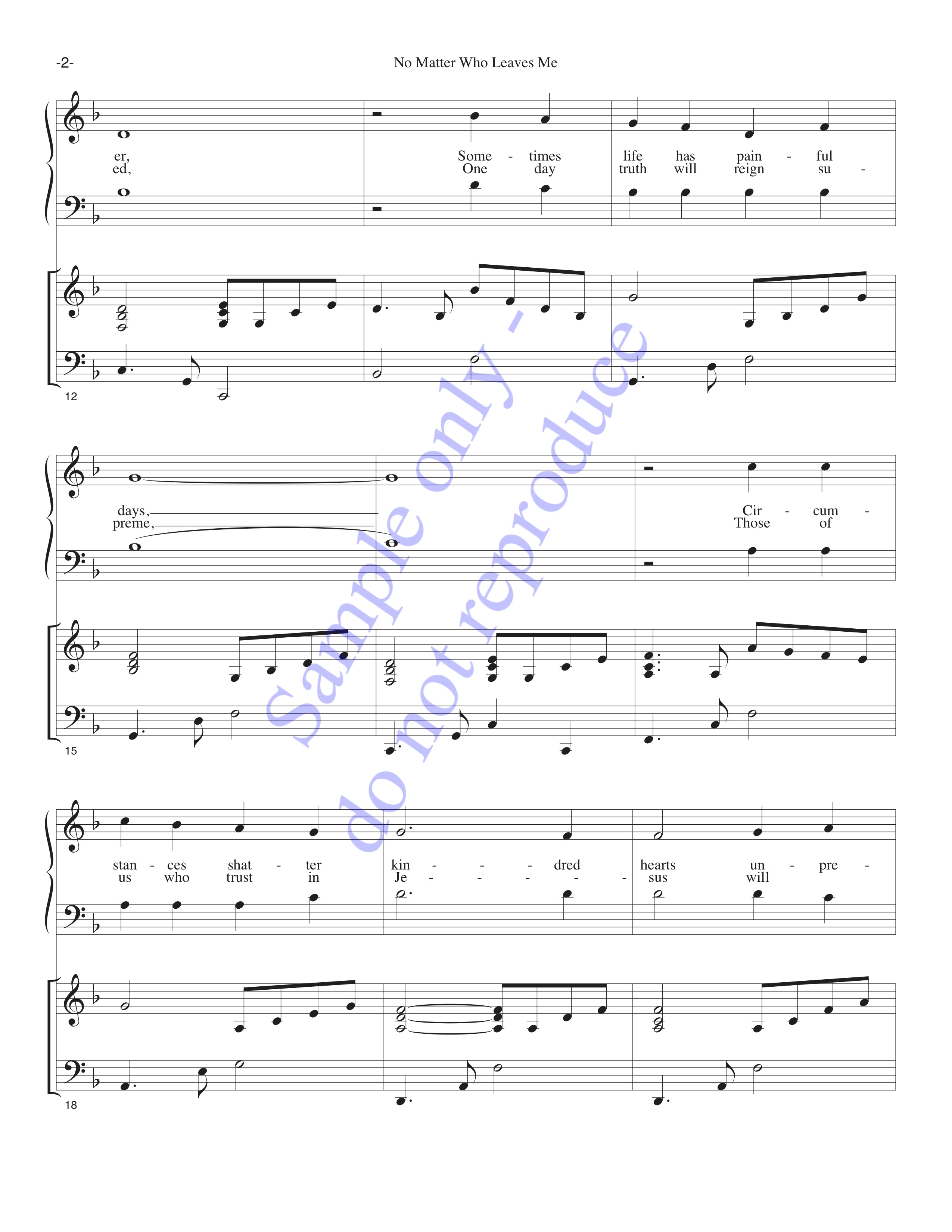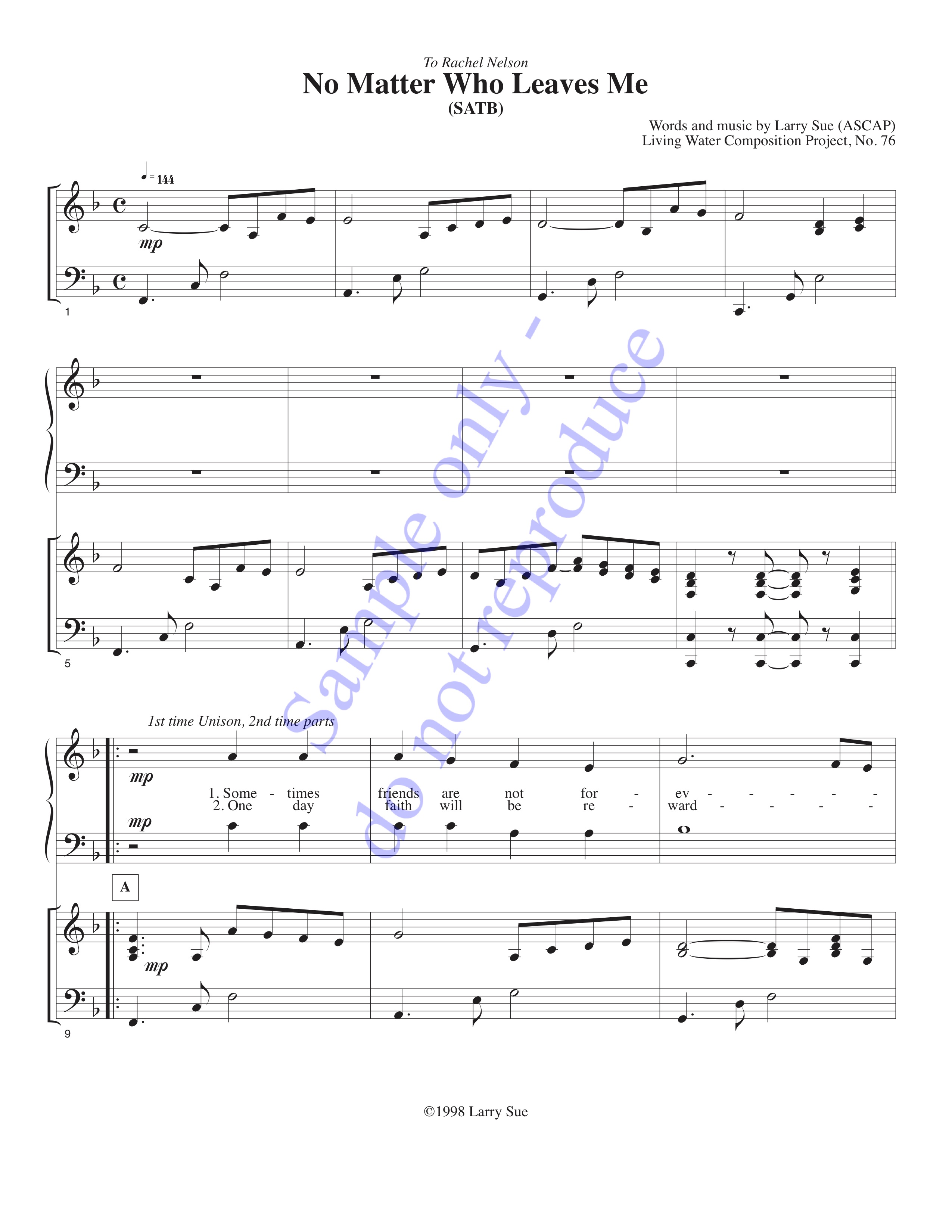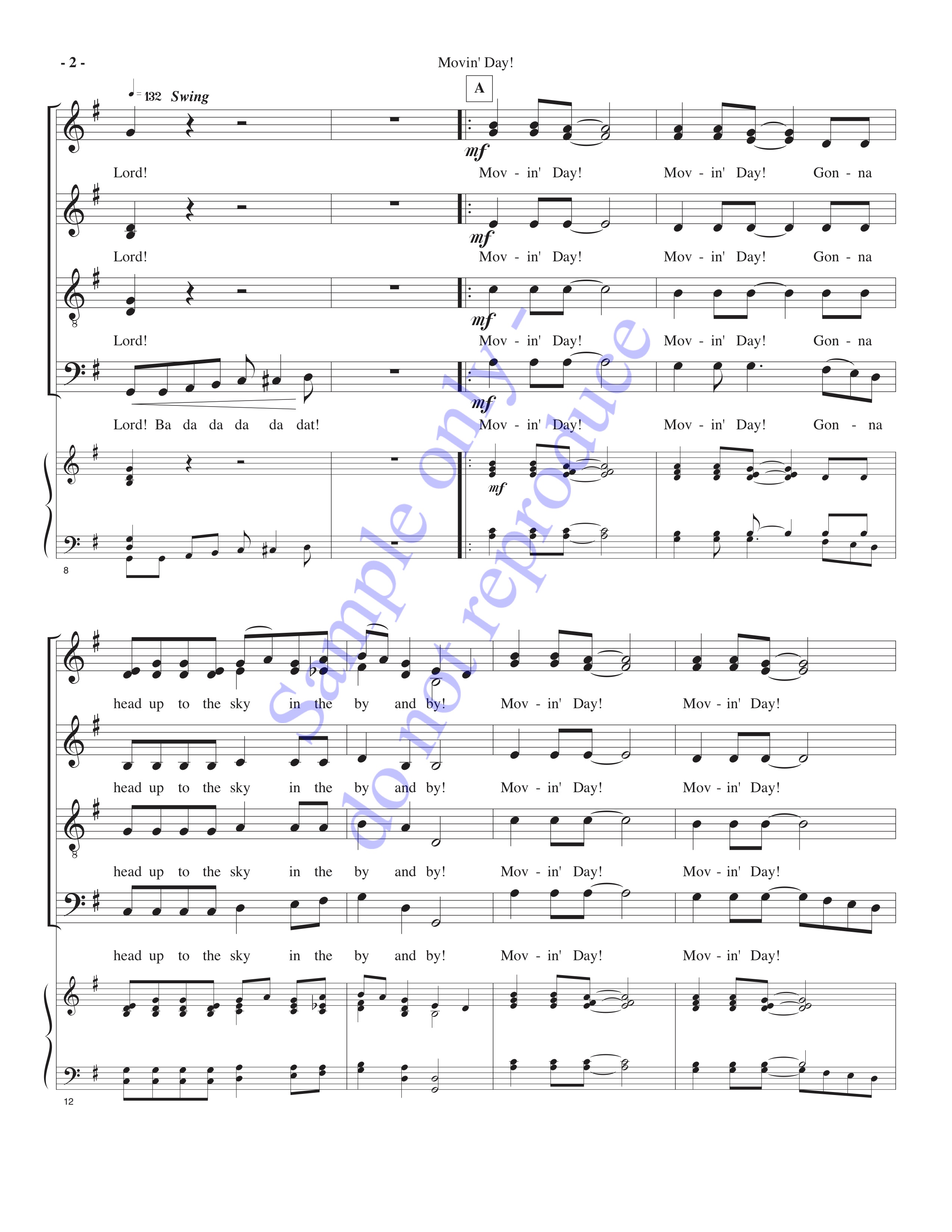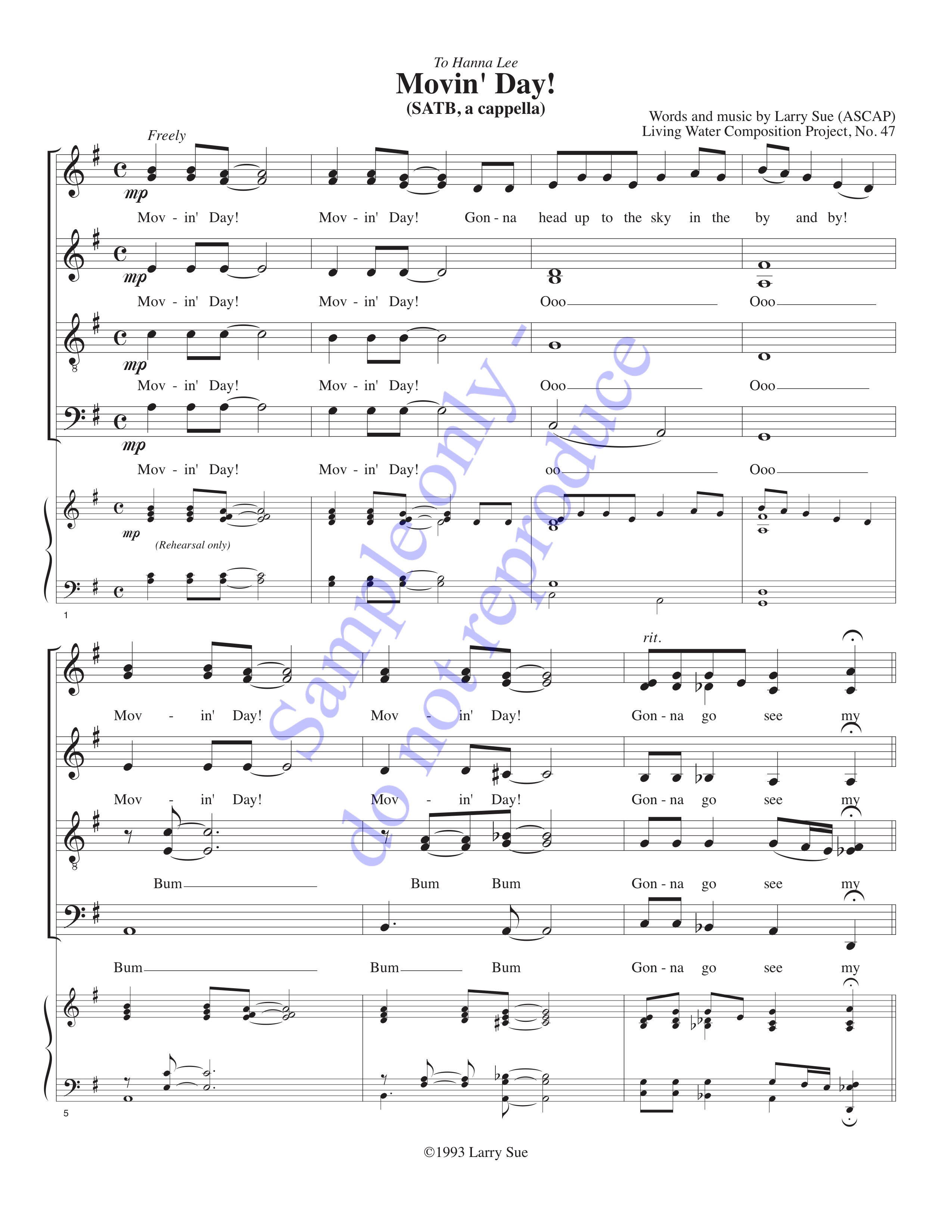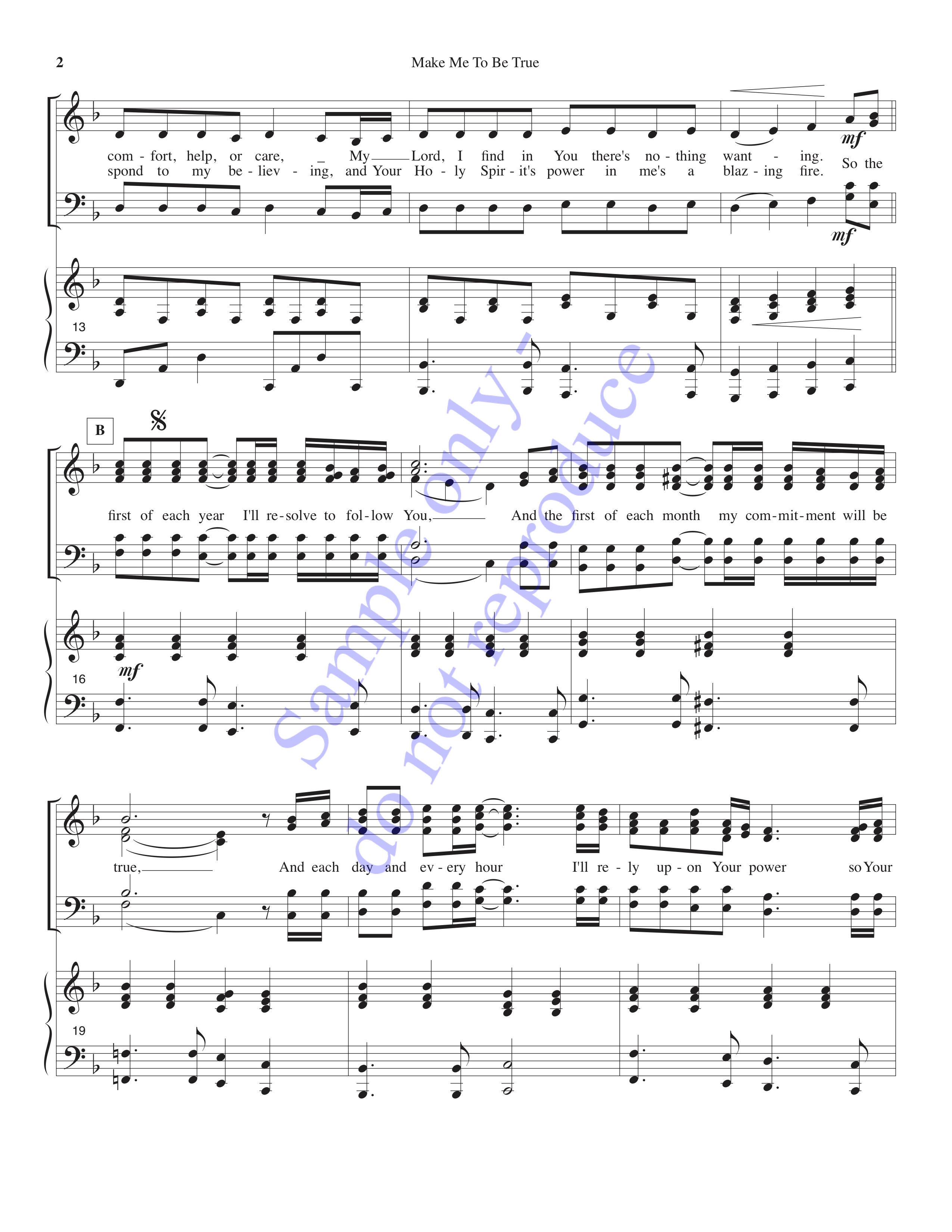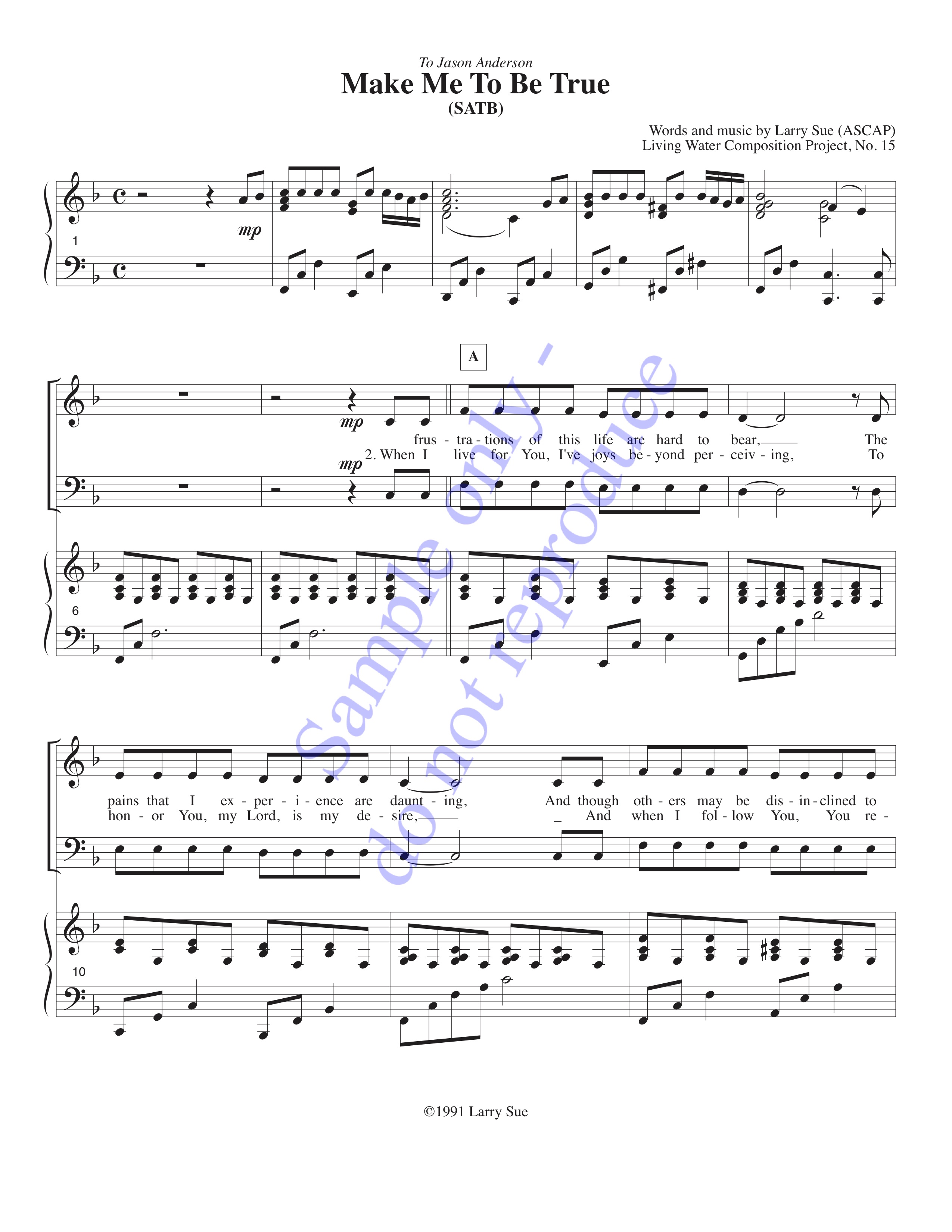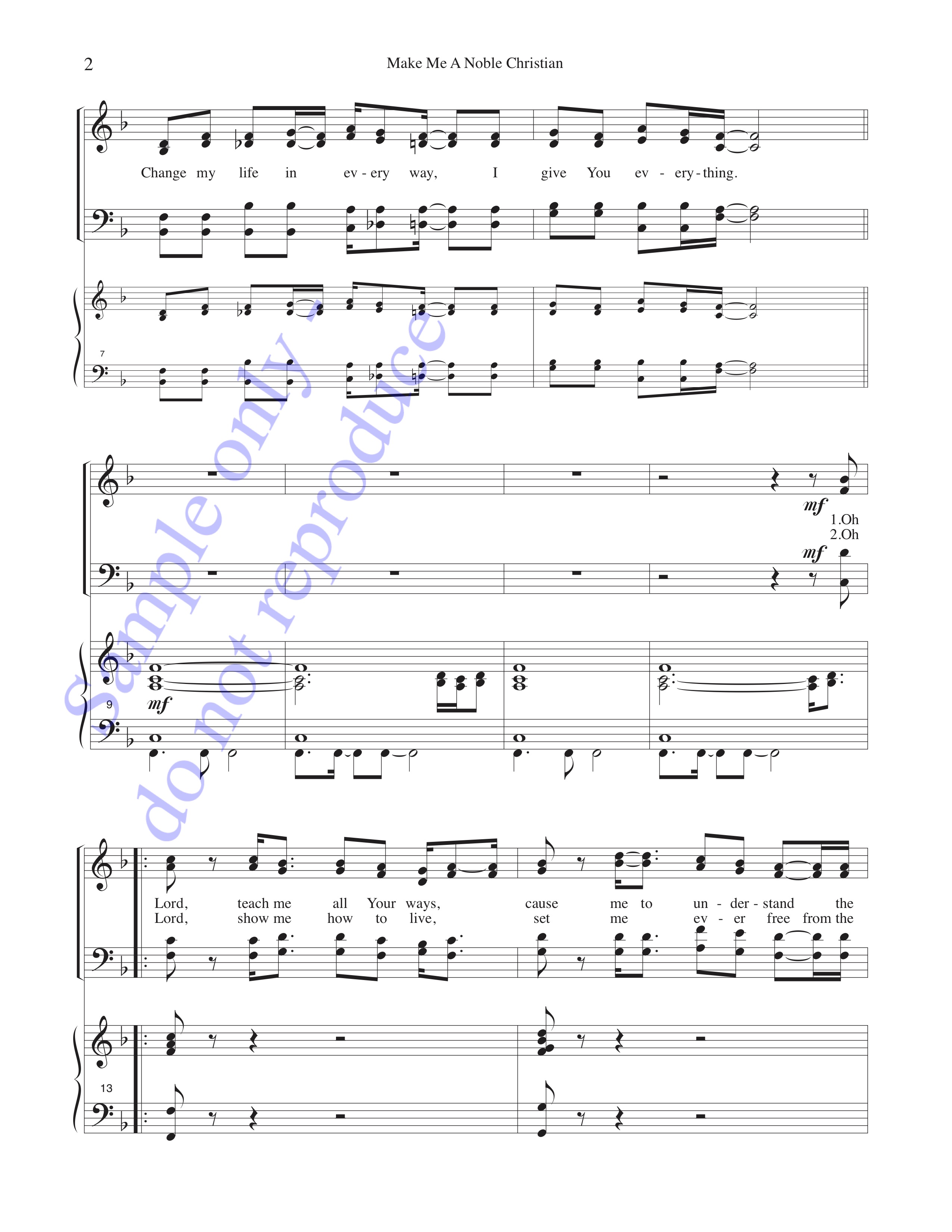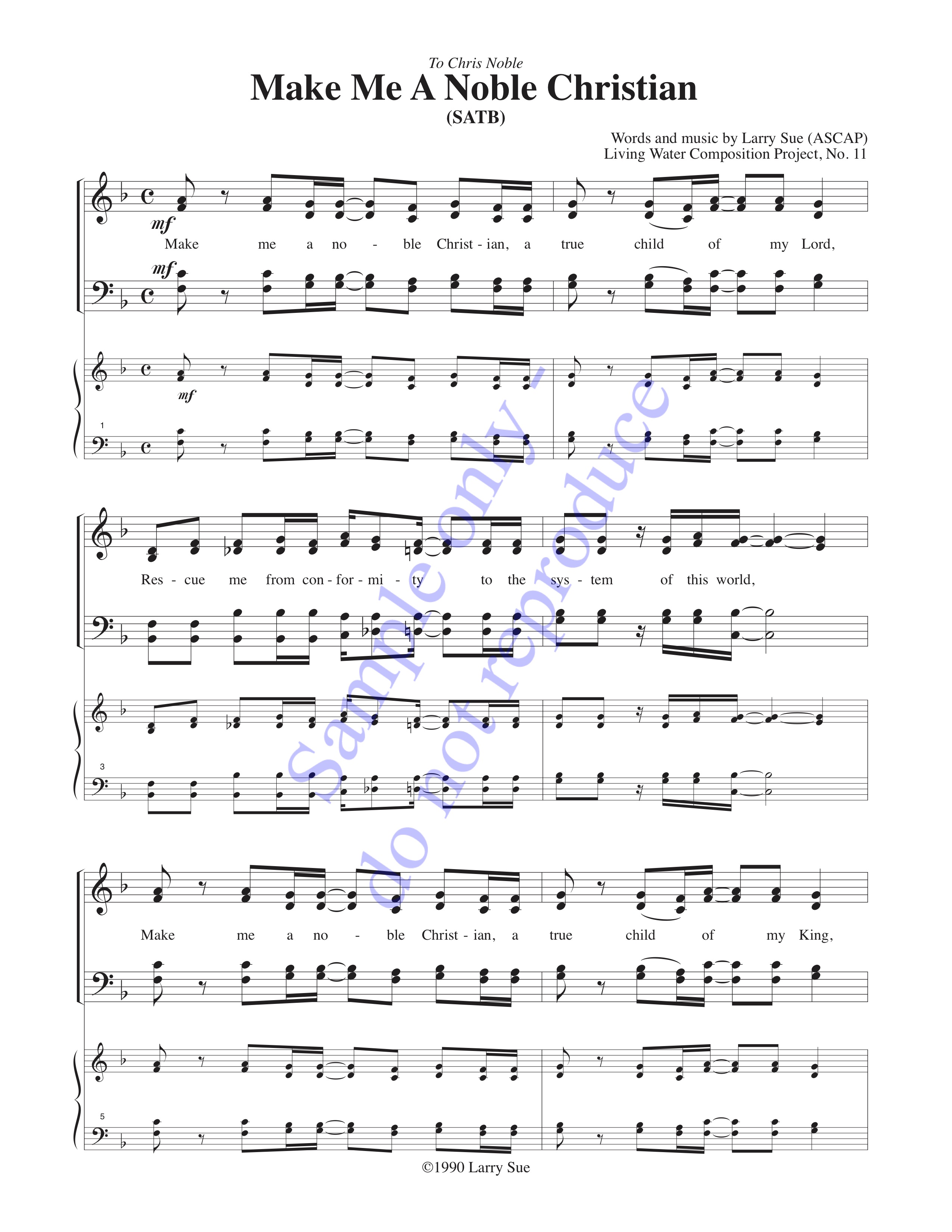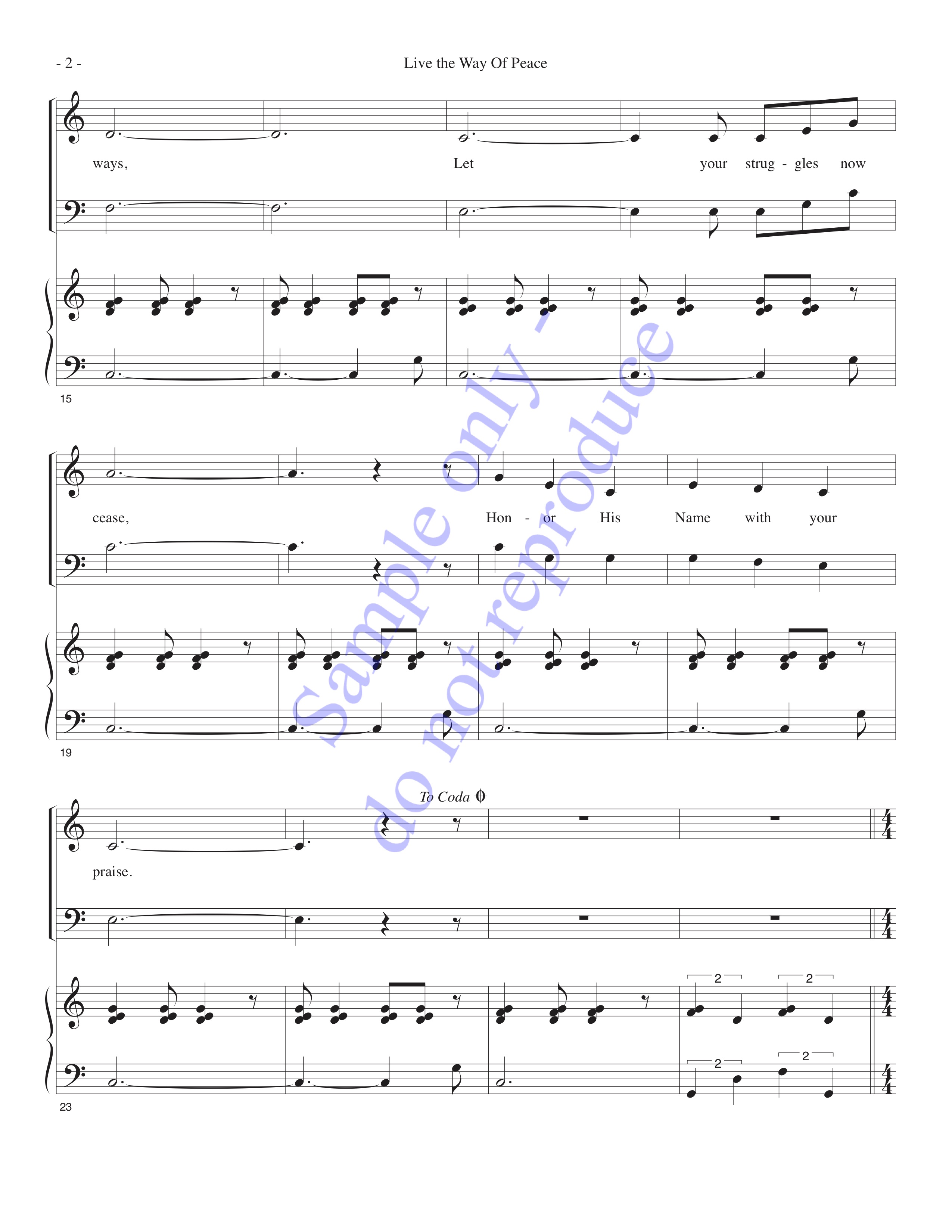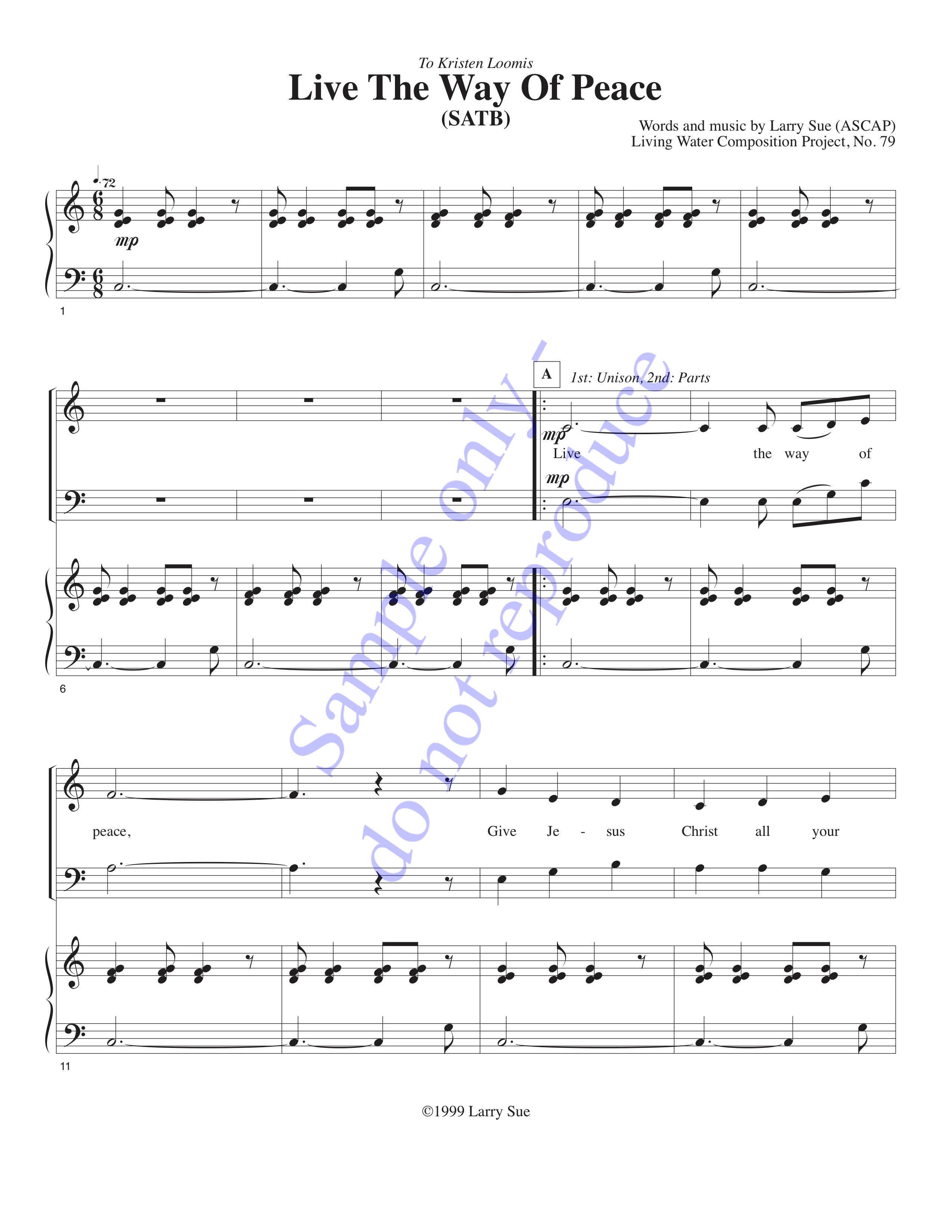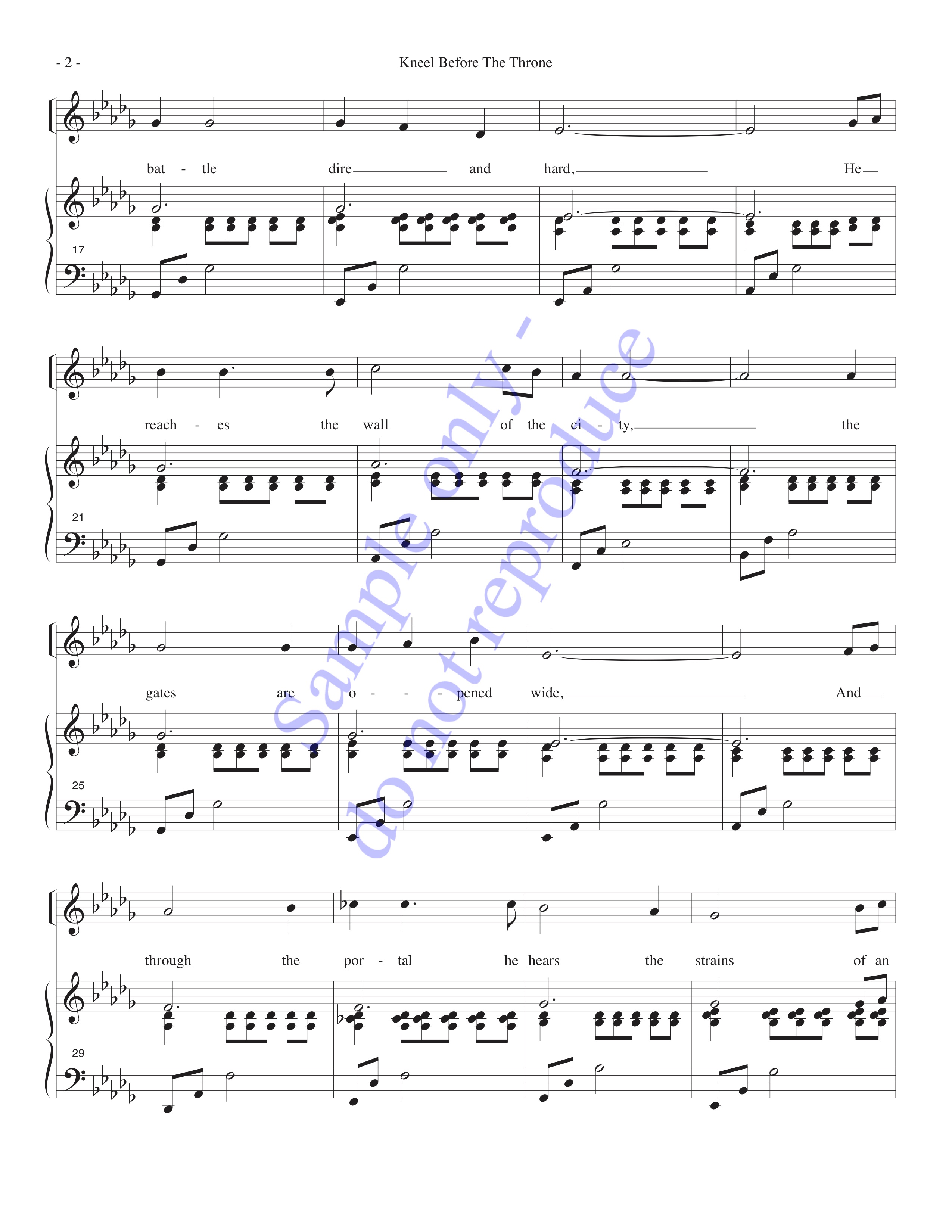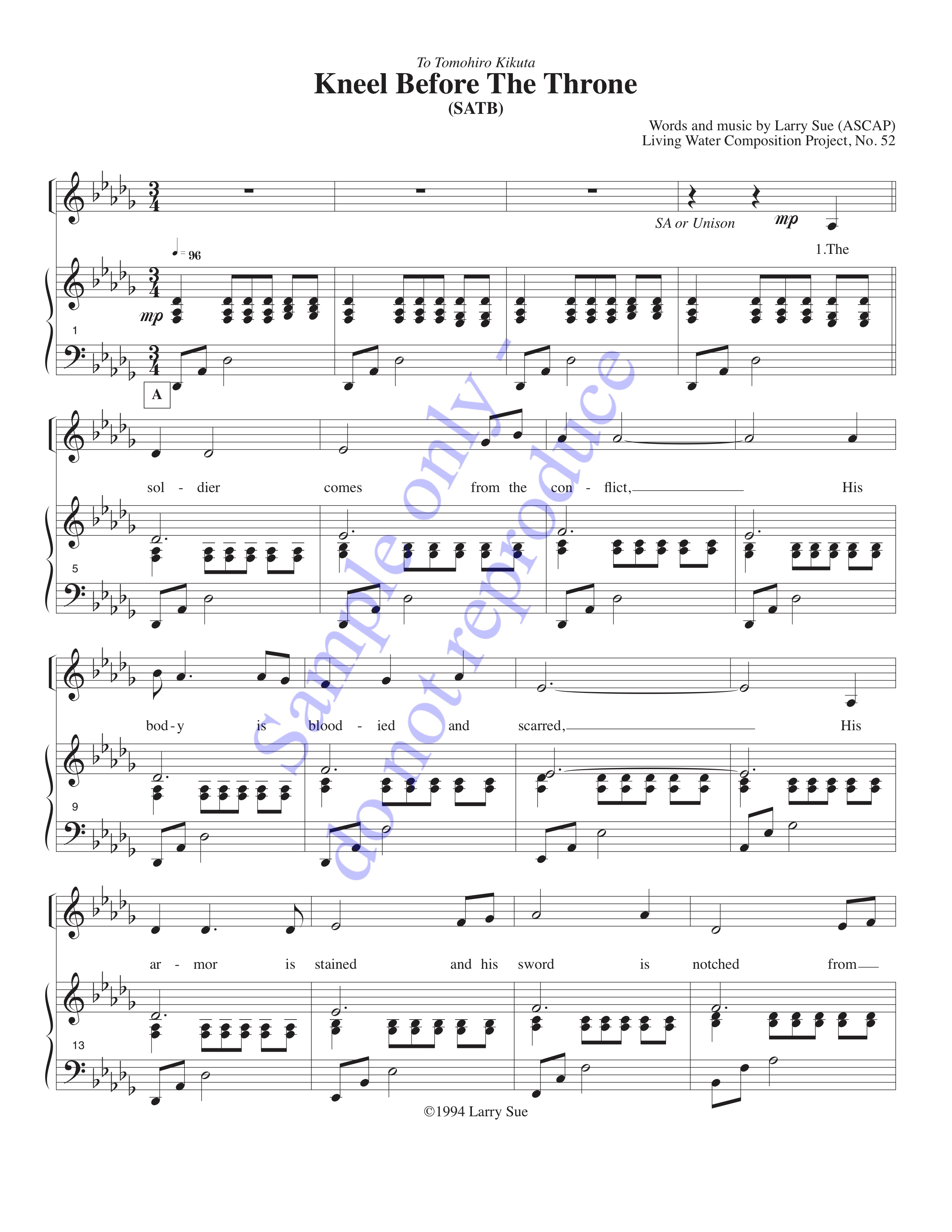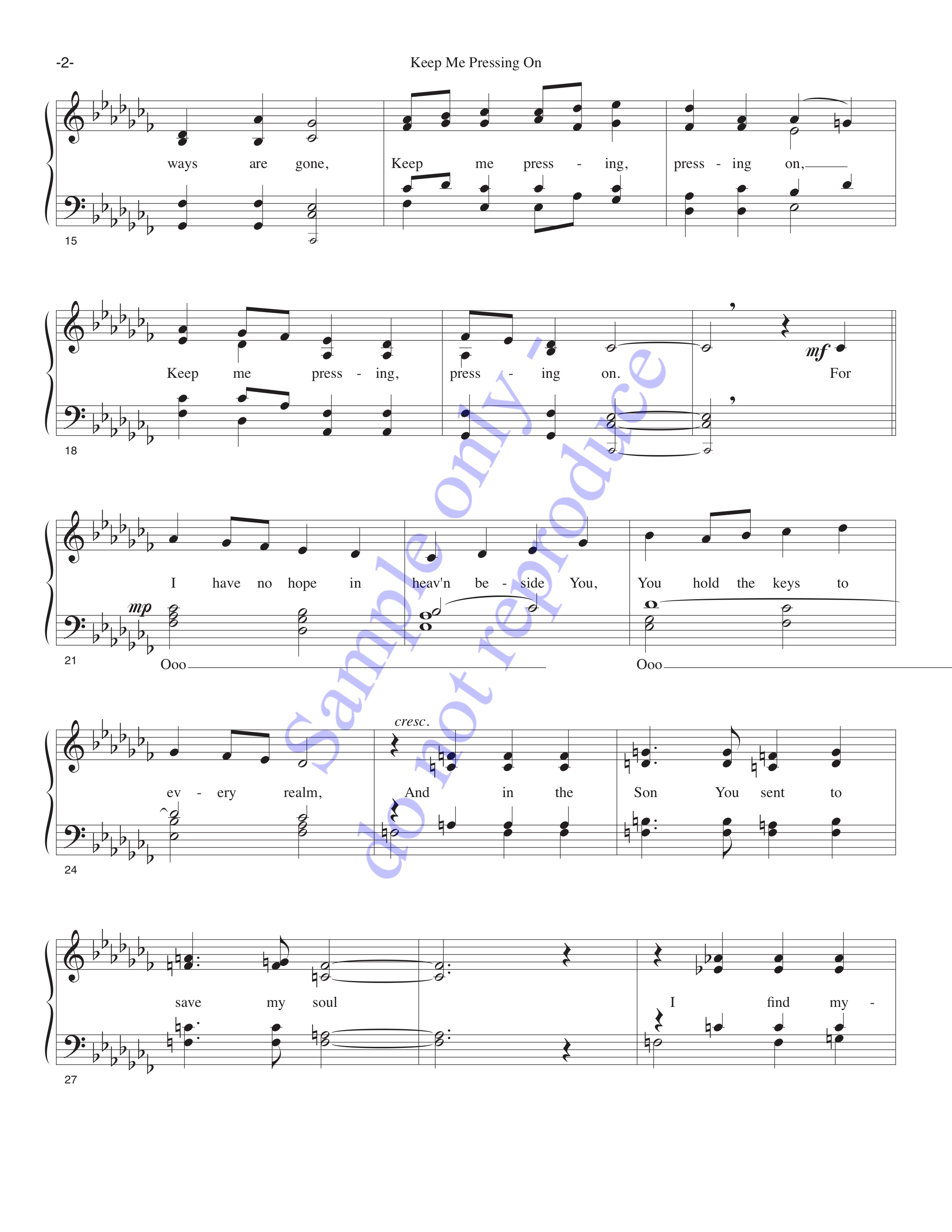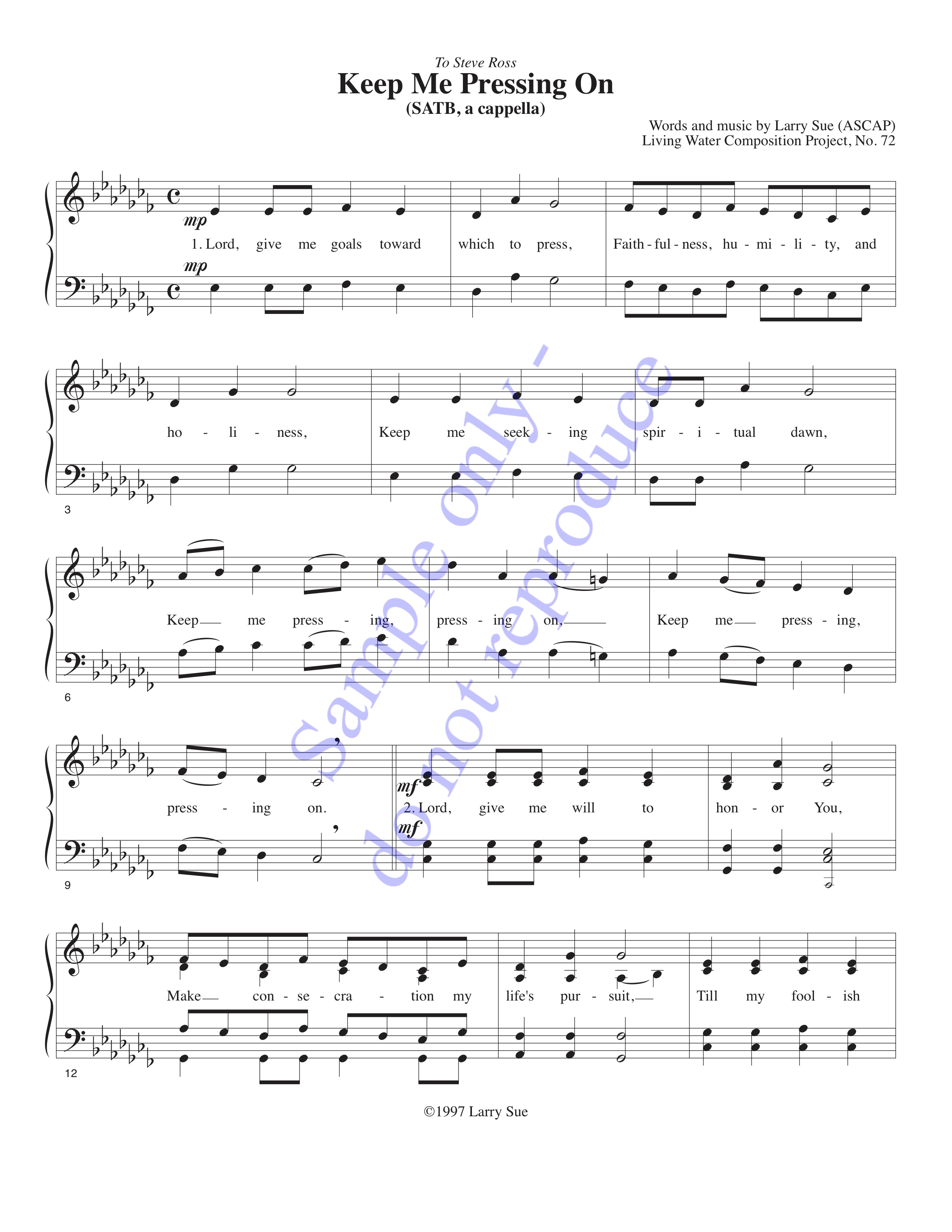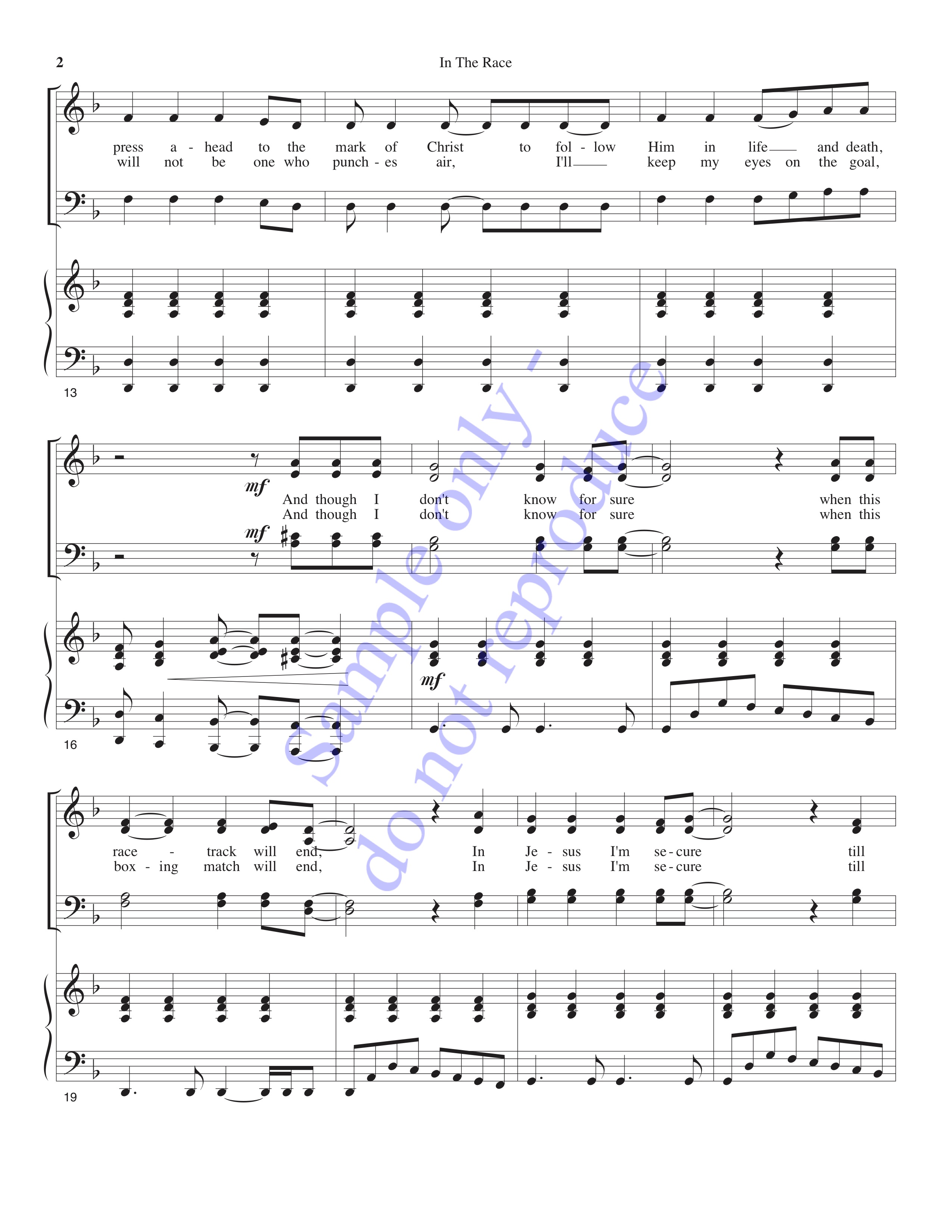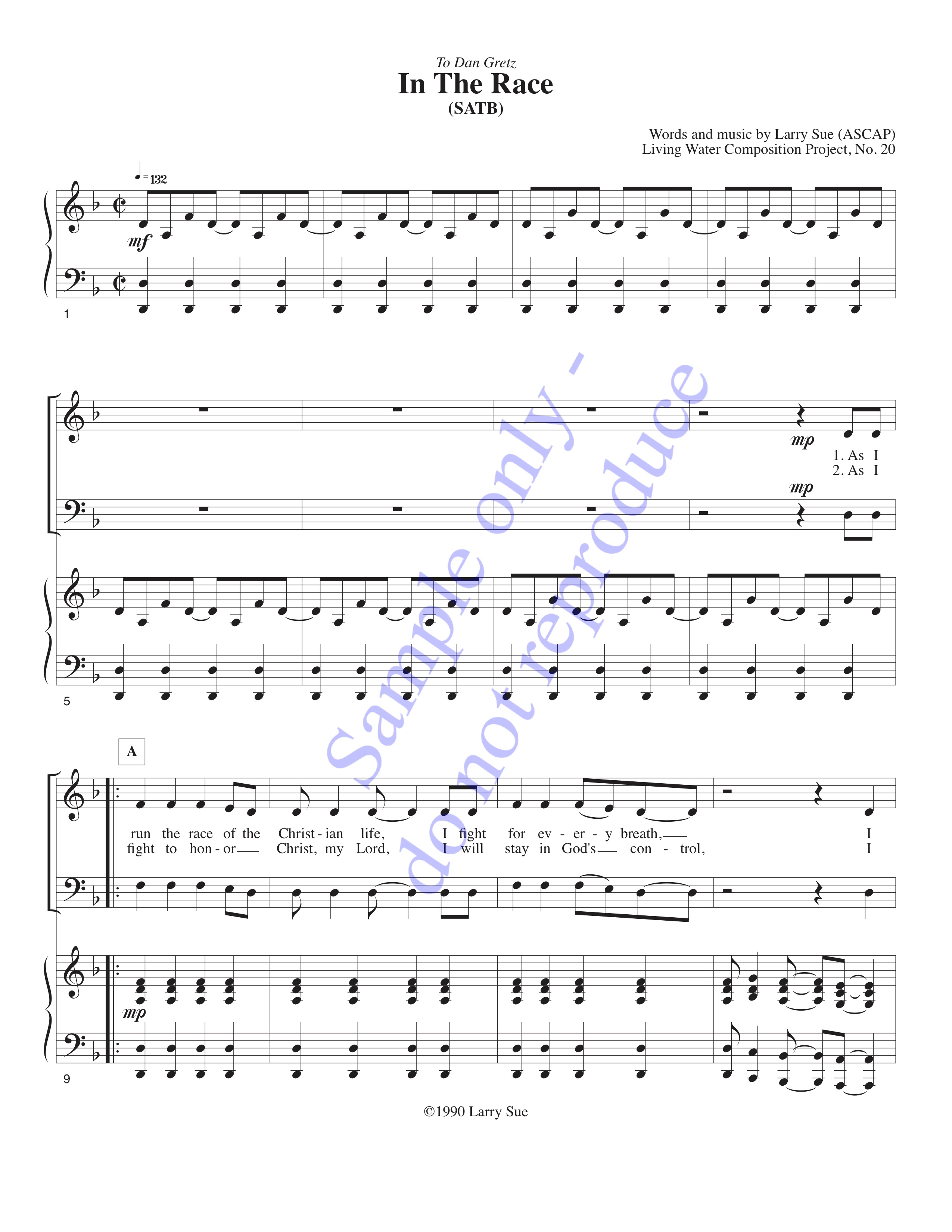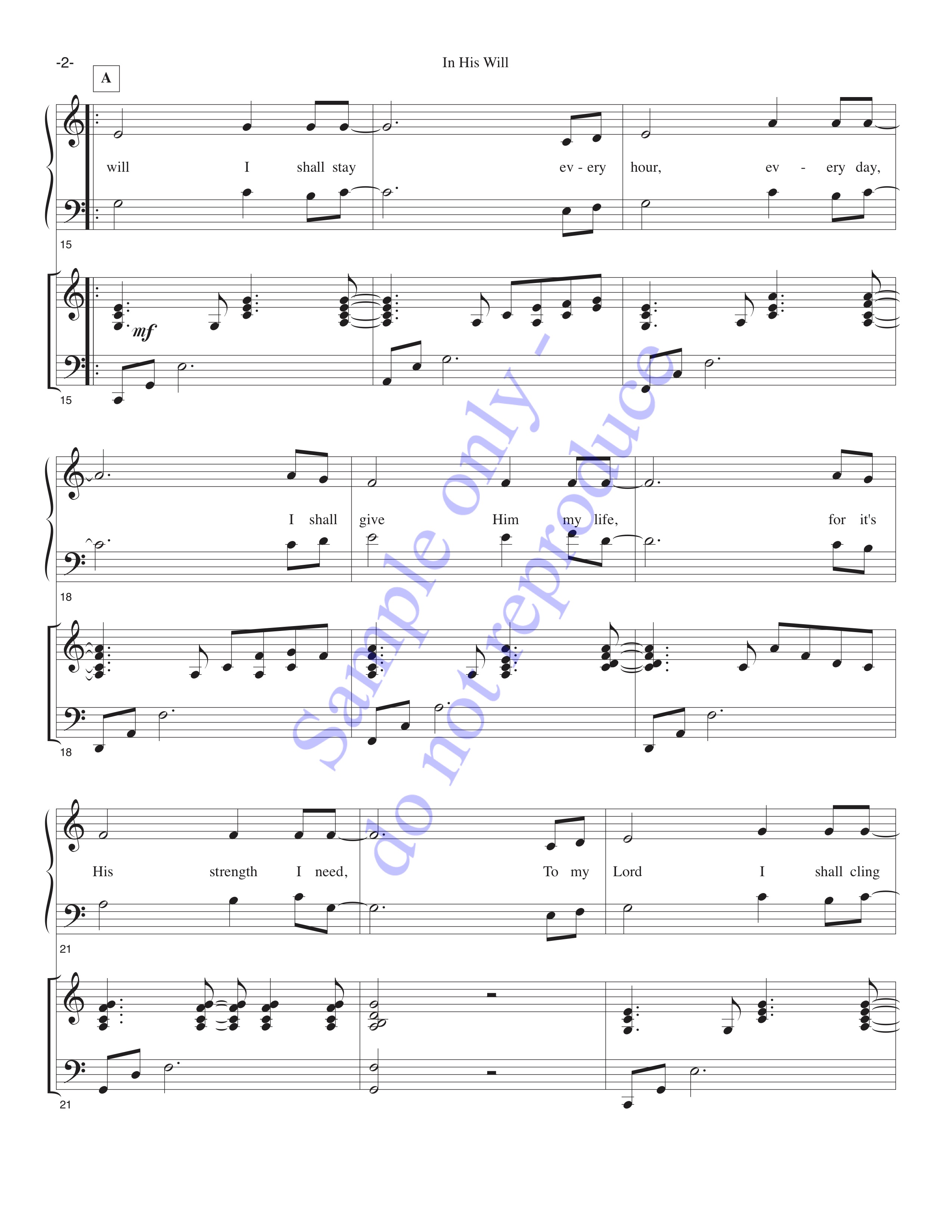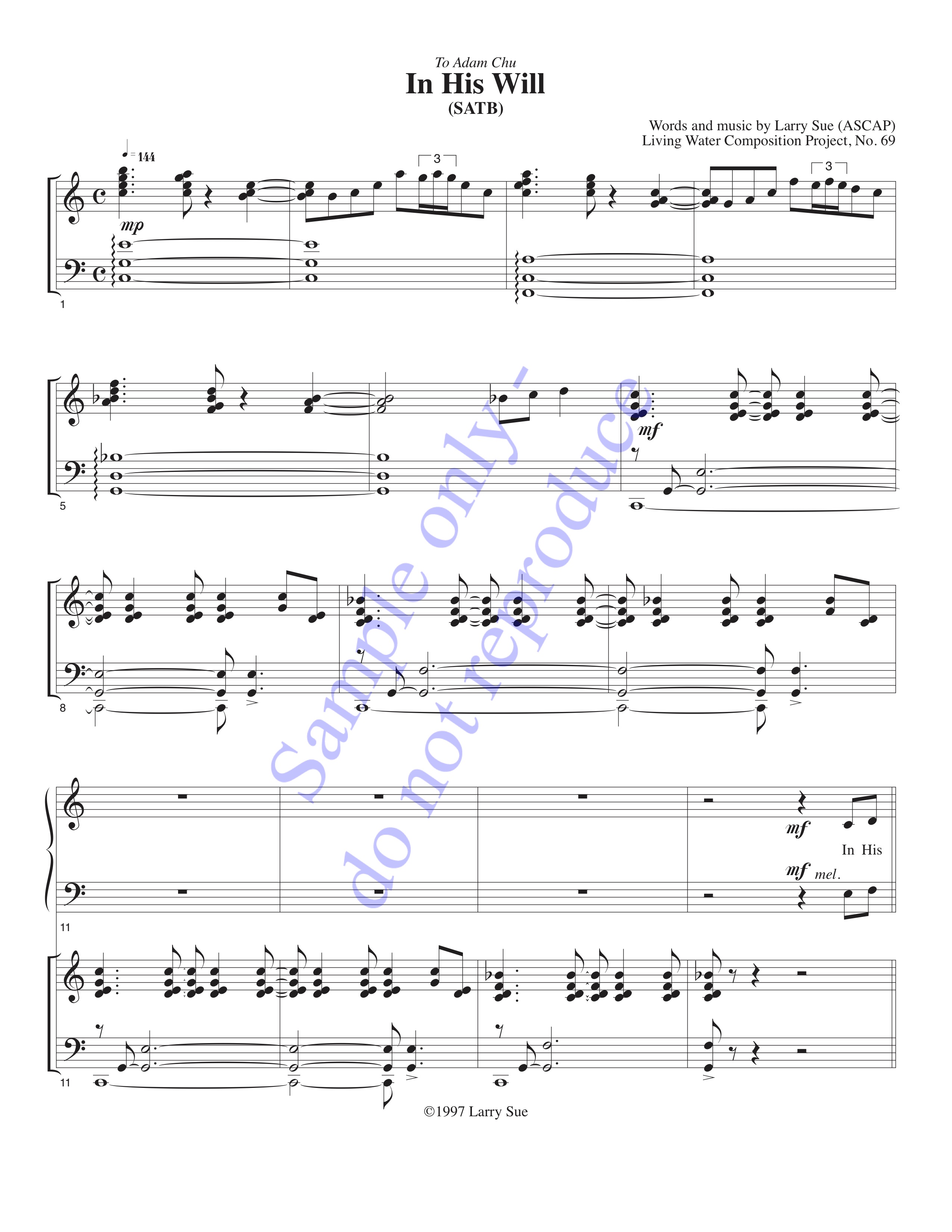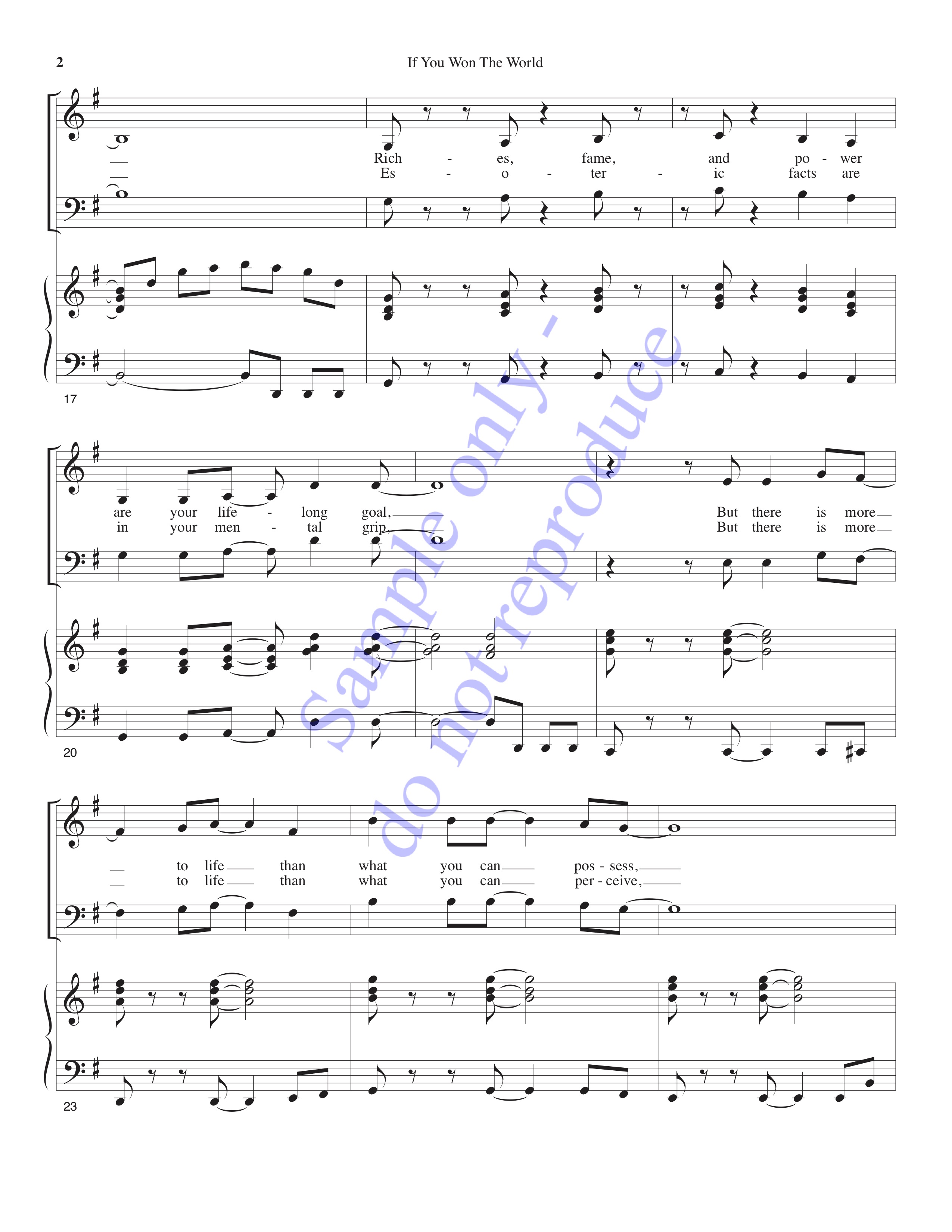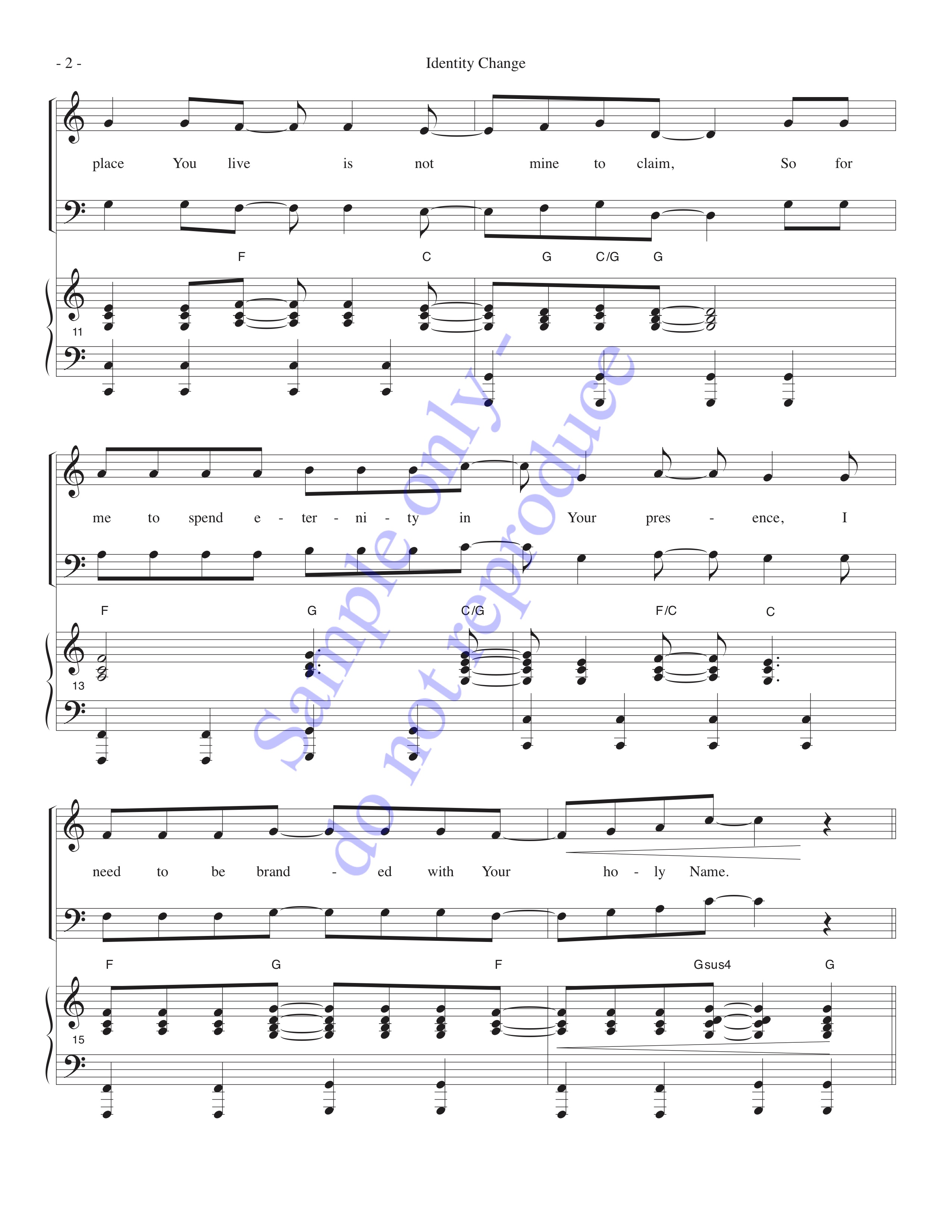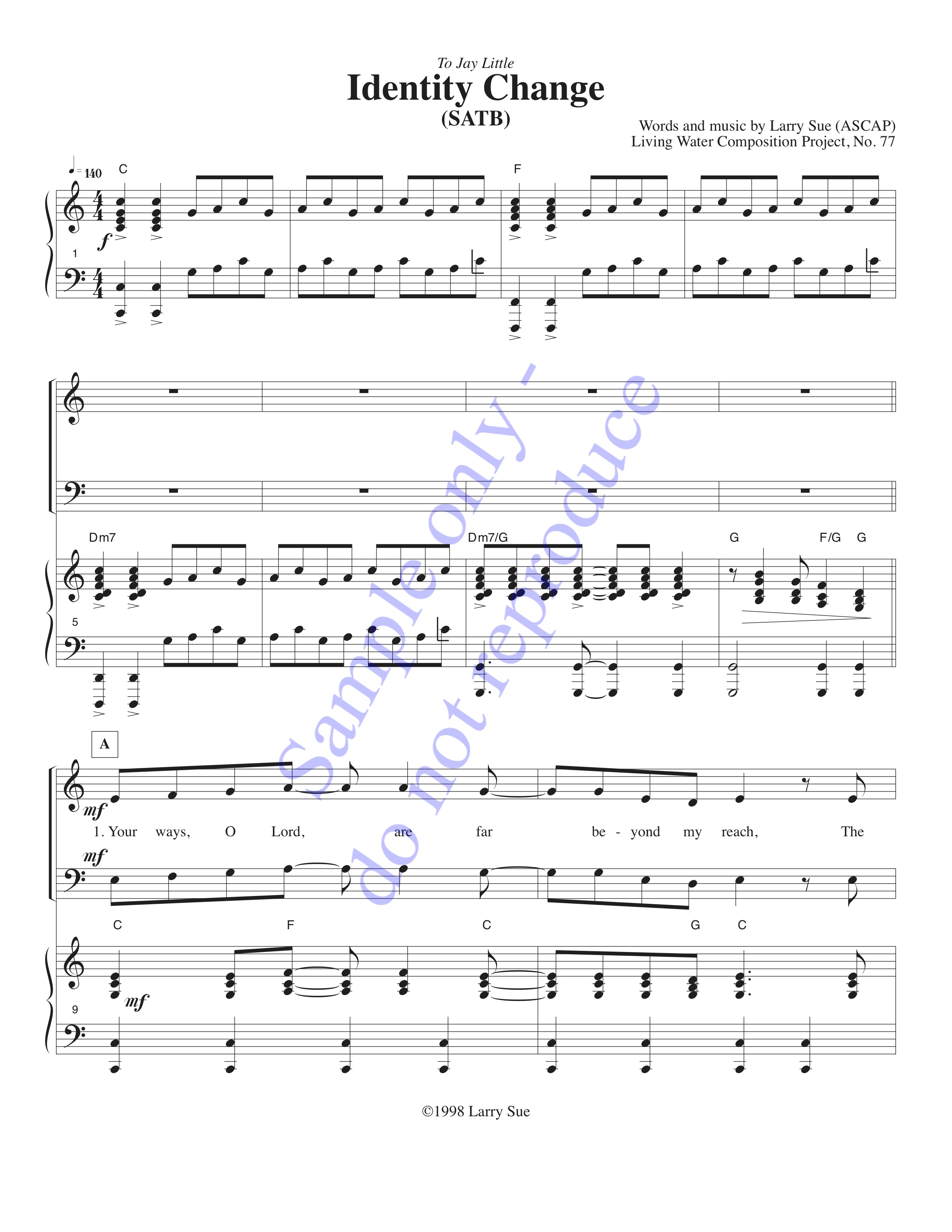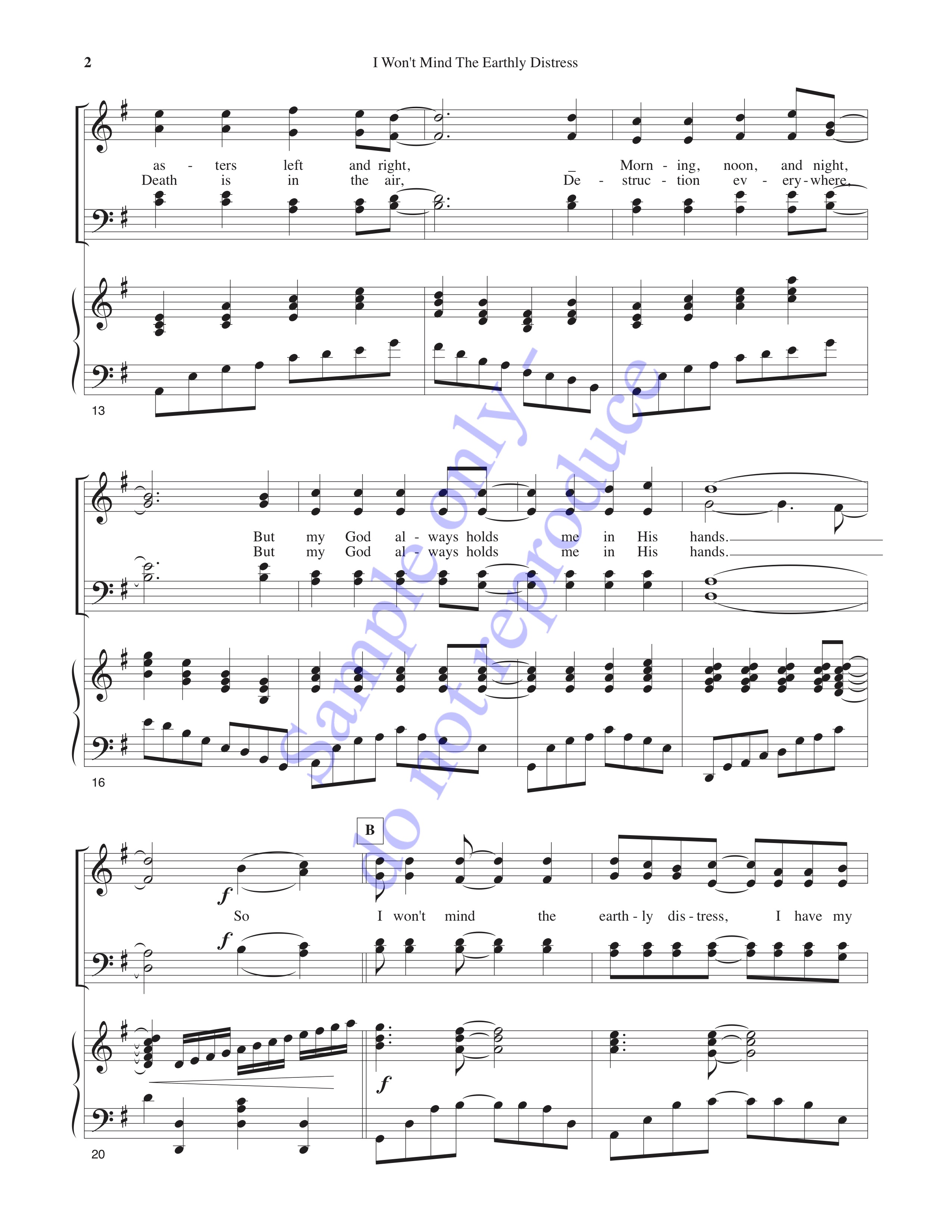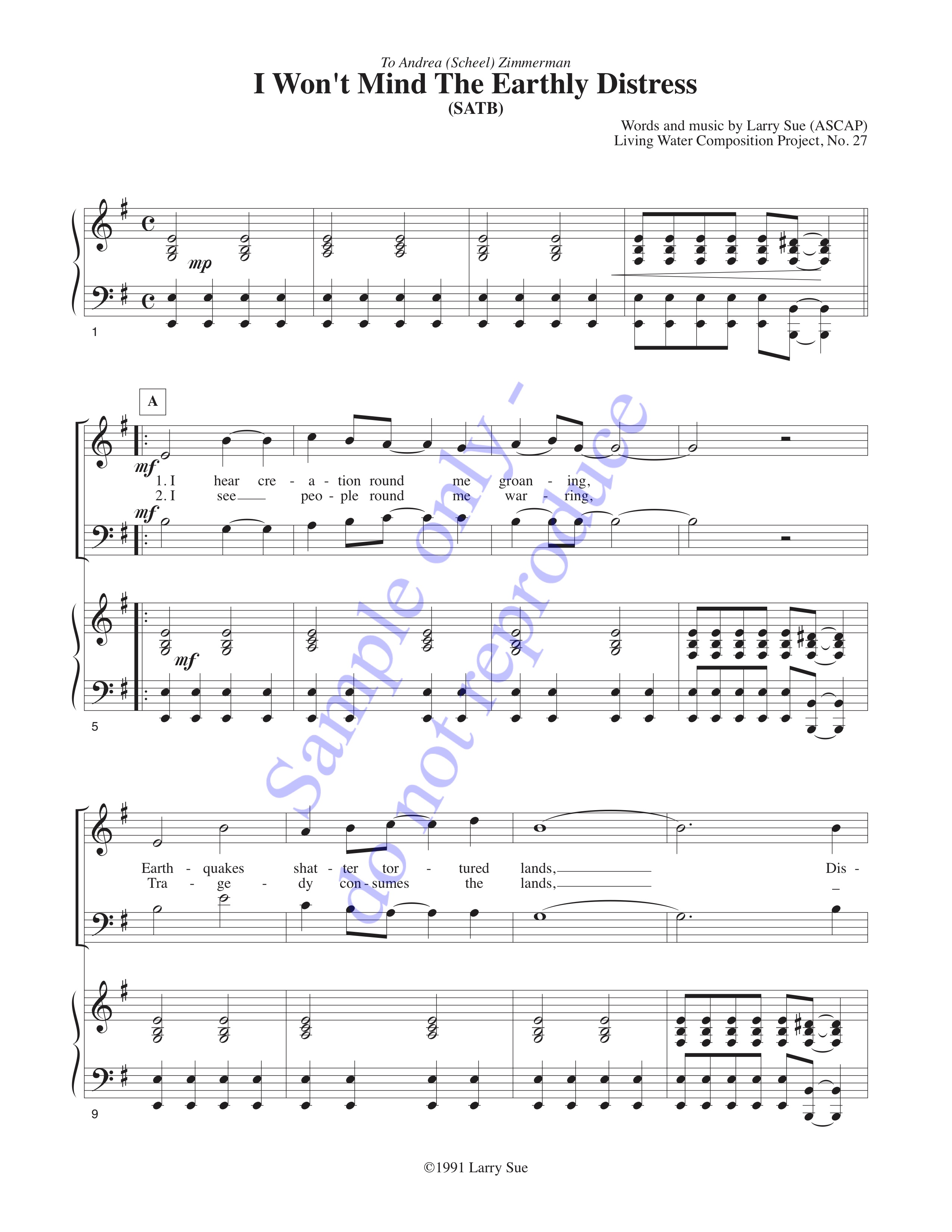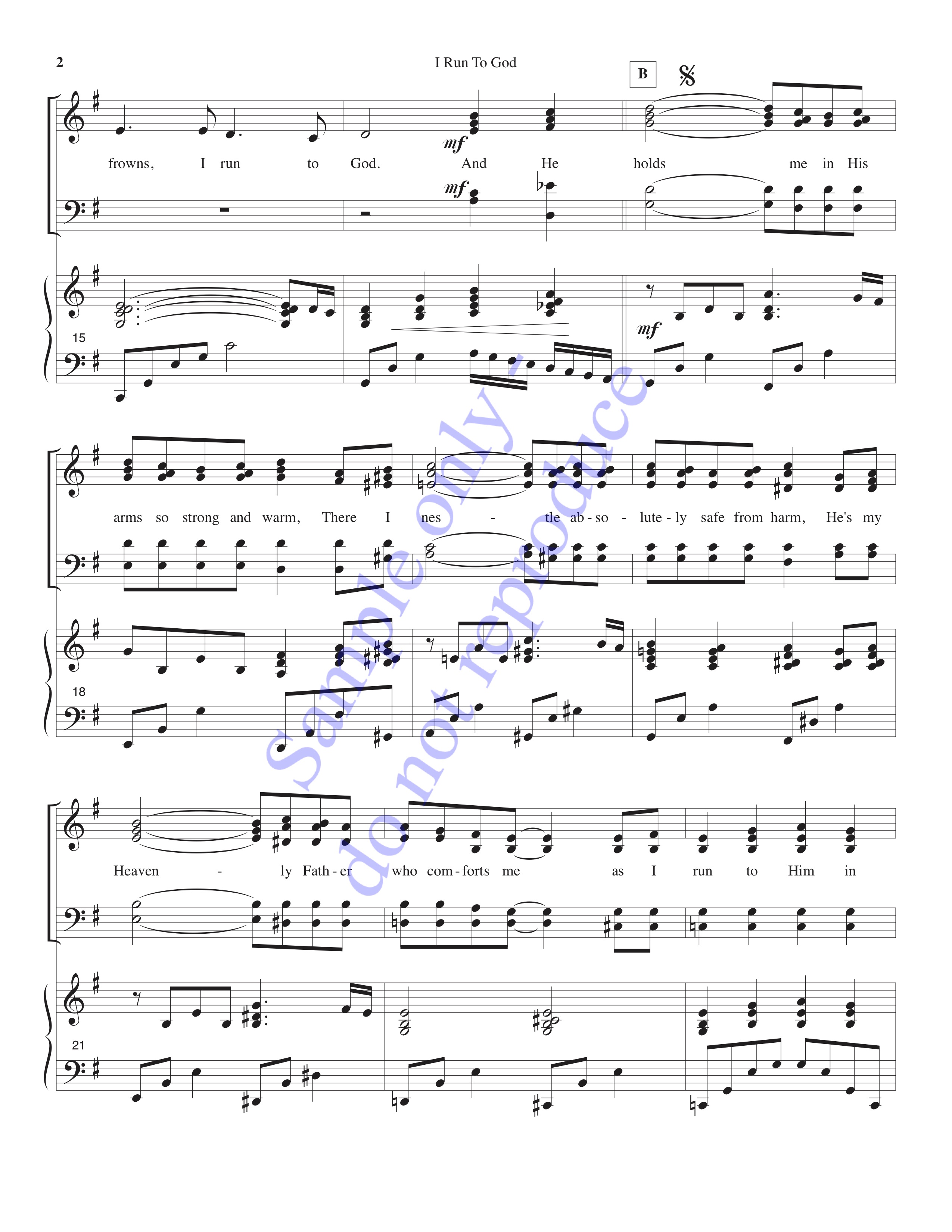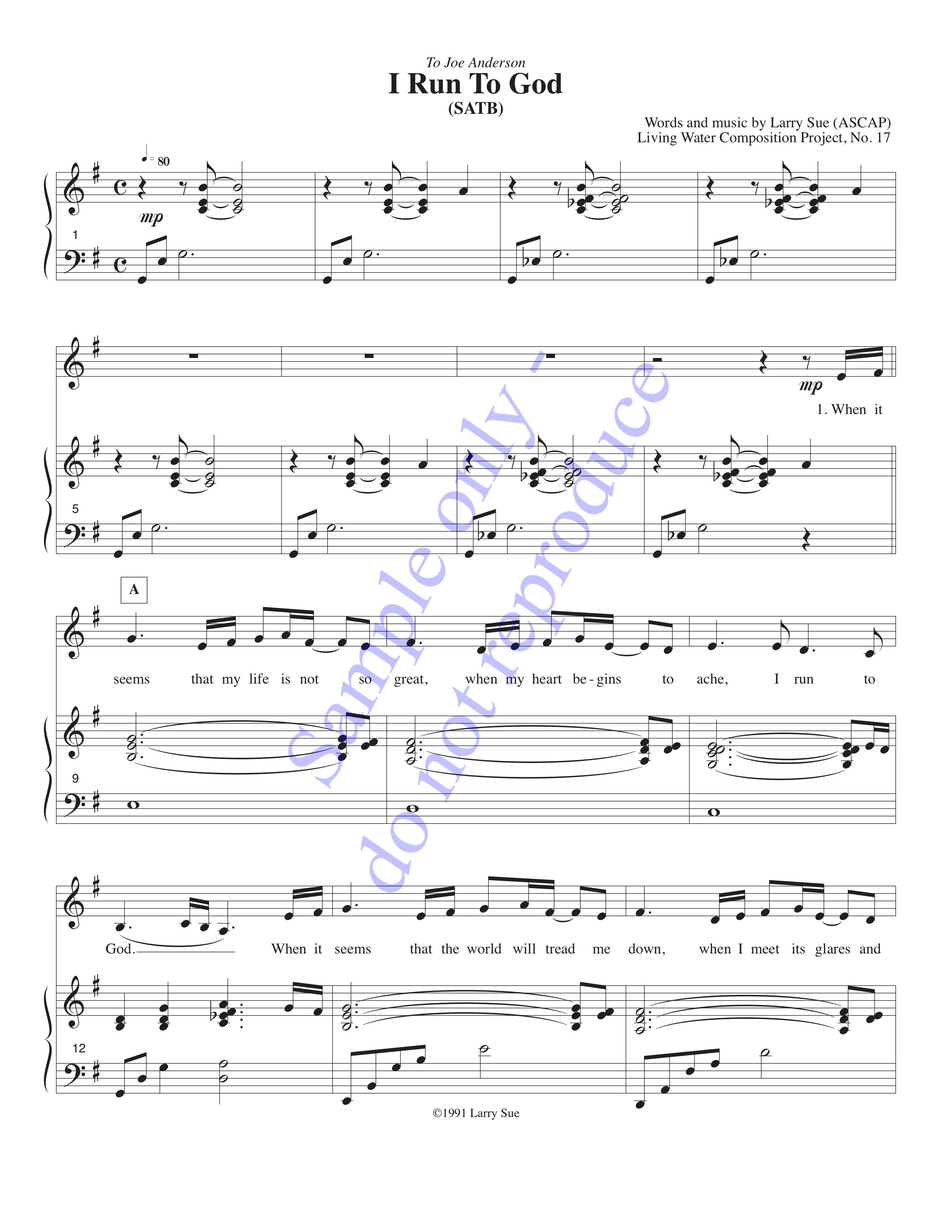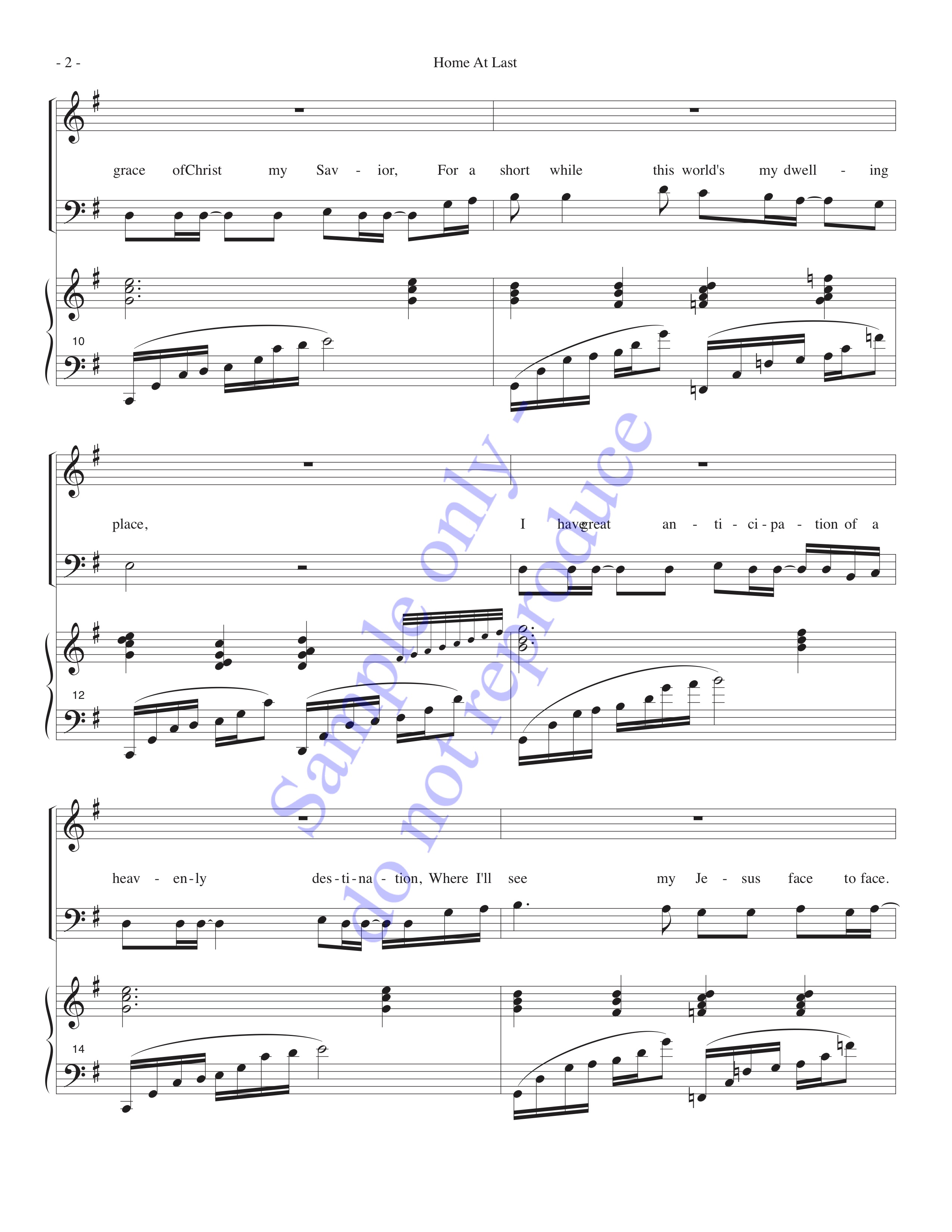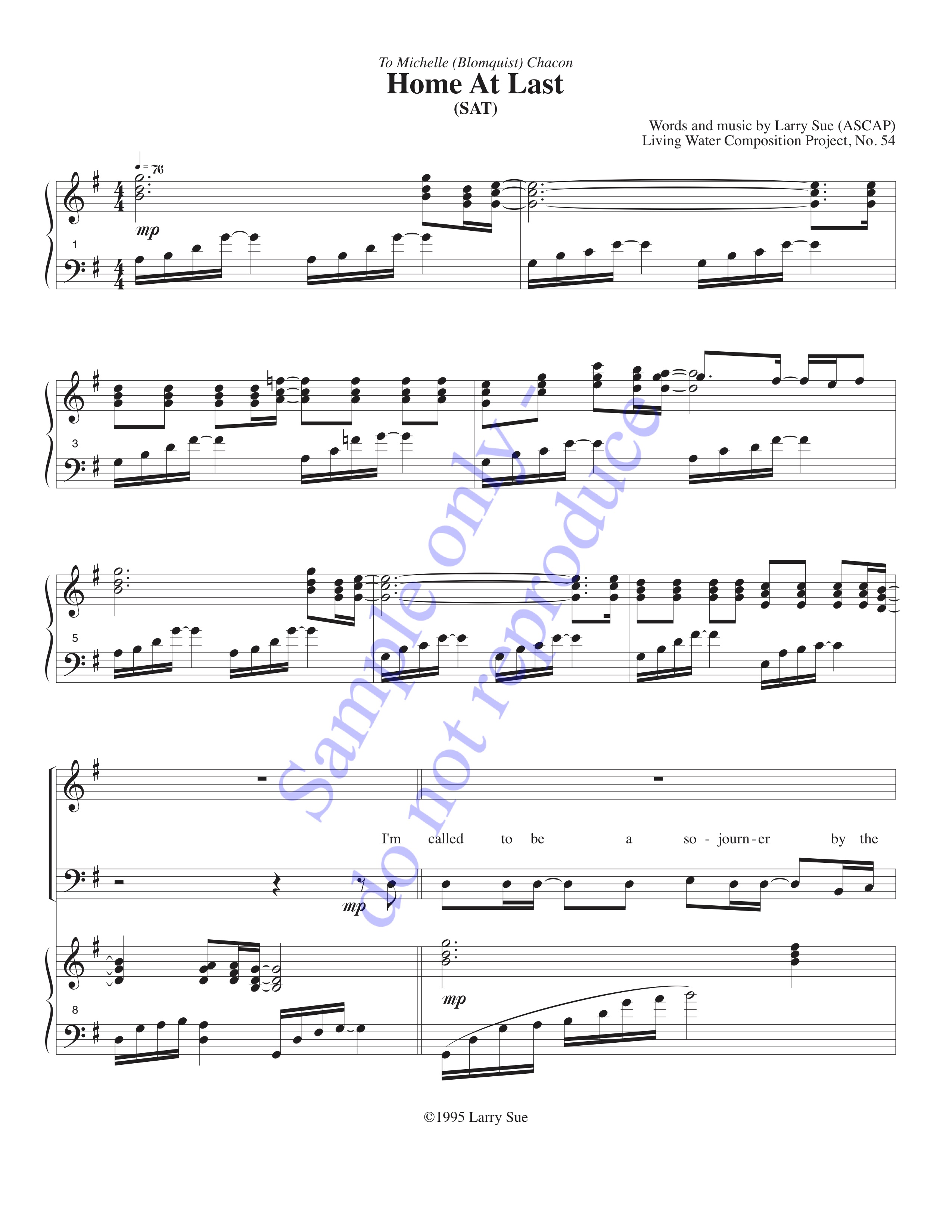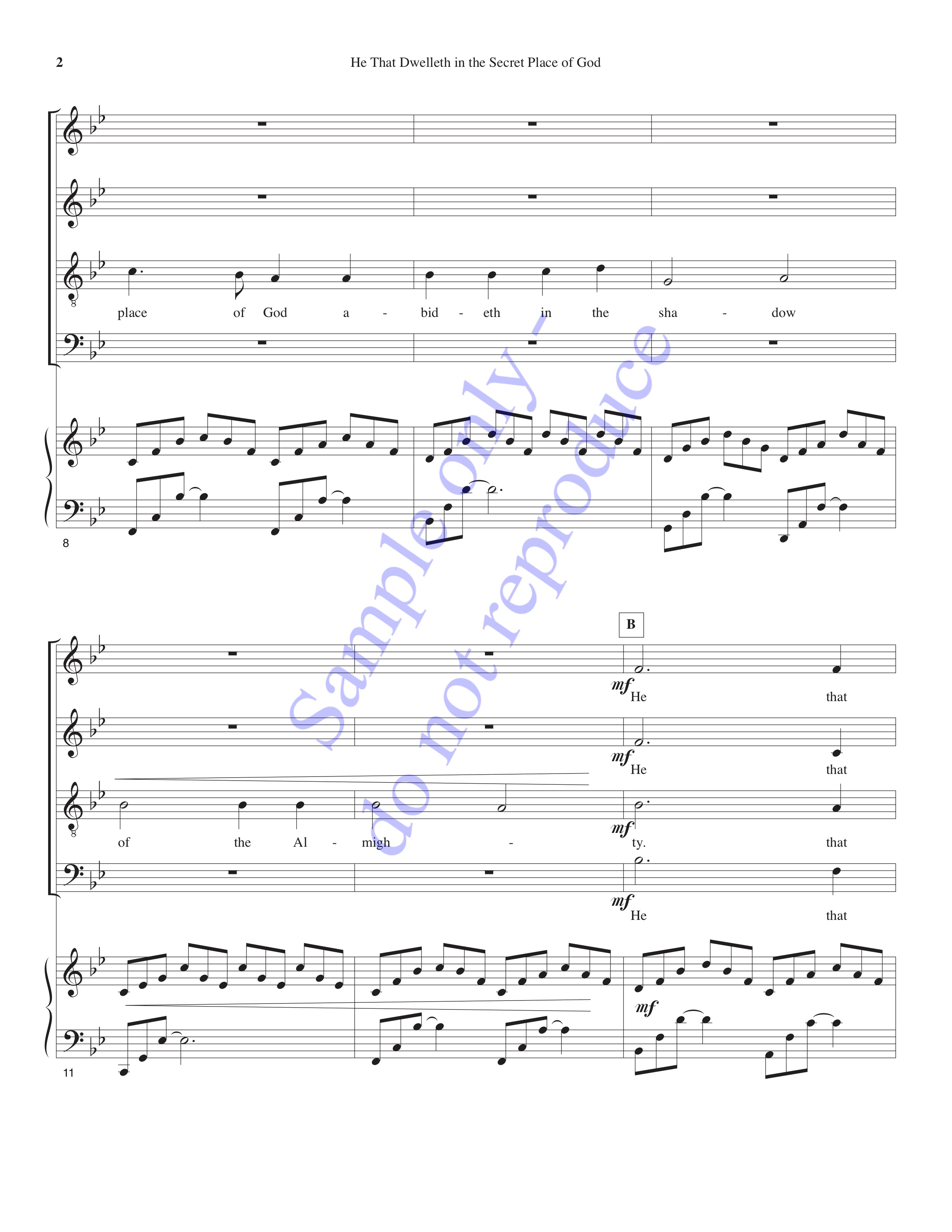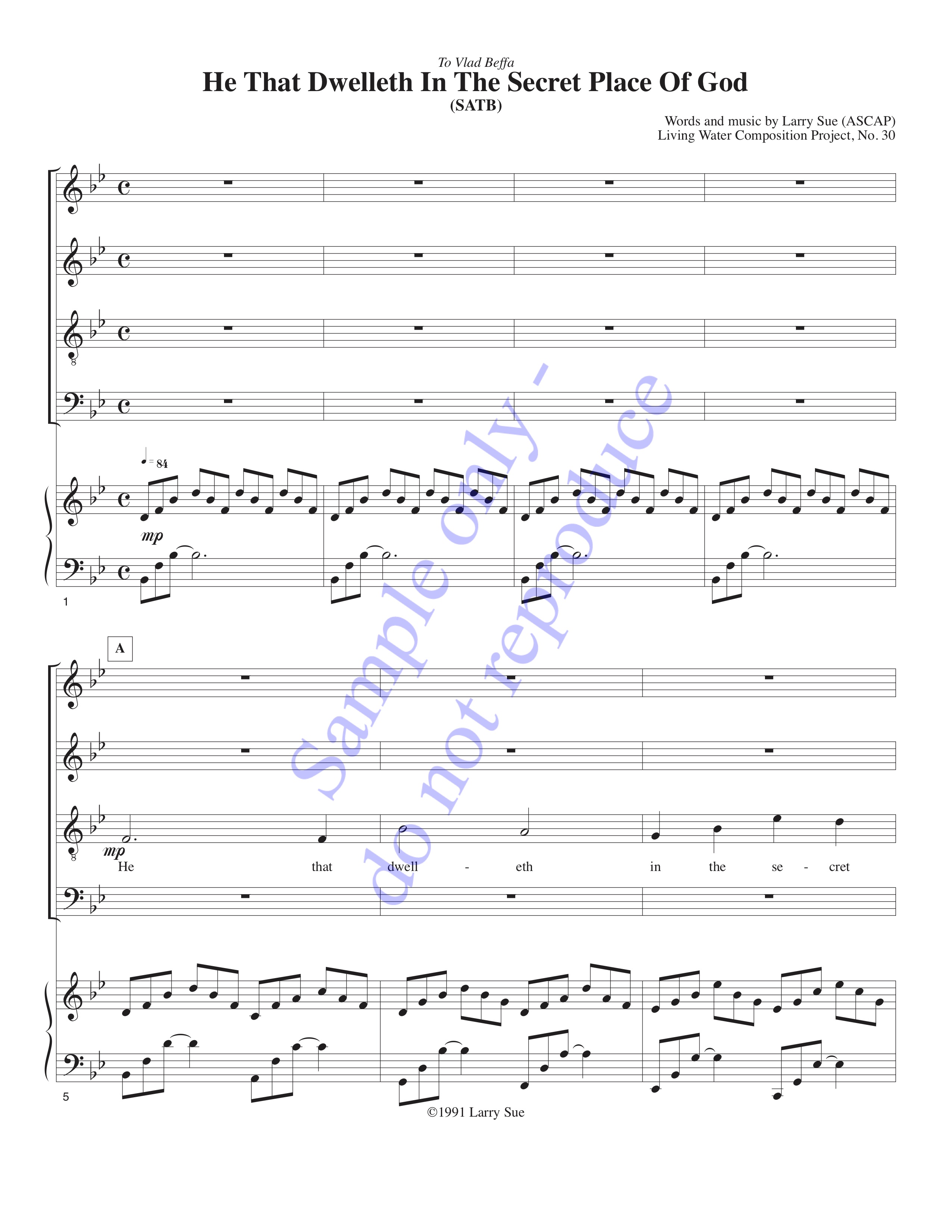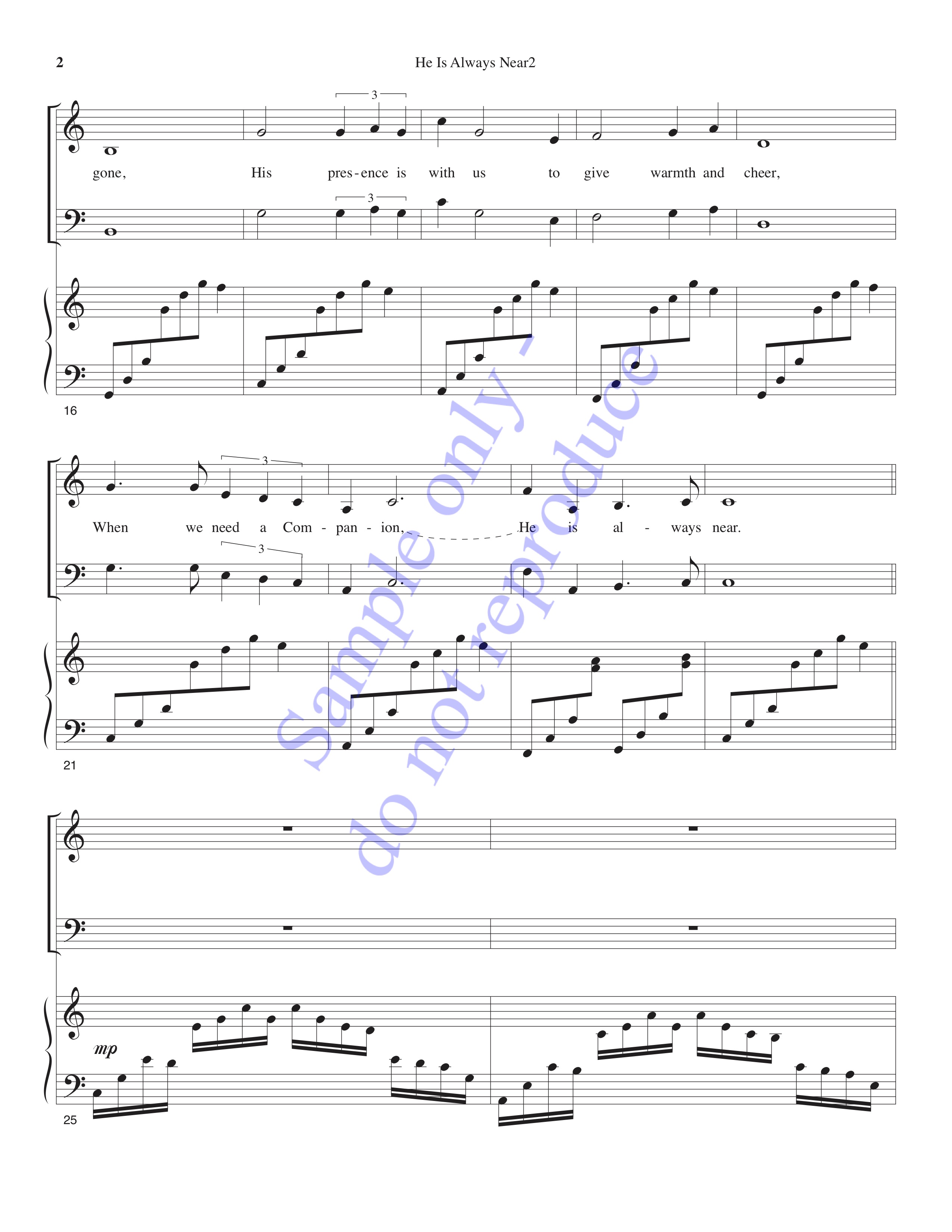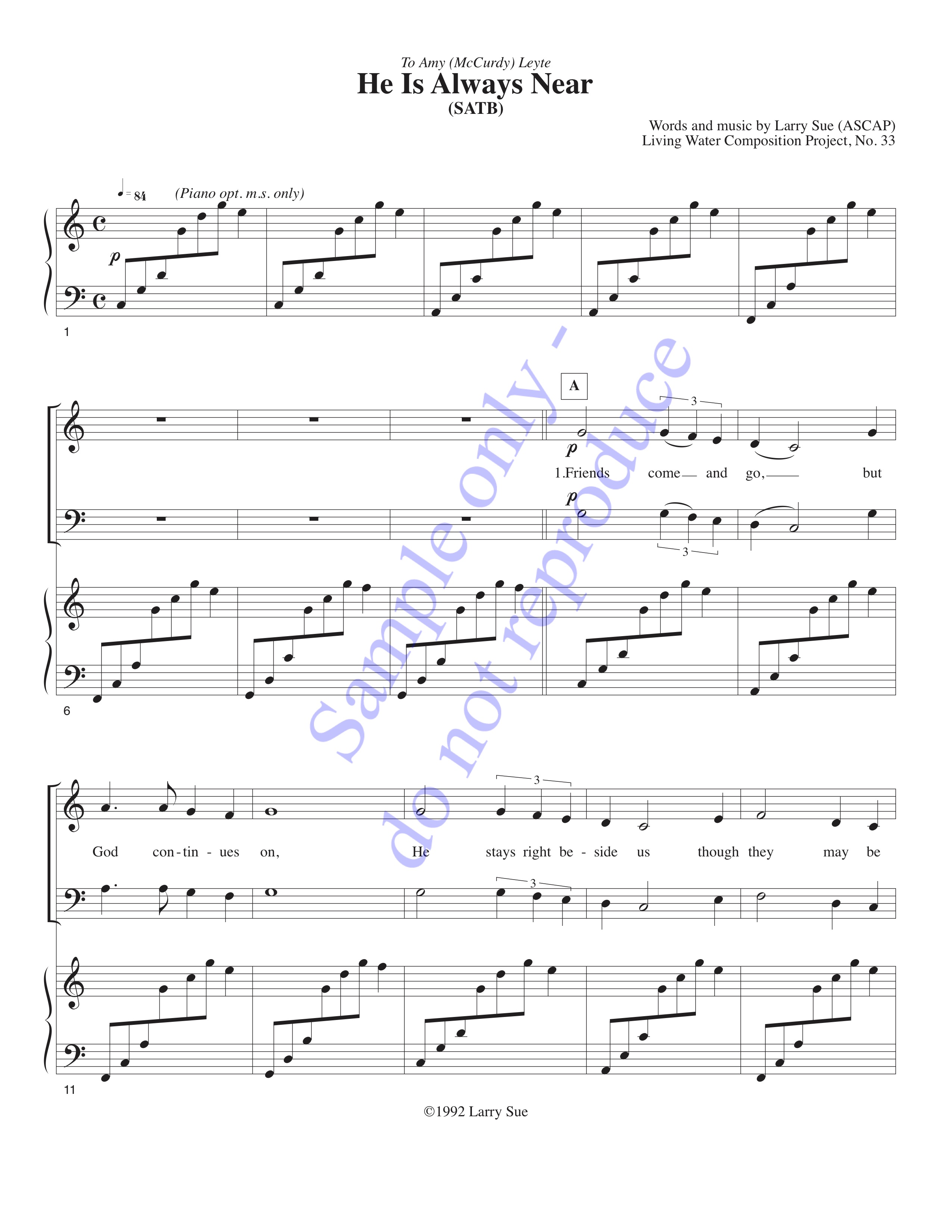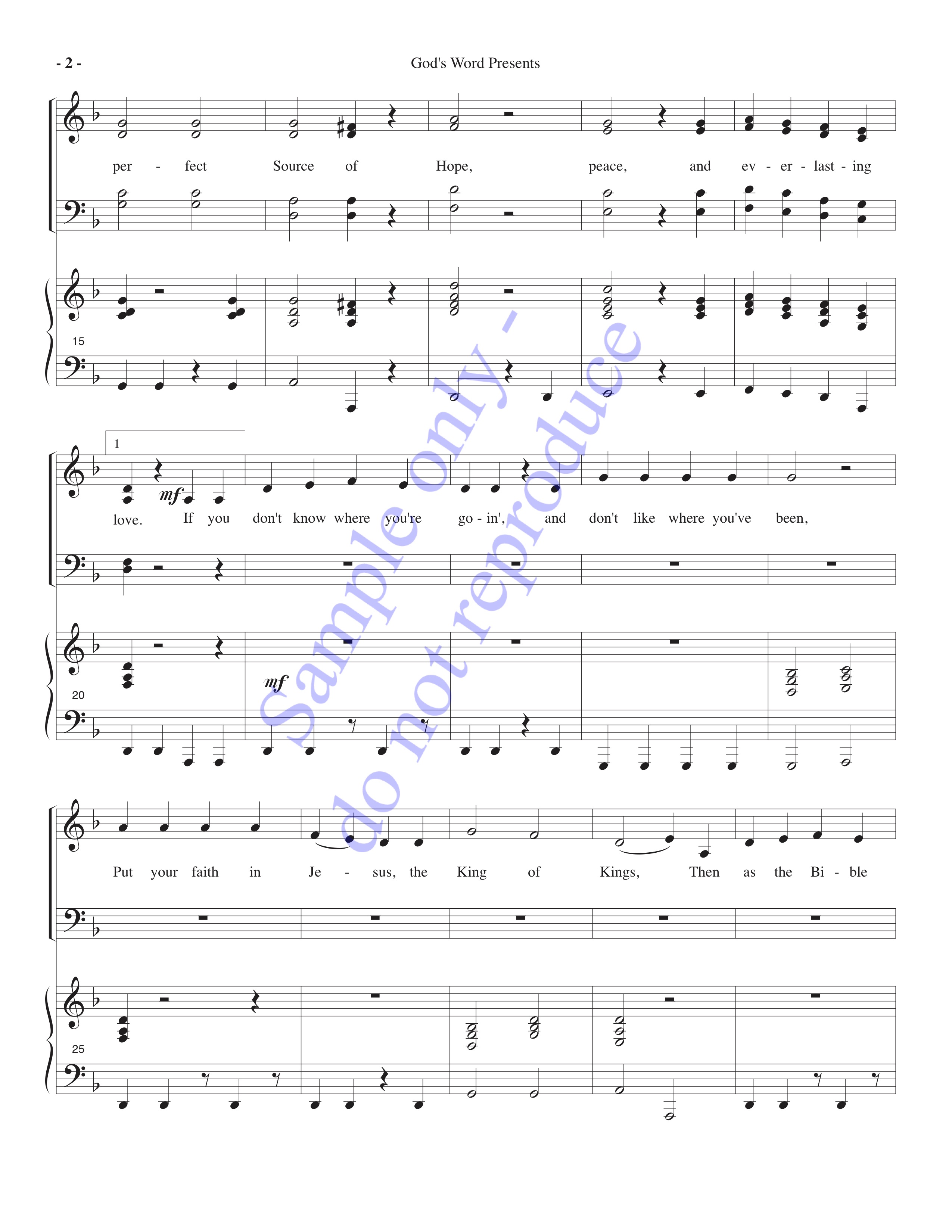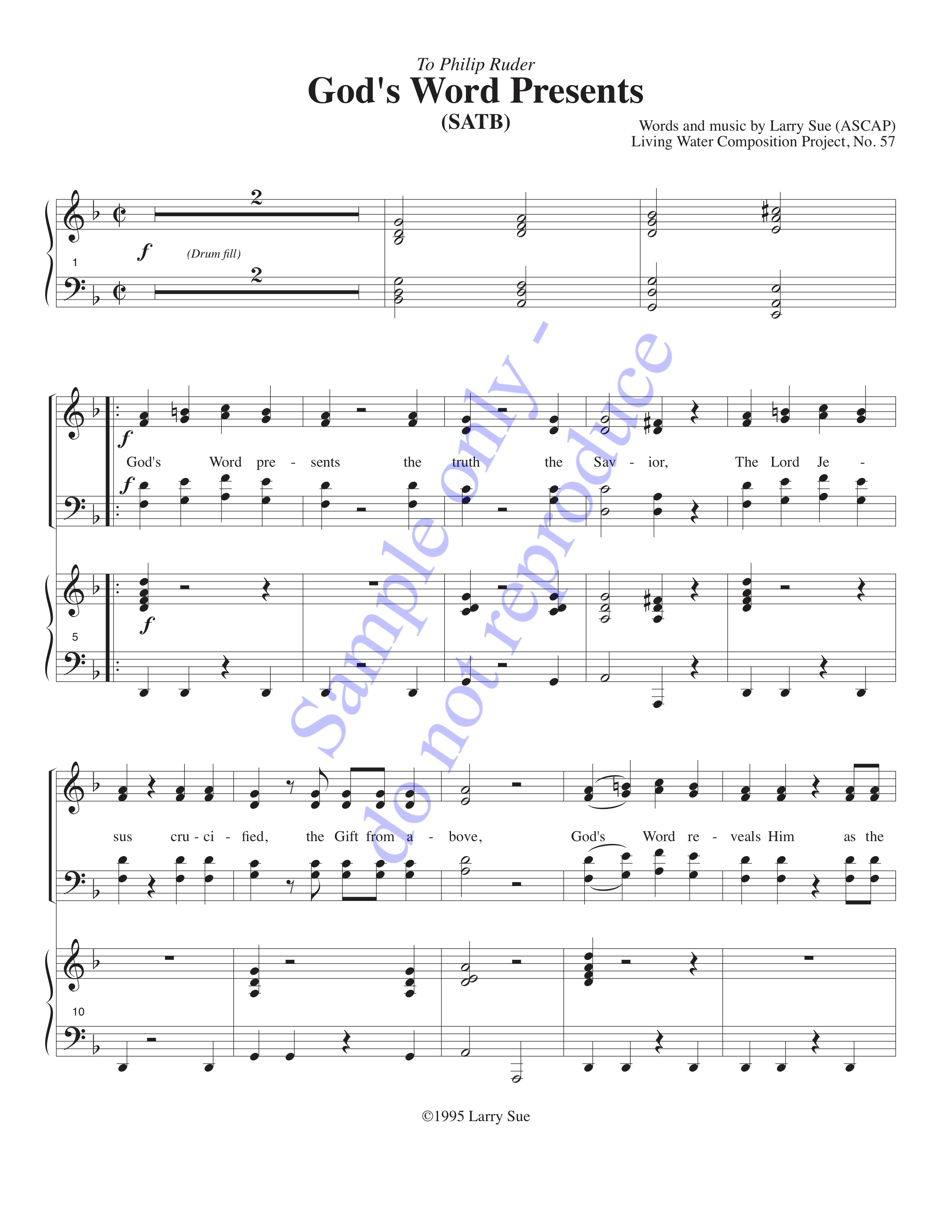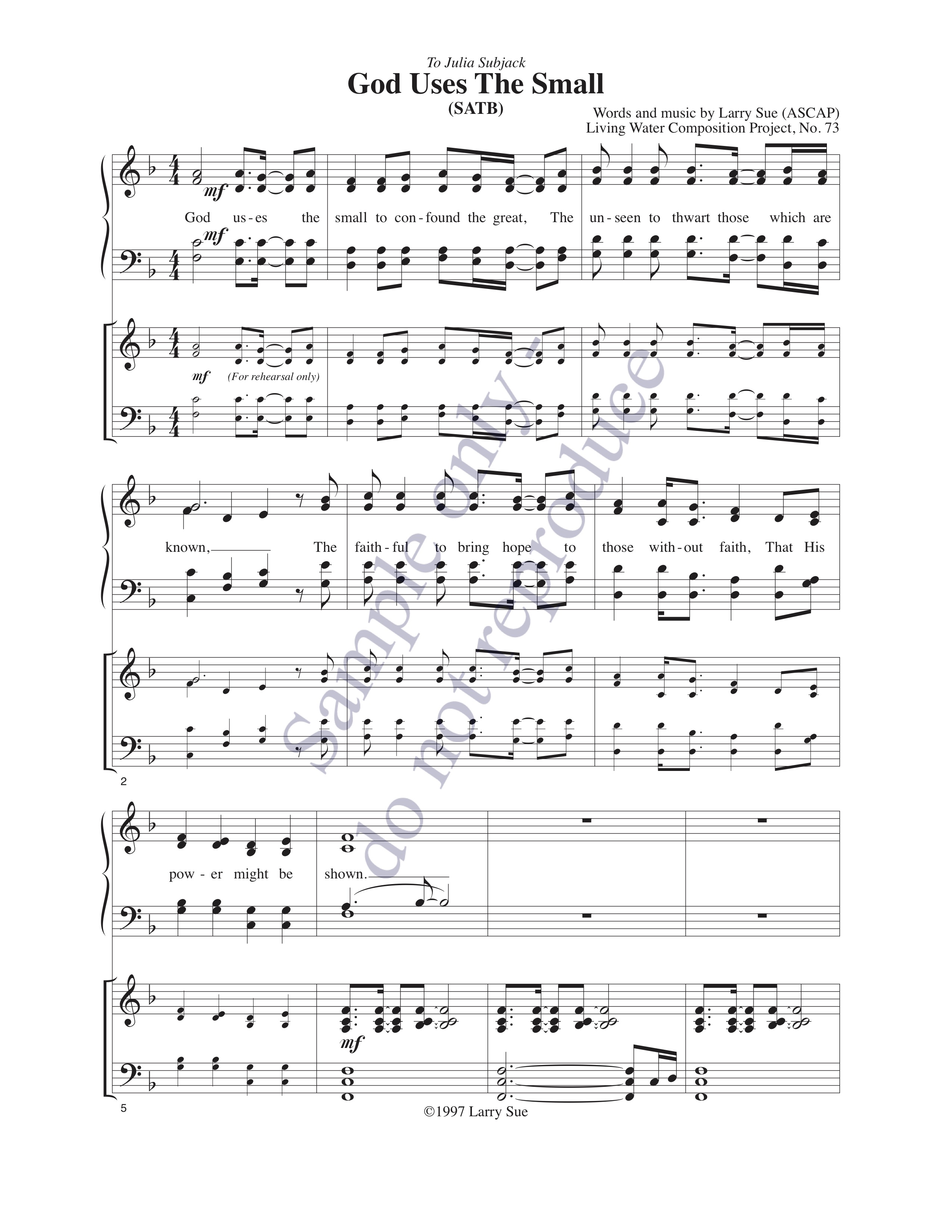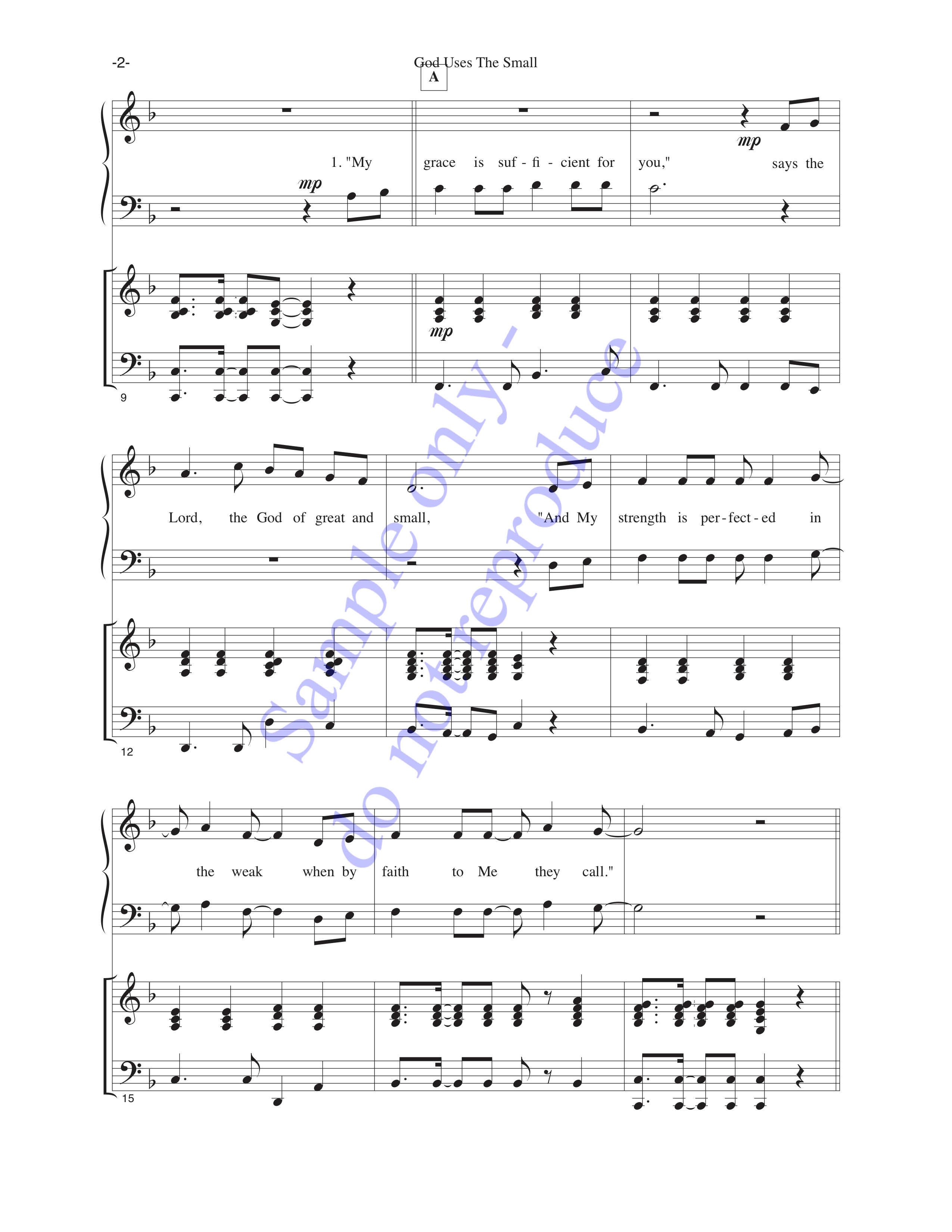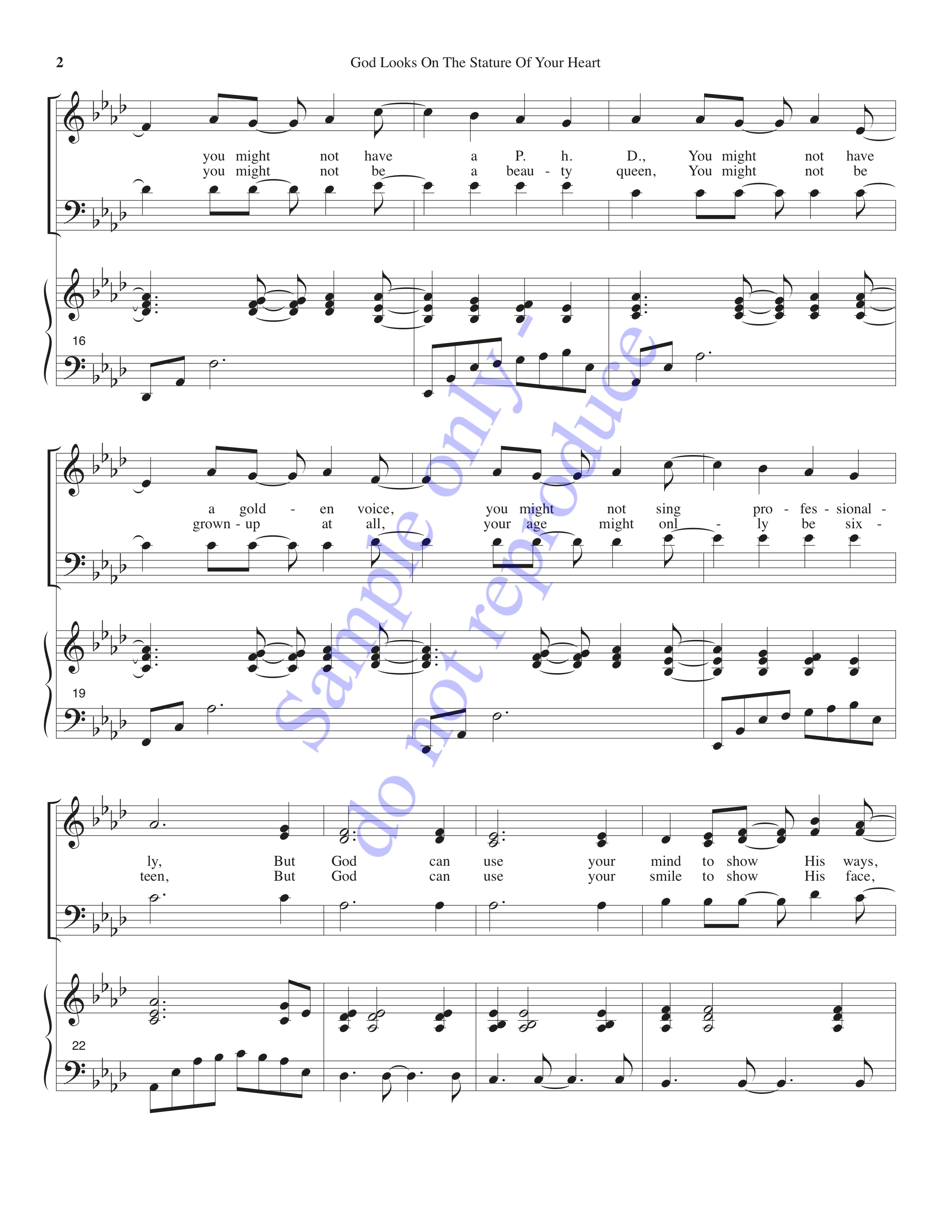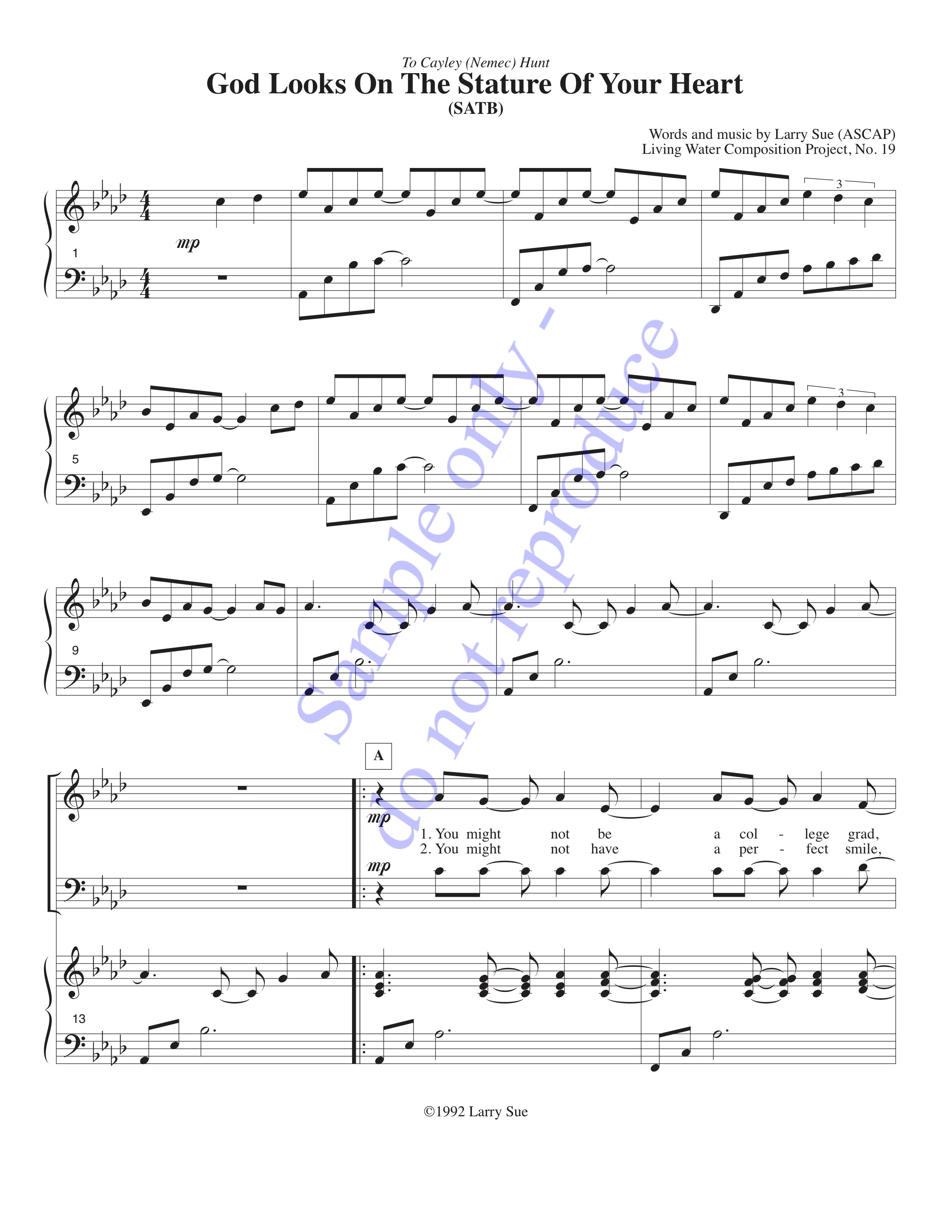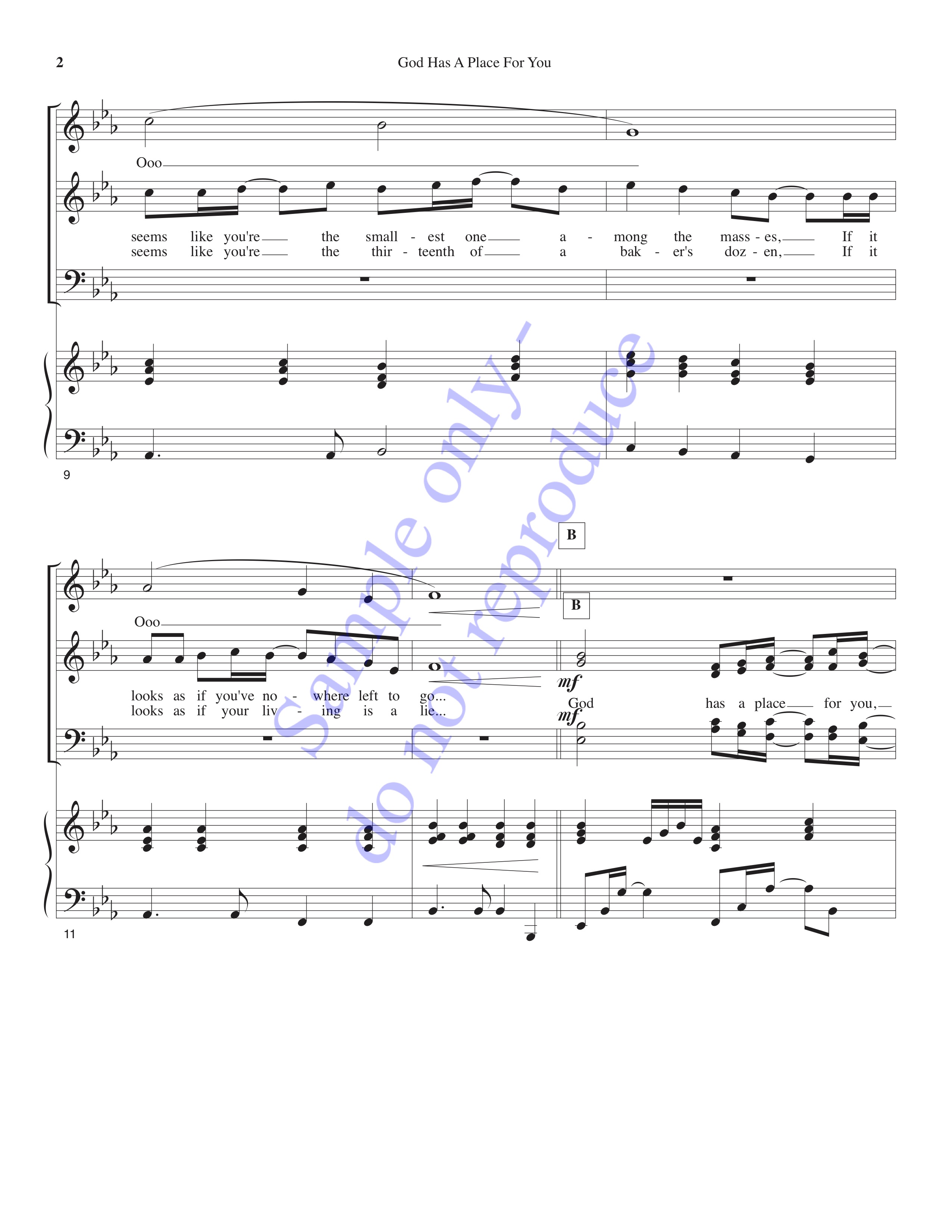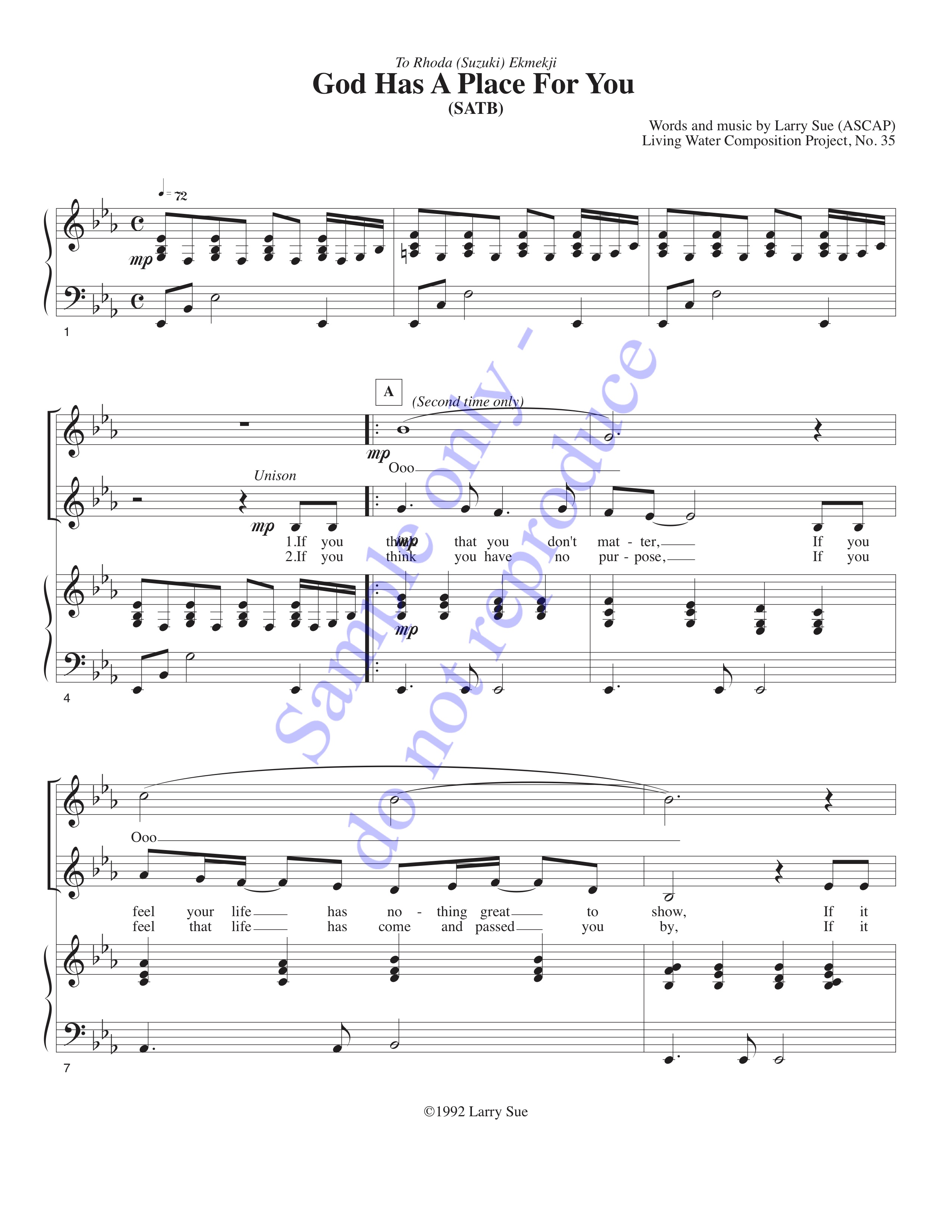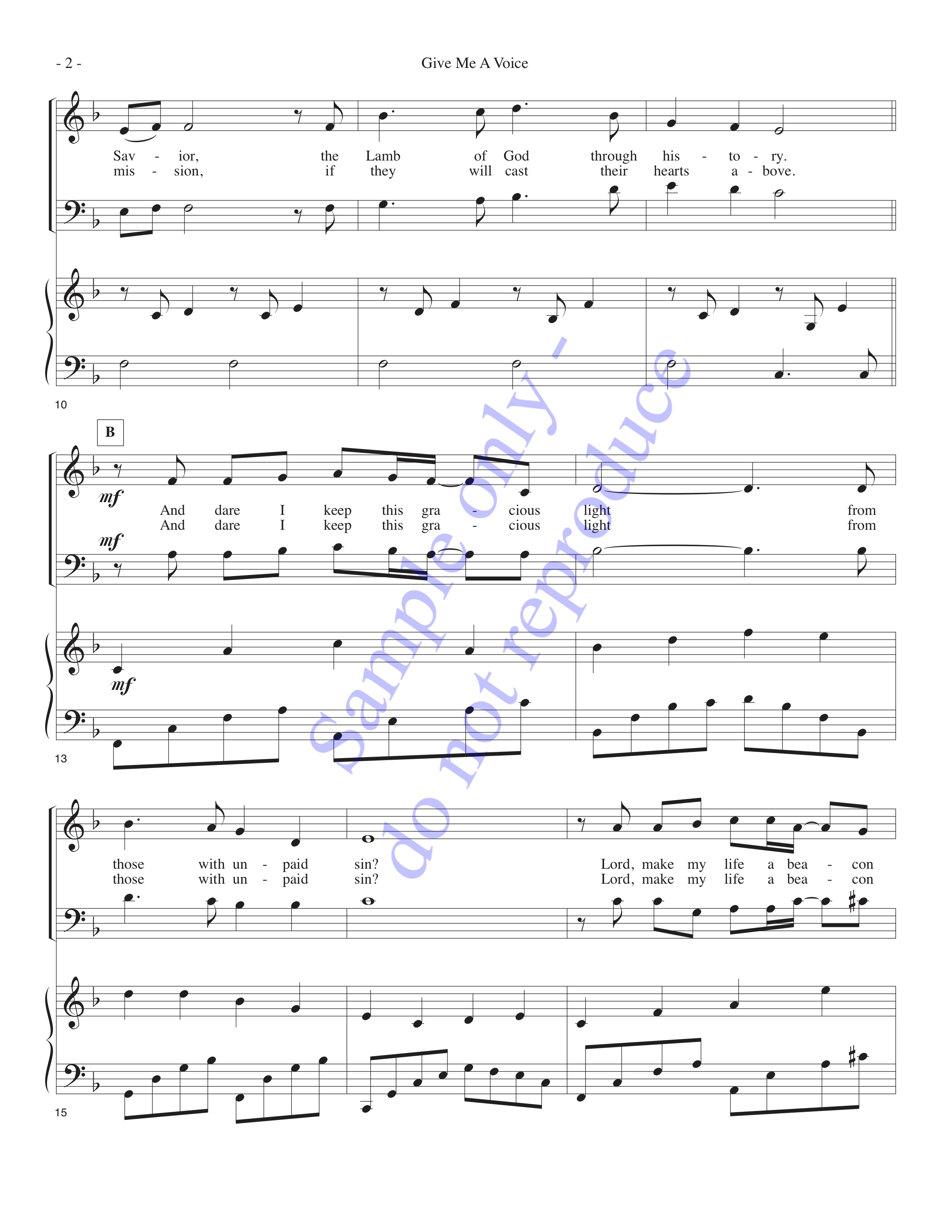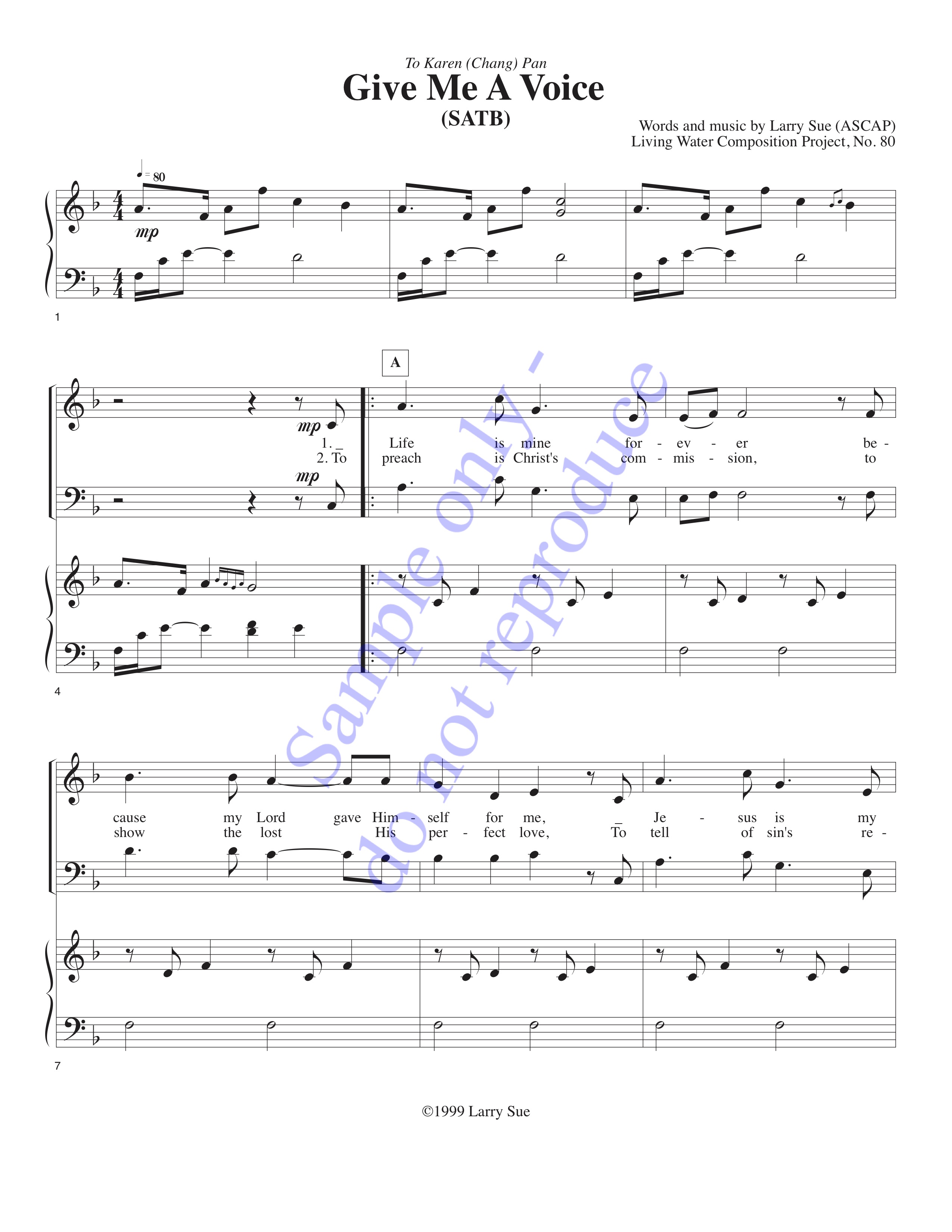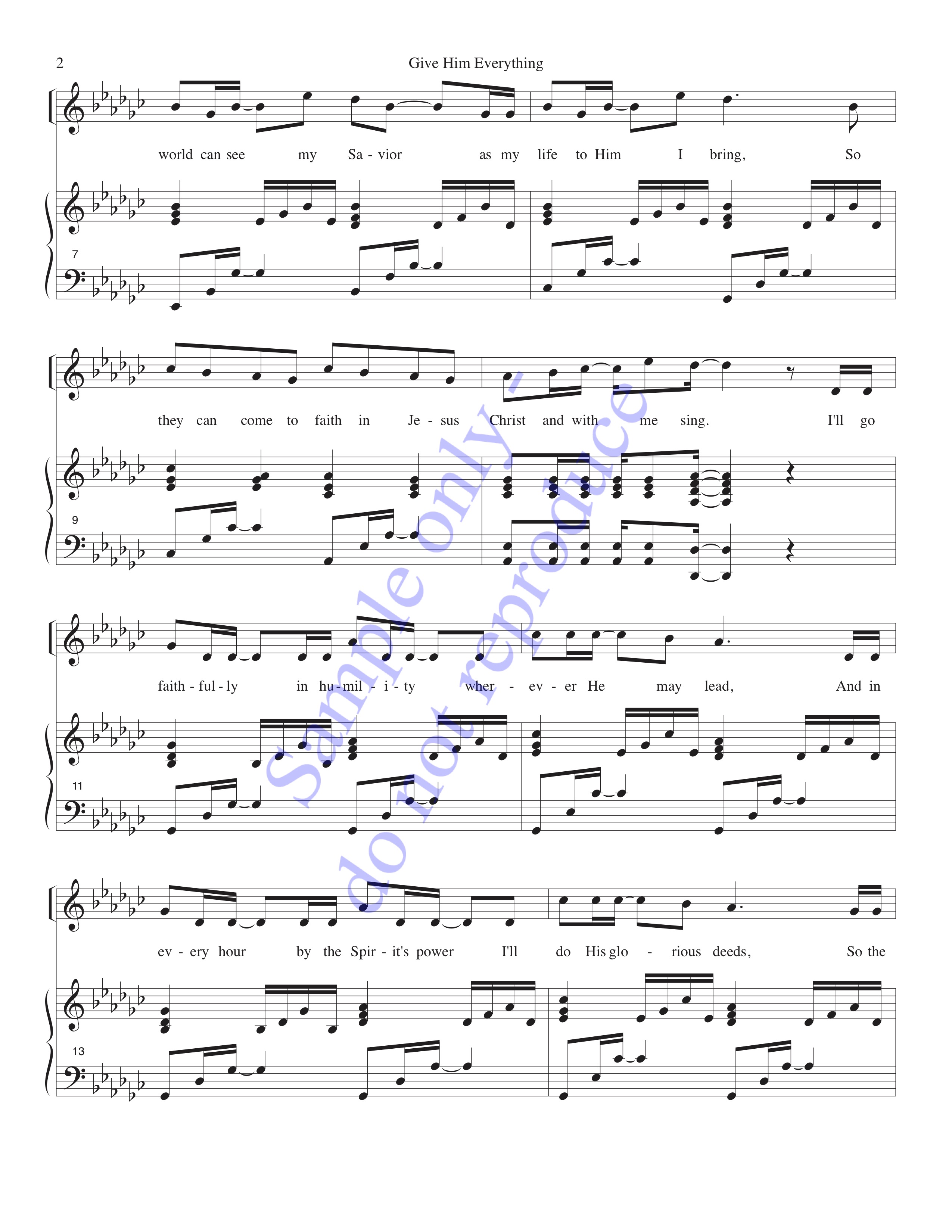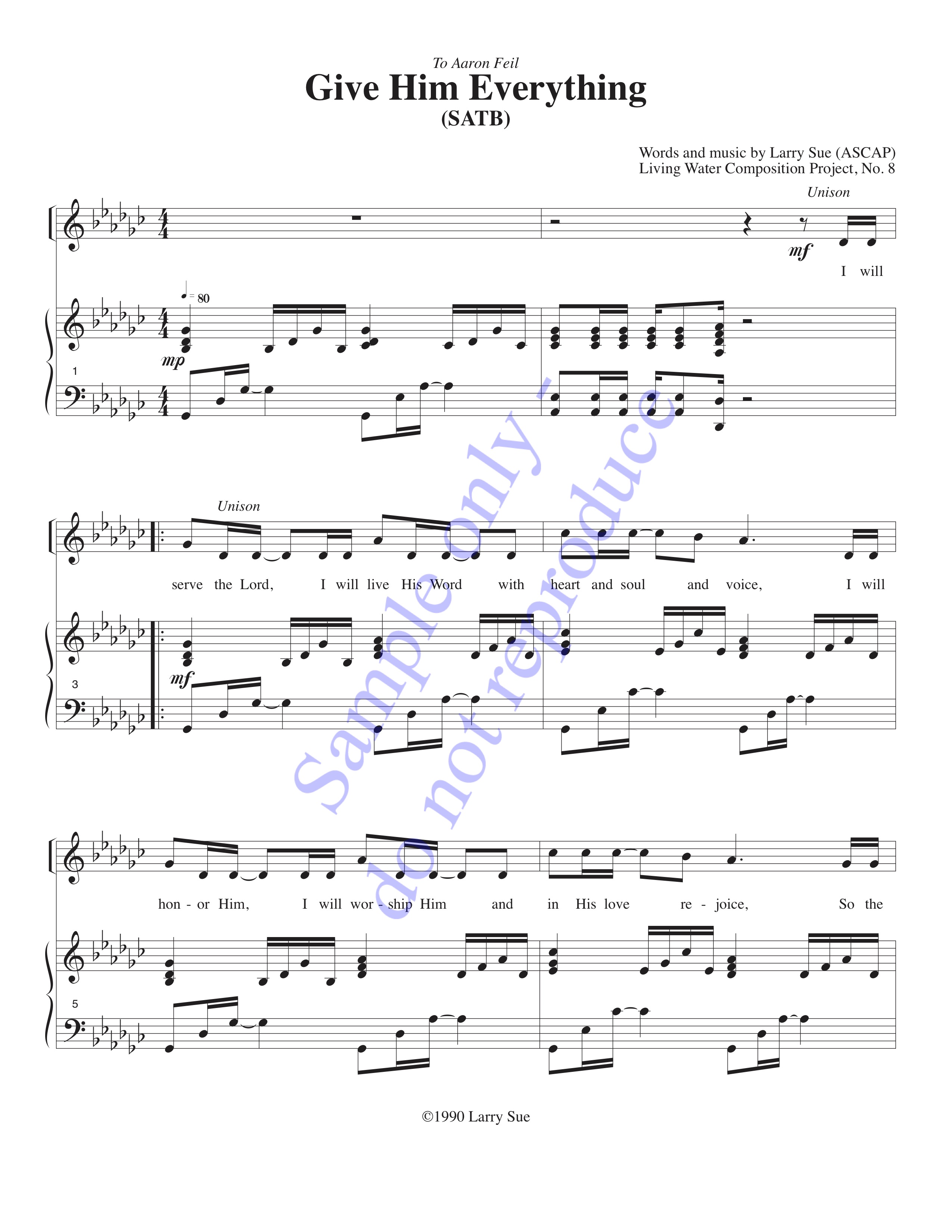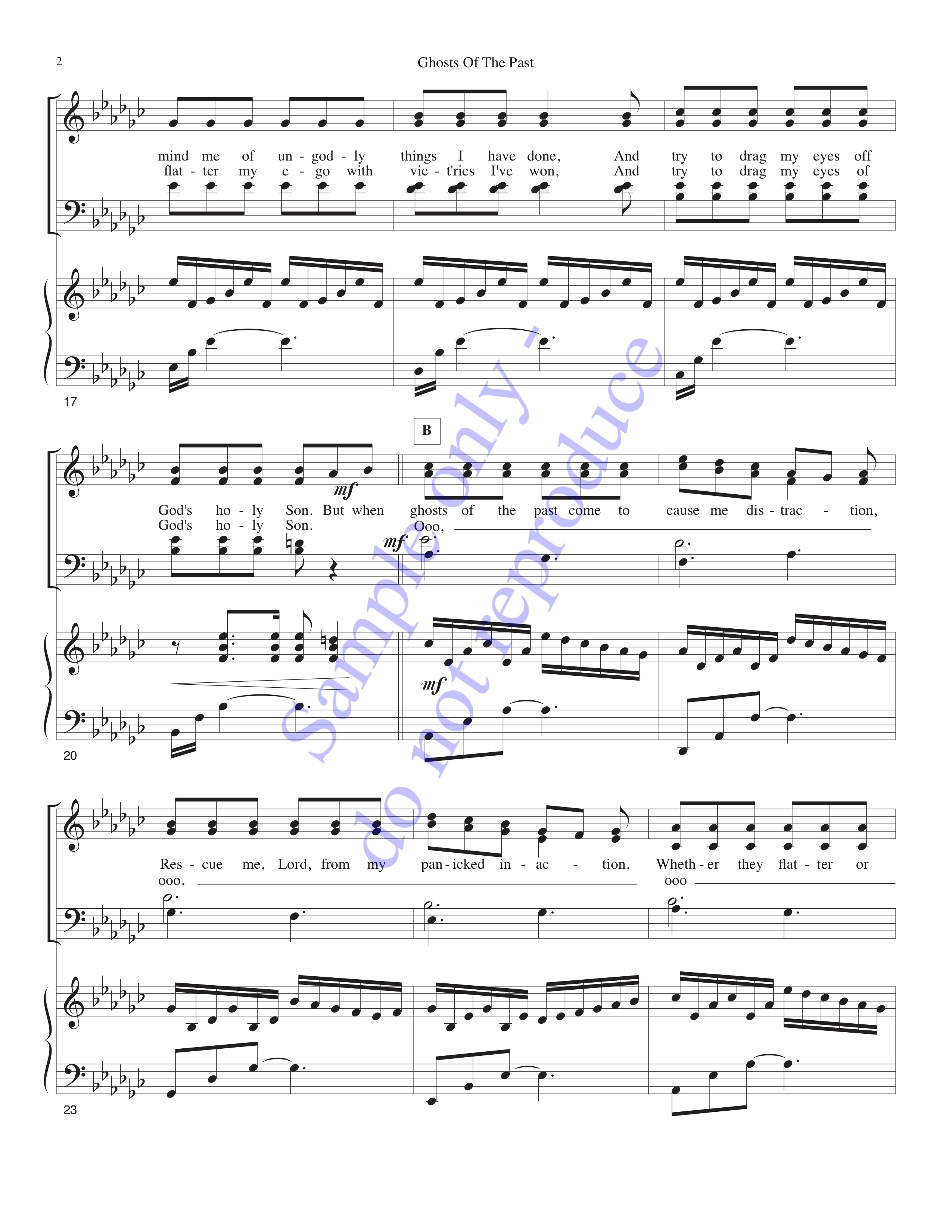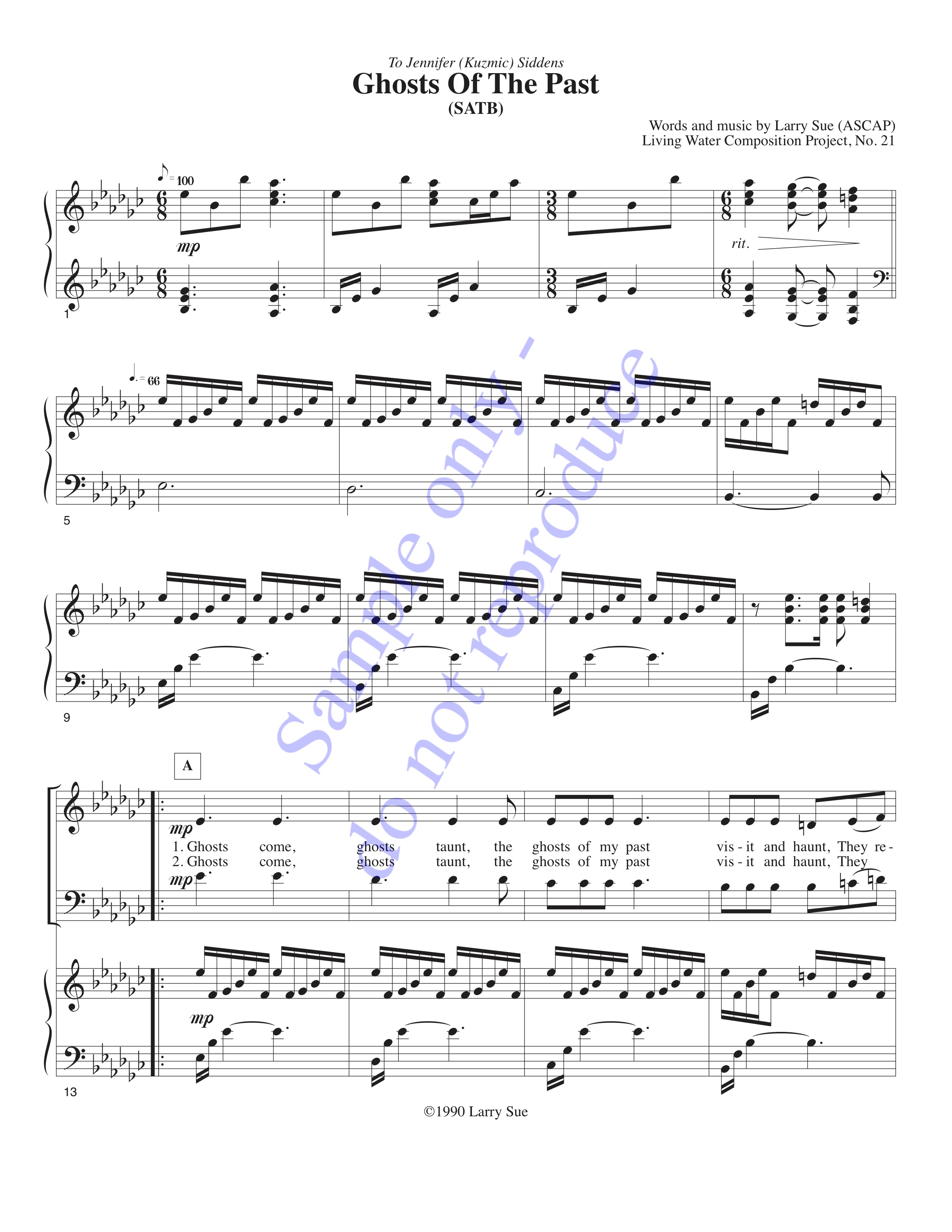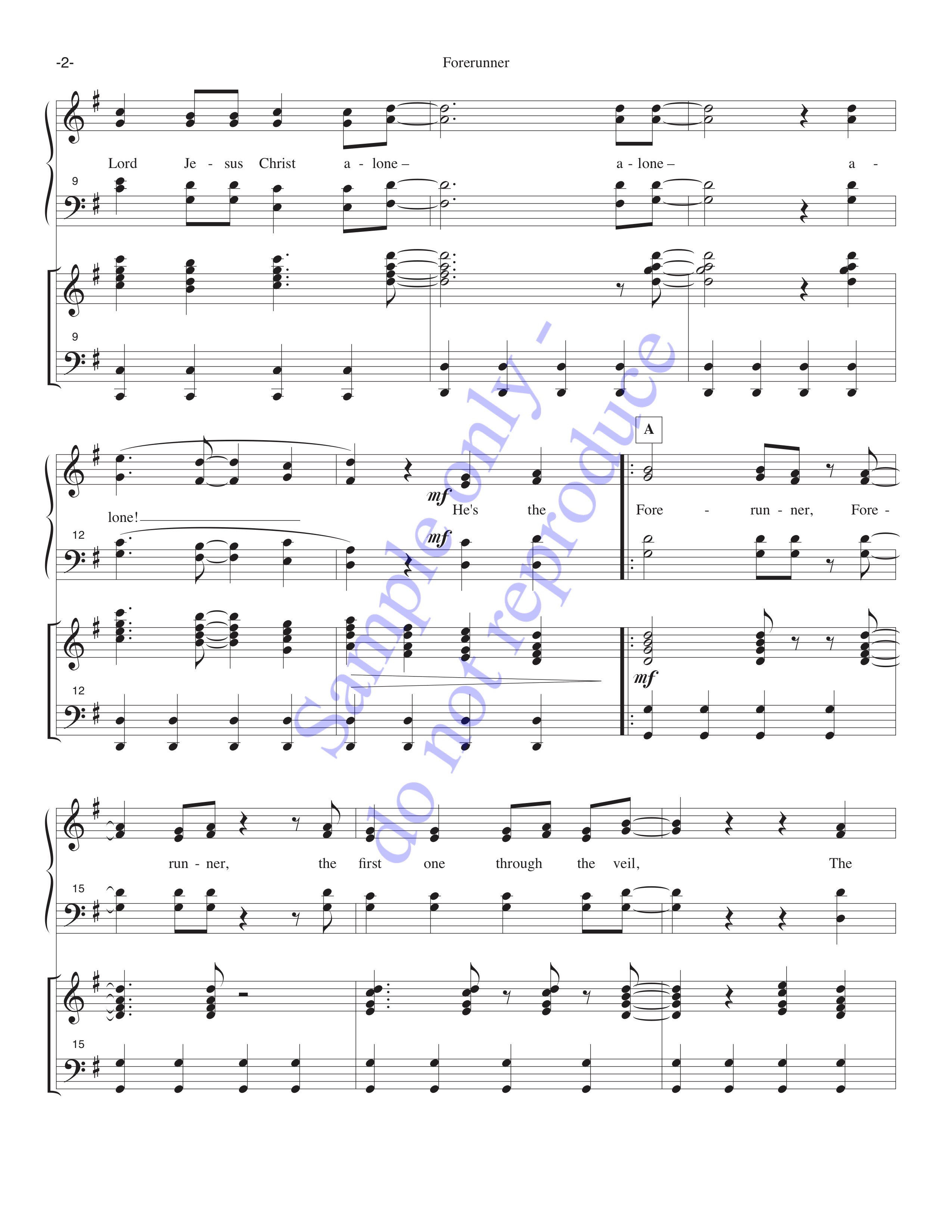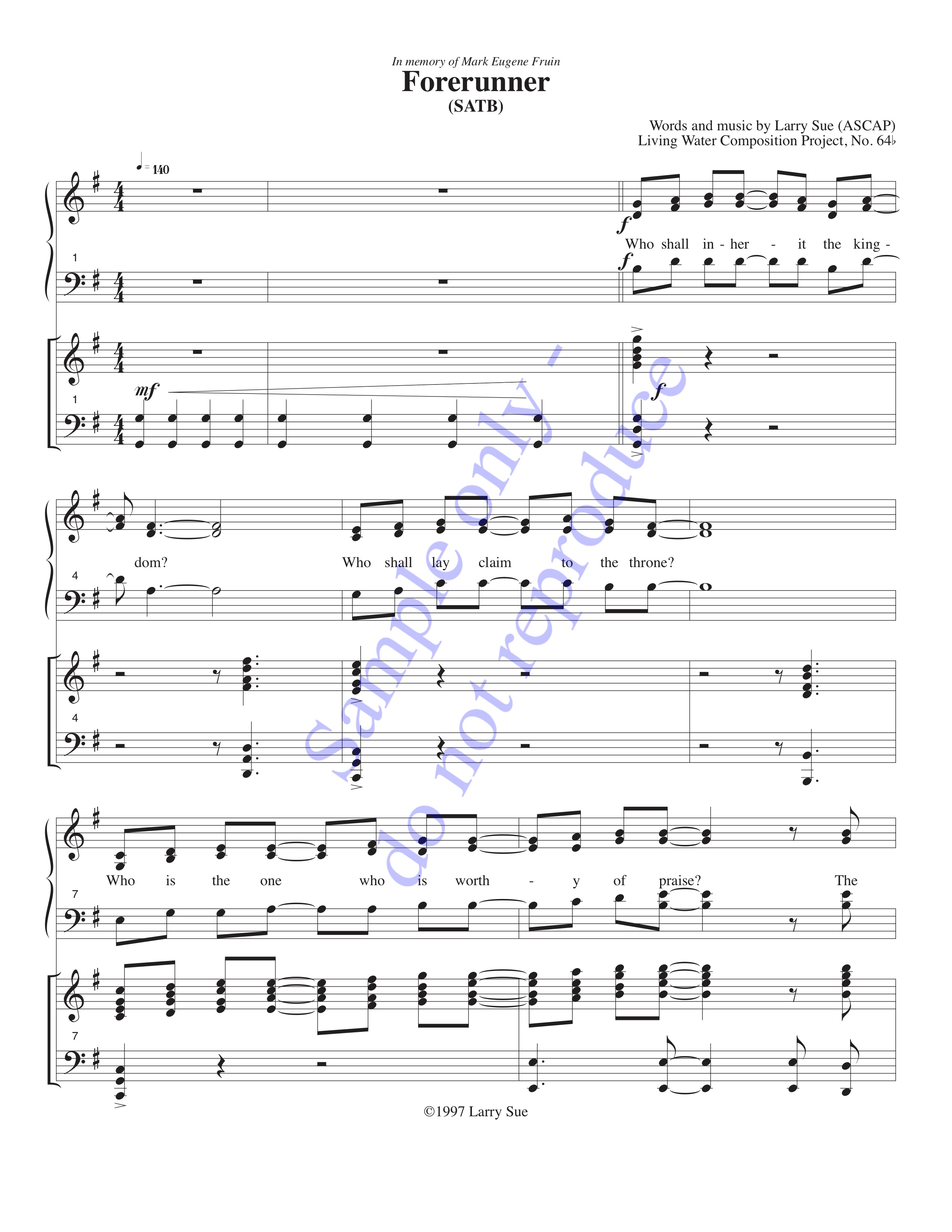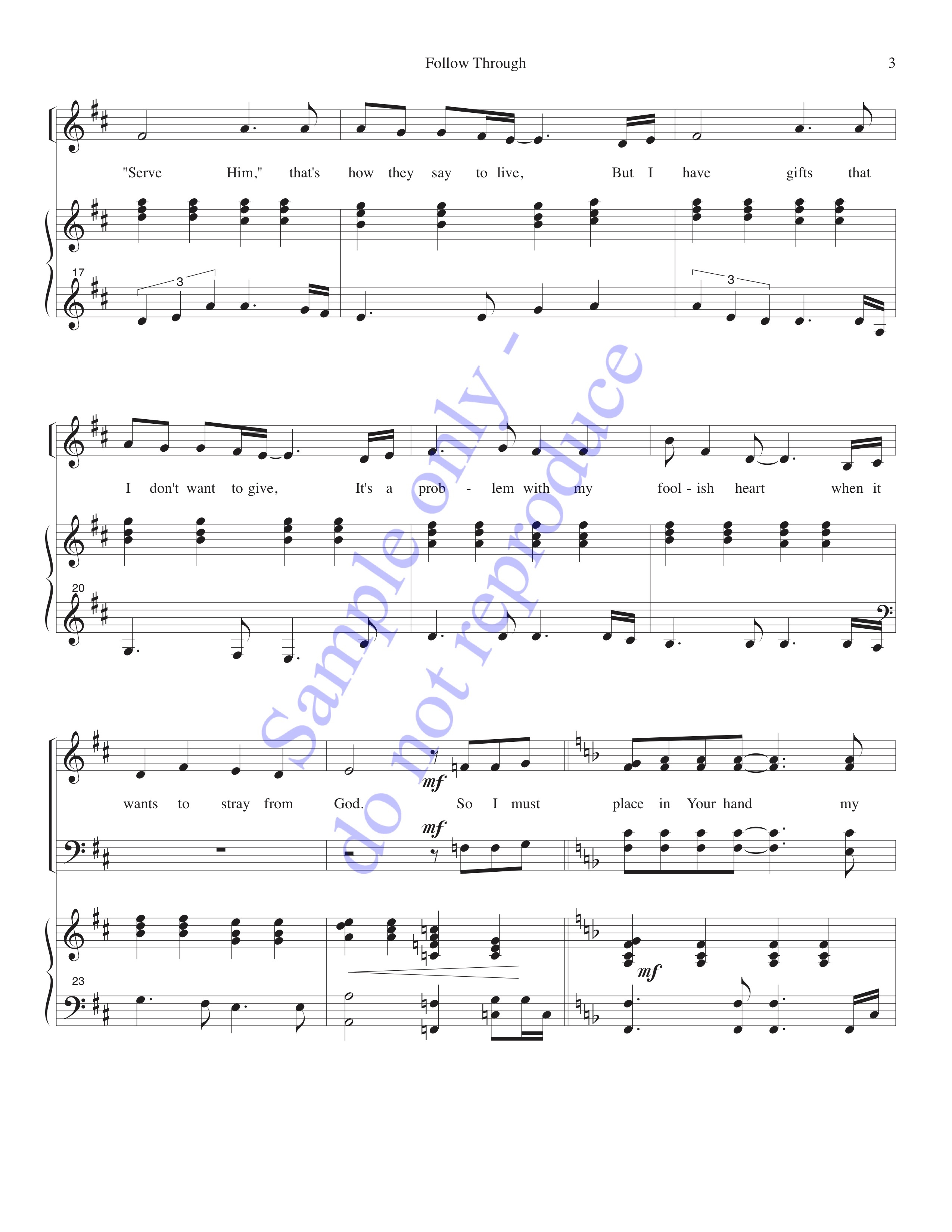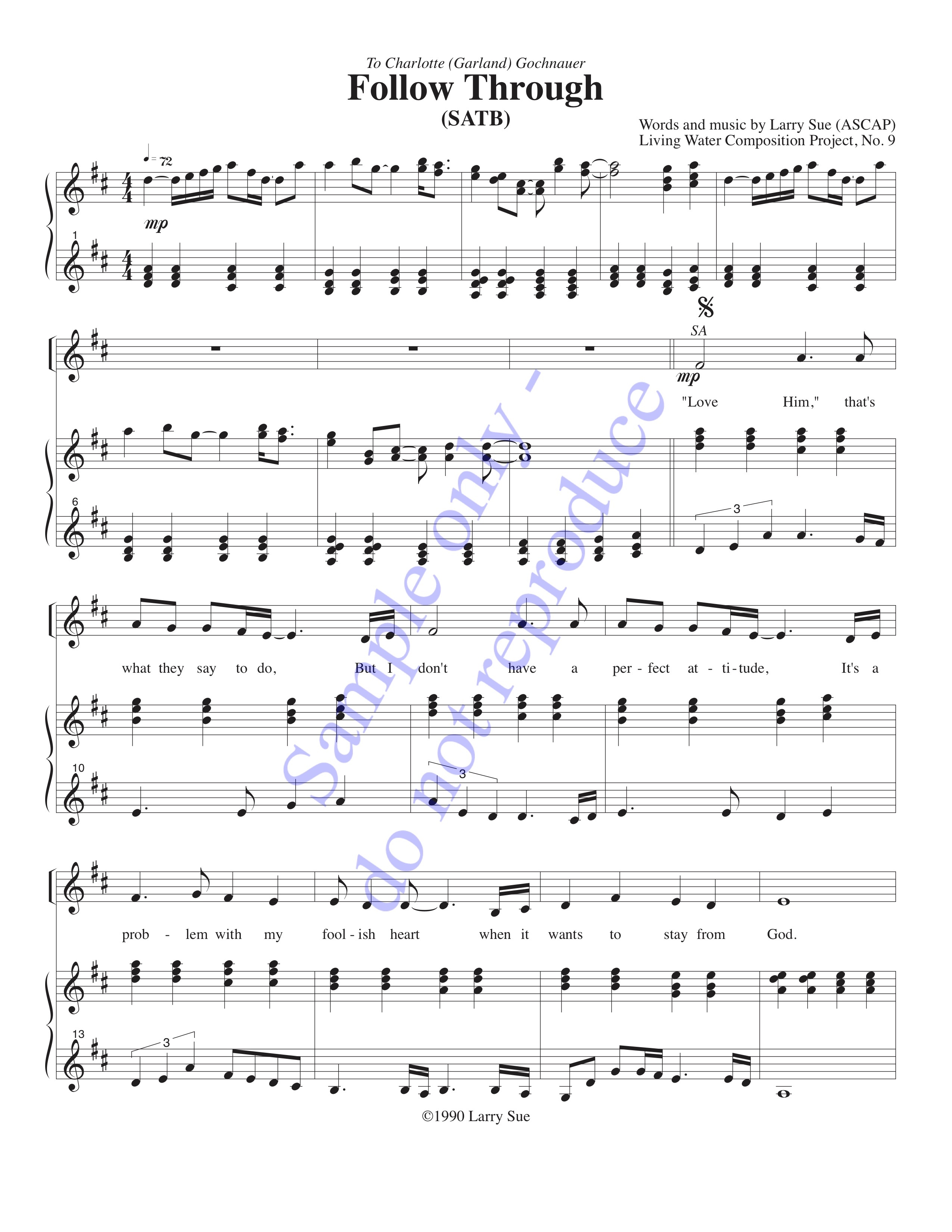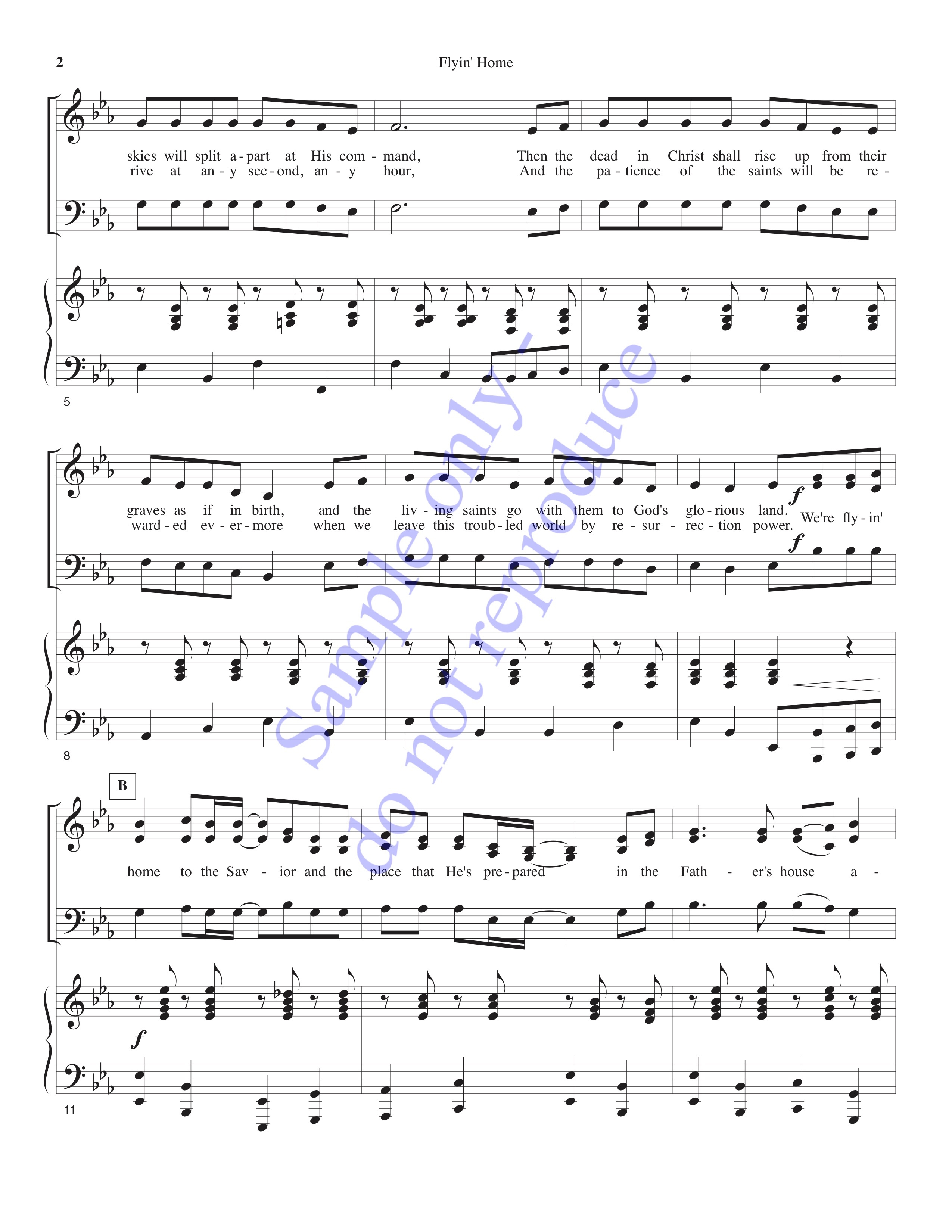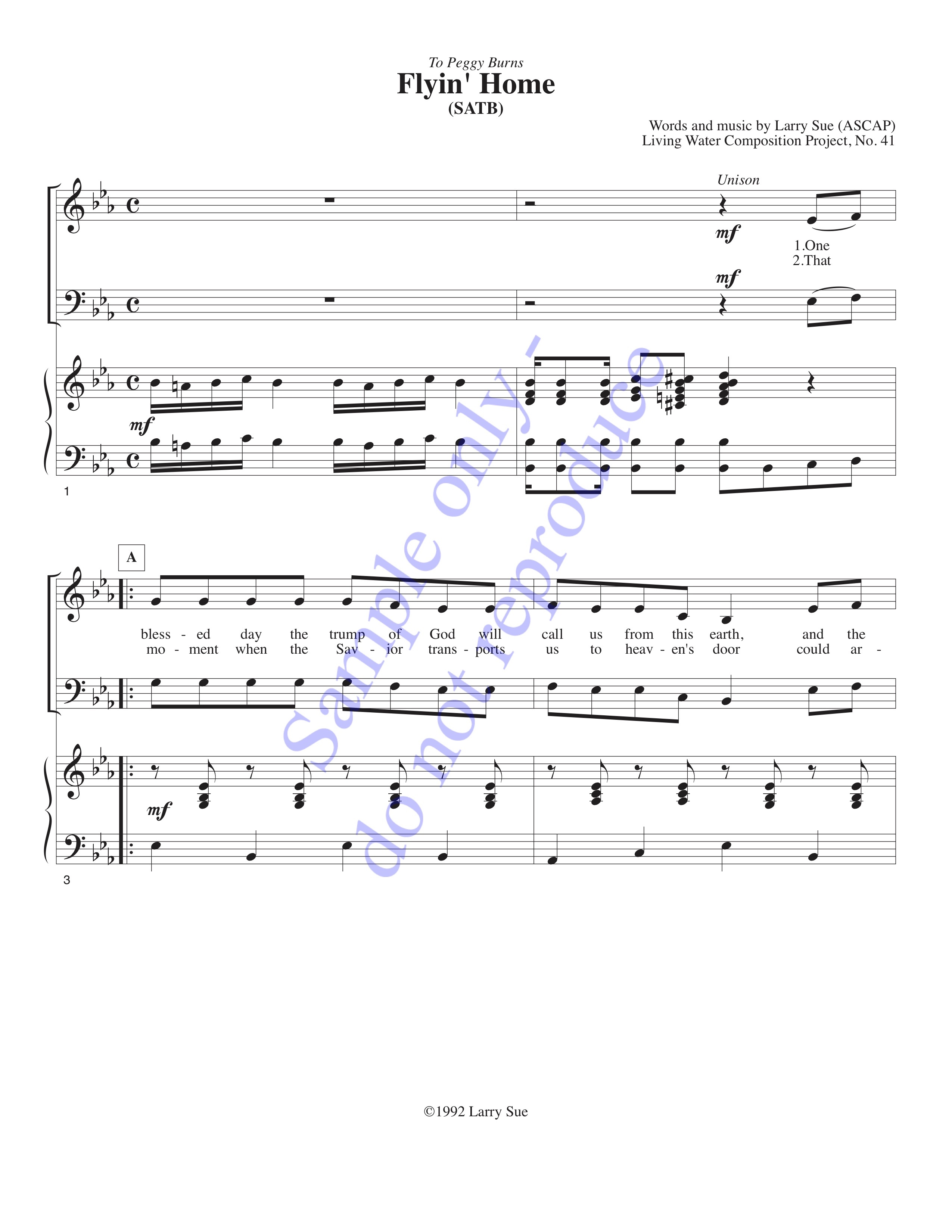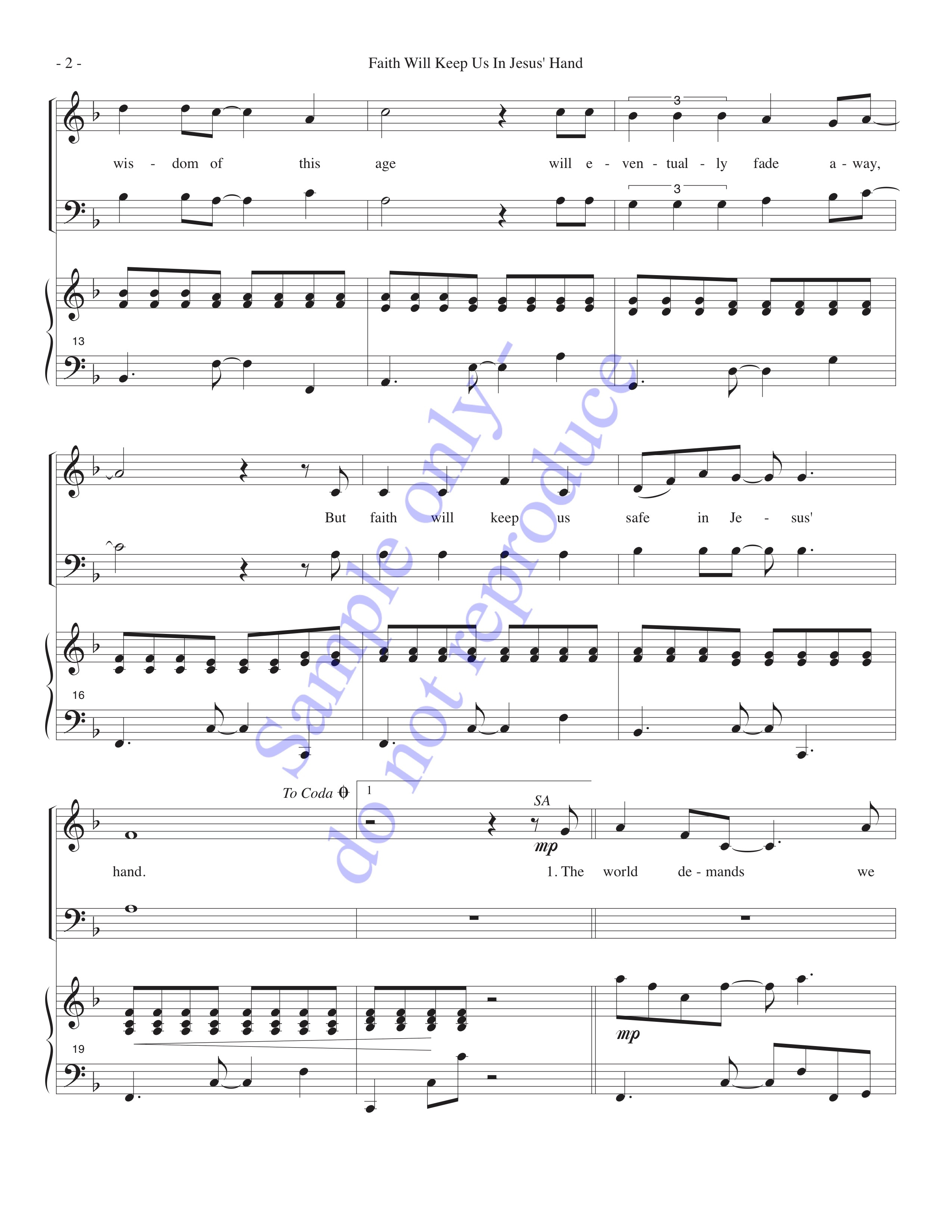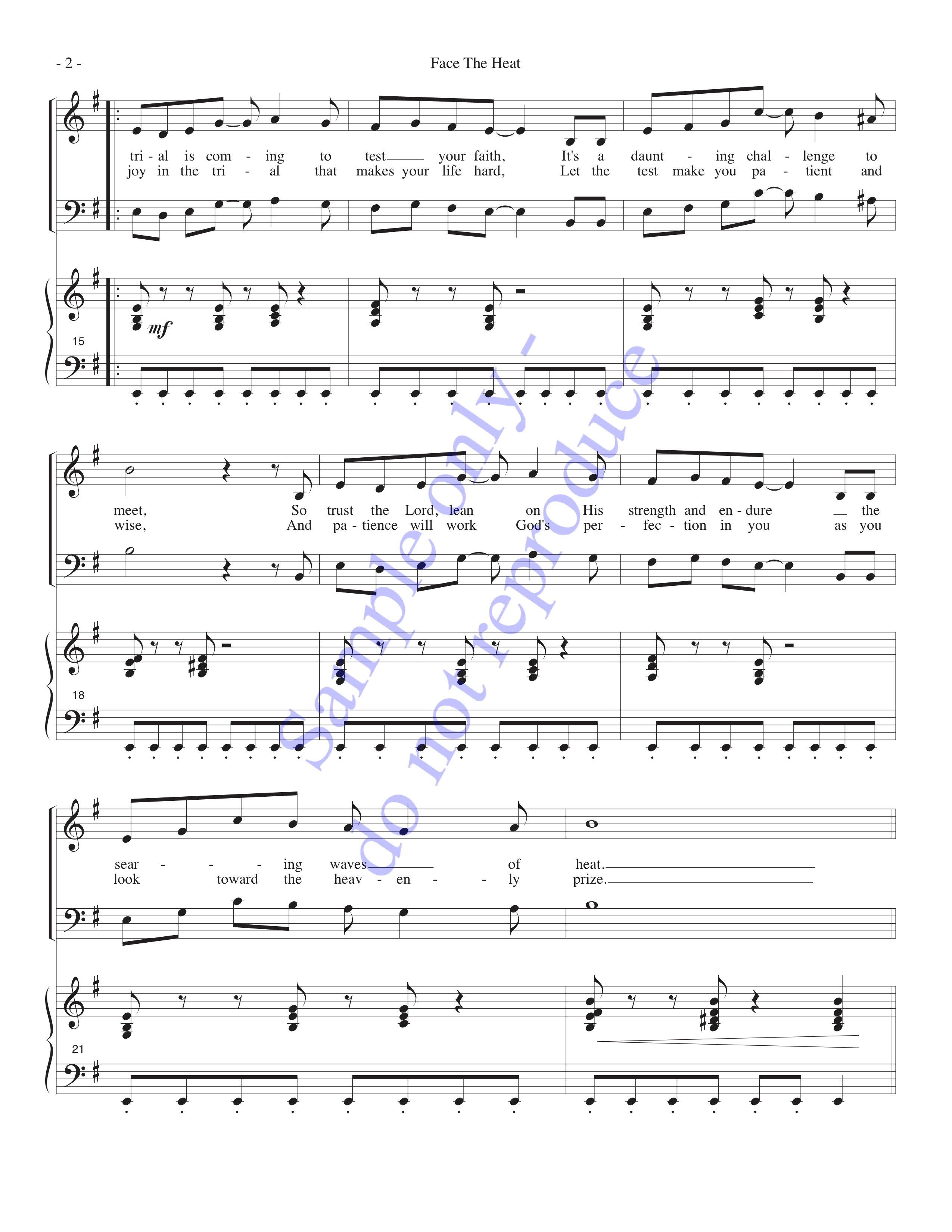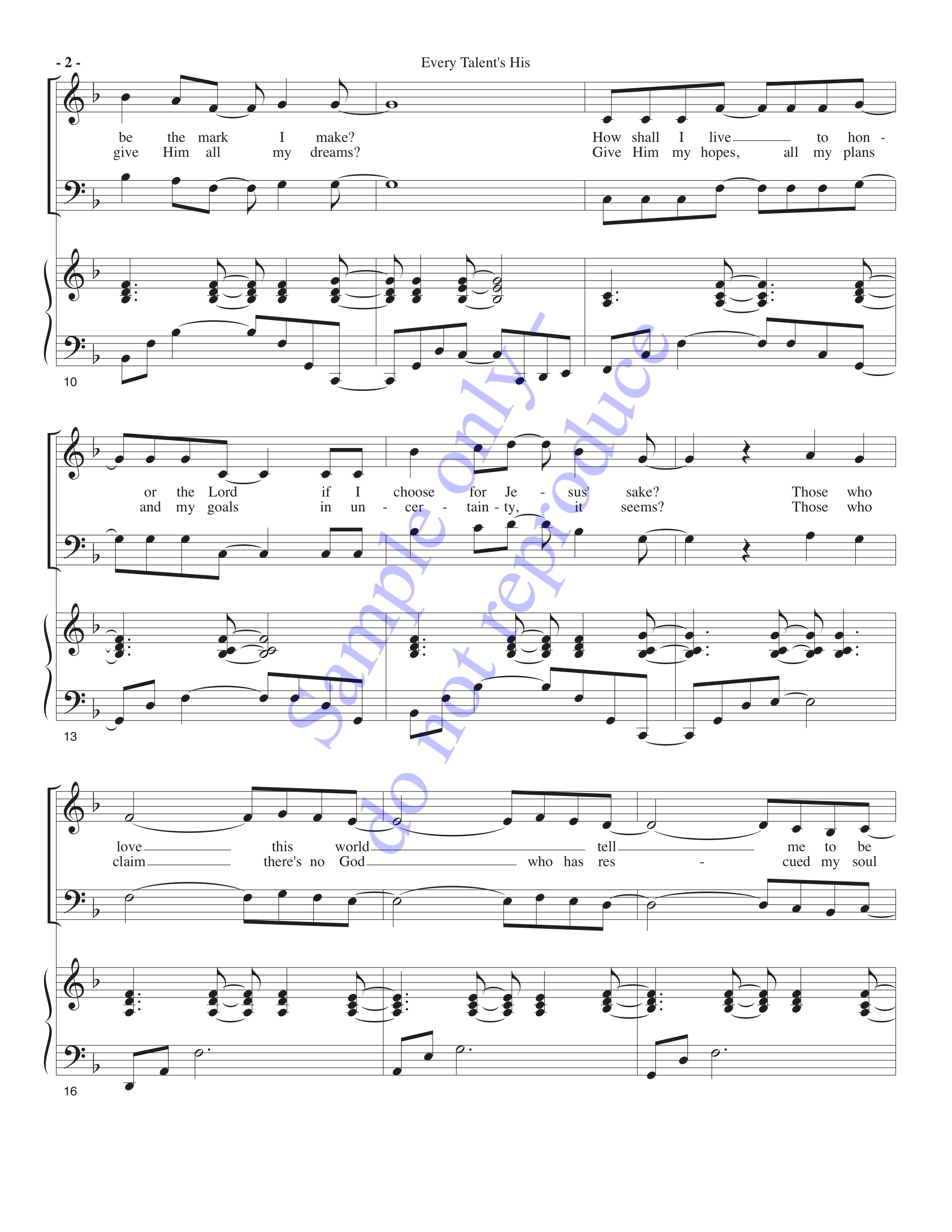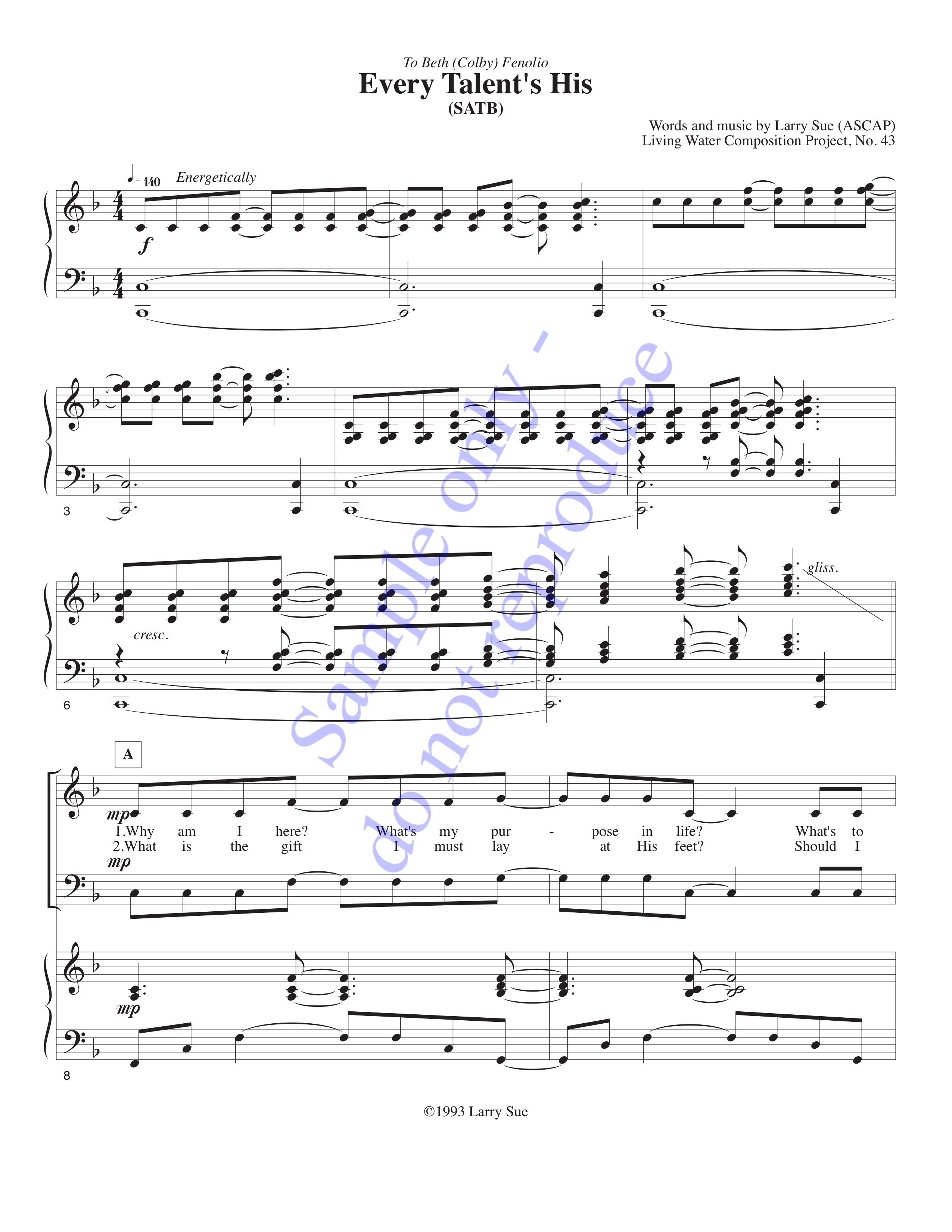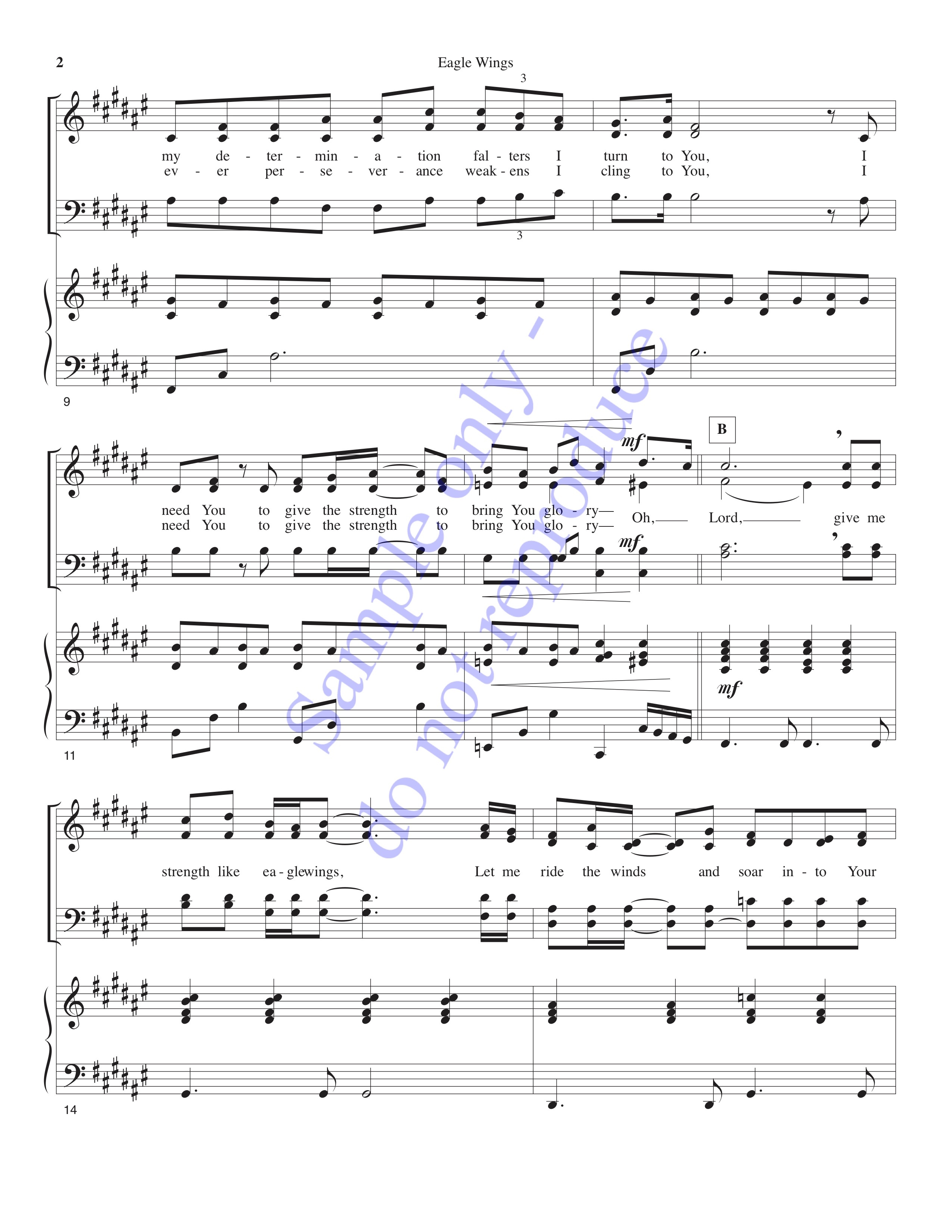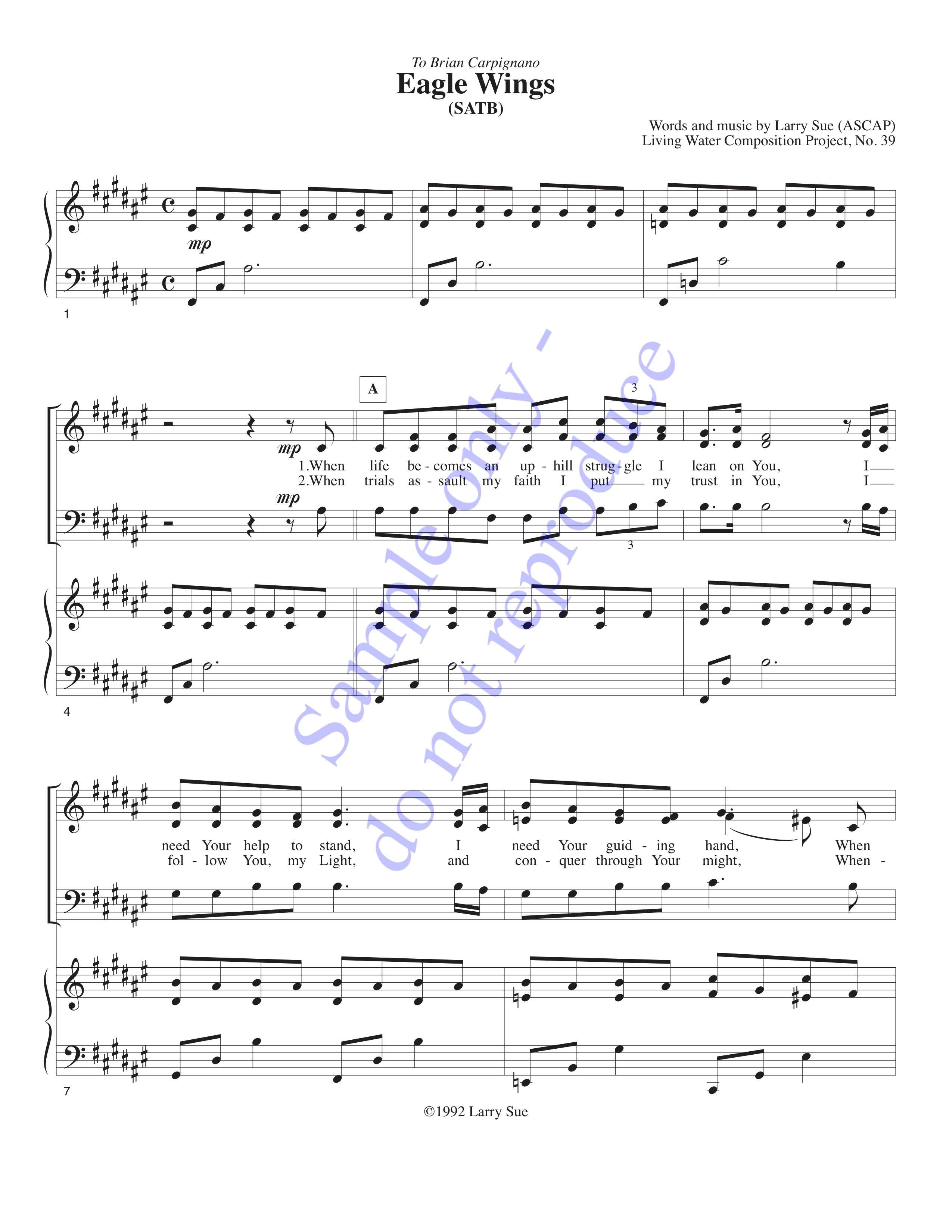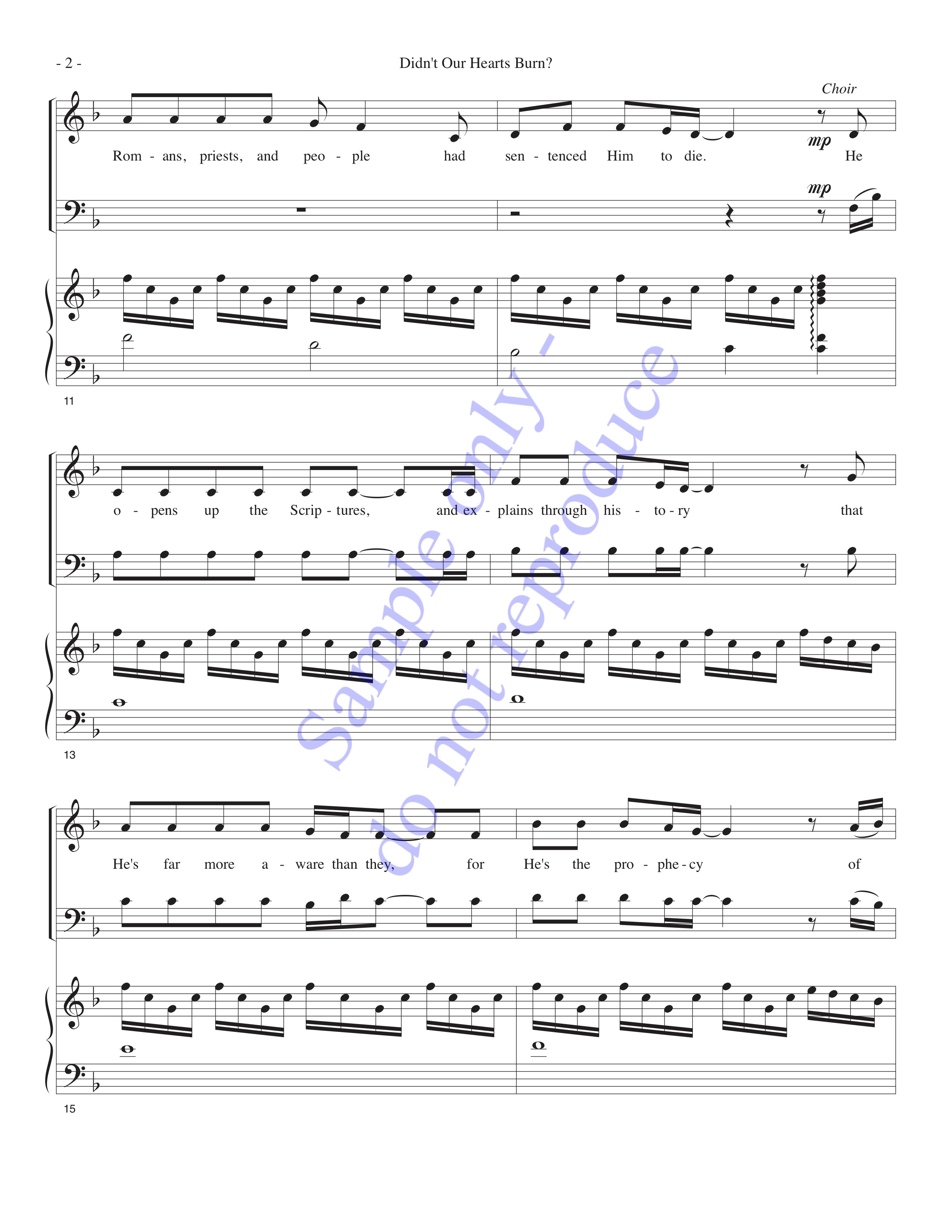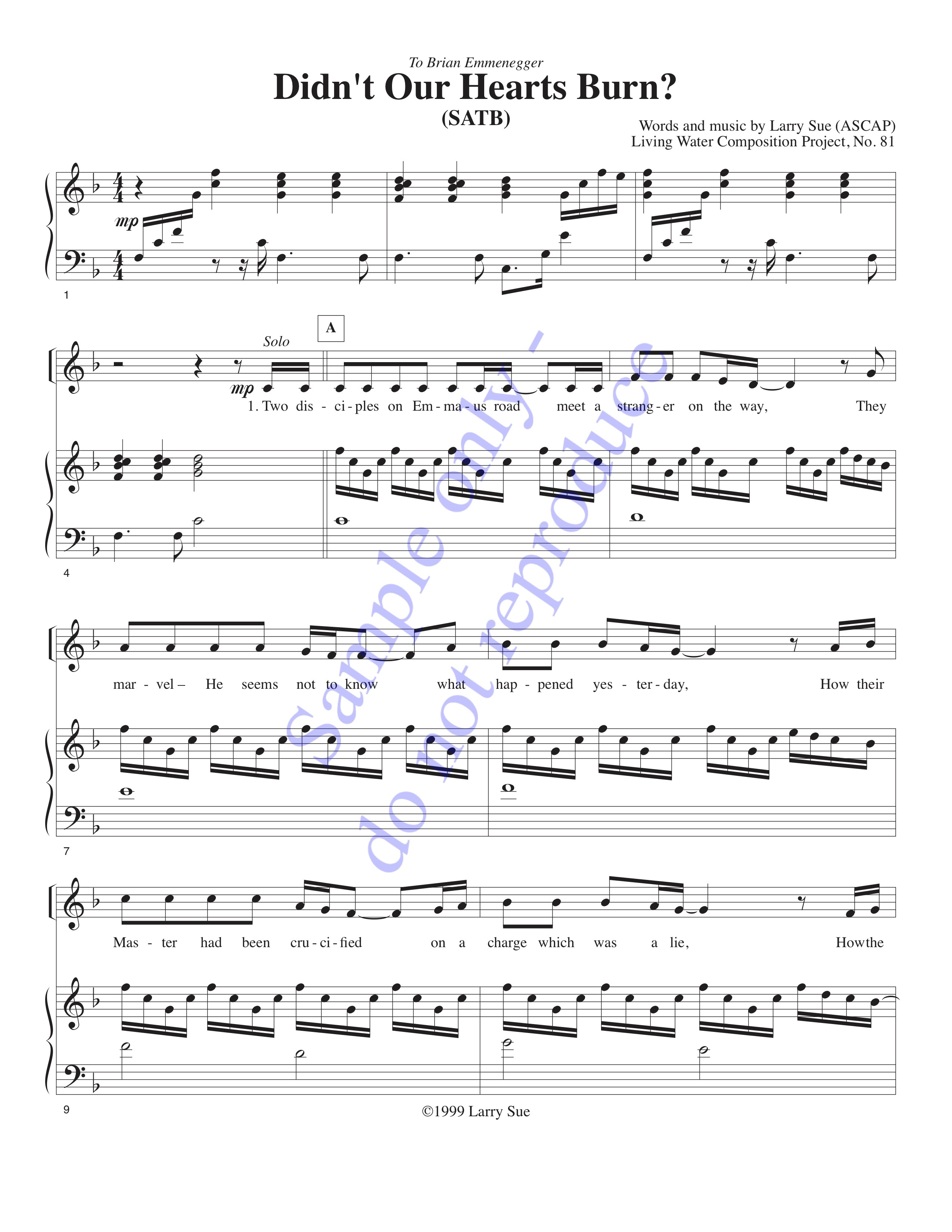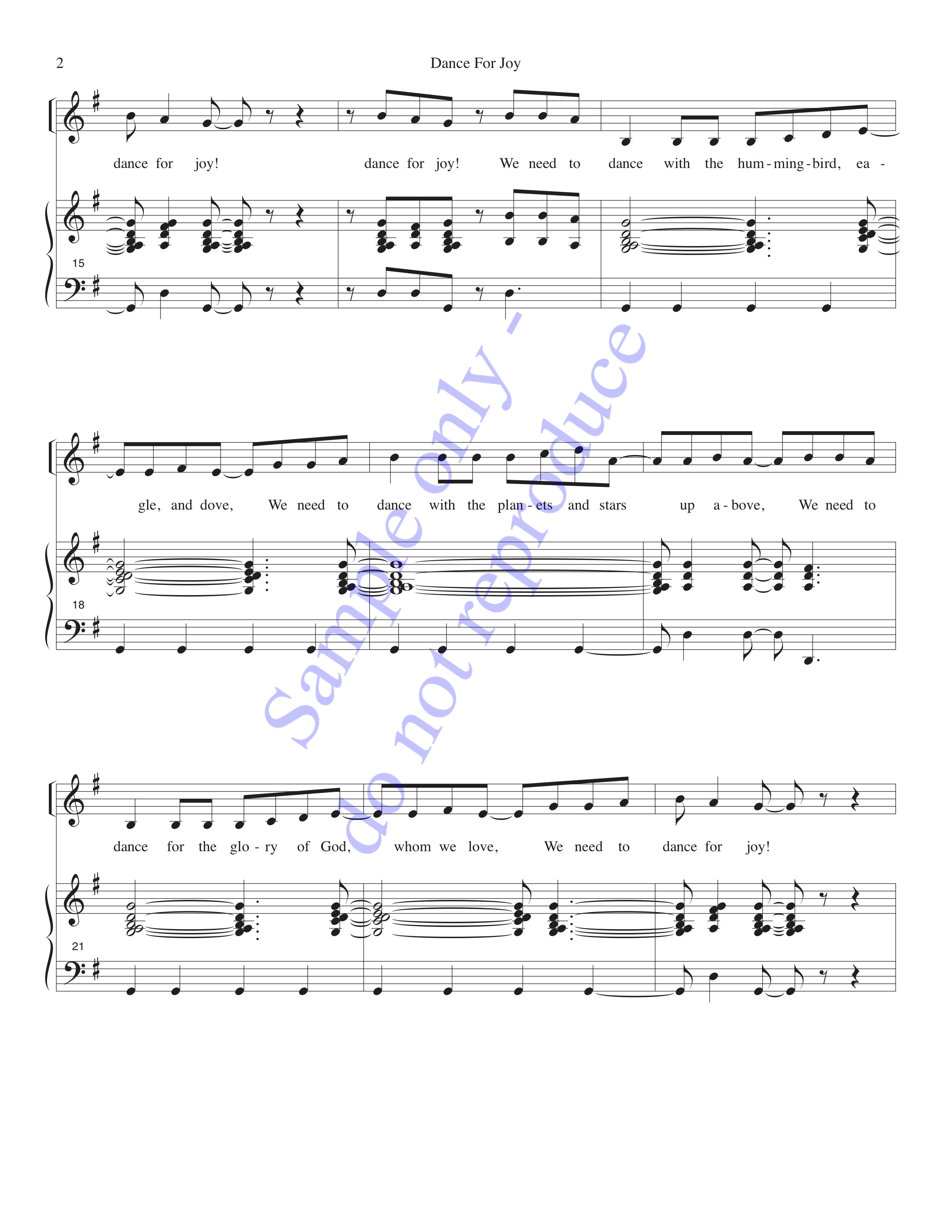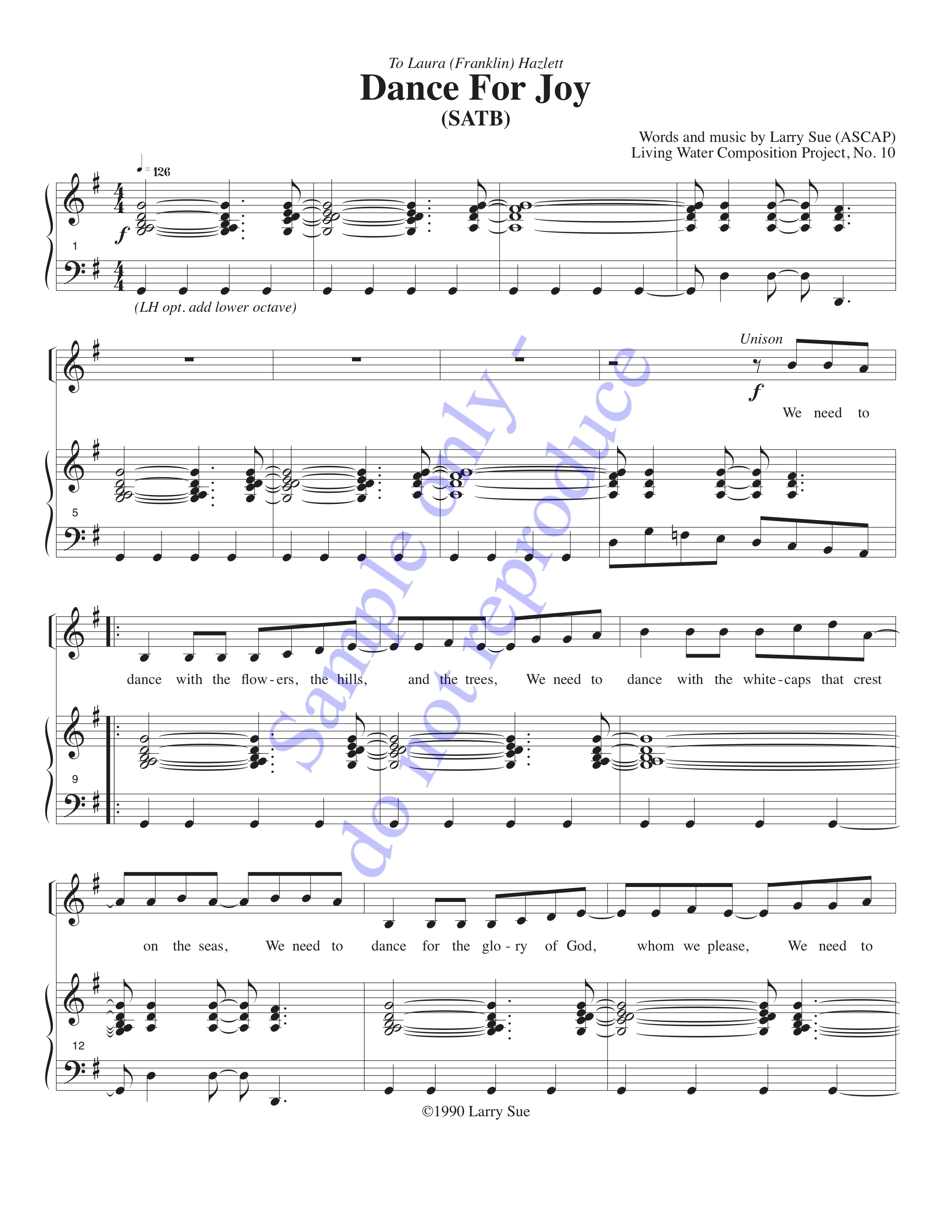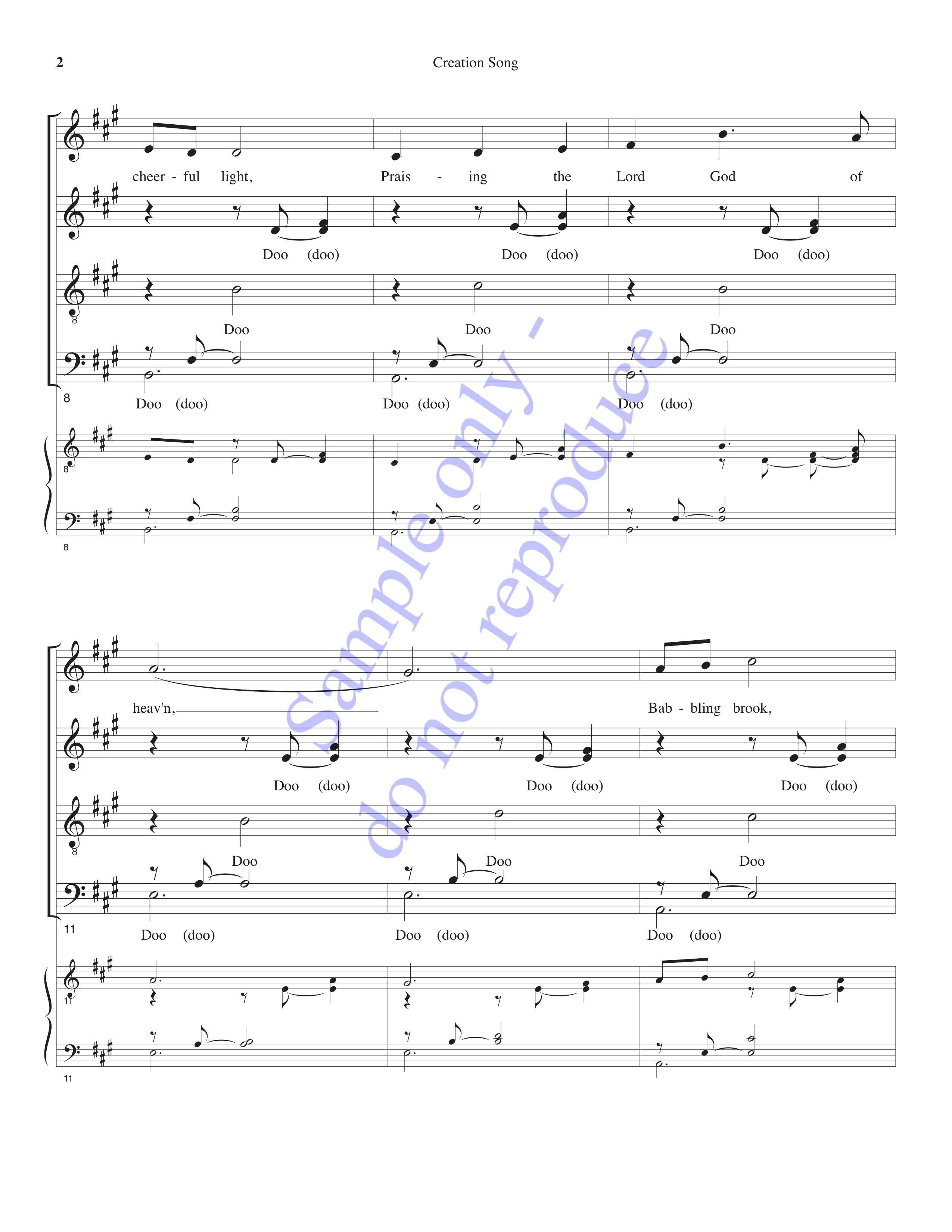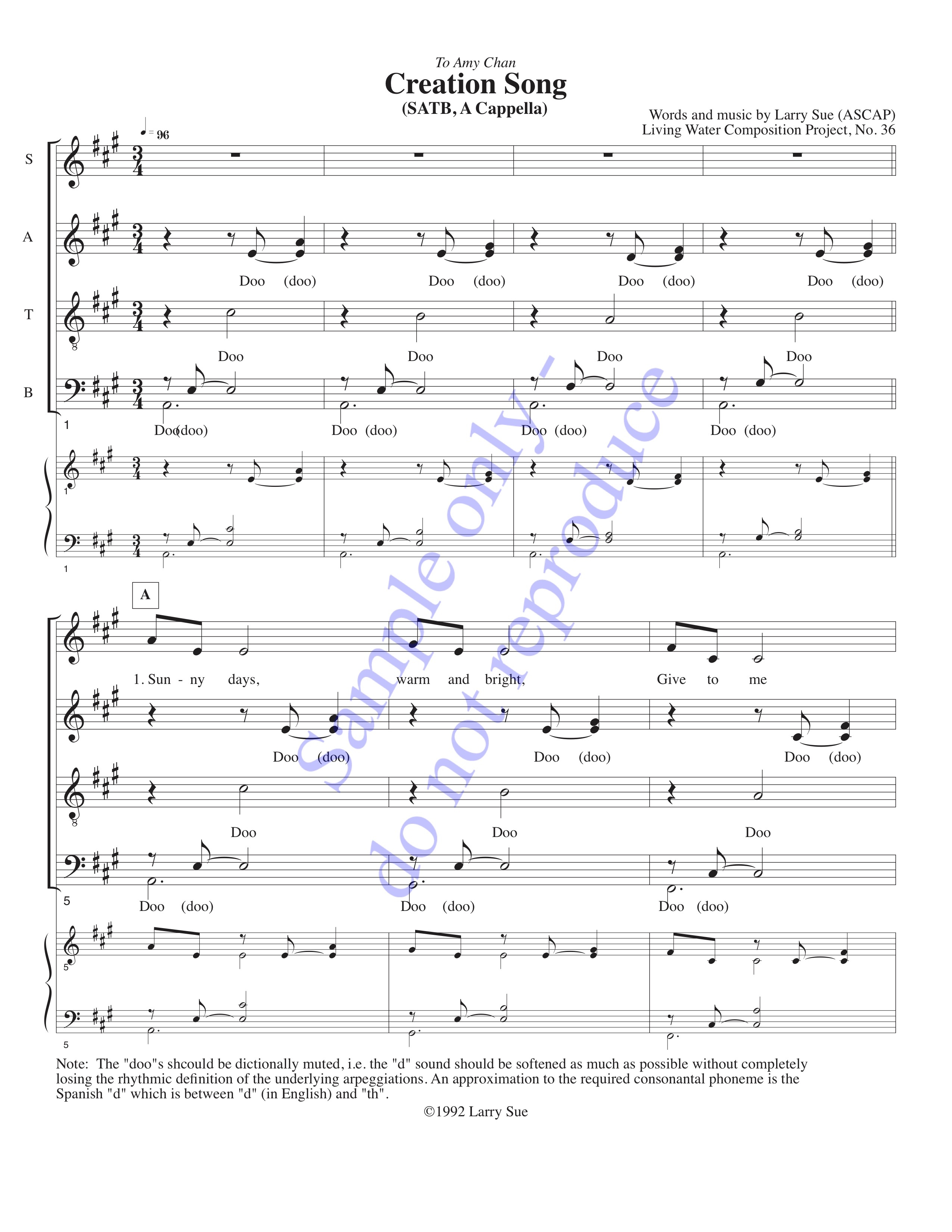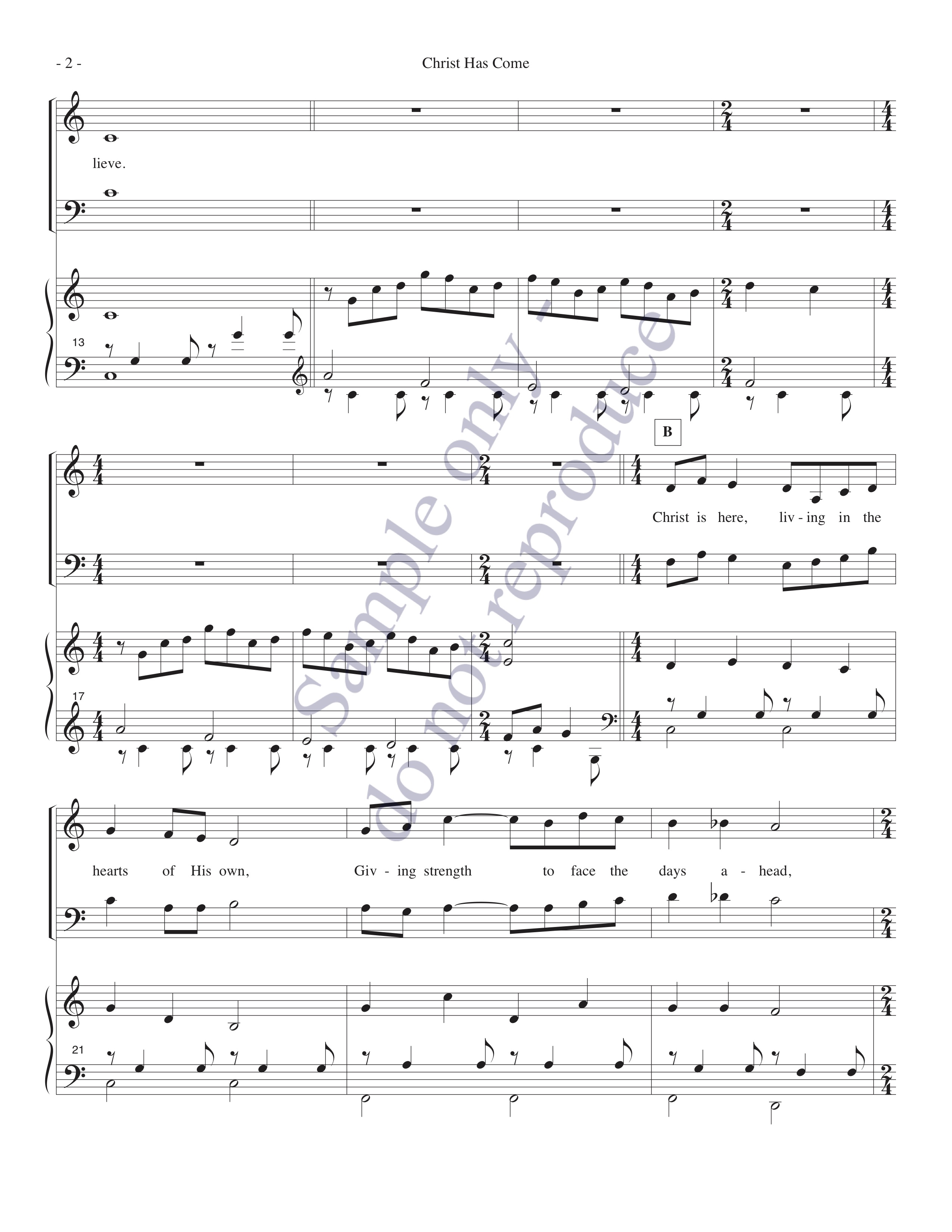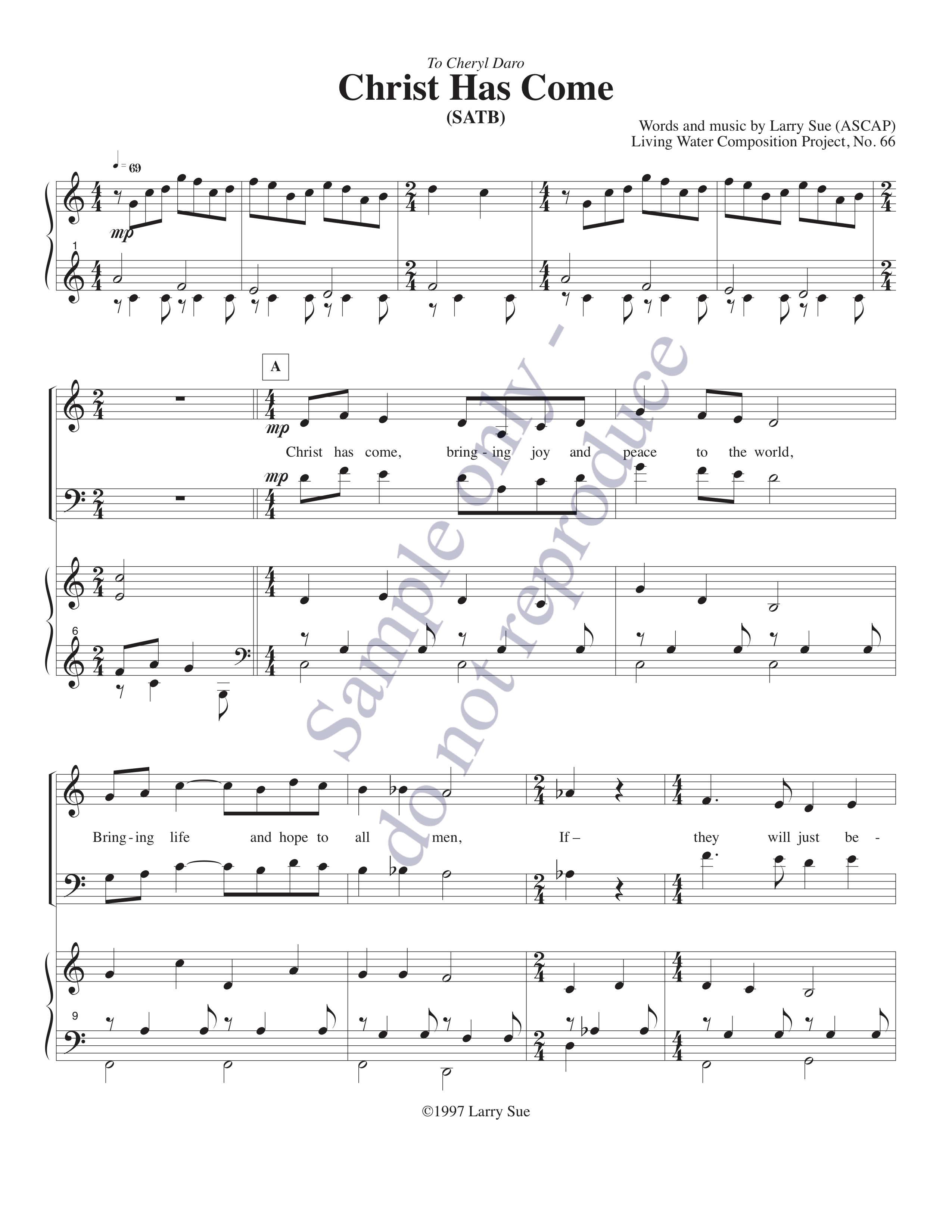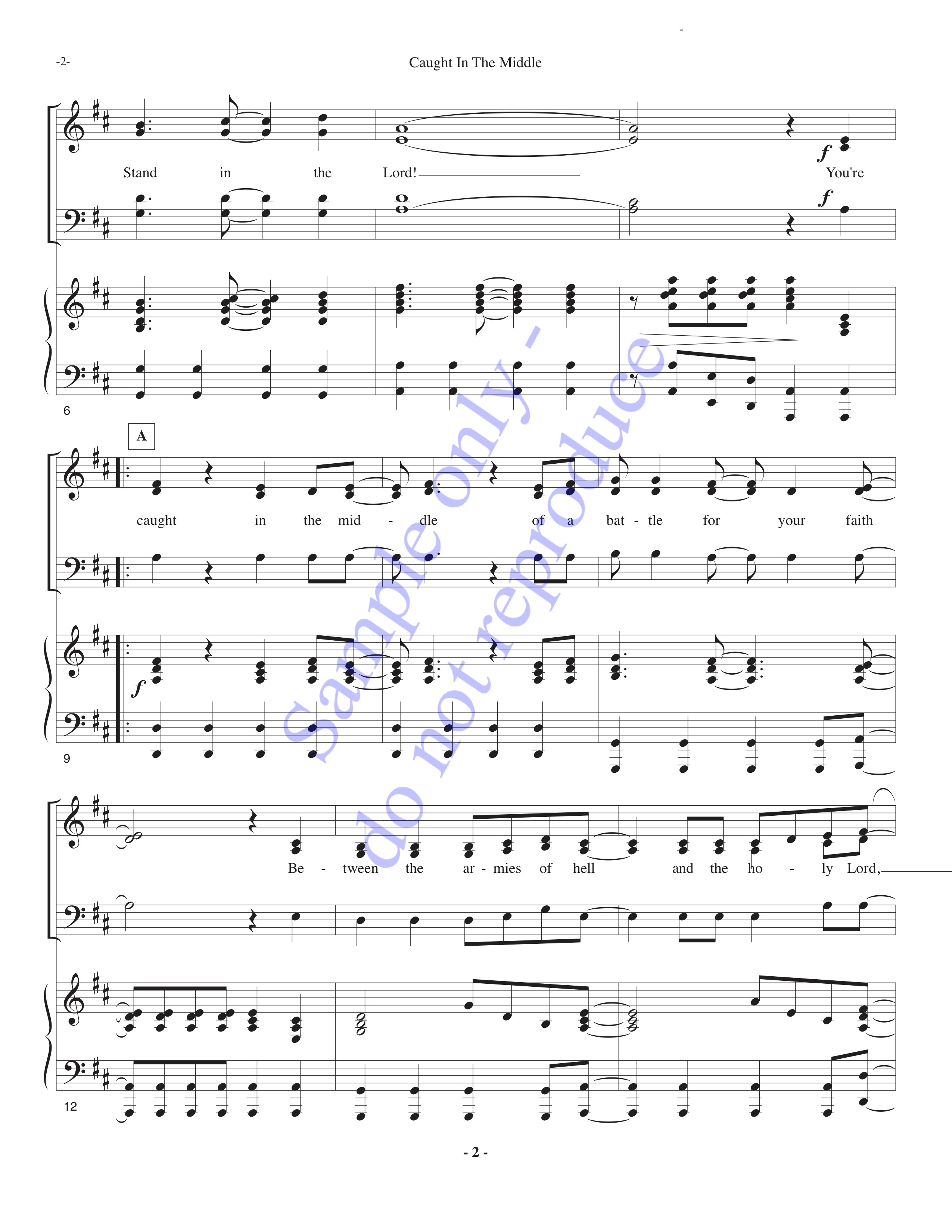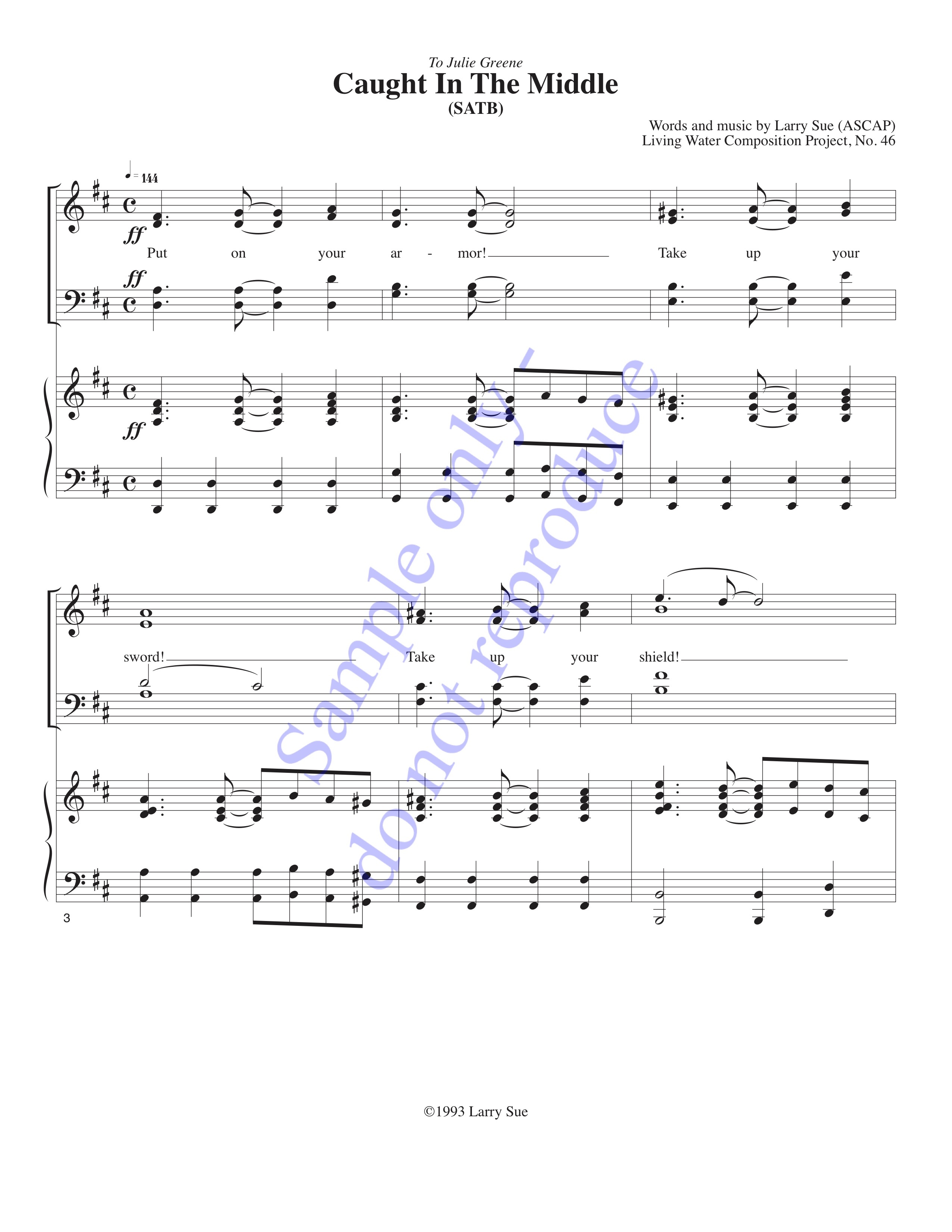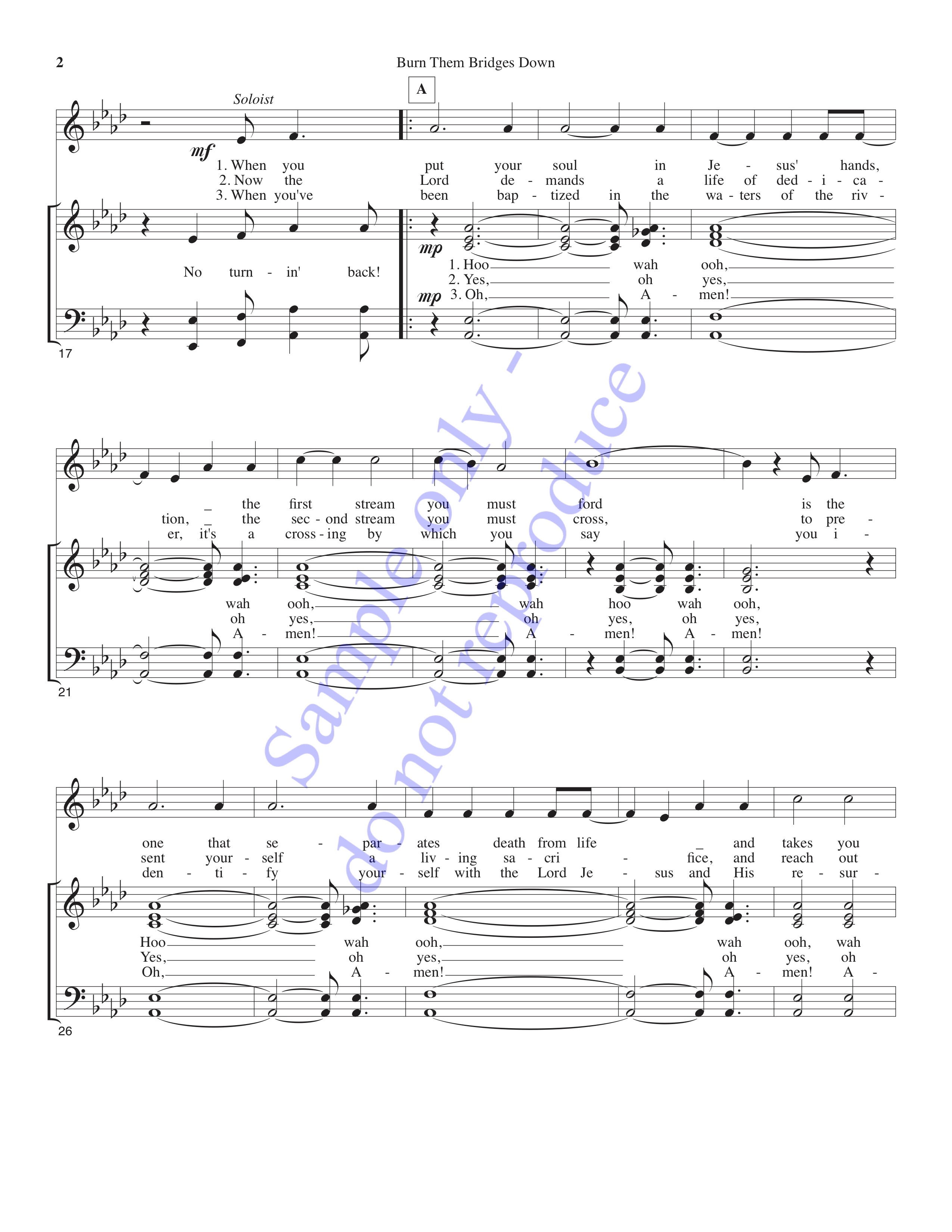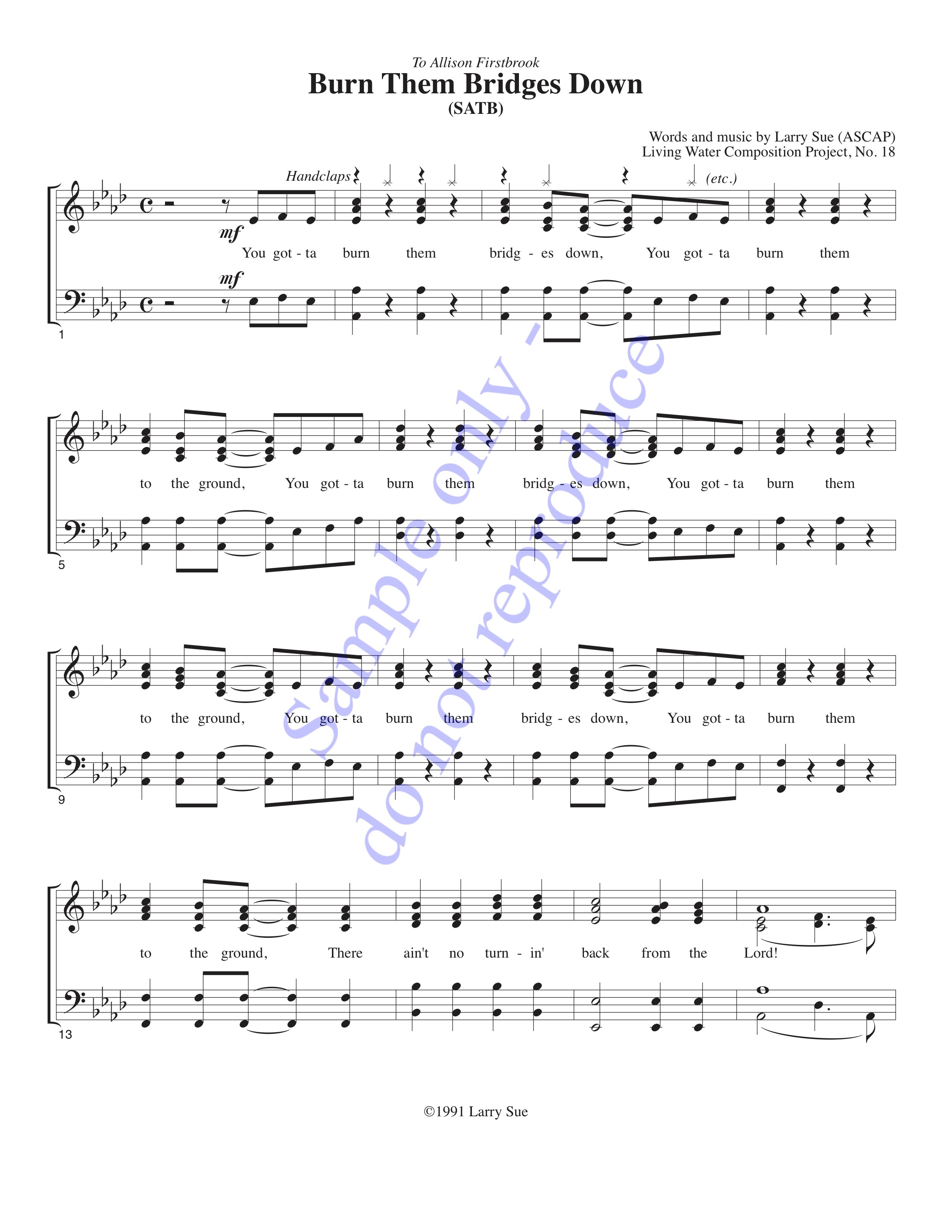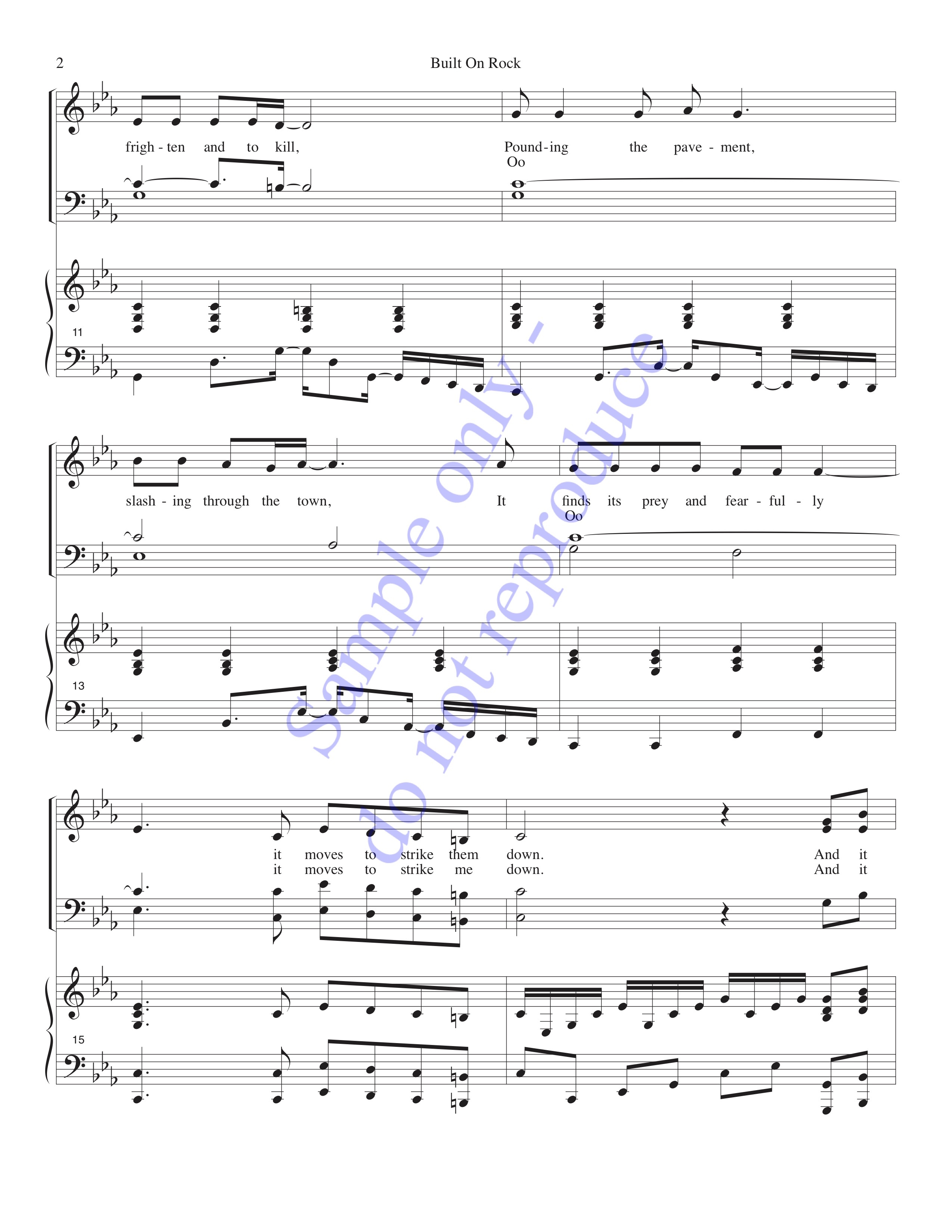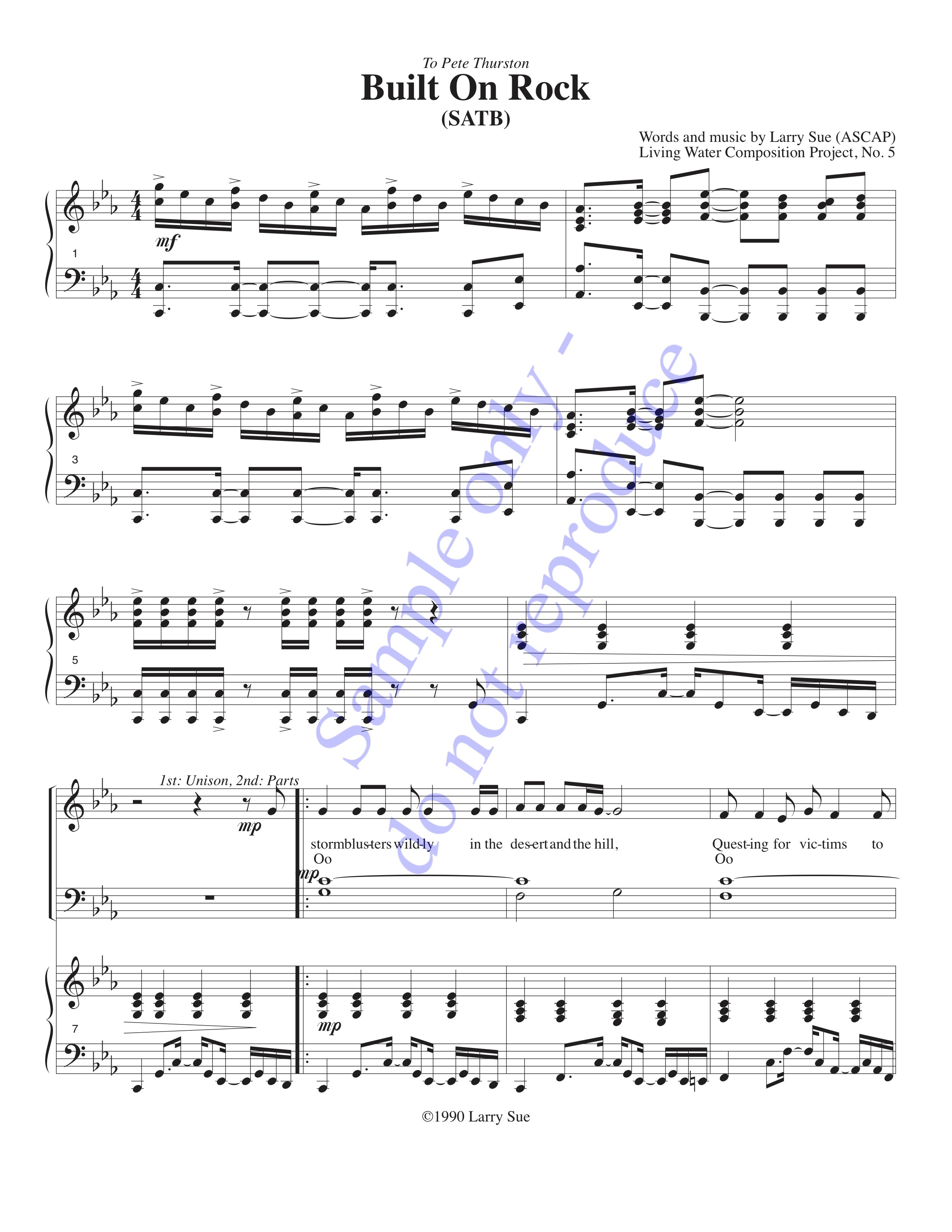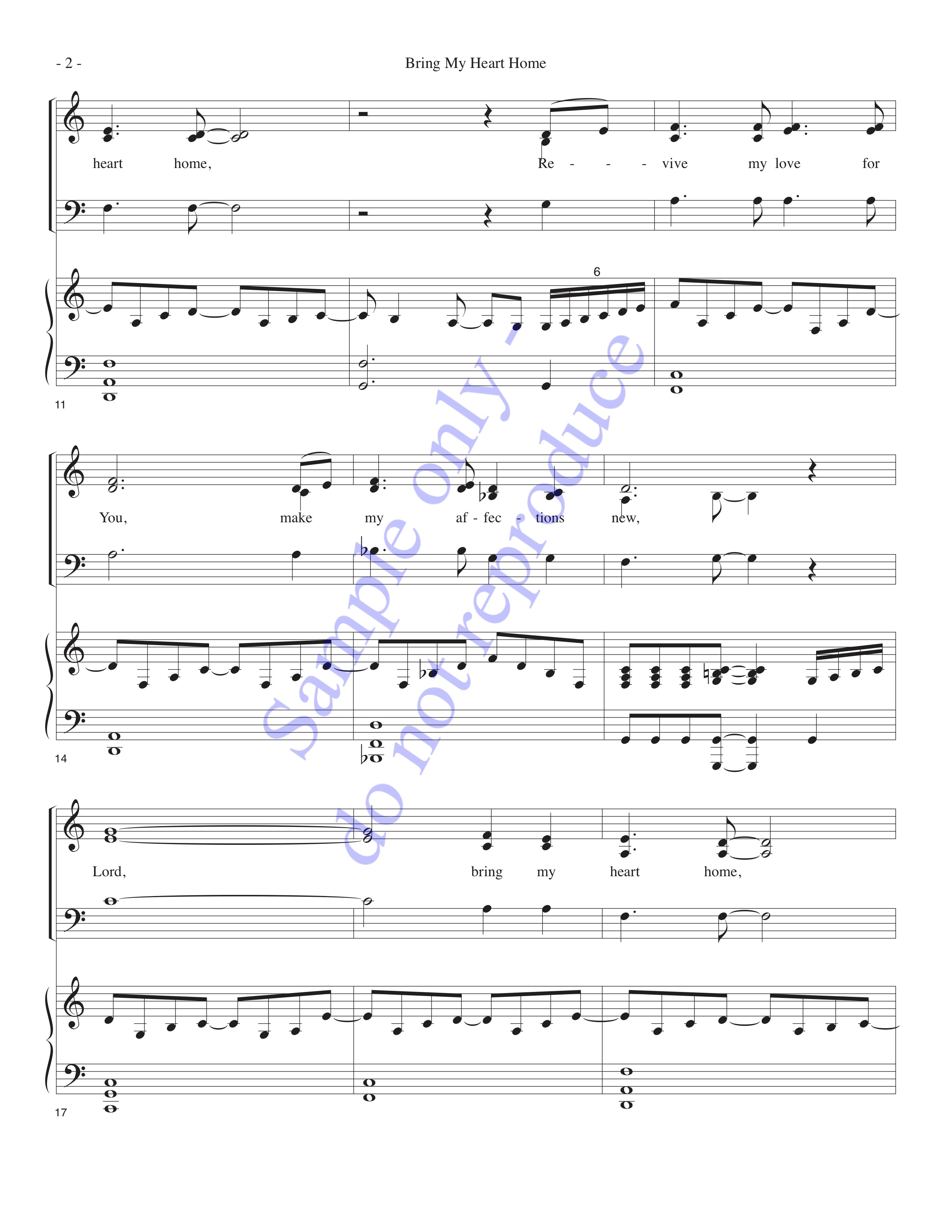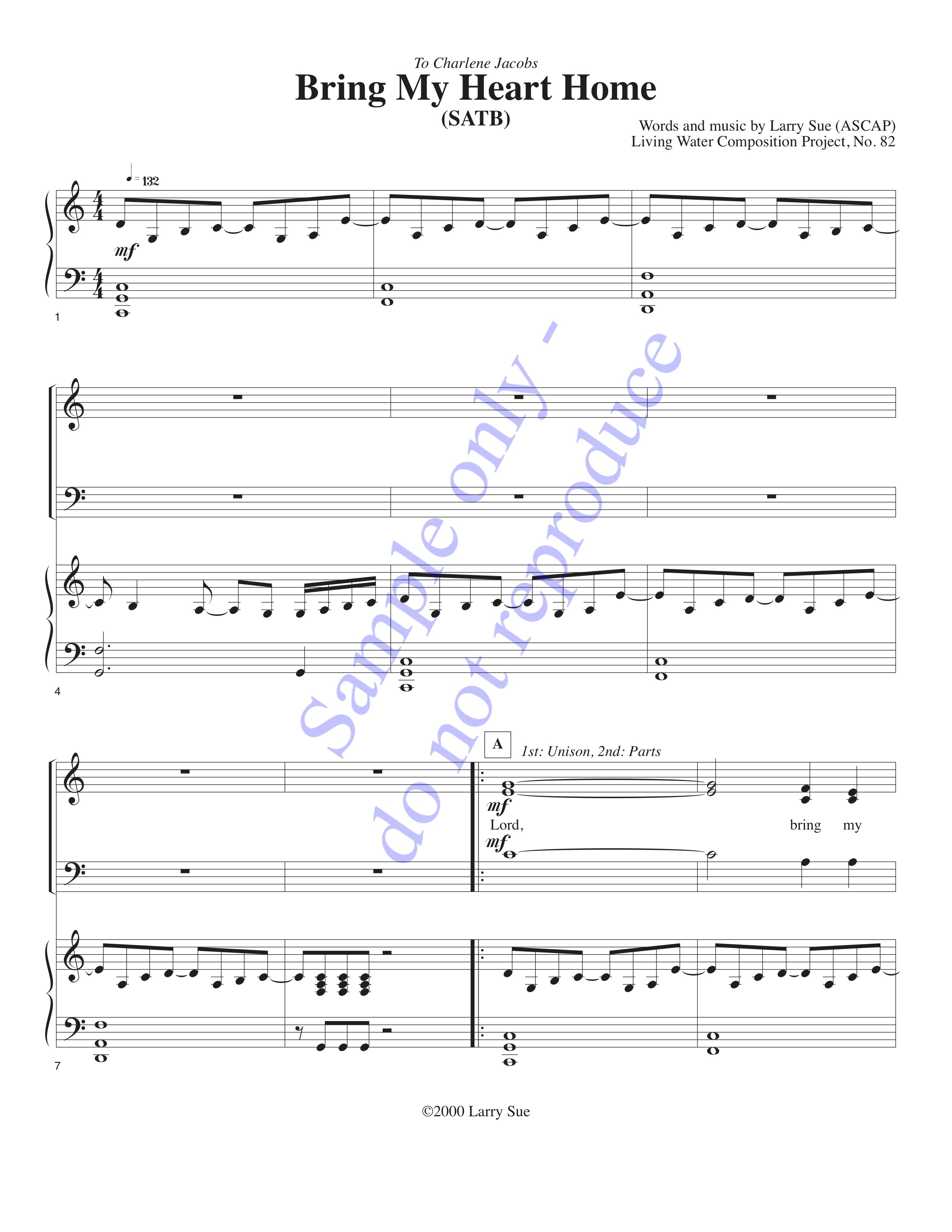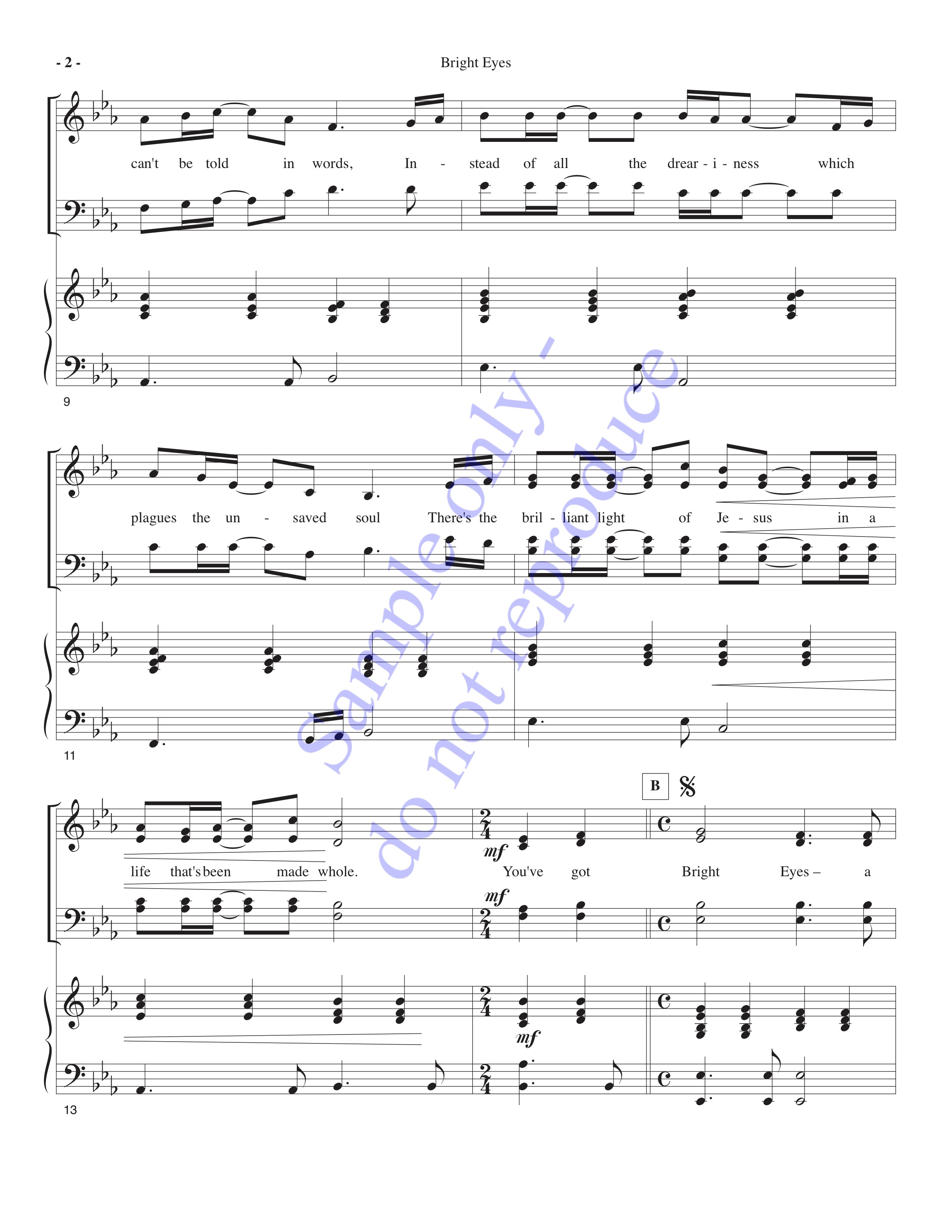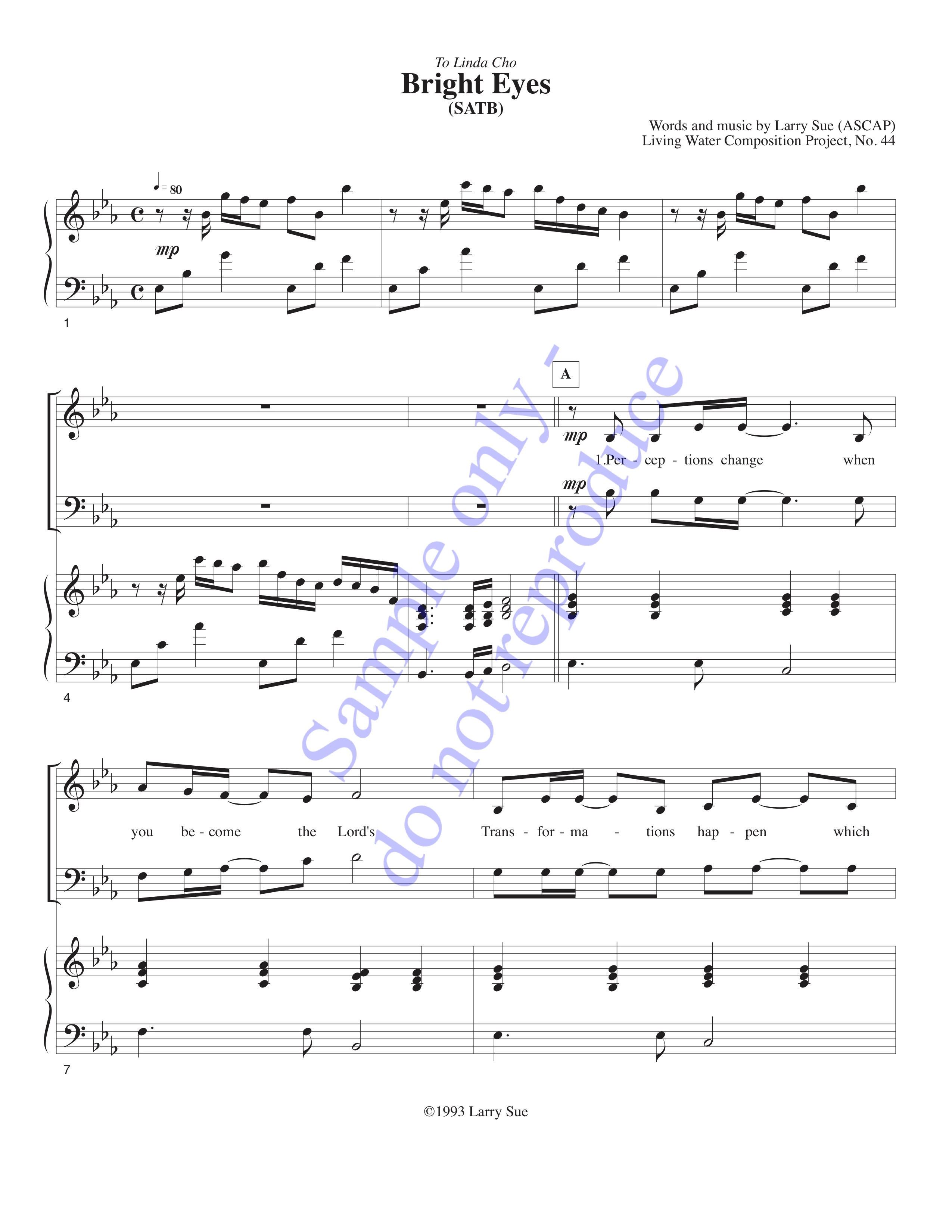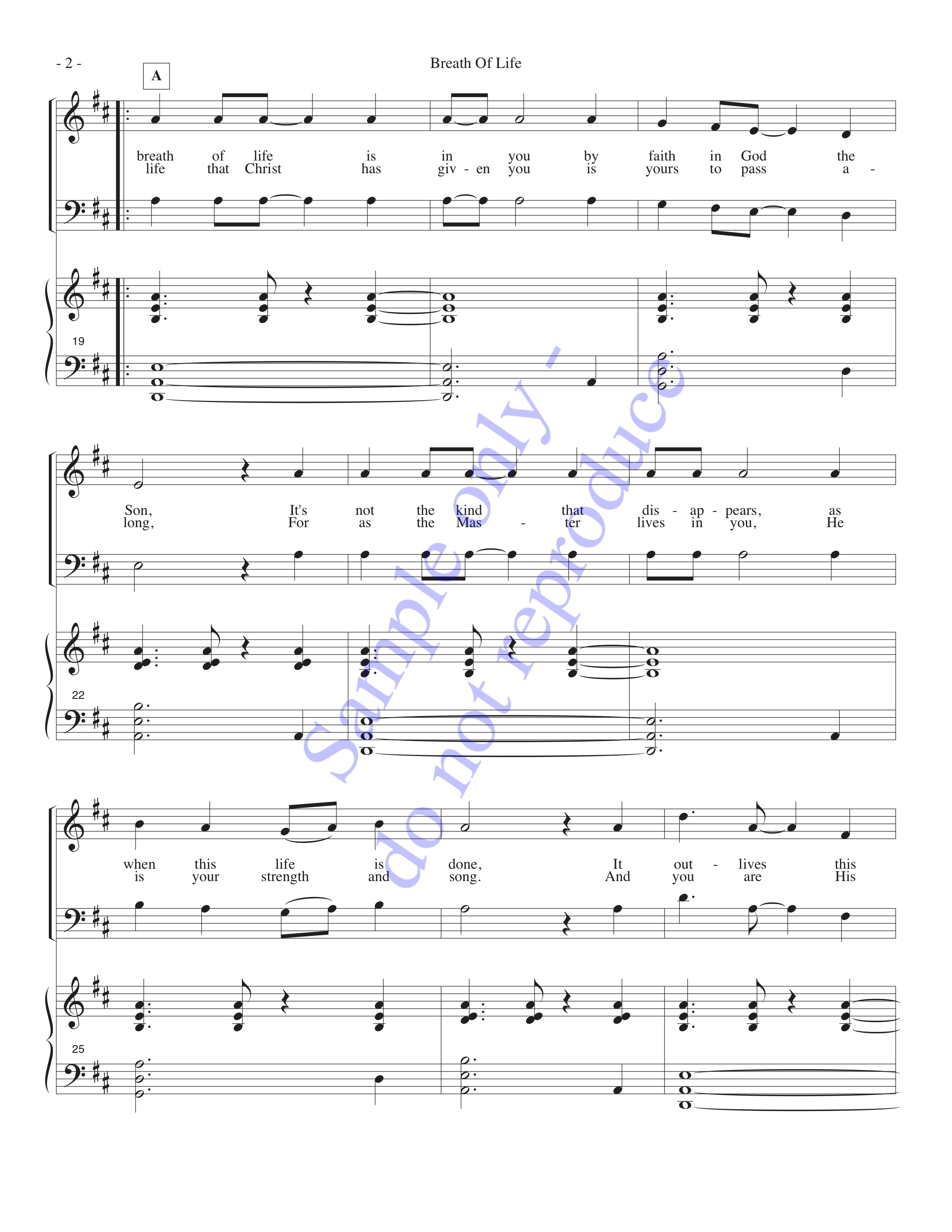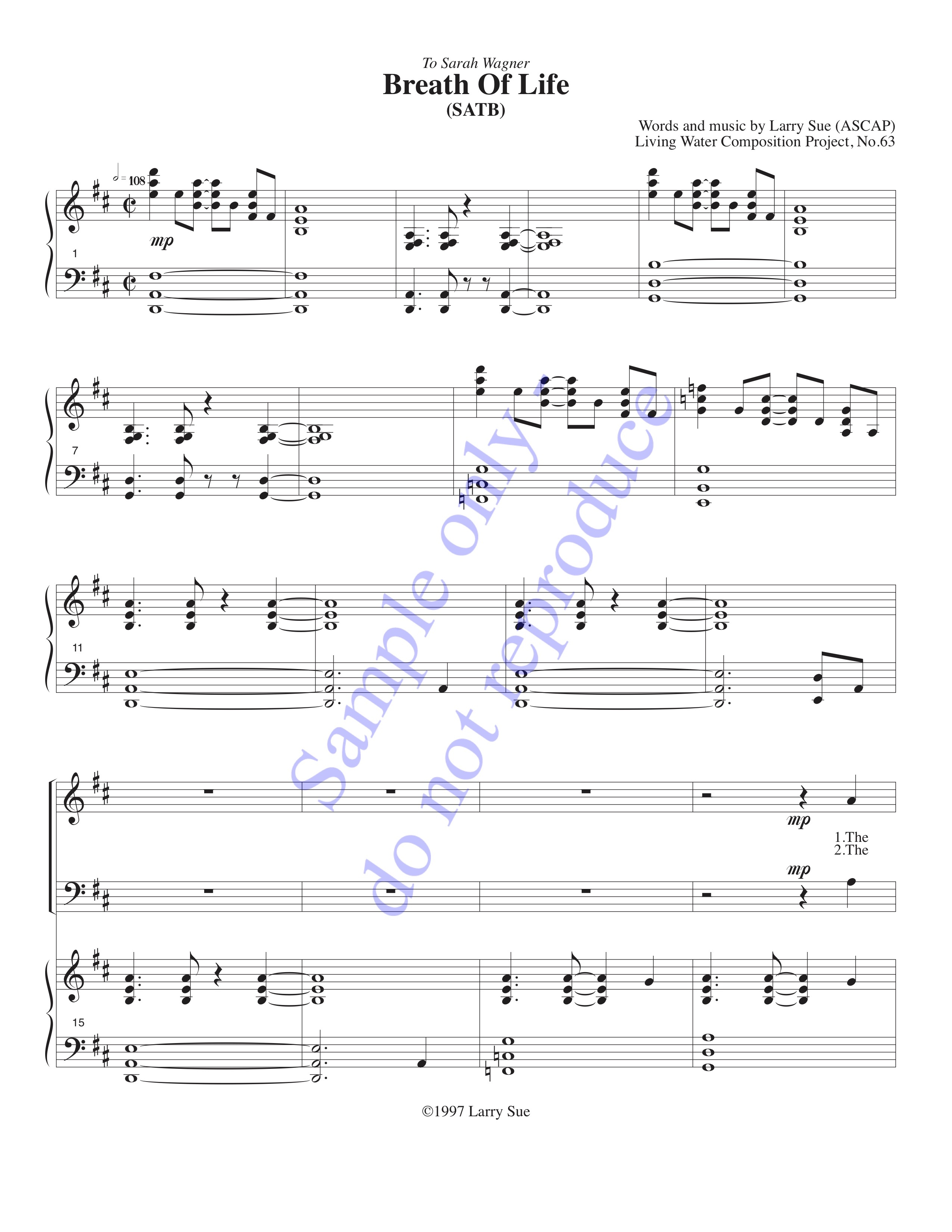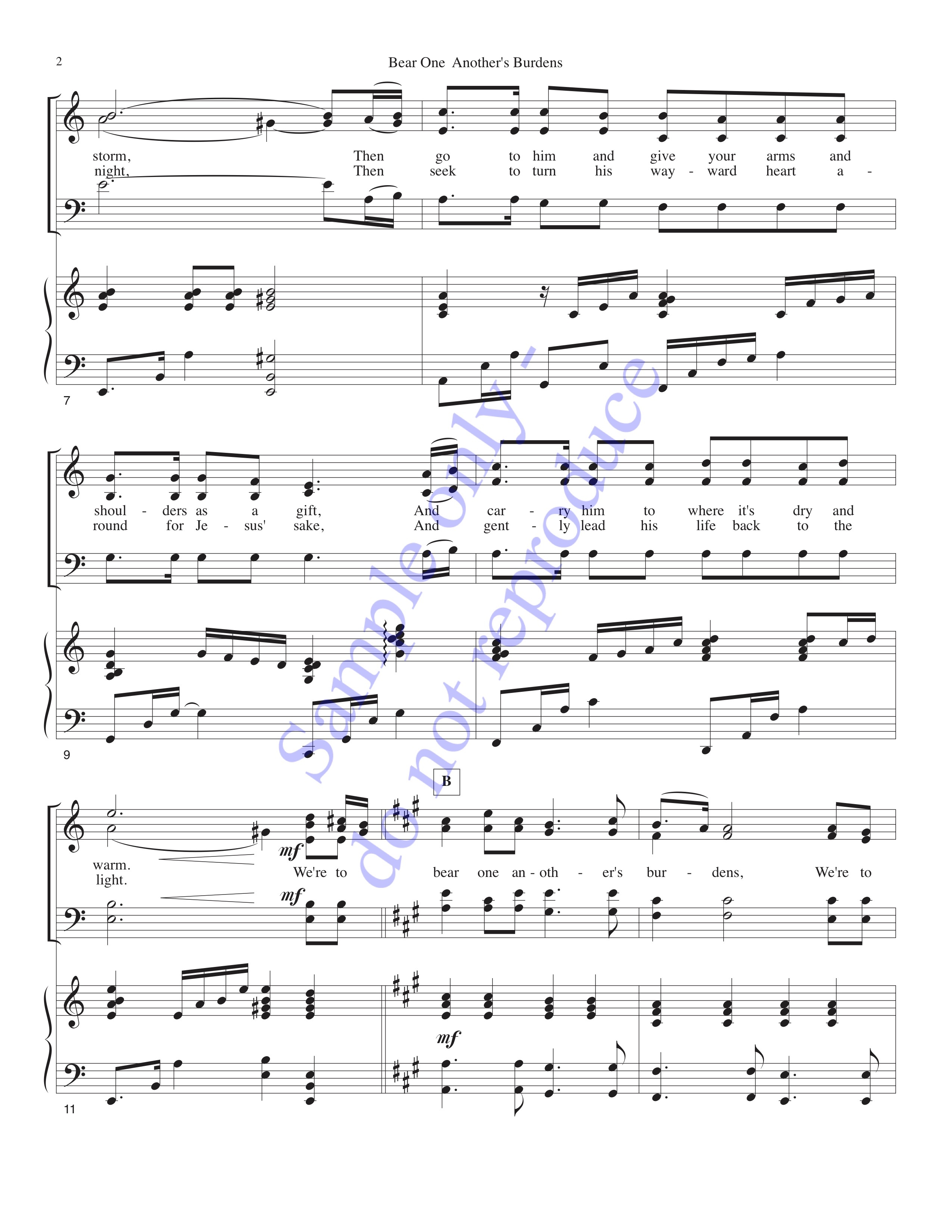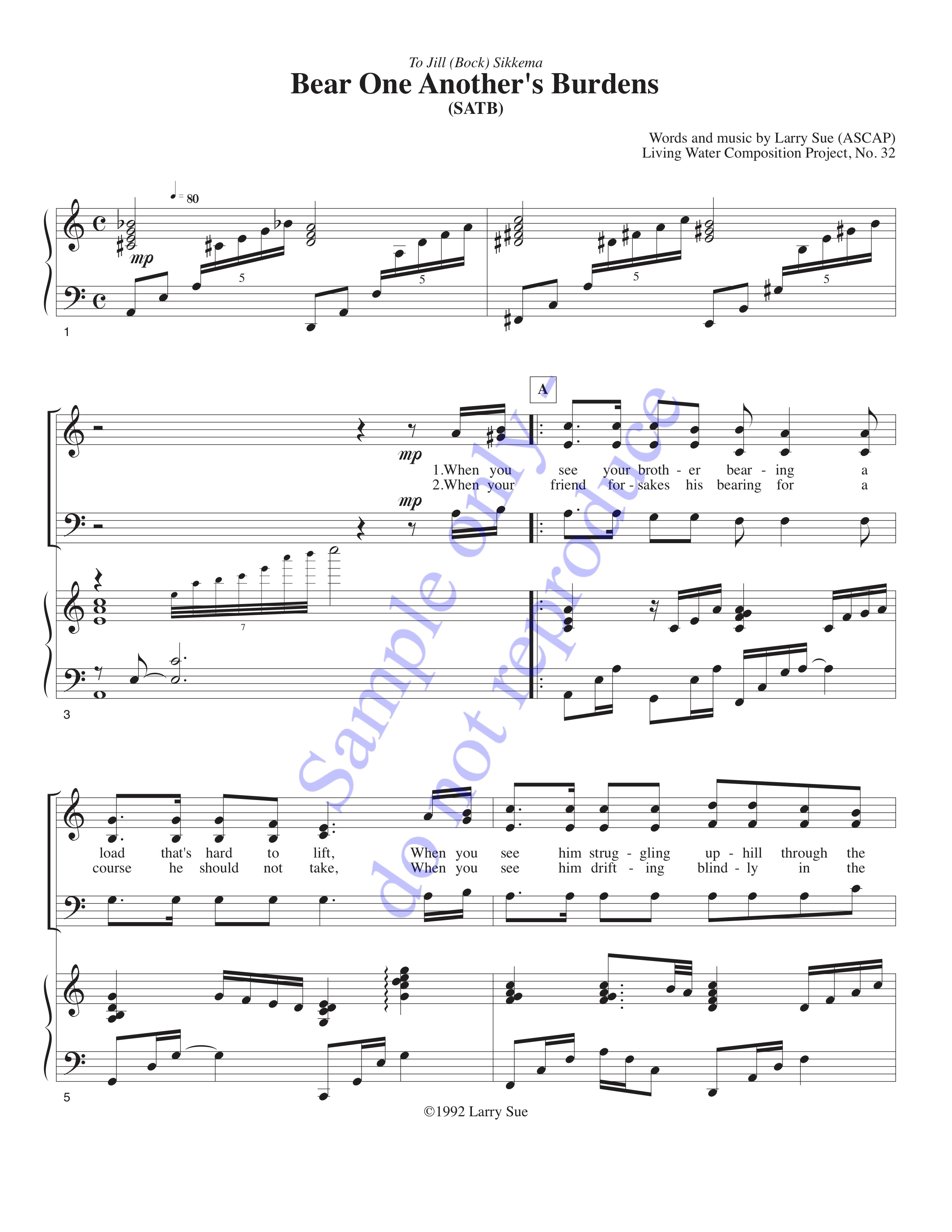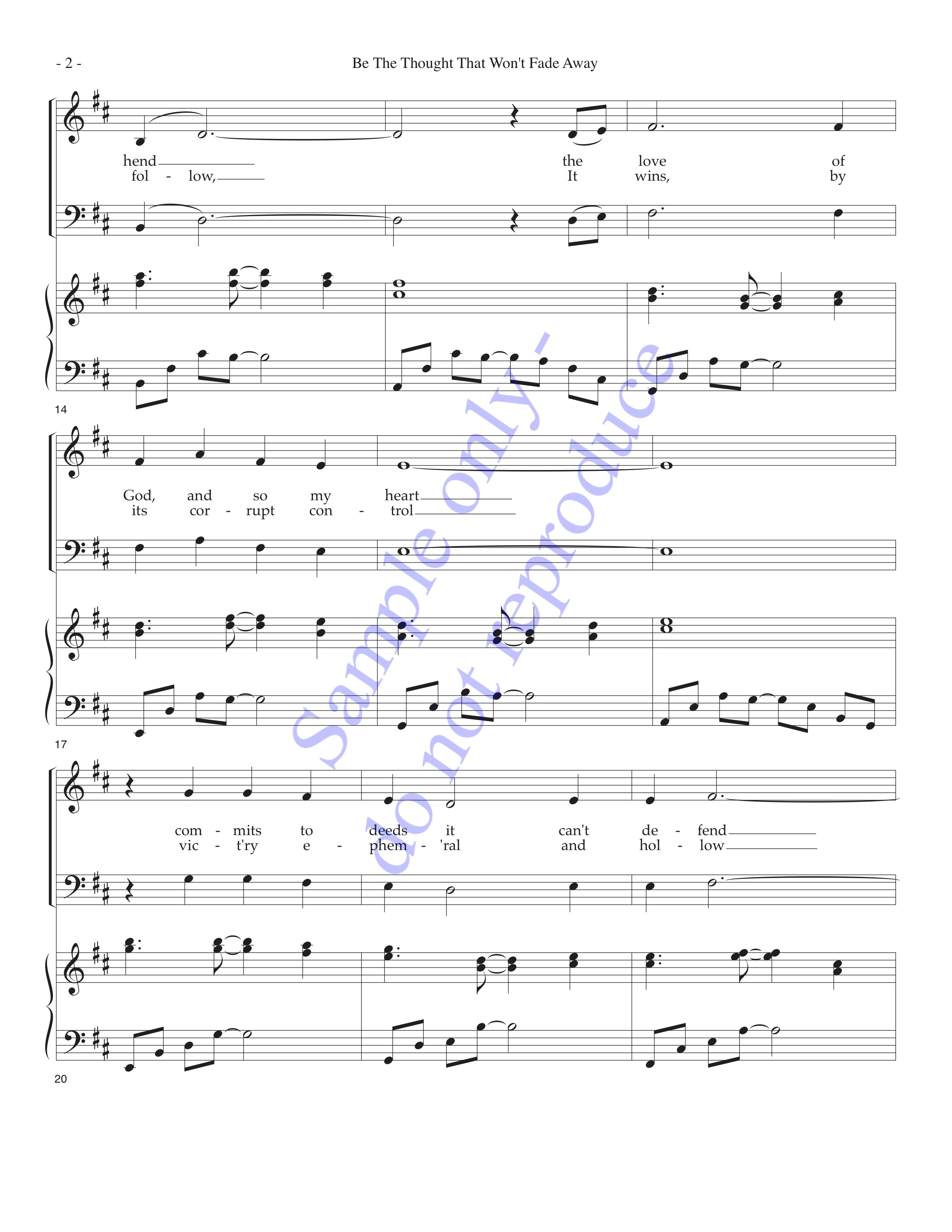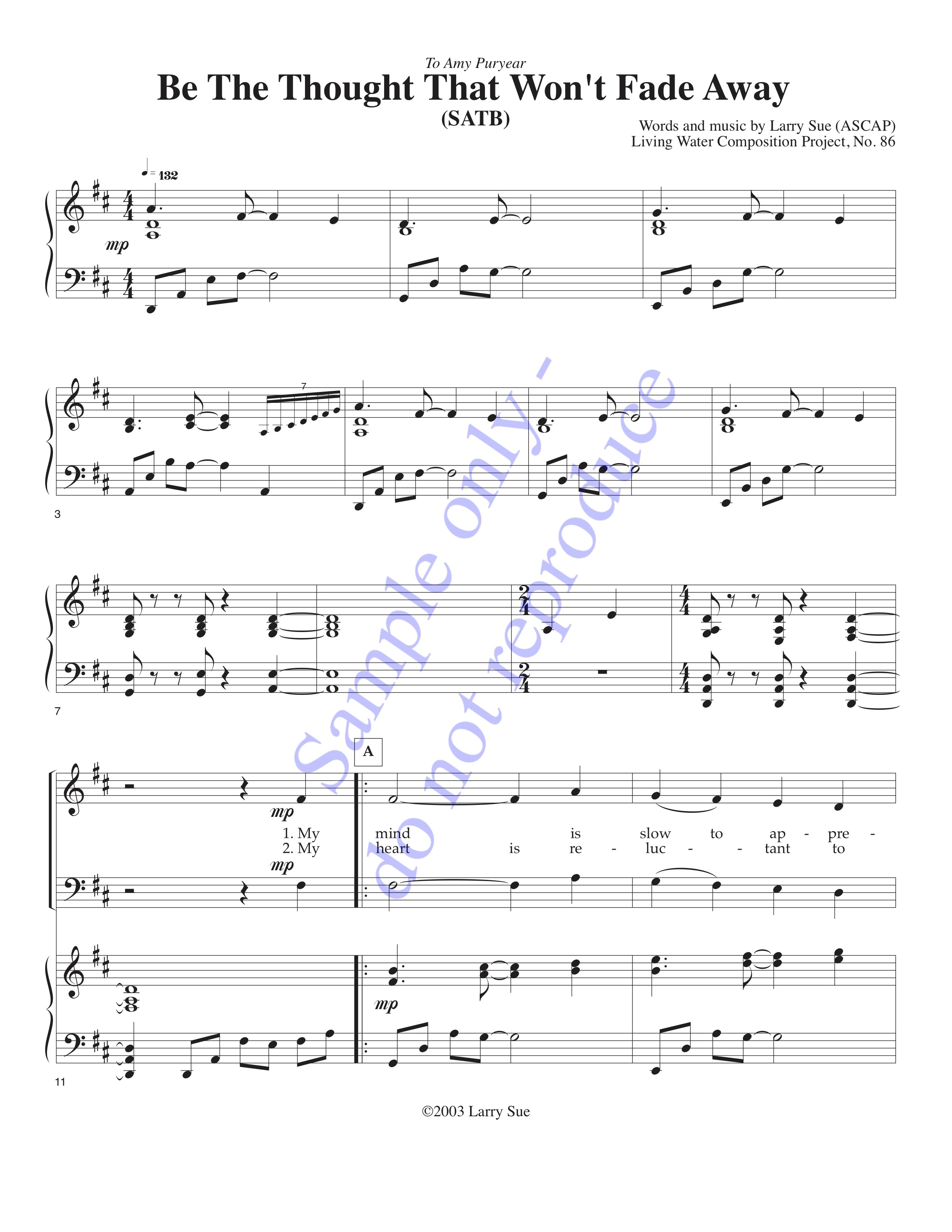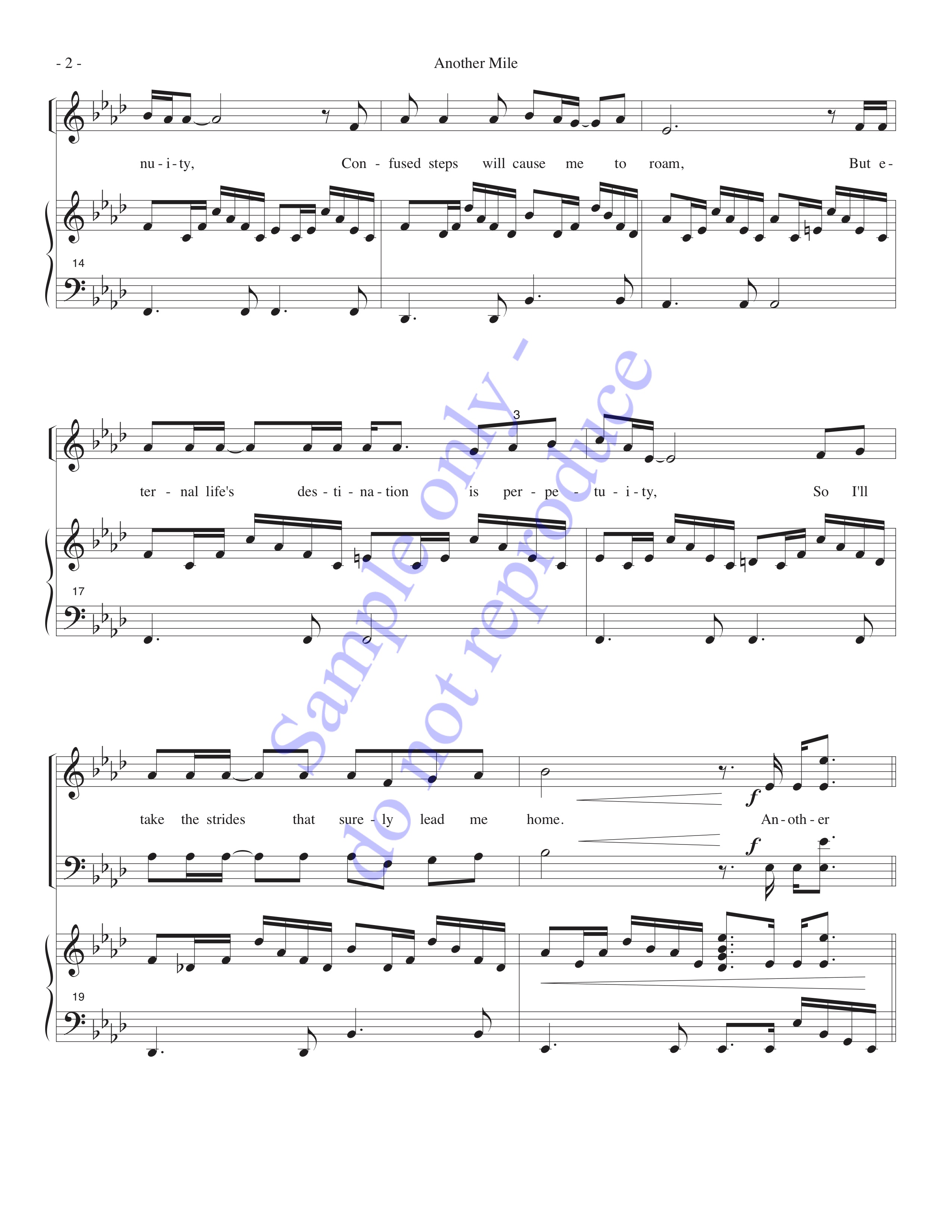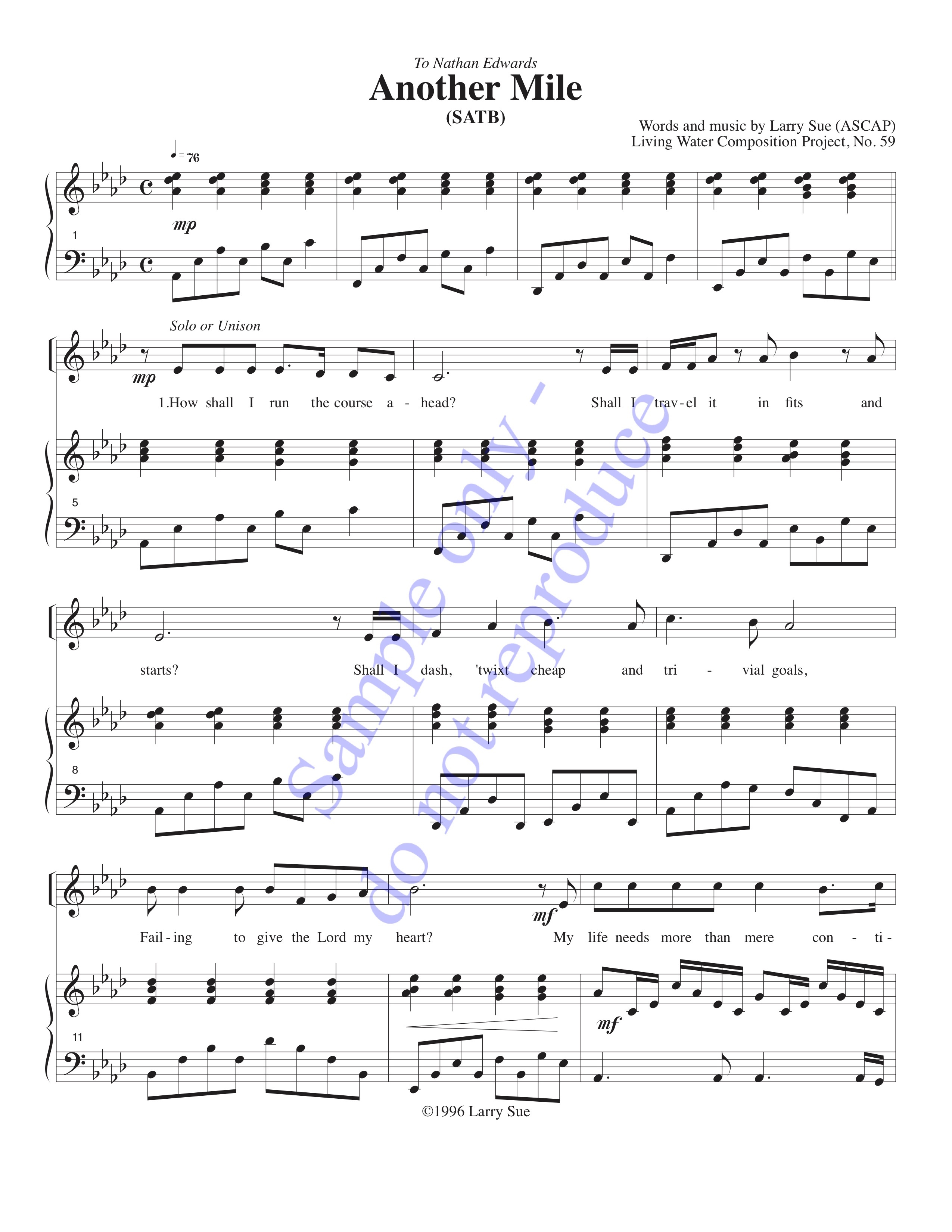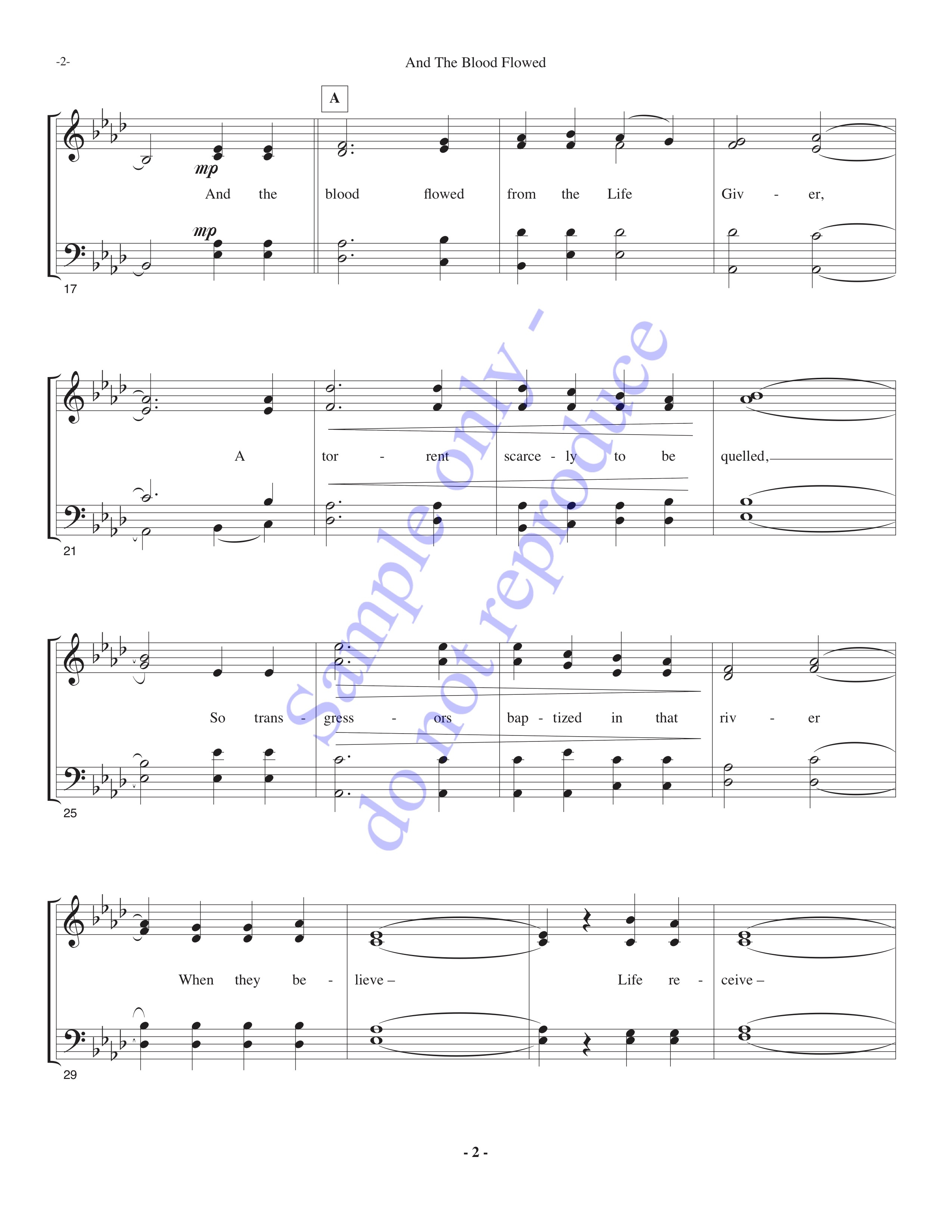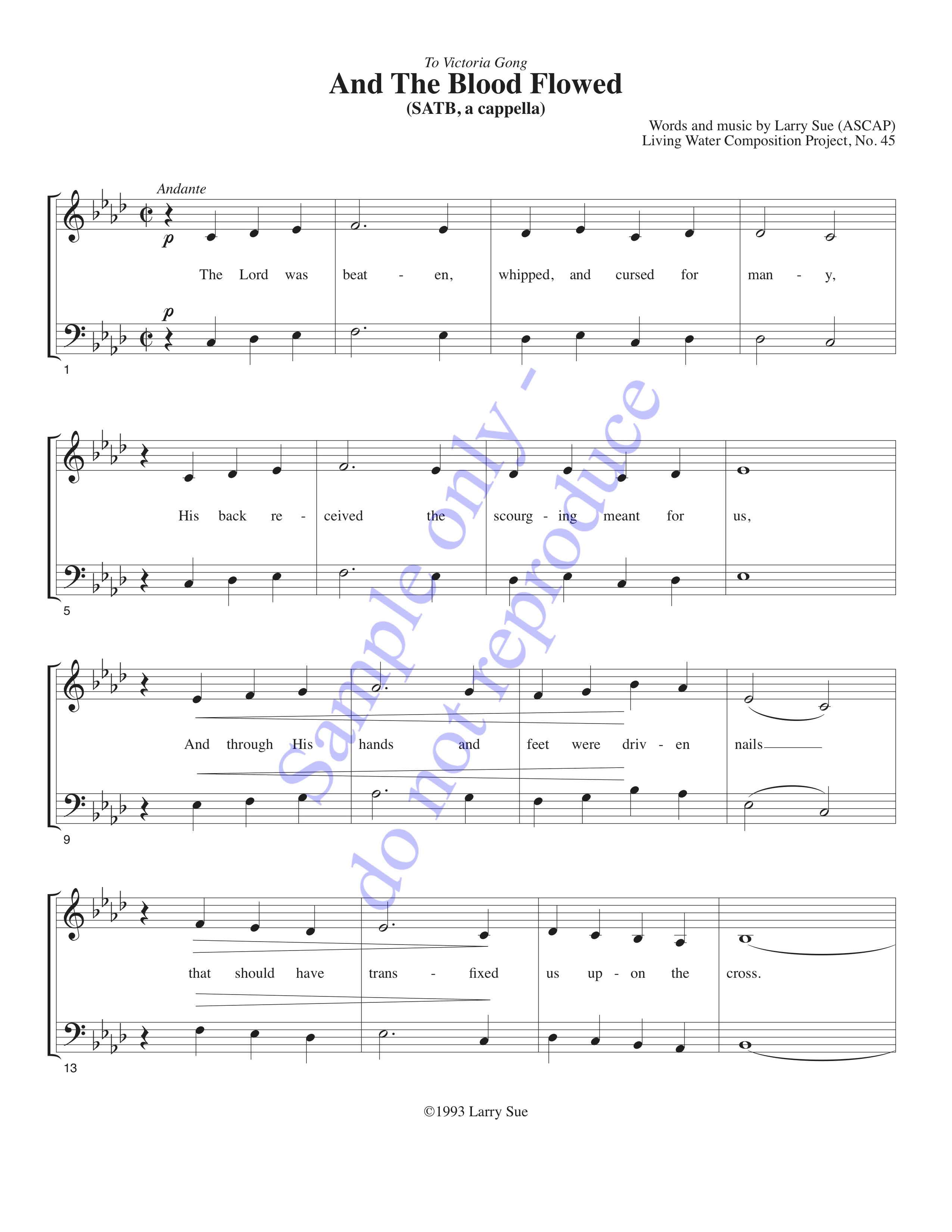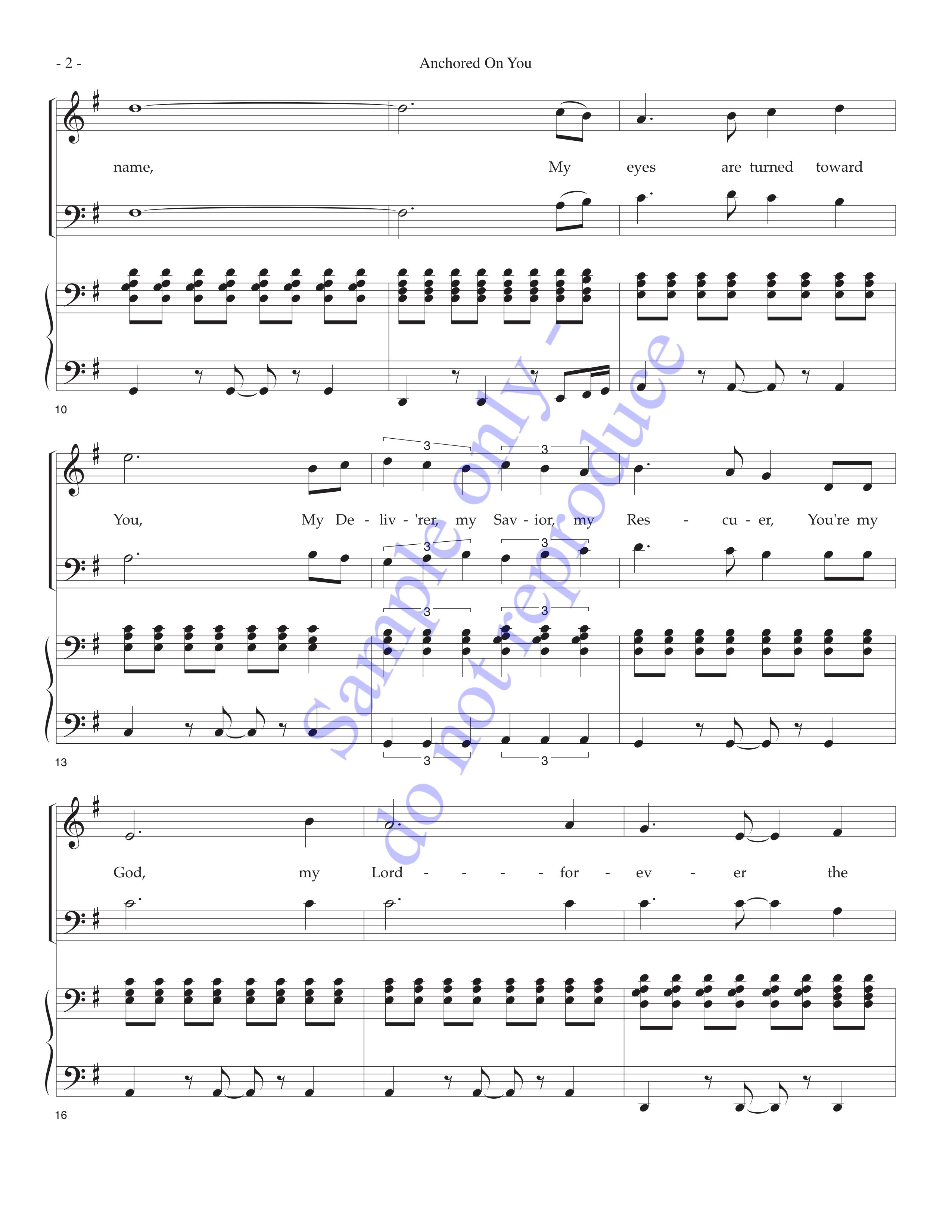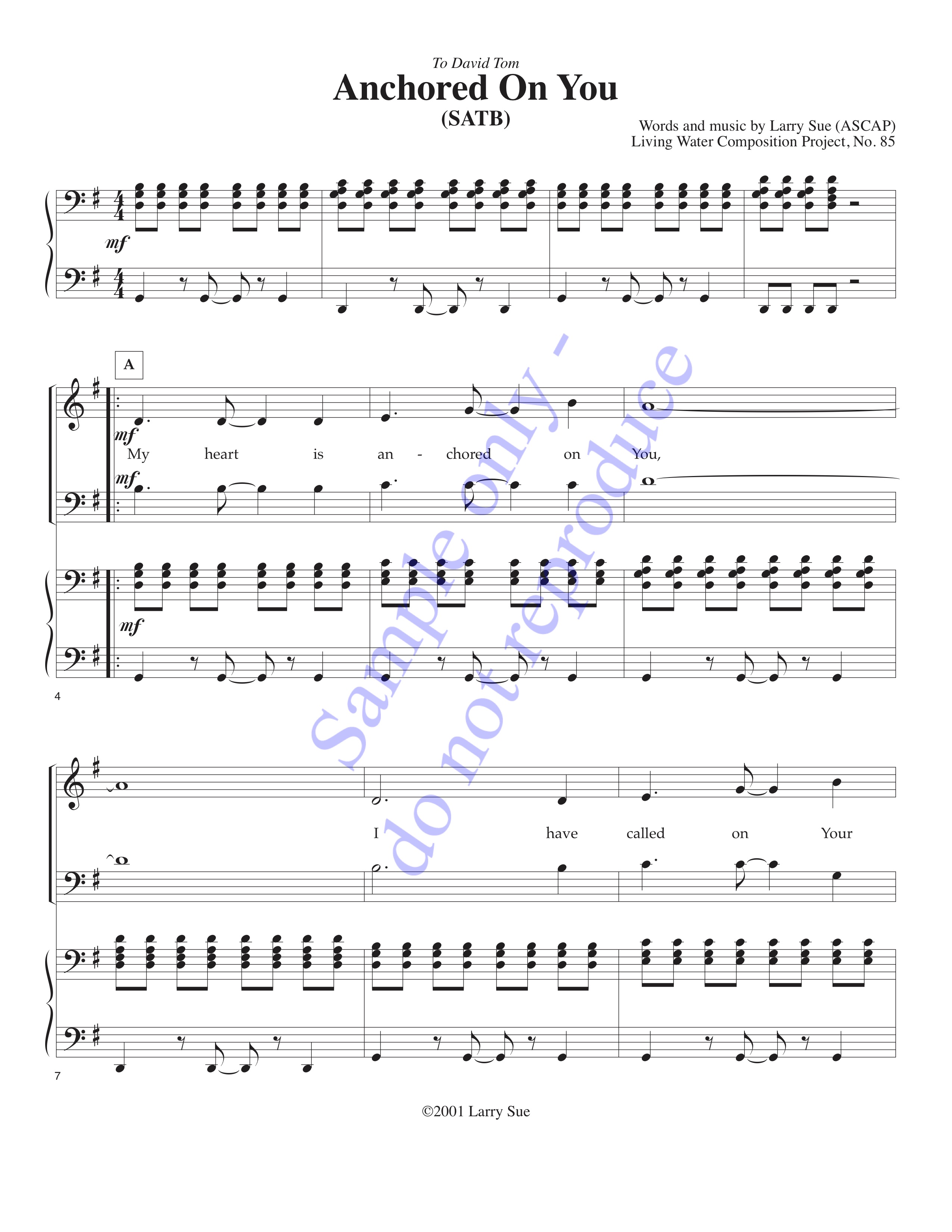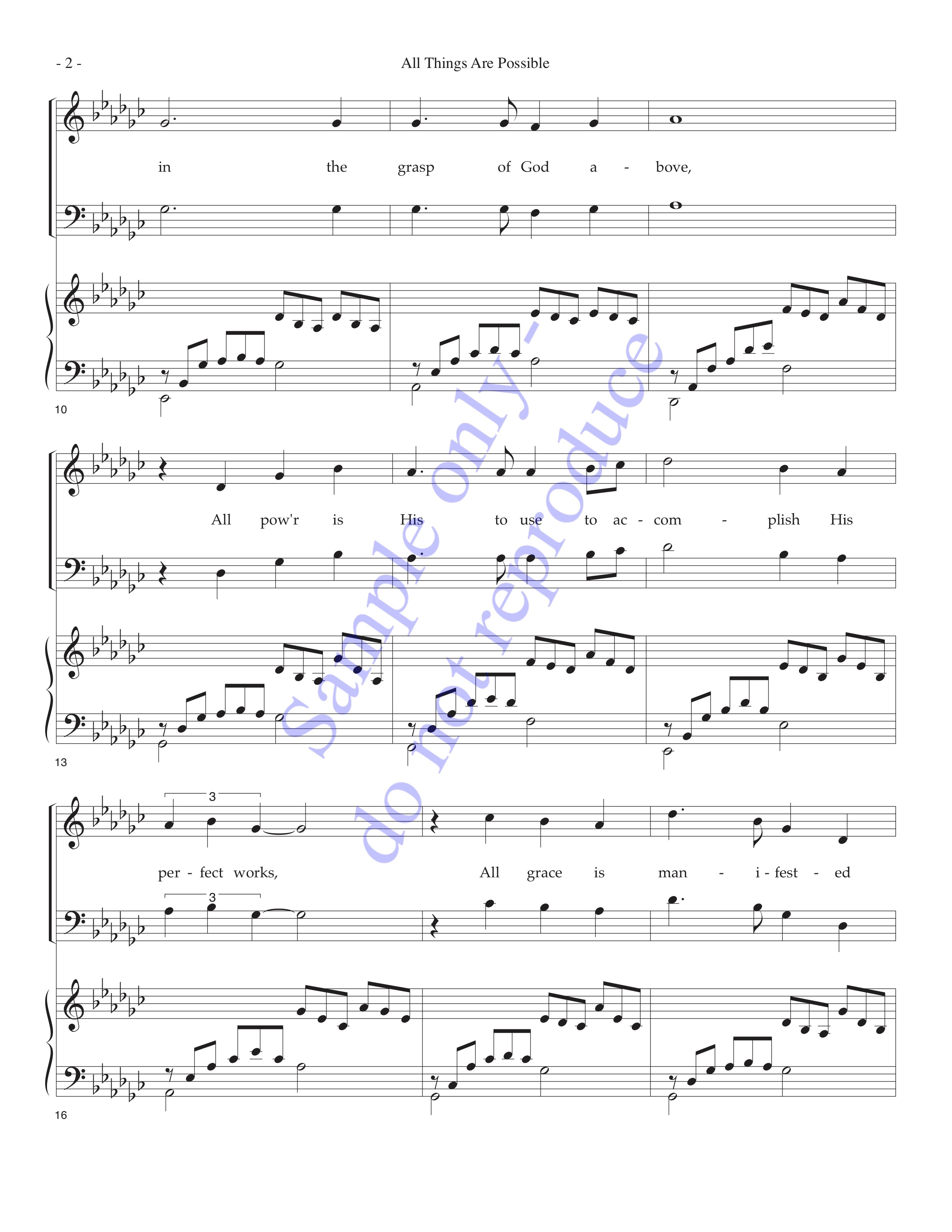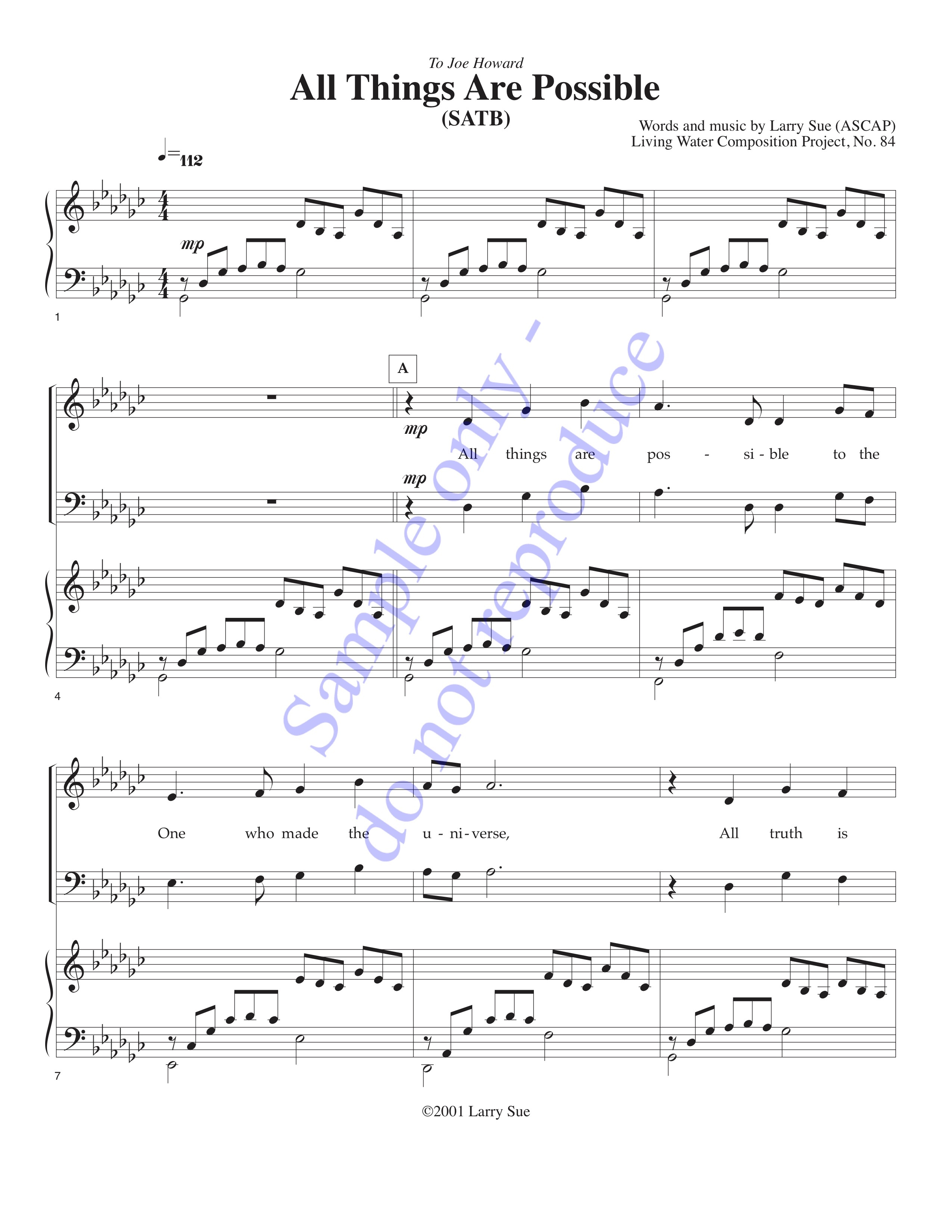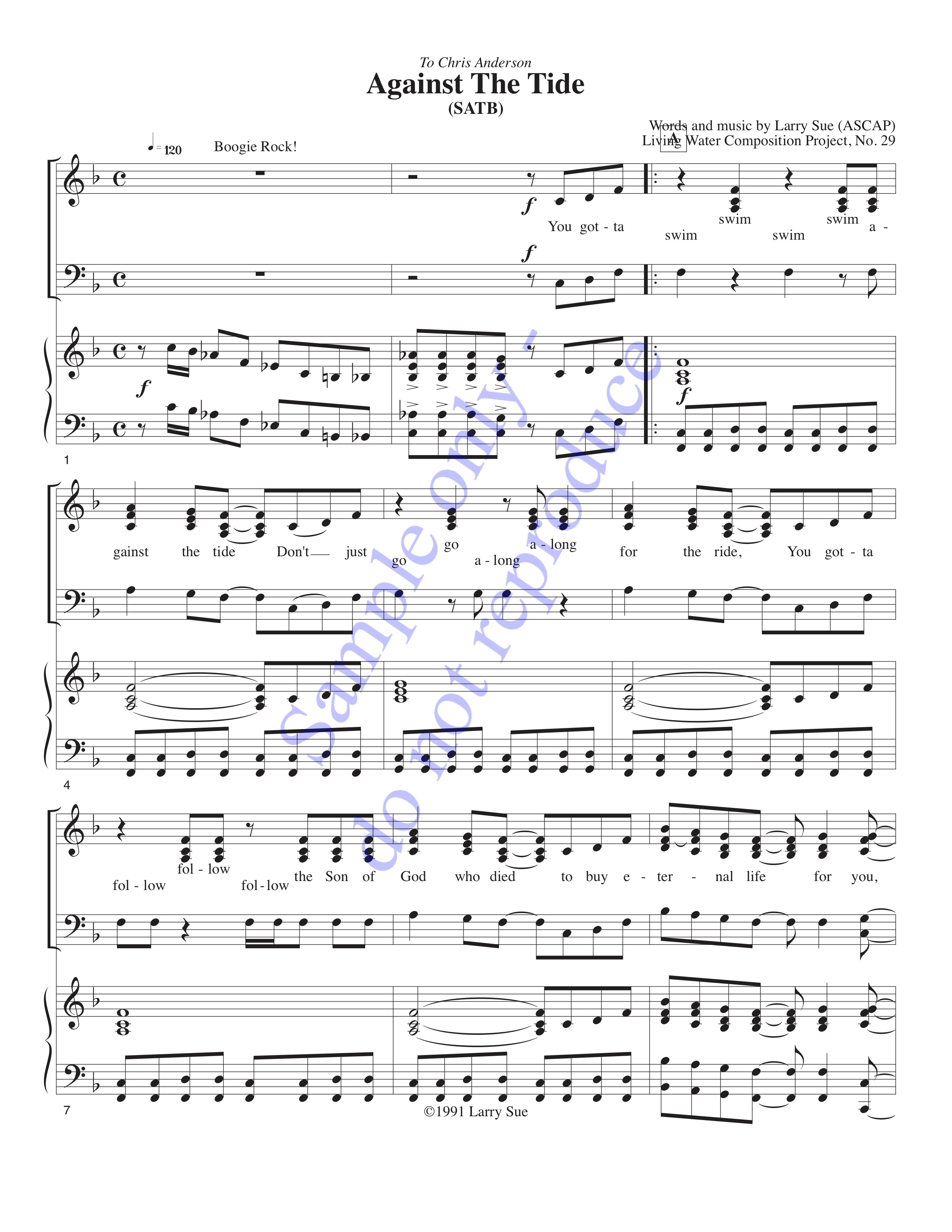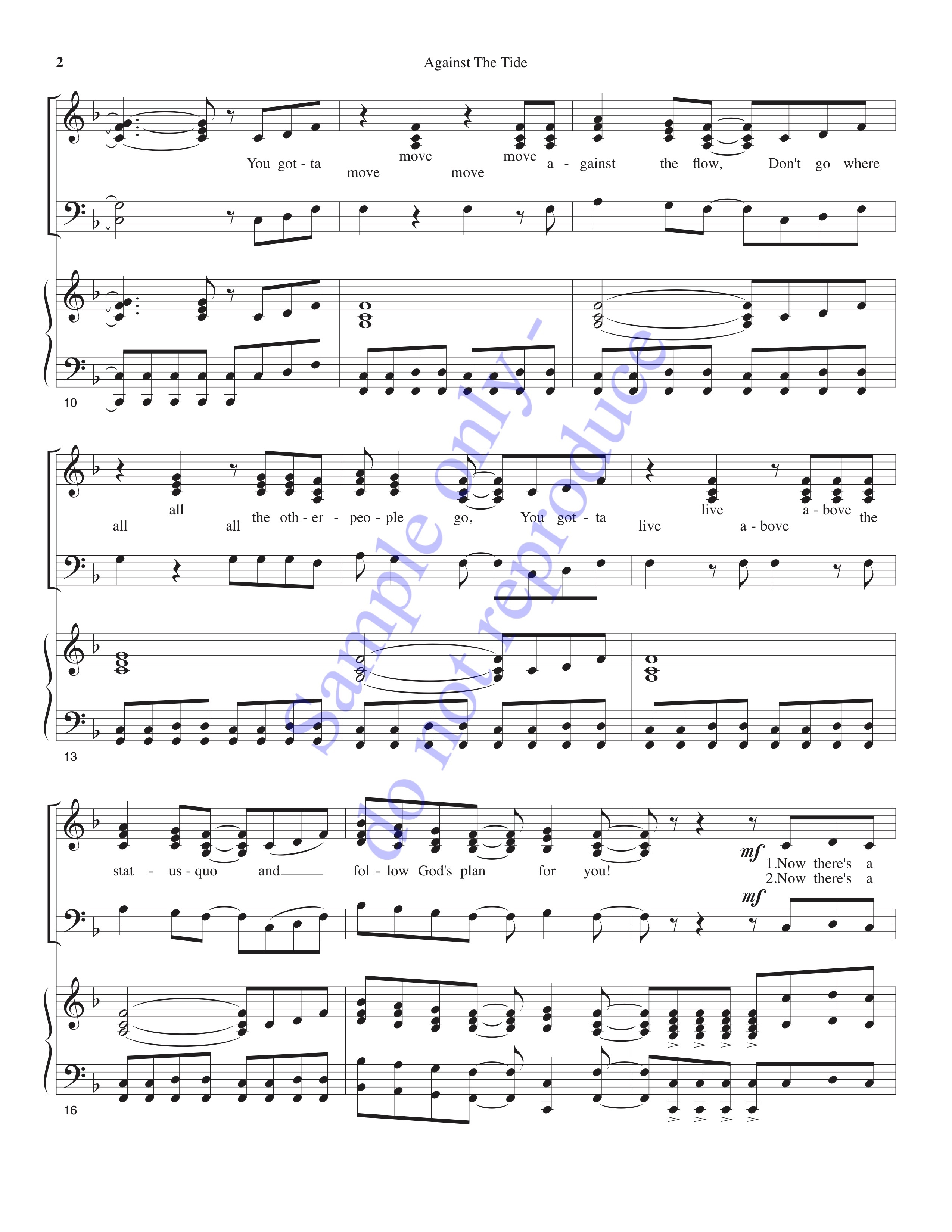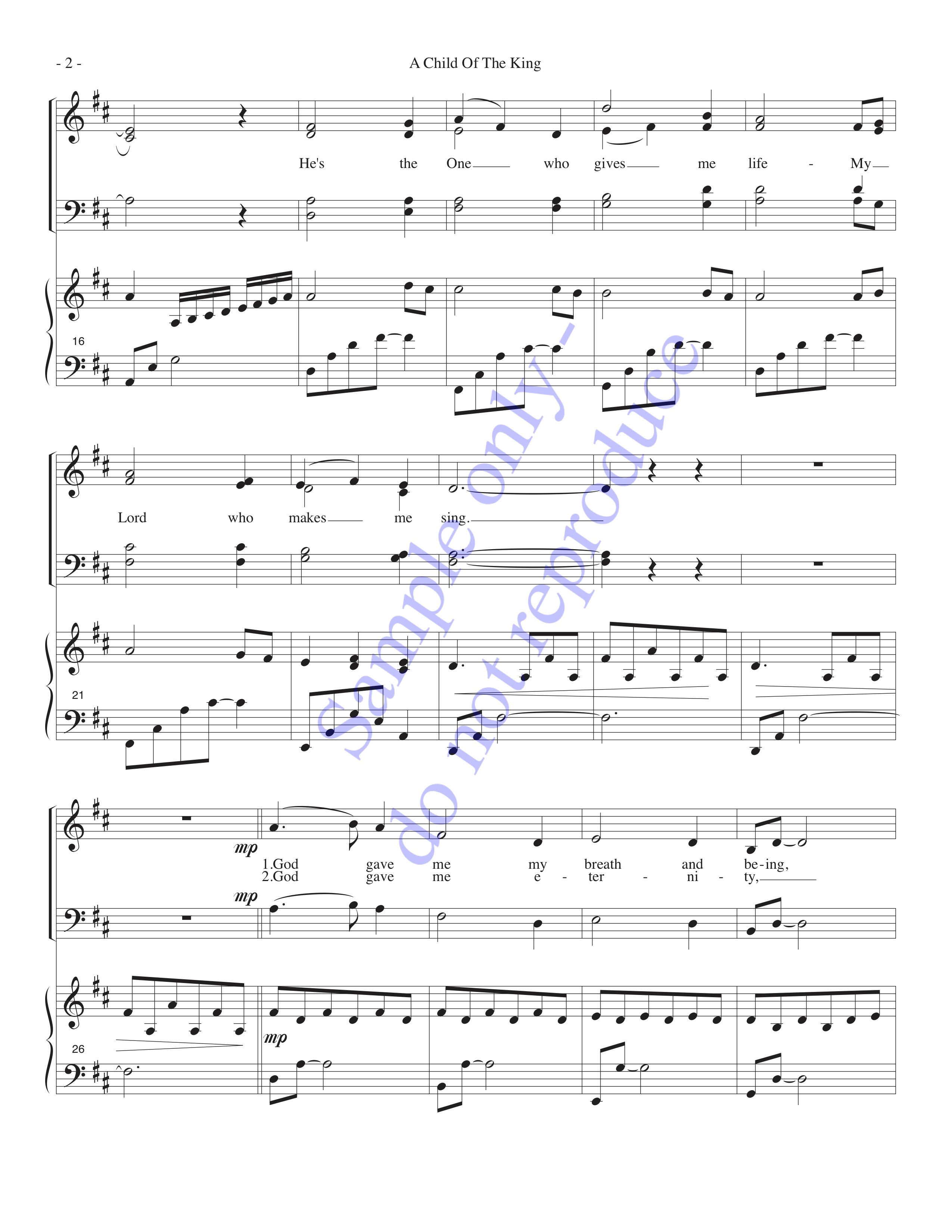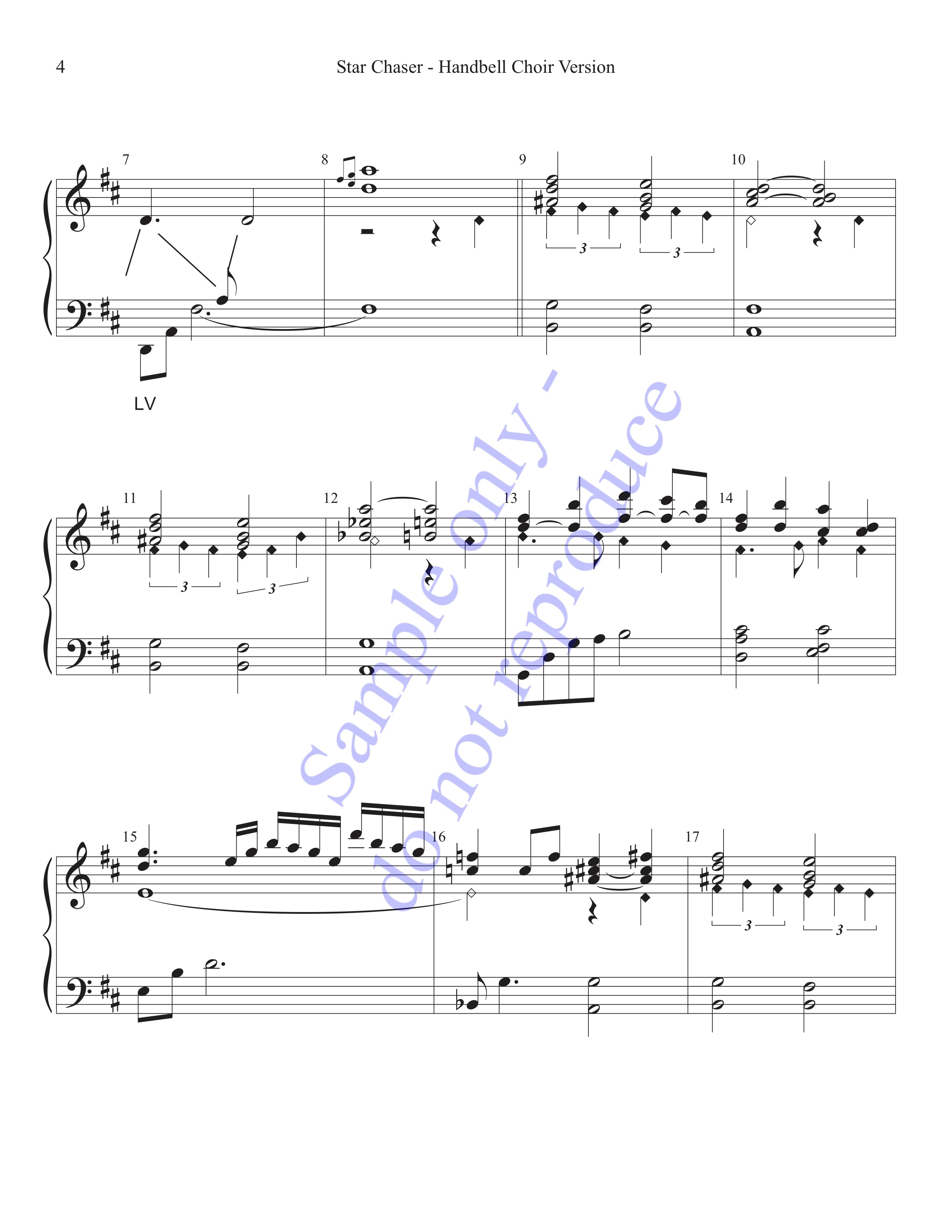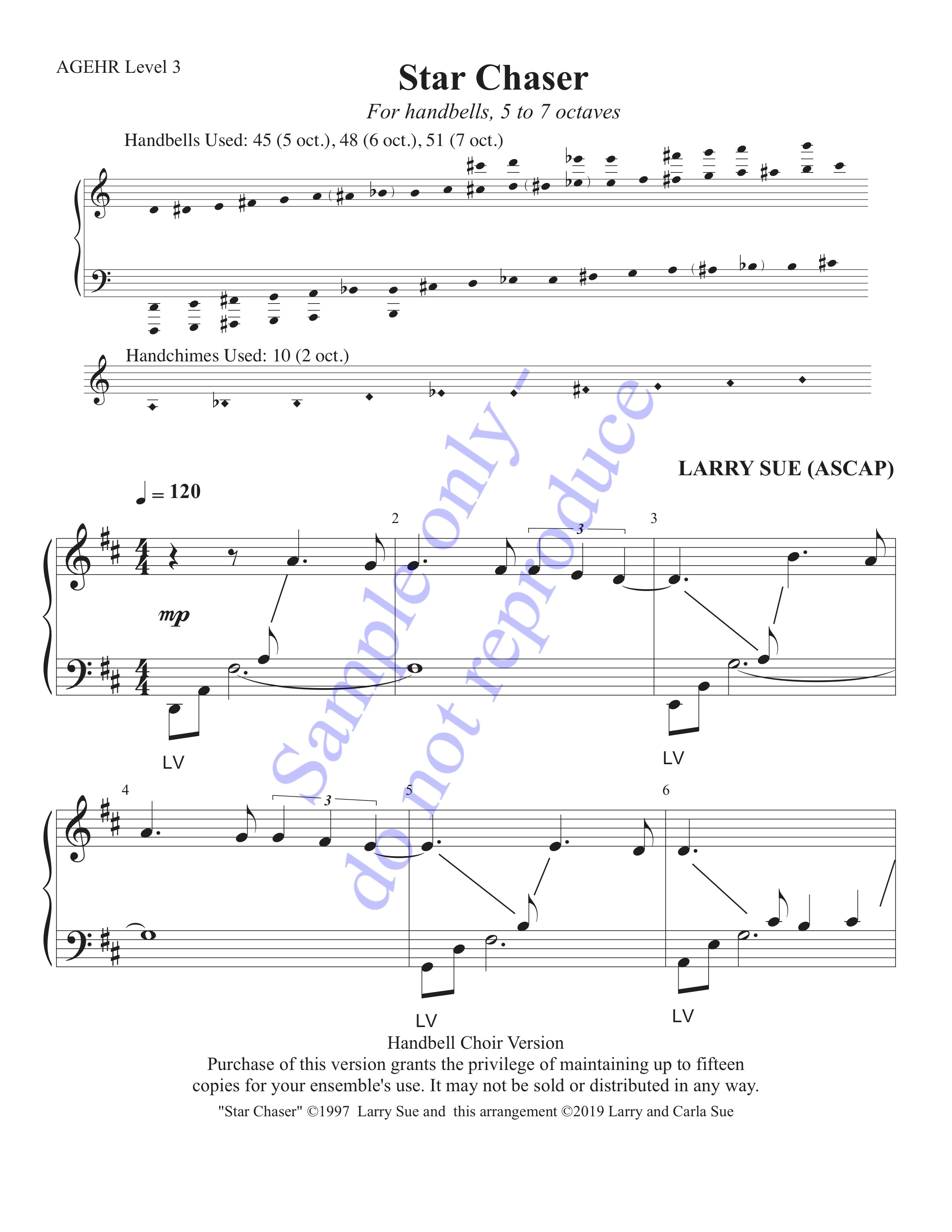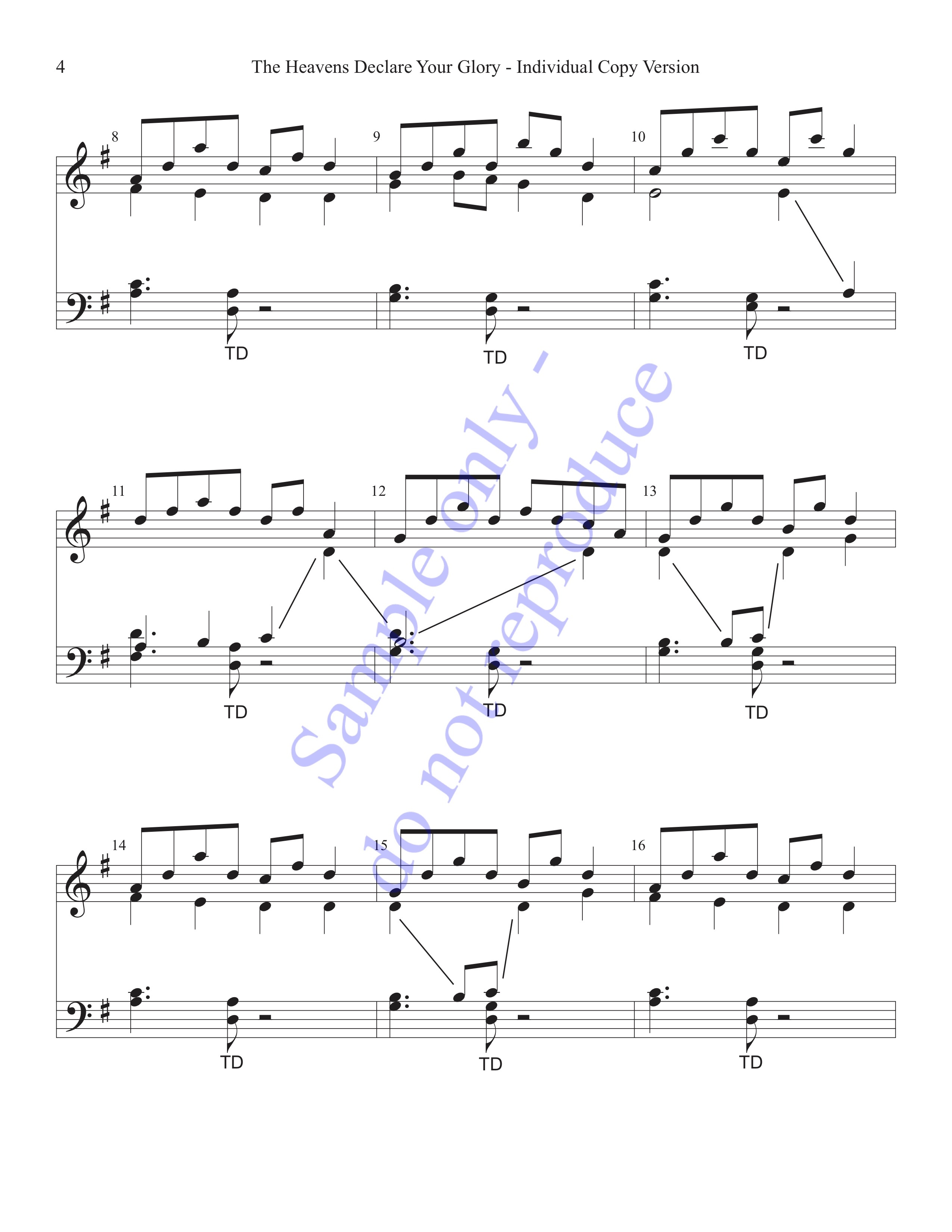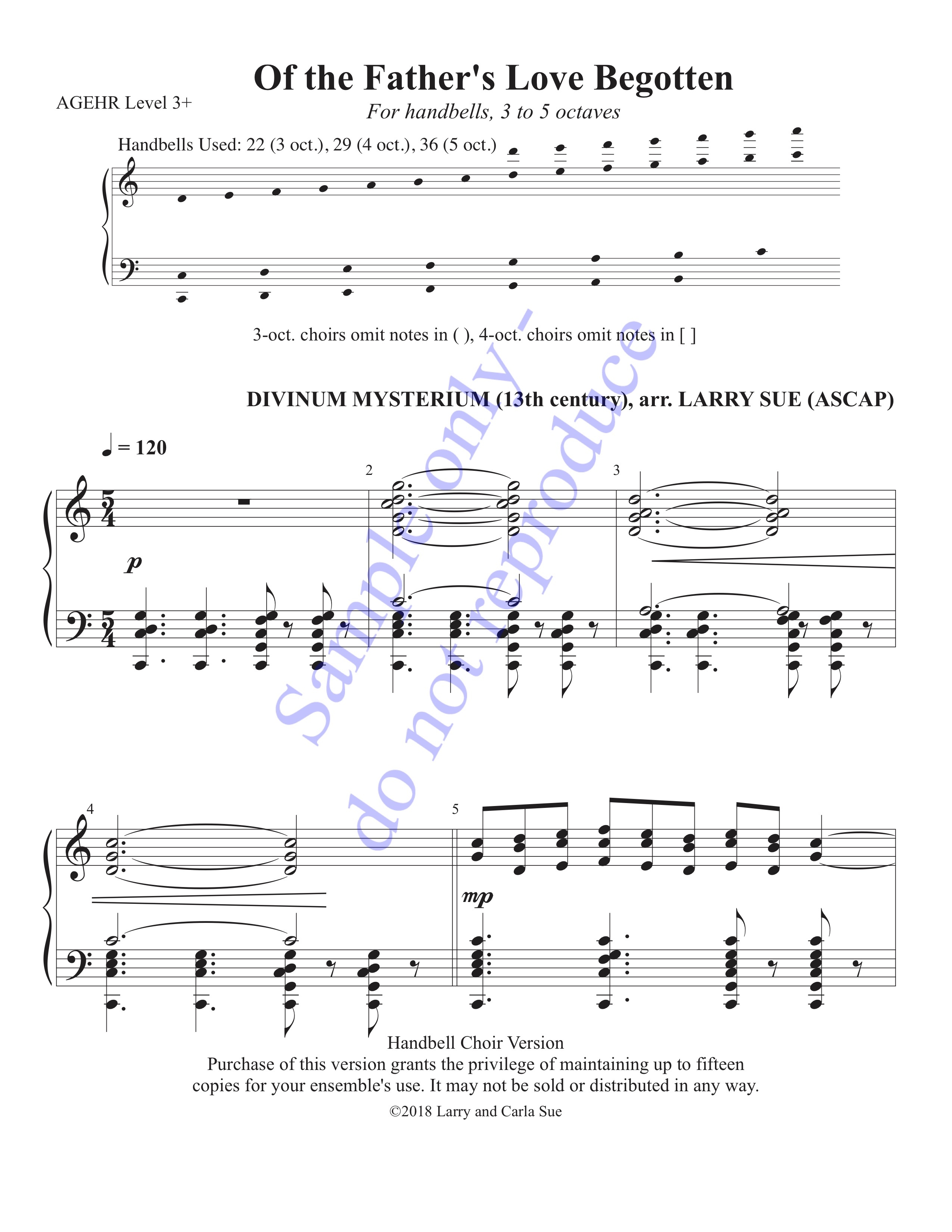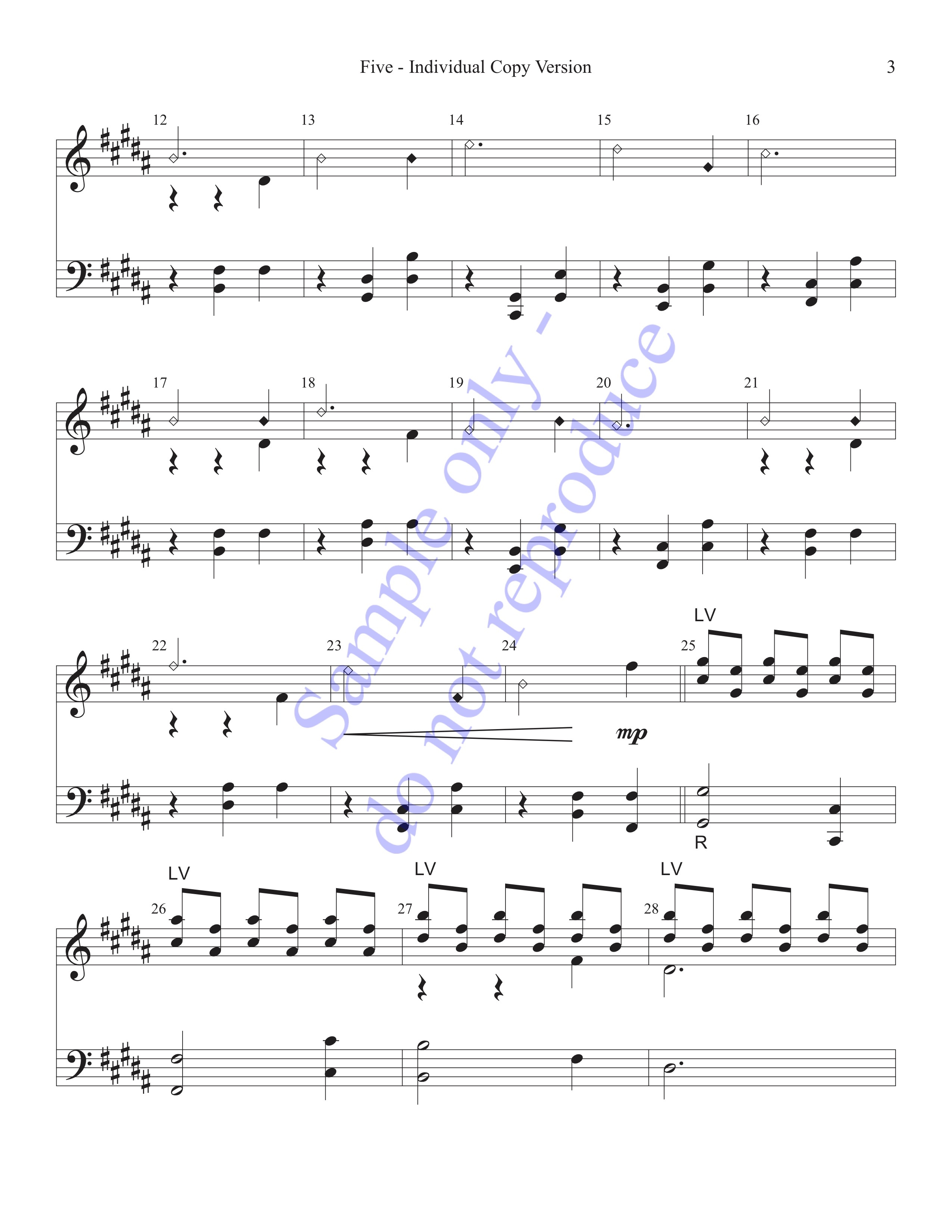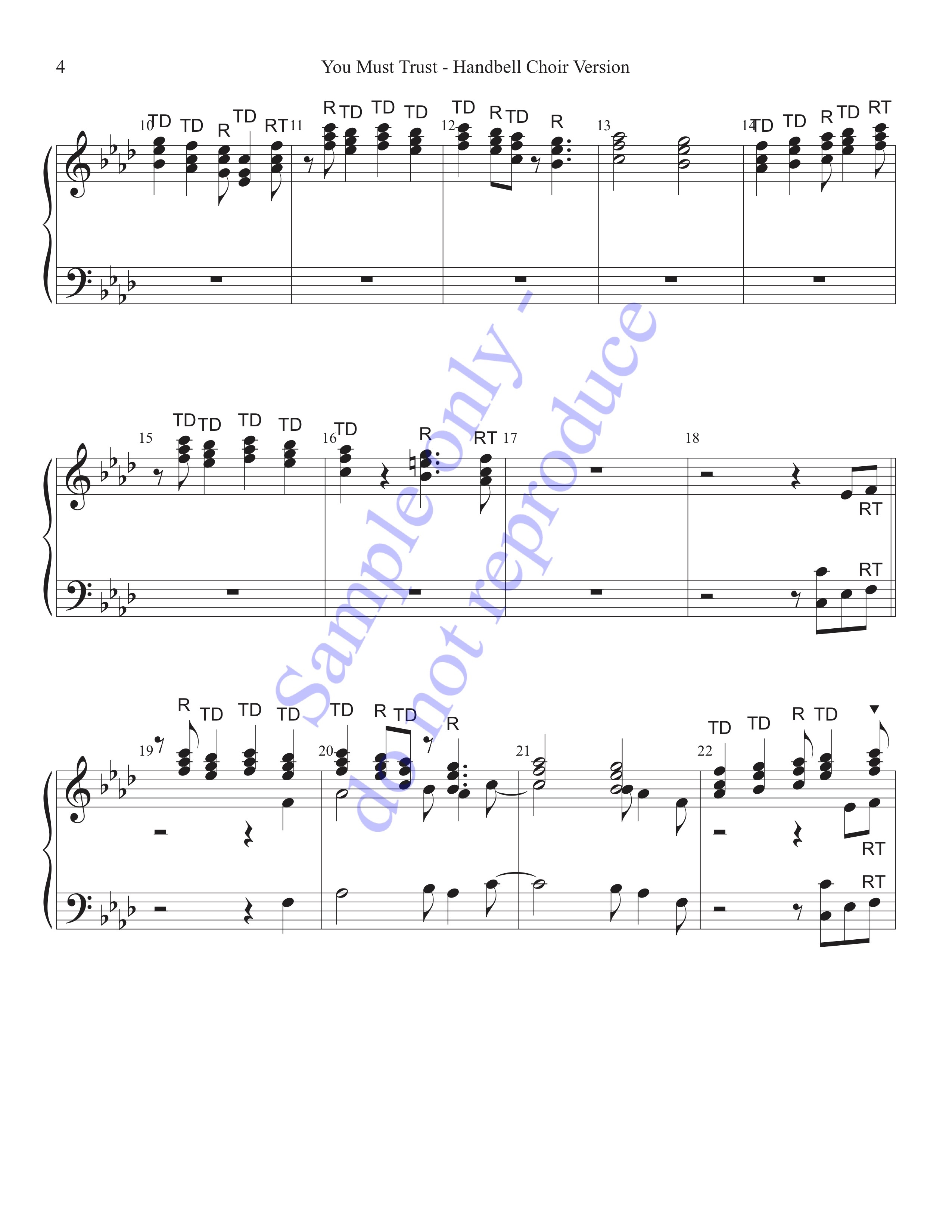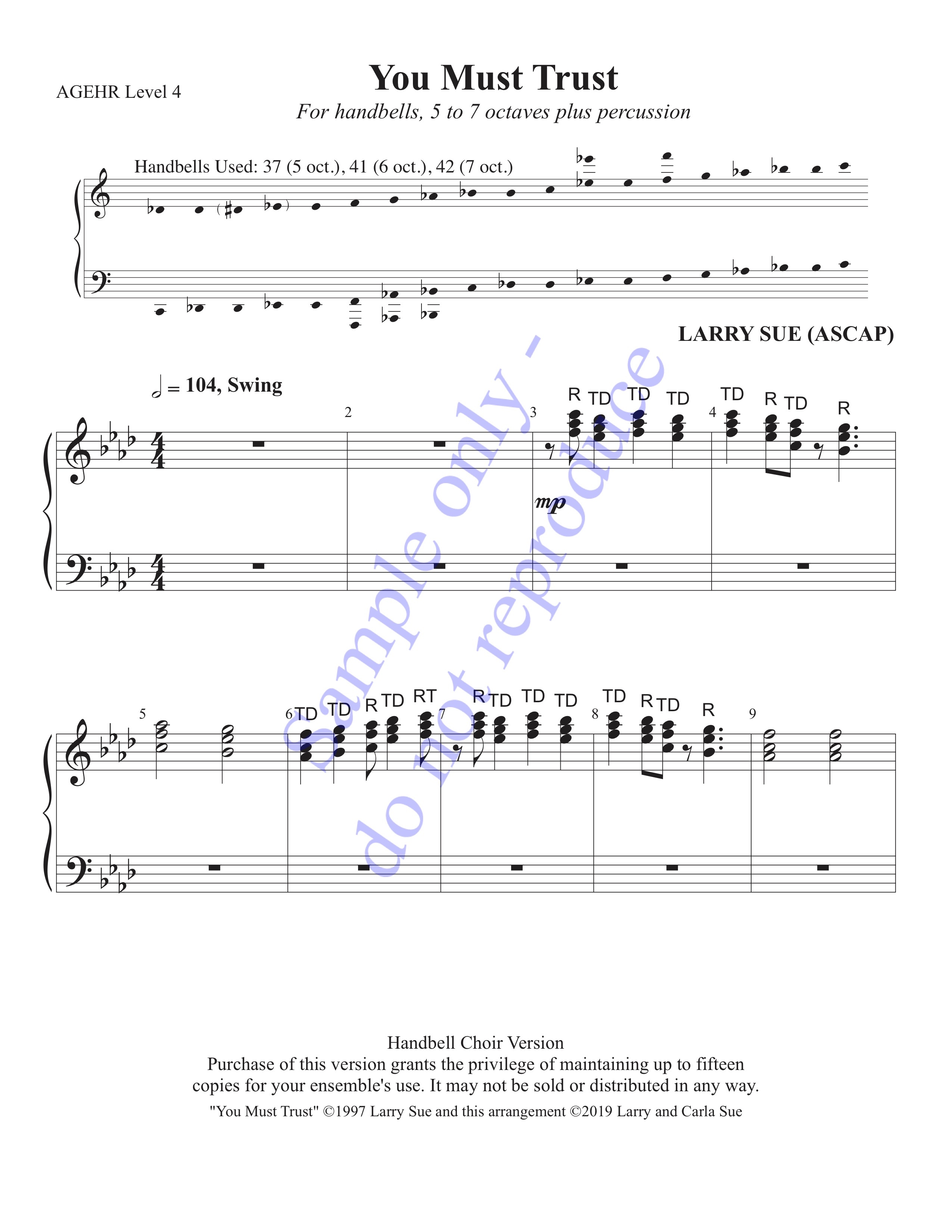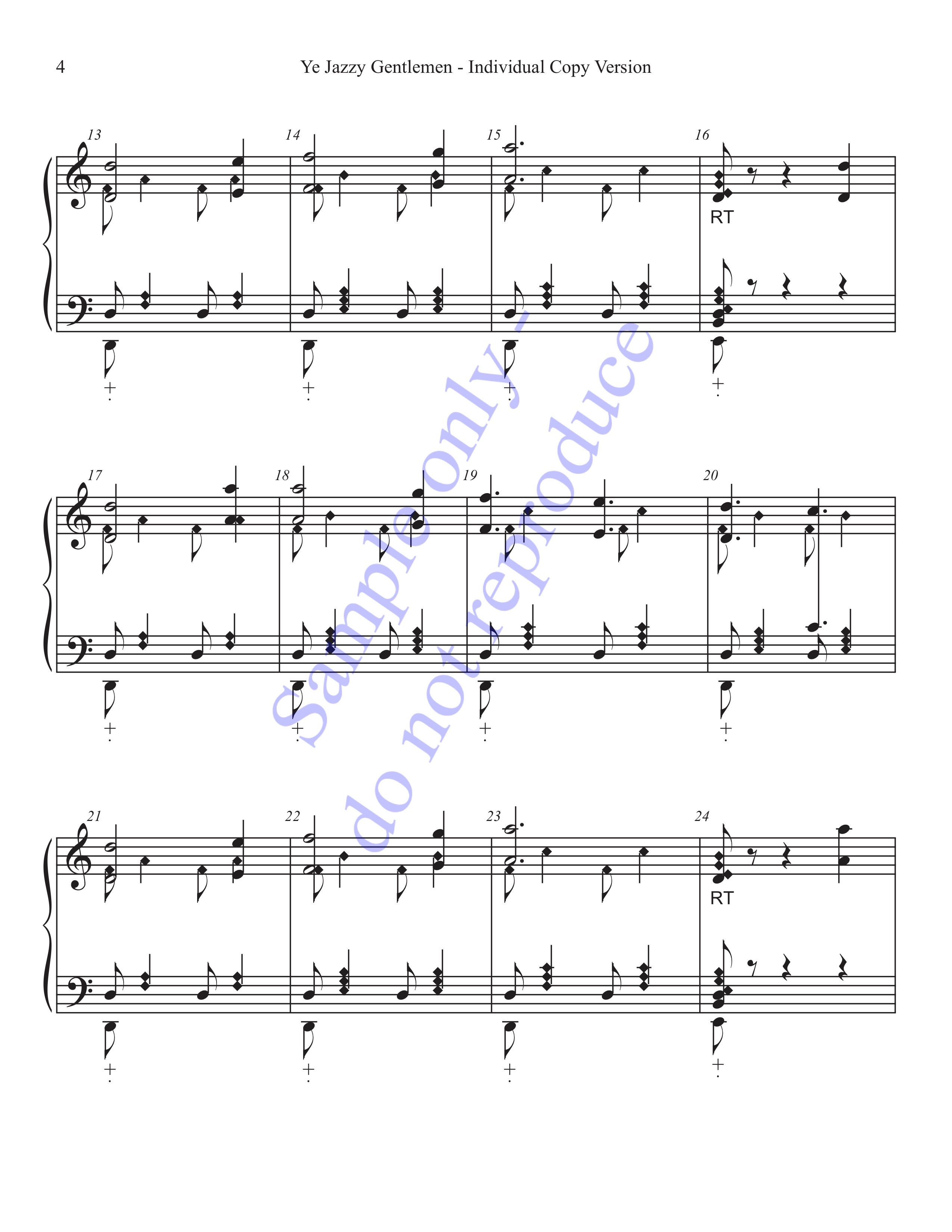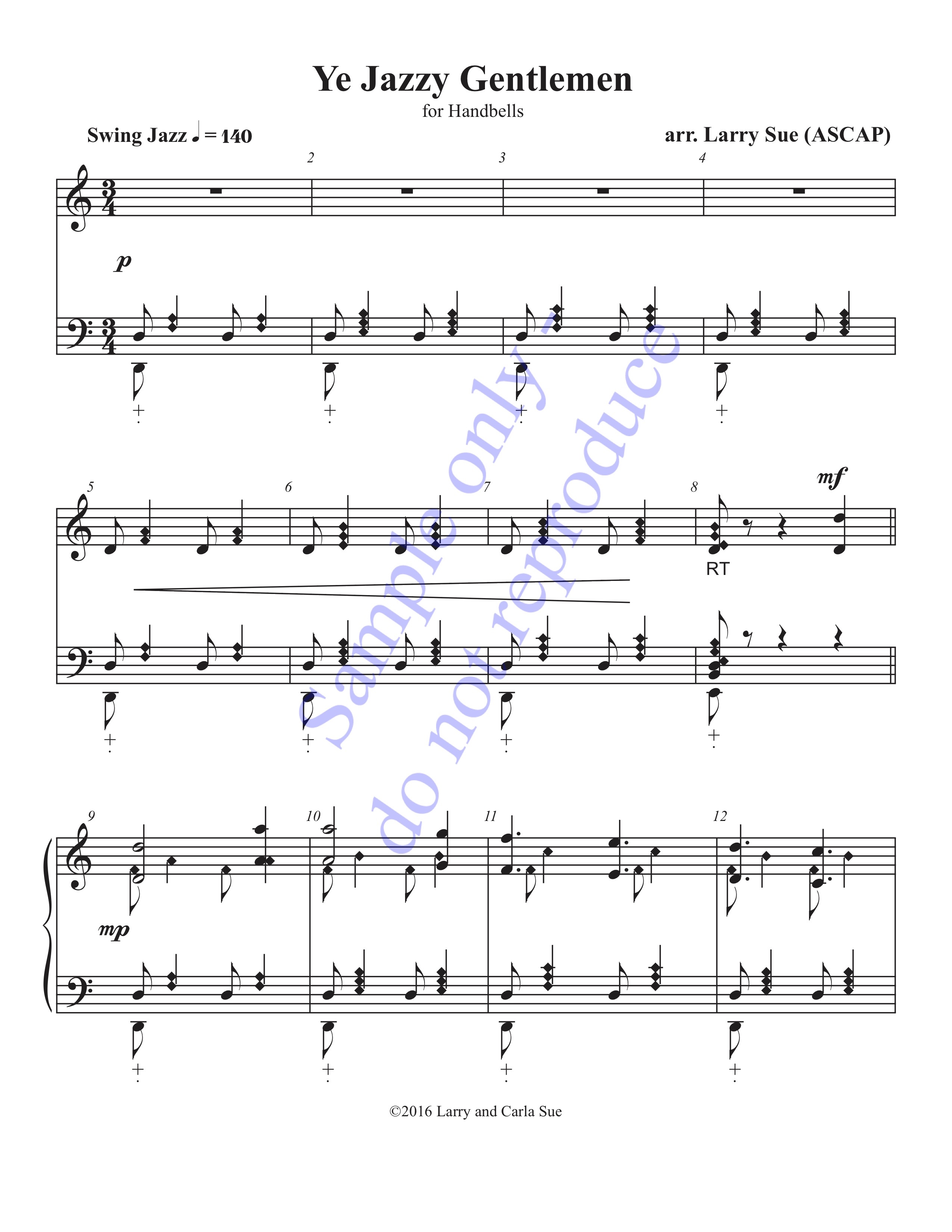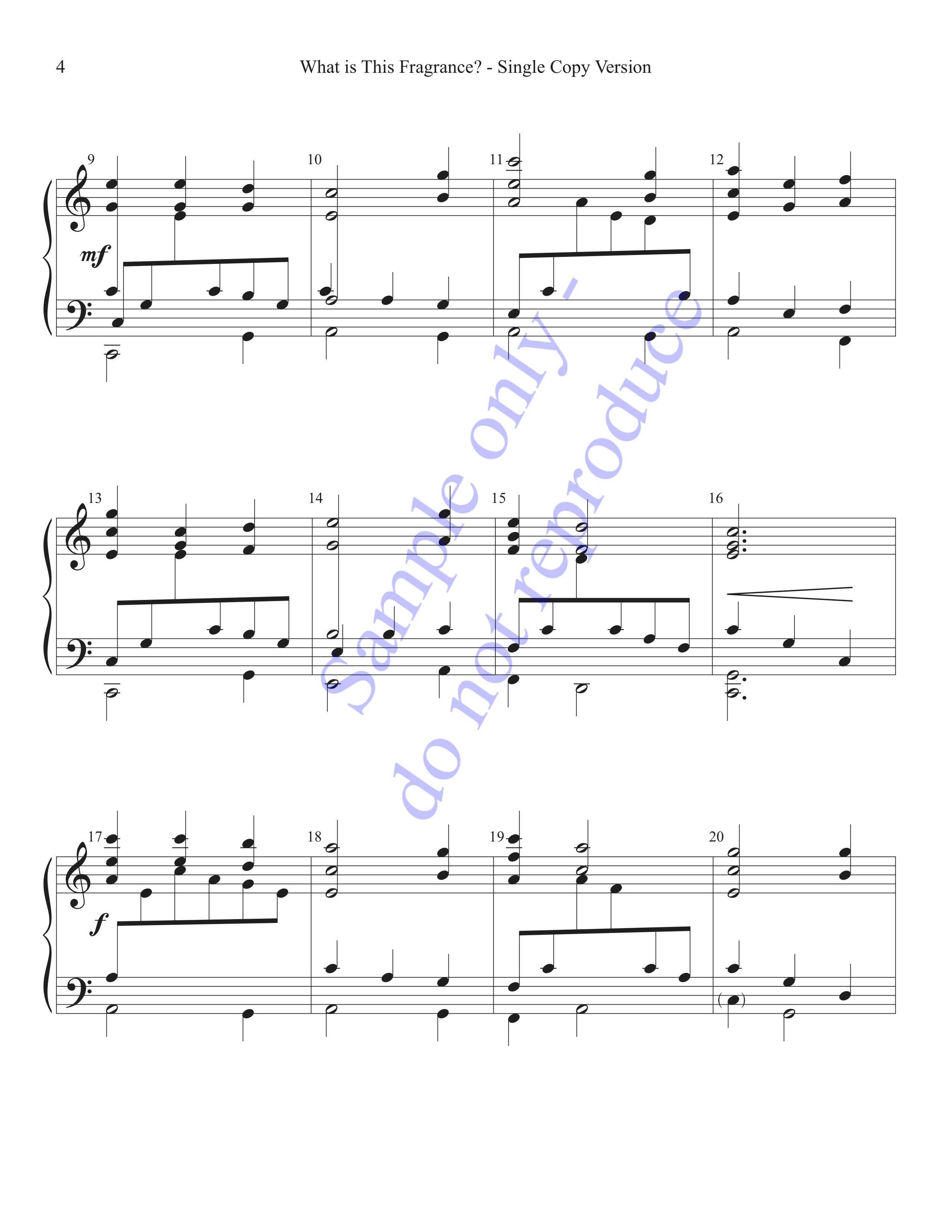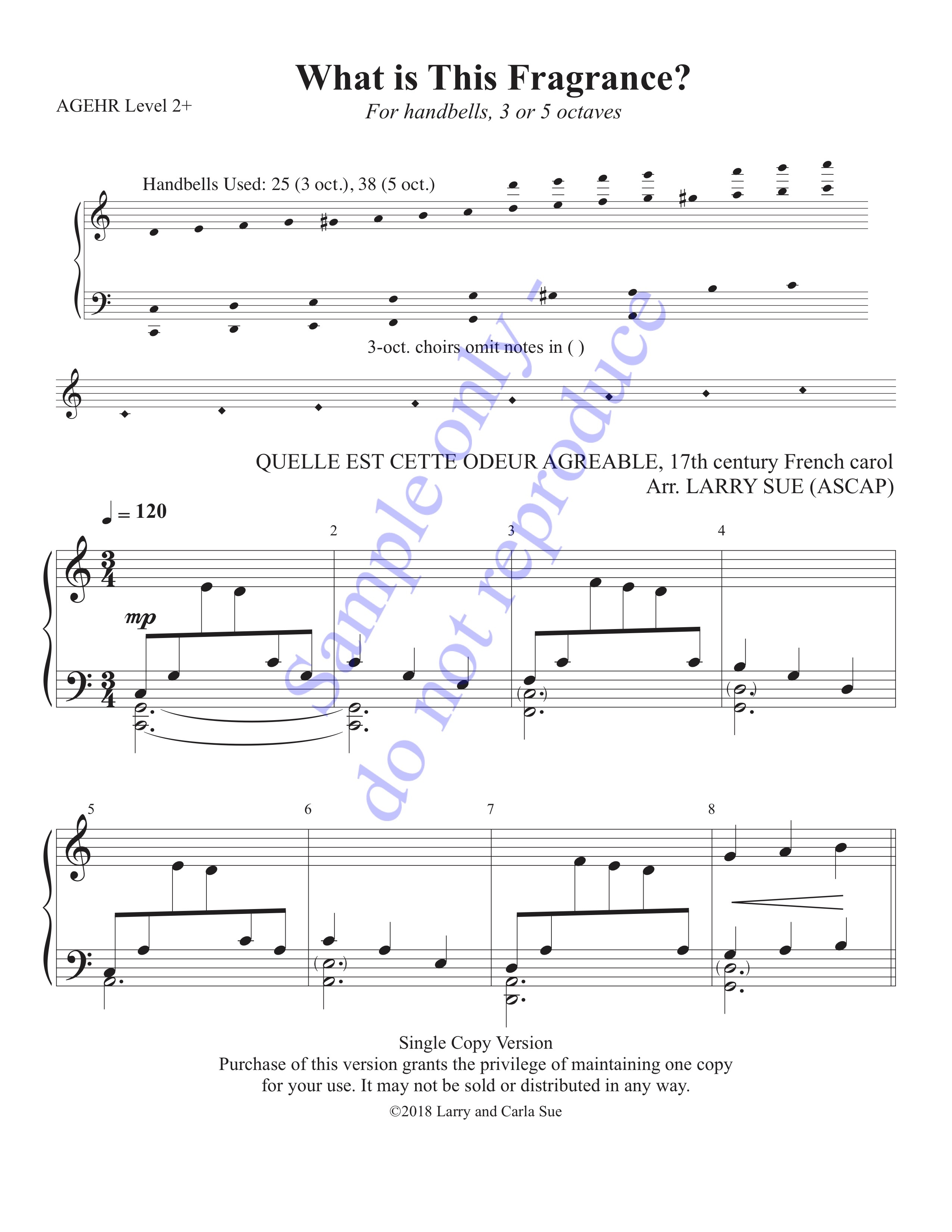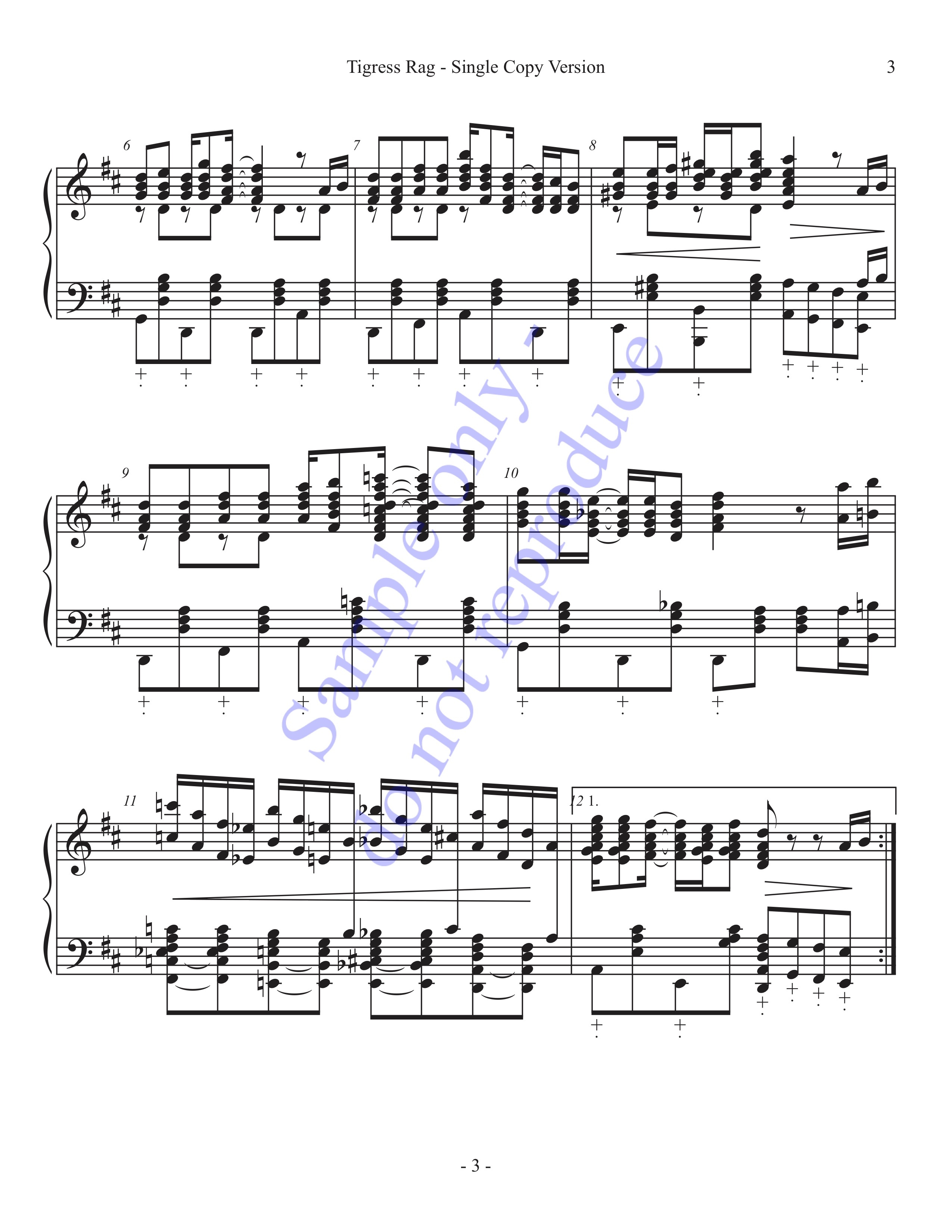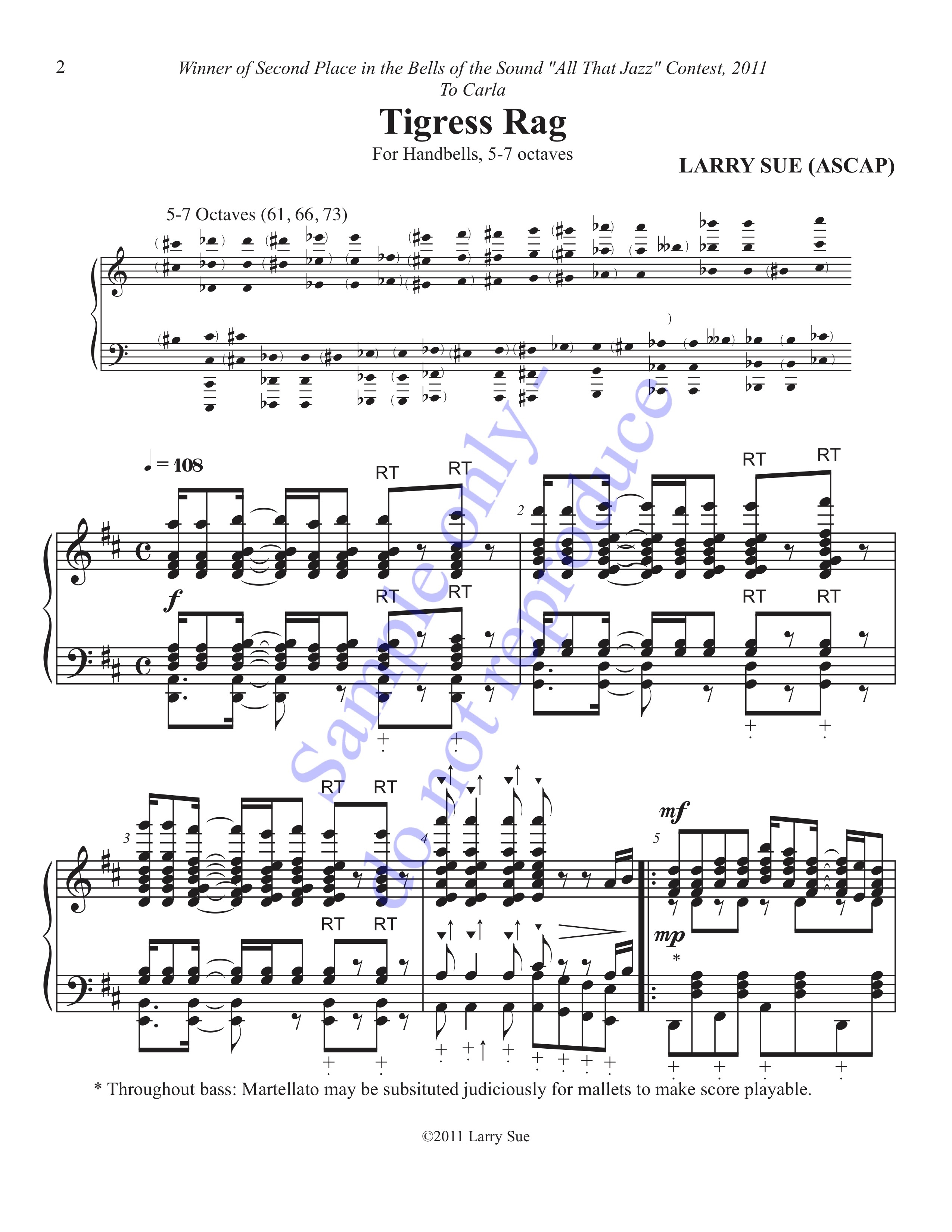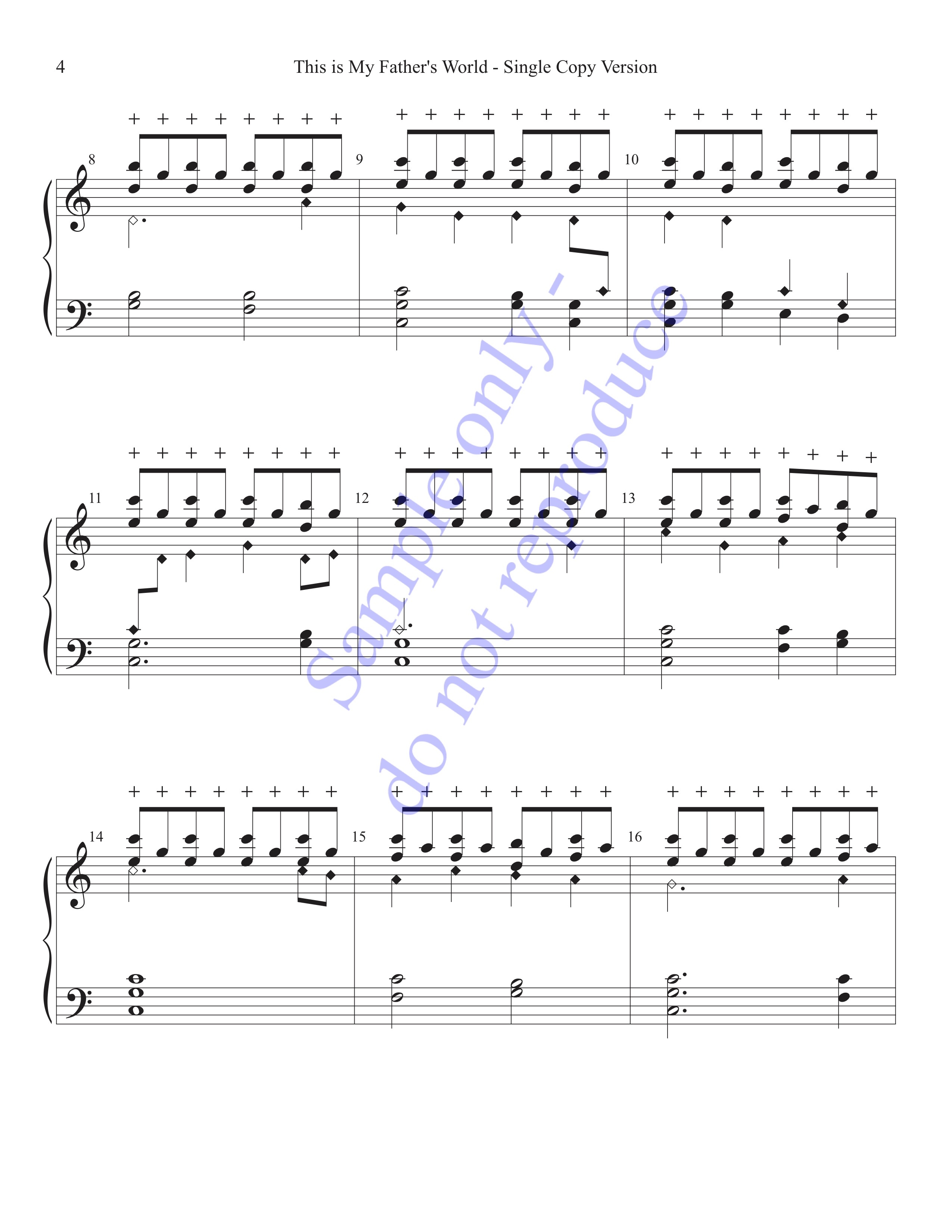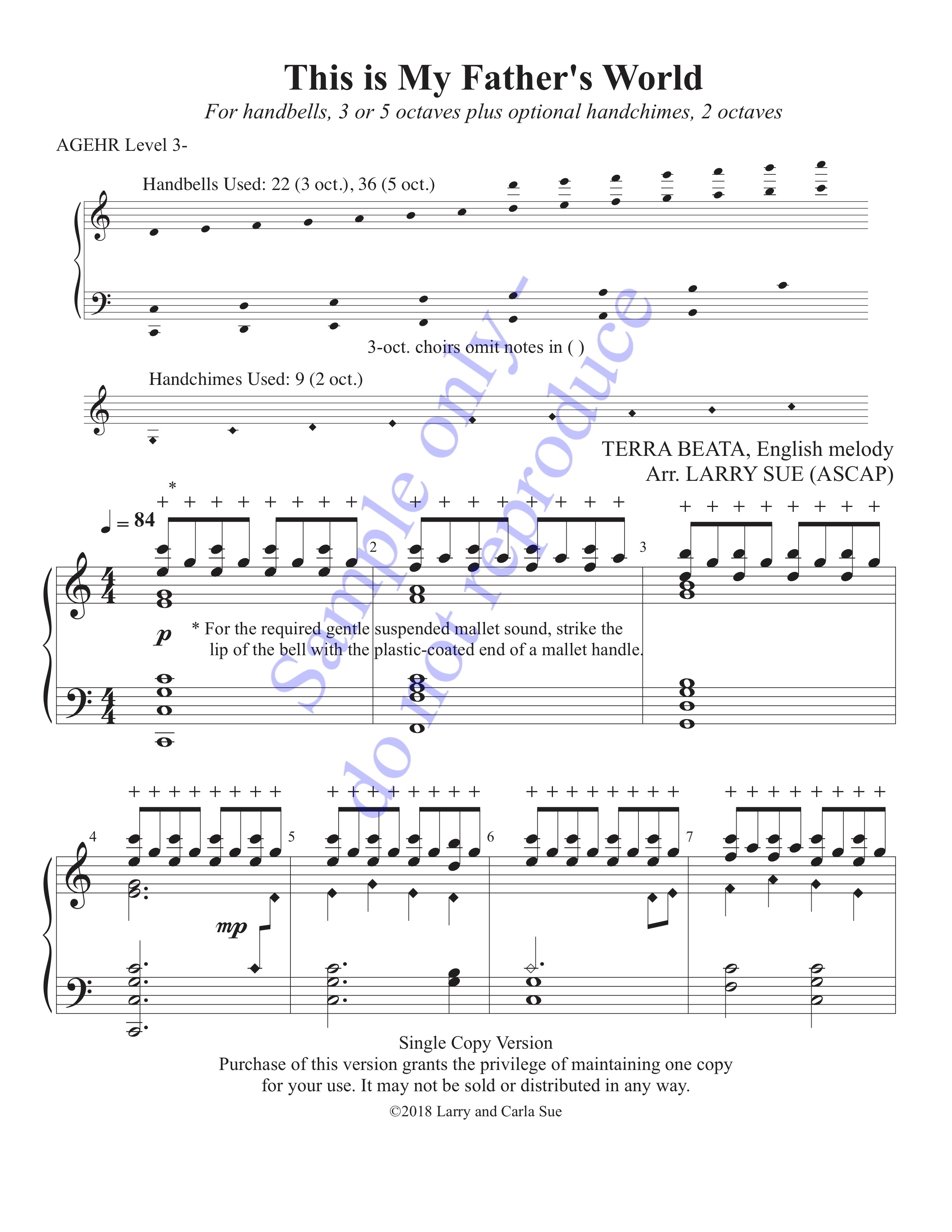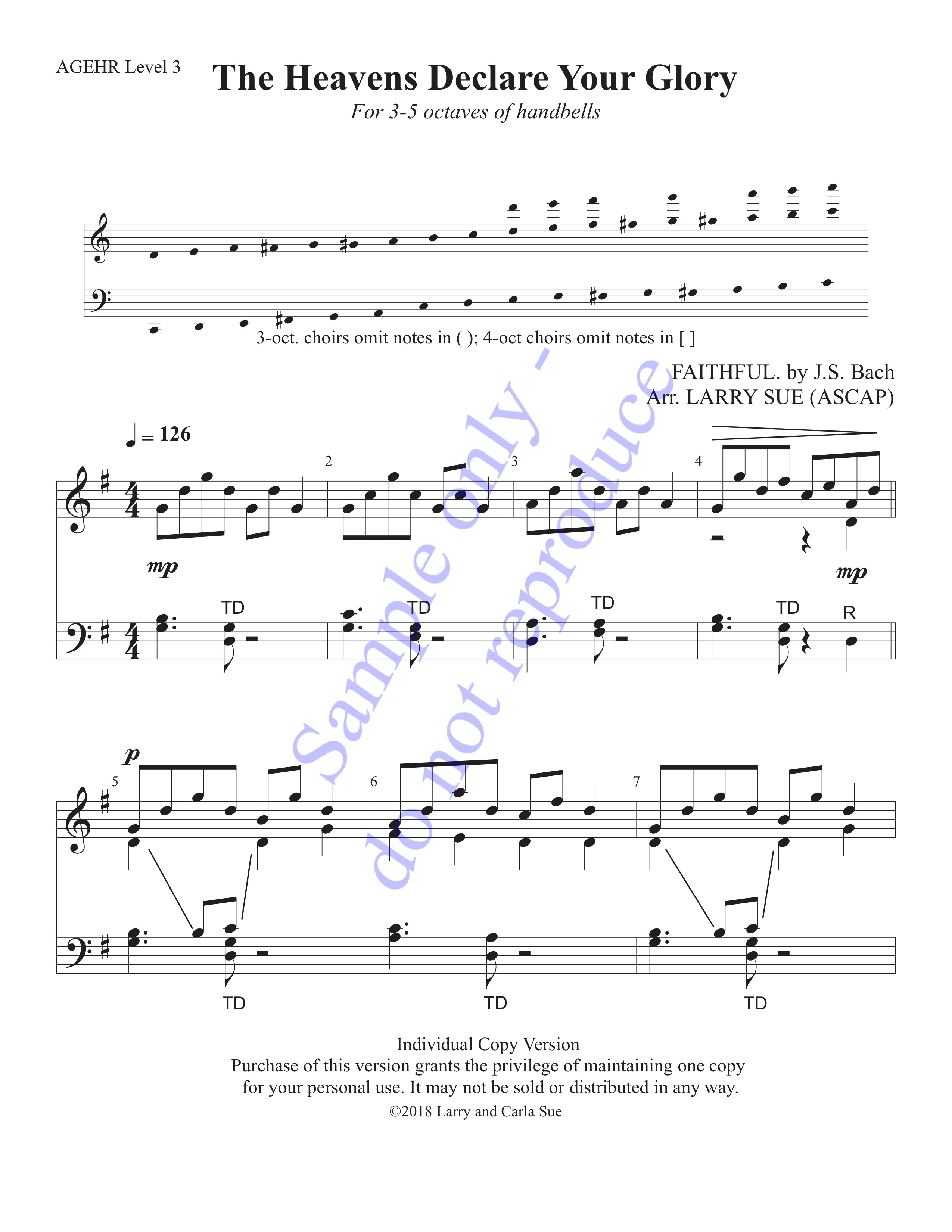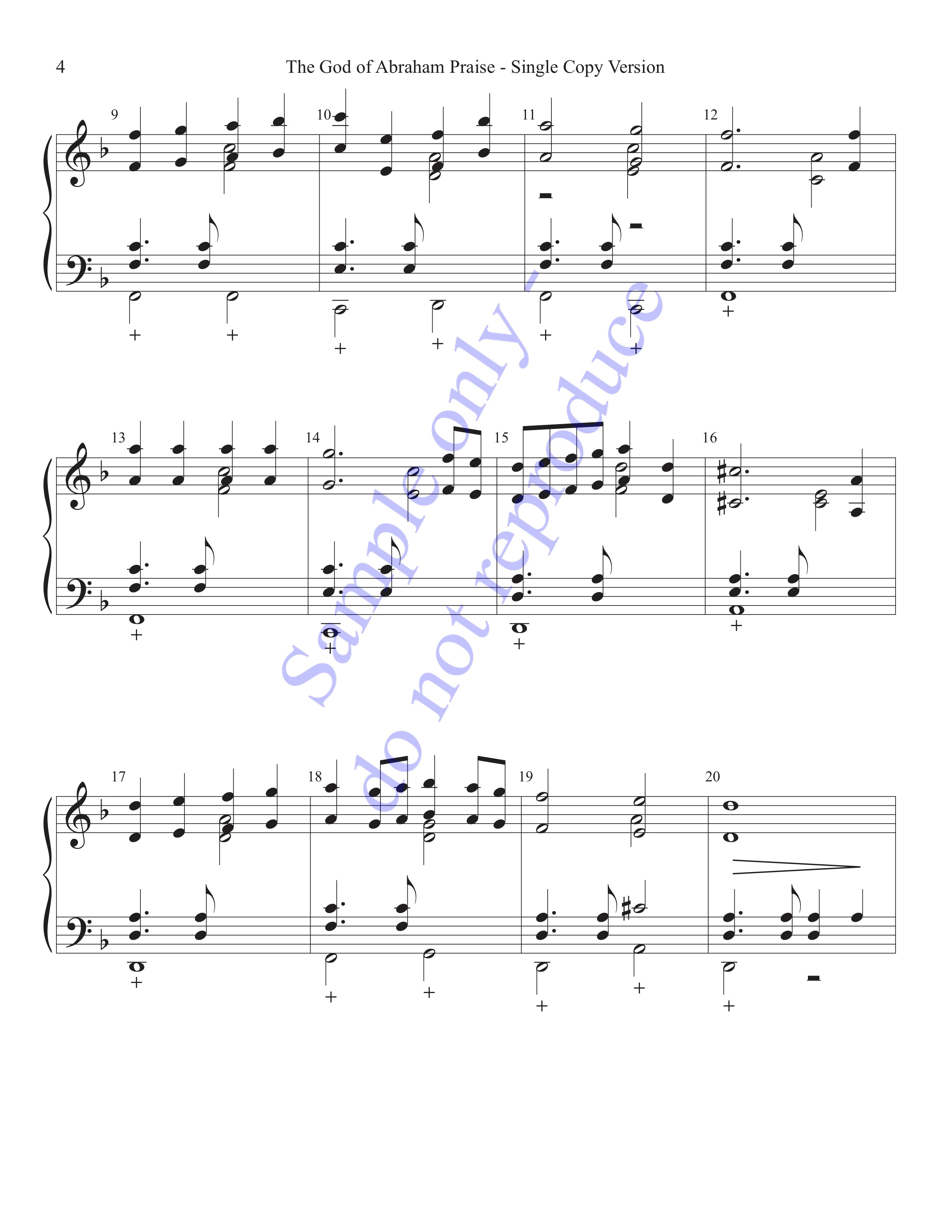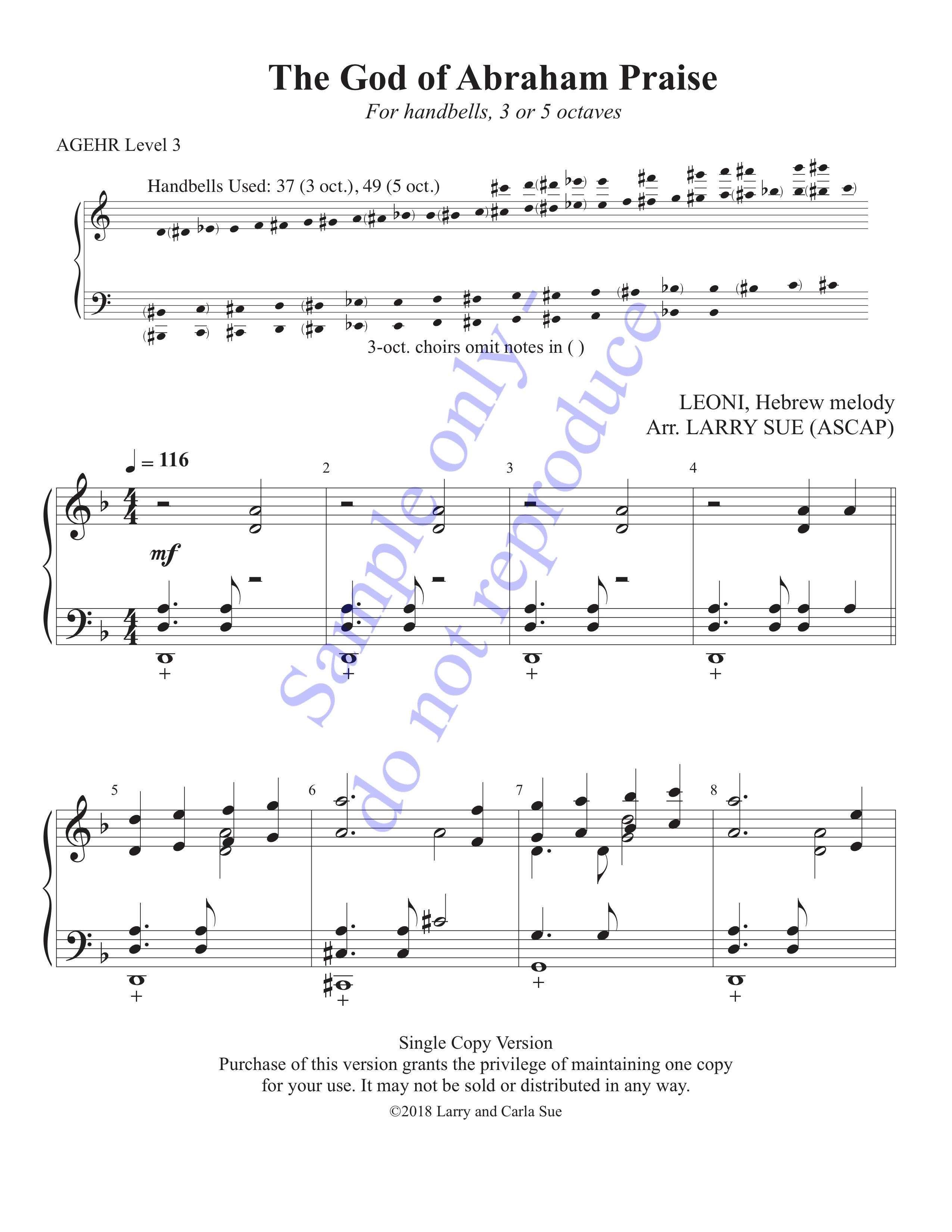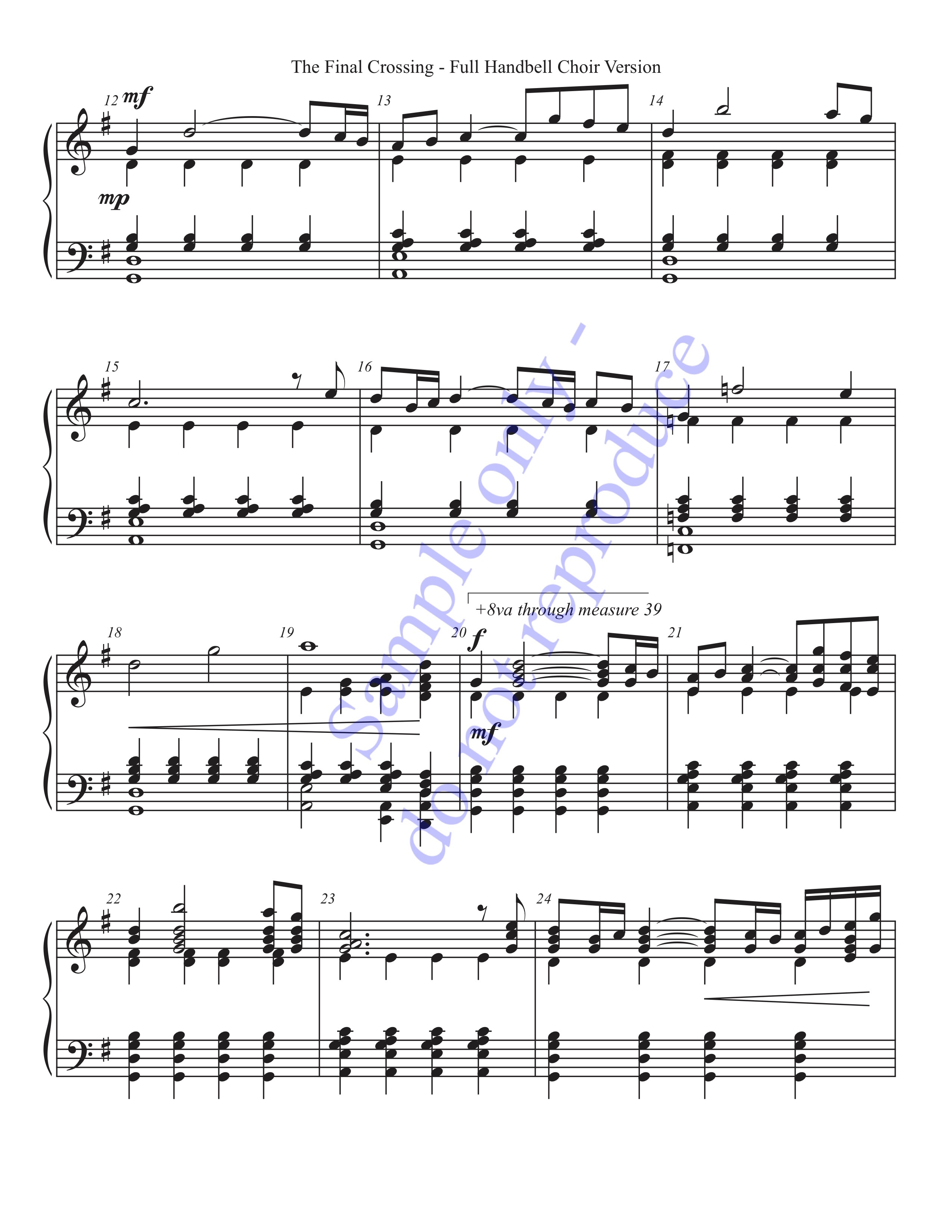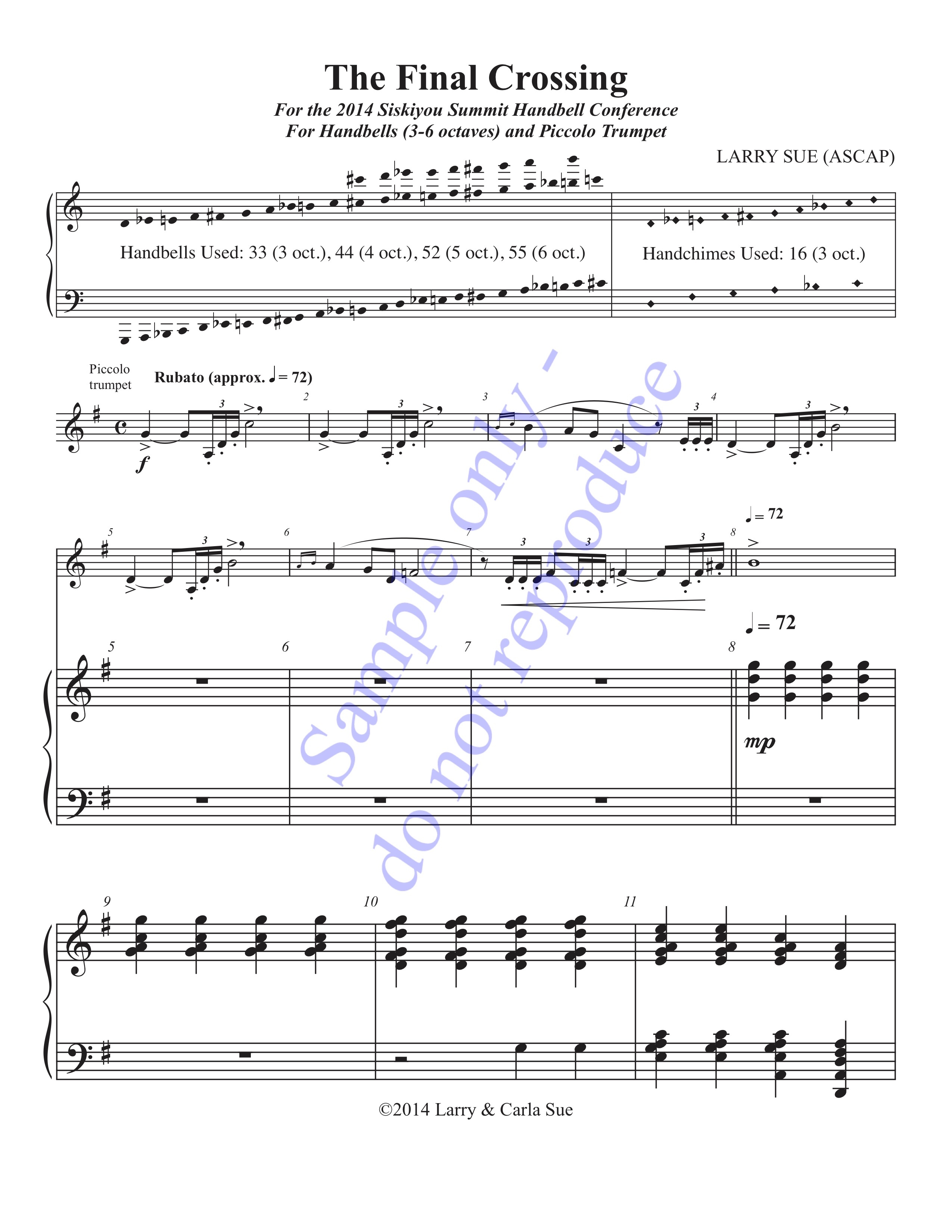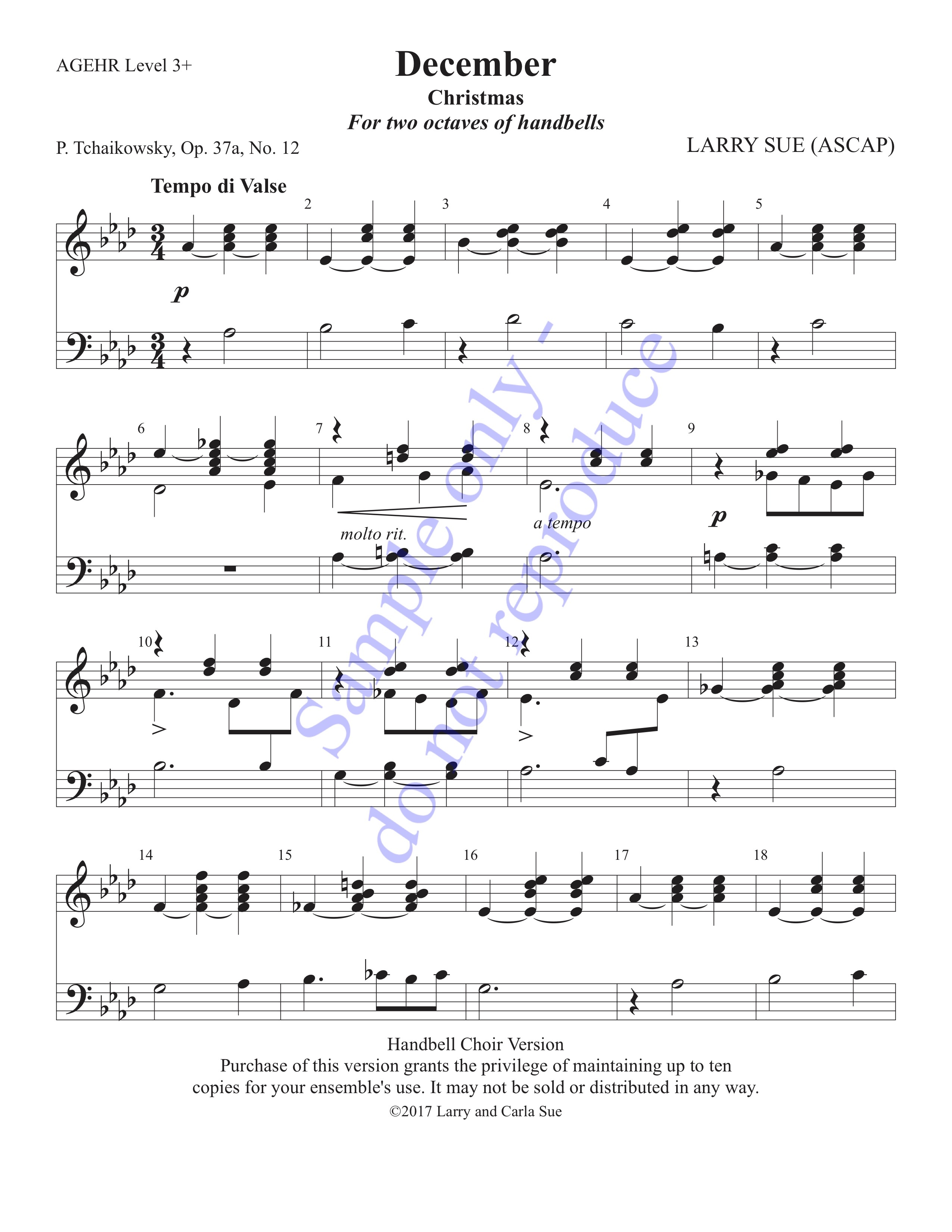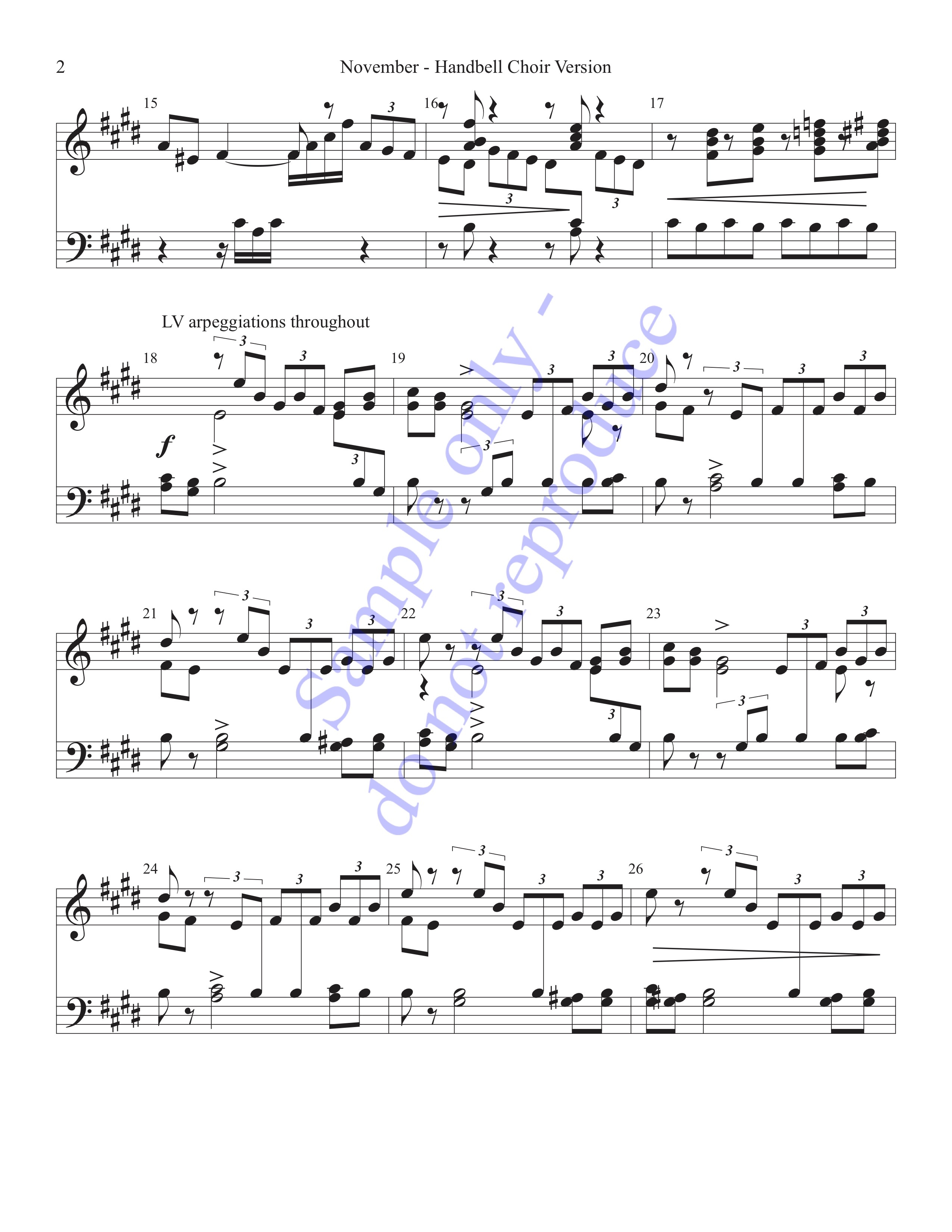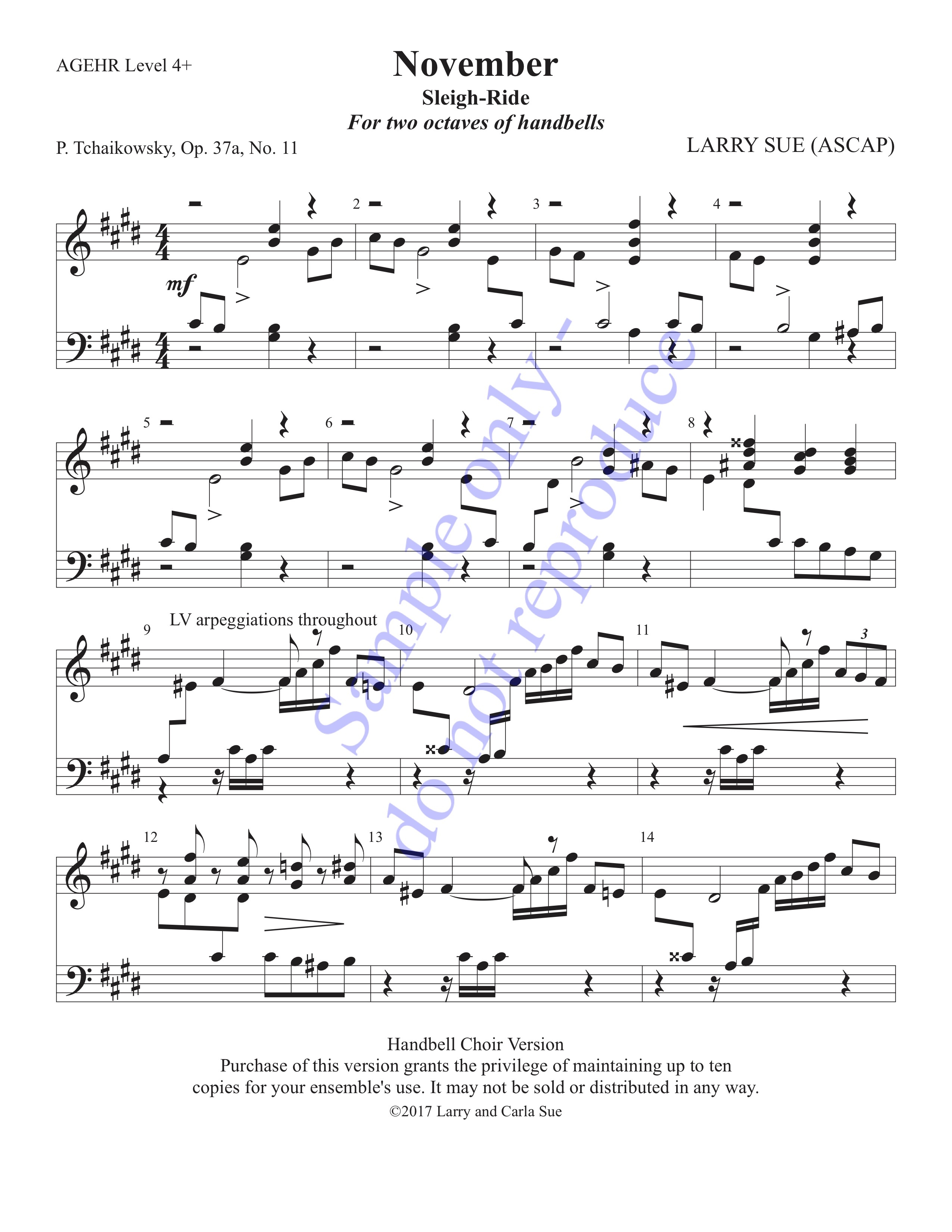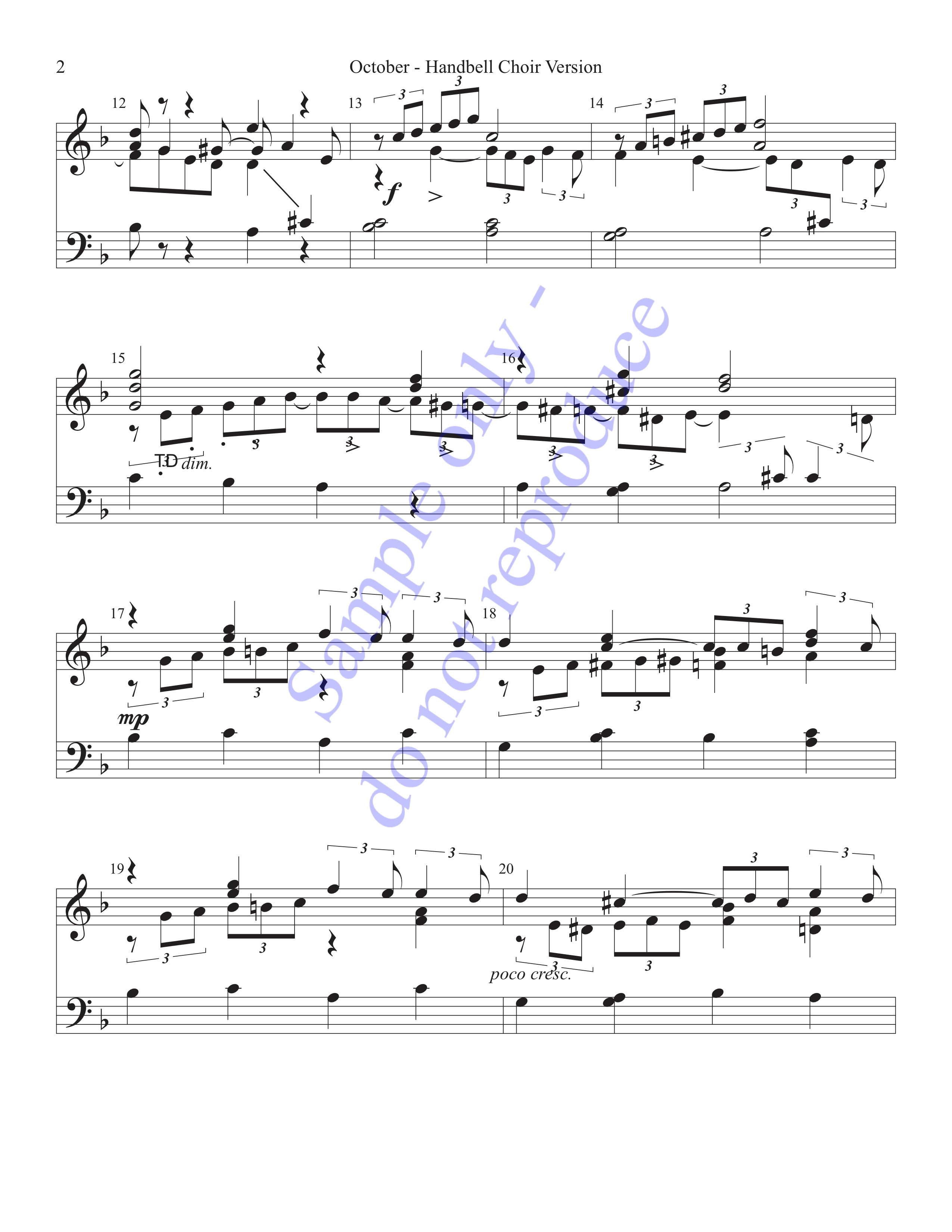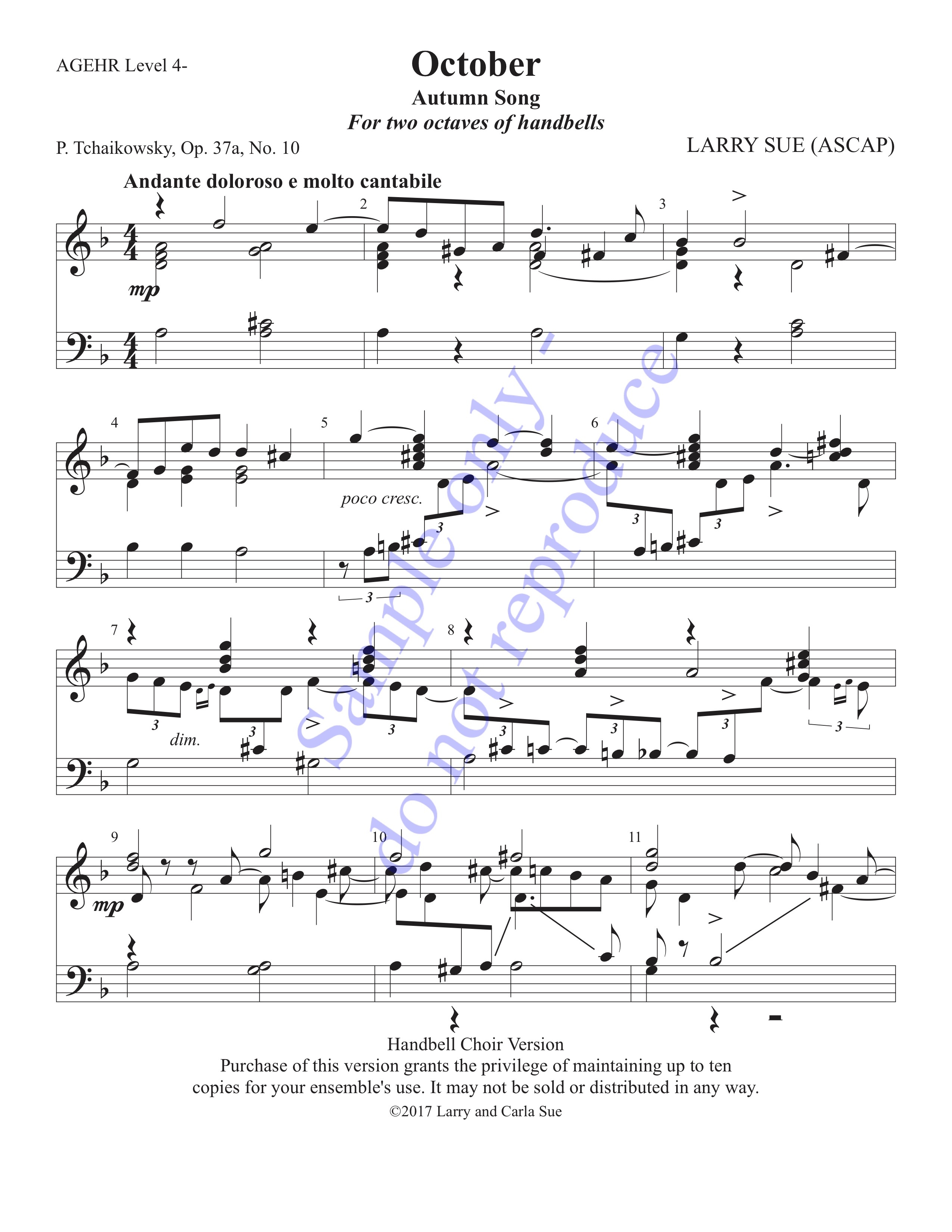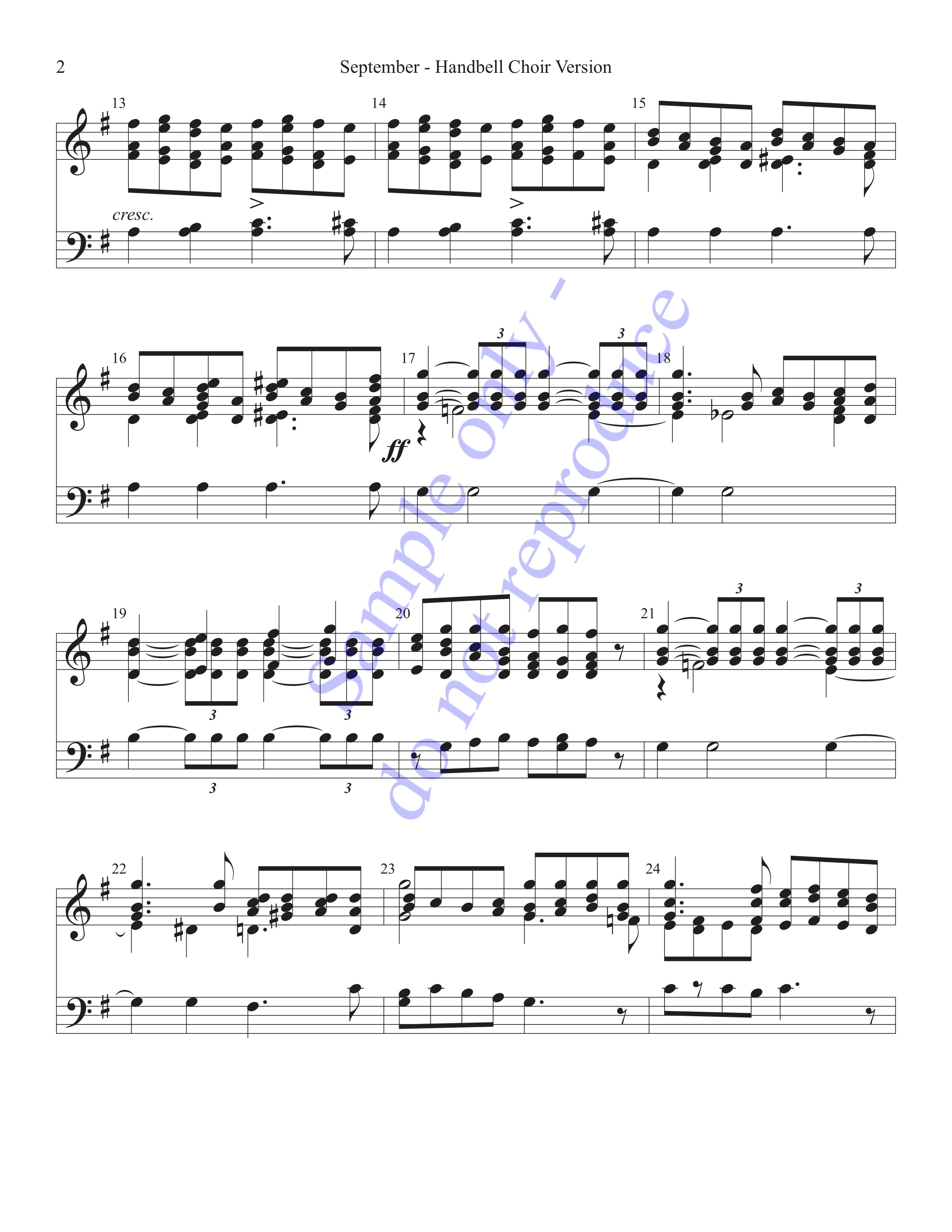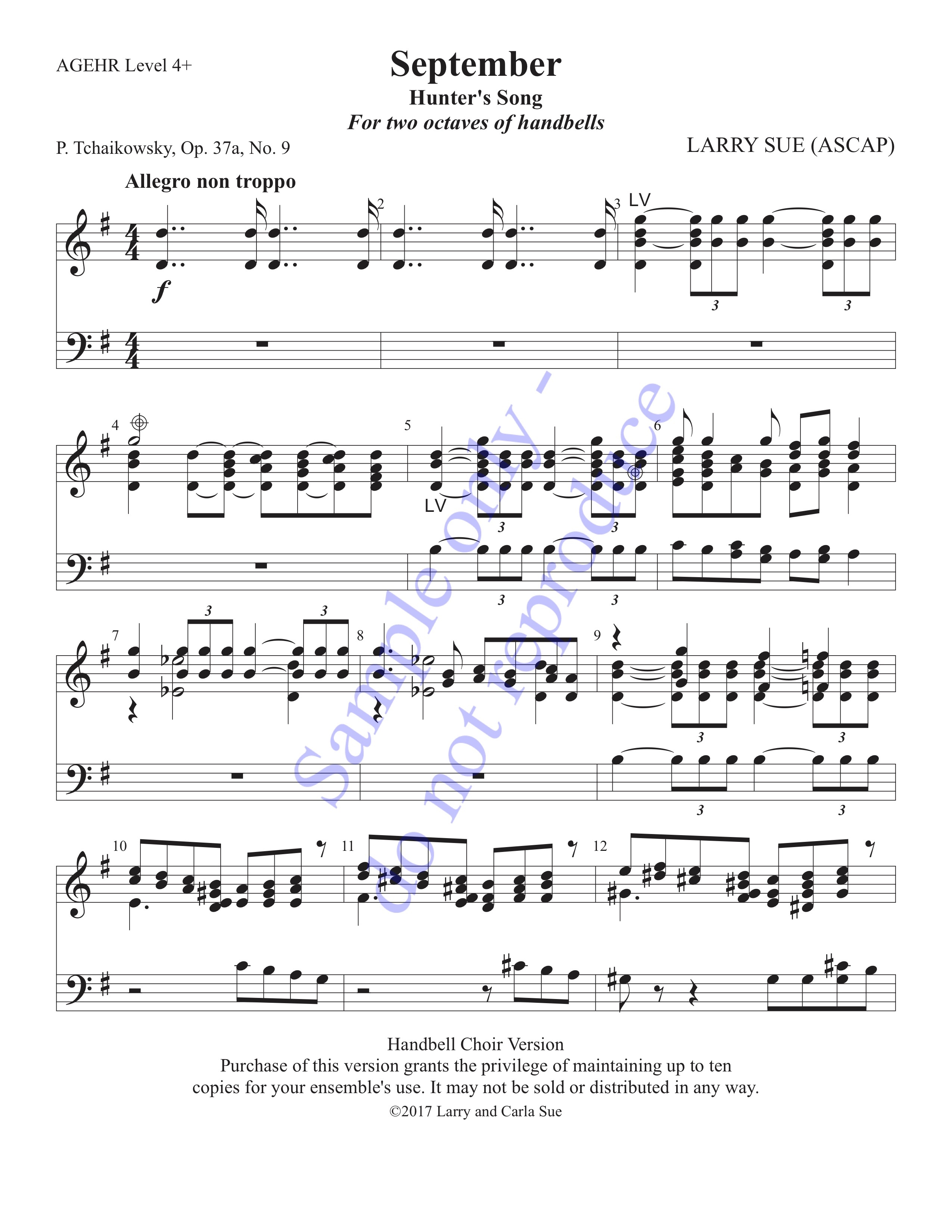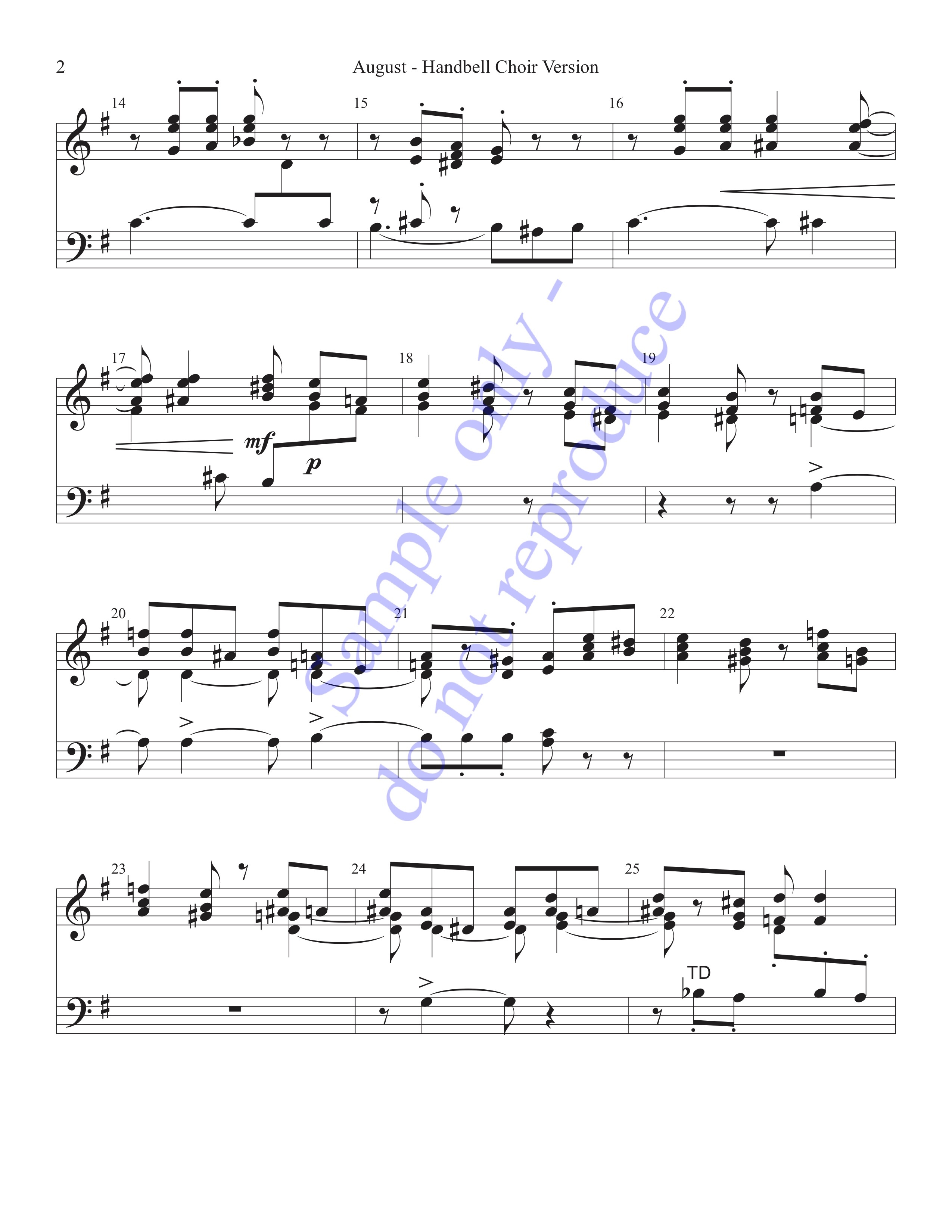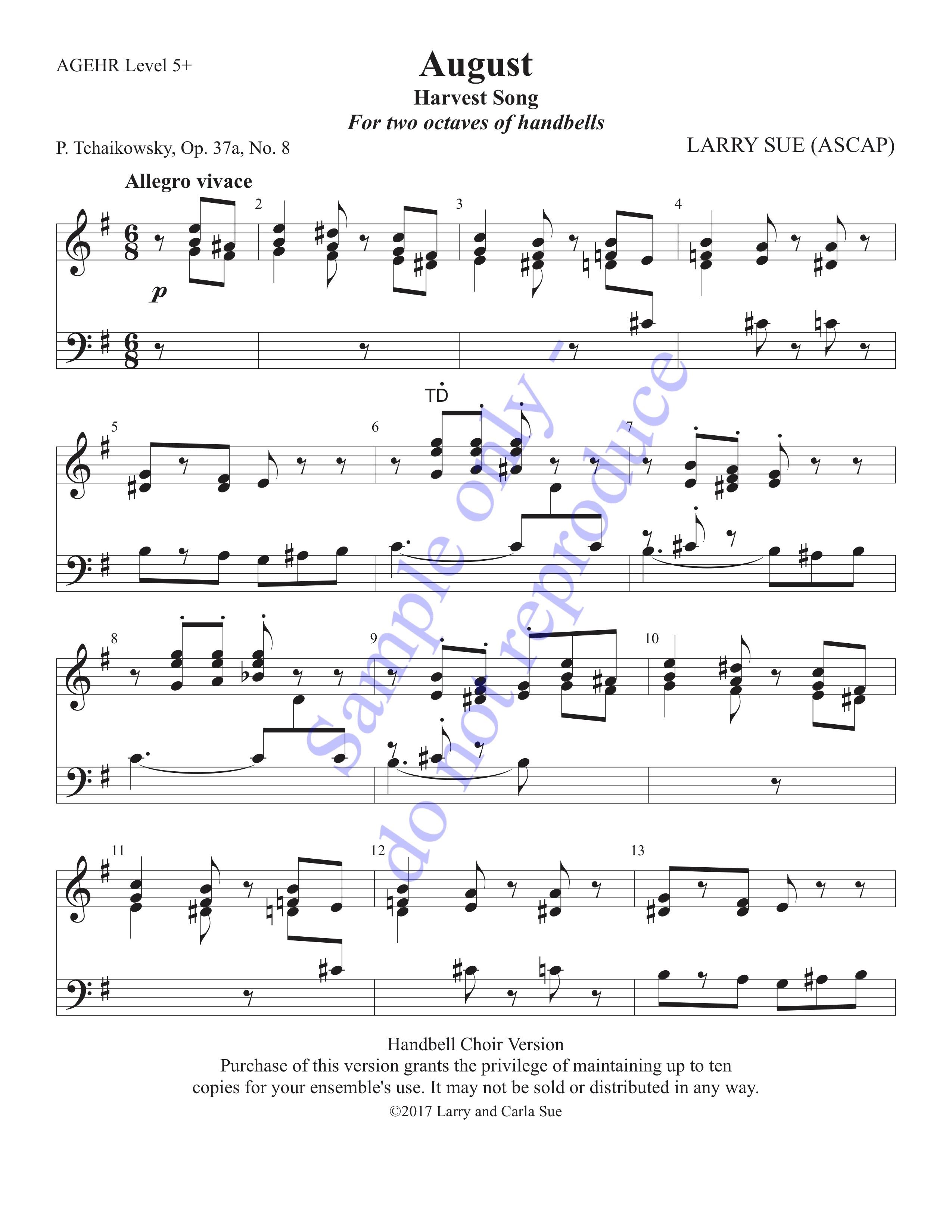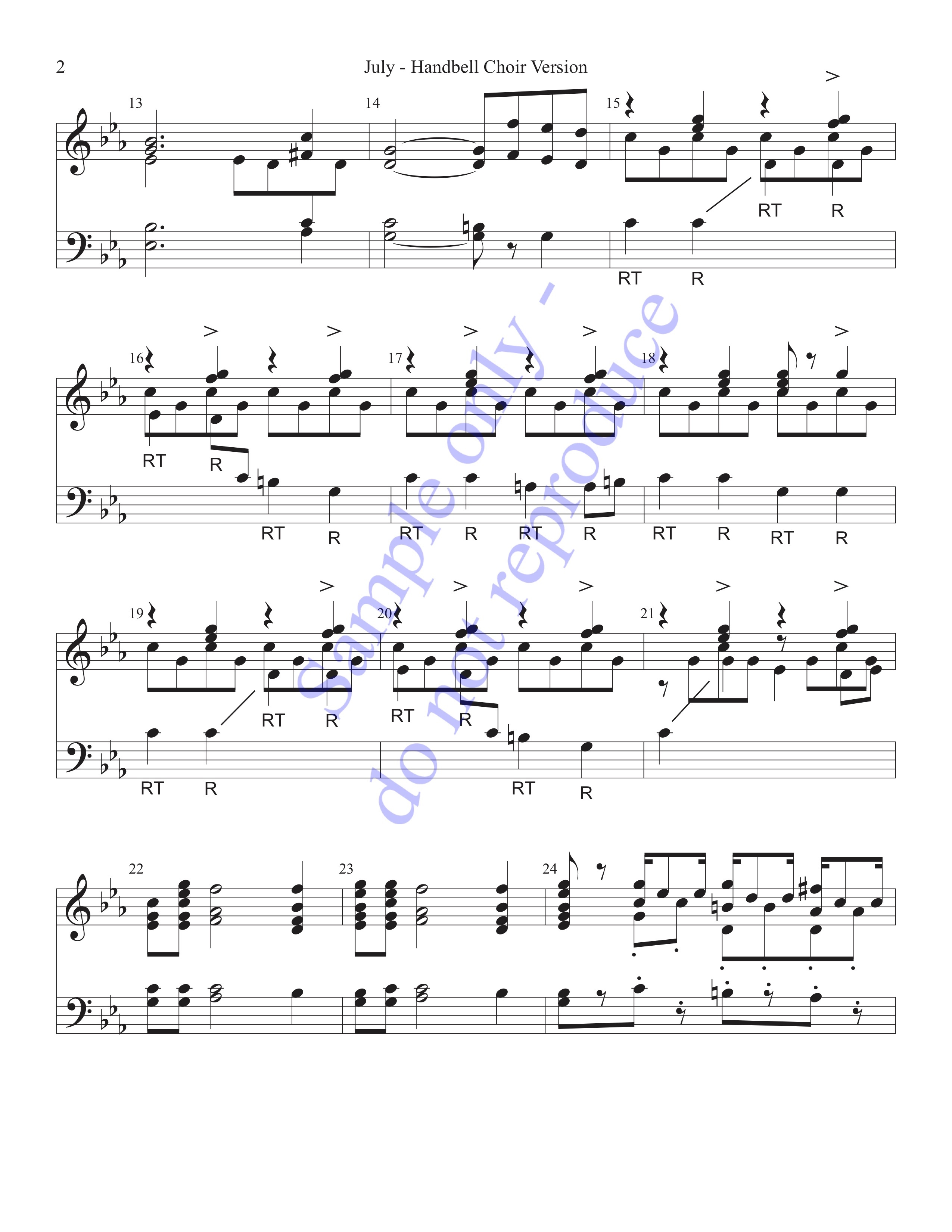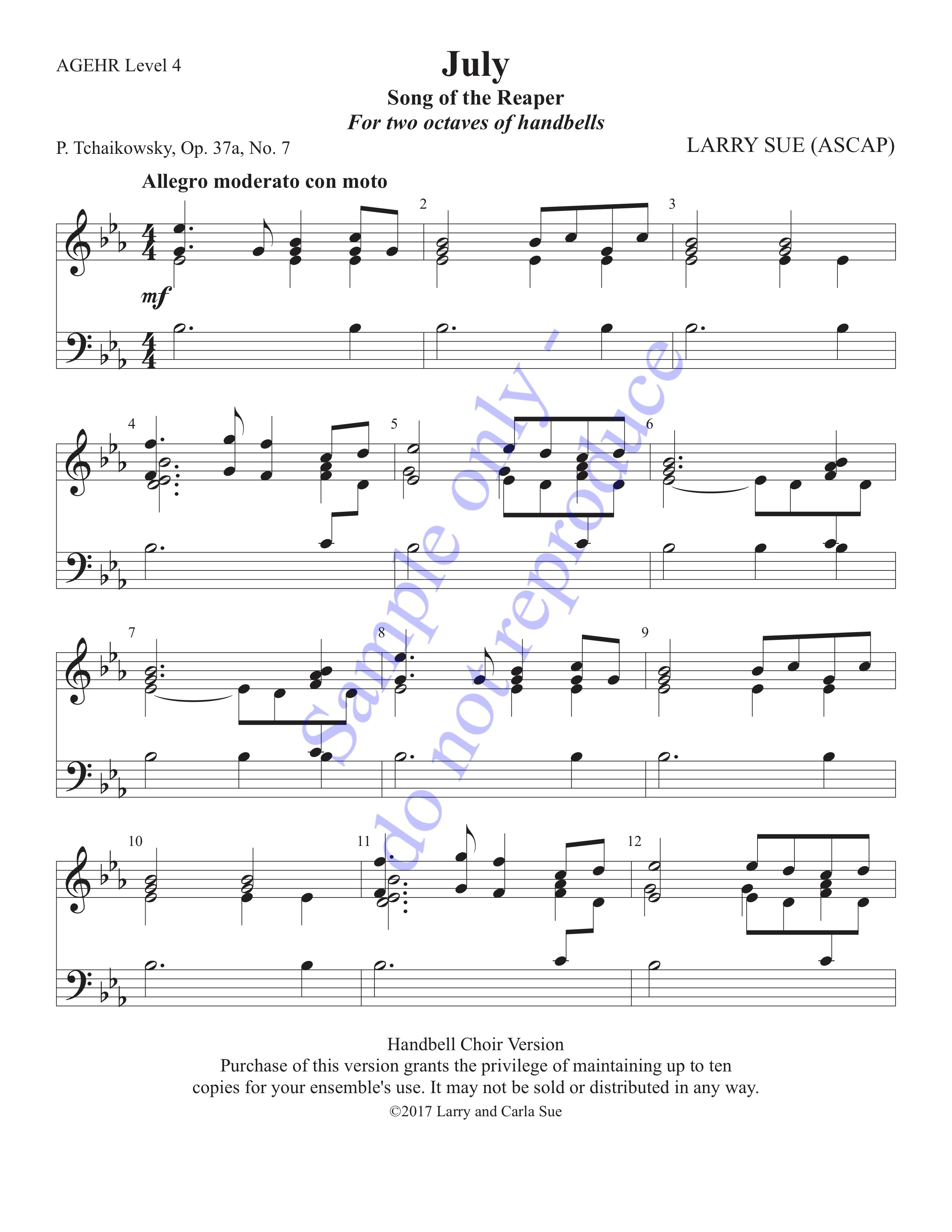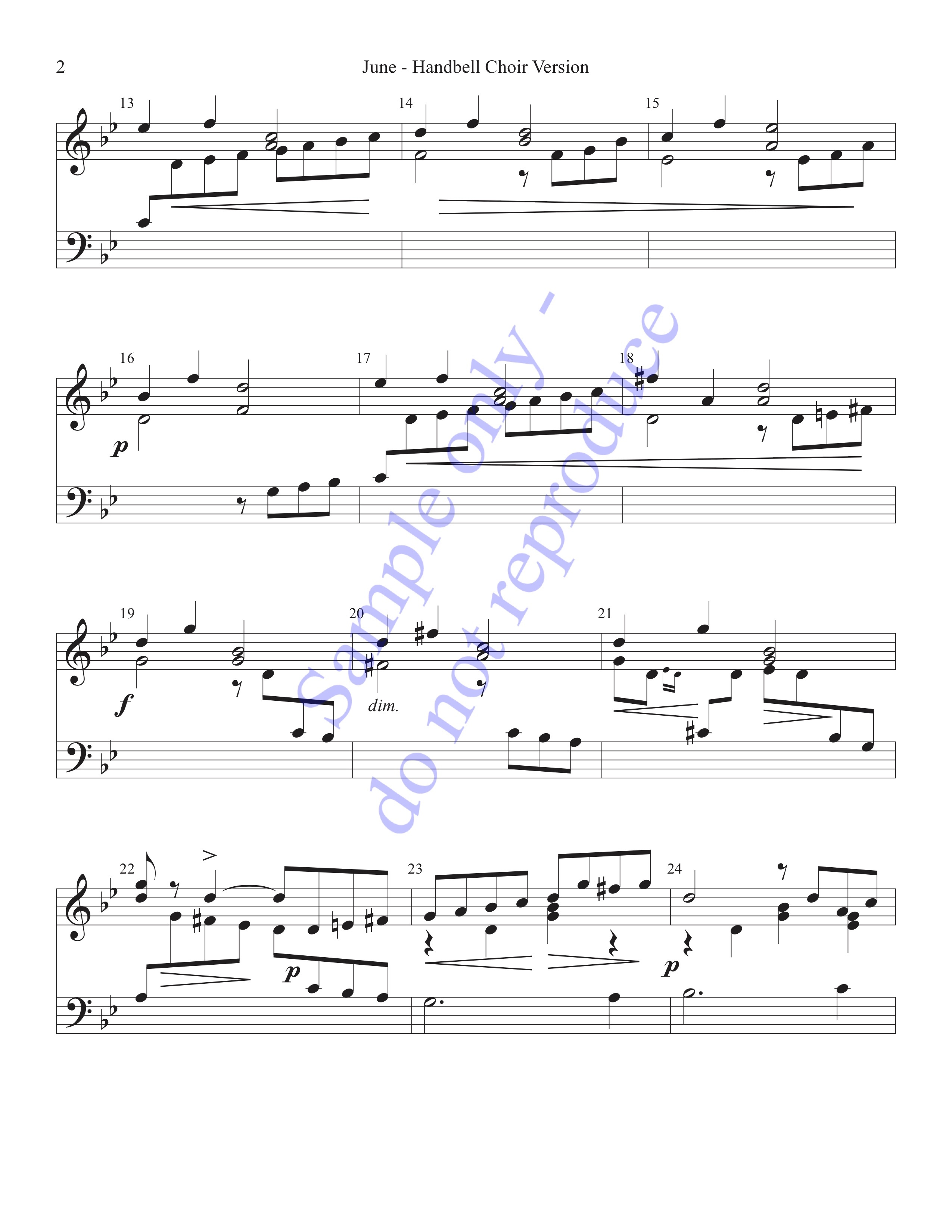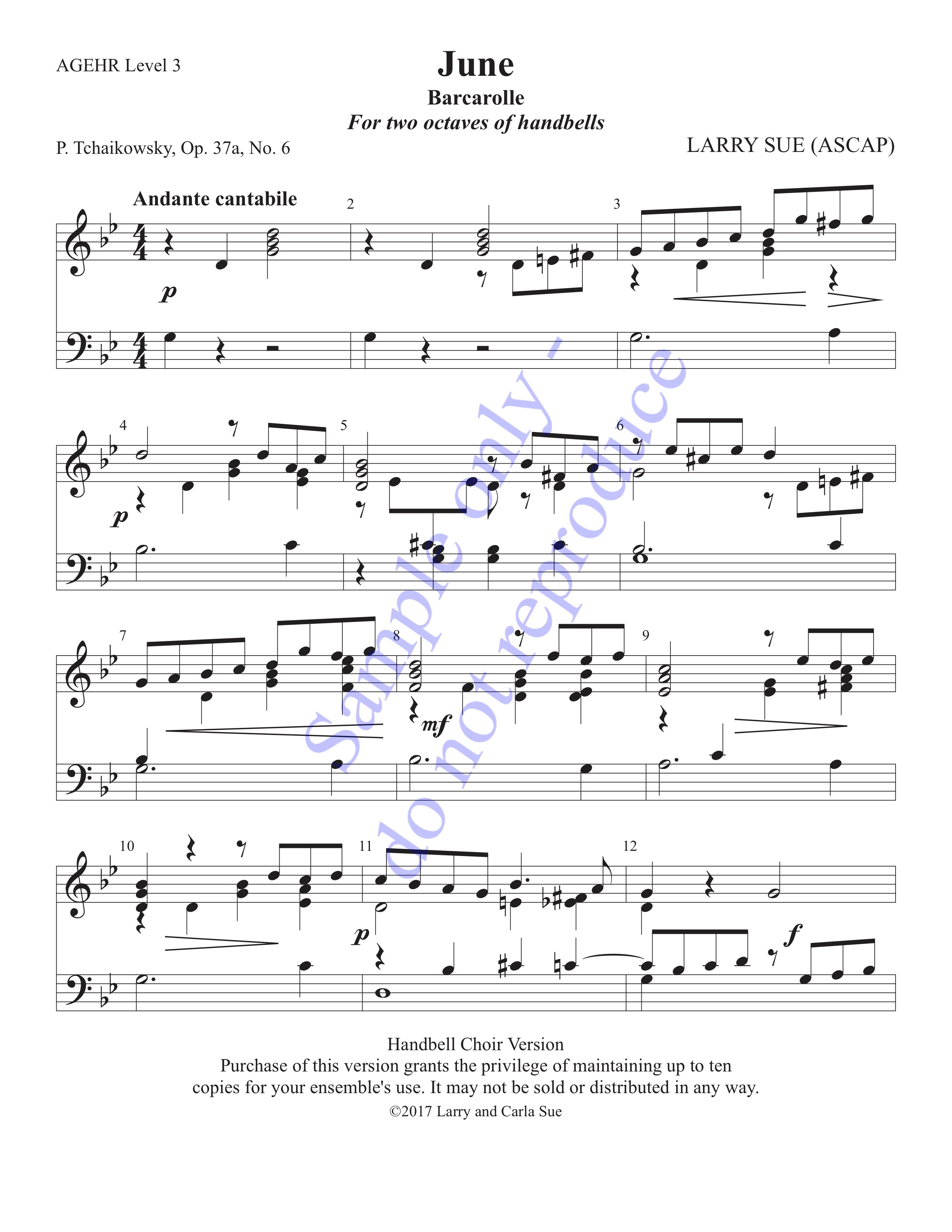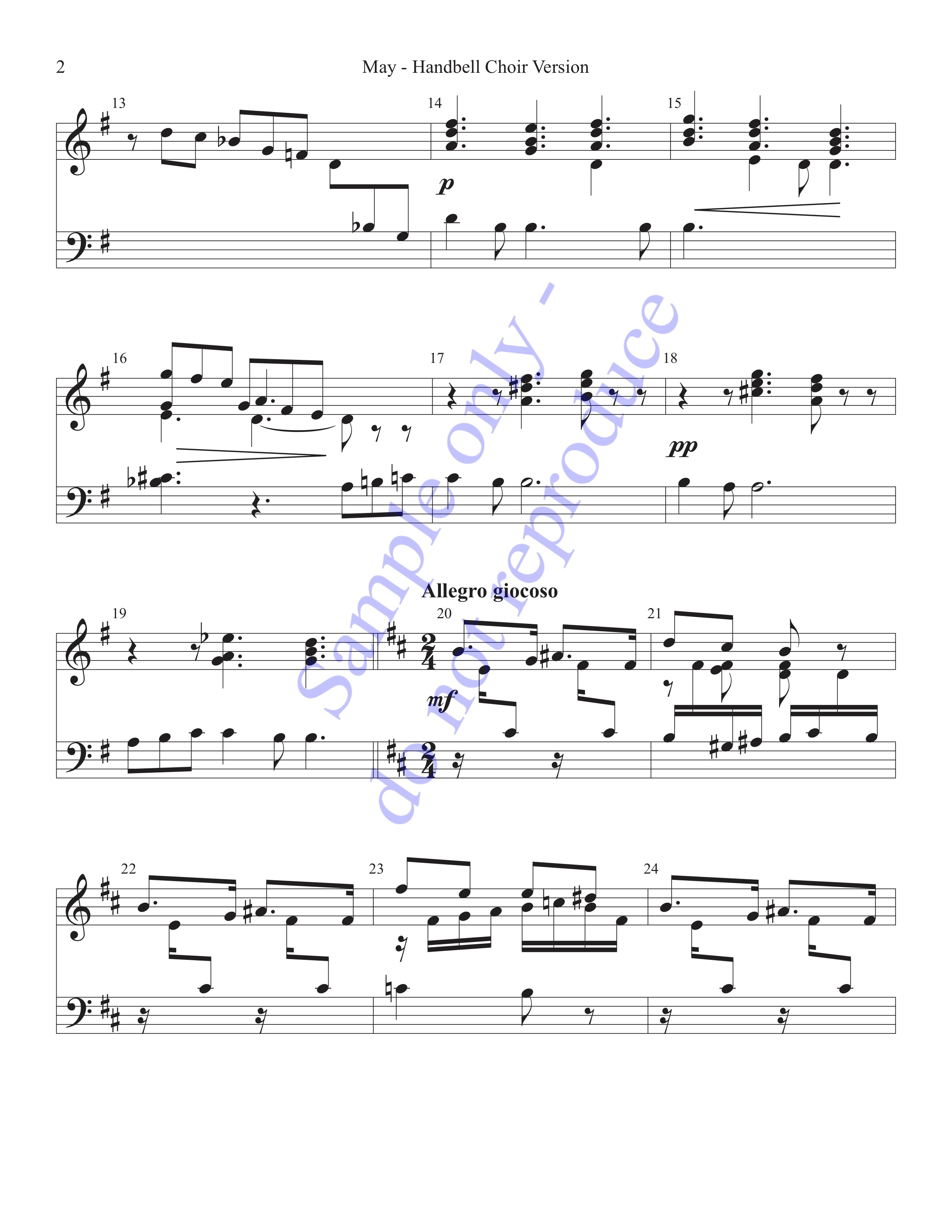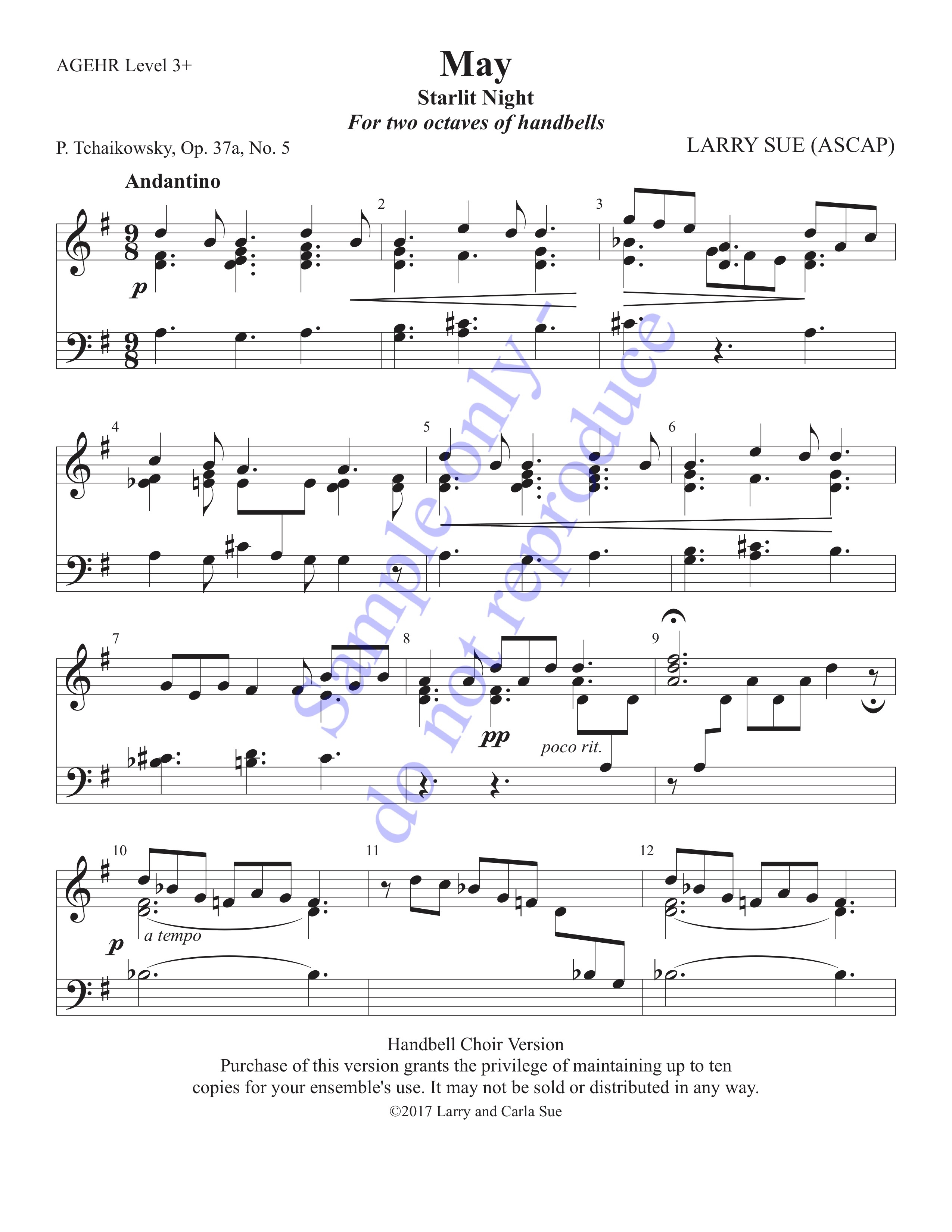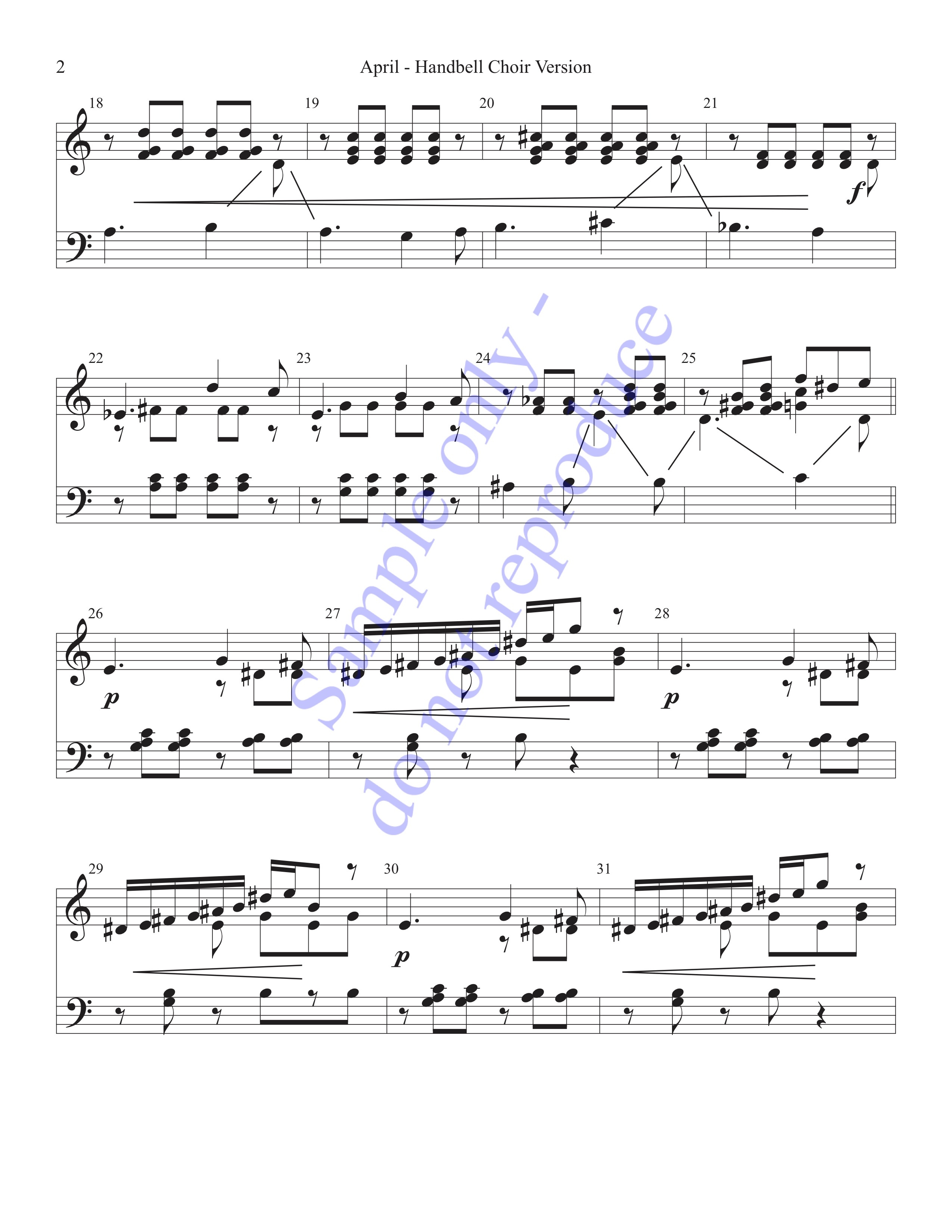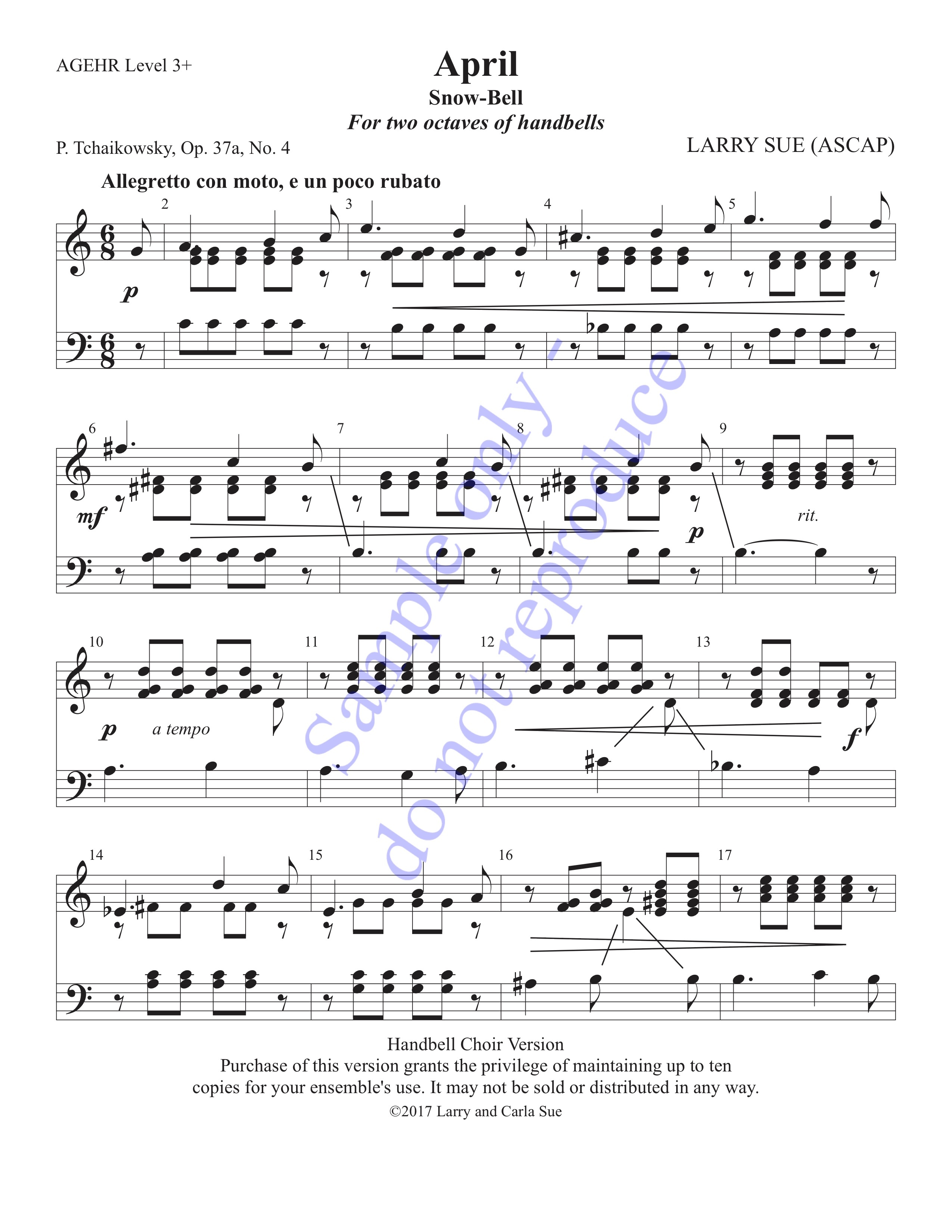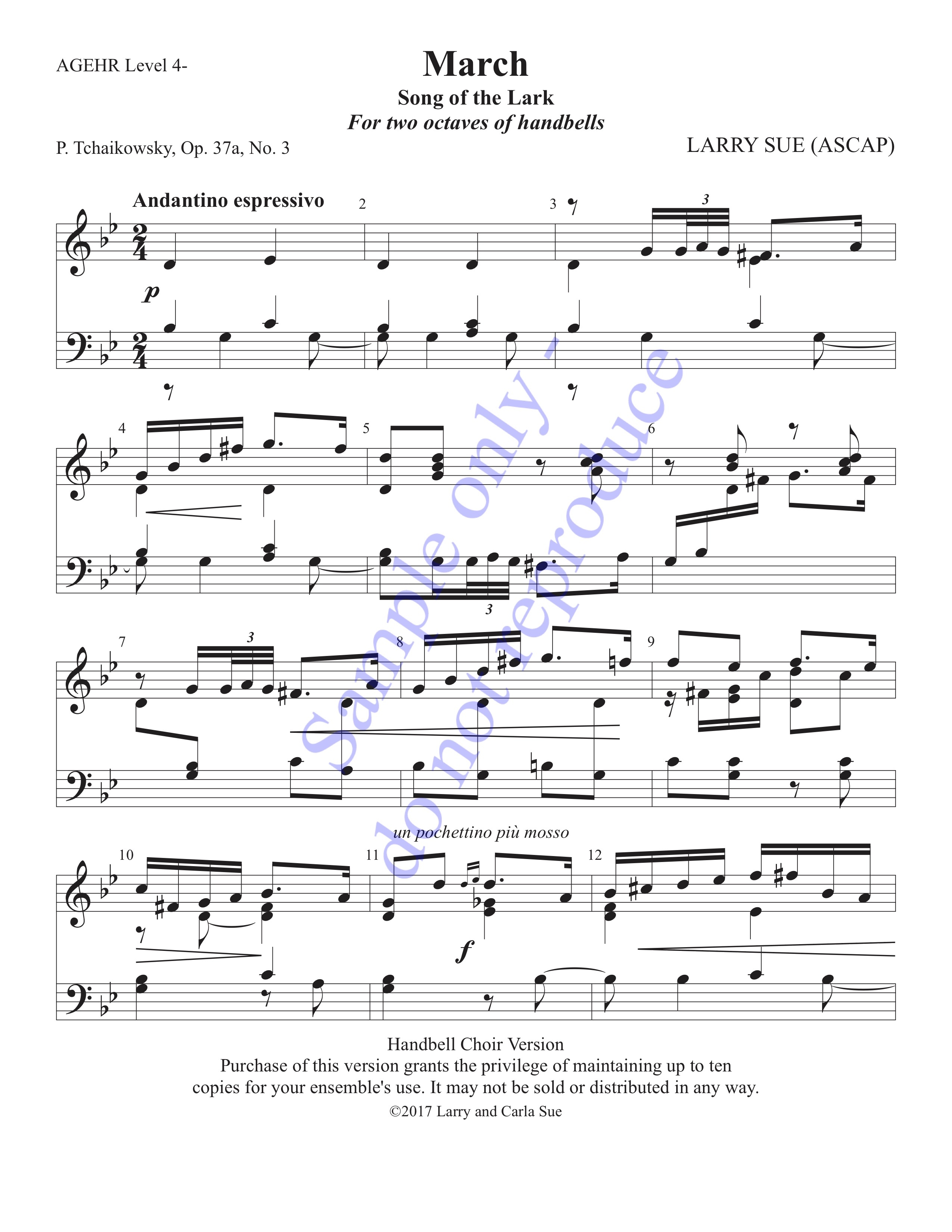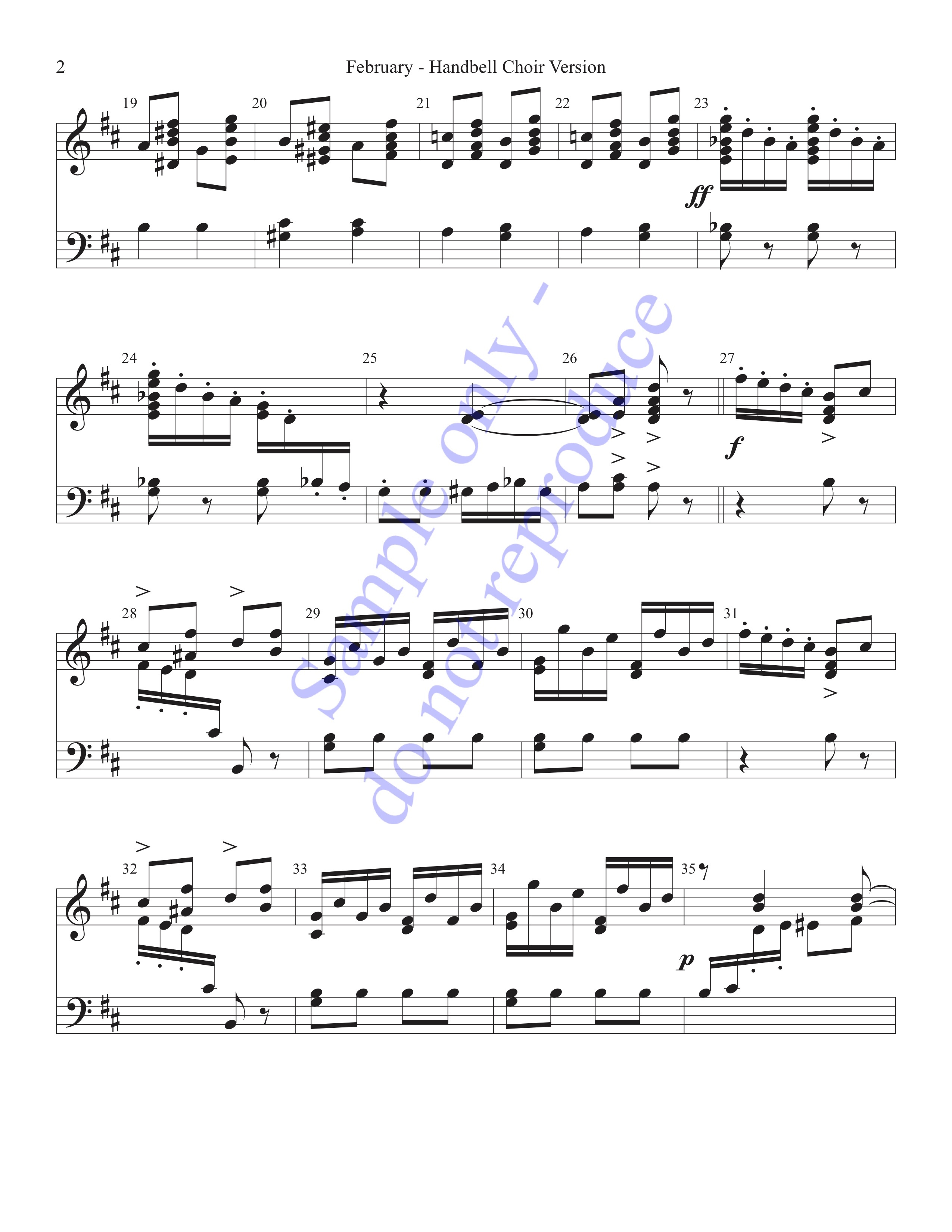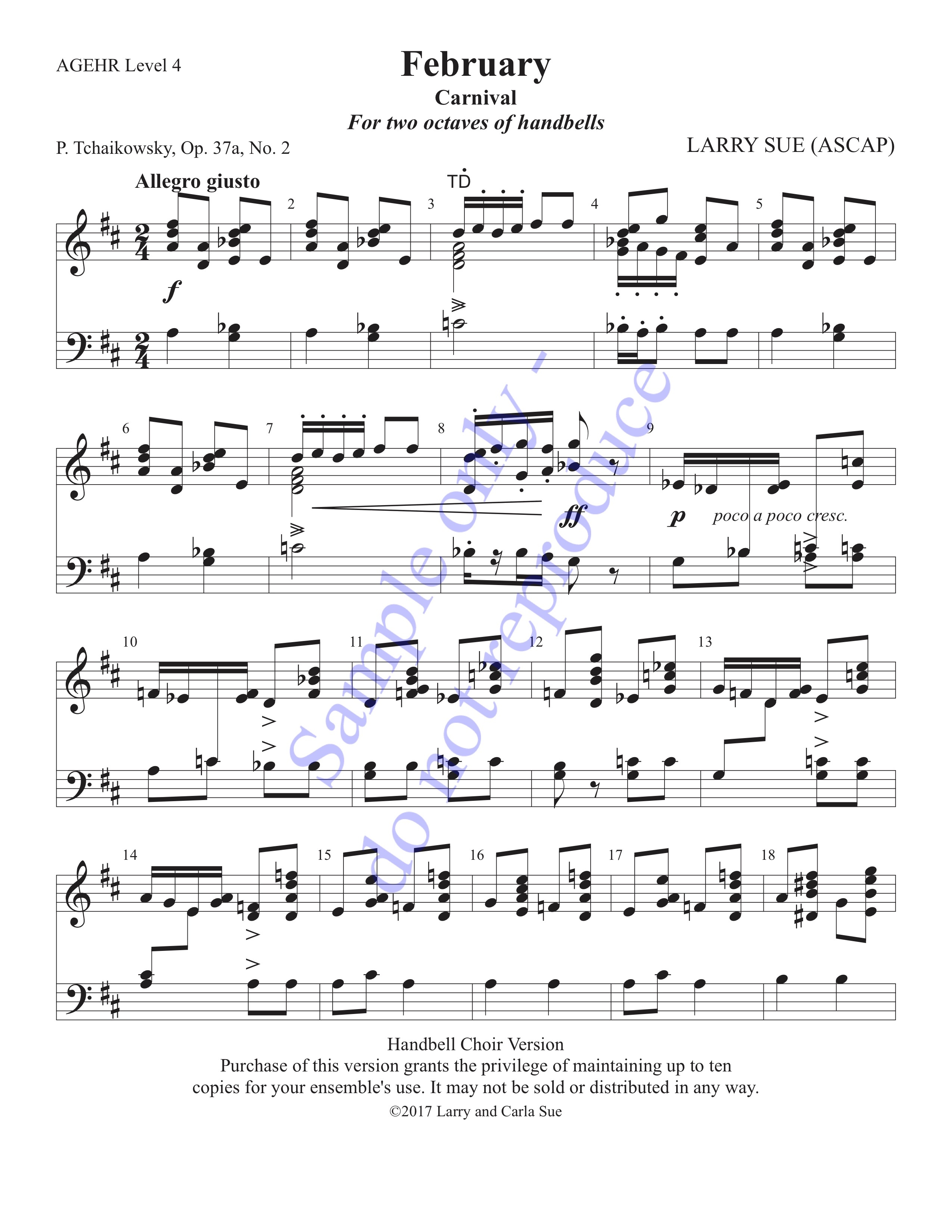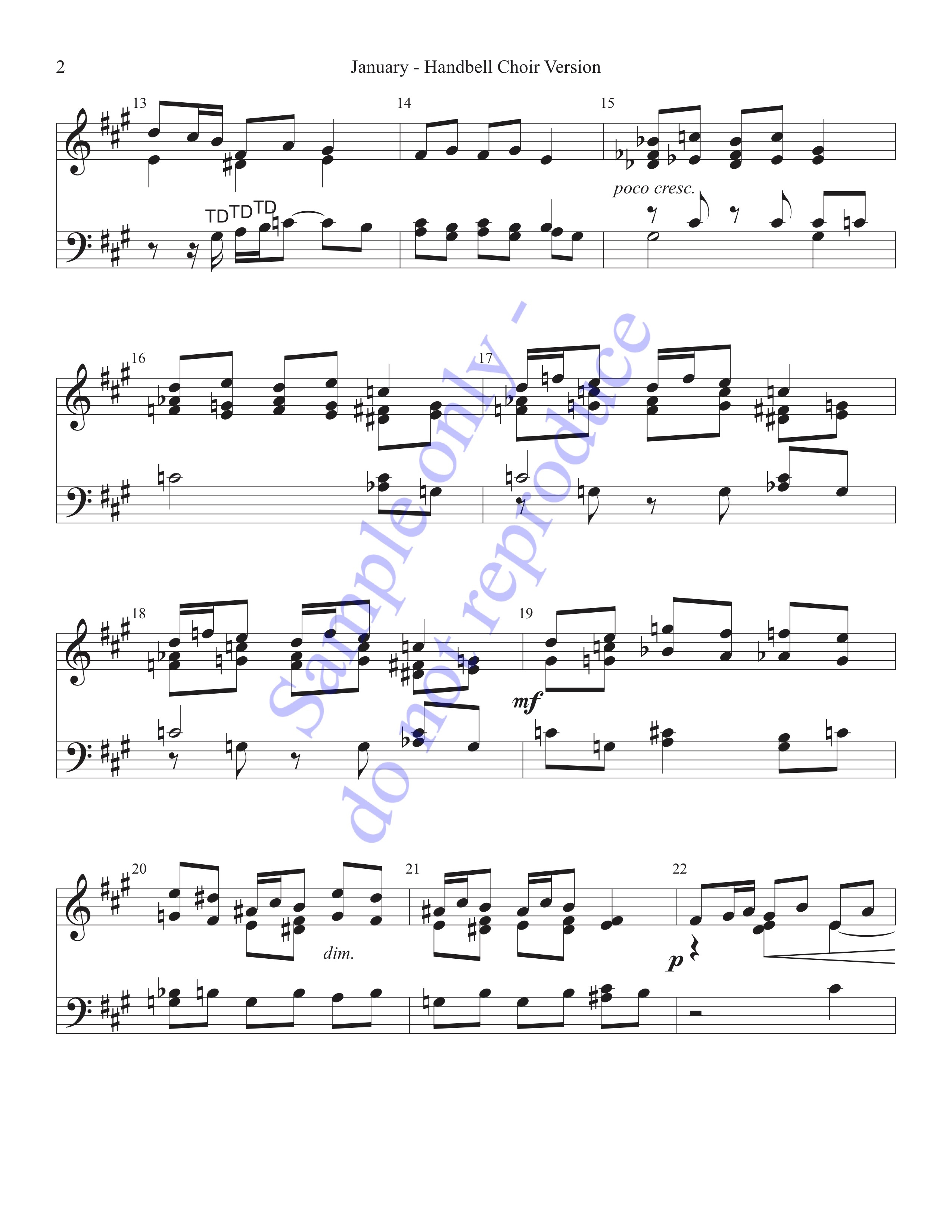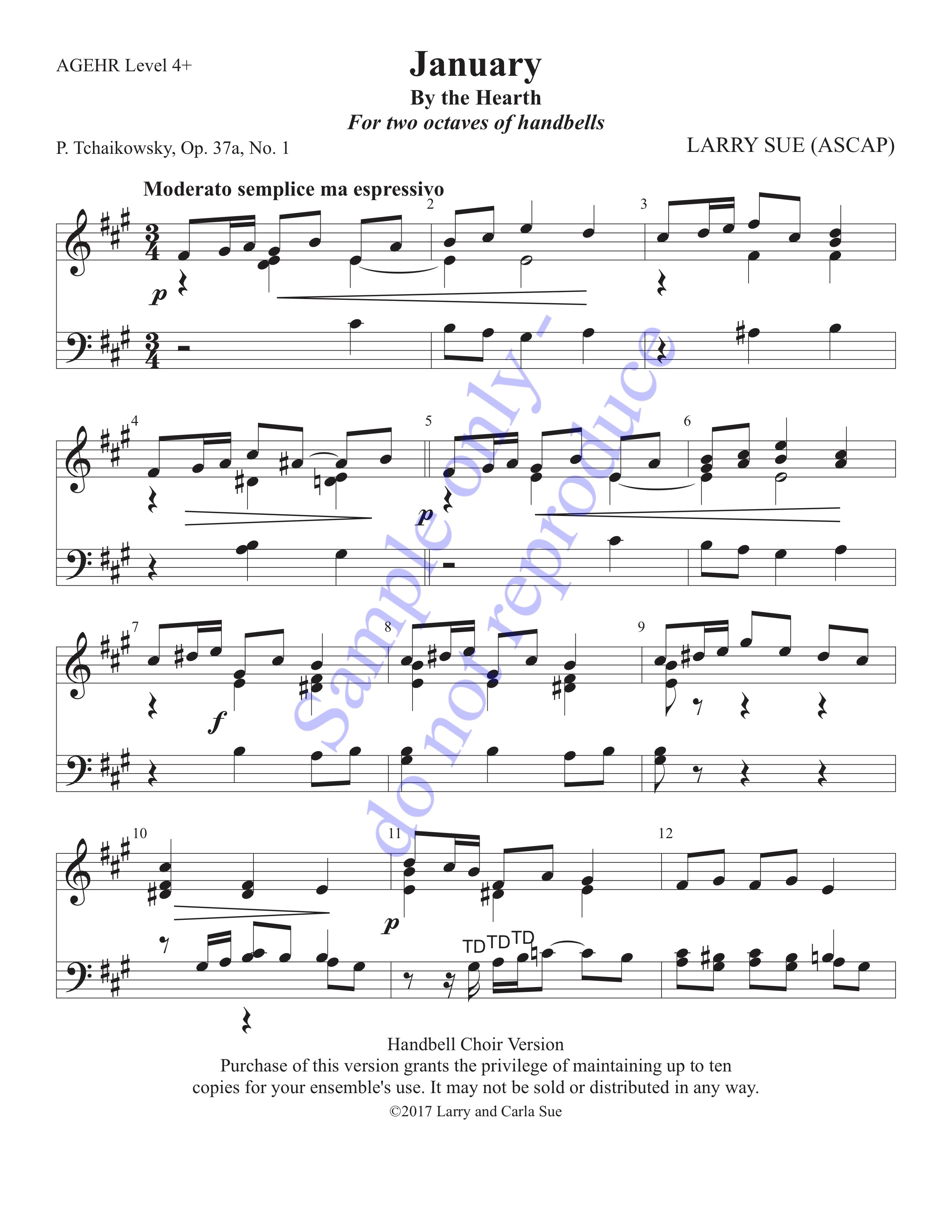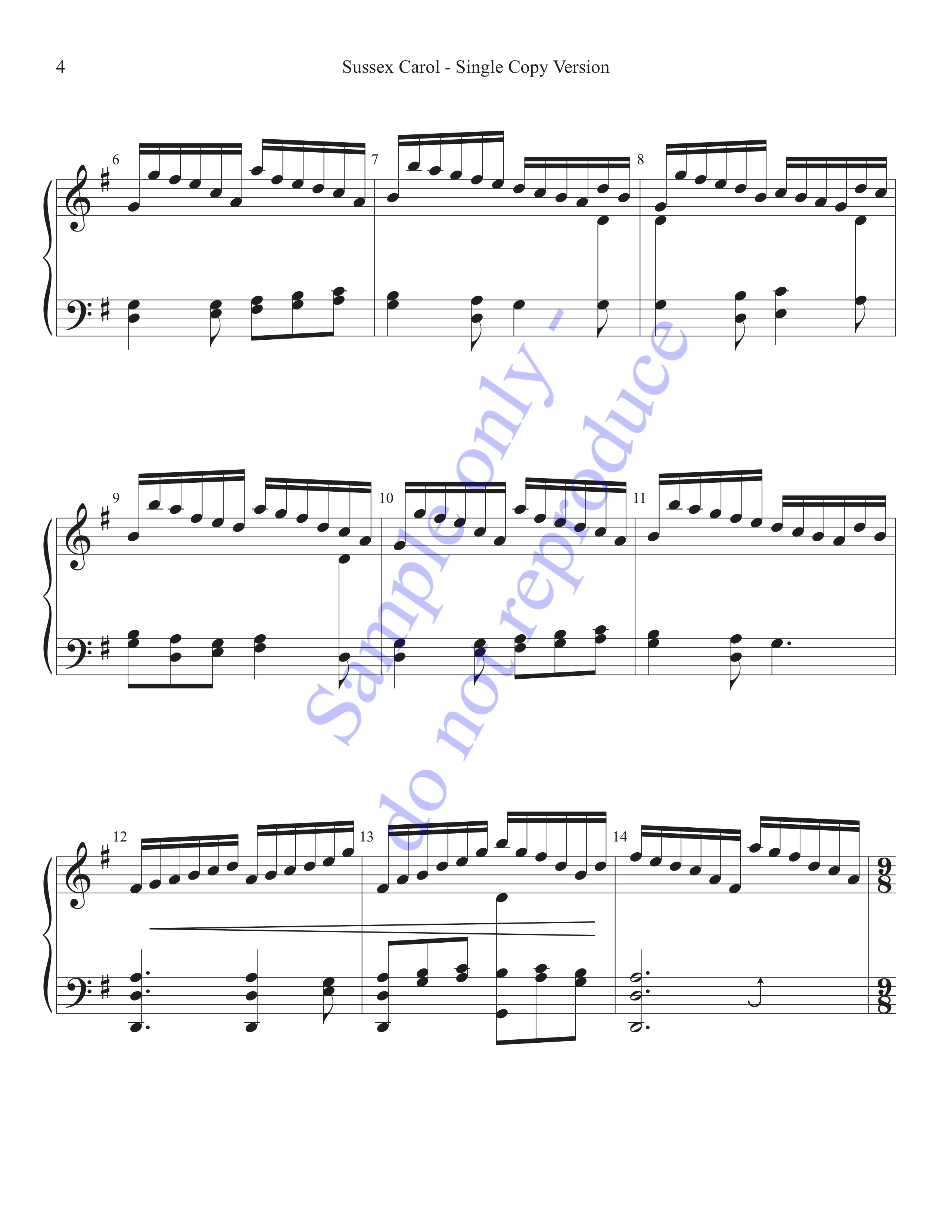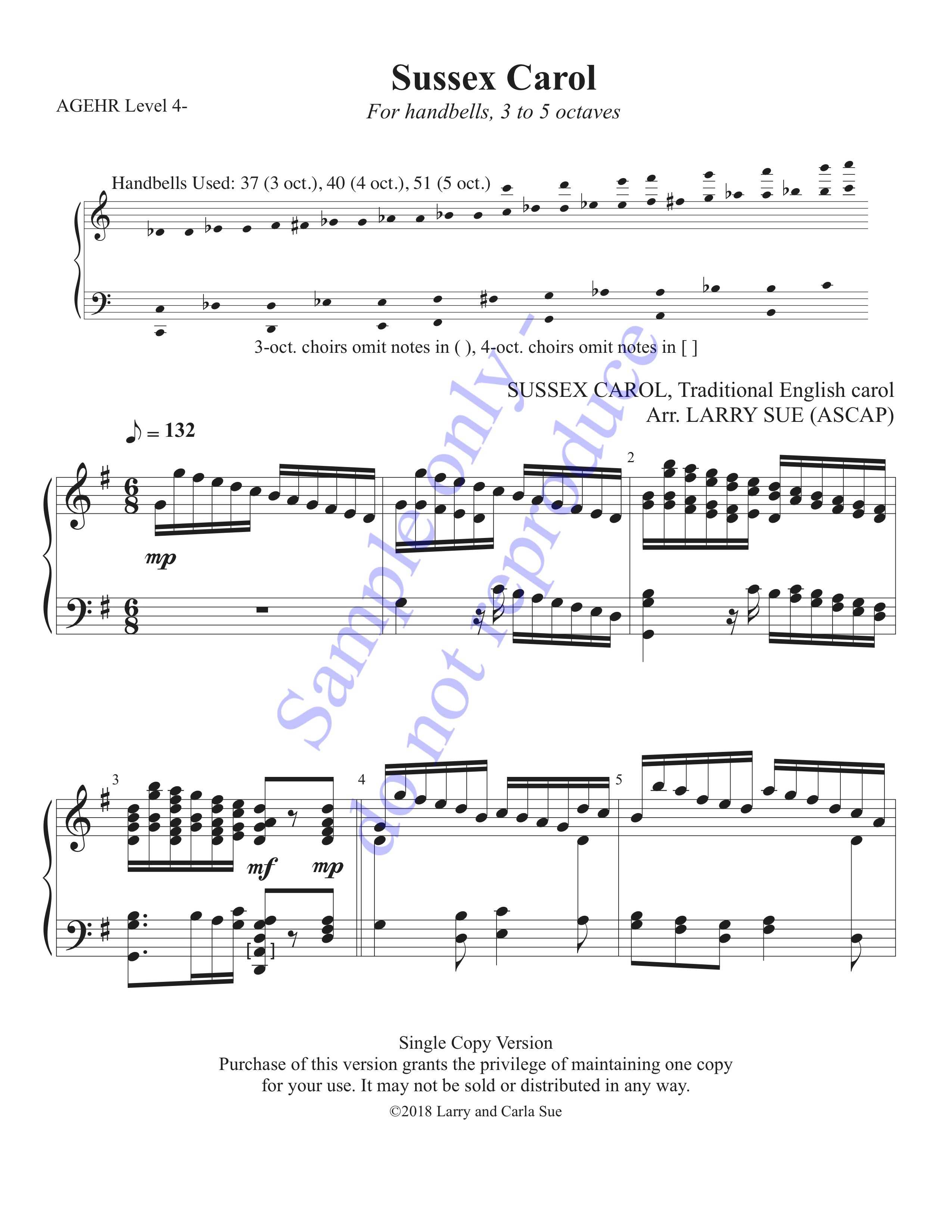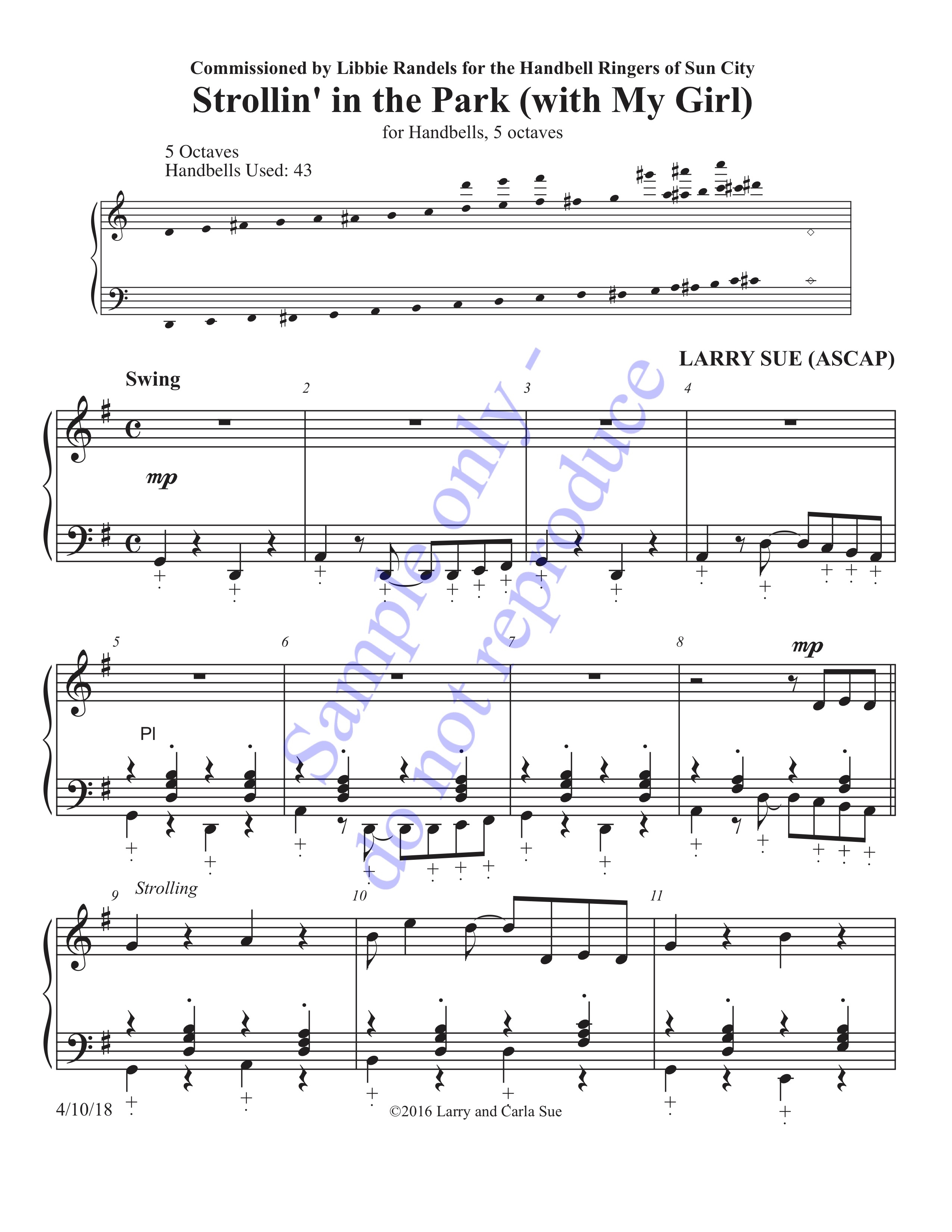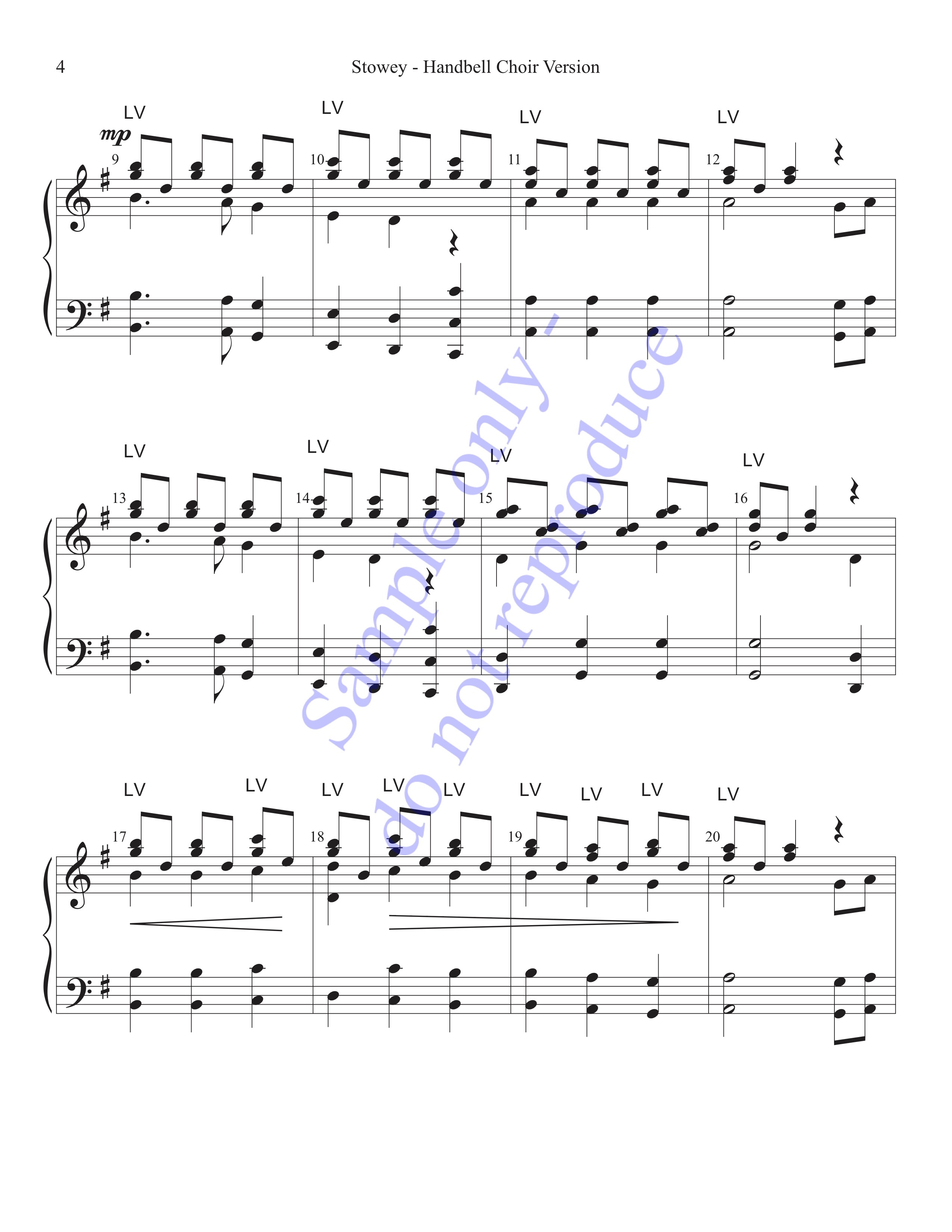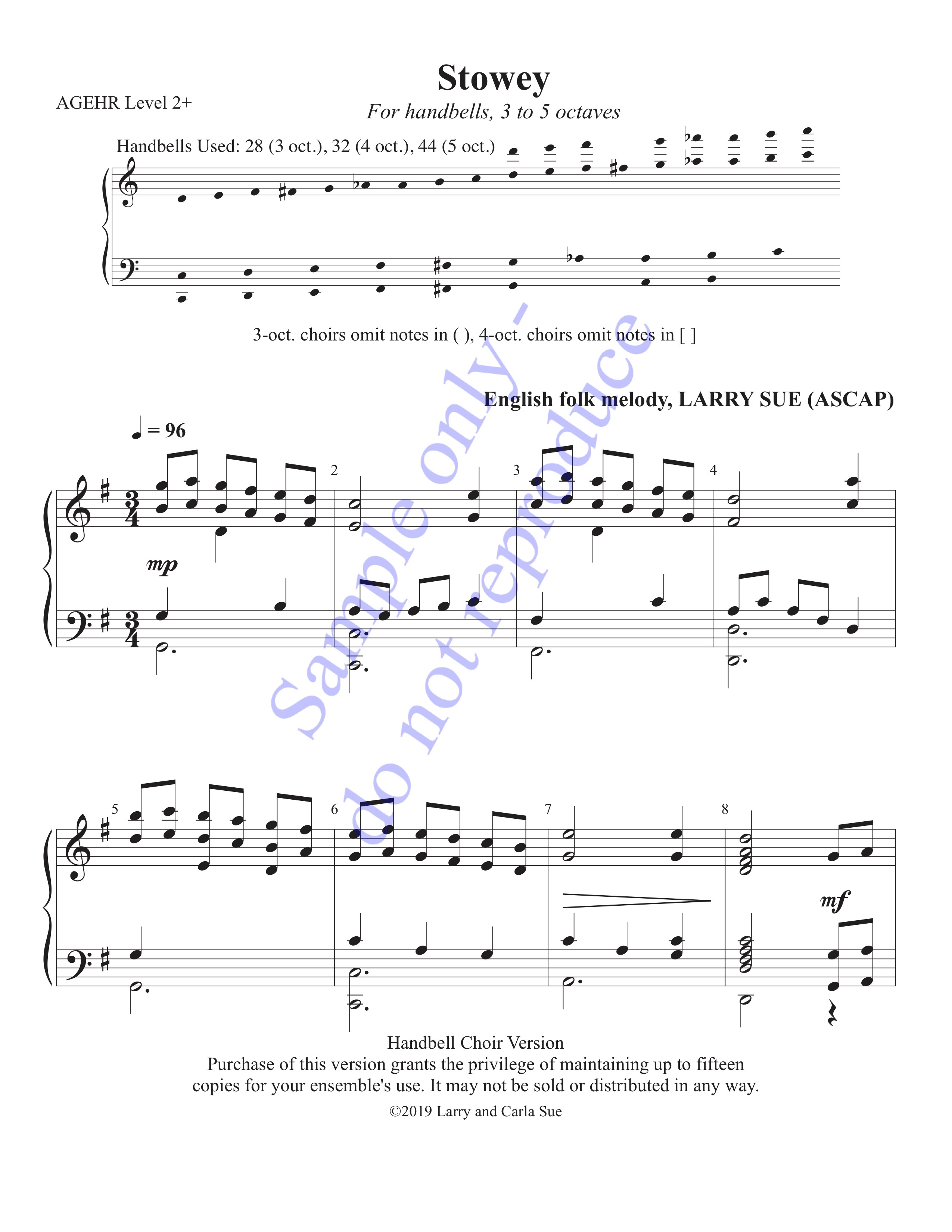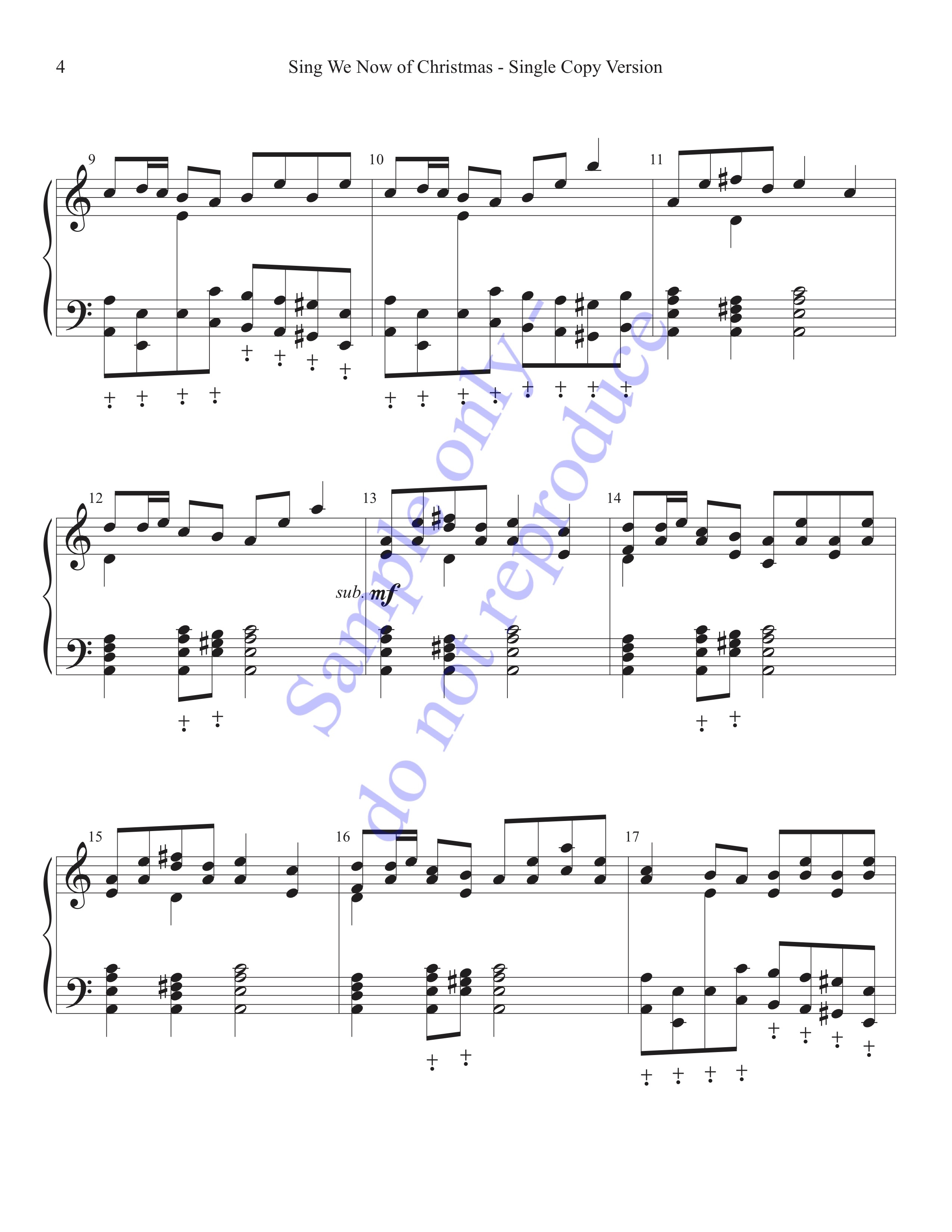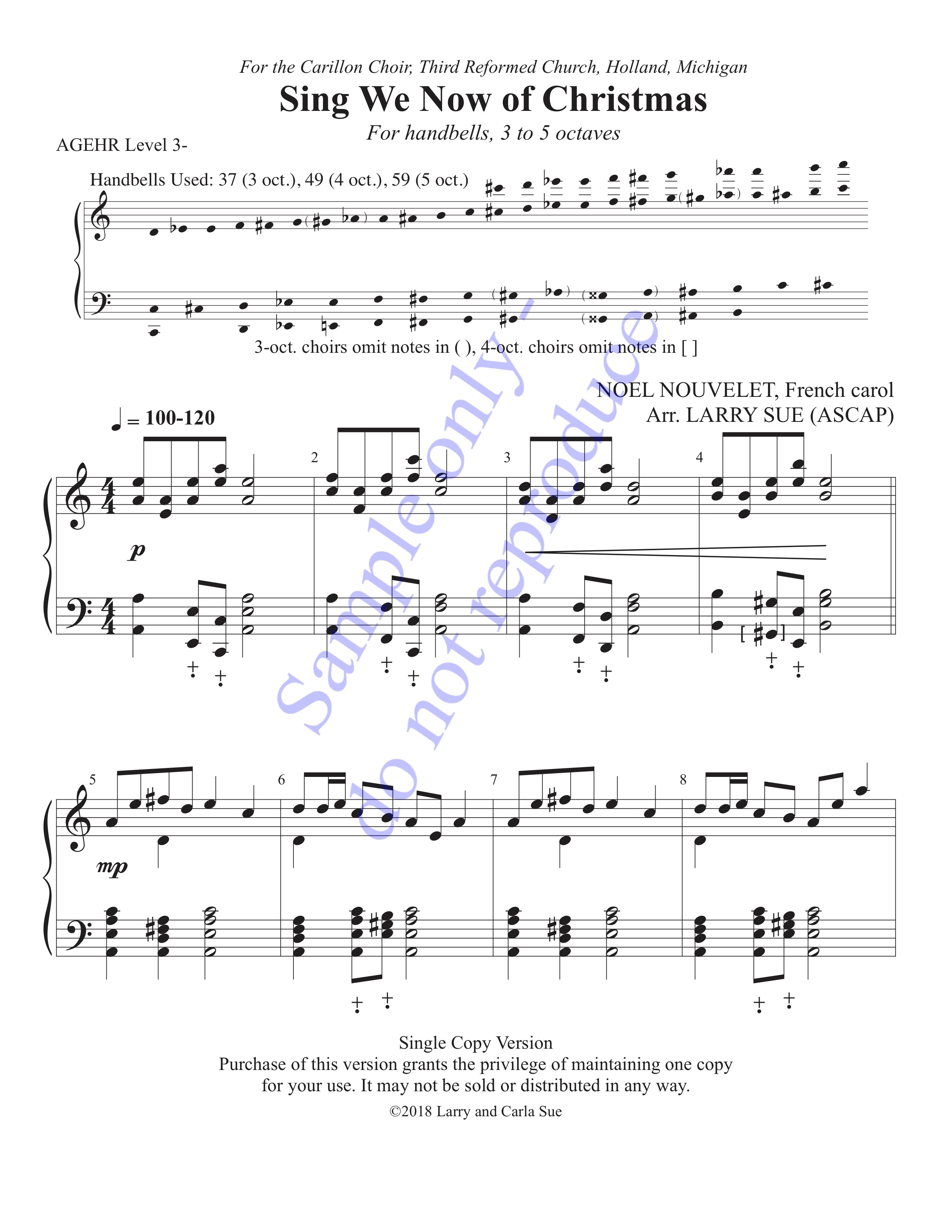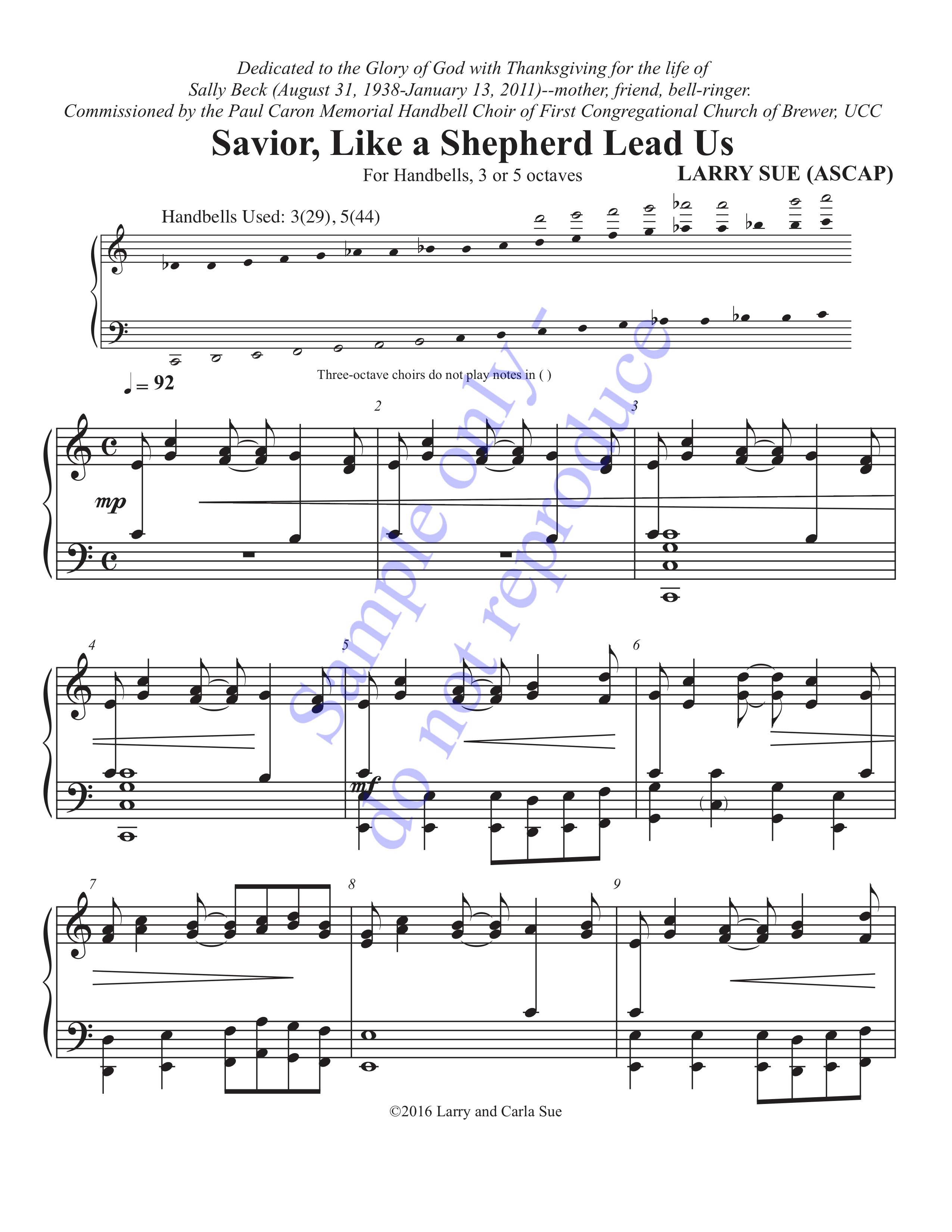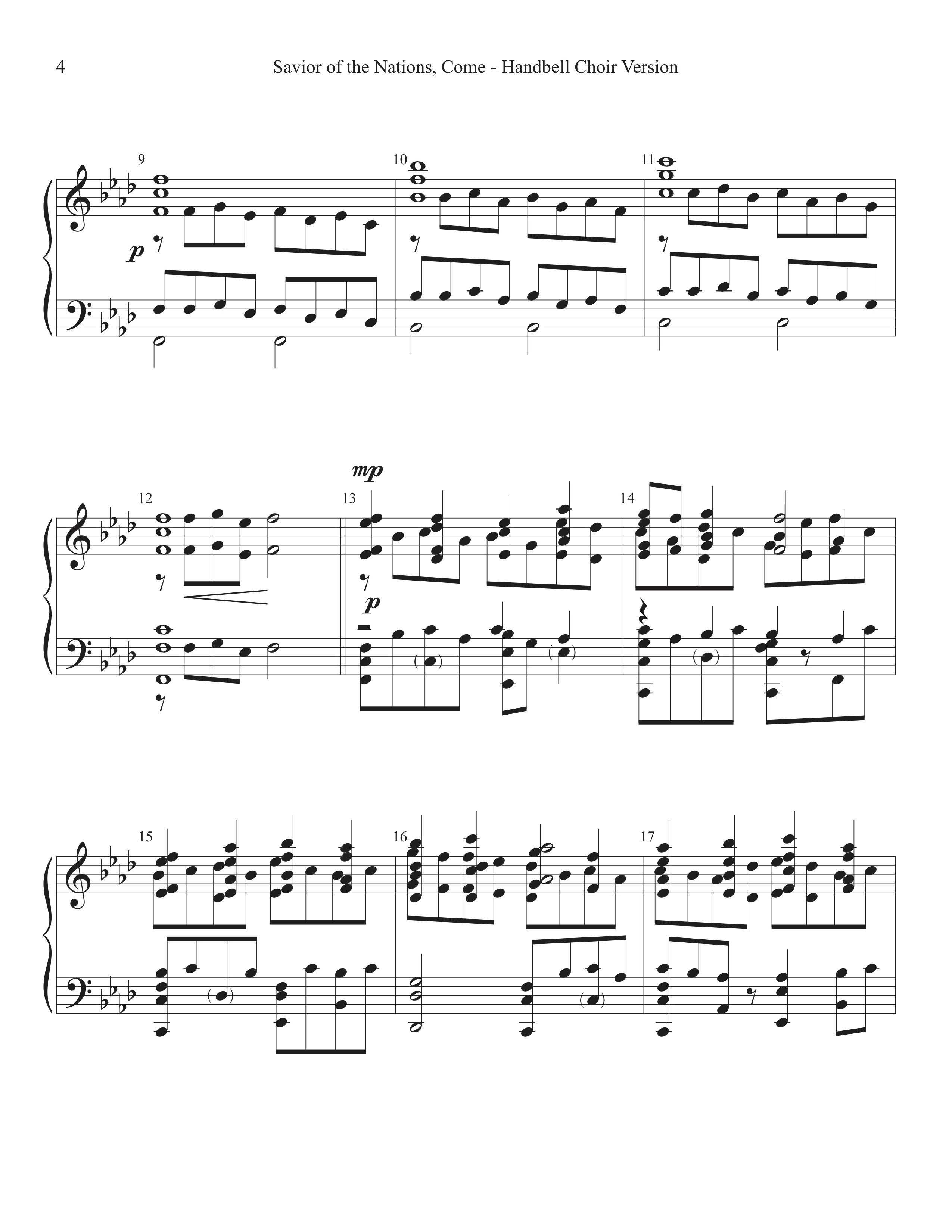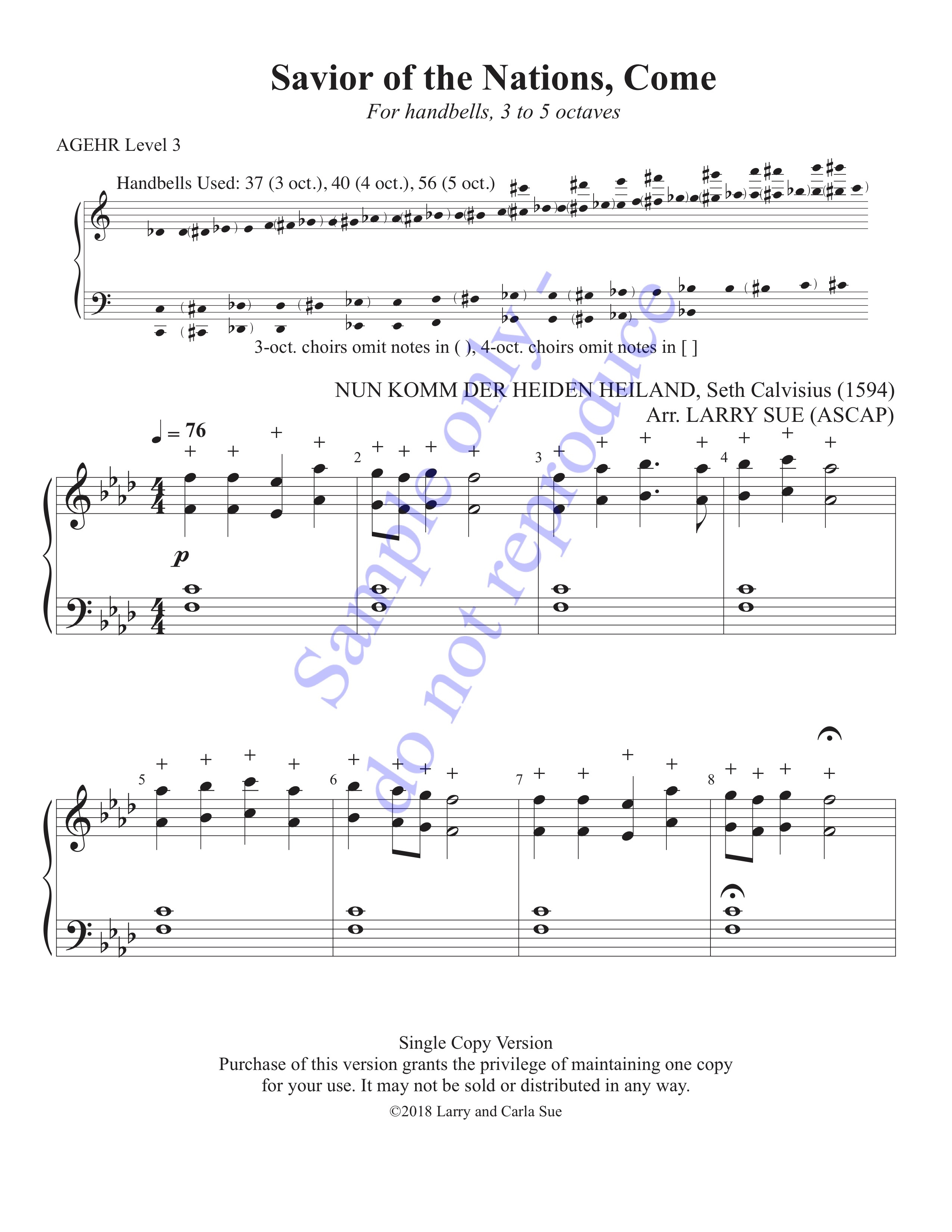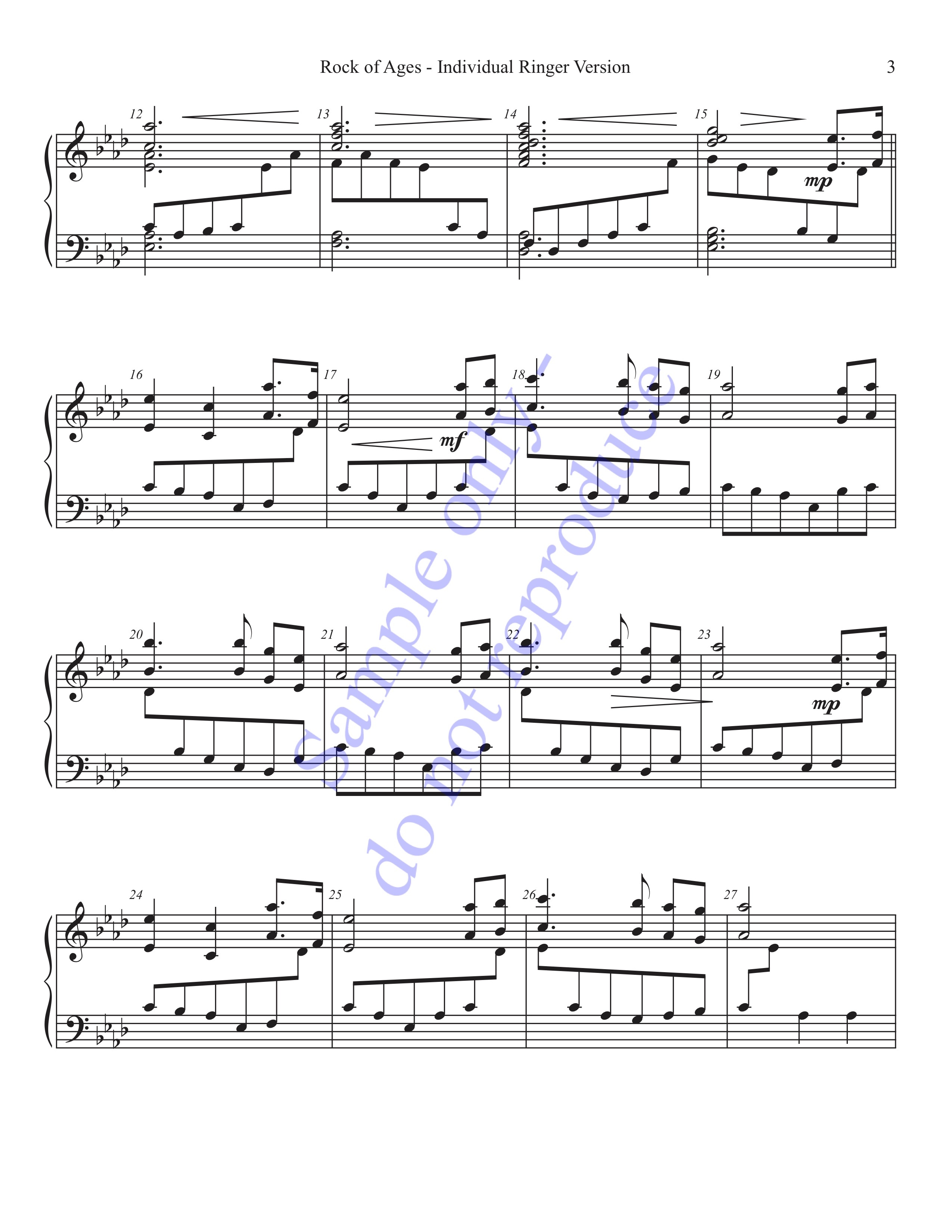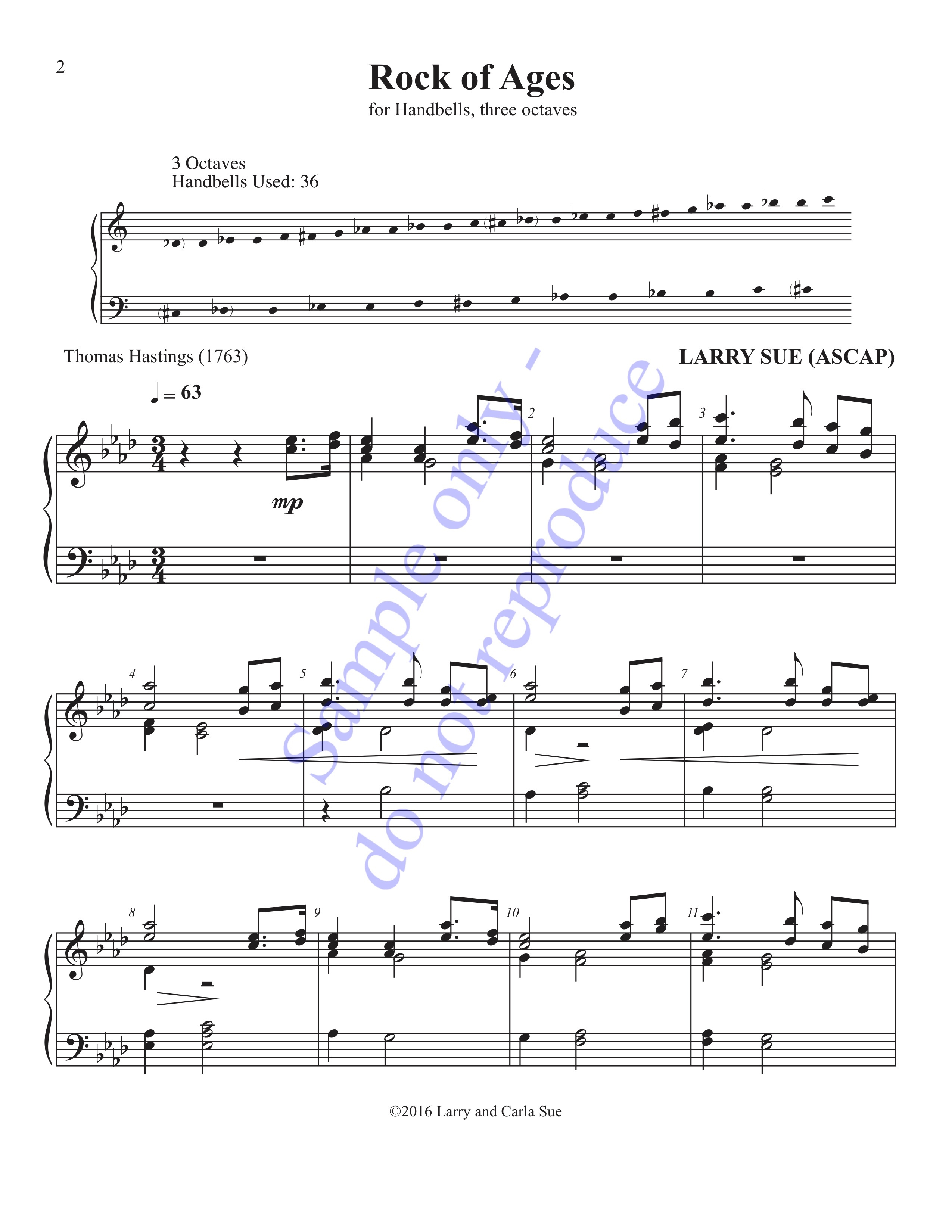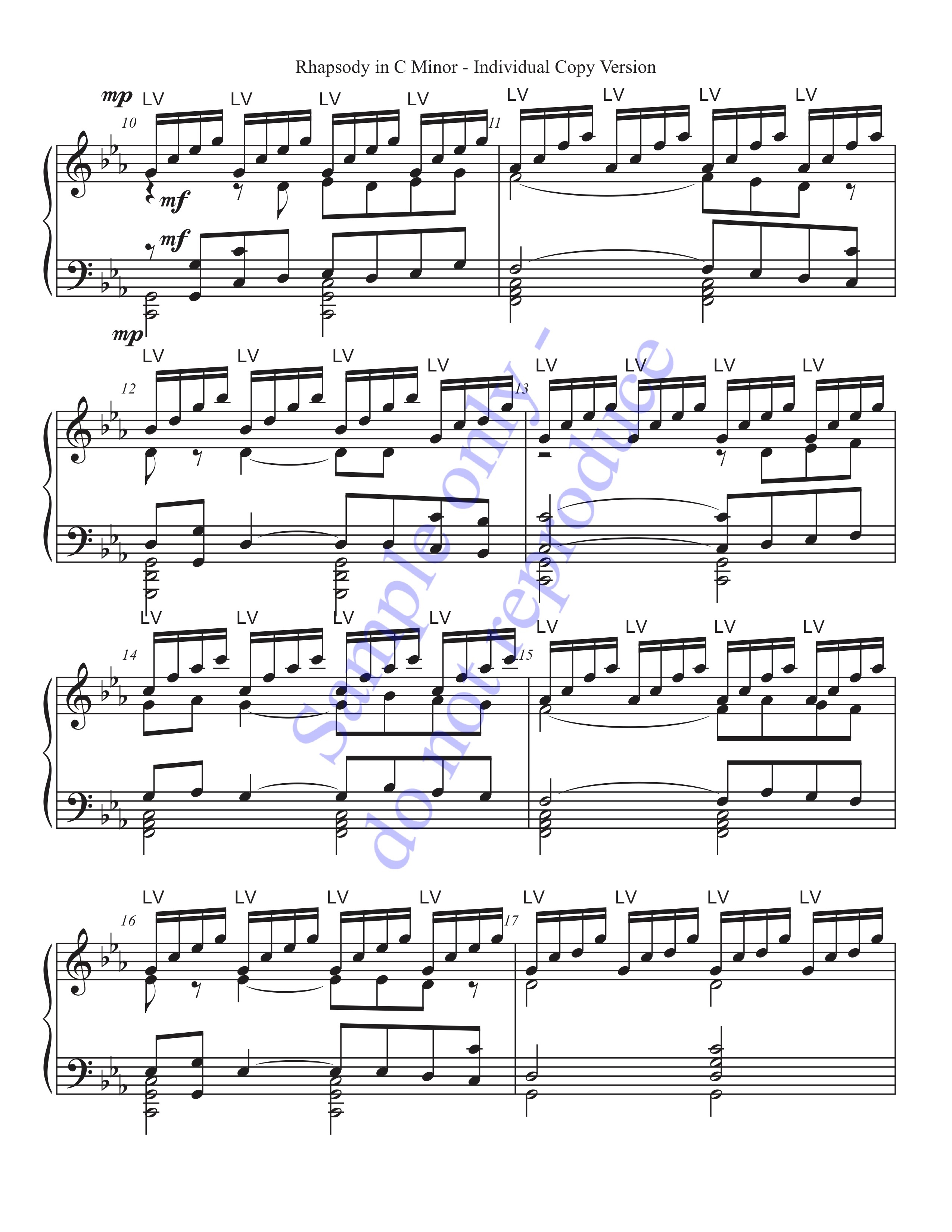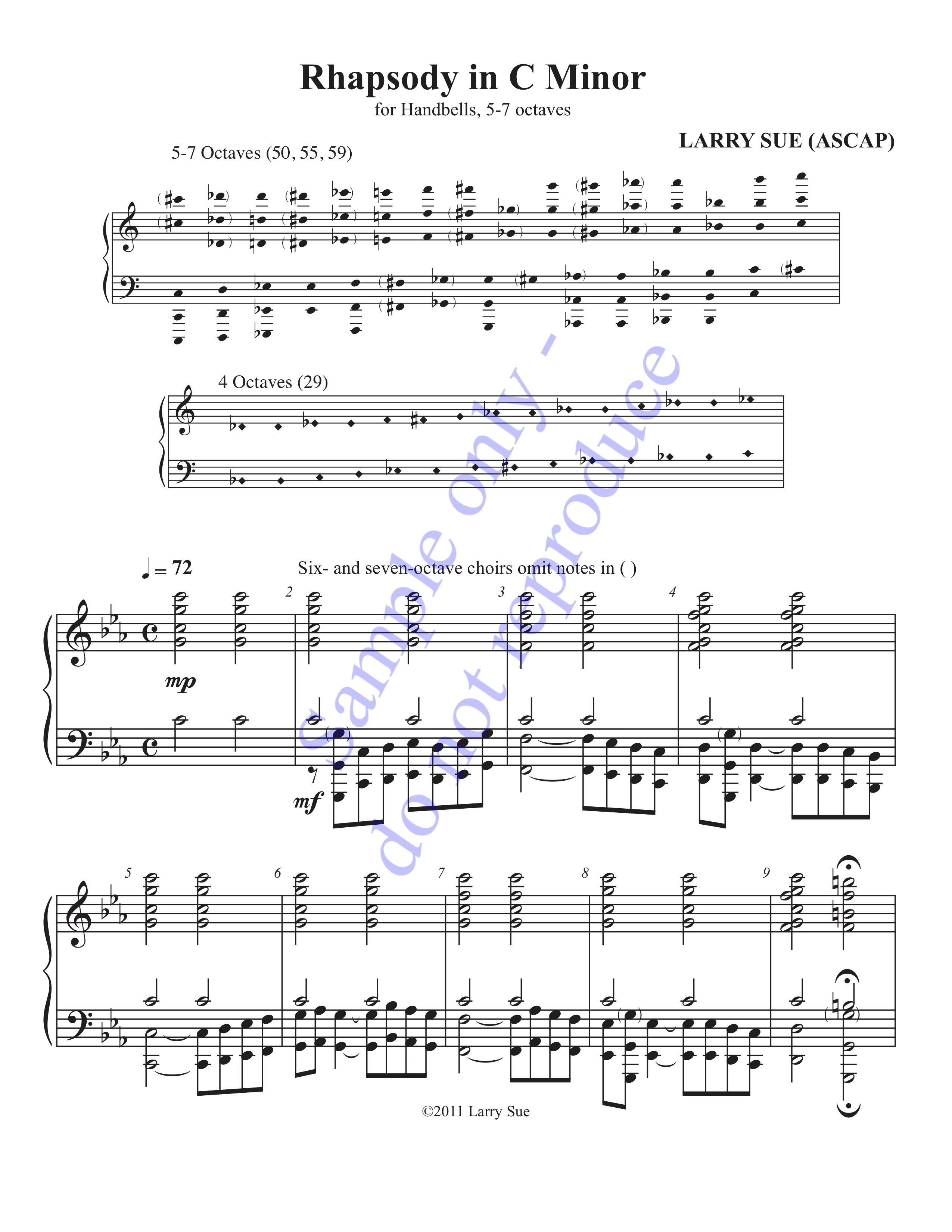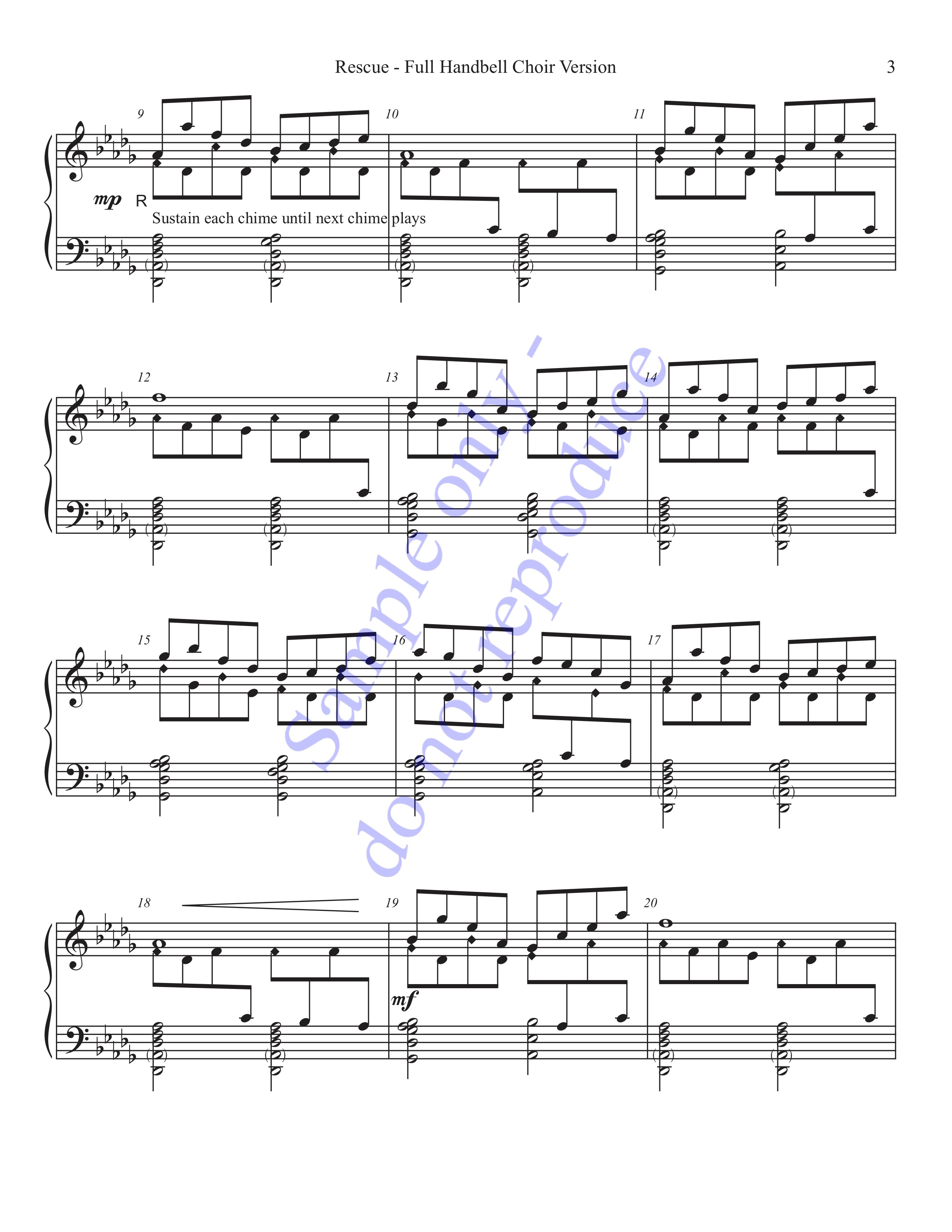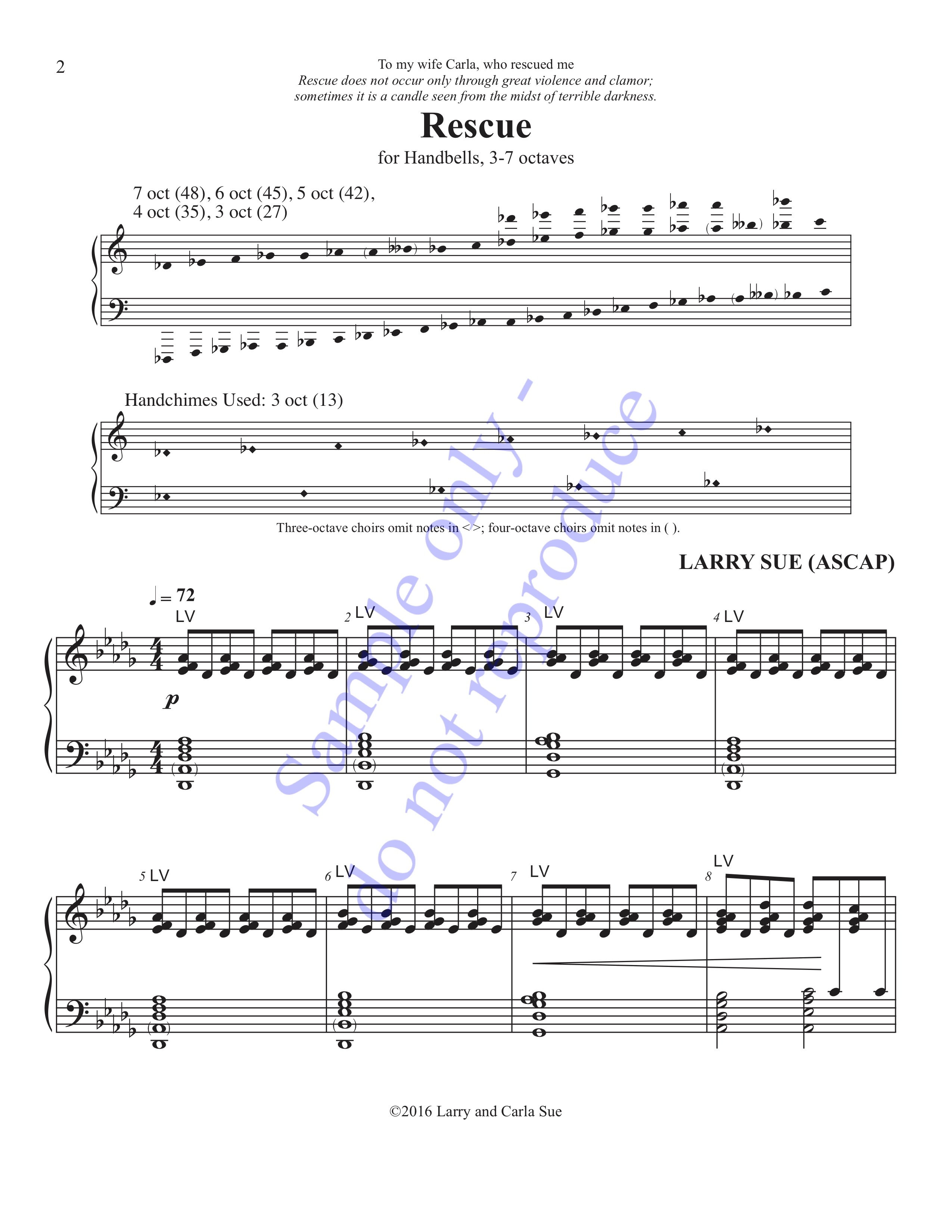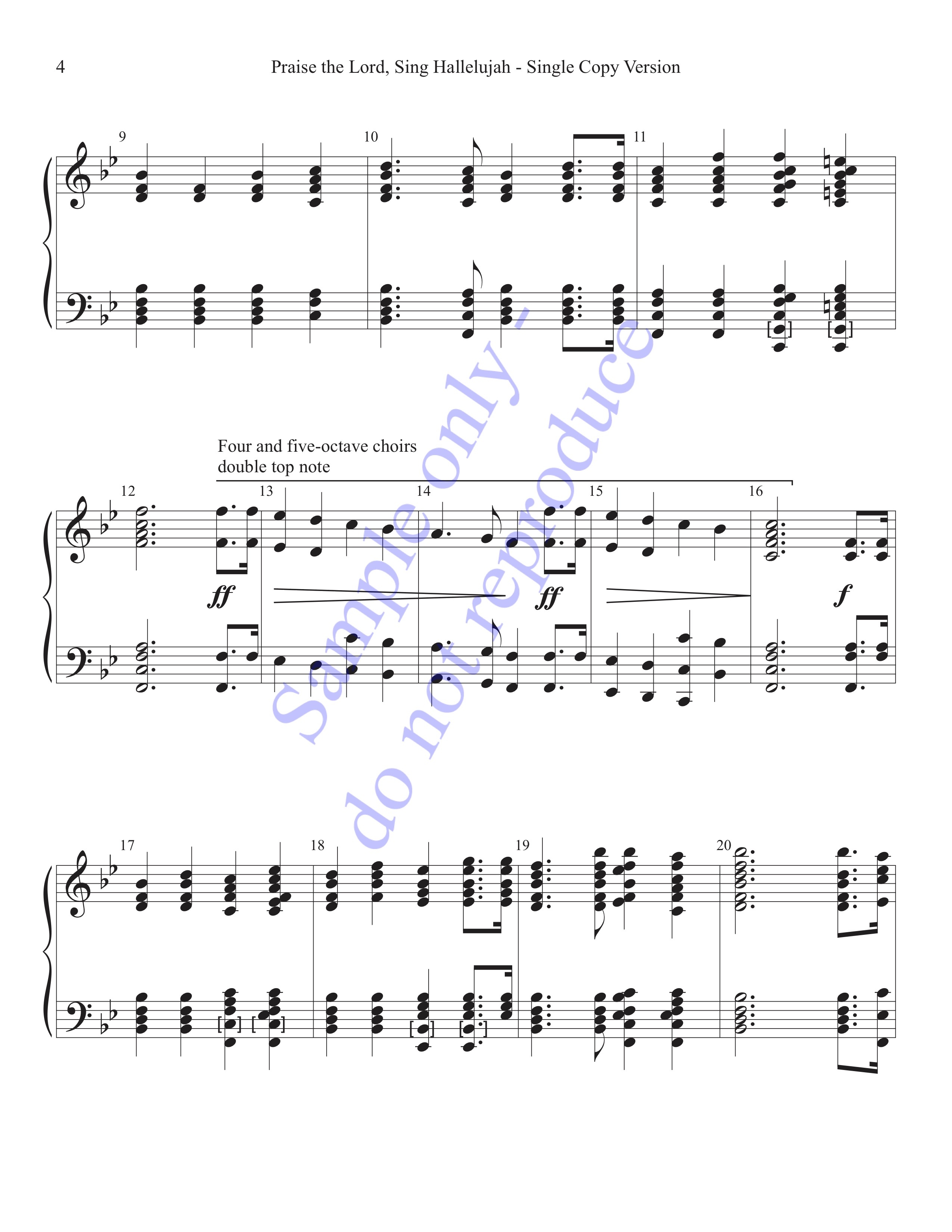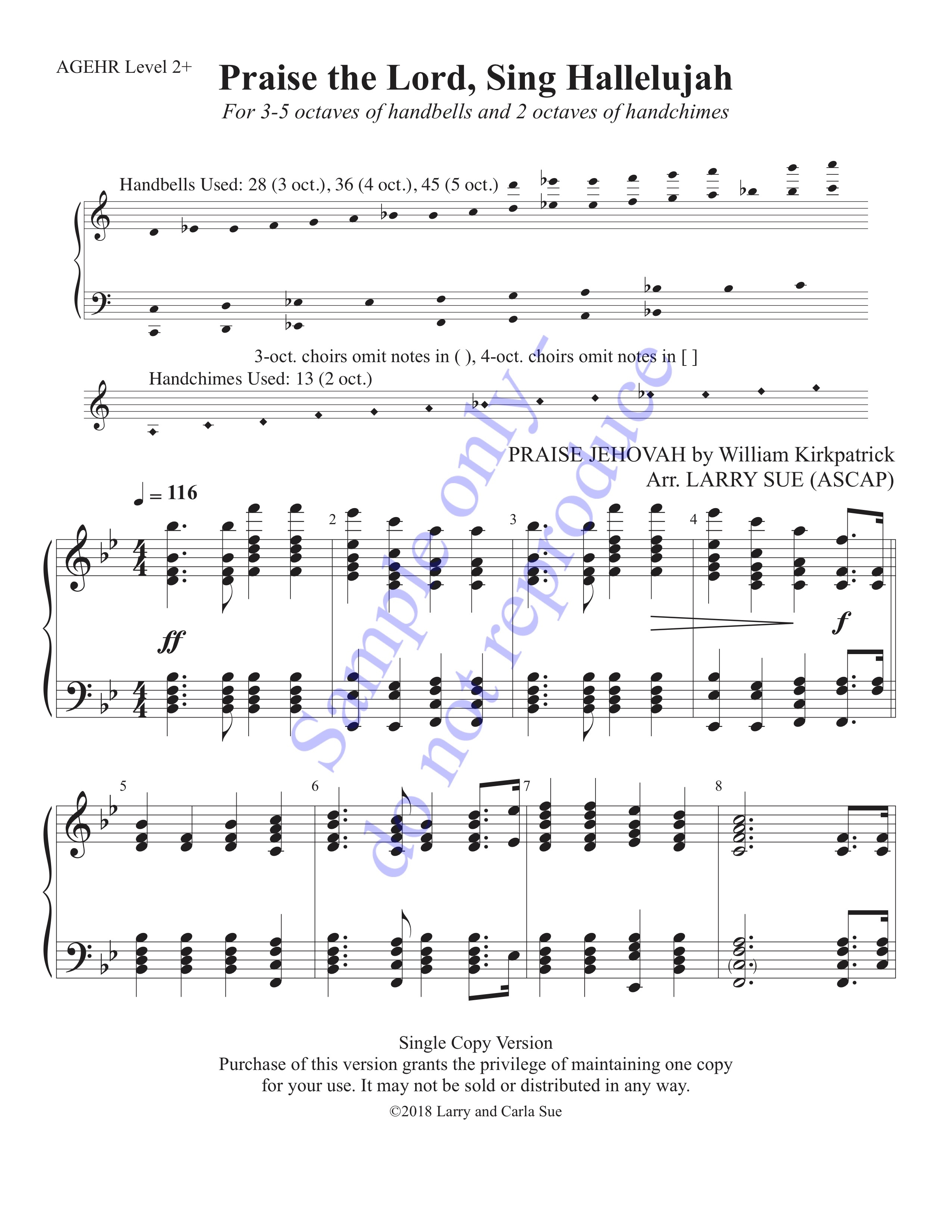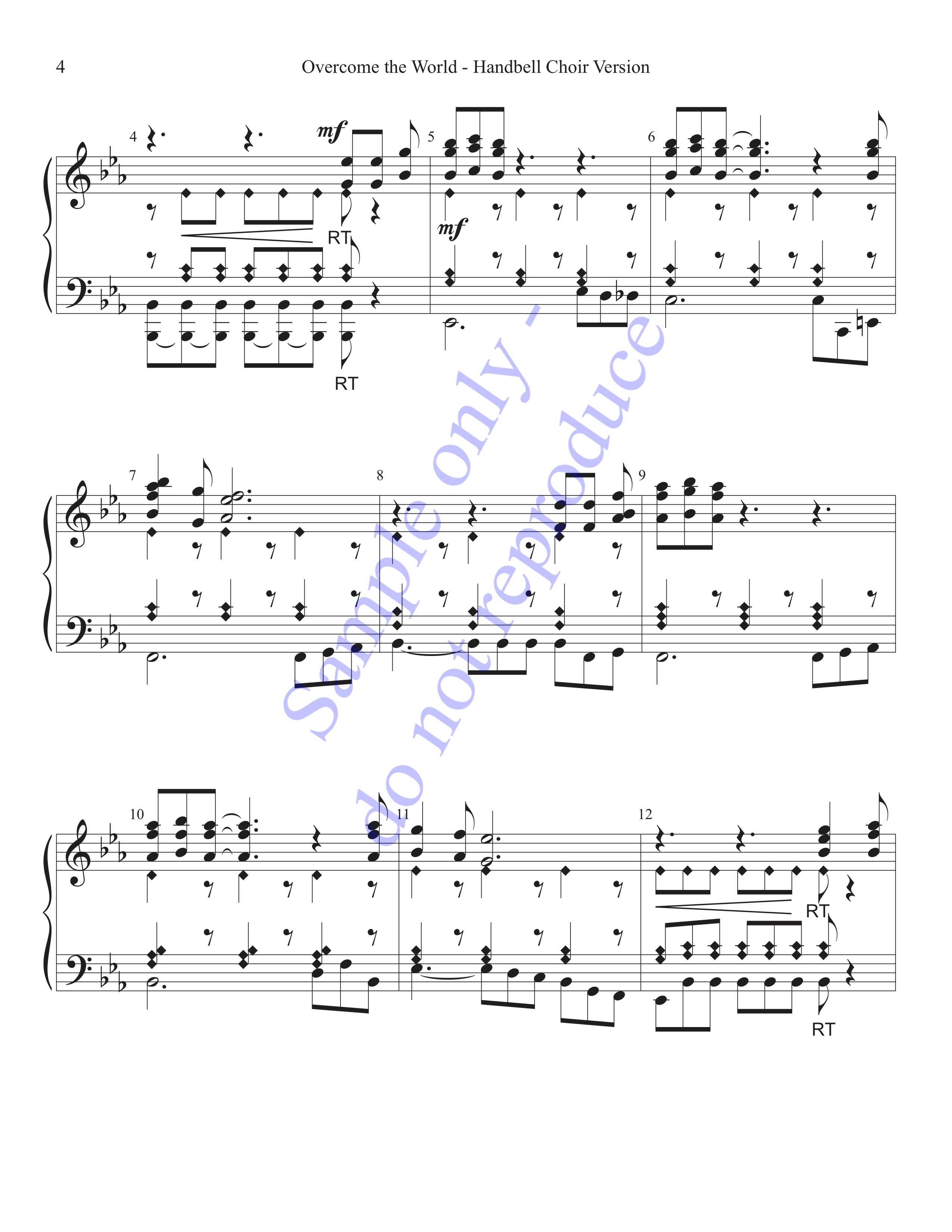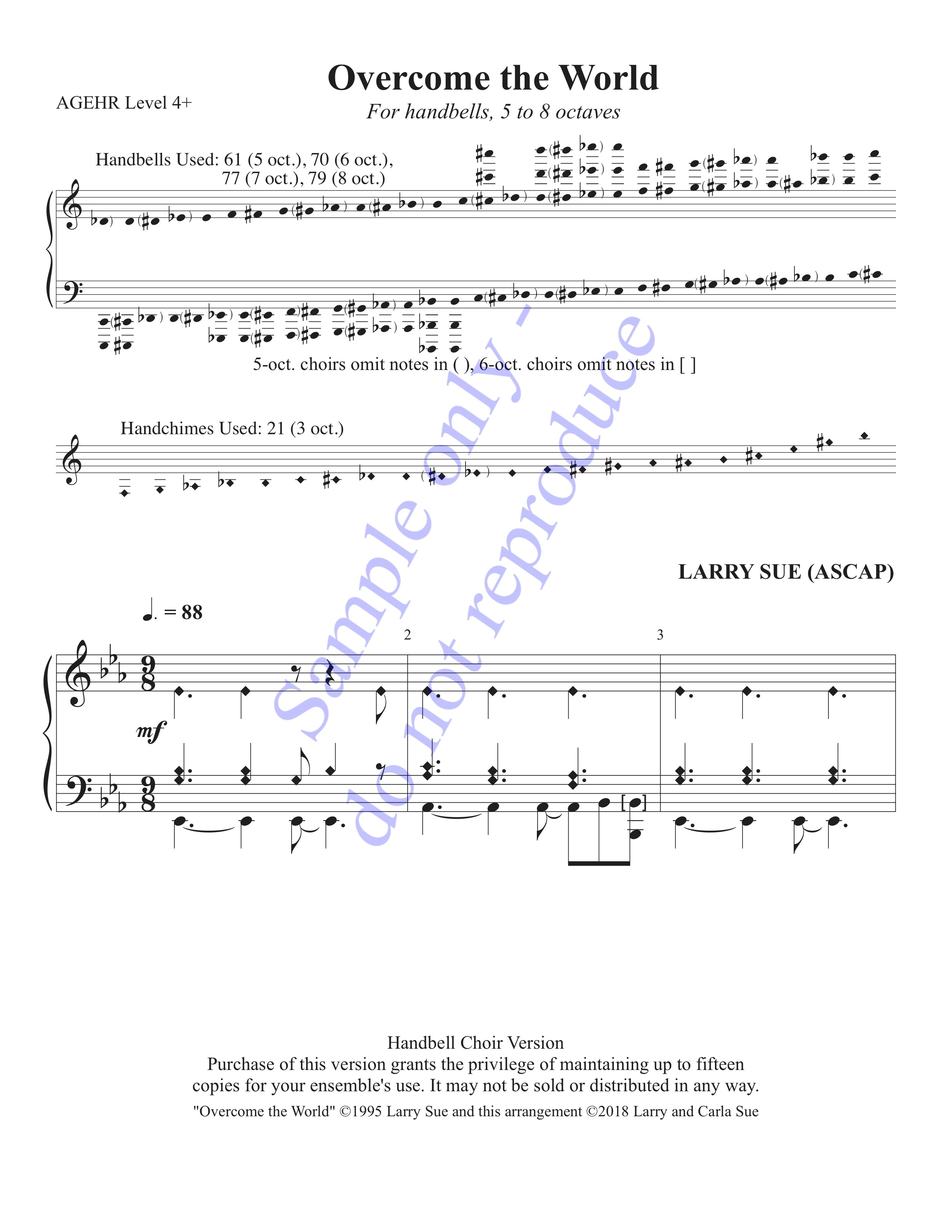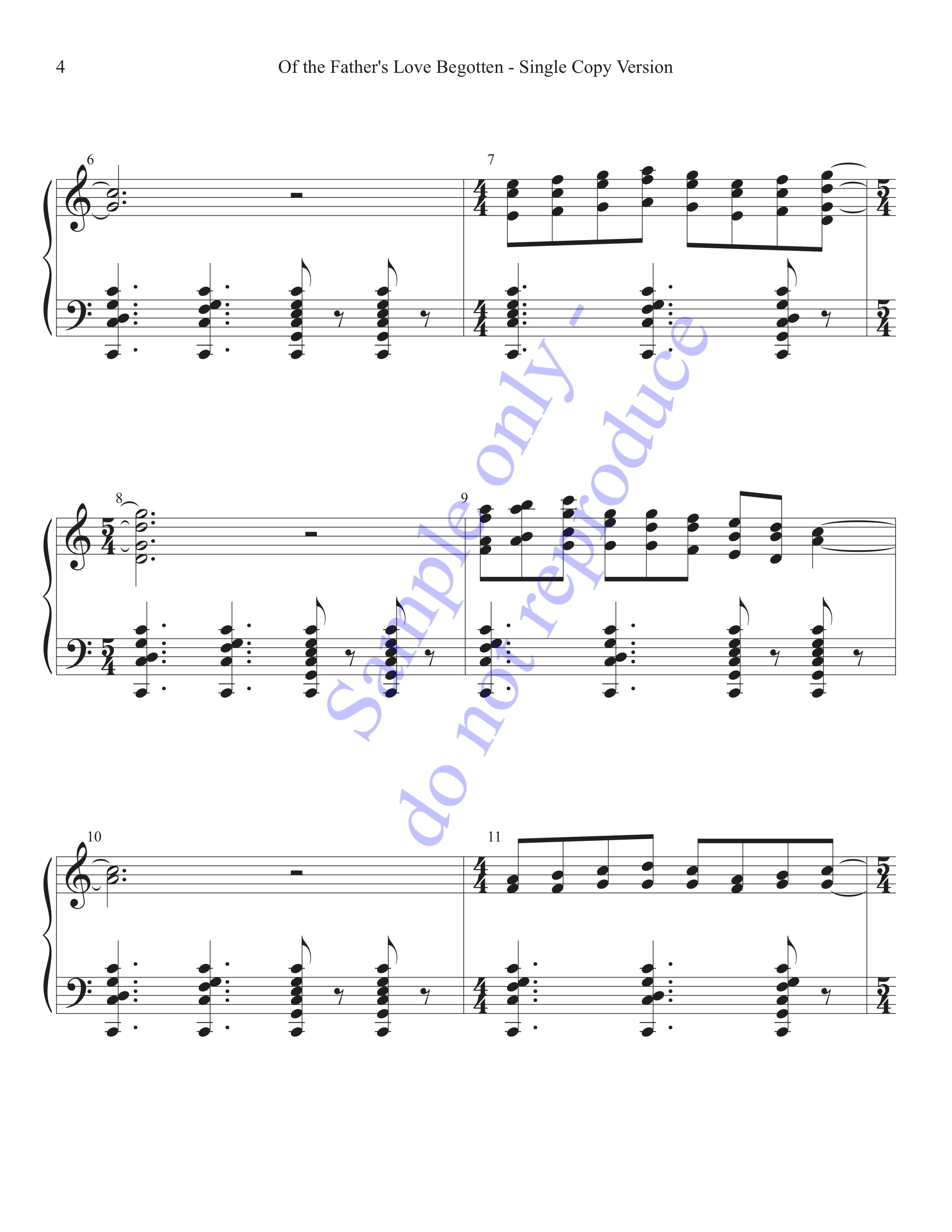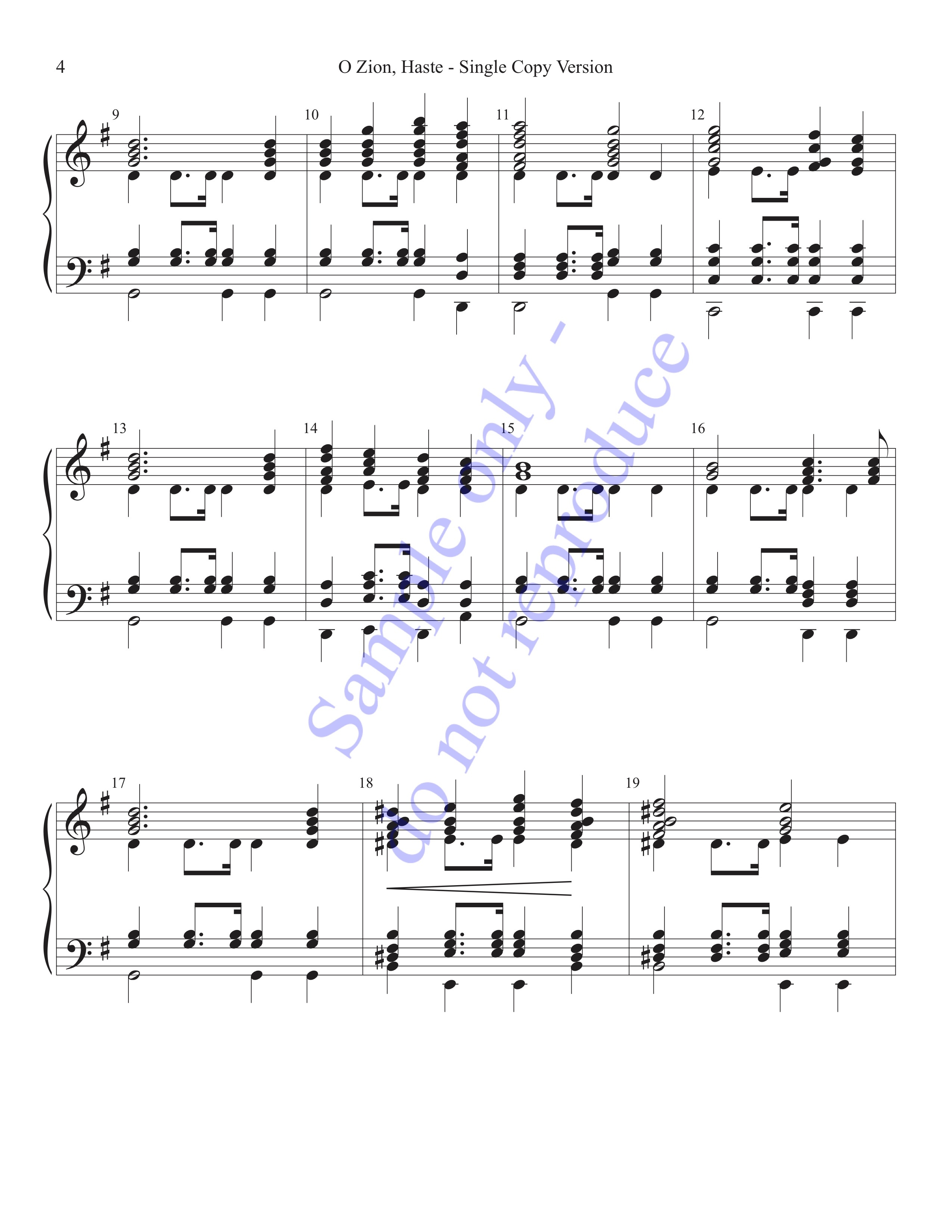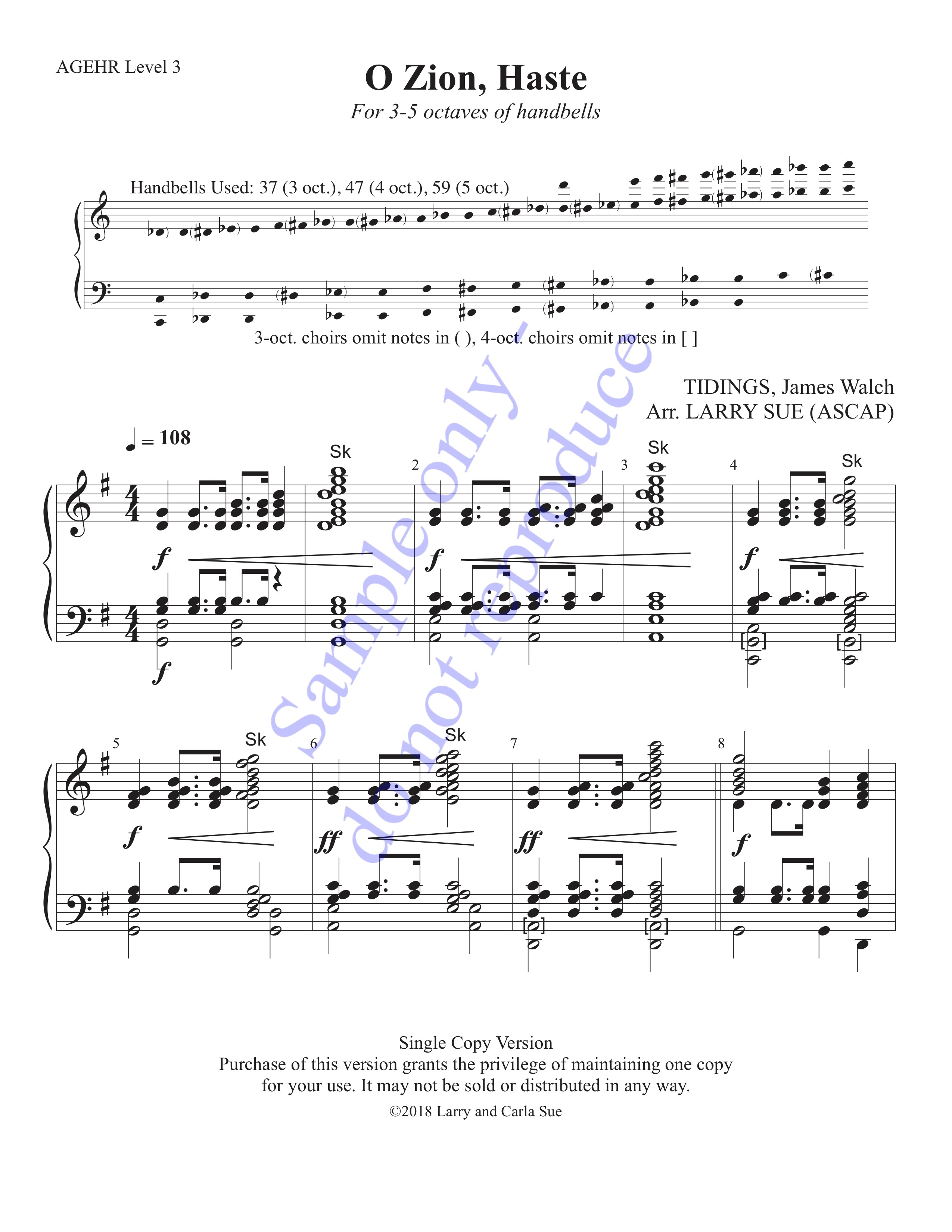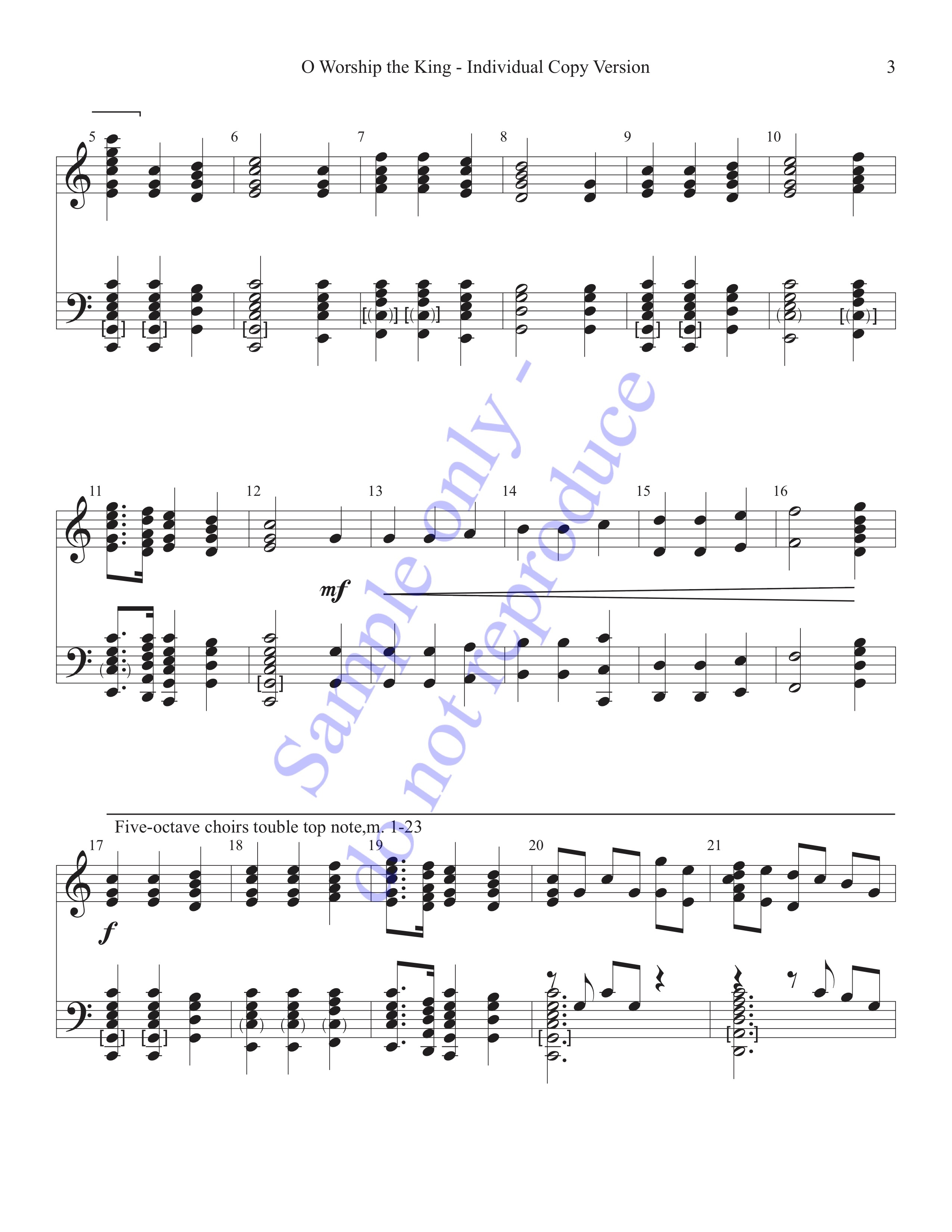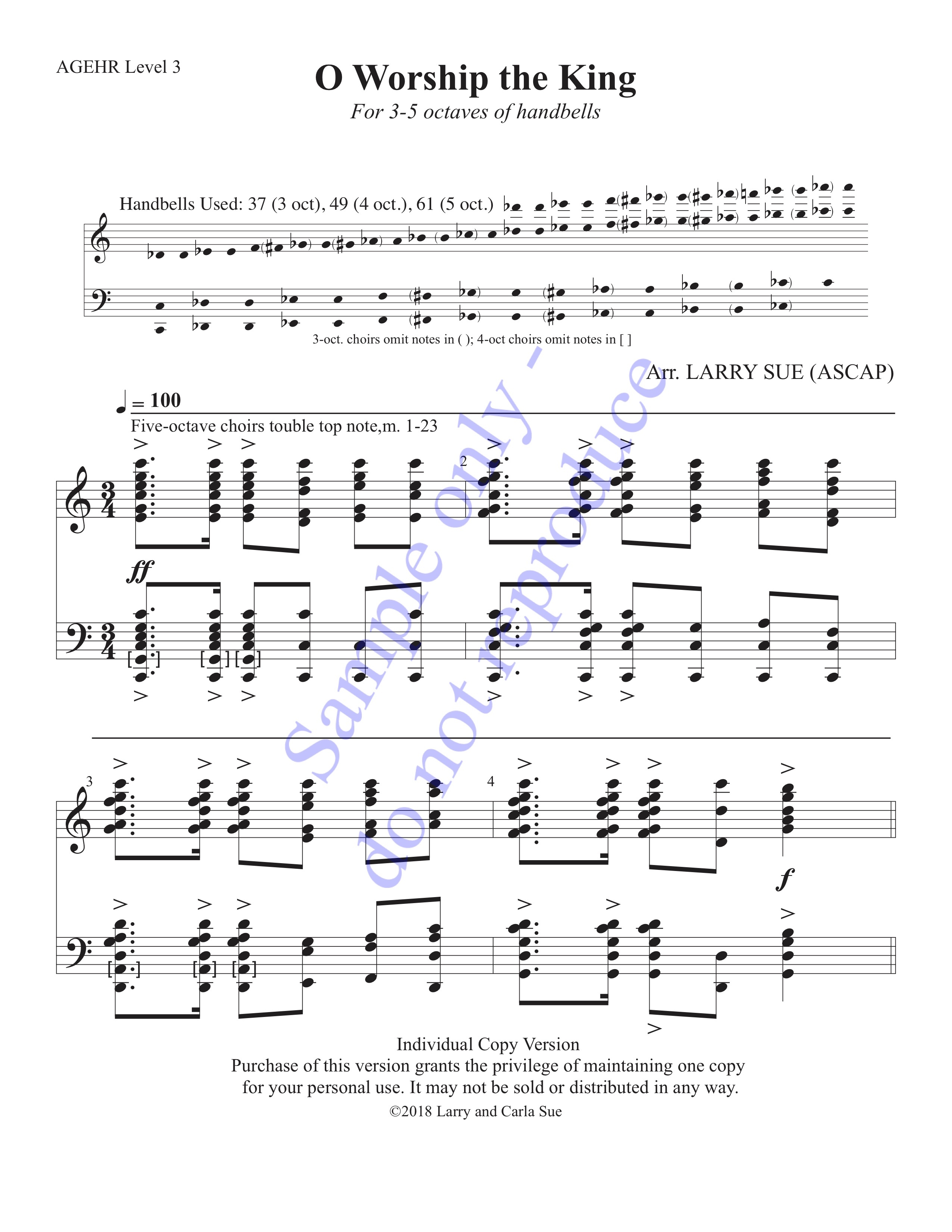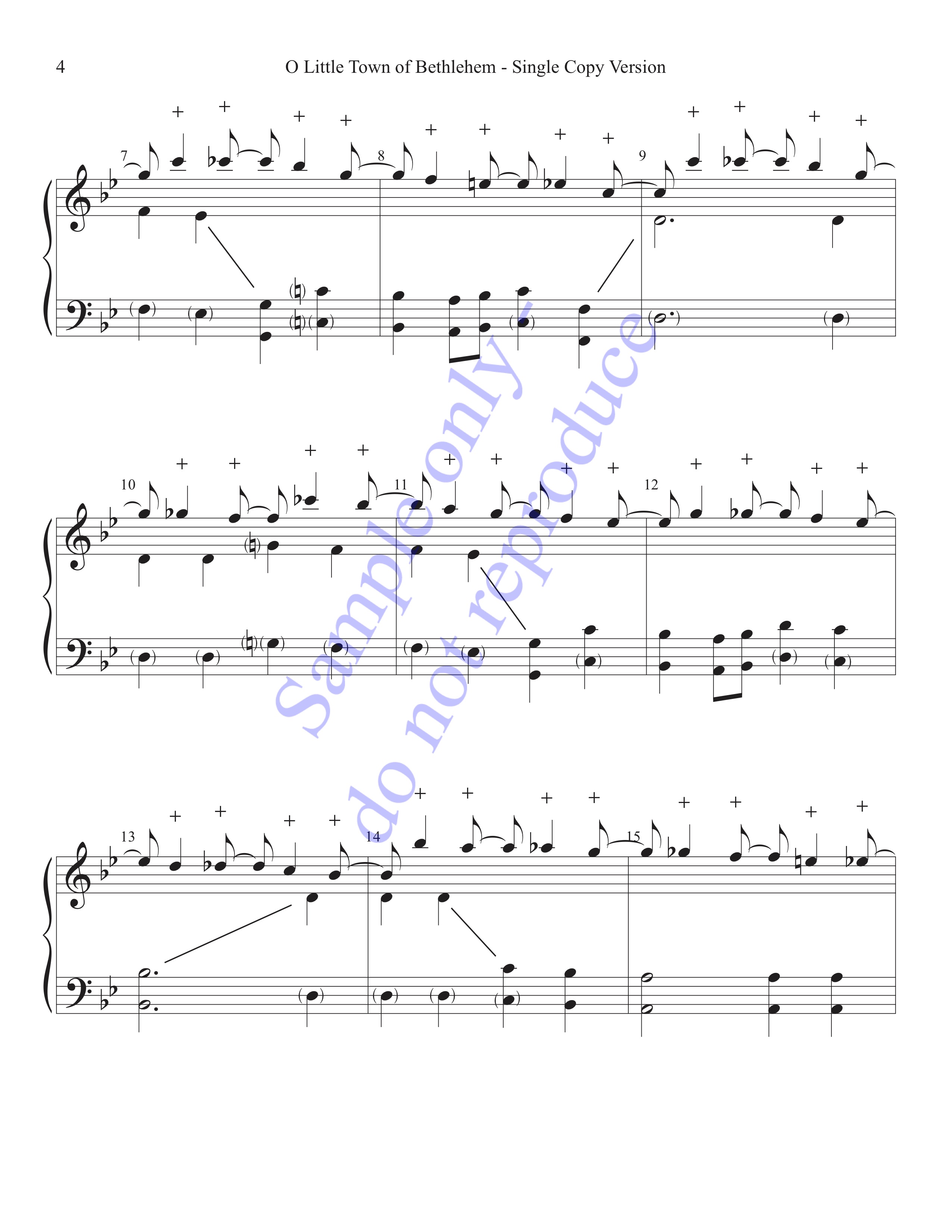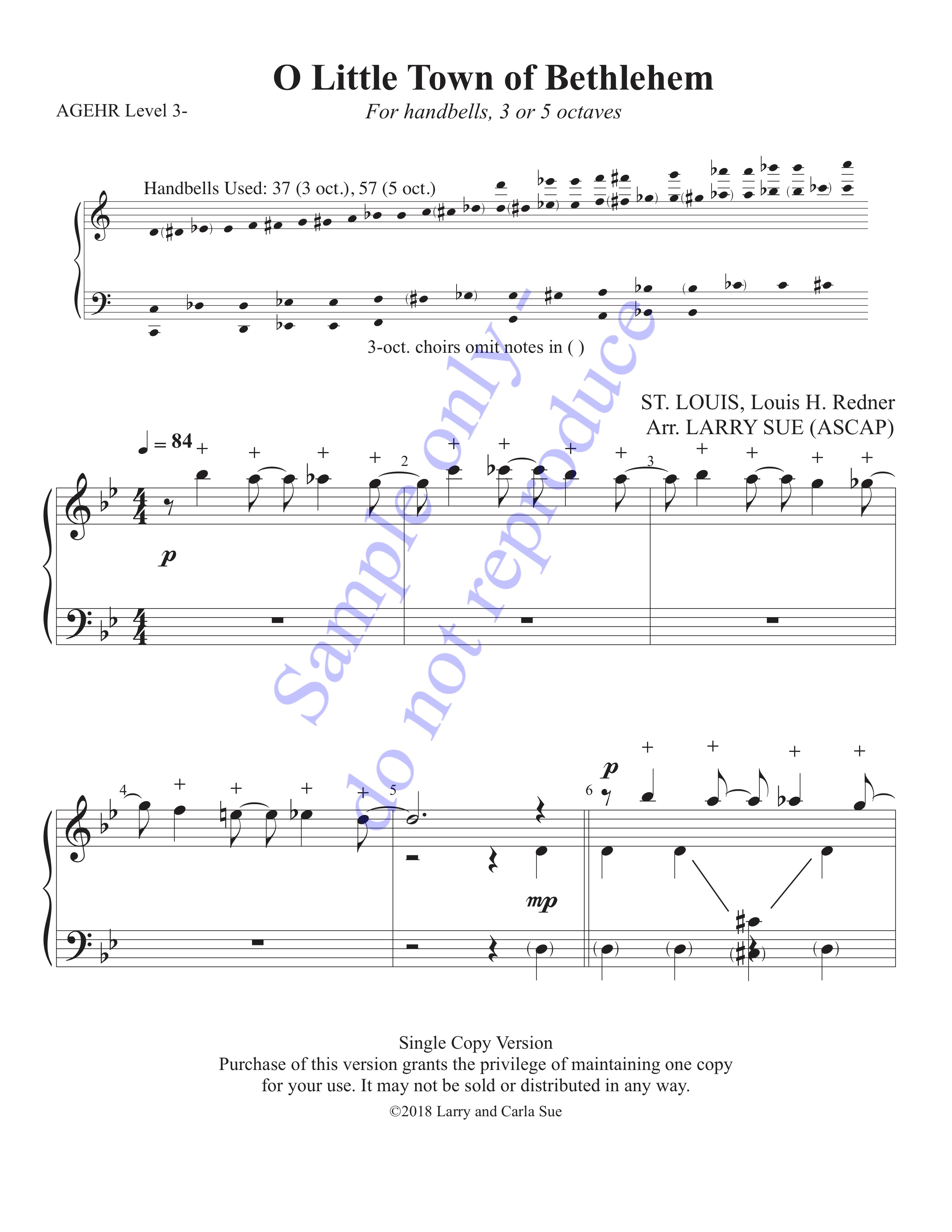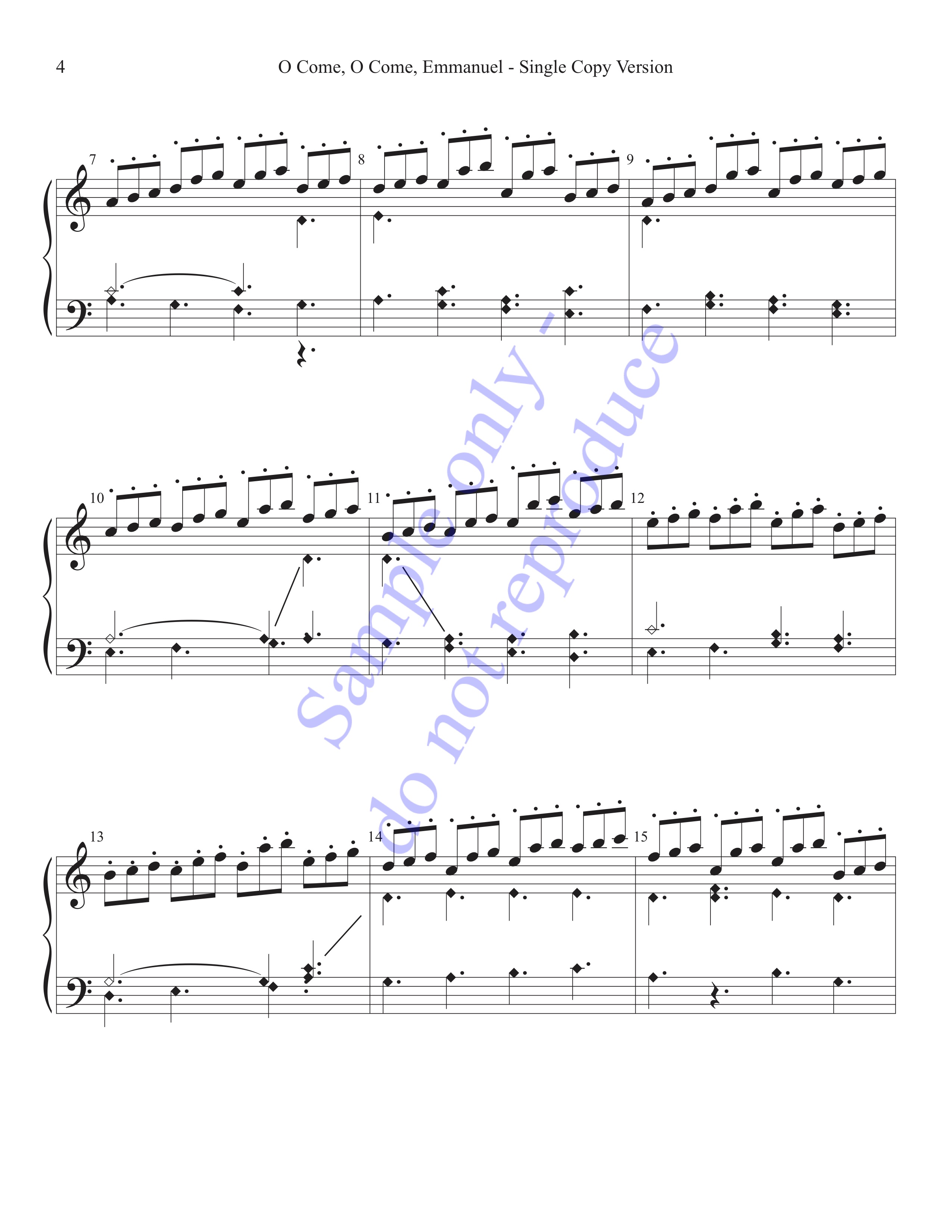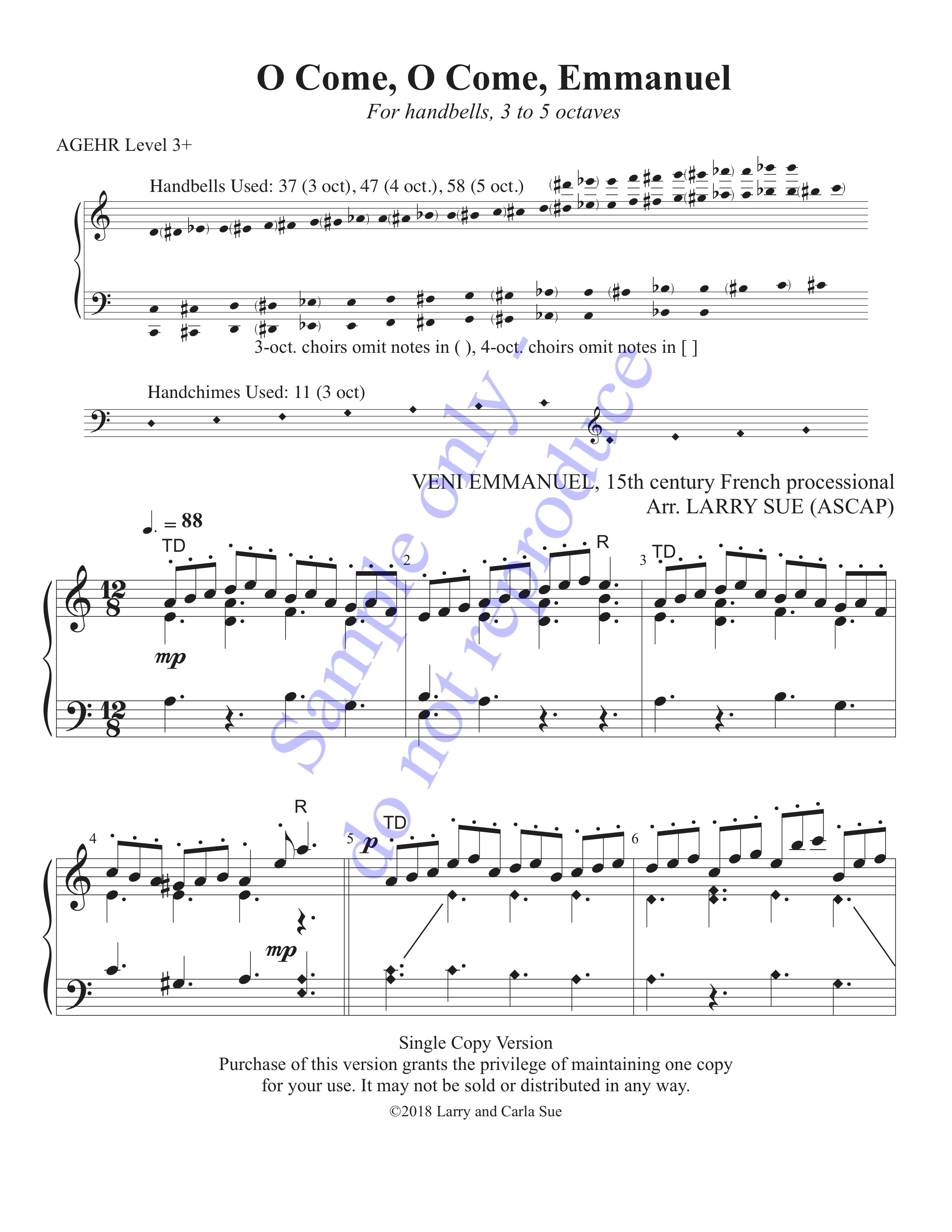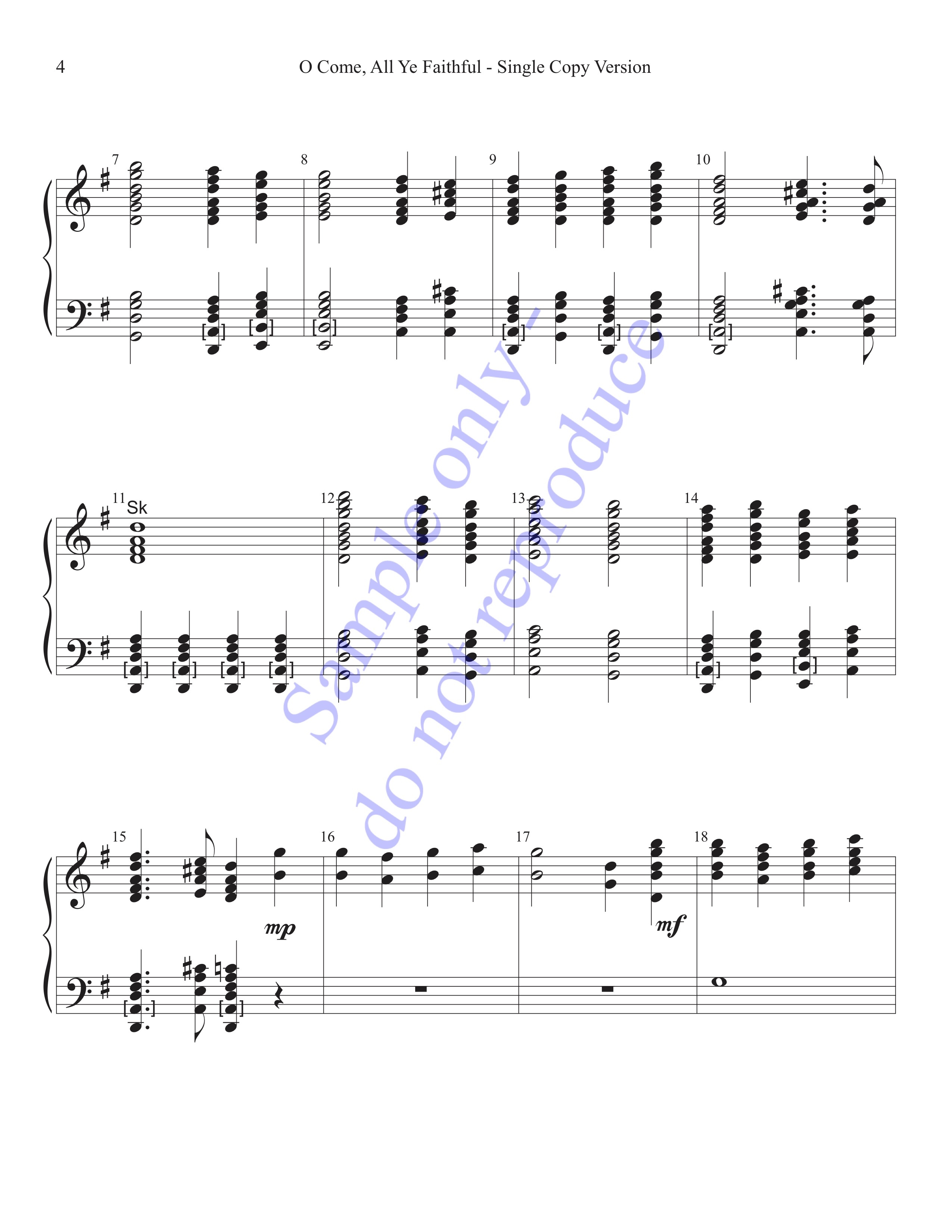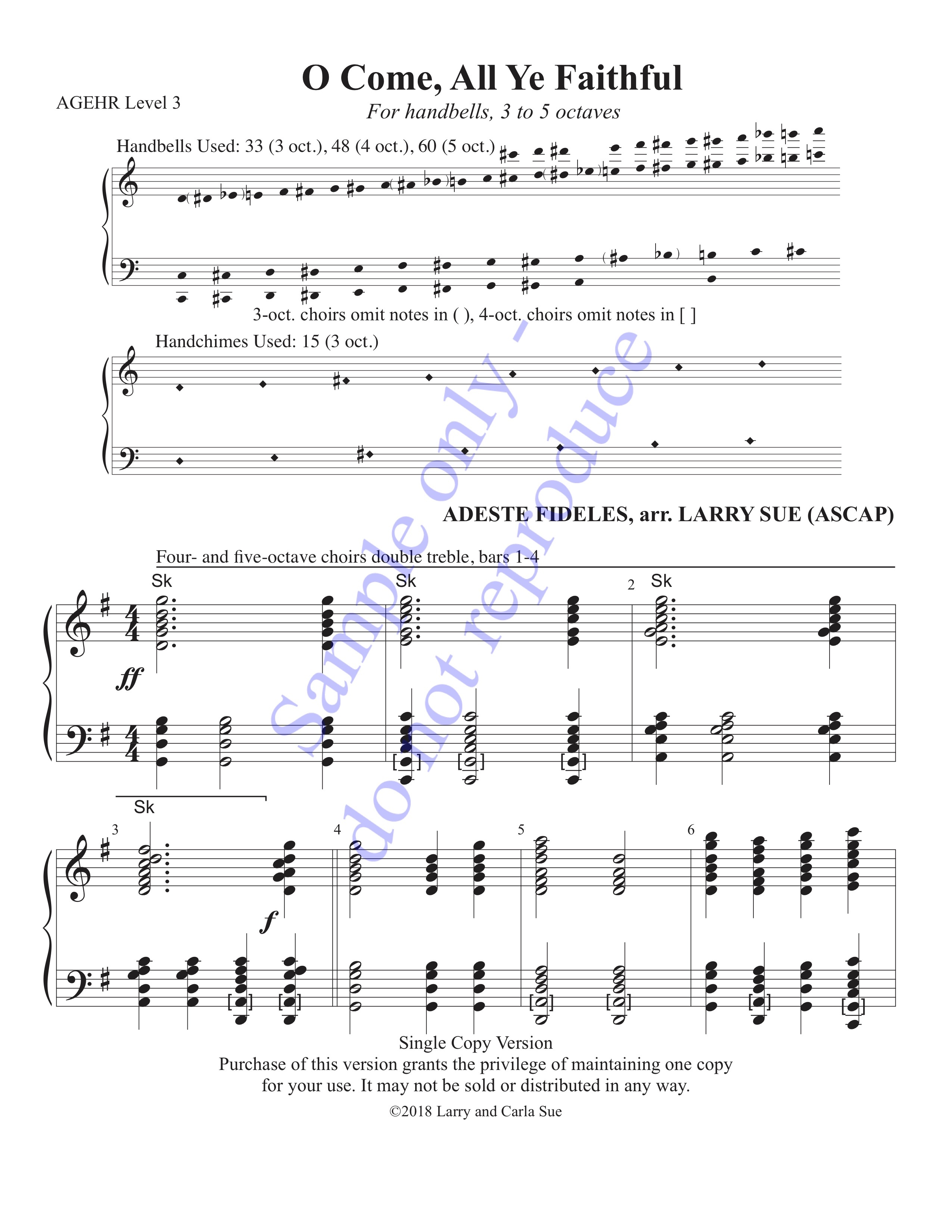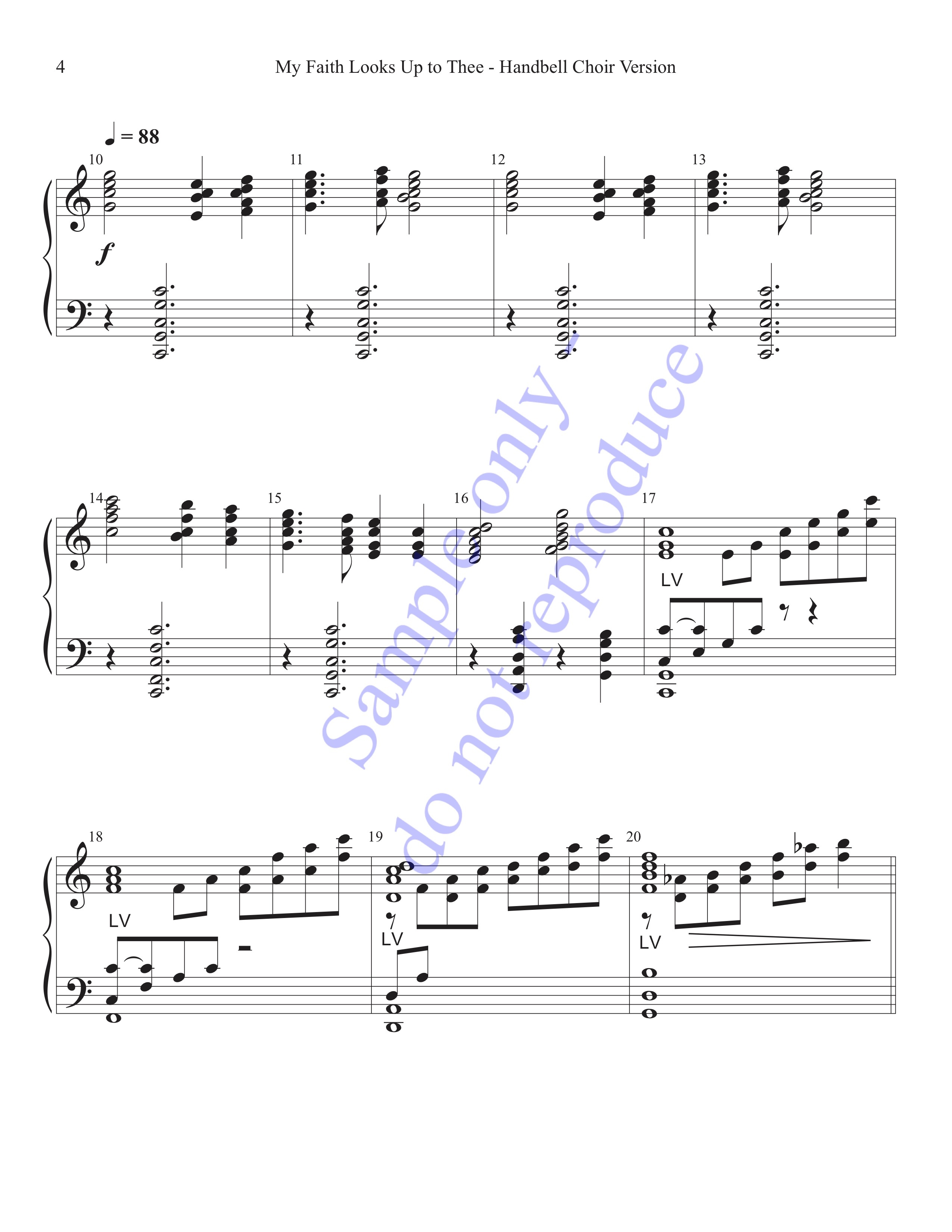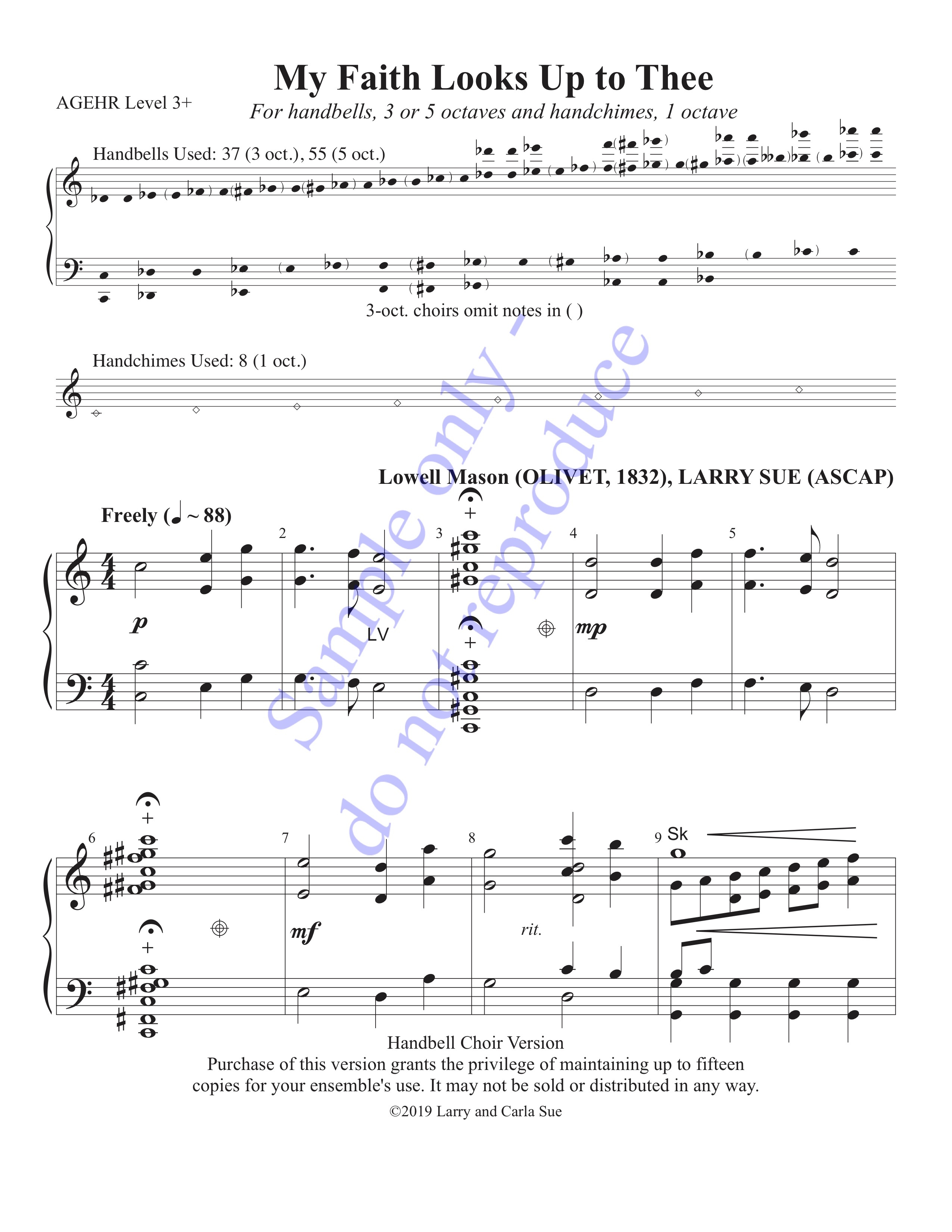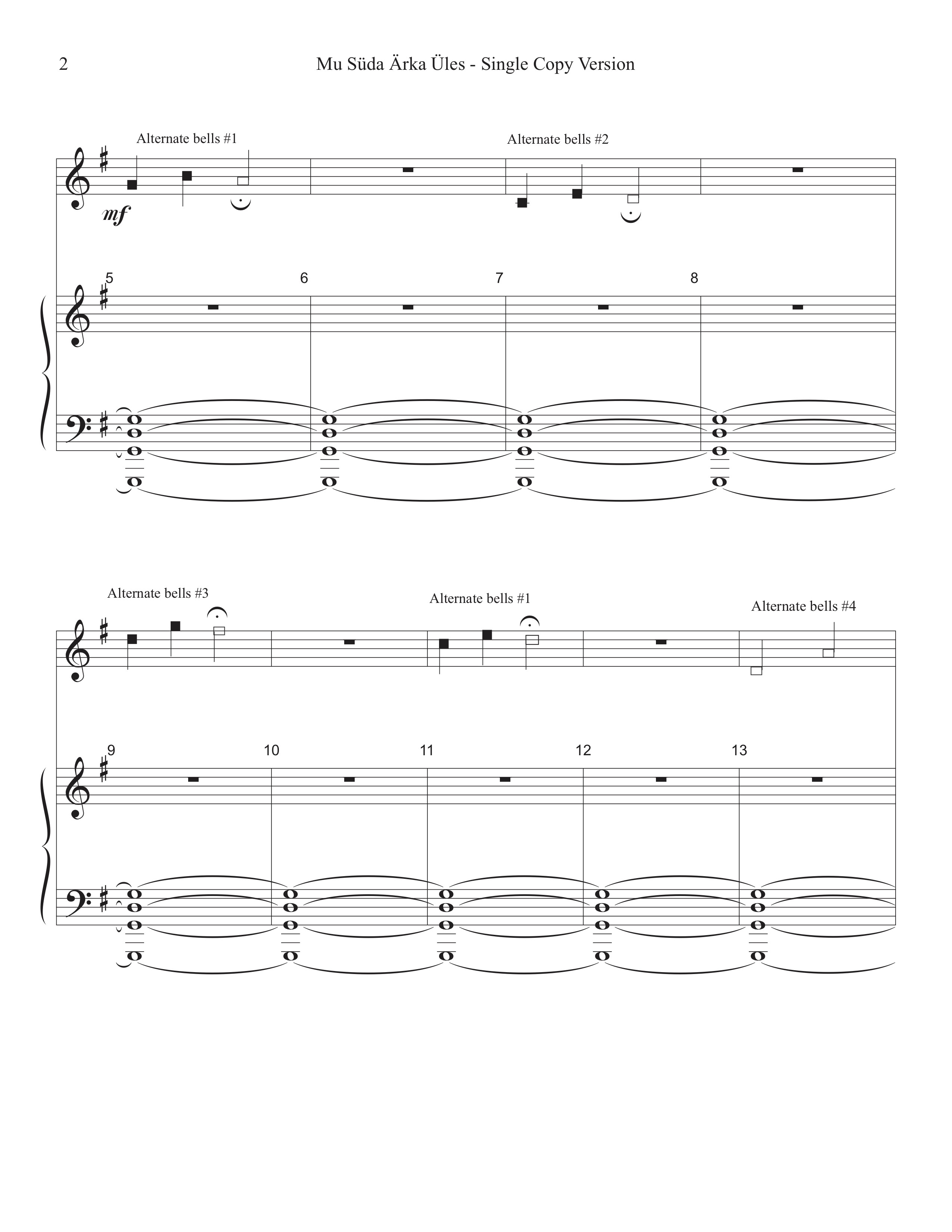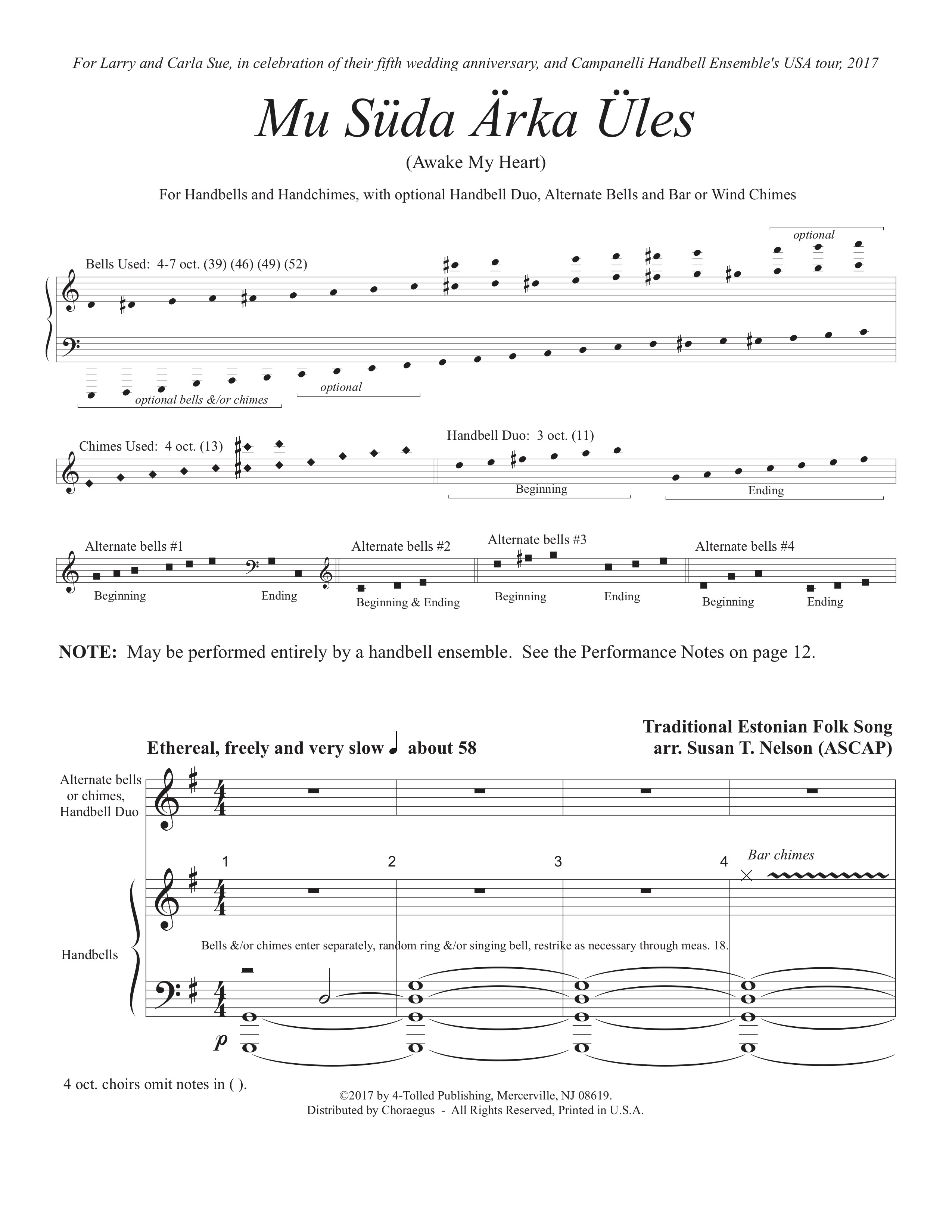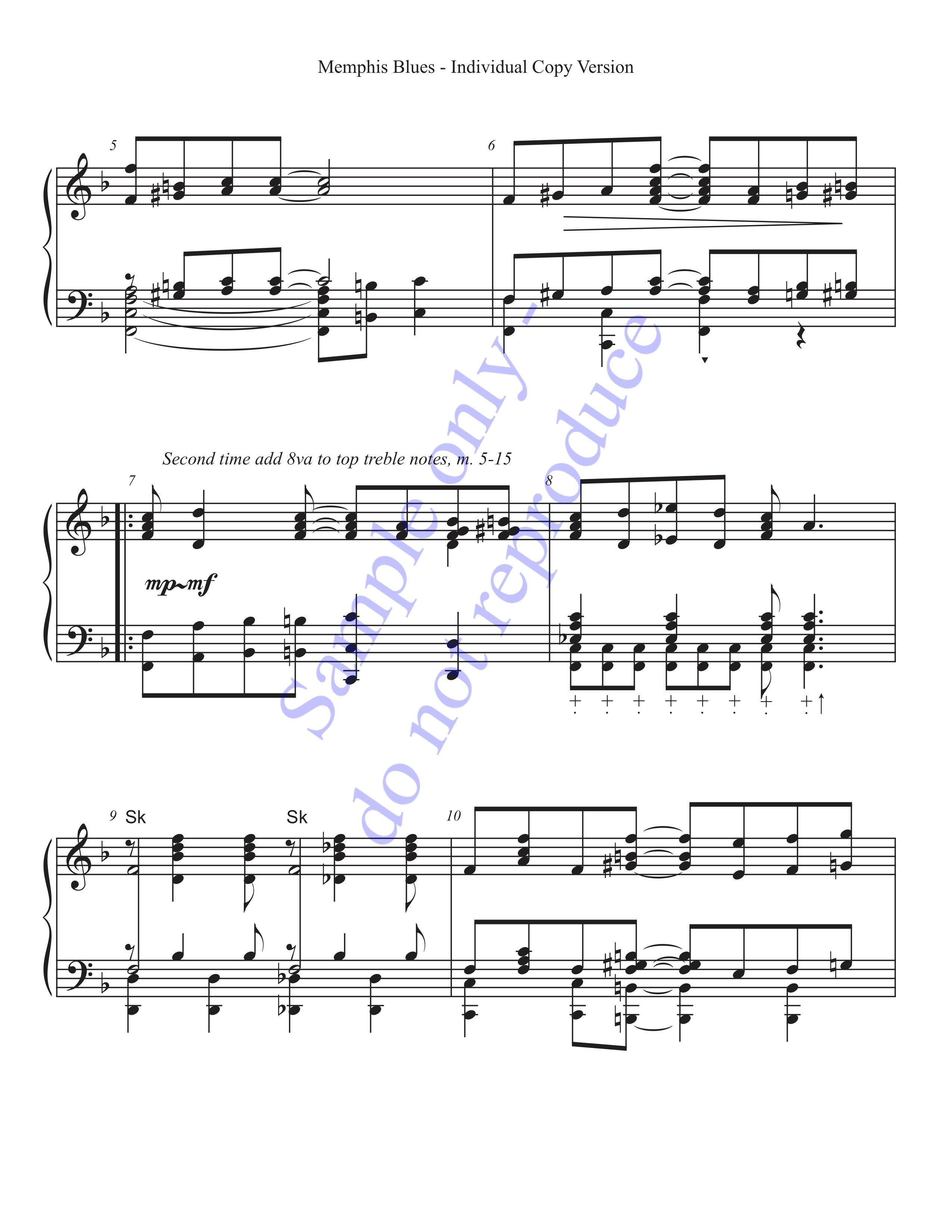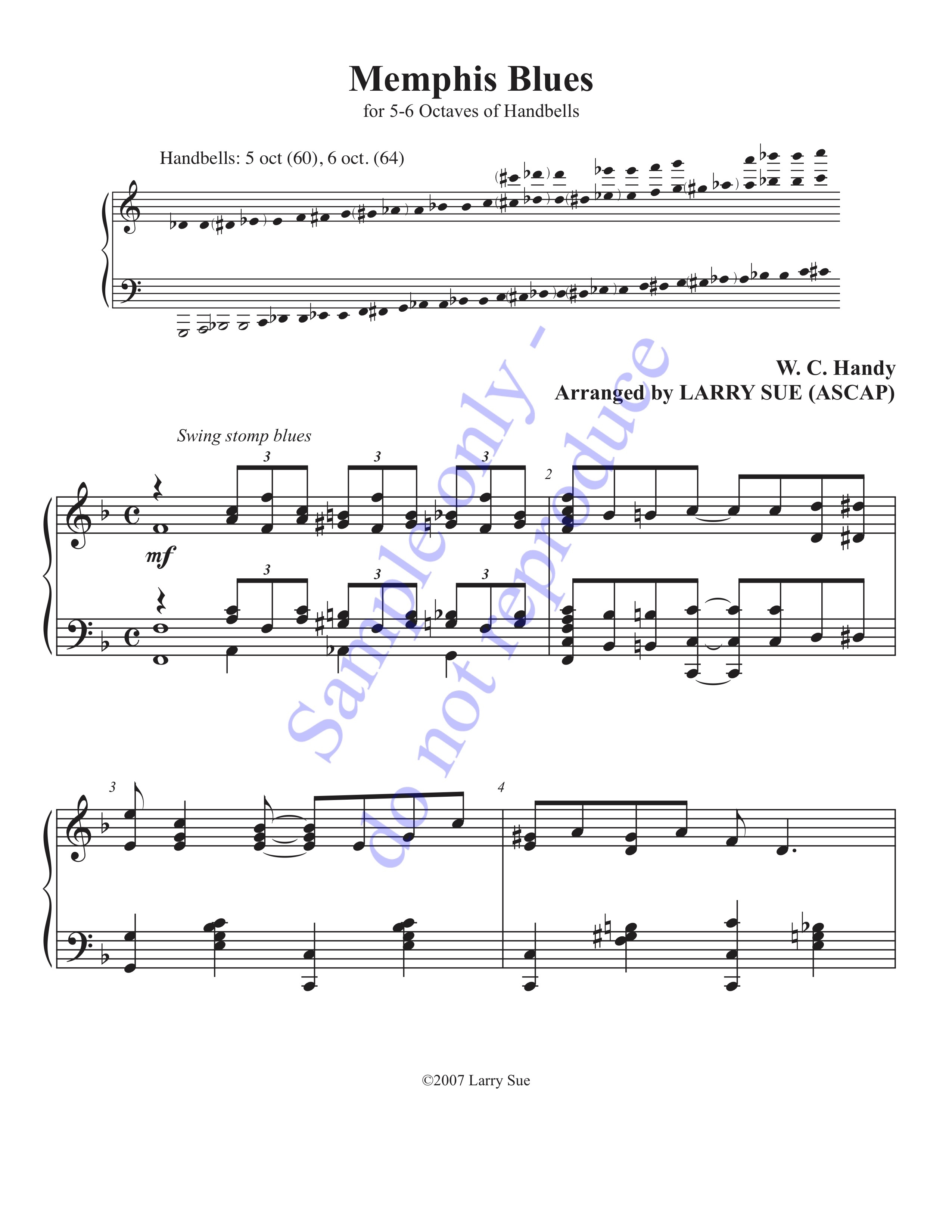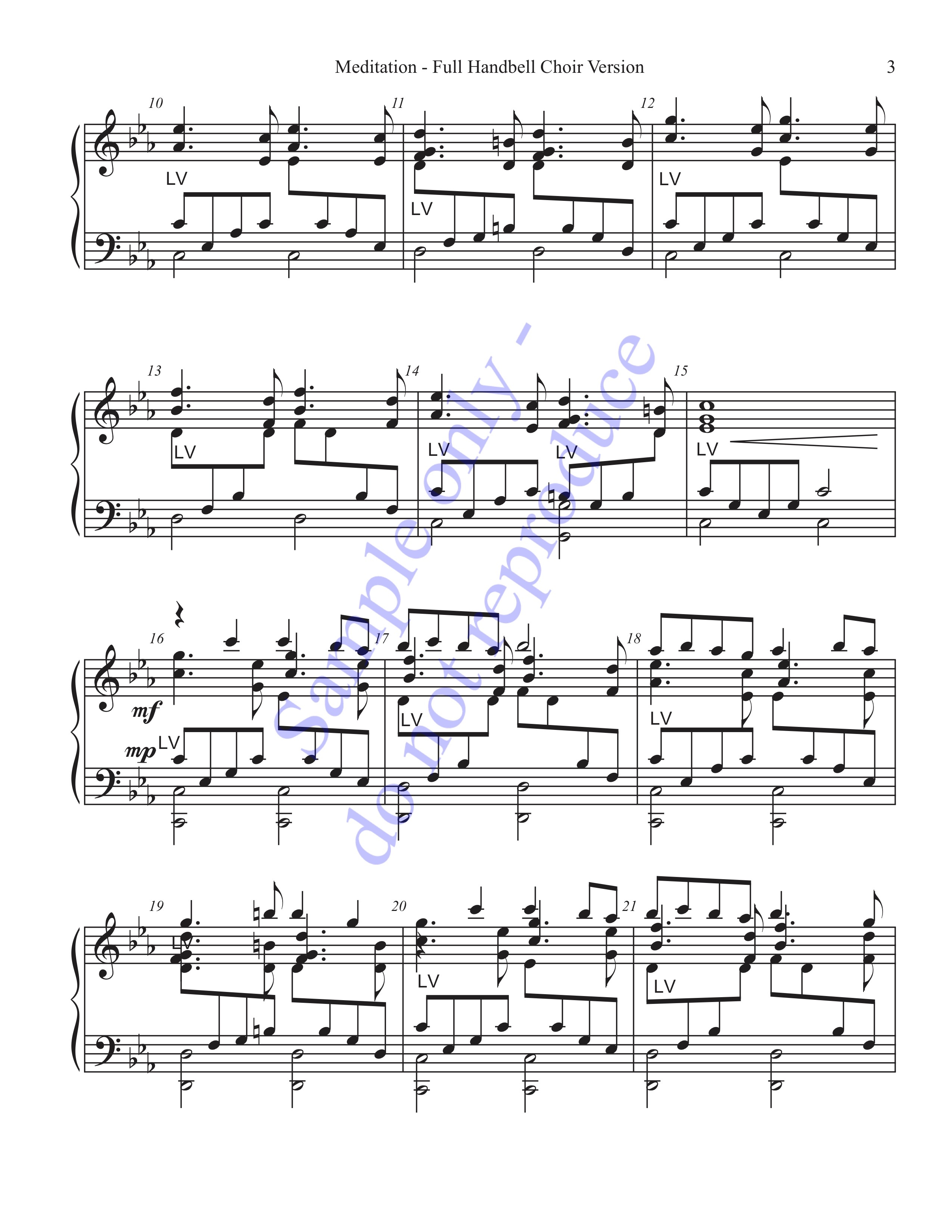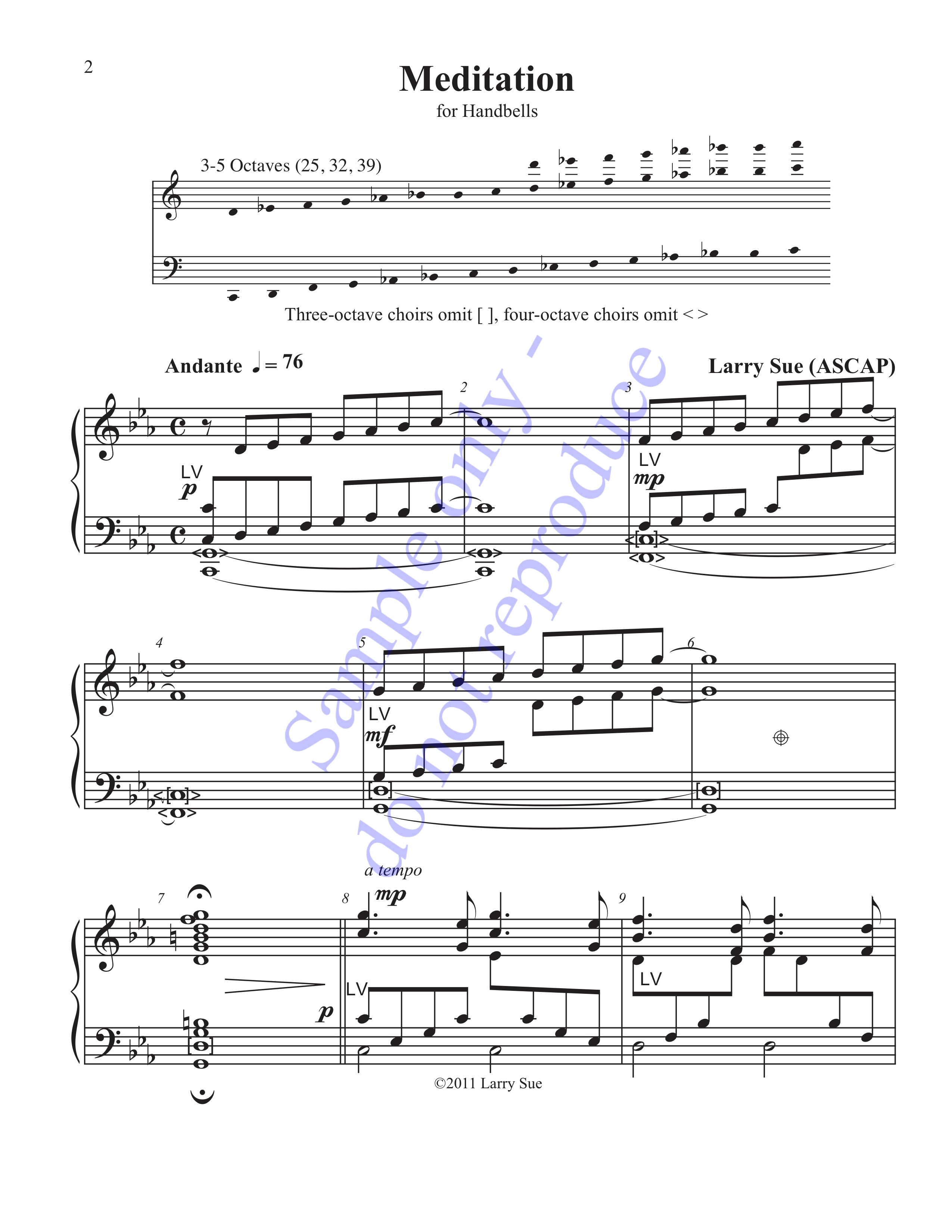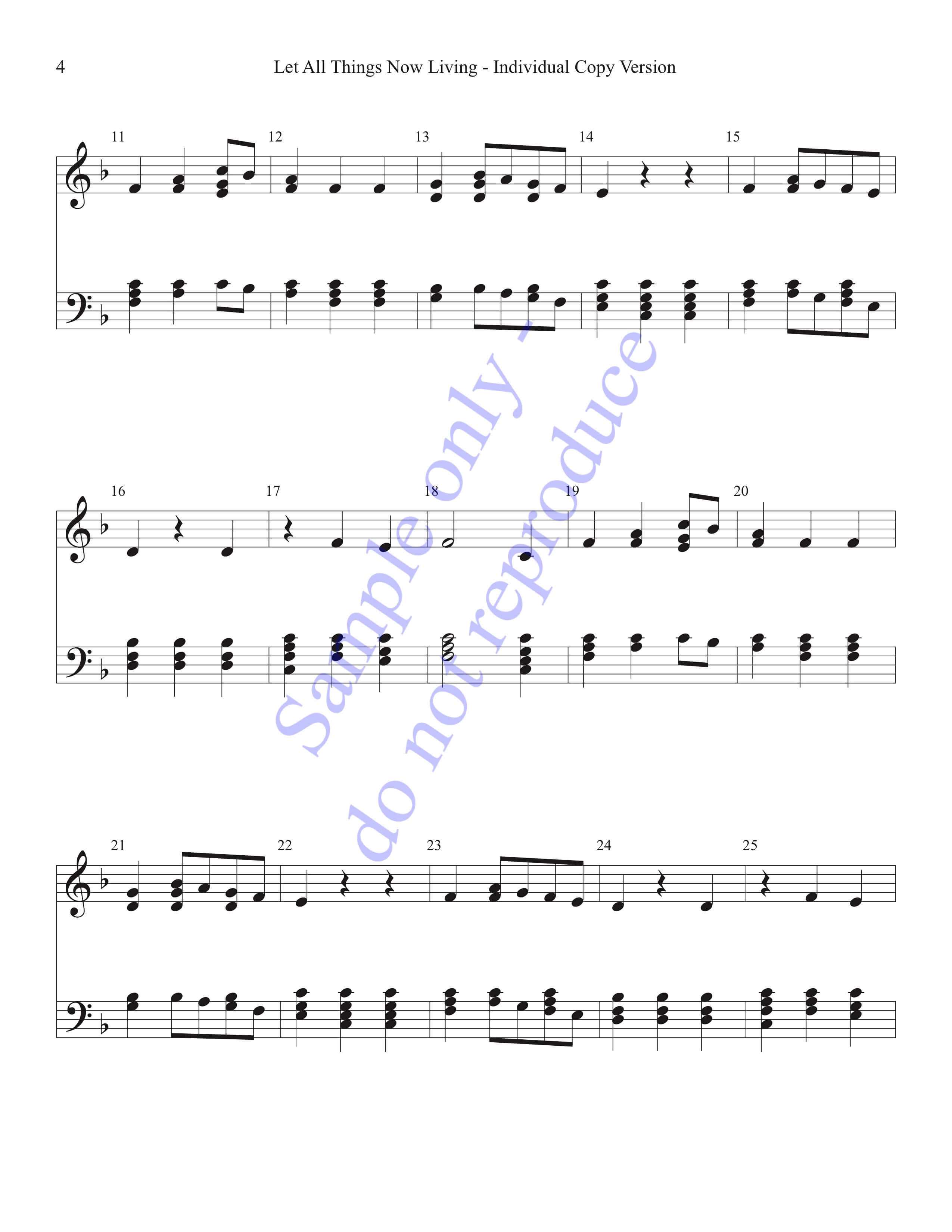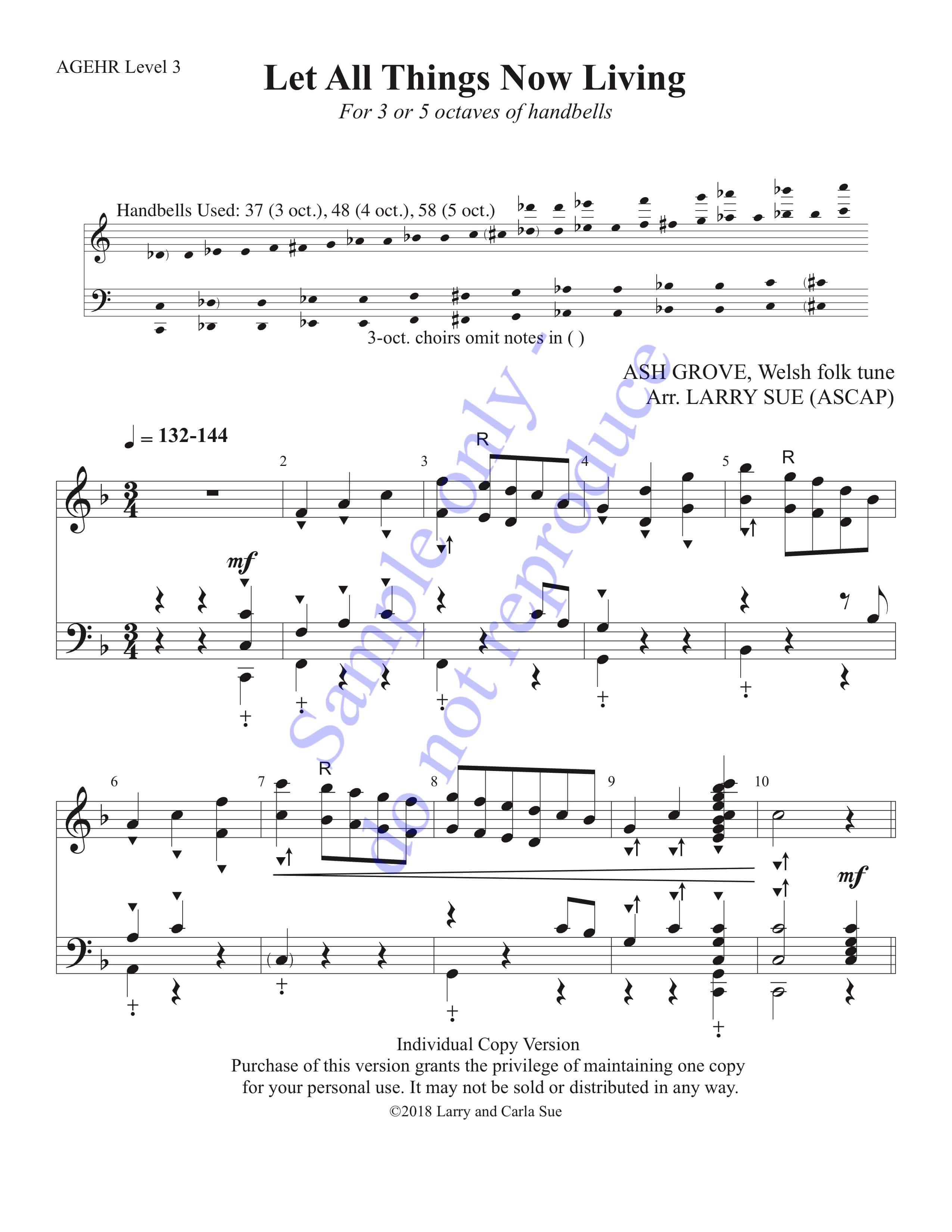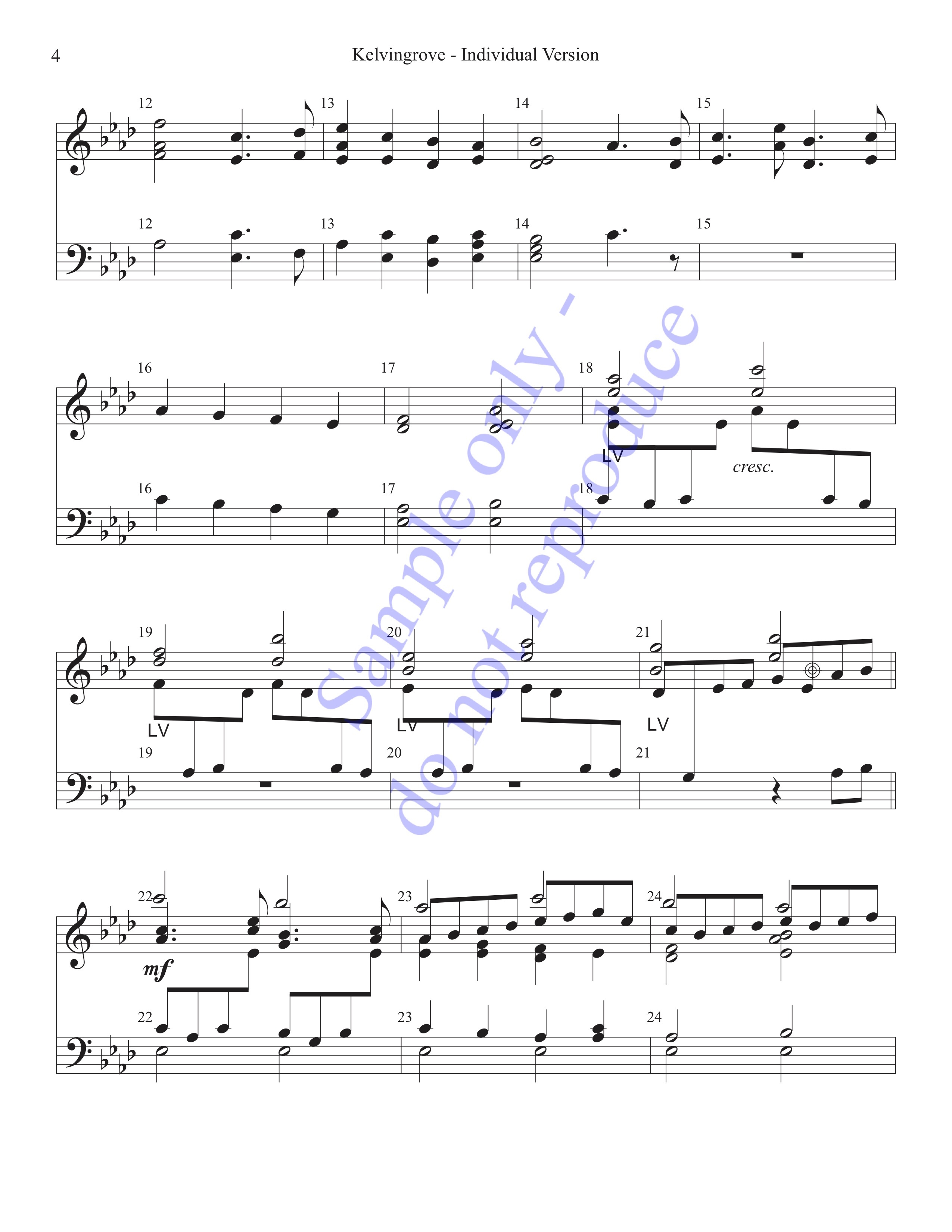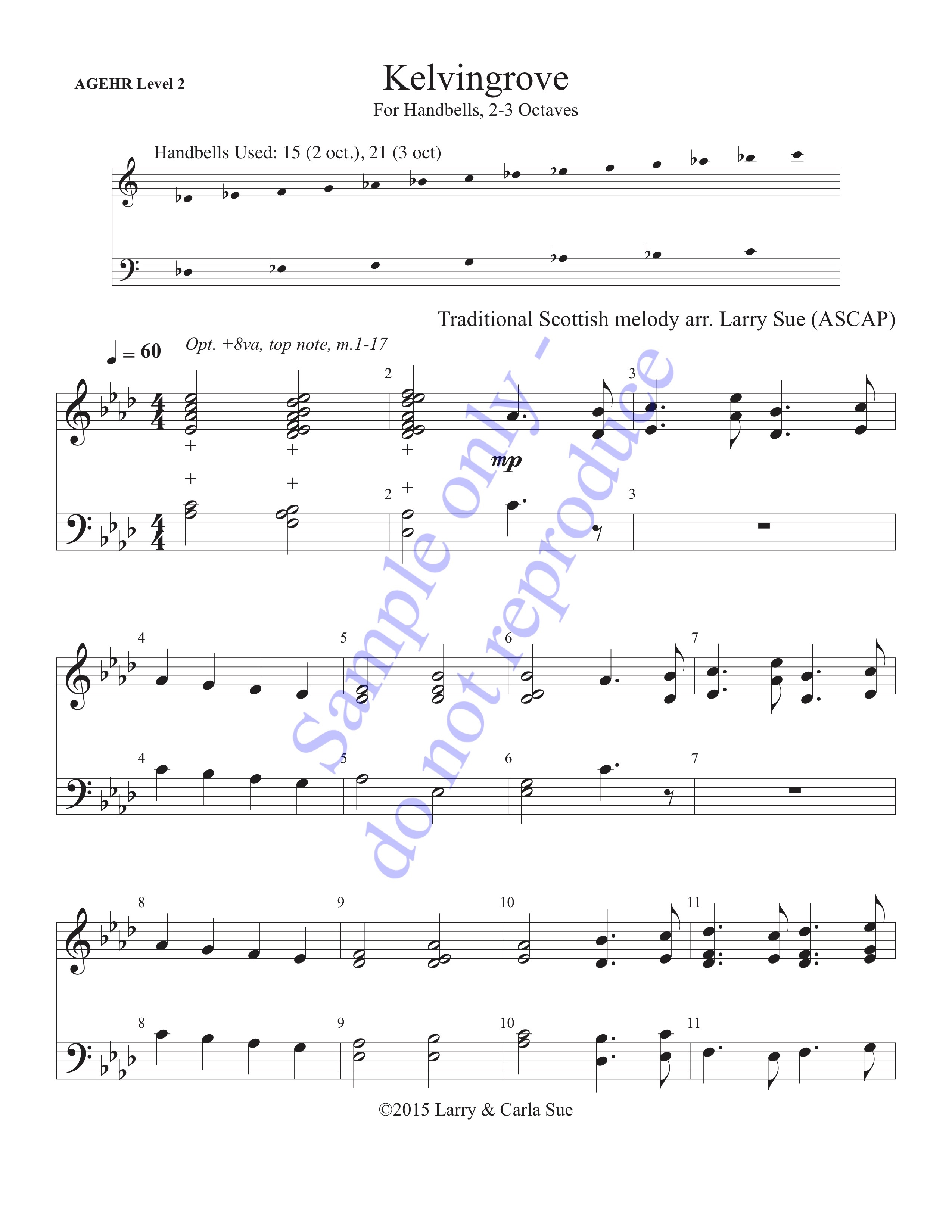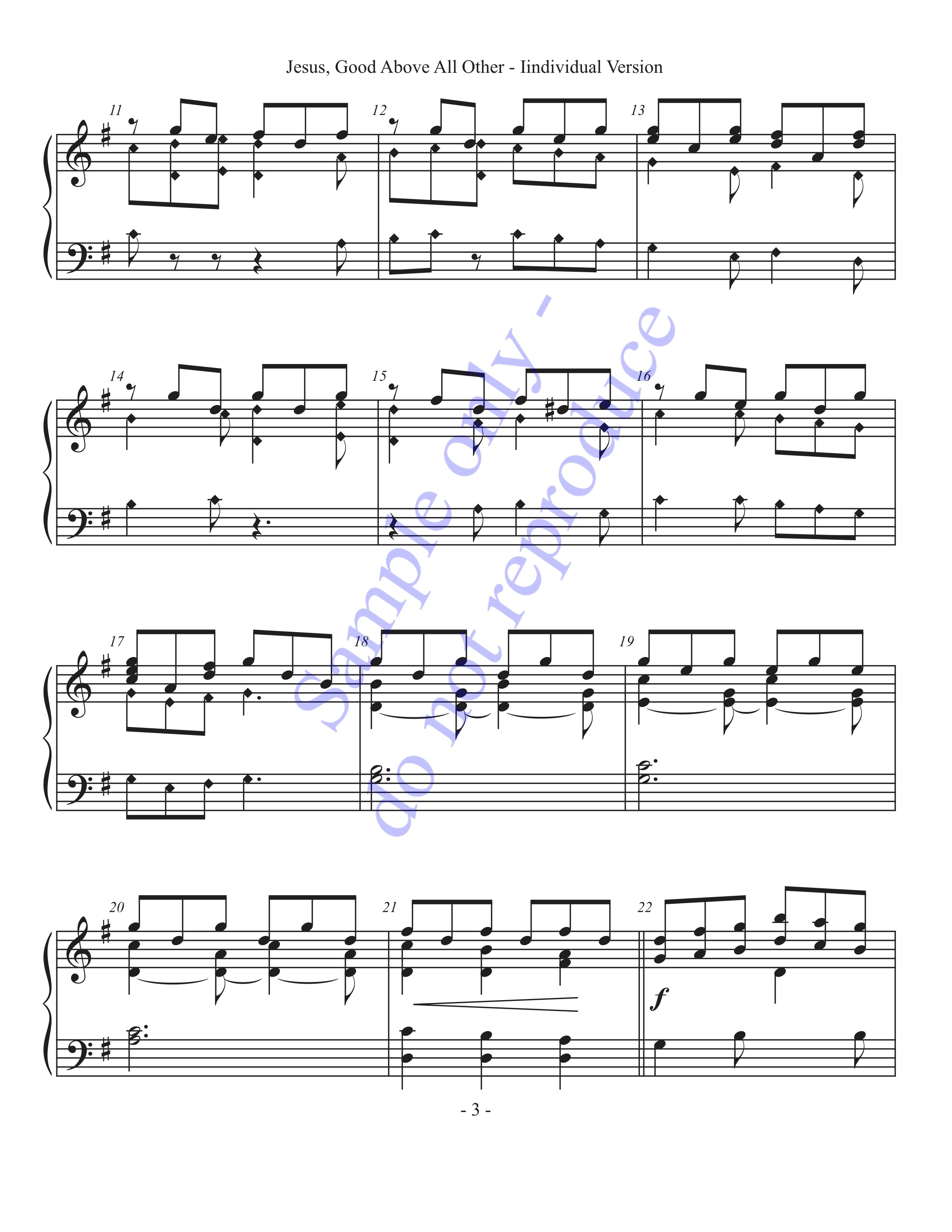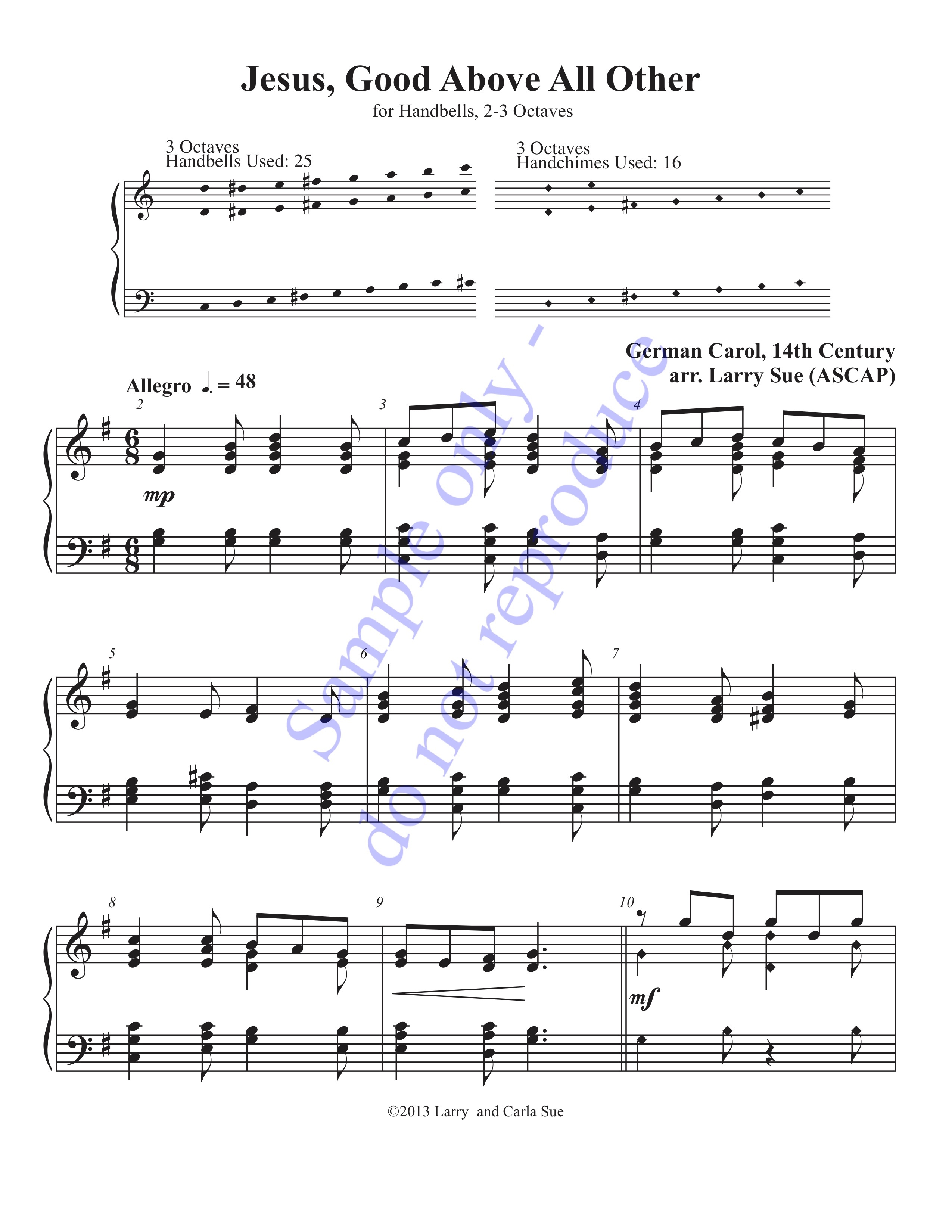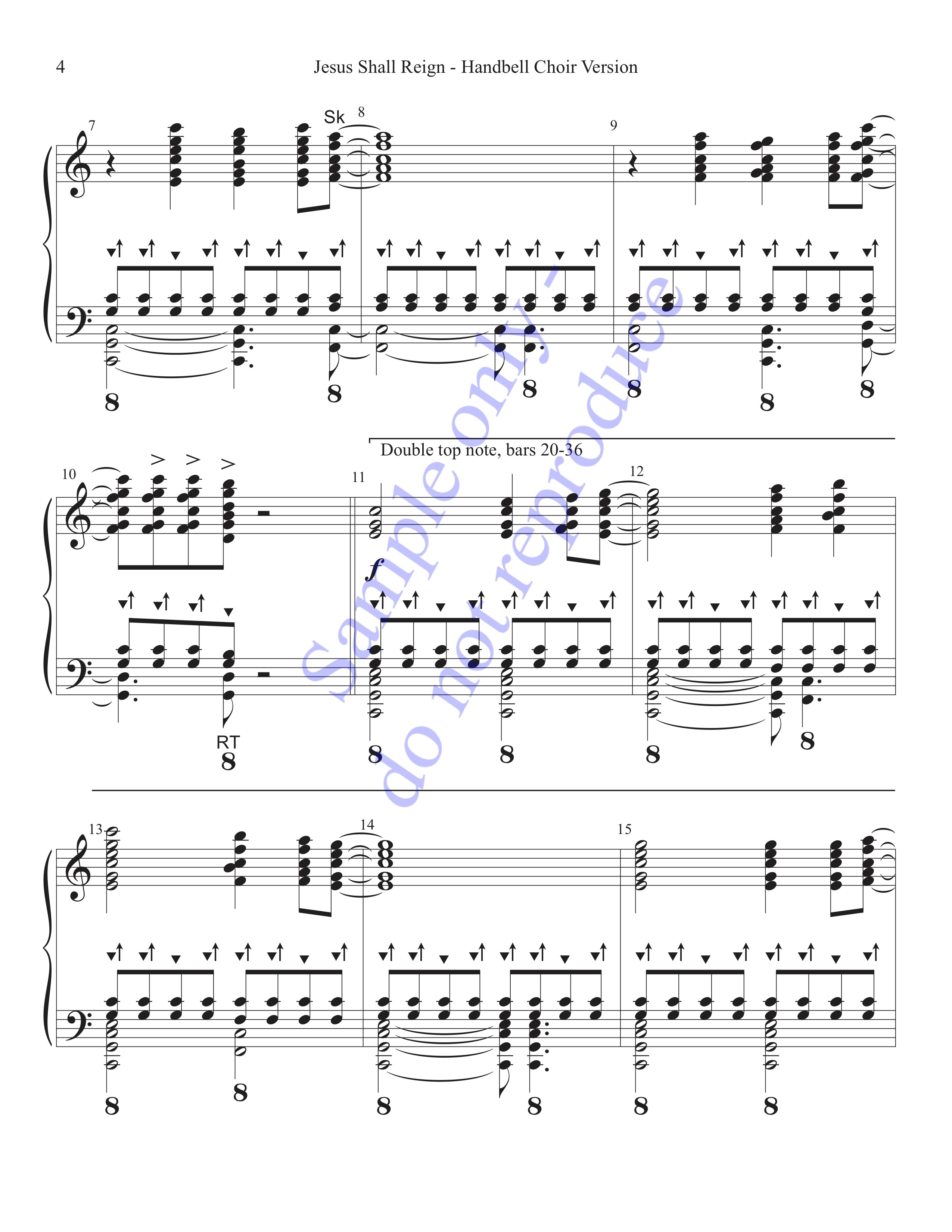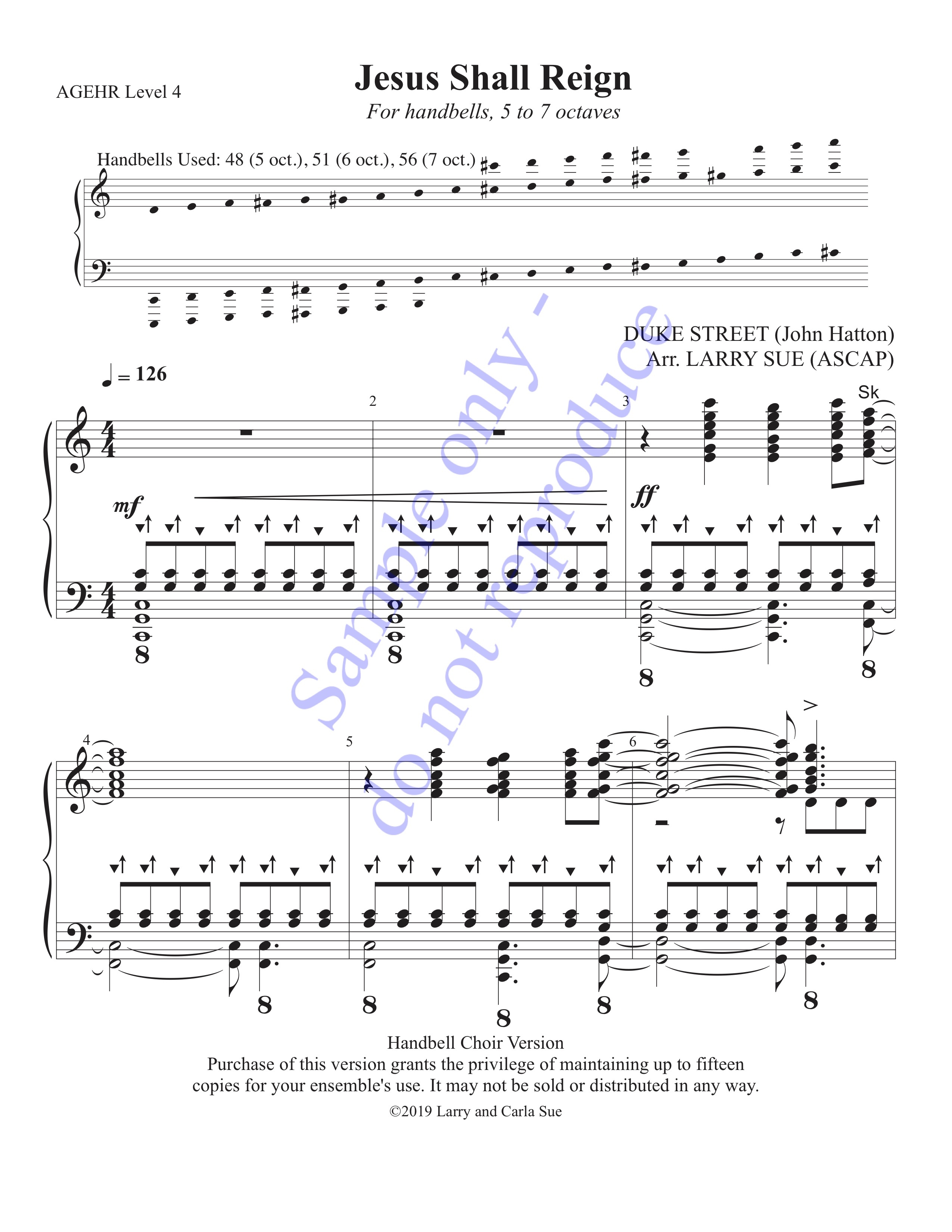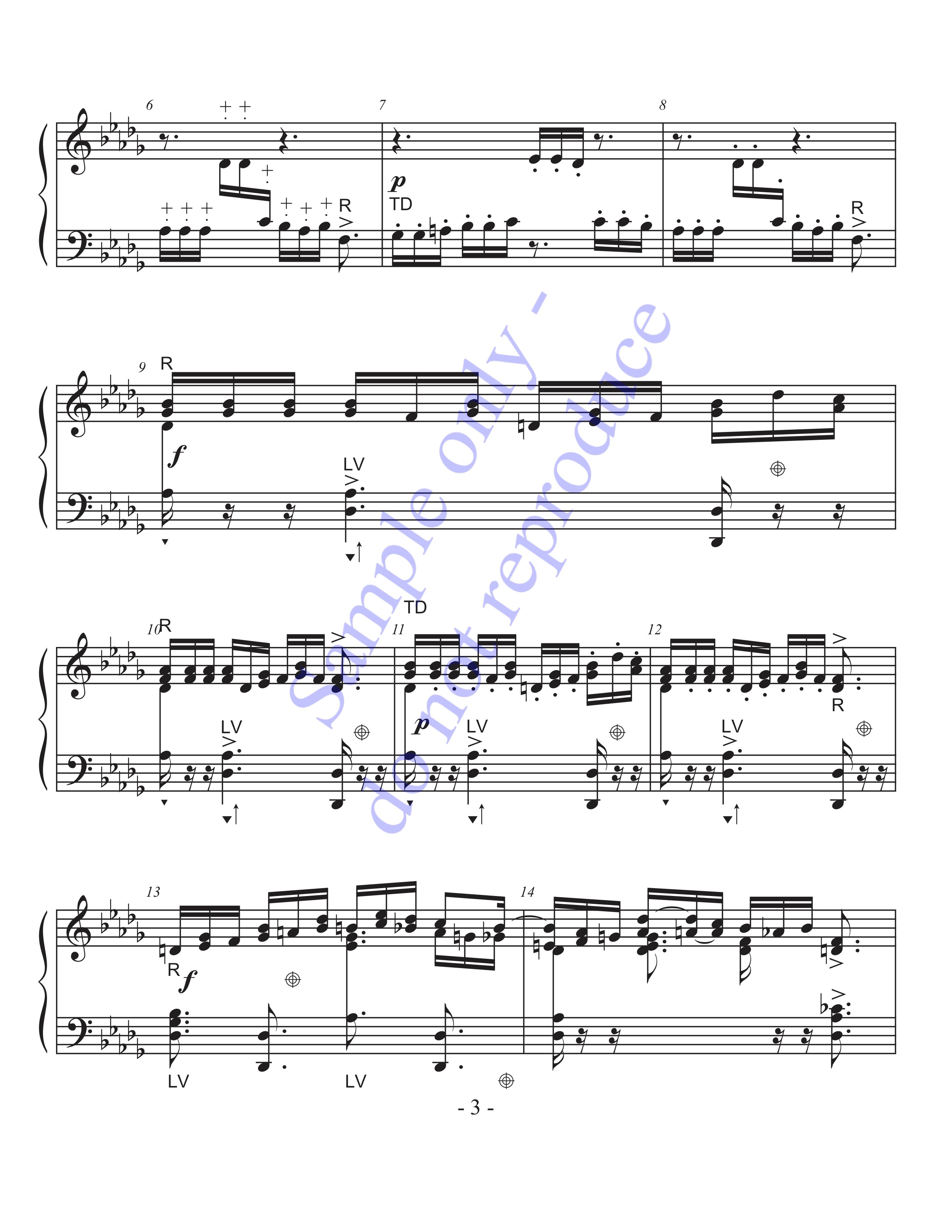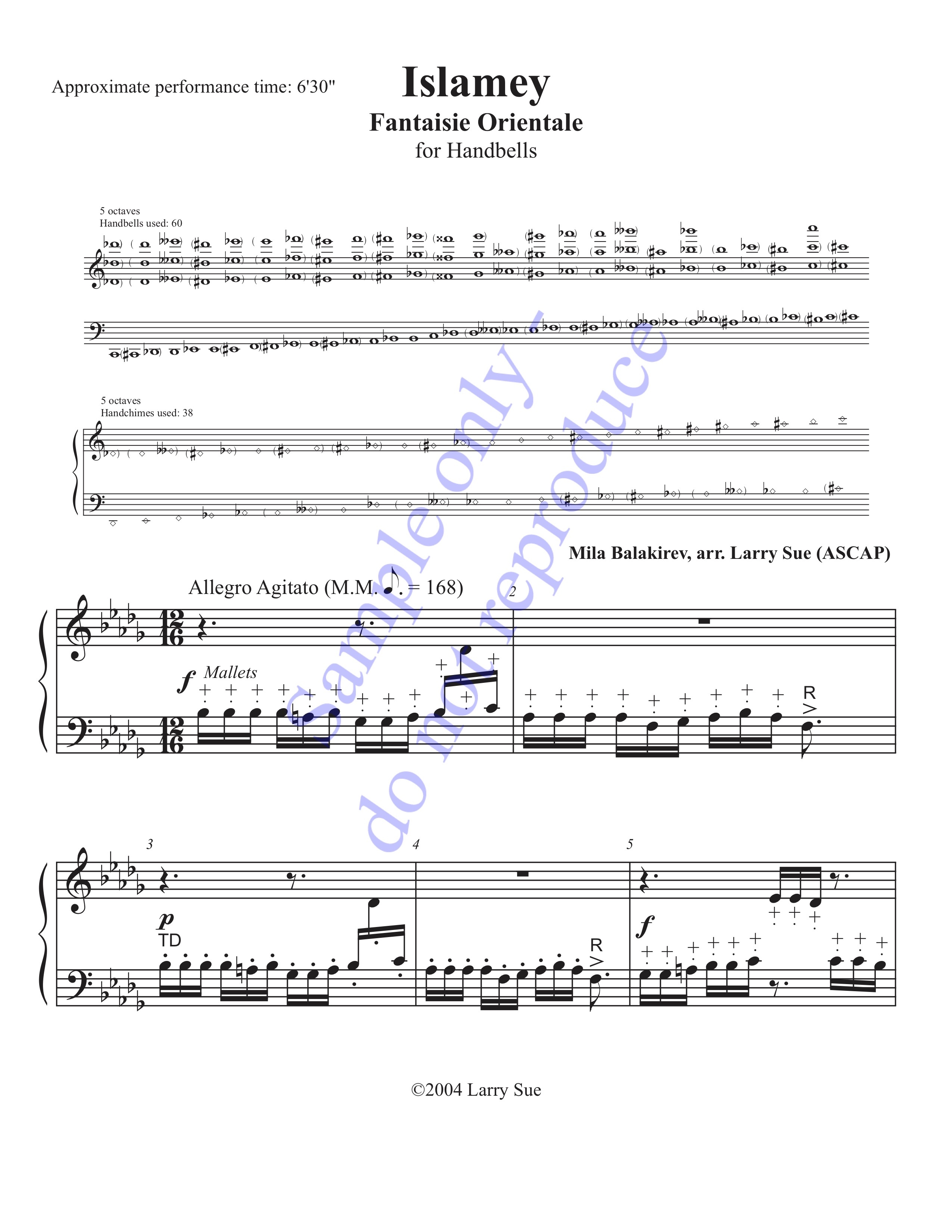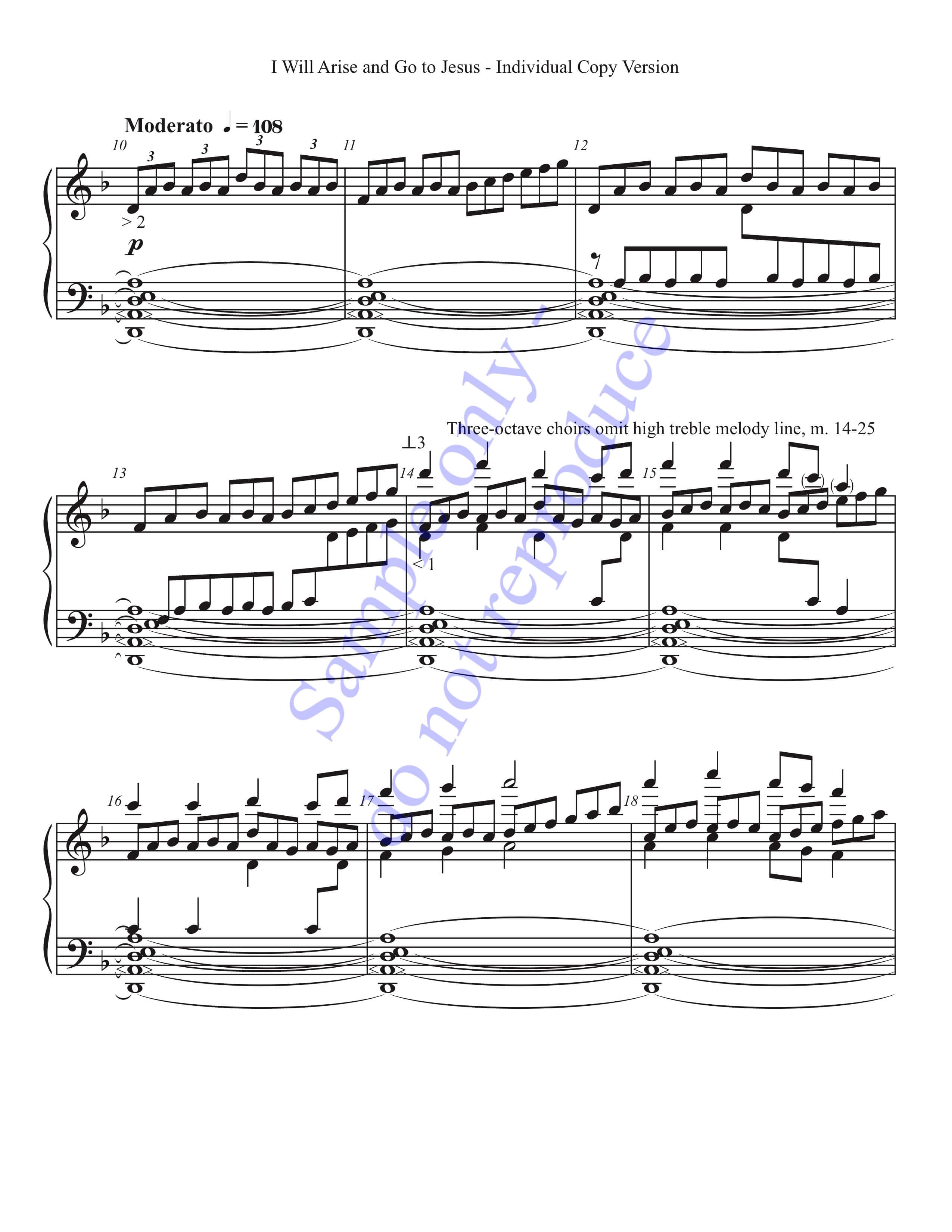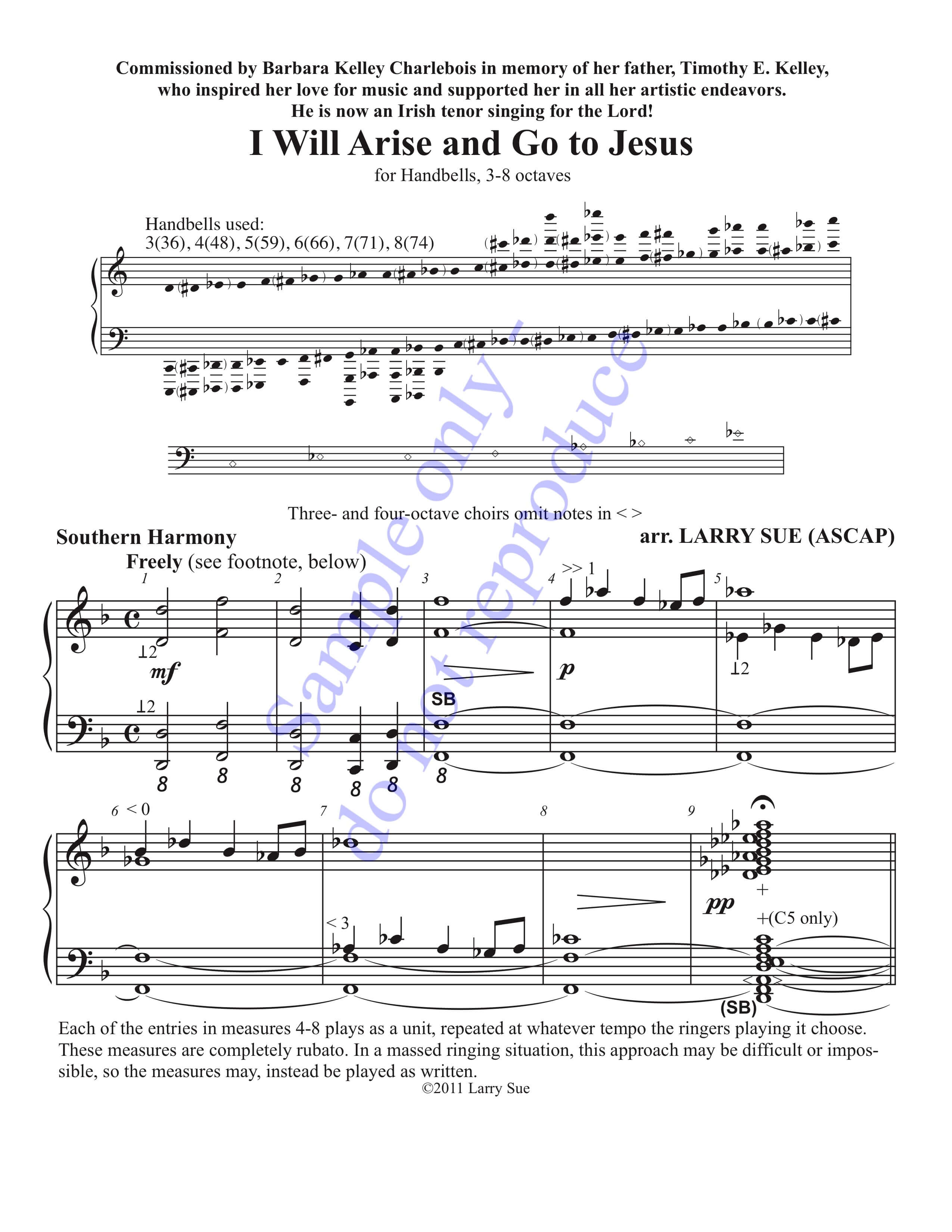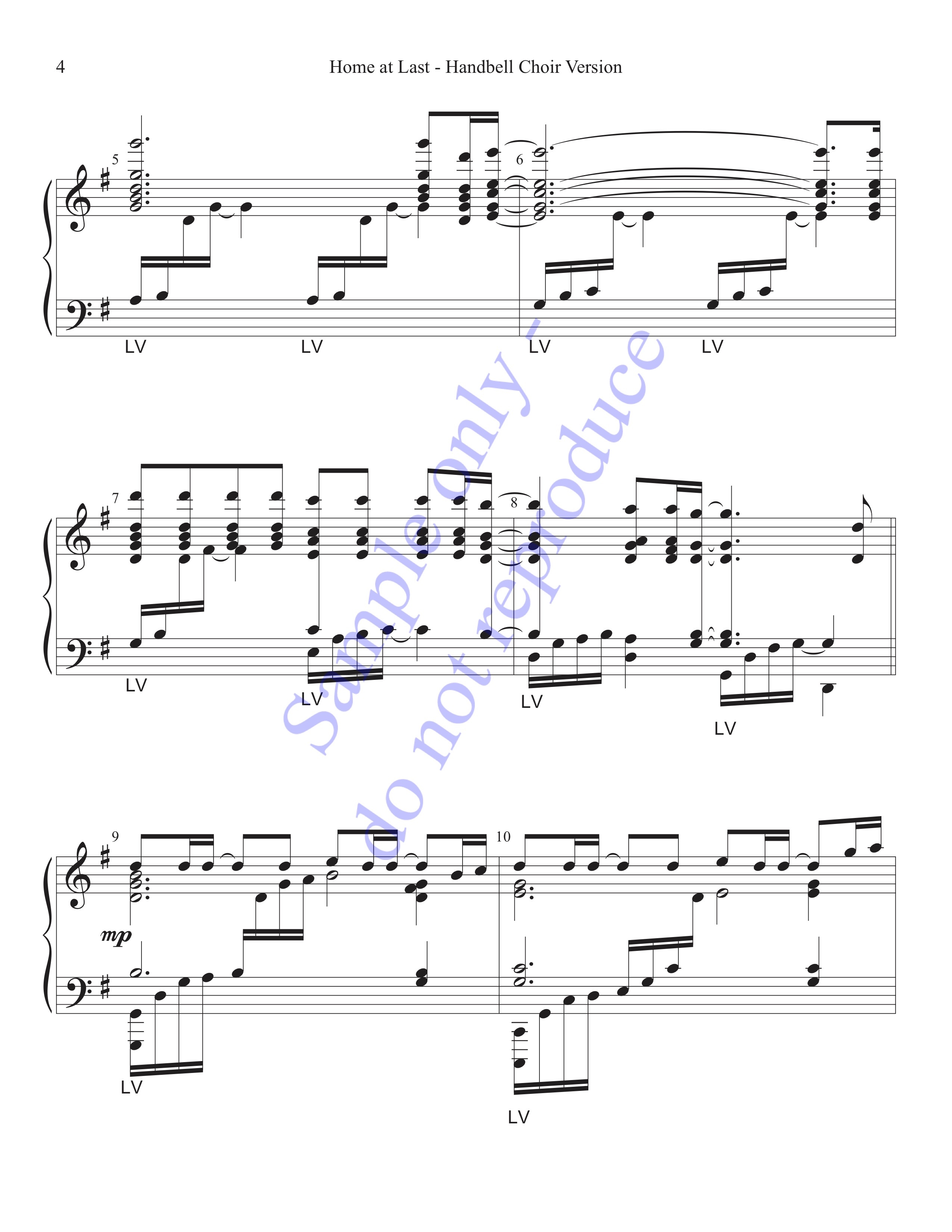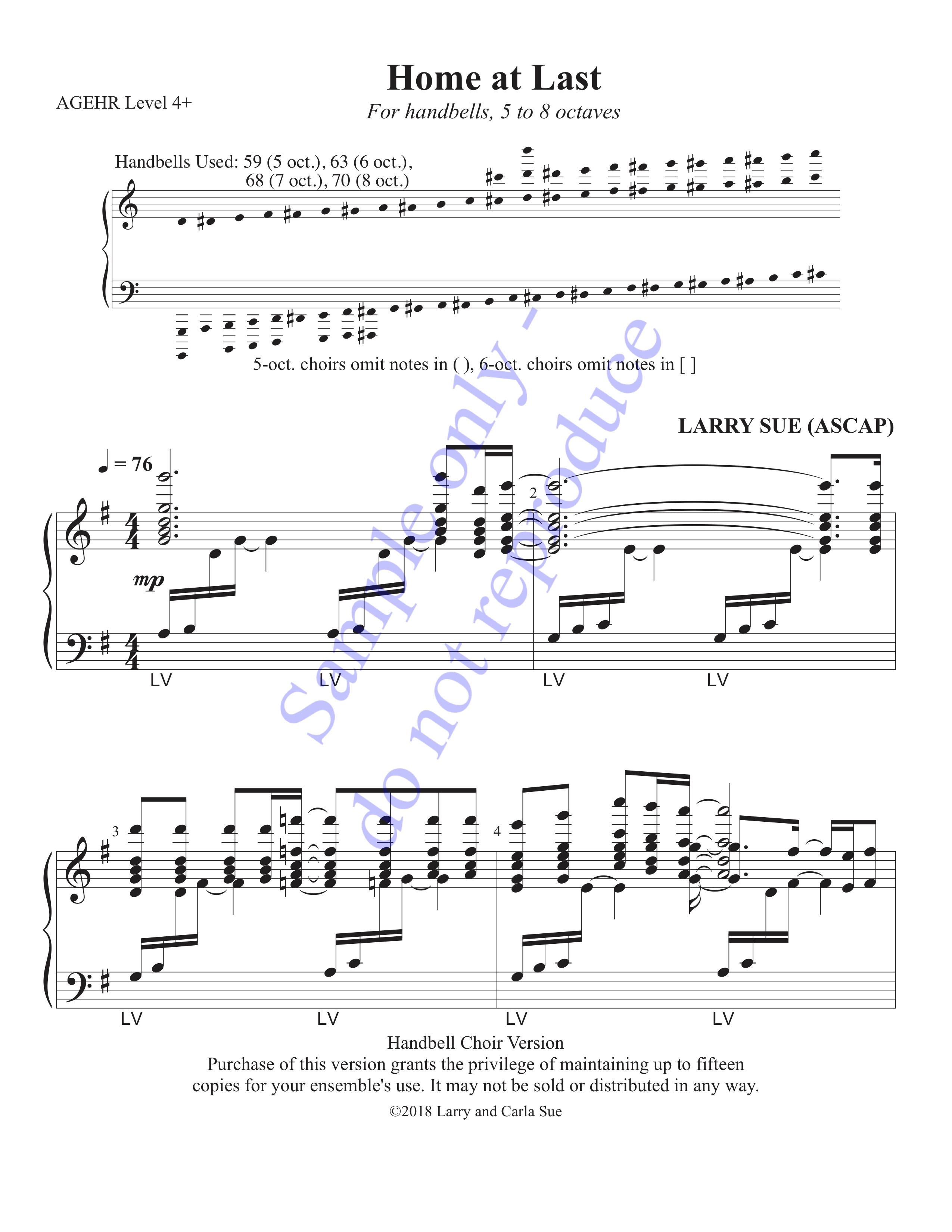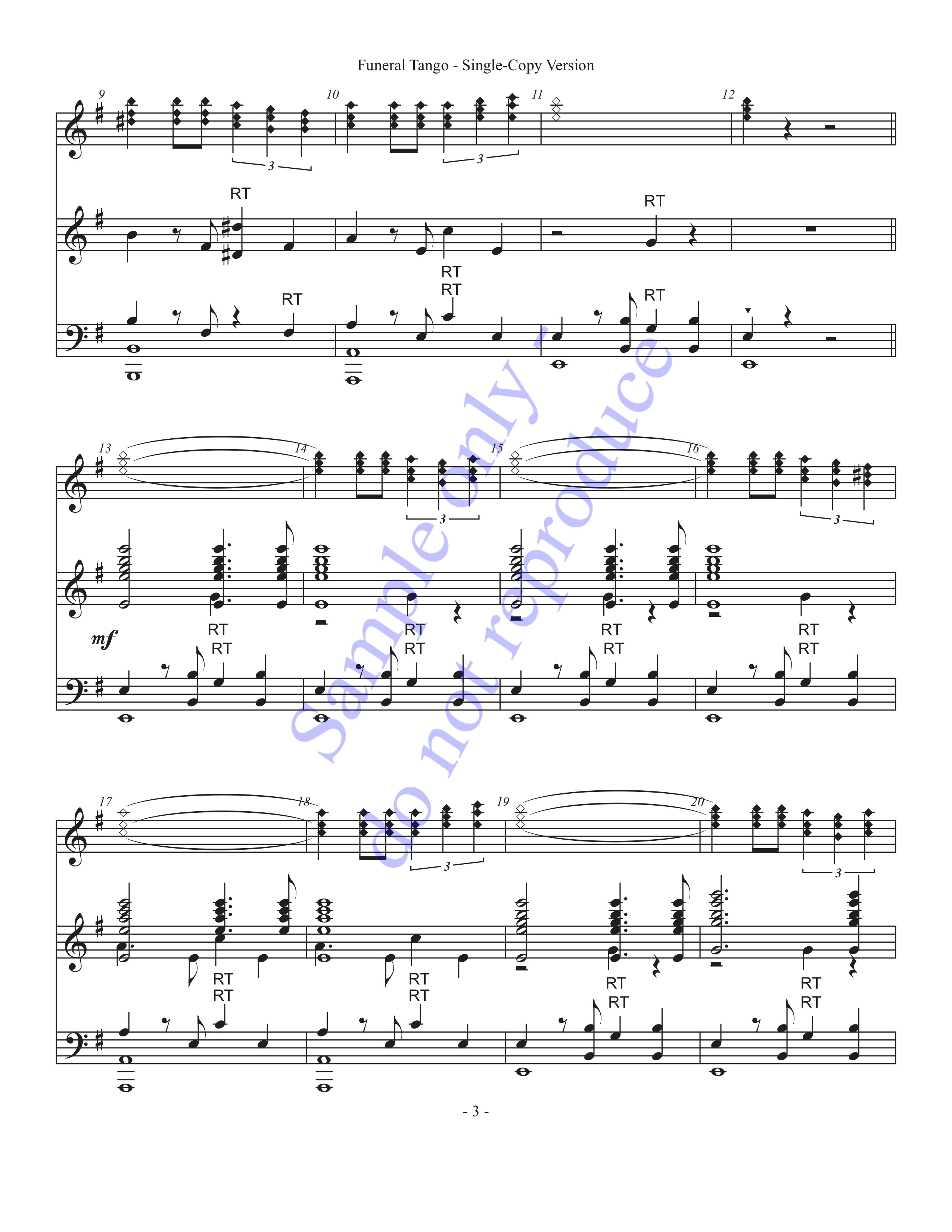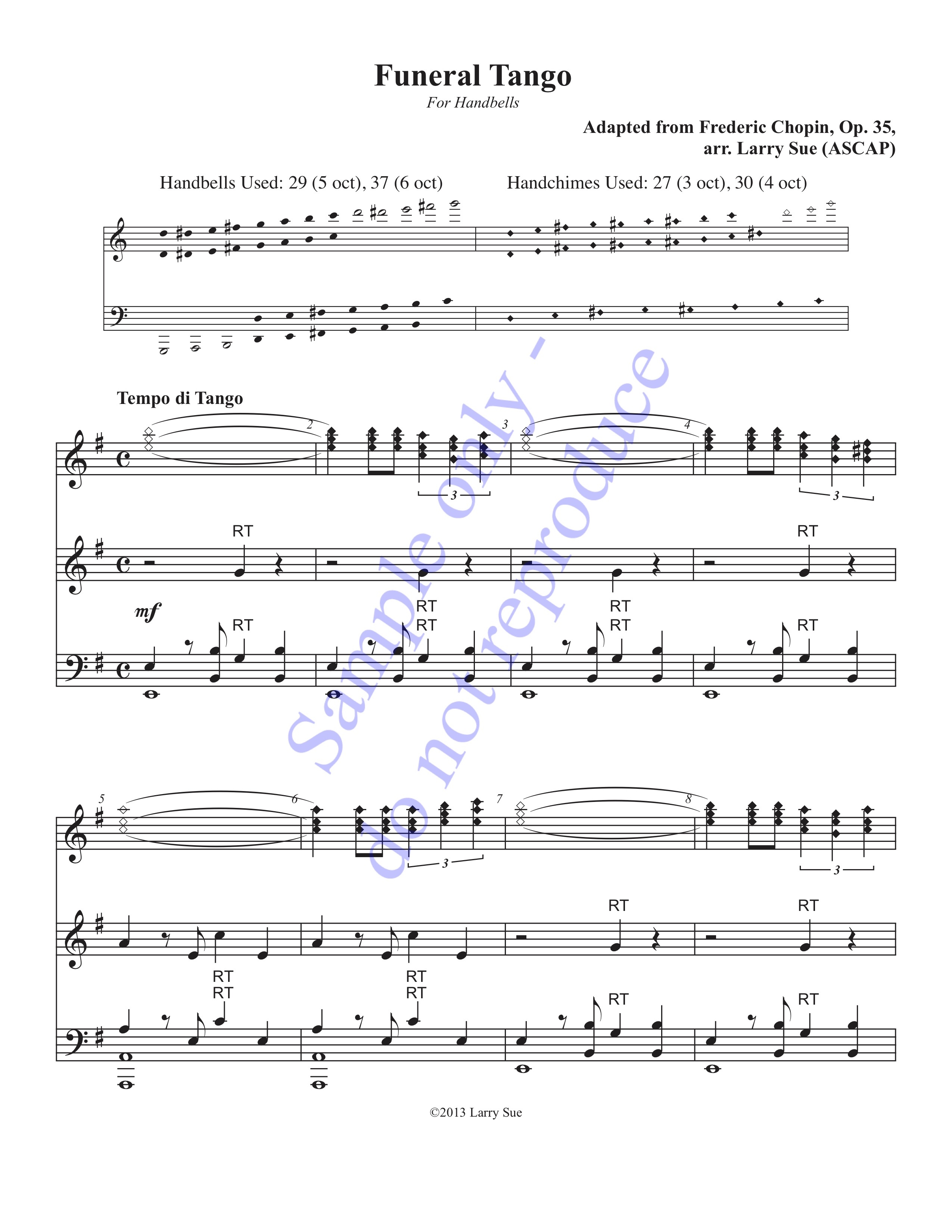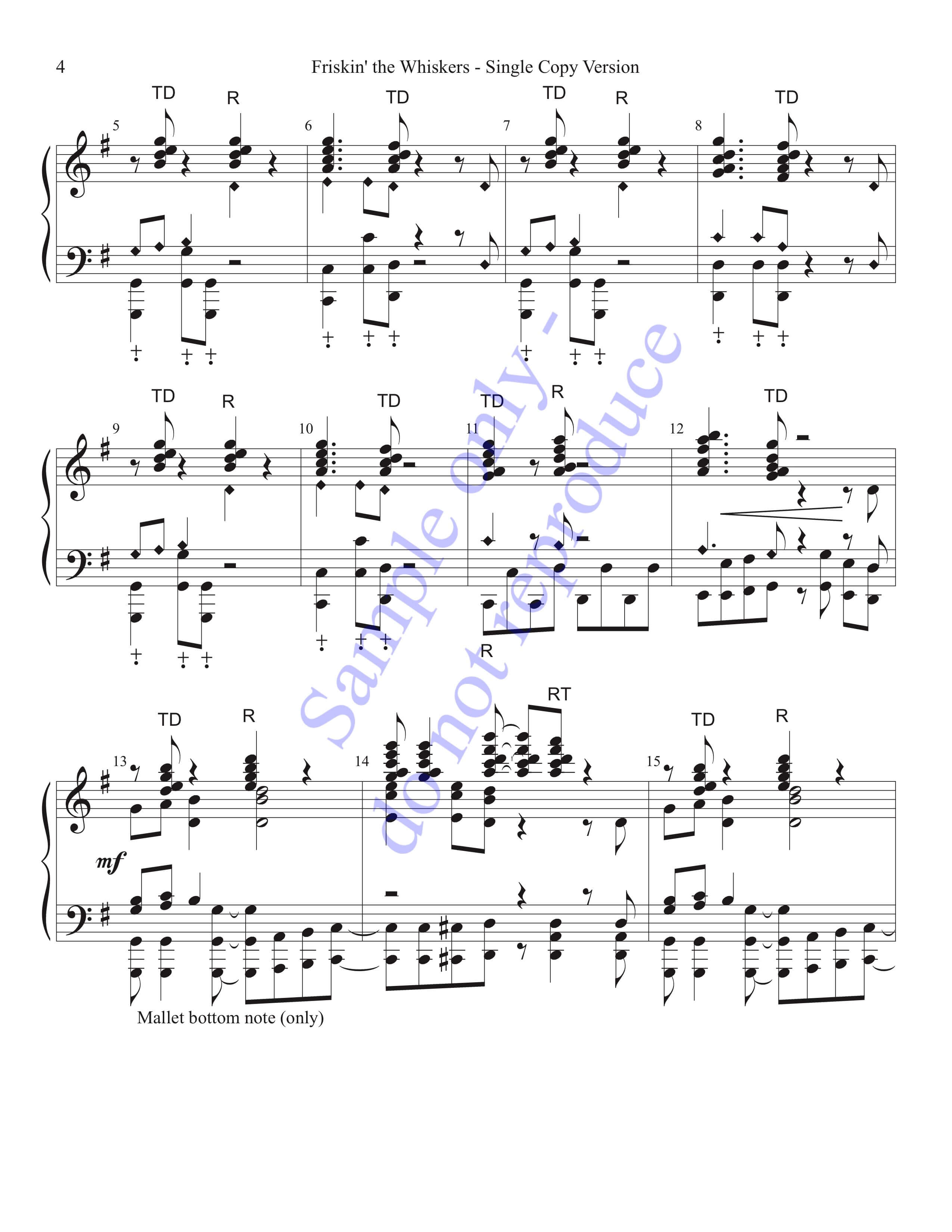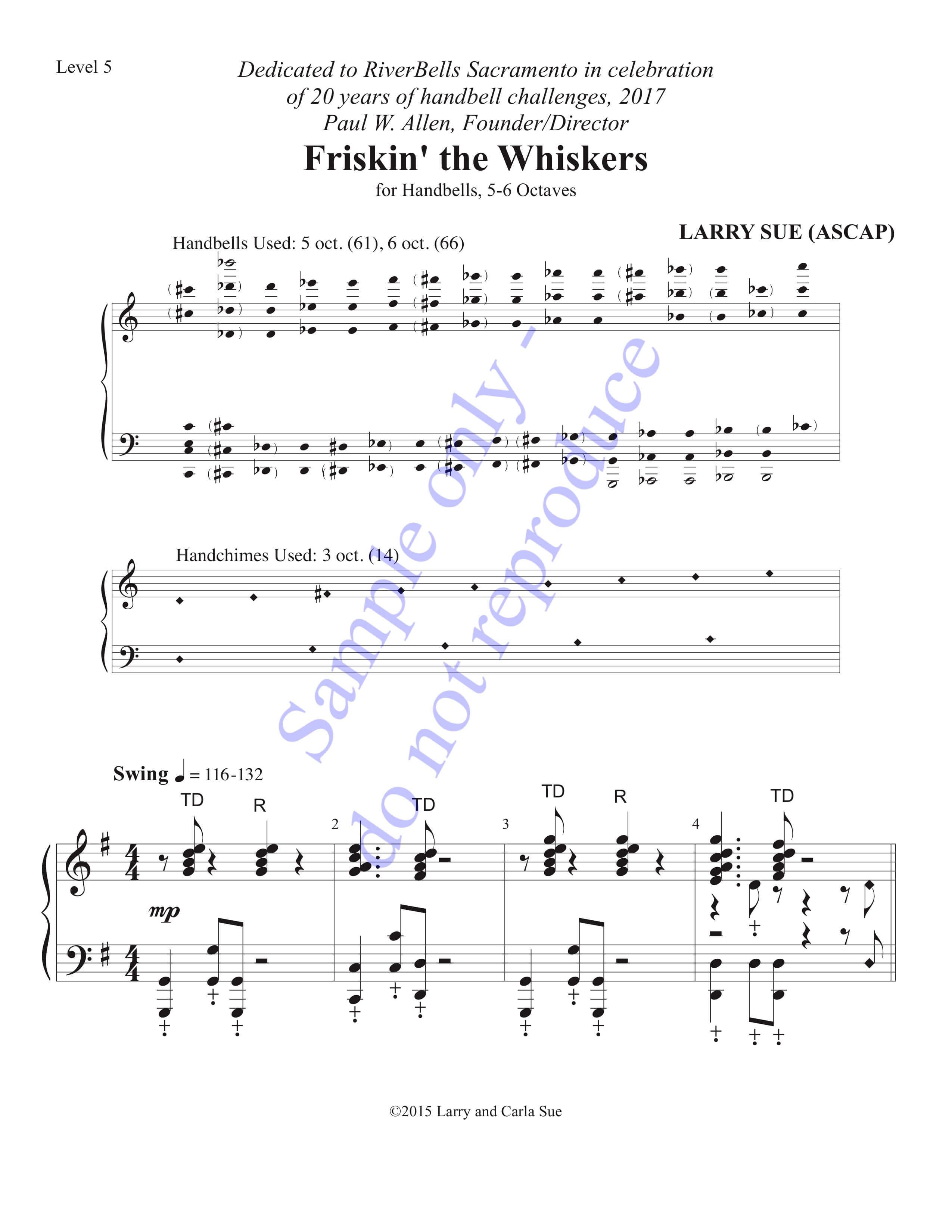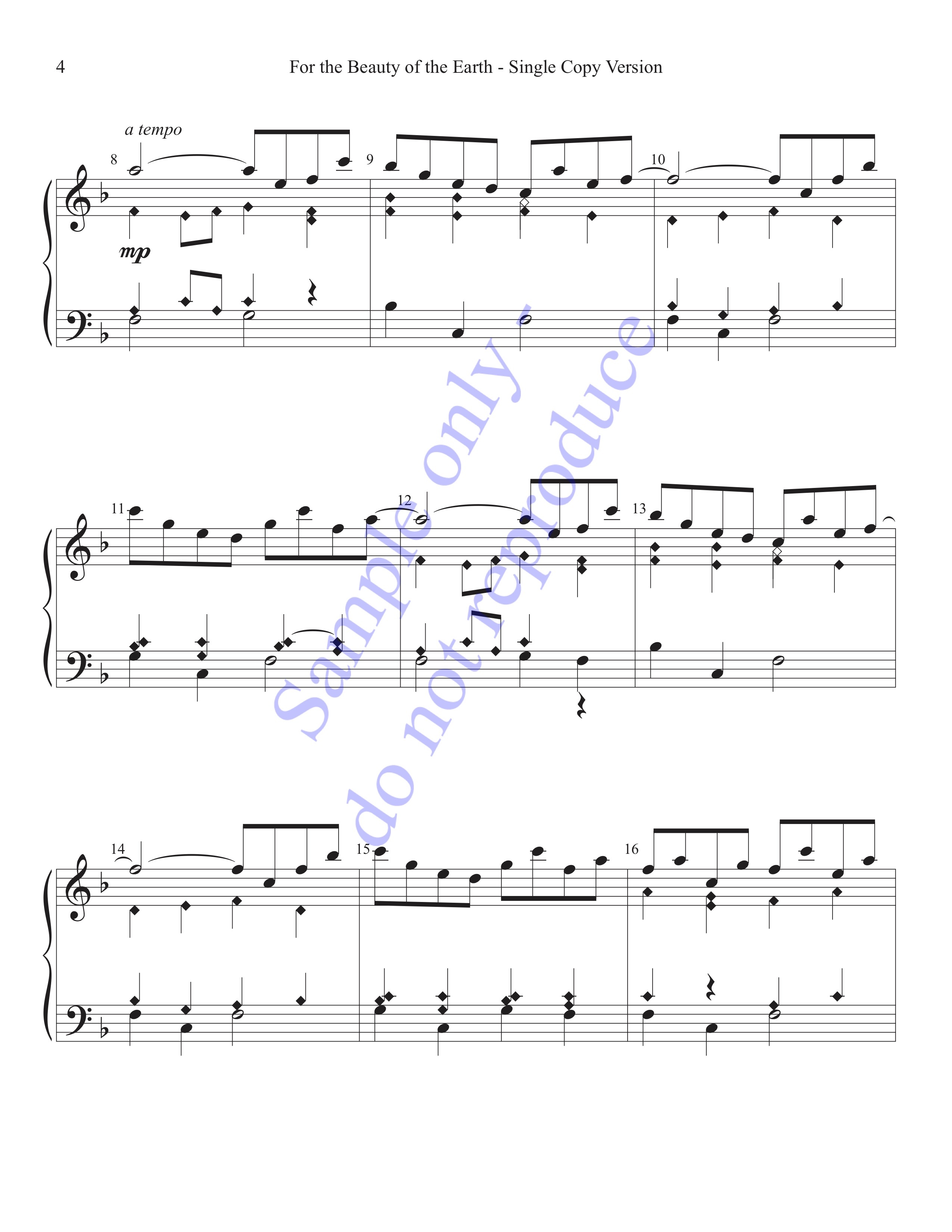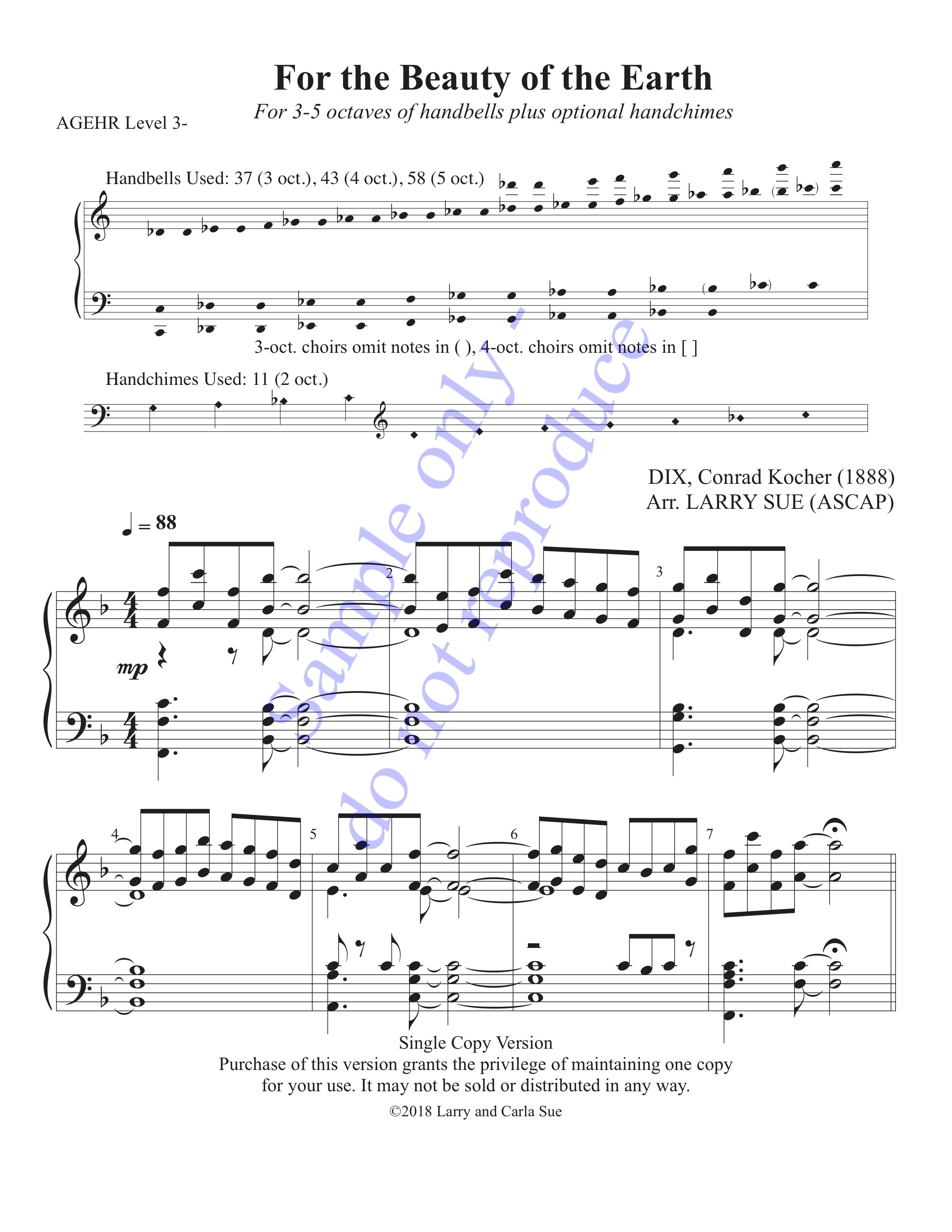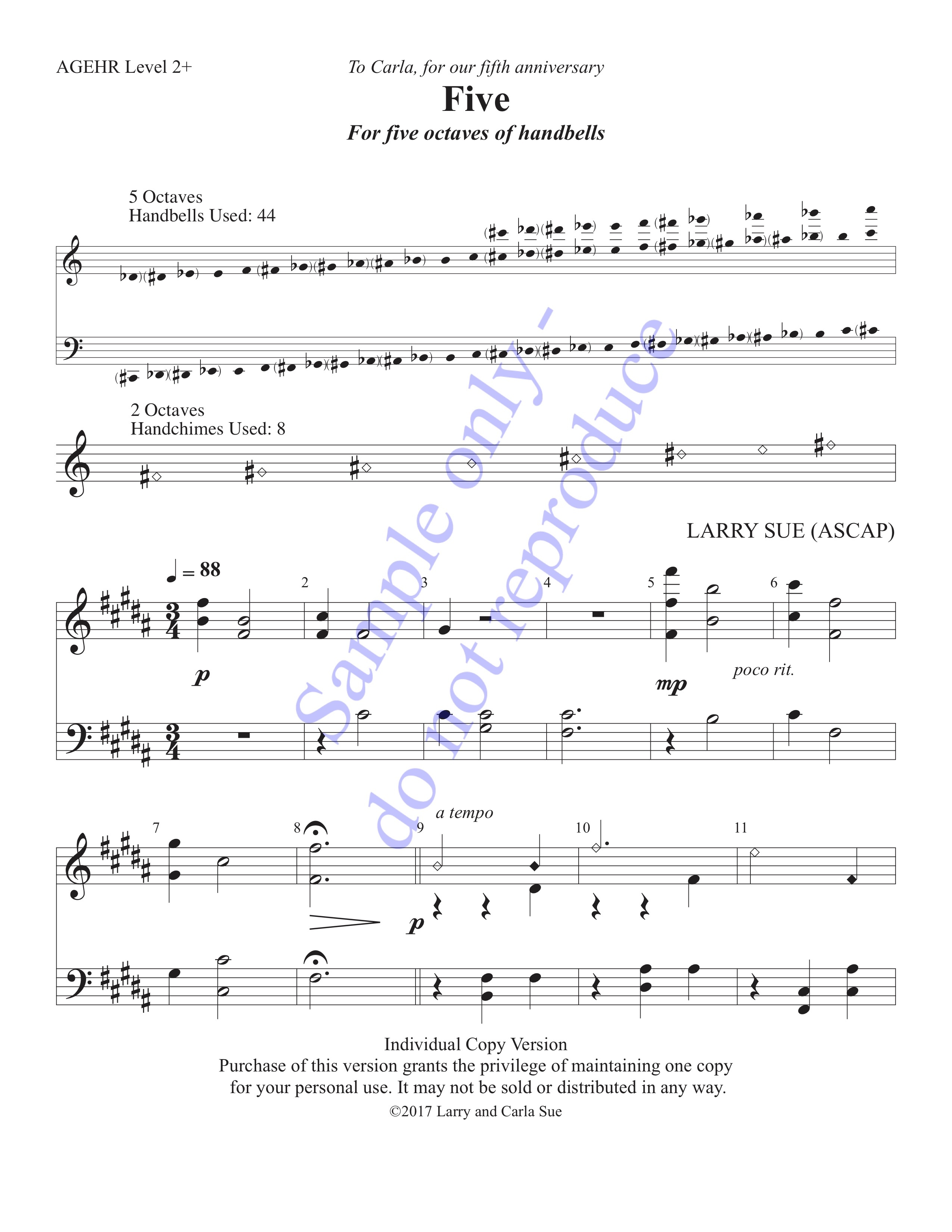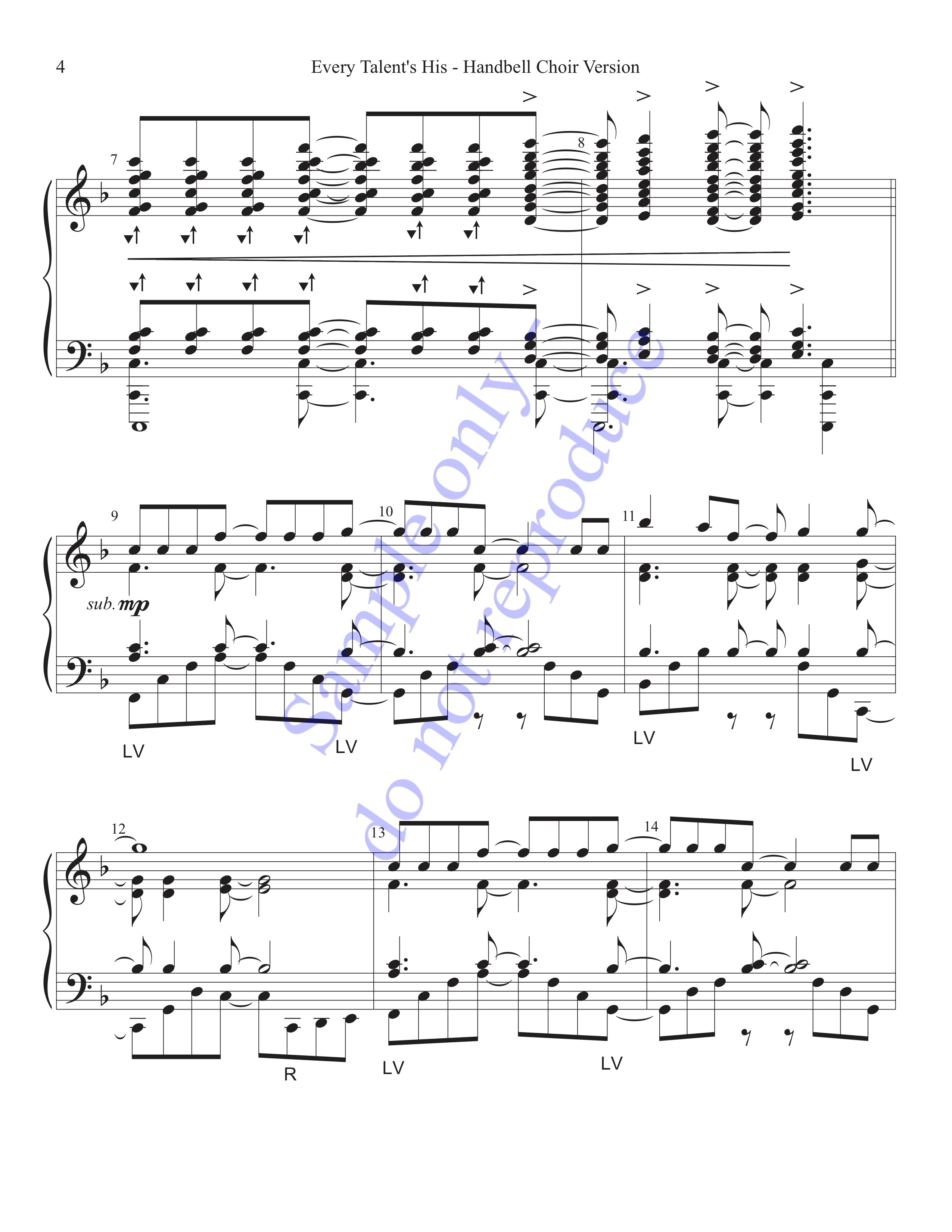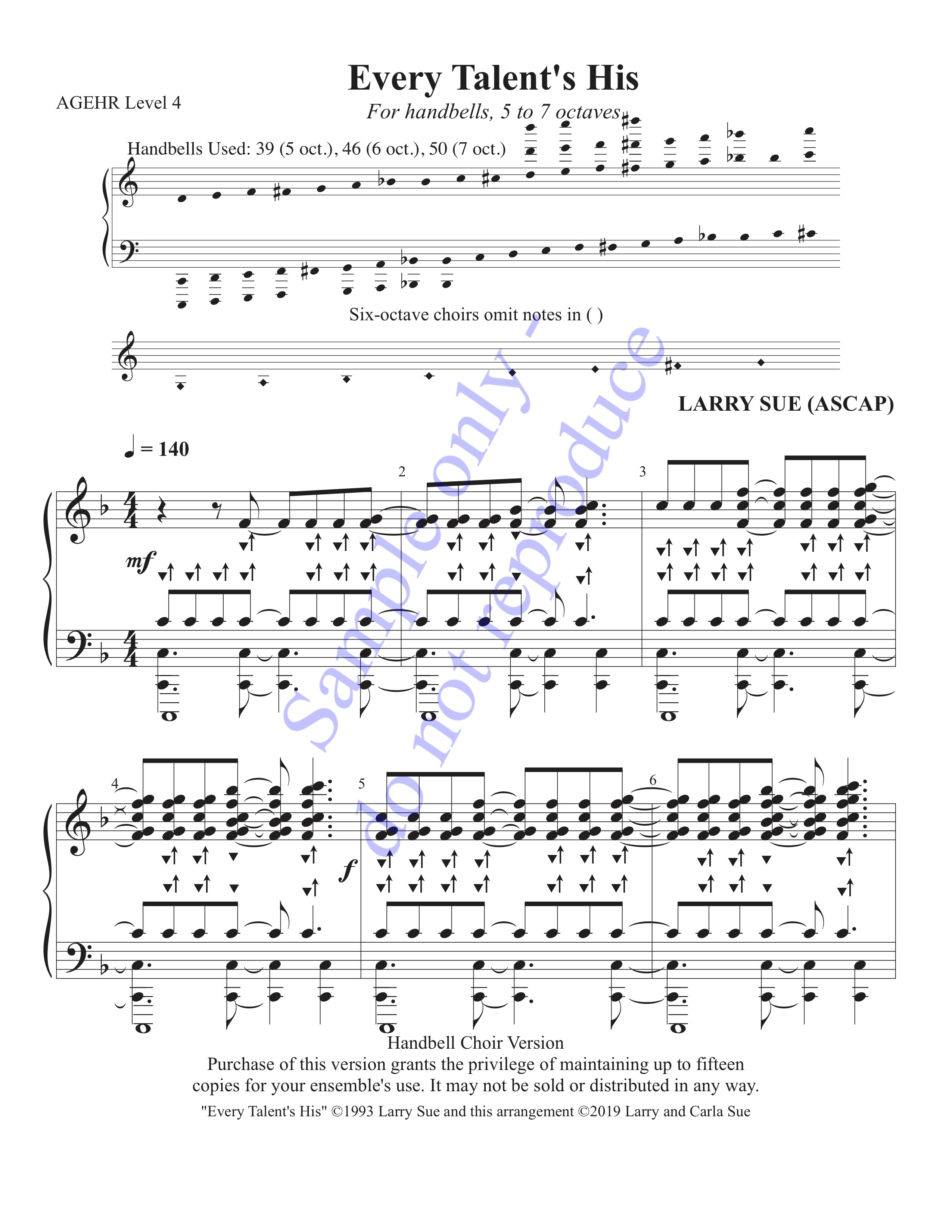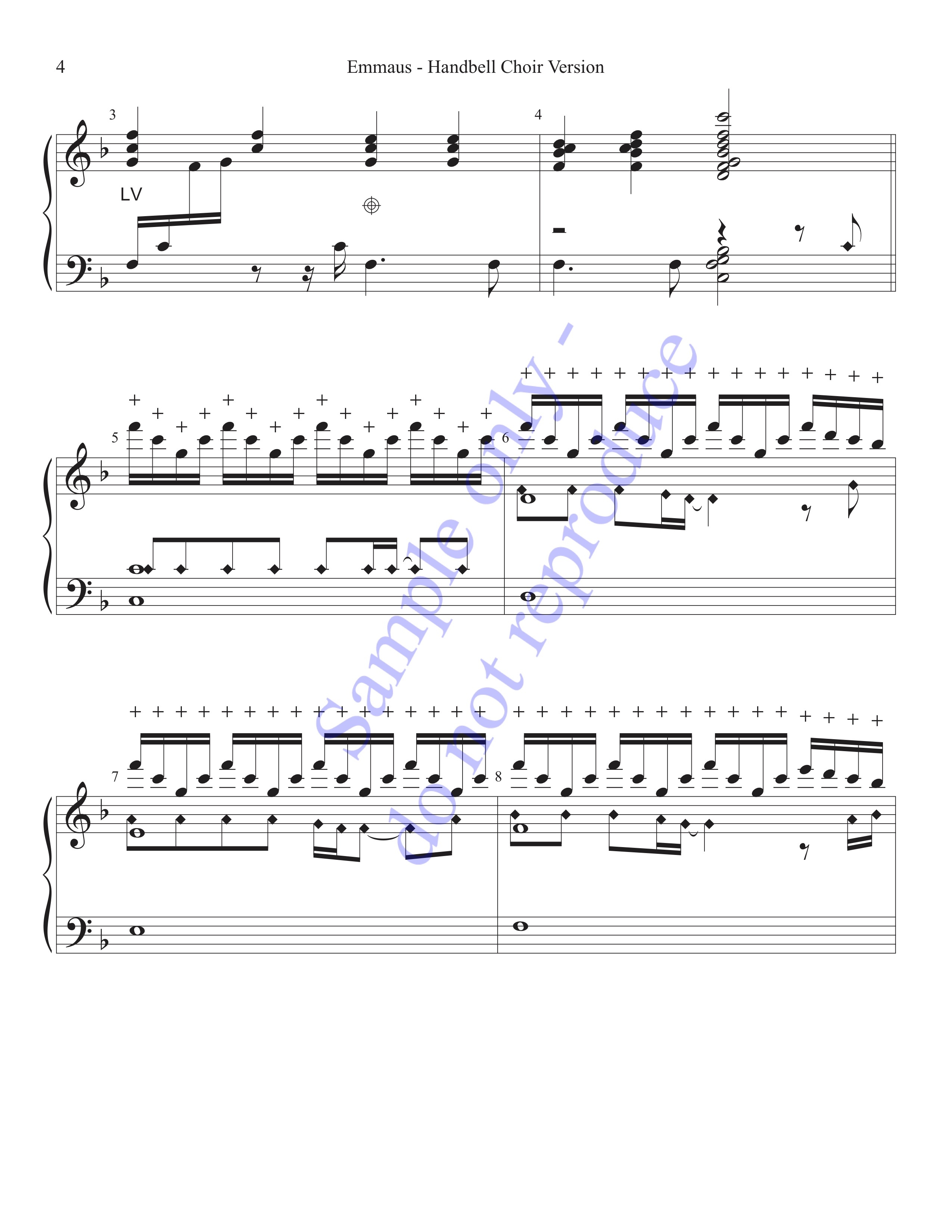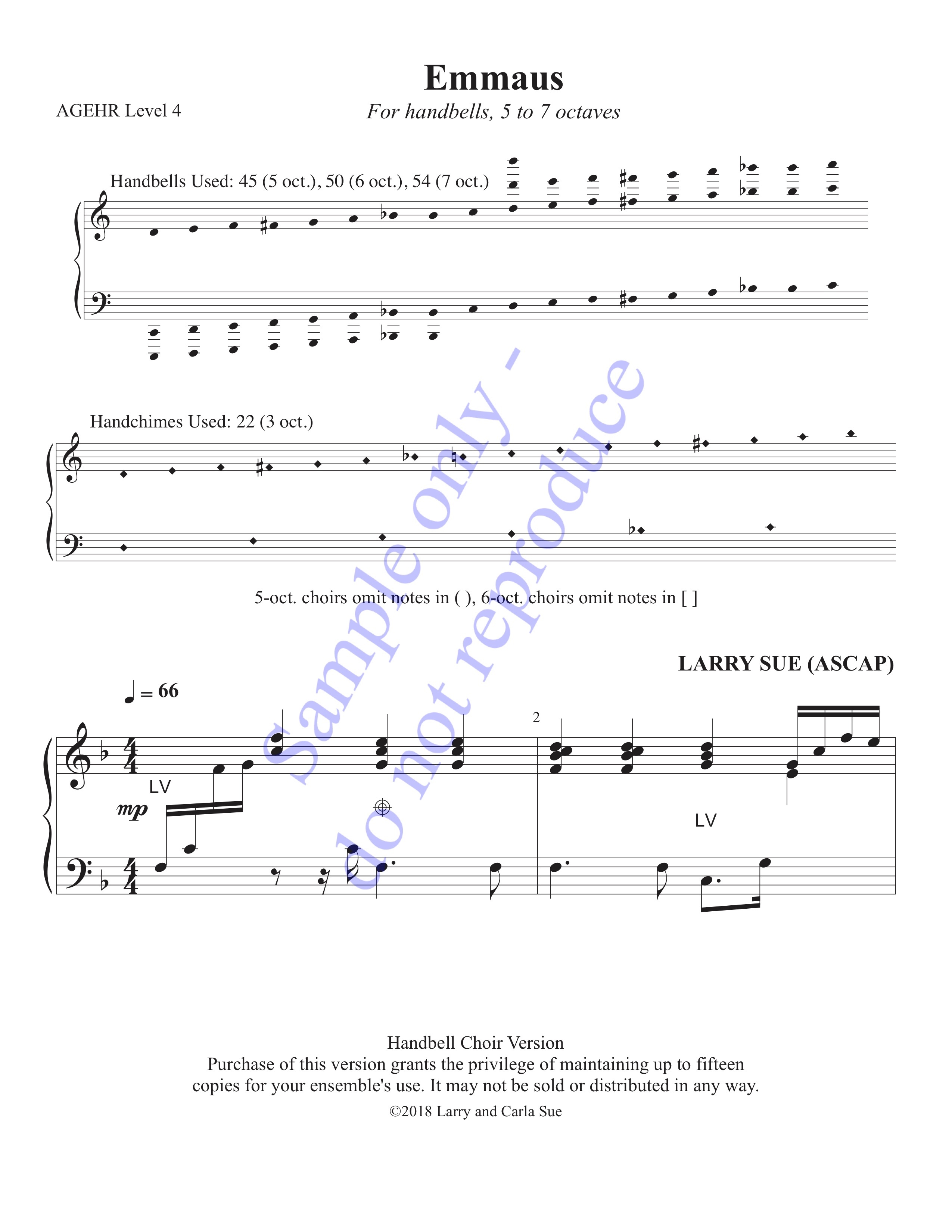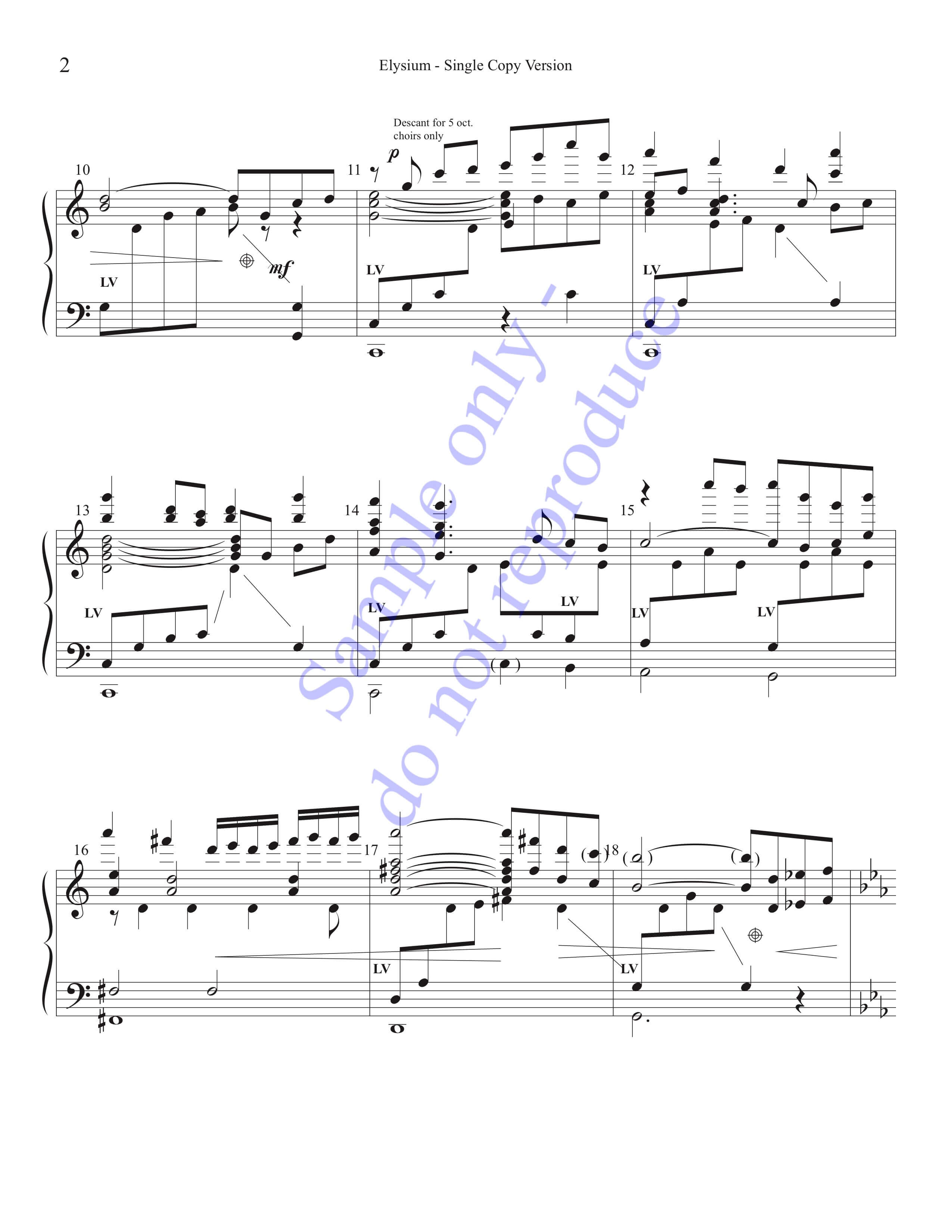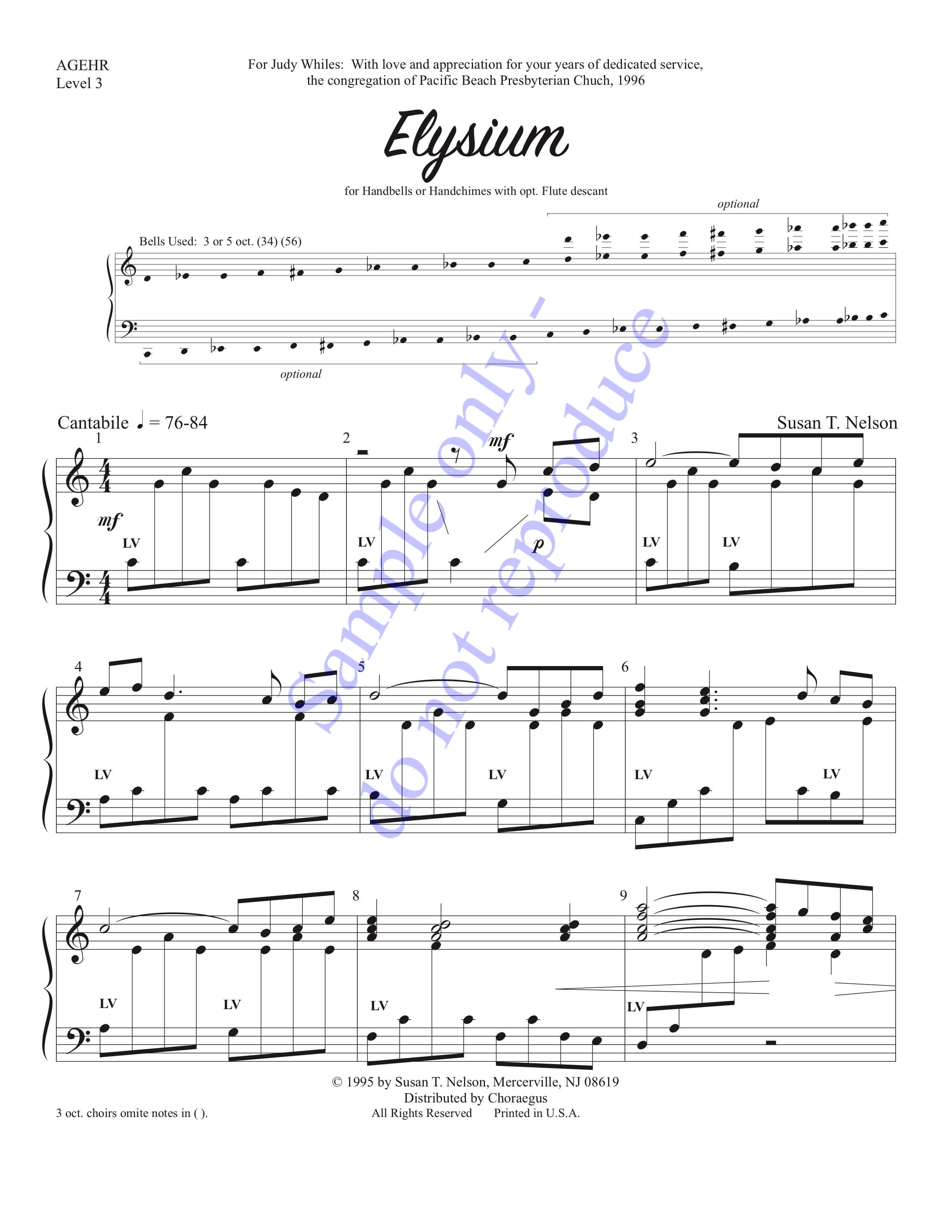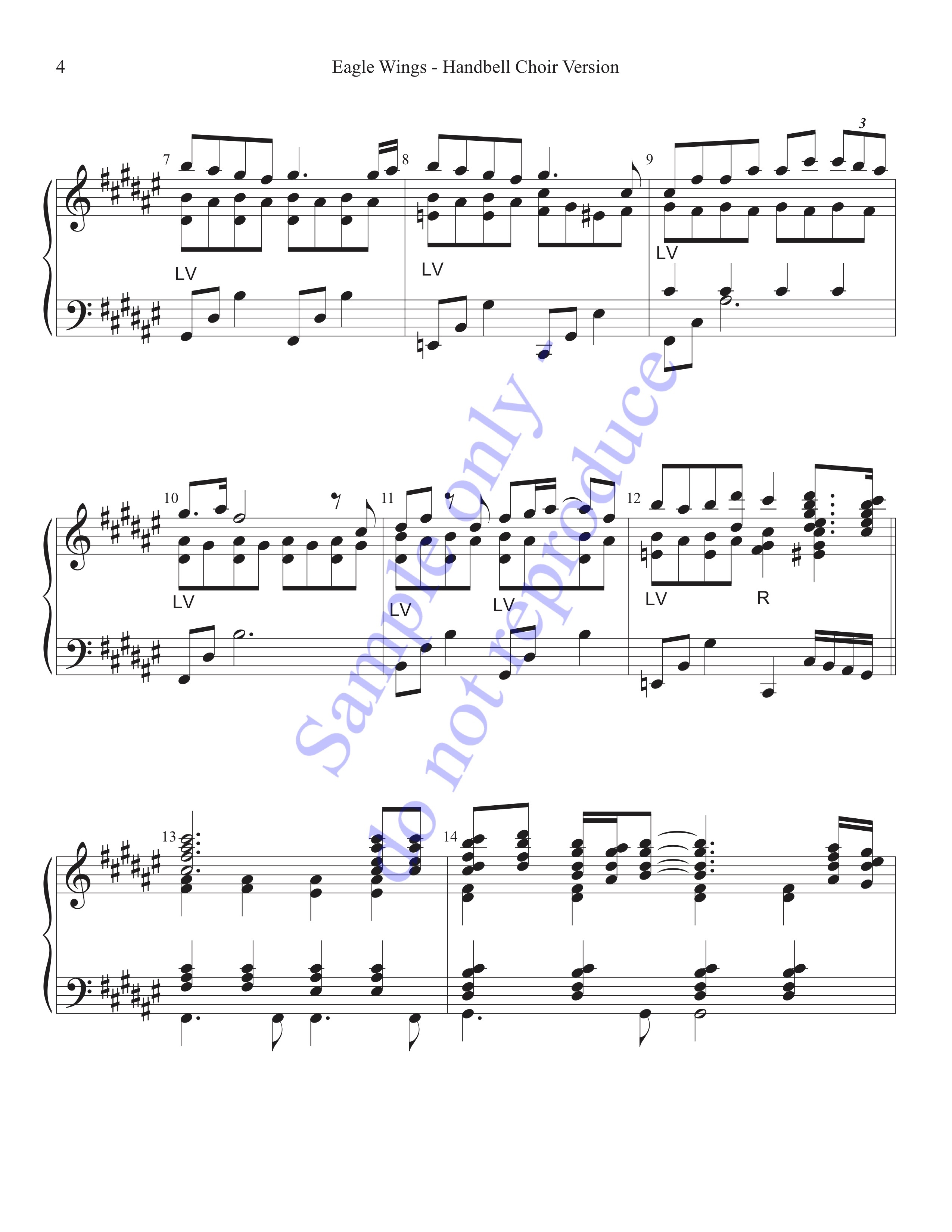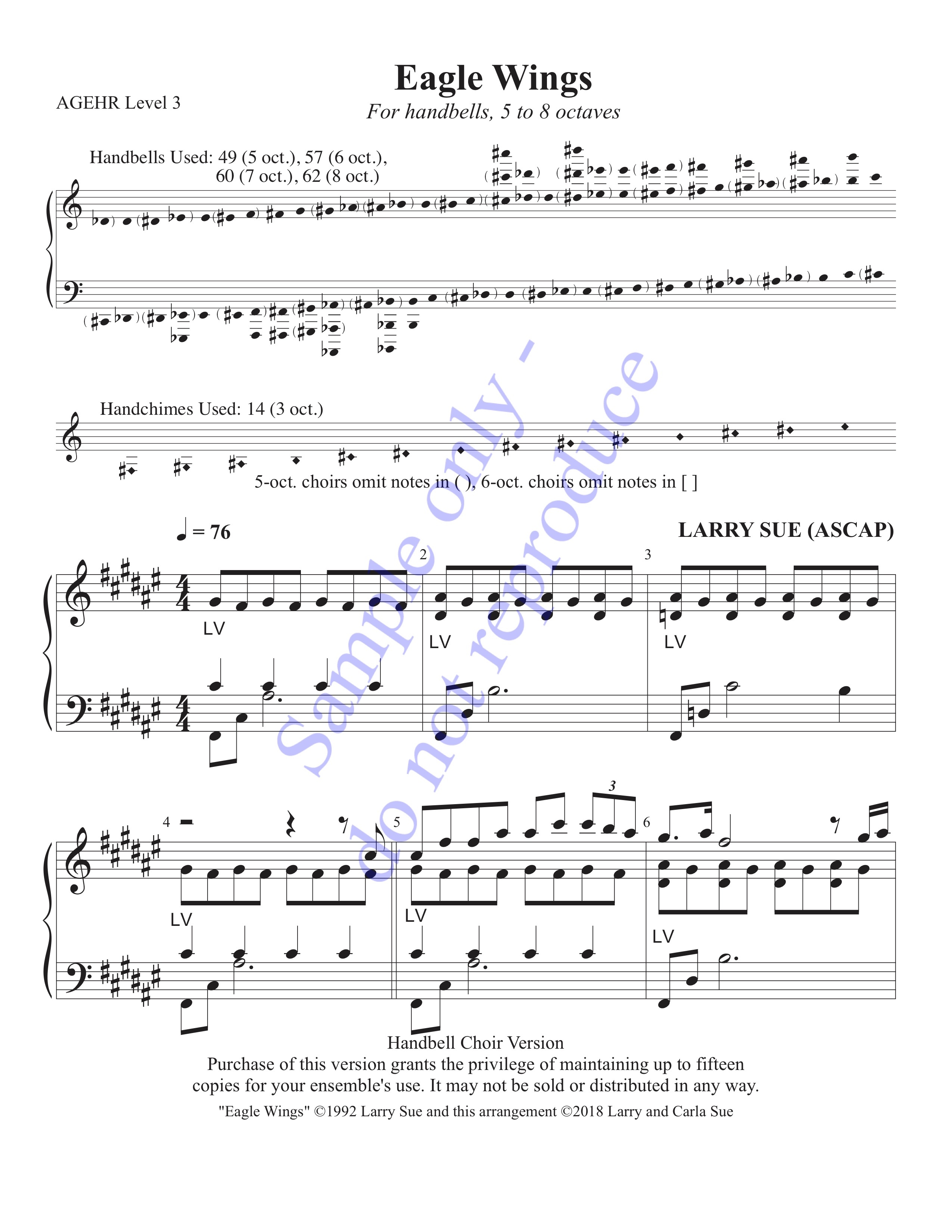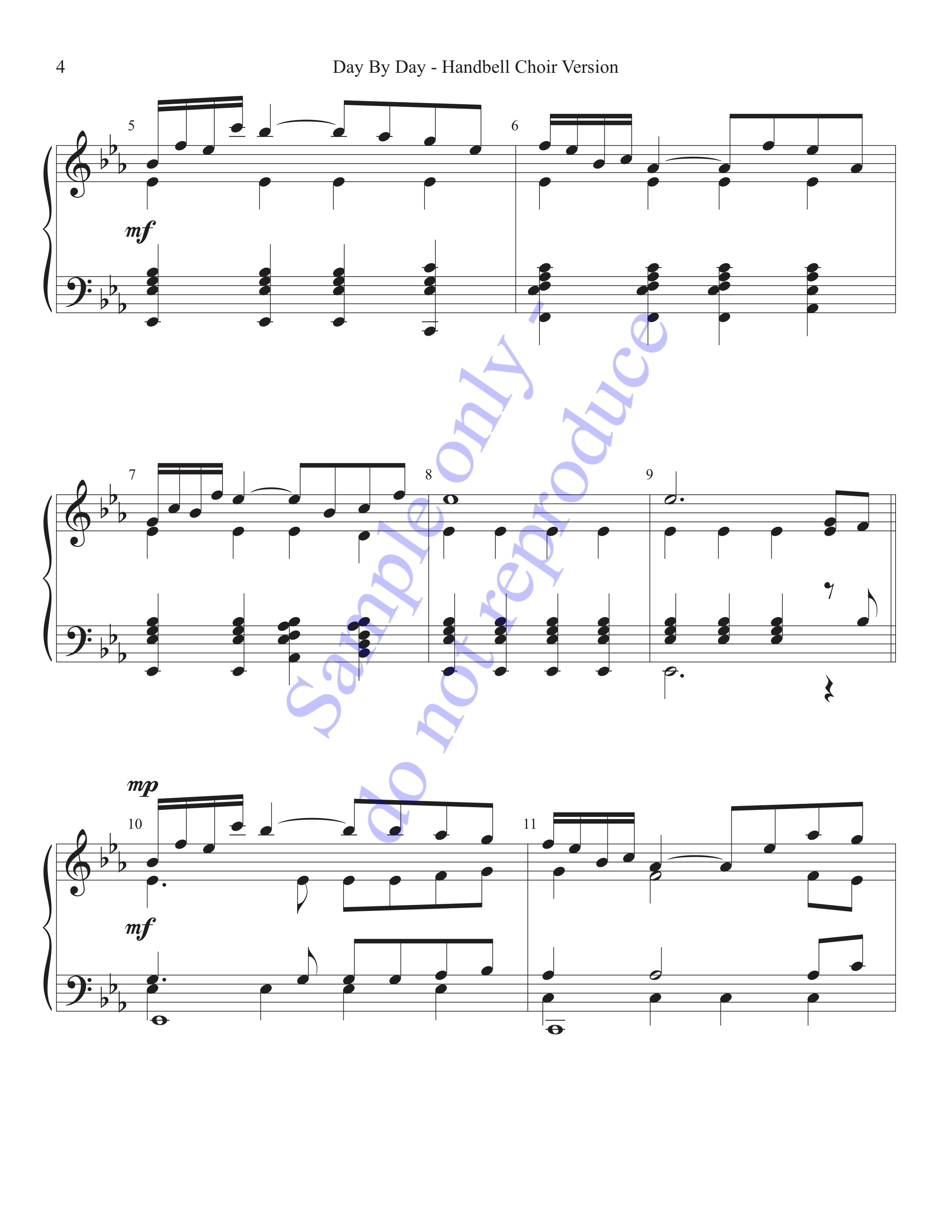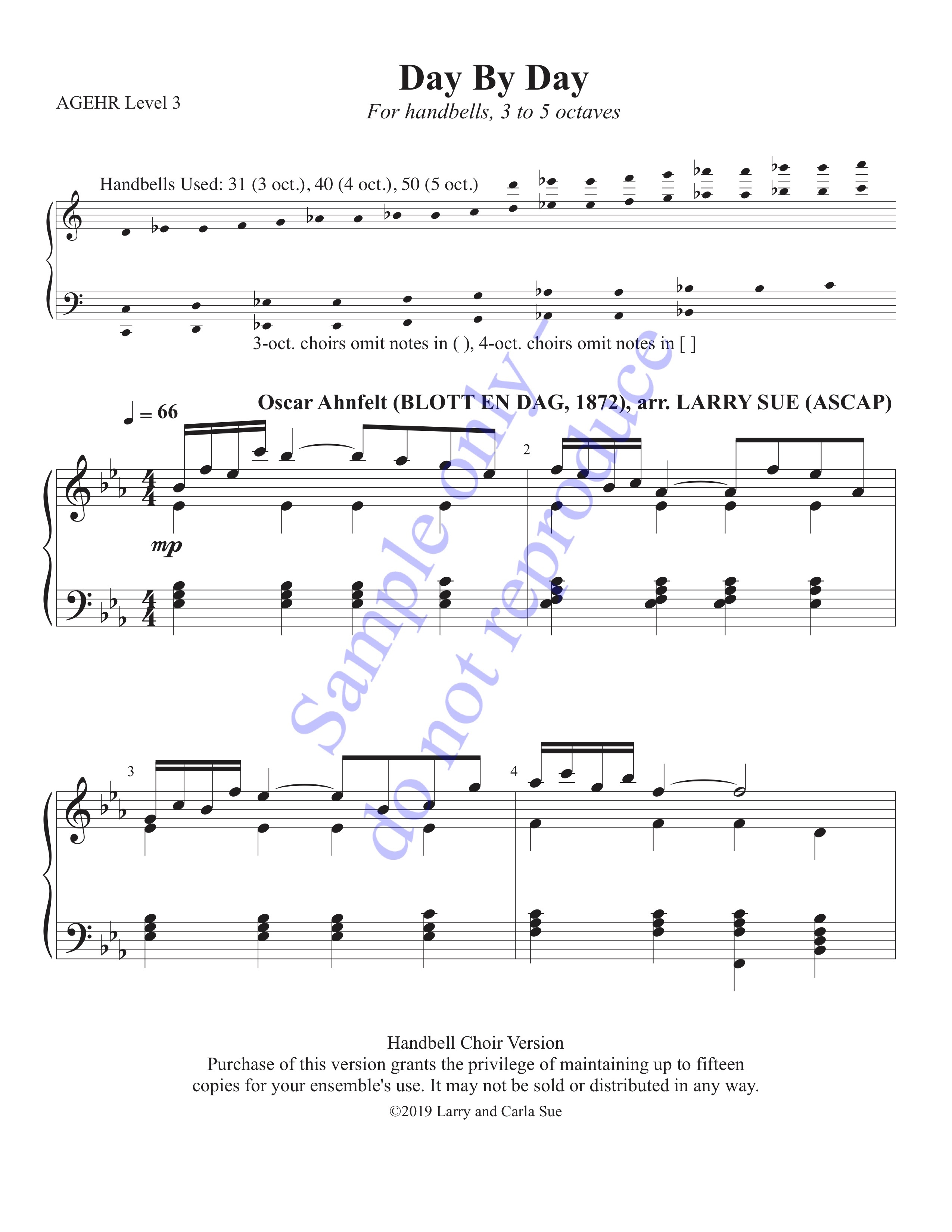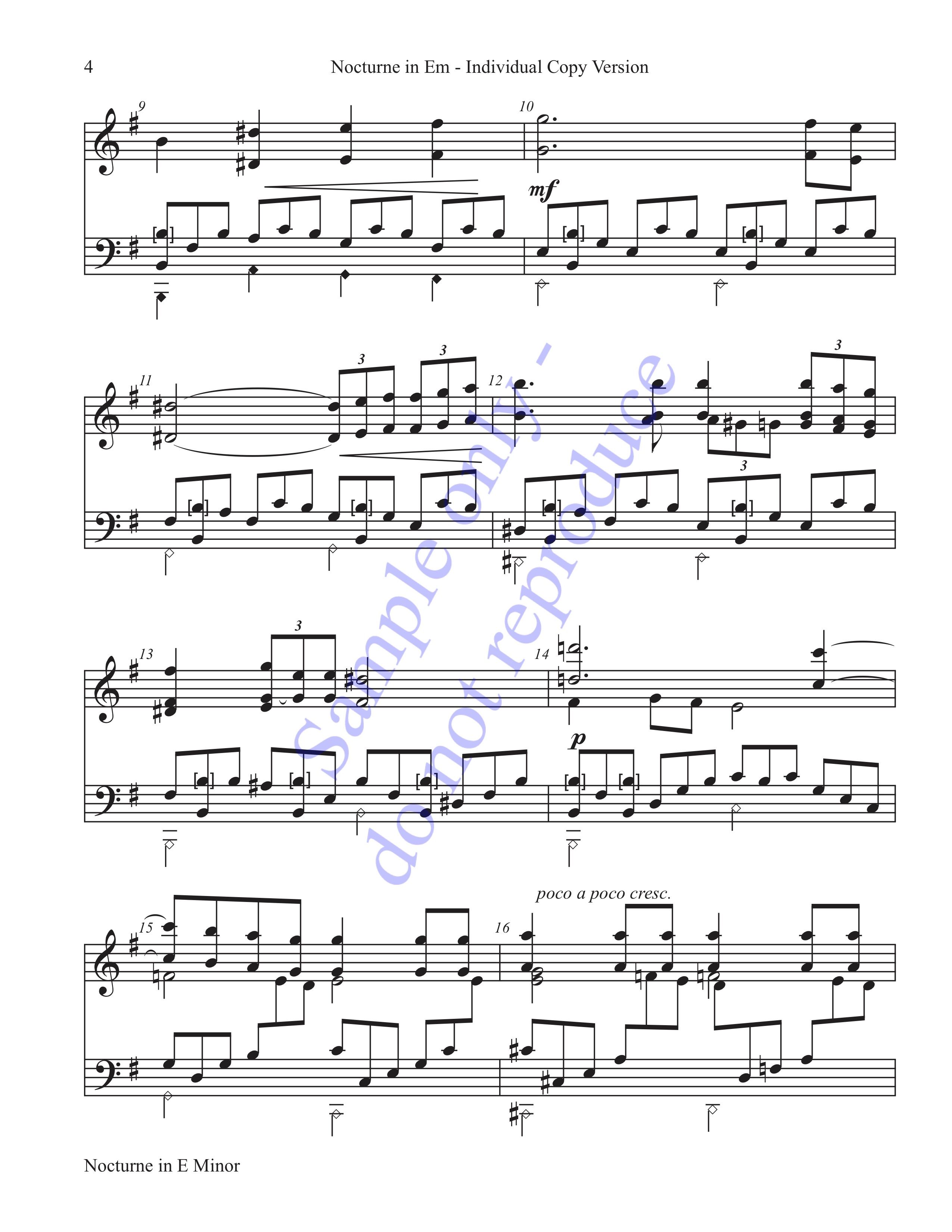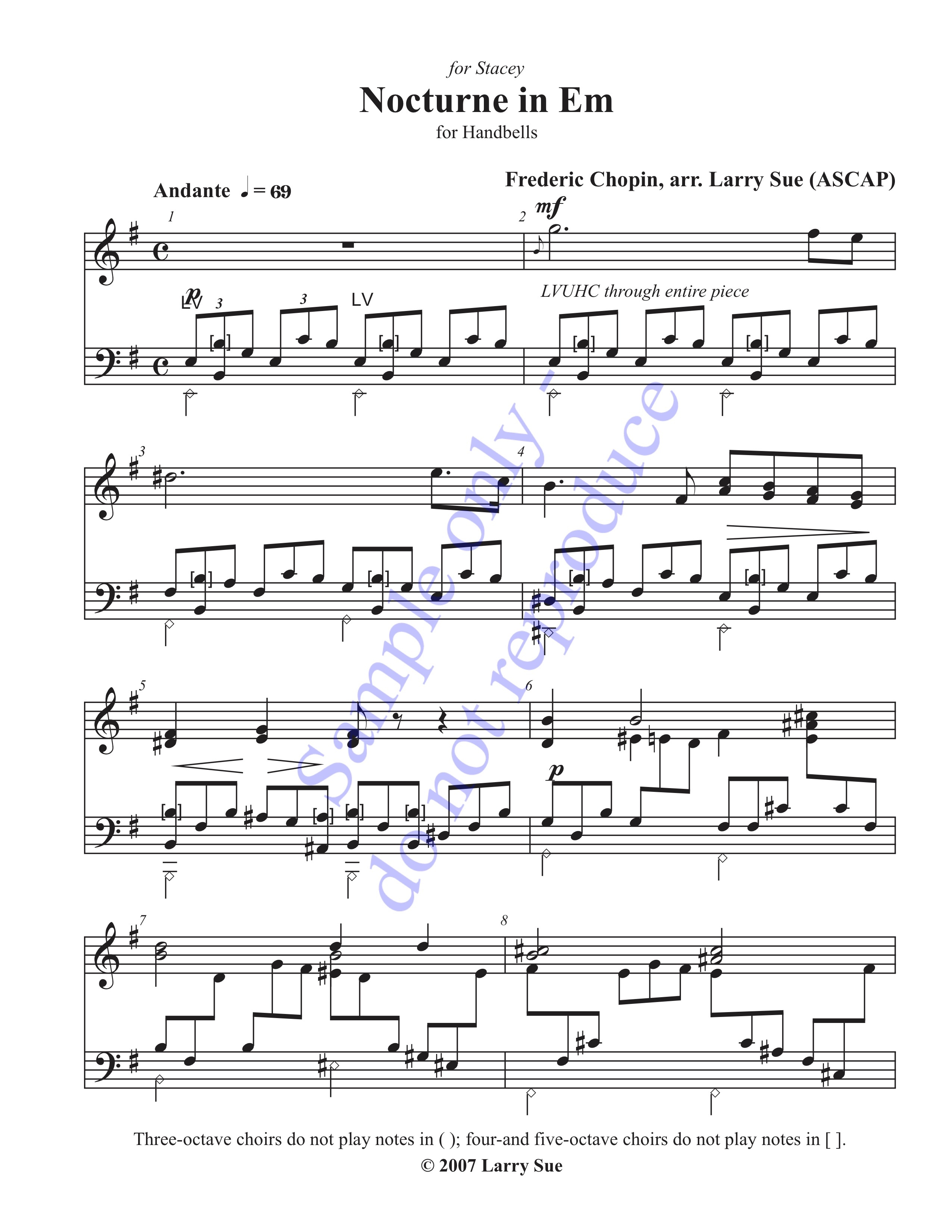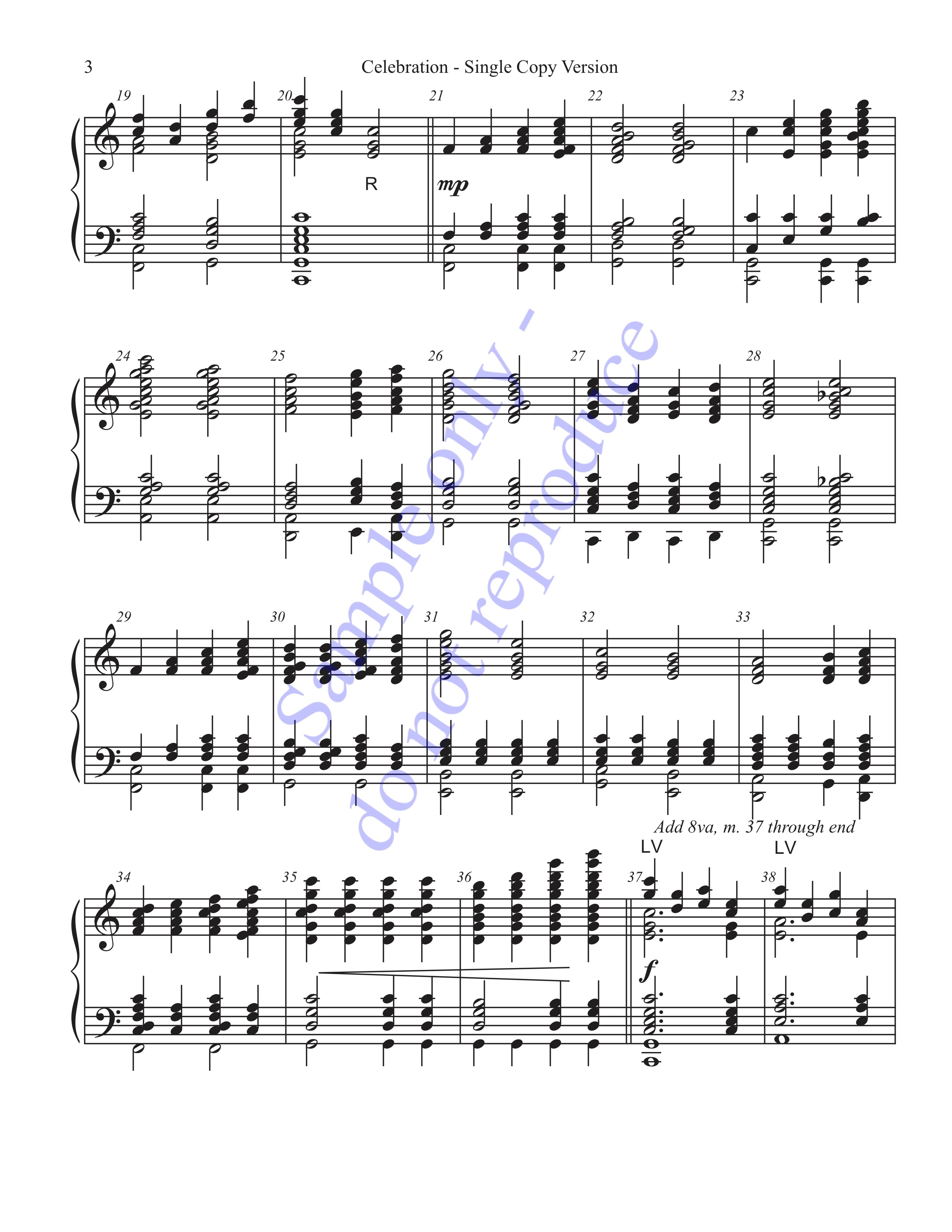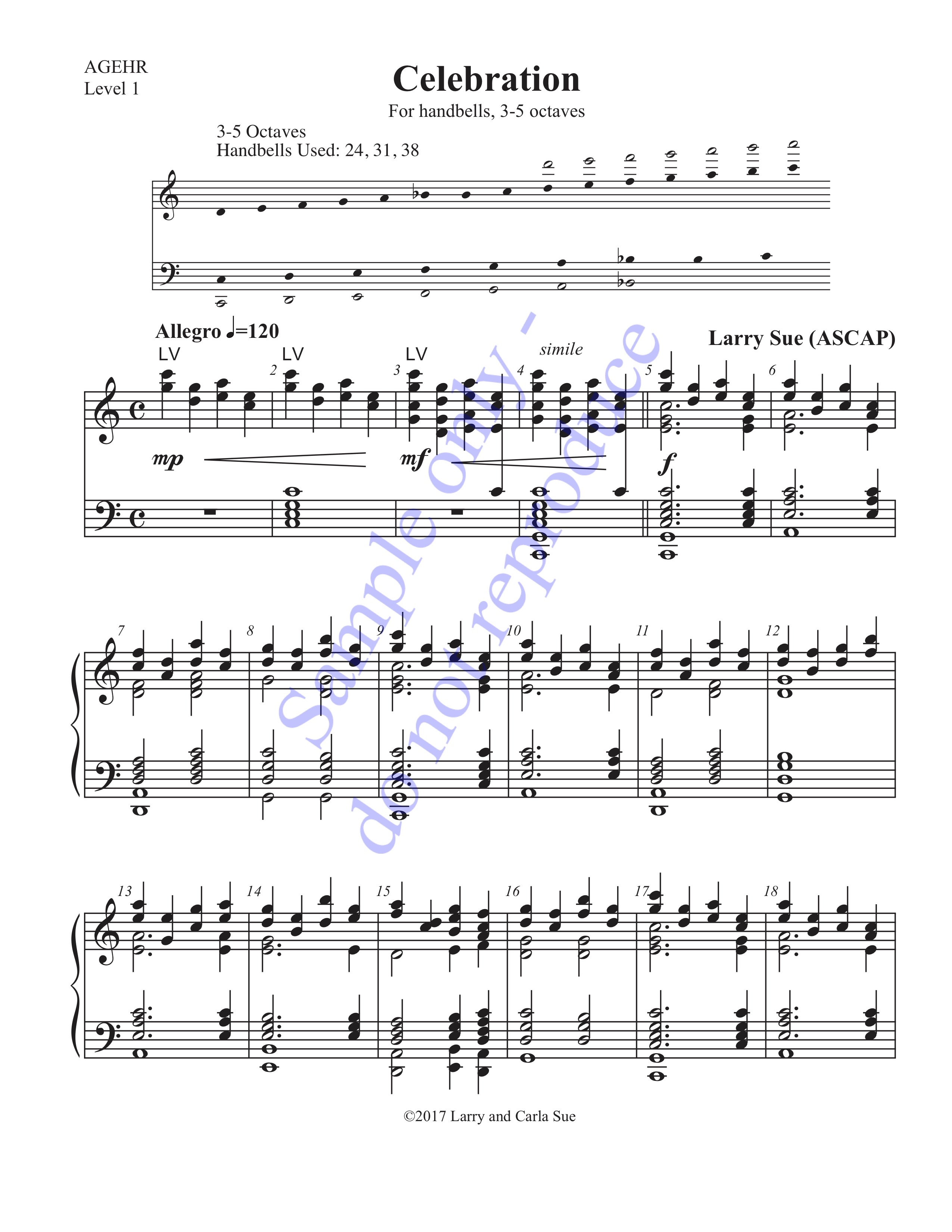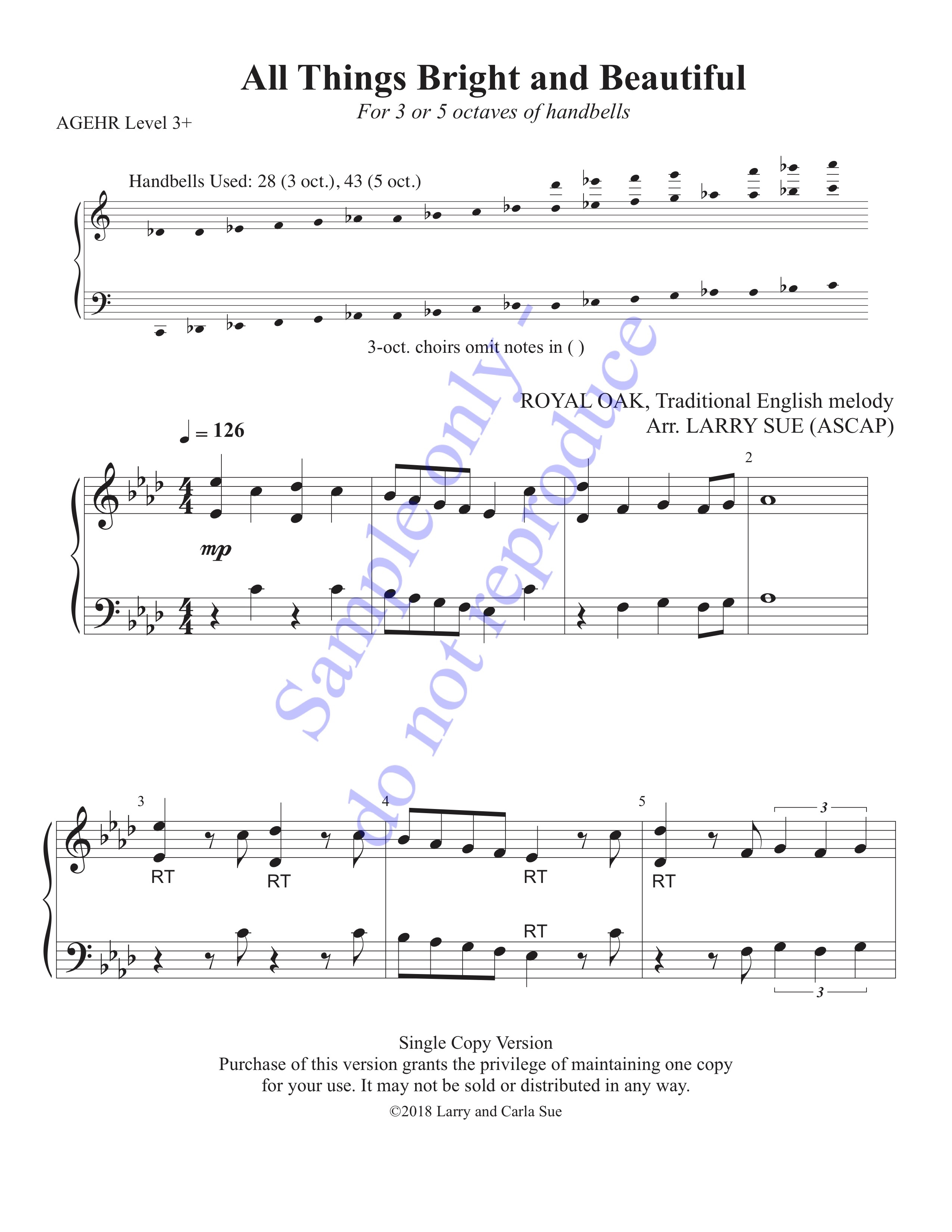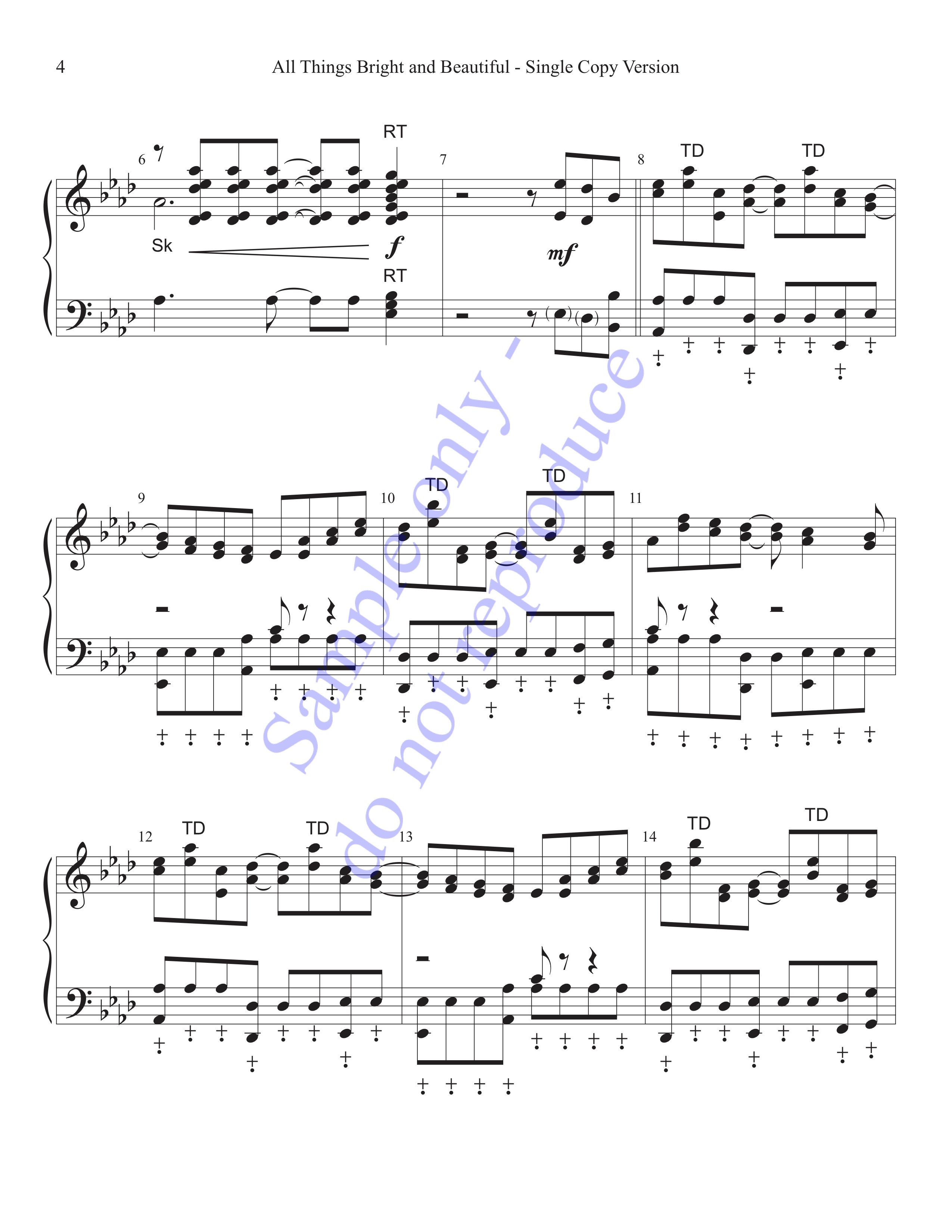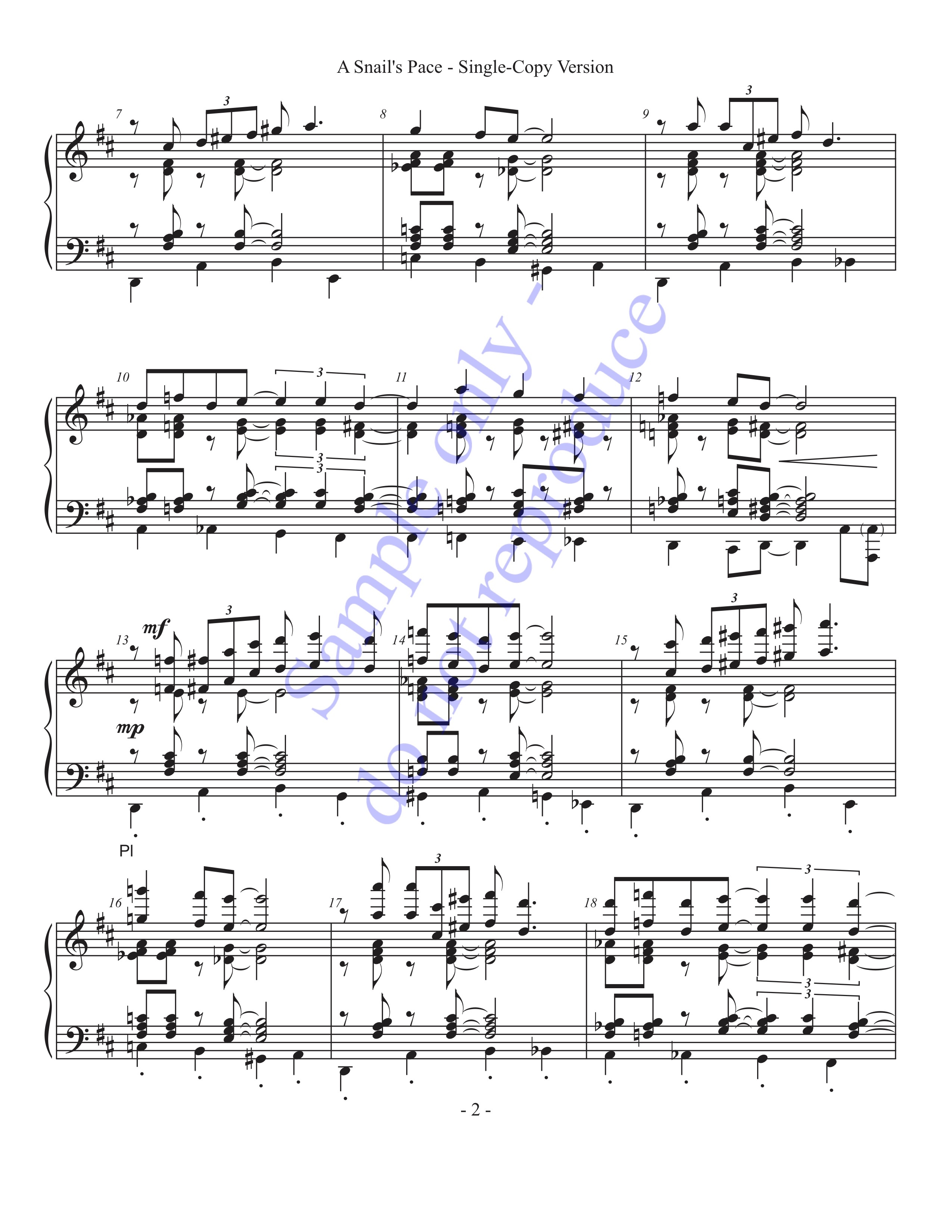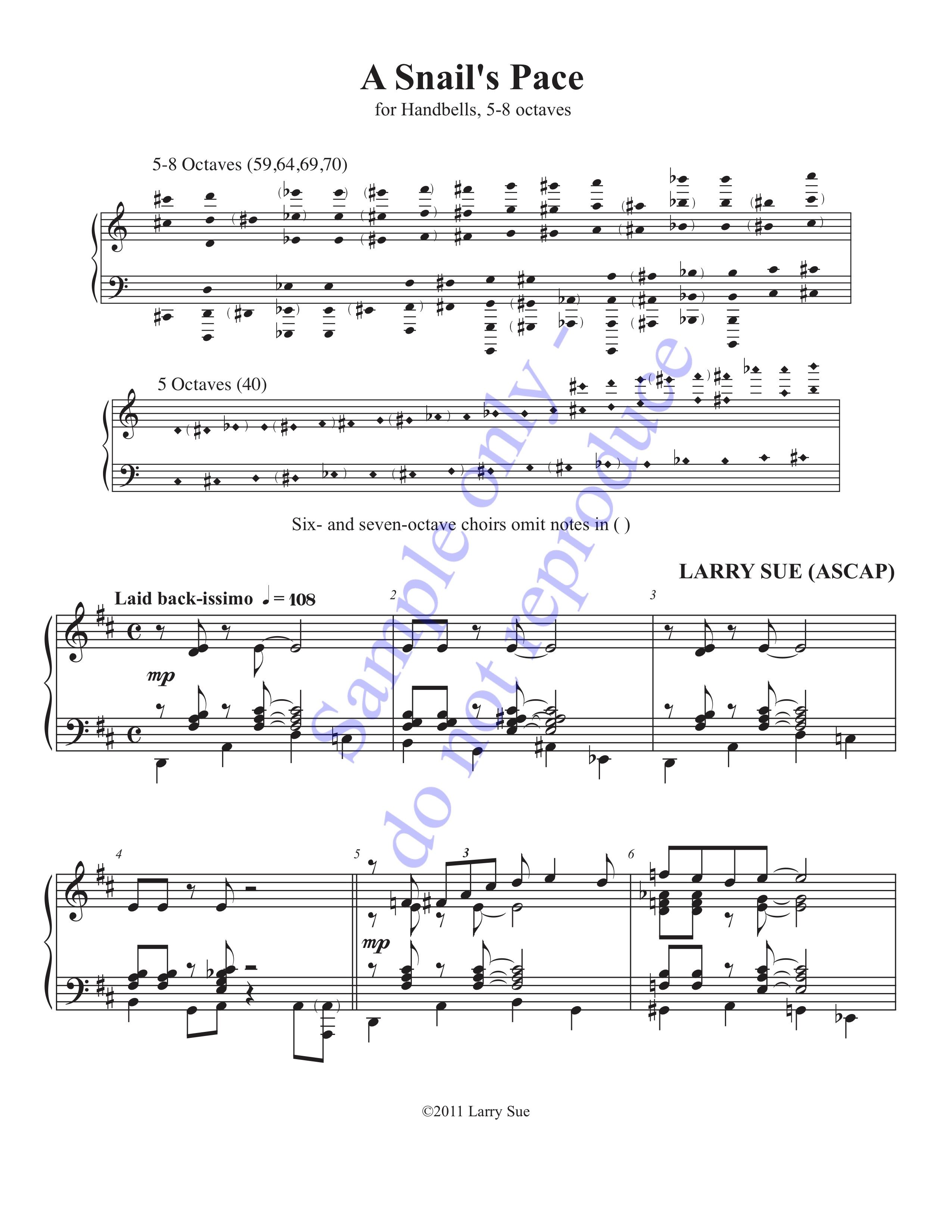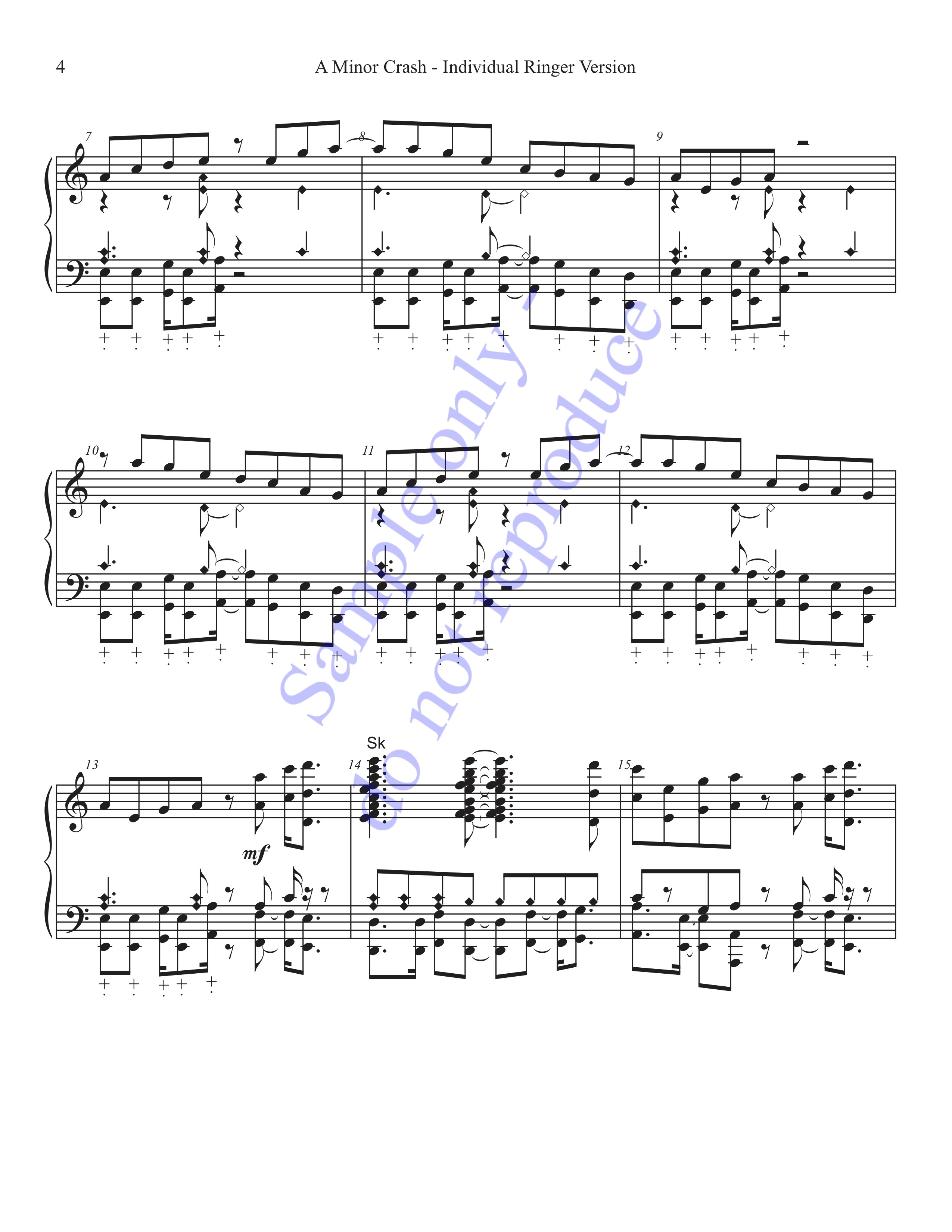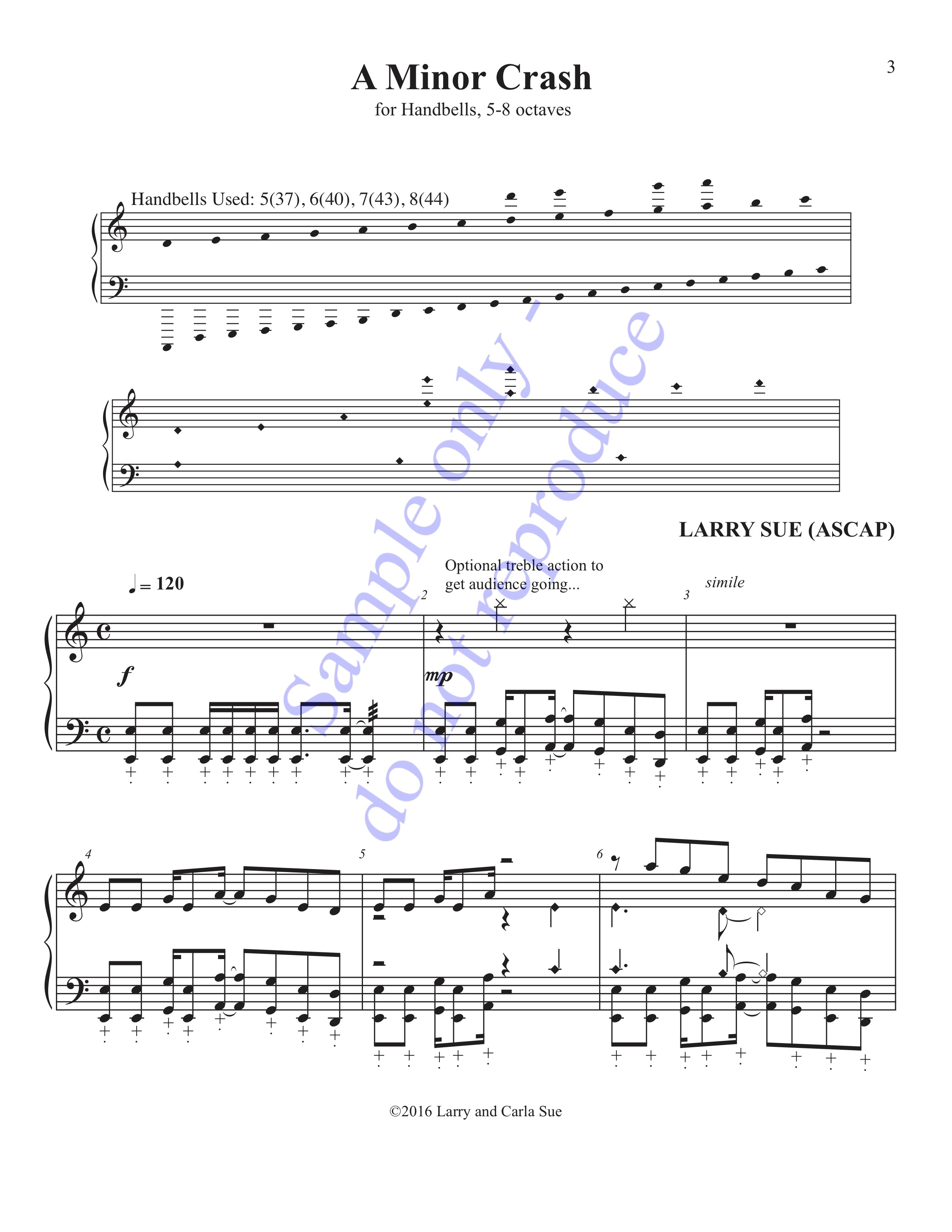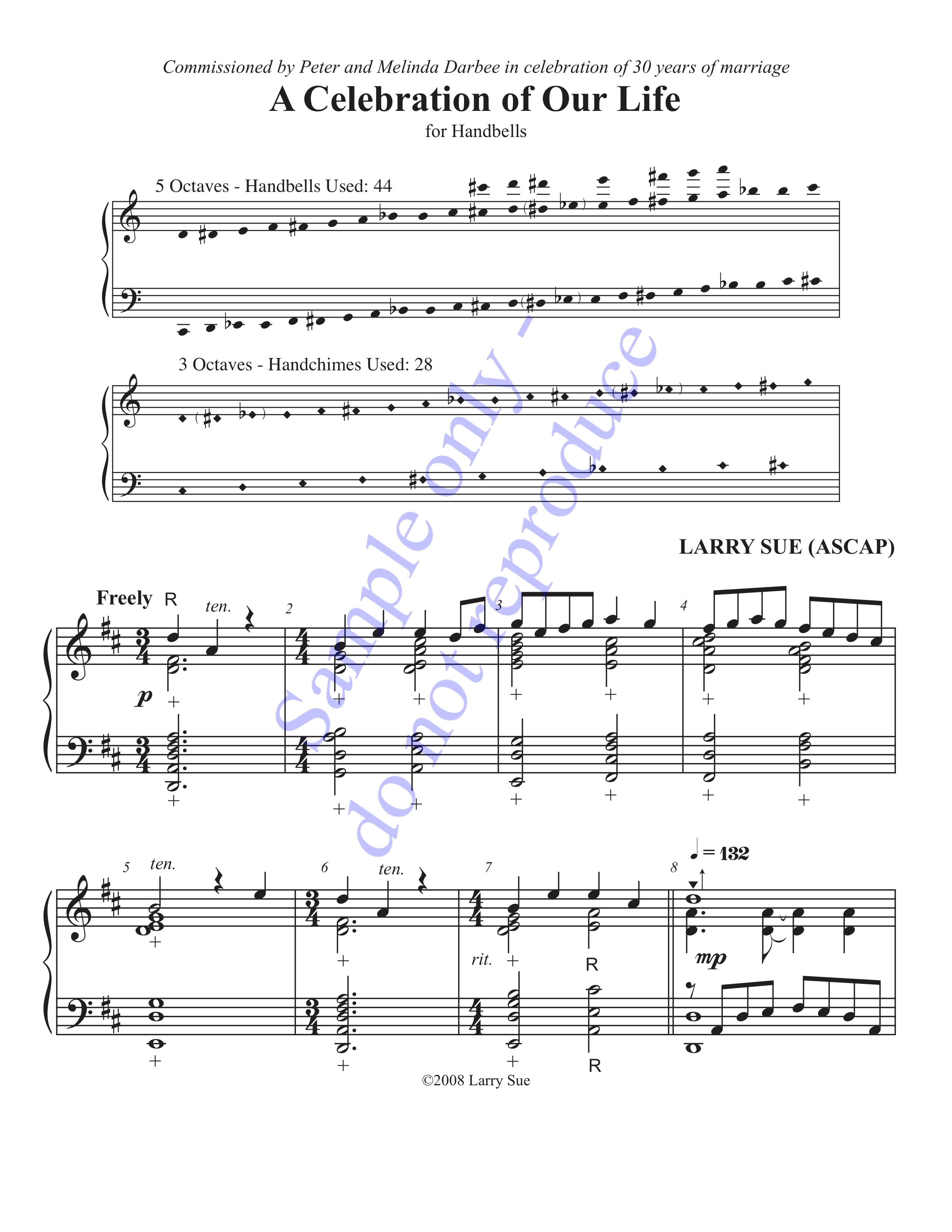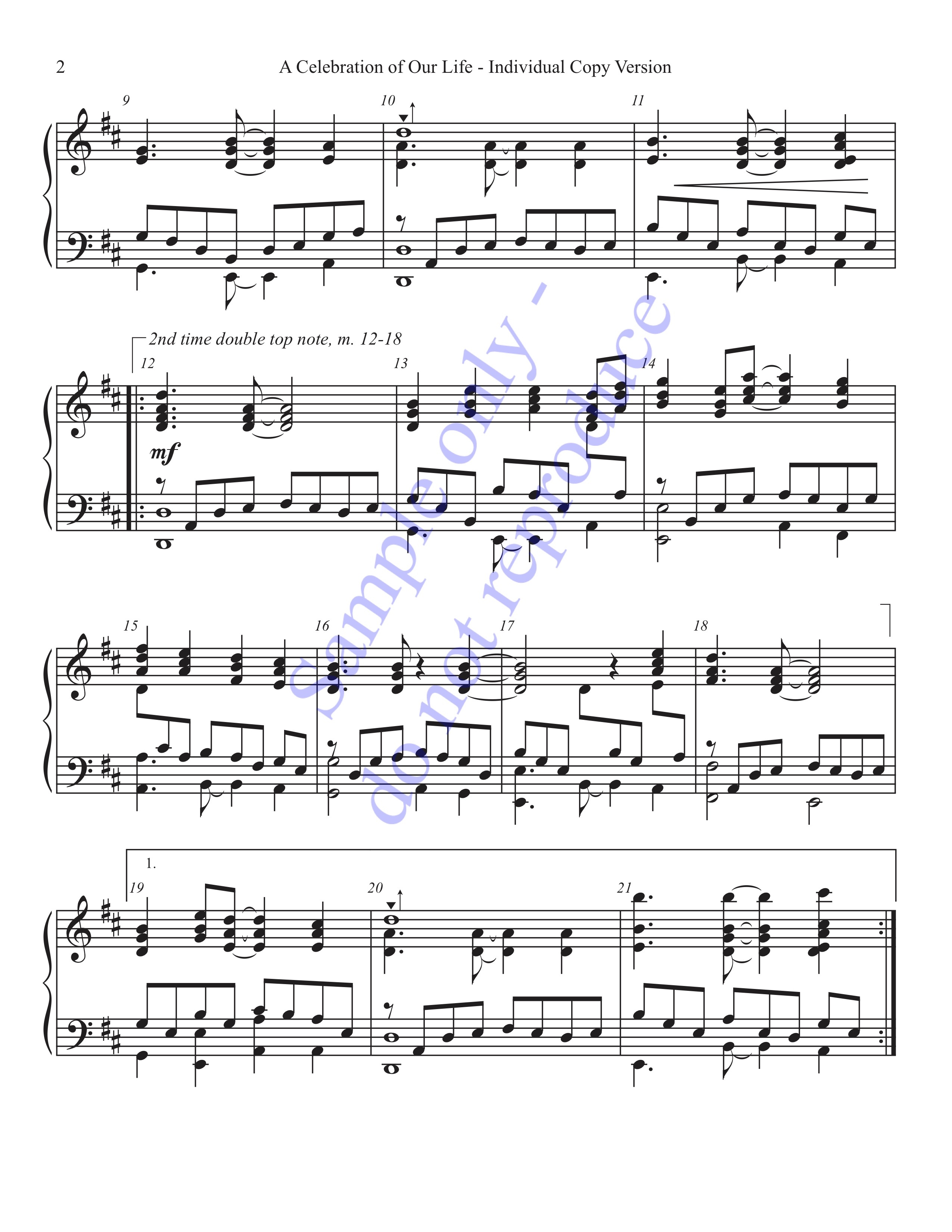The following is from a series of articles I wrote for Living Water, the choir I directed at Valley Church (Cupertino, CA) from 1987-2003, and at First Presbyterian Church (Mountain View, CA) from 2003-2011. While Living Water is no longer in action, the ideas I had the opportunity to present are just as valid now as then.
The Living Water concert ministry received official endorsement from the Valley Church leadership in 1992, and the Lord has granted us a tremendous ministry through that mode of service. We sing in various places – retirement facilities, convalescent homes, and of course other churches – and have had a wonderful time meeting other church families and the choirs which are there.
Maintaining any sort of concert ministry requires a bit of adeptness at putting programs together. In our case, laying the groundwork for one concert often happens at the same time we’re preparing or finalizing another program, and so it’s very important to have some sort of system for putting concerts together with a semblance of sanity.
I thought I’d start a new informational series, and that I’d do it on the process of preparing a concert. There’s a lot of behind-the-scenes stuff that many of you don’t see, and perhaps this will give you a new perspective on the matter. It’ll be based on the way LW’s setting up concerts, and so probably will be rather more than the normal approach to this issue.
The first step is to generate the ministry opportunity. In the case of the first Livermore concert, Barb Keller at First Baptist initiated contact by suggesting that we sing there. After checking with you, I was able to respond affirmatively, and so she checked with the church leaders there.
Alternately, we might the ones proposing the idea, as with San Jose Chinese Alliance Church. The contact point there was a friend I’ve known since high school (Steve is the English pastor there), and so I was able to make the offer based on our previous understanding of each other. This sort of initiation is a little delicate because it’s important to avoid making it feel as an imposition on a friendship.
The third and most difficult way to generate a ministry opportunity is to drop feelers at churches you’ve never seen which are directed to people you don’t know, i.e. the “cold turkey” approach. It’s difficult because every church gets a ton of junk mail each week propounding zillions of “you can’t let this offer pass you by” deals. So I suspect that most of them junk such mail. I tried a flavor of this approach at Mount Hermon this summer by leaving a pile of flyers describing our concert ministry on the “freebie table.” One or two people expressed an interest, but nothing has materialized yet.
Ultimately, though, whether or not we have outside ministry opportunities resides in God’s hands. If He grants them, fine. If not, fine. All that really matters is that we each and we all follow His will and trust Him to open doors when it’s the right time. He can give us places to go and times to be there at any time; it’s our responsibility to go when He makes that a reality. Till then, we have Valley Church as a continuing ministry opportunity, and will serve the Lord there!
Last time I wrote about “generating the ministry opportunity.” Essentially, this is achieving some sort of contact with another church and determining which date or dates work for both of us. You can’t proceed until you do this!
The next step is to decide on what goes on the concert program. I’ve been trying to keep the ministry aspect of things at the forefront; this is what provides the motivation to ask our hosts what sort of theme they’d like to have. For instance, the upcoming SJCAC concert has the theme of missions because of the team they’re sending to the Congo next month.
There is a certain [huge] amount of preparation which goes into this sort of approach. Not only is it required on the administrative level, but it also is required on the technical level. Preparing a full program is a demanding challenge because of the sheer volume of material which will be performed. But preparing a program based on a theme which could be pretty much anything is even more difficult because it’s essential to stockpile a large repertoire so that you have the freedom to pick and choose. The hard work, of course, goes into learning the pieces to the point where they’re on tap (or almost so), and this usually involves two or more years of work.
Right now, we have sixty or seventy pieces which we could pull out of the hat and work up for a program within, say, five weeks if necessary. You’ll notice that this is approximately the timing through which we went when preparing for the first Livermore concert.
Because of my personal feelings about how a choir should be run, I give you the privilege of selecting the concert repertoire; that’s why we do the ballot thing for each program. I count on you to have insights into the repertoire which I might not have, and so learn from your participation as well. Having you choose the pieces is also a motivational factor: you sing better if you’re working on stuff you like! The only control I exercise over the repertoire selections is putting the pieces in order and deciding which pieces at the low-vote end of the list stay or go (thus far, there hasn’t been much difficulty in doing this; the “big winners” have always been part of the programs).
In passing: I commend you for the careful discrimination you’ve shown in selecting concert repertoire; you’ve chosen pieces which have addressed the selected themes well. I’m also honored in that the huge majority of pieces (22 out of 31) have been from the LWCP – thank you for your encouragement!
Coordinating the concert setup is a strange beast. This is because there are a ton of details to which you must attend, and because they pretty much all are handled by remote control. The first is selecting the date, although that’s the first issue: no date, no concert.
Sound systems are the main challenge. As you could tell from the SJCAC concert, I was completely unprepared for the sound system configuration there and so had to sacrifice some time to trying to work out the challenges it presented. Overall, for the sound system, the local crew needs to know how many channels/lines to run for your setup. I like for us to have three choir mikes, two narrations mikes, one piano mike, stereo feeds for the Korg, and a tape deck input for trax. This makes nine channels, which exceeds the capabilities of an eight-channel mixer. If the location mixer is only eight channels, then you have to crunch or sacrifice channels; for instance, we had two voice mikes and one speaking mike at SJCAC.
With our style of tailoring concerts and including the local team(s), this means more coordination with the music leadership. Their pieces are selected from our repertoire, and so there is the interesting issue of providing them music and rehearsal notes so that things go smoothly when we all meet on concert day. This adds a bit of excitement in view of our not knowing the people at a first-time location, but I don’t really worry about that at all because God has given us to each other as a nicely functional team.
Setting up the schedule goes a lot deeper than just arriving and singing. We have to account for transportation time, rehearsal for us alone and all involved groups combined, (usually) dinner, changing into performance colors, and prayer. So this means that a one-hour concert in Livermore actually is about a seven-hour commitment: one hour to go there, half an hour to set up the sound system, one hour to rehearse, one hour for dinner, half an hour for prayer, one hour for the concert, one hour to drive home, and some dead time to breathe a little bit and mingle.
When all this is said and done, we’re administratively ready to sing the concert. But there’s the rather hairy aspect of rehearsing the music as well…
Rehearsing for a concert is a wild animal. It’s not all that difficult to work one piece so that it peaks on the performance date; it’s considerably more difficult to do this with eight or nine (or more) pieces so that they all hit the technical/emotional/spiritual crest simultaneously.
The magnitude of this task is compounded by the fact that not all pieces have equal technical demands. This probably should be taken as a given, because a good mix of styles and sounds is essential to a captivating performance program. Consequently, the challenges of the various pieces in your repertoire will vary even with respect to individual singers (for instance, some people will have more trouble with syncopation than others).
As a director, you have to plan for all of this. If you had essentially infinite time, preparations would be logistically simple: rehearse each piece every rehearsal, and take as much time as you need. But this isn’t real life, especially for us, since singers’ voices get tired and there are other parts of life to live, such as evening service, dinner, and parents killing directors who insist on overly grueling schedules.
And so the approach which I’ve generally taken is to prepare pieces in a sequence somewhere between absolute series and absolute parallel. I’ll usually schedule pieces for a six-week block in overlapping fashion; this allows us to work on each piece for the required amount of time without trying to do too many pieces in any one rehearsal. Once we know a piece, it’s put on the “review list” and is pulled out of the hat now and then until the final concert rehearsal.
By the time we reach the final rehearsal, we should know all the pieces thoroughly. The general idea at this particular rehearsal is to run through each piece, possibly doing a little touchup work in selected spots; it should be nothing more than review and fine tuning (okay, I goofed in my planning for the SJCAC concert…).
Overall, rehearsing for a concert is much more difficult than setting it up. For us, there also is the additional work involved in including the local groups in our program; I’ll write about this next time.
Inviting the vocal groups at the host church has been part of our concert ministry from almost the very beginning (exception: “Concert On The Hill,” 8/15/92). This has proved to be an invaluable ministry tool because it serves to bring the congregation into the music. They don’t know who we are, and so having familiar faces up there is a tremendous attention-getter.
Since we’re responsible for the program itself, the setup has been that the local groups are part of a tandem performance. This reduces the pressure on them since they then know that they’ll be singing with people who know the music well. It also is a bit of a safeguard against the non-materialization (dematerialization? – “Sorra, Captain, but the pattern buffer just went blank. Ah kenna no more brrring him back than ah ken make Denebian slime worms inna stew”) of a group, such as was the case at SJCAC with the never-yet-formed youth choir. This provides for program continuity.
I send the music to be copied (which is why we’ve send only LWCP pieces thus far) and rehearsal notes to the other director so that they can practice independently. Then they’ll be set to go when we arrive on site for the pre-concert rehearsal. My notes usually outline directing cues which I plan to use, flags for technically difficult spots, and other bits and pieces of interesting information.
I usually try to keep in touch with the other director(s) as well. It’s important to have a good idea of how things are going, particularly if questions arise in the course of preparation. Sometimes a little reassurance is necessary, e.g. when the other group’s first sopranos threaten mutiny when their director is trying to work on the climax in “He That Dwelleth In The Secret Place Of God.”” But overall, the main purpose of maintaining contact is for us to remind each other that we’re serving as teammates on God’s ministry team, and that we’re anticipating a rare occasion to work side by side.
By the way, I usually prefer using the phone to writing letters. I realize that calling is a good deal more expensive than going by mail, but the two-way communication which results is well worth the additional cost (incidentally, the same applies with my students at school – I’ve received tremendous support from most of the parents I’ve called, which is something I wouldn’t see if I was merely writing “notes from the teacher”).
Once the home team’s been primed to participate with us, there’s the matter of the actual concert day…
Planning the itinerary for a concert day isn’t really all that difficult. All I do is work from the concert start time forward to our departure time, and then from the concert end time to our arrival at home. I’ll admit that this requires a feel for how long it takes to do different things, such as driving to and from the other church, how much sound system setup time will be needed, how much rehearsal time is required, and how much time will be allotted to prayer and breaks. Depending on the ministry opportunity, other items may enter the equation as well.
The trickiest part here is the pre-concert rehearsal. As you’ve noticed, these tend to be rather high-pressure affairs because there usually is a lot to check out and not much time to do it (if we took a lot of time, our voices would be tired at the actual performance). The result is that I’ve customarily just worked the thornier snaps and snippets of pieces and reserve the bulk of the time to integrate tandem pieces. There also need to be runs for pieces which are live; this becomes pretty exciting when we have so many accompanists! But once the rehearsal’s finished, we should be all set to go.
It’s essential to plan for a break before the program; this avoids mental as well as physical exhaustion. Psychologically, this can be of utmost value – we tend to do anything better if we have a rest from it after working on it for an hour or so (as at the pre-concert rehearsal). And so there’s a sort of tension-release effect which must be worked in as well.
And then comes the concert. I usually feel most secure during this part of the evening because it’s the final expression of what we’ve been preparing for weeks. Besides, it truly is a WYSIWYG experience because you can’t do anything to change realtime in retrospect. And so you accept whatever happens and enjoy yourself as much as you can. Remember, half of music is hitting the right notes, and the other half is improvisation…
Tension-and-release II: I also like to try leaving a little time after the program for us to mingle. It’s important to receive feedback about how the ministry opportunity went, and so I try to provide you all that bit of time between our last chord and the pastor locking the doors. I recall that, when I’m in the audience, I’m favorably impressed if I have the opportunity to meet the people who were on the platform; it reassures me that they really are seeking to minister and not just to perform.
Tension-and-release III: I recall all to vividly the standing ovation after Livermore II (PTL!). You don’t plan for these, of course, but such occurrences underscore the need for a little bit of practice extricating yourself from such situations – I’m so thankful that a certain two-year-old ran down the aisle (see the next paragraph!) after the end of “My Soul Waits” because it was God’s way of providing a way of escape from a point at which we were standing, they were standing, and Herb was all done.
So-o-o-o… this concludes the series on concert preparation. And, as the dialog between the two-year-old and me went: “Say, ‘Thank you very much.'” “Thank you very much.” “Say ‘Bye-bye.'” “Bye-bye!”

